Ajuga australis
Akania bidwillii
Alangium villosum
Albizia lebbeck
Alchornea ilicifolia
Alectryon coriaceus
Alectryon subcinereus
Alectryon tomentosus
Aleurites moluccana
Allocasuarina defungens
Allocasuarina inophloia
Allocasuarina littoralis
Allocasuarina nana
Allocasuarina rigida
Allocasaurina torulosa
Alloteropsis semialata
Alloxylon flammeum
Alloxylon pinnatum
Alocasia brisbanensis
Alphitonia excelsa
Alpinia arundelliana
Alpinia caerulea
Alstonia actinophylla
Alstonia scholaris
Alstonia spectabilis
Alyxia ruscifolia
Ammobium alatum
Amyema bifurcatum
Amyema cambagei
Amyema congener
Amyema gaudichaudii
Amyema miquelii
Amyema pendula
Amyema quandang
Amylotheca dictyophleba
Androcalva viscidula
Ancistrachne maidenii
Aneilema acuminatum
Anetholea anisata
Angiopteris evecta
Angophora costata
Angophora floribunda
Angophora paludosa
Angophora robor
Angophora subvelutina
Angophora woodsiana
Anigozanthos flavidus
Anigozanthos manglesii
Anisopogon avenaceus
Anopterus macleayanus
Anthocarapa nitidula
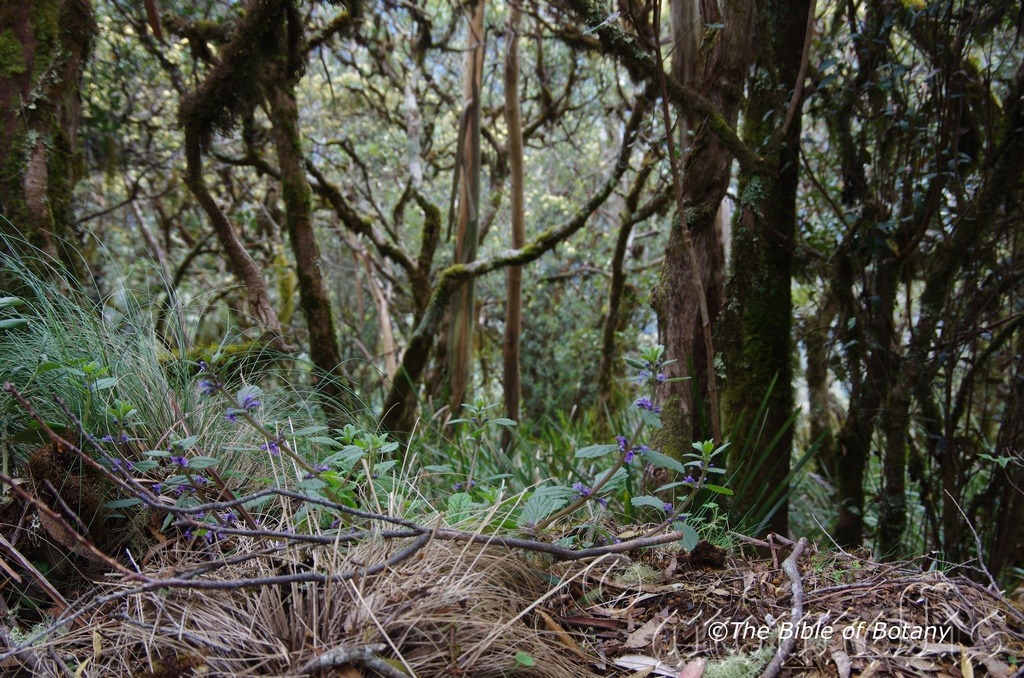
Ebor NSW

Anderson Gardens Townsville Qld.
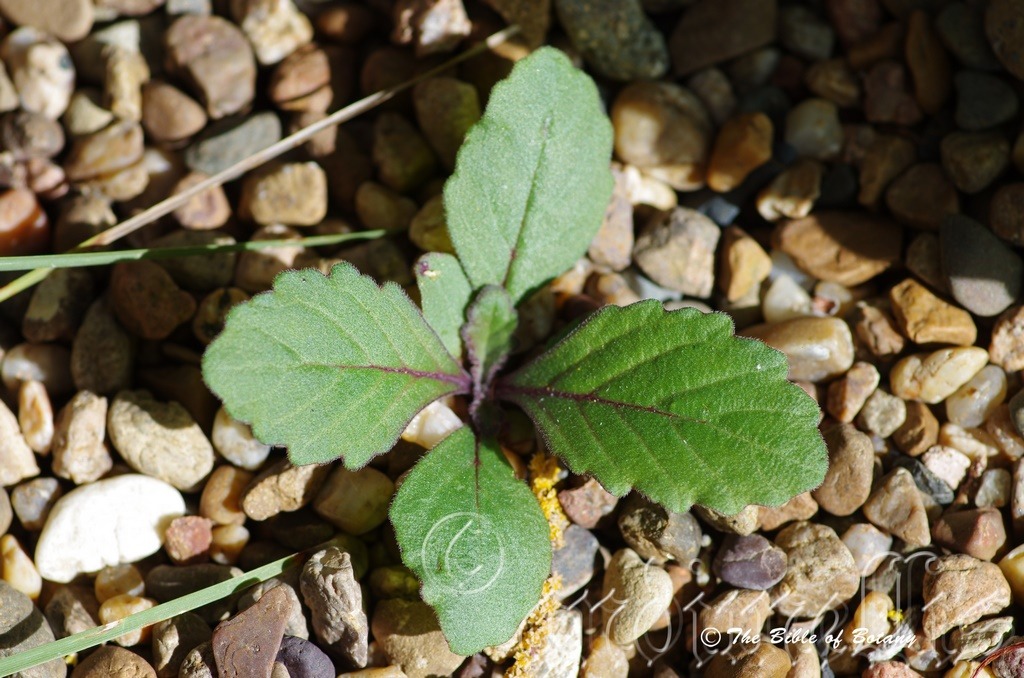
Anderson Gardens Townsville Qld.
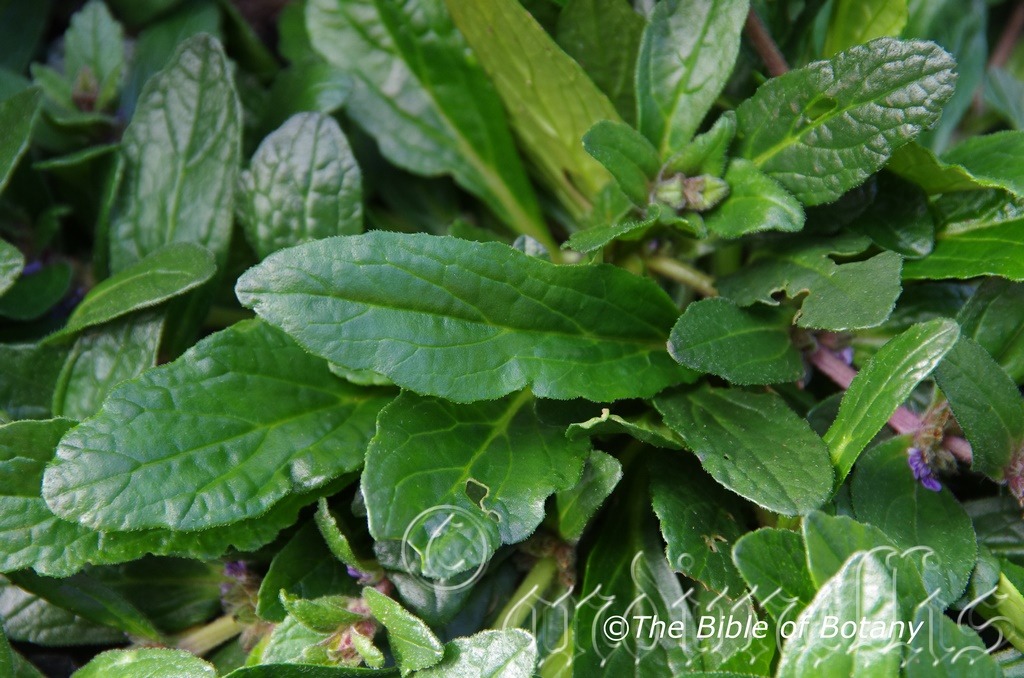
The Pinnacles NSW

Anderson Gardens Townsville Qld.
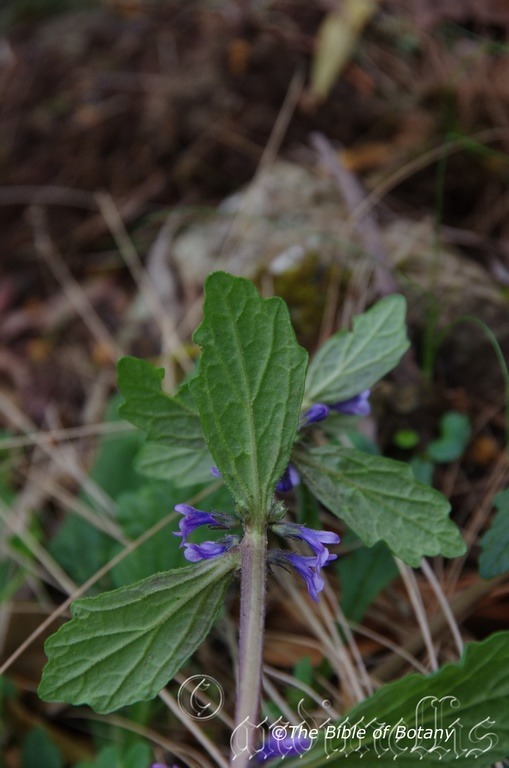
Ebor NSW
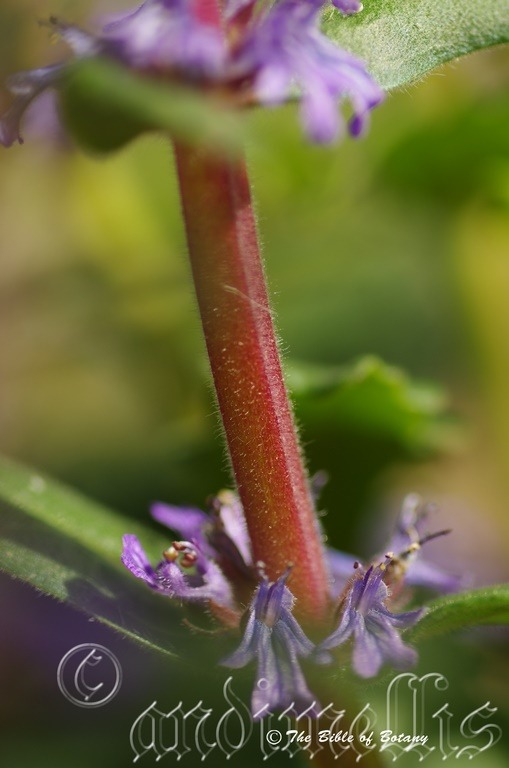
Anderson Gardens Townsville Qld.

Anderson Gardens Townsville Qld.
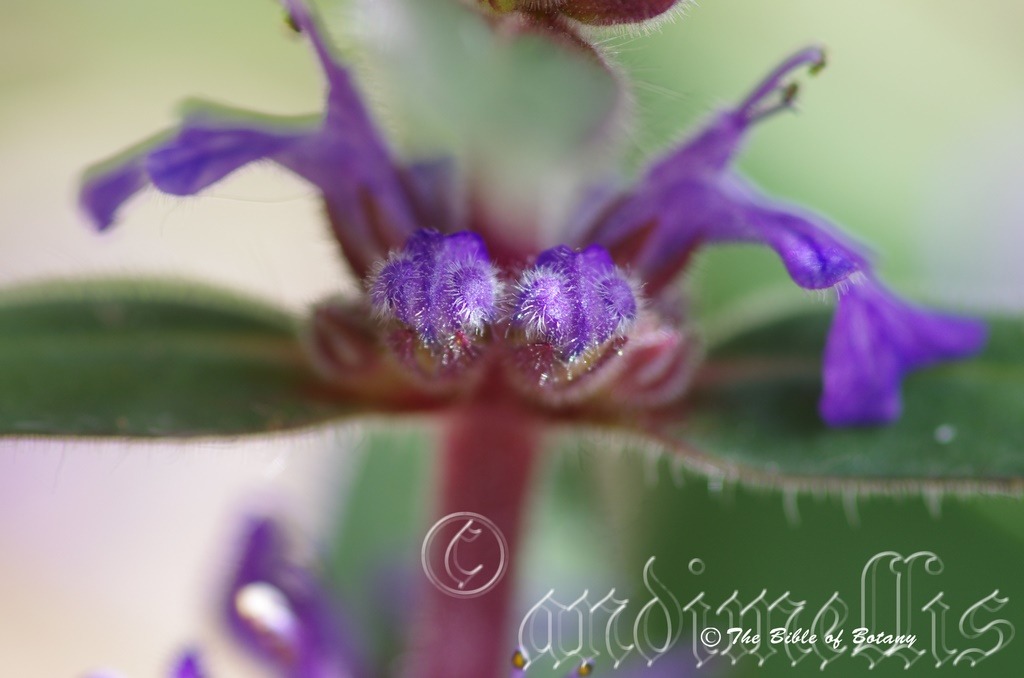
Anderson Gardens Townsville Qld.
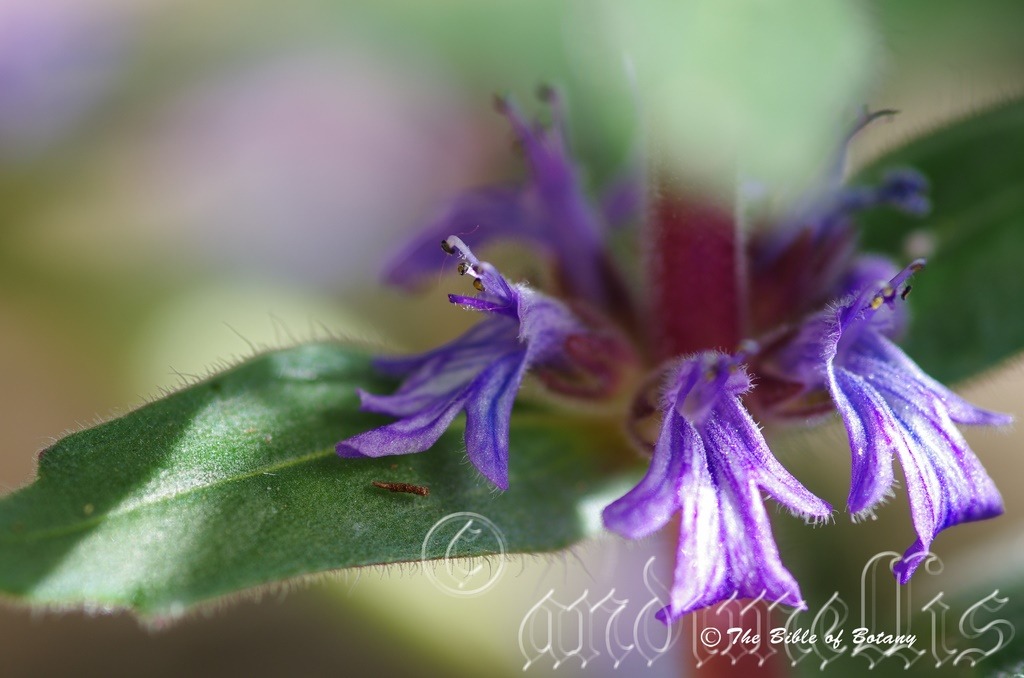
Anderson Gardens Townsville Qld.

Ebor NSW

Anderson Gardens Townsville Qld.
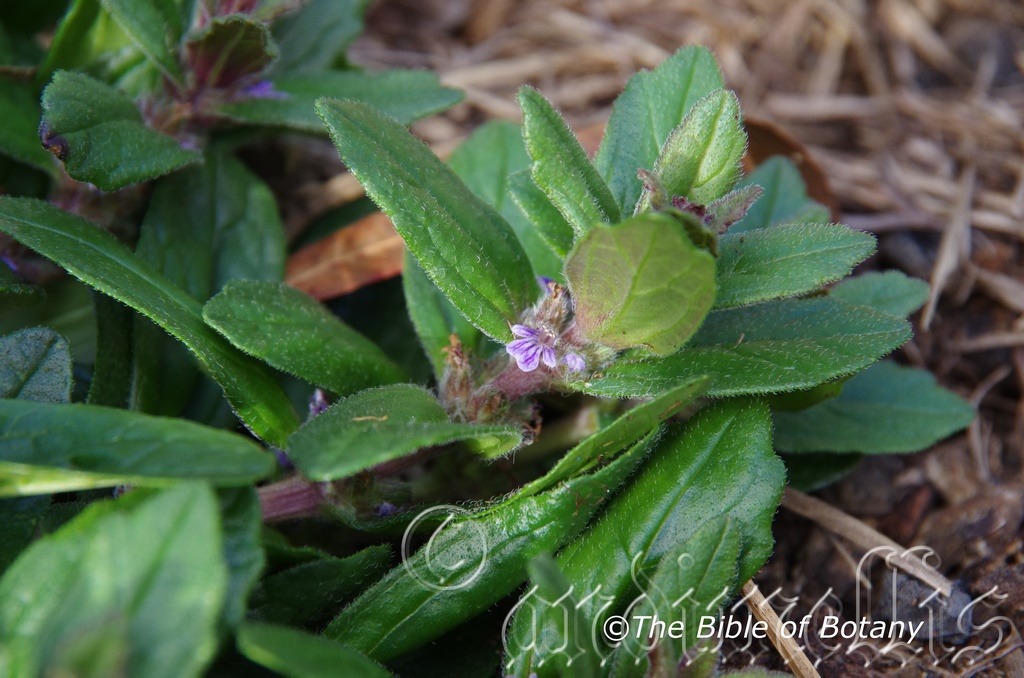
Anderson Gardens Townsville Qld.

Anderson Gardens Townsville Qld.

Anderson Gardens Townsville Qld.
Ajuga australis
Classification:
Class: Eudicots
Unranked: Asterid
Order: Lamiales
Family: Lamiaceae
Subfamily: Ajugoideae
Genus: From A, which is Ancient Greek for without or not having and Jugum, which is Latin for a yoke. It refers to organs, which are equal and equally positioned and joined at the base like a yoke.
Specie: From Terra Australis, which is Latin for land of the south. It refers to plants, which were first discovered from the land down under.
Sub specie:
Common Name: Austral Bugle or Australian Bugle.
Distribution:
Ajuga australis is found on the Western Plains, Western Slopes, on and east of the Great Dividing Range to the coast except for the highest altitudes where snow falls in the winter. It is found south from near Cairns in far north eastern Queensland to the Darling River and Murray River catchments then across to Port Augusta in South Australia.
It is also found on the central and eastern side of Tasmania.
https://avh.ala.org.au/occurrences/search?taxa=Ajuga+australis#tab_mapView
Habitat Aspect Climate:
Ajuga australis prefers dappled sunlight to full sun. It grows as an herb in open forests, woodlands, sclerophyll forests, dry rainforest margins and is often common in waste areas following clearing. The altitude ranges from 5 meters ASL to 1200 meters ASL.
The temperatures range from lows of minus 6 degrees in July to 38 degrees in January.
The rainfalls range from lows of 280mm to an average of 3000mm annually.
Soil Requirements:
Ajuga australis prefers rocky skeletal soils, gravelly loams sandy loams to medium clay-rich soils. The PH. ranges from pH4.5 to pH7.5. It is not tolerant of waterlogged soils however due to the high rainfalls in some areas the soils may never dry out. Non saline soils to very saline soils are tolerant.
Height & Spread:
Wild Plants: 0.2m to 0.4m by 0.2m to 0.3m.
Characteristics:
The stems of Ajuga australis are reduced to a flowering raceme as the plants form a loose to tight rosette on the ground.
Ajuga australis forms a rosette of leaves around a short central stem. The simple leaves are obovate to narrow obovate or rarely elliptical and measure 30mm to 120mm in length by 8mm to 35mm in width. The base is cuneate to tapering while the apex is obtuse. The concolourous or discolourous leaves are glabrous, purple, deep sea-green deep green or deep purple-green and most shades in between. The juvenile foliage is usually deep in colour with copious quantities of purple and maroon. Both the juvenile and mature foliage are sparsely to moderately cover in white antrorse hairs. The hairs may or may not be more densely concentrated along the veins.
The main vein and lateral veins are strongly prominent on the lower lamina while only the main vein is visible from the upper lamina in that it forms a channel. The laminas are flat, recurve slightly upwards or decurve slightly downwards from the mid vein to the margins or are flat or decurve as it approaches the apex. The margins are entire crenate serrate or lobed and are sparsely to moderately covered in white antrorse hairs. The petioles are covered in white antrorse hairs and measure 20mm to 35mm in length.
The inflorescences of Ajuga australis are racemes born from the center of the rosette. The racemes contain 20 to 60 individual flowers in 4 to 10 rings along the rachises with 4 to 8 flowers in each ring. The rachis and pedicels are similar to the leaves in colour and are covered in white antrorse hairs. The rachis measures 40mm to 160mm in length while the pedicels measure 0.5mm to 1mm in length. The rachis leaves are elliptical to lanceolate, are covered in white antrorse and villous hairs and measure 26mm to 42 by 14mm to 24mm in width.
The individual flowers measure 20mm to 28mm in length by 13mm to 22mm in diameter. The acute deep purple-green calyxes measure 5mm to 7mm in length with the lobes measuring 3mm to 4.5mm in length. The violet, purple-blue rarely white or pale pink corolla tubes and lobes are sparsely covered in white antrorse hairs externally and internally. The corolla tubes measure 5mm to 11mm in length by 6mm to 11mm in diameter at the throat. The 2 dimorphic corolla lobes vary considerably. The upper one is slightly exserted and is broadly obtuse. The lower lobe is broadly spathulate with a truncate, two lobed or three lobed apexes. The lateral lobes are smaller than the middle lobe when it is trilobed. The lower lobes measure 5mm to 11mm in length by 5mm to 12mm in width.
The white stamens are exserted, curve downwards at the apex and measures 8mm to 12mm in length while the anthers deep brown to black.
The exserted style is white with a deep brown to black stigma.
Ajuga australis‘s flowers appear throughout the year but peak from September through to December.
Ajuga australis’s fruit is a papery capsule. The deep purple-green capsules turn papery brown on ripening. The tiny seeds are black.
Wildlife:
Ajuga australis attracts plenty of native bees like Tetragonula carbonaria when in flower.
Cultivation:
It would make an good fire retardant small ground cover.
* Fire retardant plants act as radiant heat screens and absorb more heat from an approaching fire without burning.
* Fire retardant trees are able reduce wind speed near a house or out buildings.
* Fire retardant also trap embers and sparks carried by the wind.
* Fire retardant ground covers are able to catch burning embers without catching fire themselves, and also slow the travel of a fire through debris and litter on the ground.
Ajuga australis is a magnificent herb for gardens on sandy loams through to medium clays. It can be grown in full sun to light shade and are very suitable to coastal gardens in warm temperate to cool tropical areas or semi-arid gardens. It is fast growing plants that are best treated as an annual though it is perennials.
It is most suitable for use around sunny swimming pools, courtyards, besides pathways, shady rockeries, along sandy or clay banks. Along drive ways or adjacent to natural bush gardens it offer great colour and add depth and height to the background. Mass plantings of 15 or more plants even in small areas; really do the plants justification especially when it is in flower.
Medium fish or frog ponds will benefit from greatly Ajuga australis’s foliage and flowers. When mass planting the flowers are very powerful, especially in areas where it is allowed to contrast yellow or cream flowers.
If it is placed around a pool, courtyards or other confined spaces then plant them in small groups or scatter plant them for a more informal natural look against rocks and other hard features to help soften them. Using rocks and small boulders can make the pool or any water feature appear like an oasis. When making a desert scene using Ajuga australis use either large rocks with few to many plants or in a sandy desert plant those sparingly with them becoming more densely planted adjacent to the water. Be careful not to over plant as they will look out of place and weedy in such a scene.
If companion plants are sought then the choice of plants to use either side is limited only by size of the area to be landscaped and the size of the other plants as they should be no more than 250mm in height to emphasize the Ajuga australis’s foliage and flowers. Beneath a mallee tree they can be mass planted for a natural bush setting of exquisite colour.
The Townsville Botanic Gardens have a particularly good flowering speciemen which also has good form and hopefully will be propagated for domestic gardens in that area in the future.
Propagation:
Seed: Ajuga australis seeds can be sown directly into a deep tray using a good quality seed raising mix. Cover the seeds to a depth of 2mm and water thoroughly. Germination can be erratic. Place the trays in a warm semi sunny position.
When the seedlings are 25mm to 50mm tall, prick them out and plant them into 50mm native tubes using a seed raising mix.
Once the seedlings reach 60mm to 80mm in height plant them out into their permanent position. Mass plantings can be achieved with spacings of 0.4 meters or plant at 0.5 meters spacings.
Fertilize using Seaweed, fish emulsion or organic chicken pellets soaked in water on an alternate basis. Fertilize every two months until the plants are established and begin to flower to maintain health, vitality and better flowering.
Further Comments from Readers:
Hi reader, it seems you use The Bible of Botany a lot. That’s great as we have great pleasure in bringing it to you! It’s a little awkward for us to ask, but our first aim is to purchase land approximately 1,600 hectares to link several parcels of N.P. into one at The Pinnacles NSW Australia, but we need your help. We’re not salespeople. We’re amateur botanists who have dedicated over 30 years to saving the environment in a practical way. We depend on donations to reach our goal. If you donate just $5, the price of your coffee this Sunday, We can help to keep the planet alive in a real way and continue to bring you regular updates and features on Australian plants all in one Botanical Bible. Any support is greatly appreciated. Thank you.
In the spirit of reconciliation we acknowledge the Bundjalung, Gumbaynggirr and Yaegl and all aboriginal nations throughout Australia and their connections to land, sea and community. We pay our respect to their Elders past, present and future for the pleasures we have gained.
Akania bidwillii
Classification:
Class: Eudicots
Unranked: Rosids
Order: Brassicales
Family: Akaniaceae
Genus: From A, which is Ancient Greek for without or not having and Kania, which is Latin for bracts. It refers to flowers, which have no bracts.
Specie: Is named in honour of John Carne Bidwill, 1815-1853, who was a British born New Zealander who took a strong interest in New Zealand alpine plants.
Sub specie:
Common Name: Turnip wood.
Distribution:
Akania bidwillii is found in a few isolated areas between Gympie, the Brisbane Valley in south eastern Queensland then south to Camden Haven in North eastern New South Wales.
https://avh.ala.org.au/occurrences/search?taxa=Akania+bidwillii#tab_mapView
Habitat Aspect Climate:
Akania bidwillii prefers dappled sun to full sun. It grows in warm temperate and subtropical rainforests. The altitude ranges from 5 meters ASL to 700 meters ASL
The temperatures range from lows of 2 degrees in July to 36 degrees in January.
The rainfalls range from lows of 850mm to an average of 2400mm annually.
Soil Requirements:
Akania bidwillii prefers better quality sandy loams, light fatty clays to medium clays. The soils are usually derived from decomposed brown basalts, black basalts, shales or metamorphic rocks. The soil’s pH ranges from 4.5pH to 6.5pH. It does not tolerate waterlogged soils. None saline soils to moderately saline soils are tolerated.
Height & Spread:
Wild Plants: 18m to 26m by 10m to 16m
Characteristics:
The trunks of Akania bidwillii are pale brown to rusty brown and erect with the first branches appearing on the upper third of the tree. The trunk is finely scaly and slightly spongy to the touch and is covered in fine, irregular lichens. The main branches are covered in lichens. The branchlets are red-brown and glossy as they approach the terminals. The juvenile branchlets are mid green to lime-green and glabrous.
Akania bidwillii‘s paripinnate, alternate leaves measure 650mm to 750mm in length. The usually 8 to 31 leaflets are sub opposite with the terminal leaflet being offset and never in a terminal position. The lanceolate leaflets measure 100mm to 280mm in length by 20mm to 50mm in width. The base is rounded to cordate while the apex is acuminate. The discolourous leaves are glabrous, semi glossy to glossy and deep green on the upper laminas while the lower laminas are paler and dull. The juvenile foliage is bright glossy grass-green with a tan or reddish tinge. The main vein is prominent on the lower lamina while the lateral veins are slightly prominent. The main vein is distinctly visible on the upper lamina while the lateral veins are faintly visible. The laminas are flat to recurve slightly upwards from the mid vein to the margins and decurve as it approaches the apex. The coriaceous leaves are glabrous and have a waxy feel. The margins are dentate with a spinose spine. The petiole and petiolules are deep green. The petiole measures 100mm to 150mm in length while the petiolules measure 5mm to 15mm. The subulate stipules are deep green.
The inflorescences of Akania bidwillii are panicles born from the upper leaf axils. The panicles contain 150 to 500 individual flowers. The rachis, peduncles, pedunculates and pedicels are pale green to pascal green and glabrous. The rachis pedicels measure 5mm to 20mm in length.
The individual flowers measure 8mm to 12mm in length by 12mm to 20mm in diameter. The pale green to pascal green calyxes measure, 3mm to 4mm in length including the 1mm to 1.5mm obtuse lobes. The white to pascal pink corolla tubes are covered in pulverulent hairs and measure 5mm to 6mm in length by 3.5mm to 4mm in diameter. The 5 corolla lobes measure 6mm to 9mm in length by 3mm to 4mm in width. The apexes are obtuse and recurve upwards near the apex.
The white filaments measure 4mm to 5mm in length. The anthers are yellow.
The white or pascal pink style measures 4mm to 5mm in length and has a pale green stigma. Akania bidwillii‘s fragrant flowers appear from September to November.
Akania bidwillii‘s fruit is an ovoidal to pyriform capsule. The pale yellow-green capsules turn dull orange-red to dull crimson-red when ripe. The capsules are glabrous and measure 20mm to 30mm in length by 12mm to 18mm in diameter. The 4 to 6 pale yellow seeds hang by a filiform aril following the opening of the capsules.
Wildlife:
The wildlife which is dependent upon Akania bidwillii is unknown to the author.
Cultivation:
Akania bidwillii is a magnificent small tree for gardens on sandy loams through to medium clays at least as far south as Melbourne. It can be grown in full sun to light shade and are very suitable to coastal gardens in warm temperate to cool tropical areas. It is a fast growing plants that will attain 12 meter to 16 meters in height by 8 meters to 12 meters in diameter when cultivated in the open.
It is best used as a small park tree, placed in the background or planted centrally as a small feature tree in smaller gardens. Placed at the rear of a bush garden their striking silhouette and perfumed flowers will draw your attention. Plants with small white, pink or lavender flowers and large leaves can be used in the mid ground while small white, pink or mauve flowering prostrate shrubs are best in the front.
The trees would make very good accent trees in front of low set commercial or industrial sheds where they will break up hard rigid architectural lines and give warmth and breadth to a building. In front of high rise buildings they give balance especially where they could be grown in curves meandering to the entry doors or for something different used from the front of the path and meander back to the far corners with shrubs or flowers planted between the trees and the building and the trees and the nature strip.
Akania bidwillii is a beautiful tree, as a stand-alone specimen as it has a dense crown and provide very good shade for a park like garden. The root system does not appear to be invasive in plants that I have observed in parks and gardens.
The tree will make a good foundation plant for starting a rainforest garden especially if the gardens are sheltered from strong winds which may tear the large leaves if they were in the open and subject to strong winds on a regular basis. The large leaves are very attractive and being semi glossy to glossy will give a rain forest appearance at a very early age. Mass plantings can be achieved with spacings of 12 meter to 20 meter centers.
The bark appears to be suitable for hosting both small and large epiphytic ferns and orchids but this will need further investigation by fanciers or someone who knows the plants natural habitat in the environment.
To sum up Akania bidwillii has a great future in cultivation.
Propagation:
Seed: Akania bidwillii seeds can be sown directly into a deep tray using a good quality seed raising mix. Alternatively place 2 seeds into a 500mm native tube. Cover the seeds to a depth of 5mm and water thoroughly. Germination can be erratic. Place the trays in a warm semi shaded position.
When the seedlings are 25mm to 50mm tall, prick them out and plant them into 50mm native tubes using a seed raising mix.
Once the seedlings reach 170mm to 200mm in height plant them out into their permanent position. Mass plantings can be achieved with spacing’s of 12 meters or plant at 15 meters spacings for avenues or groves.
Fertilize using Seaweed, fish emulsion or organic chicken pellets soaked in water on an alternate basis. Fertilize every two months until the plants are established then twice annually in early September to March to maintain health, vitality and better flowering.
Further Comments from Readers:
Hi reader, it seems you use The Bible of Botany a lot. That’s great as we have great pleasure in bringing it to you! It’s a little awkward for us to ask, but our first aim is to purchase land approximately 1,600 hectares to link several parcels of N.P. into one at The Pinnacles NSW Australia, but we need your help. We’re not salespeople. We’re amateur botanists who have dedicated over 30 years to saving the environment in a practical way. We depend on donations to reach our goal. If you donate just $5, the price of your coffee this Sunday, We can help to keep the planet alive in a real way and continue to bring you regular updates and features on Australian plants all in one Botanical Bible. Any support is greatly appreciated. Thank you.
In the spirit of reconciliation we acknowledge the Bundjalung, Gumbaynggirr and Yaegl and all aboriginal nations throughout Australia and their connections to land, sea and community. We pay our respect to their Elders past, present and future for the pleasures we have gained.

Lismore Botanic Gardens NSW
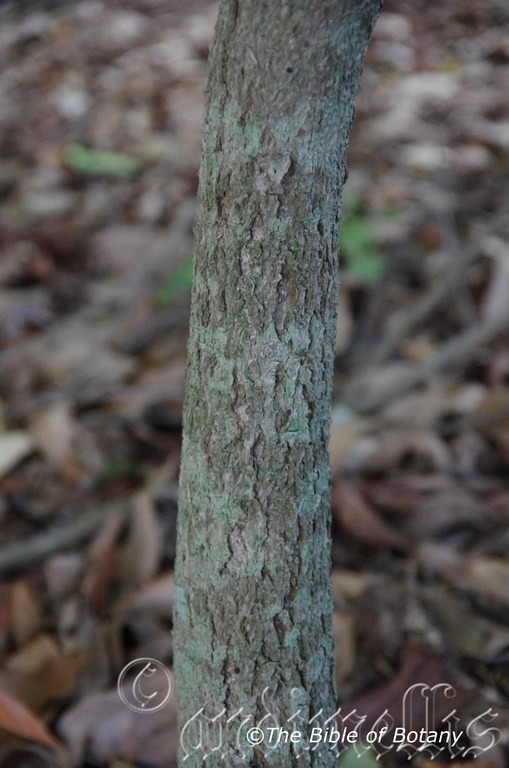
Mount Cootha Botanic Gardens Qld.

Lismore Botanic Gardens Lismore NSW
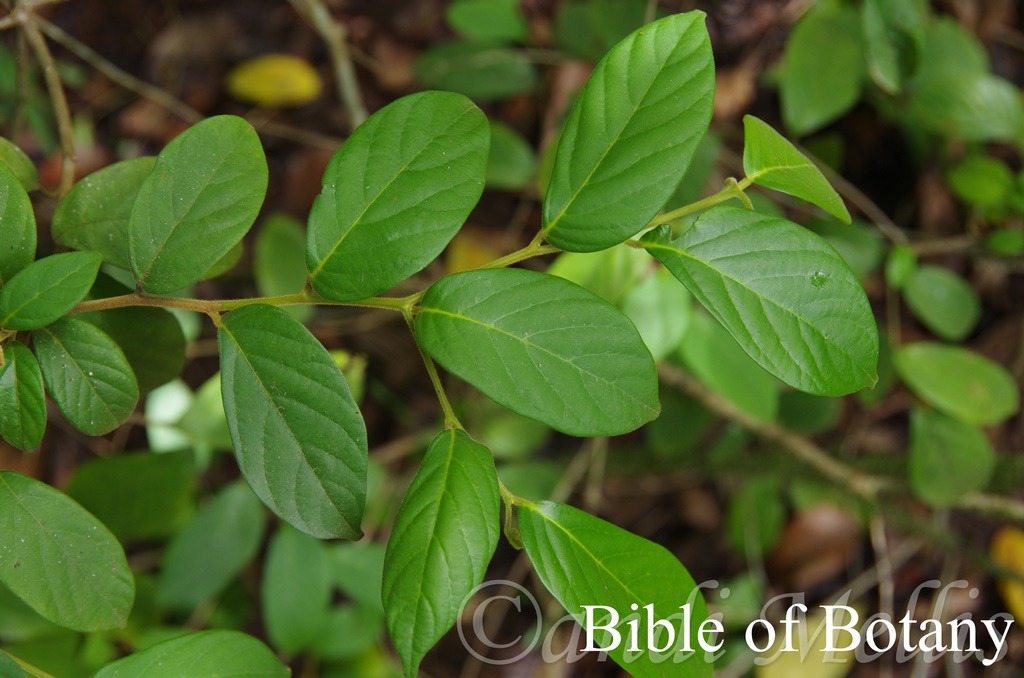
Lismore Botanic Gardens Lismore NSW

Mount Cootha Botanic Gardens Qld.
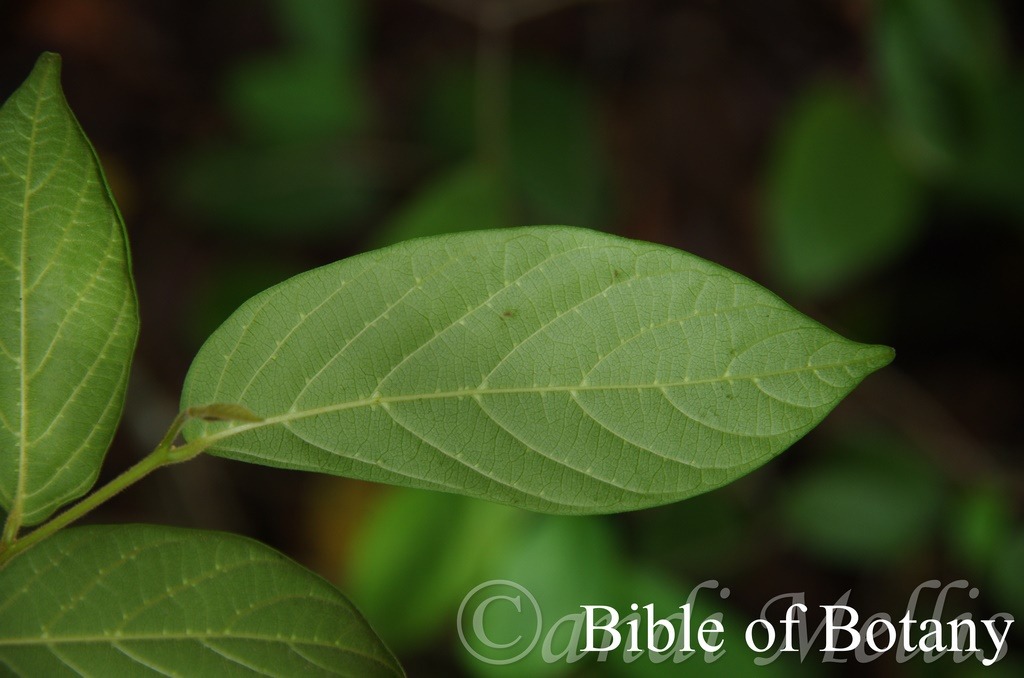
Lismore Botanic Gardens Lismore NSW

Lismore Botanic Gardens Lismore NSW

Lismore Botanic Gardens Lismore NSW
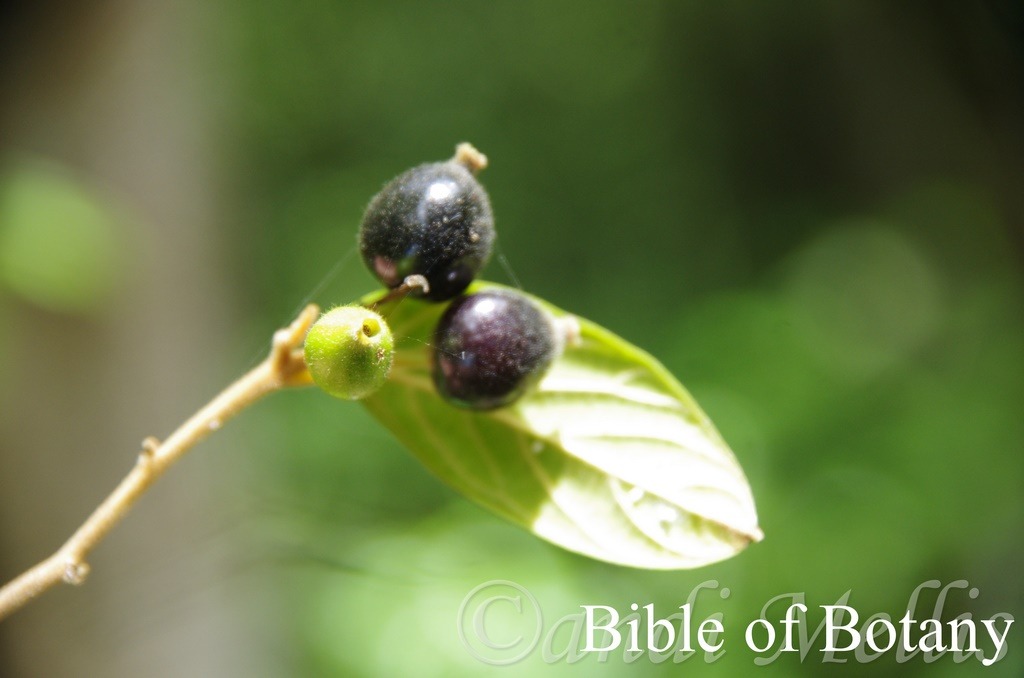
Lismore Botanic Gardens Lismore NSW
Alangium villosum
Unranked: Magnoliophyta
Class: Magnoliopsida
Order: Cornales
Family: Alangiaceae
Genus: From Alangi, which is Latinized for the vernacular of the Malabar word for a local tree in the same genus.
Specie: From Villosum, which is Latin for shaggy. It refers to structures or organs, which is covered in long, soft, shaggy, villose hairs.
Sub specie: Alangium villosum subsp. polyosmoides: From Polos, which is Ancient Greek for many and Osme, which is Ancient Greek for beautiful scent and Oides, which is Ancient Greek for alike or similar to. It refers to flowers, which emit a distinctly different but beautiful scents similar to Polyosma genus.
Sub specie: Alangium villosum subsp. tomentosa From Tomentosa, which is Latin for to be covered in long down. It refers to hairs, which are long, soft and wavy or matted.
Common Name: Muskwood or Black Muskwood or Brown Muskwood.
Distribution:
Alangium villosum subsp. polyosmoides is found south from Cairns in far north Queensland to the Bellinger River in coastal northern New South Wales. It is mainly found east of the Great Dividing Range.
Alangium villosum subsp. tomentosa National Park on Cape York Peninsula in far north Queensland to Sydney in coastal New South Wales. It is mainly found on and east of the Great Dividing Range.
https://avh.ala.org.au/occurrences/search?taxa=Alangium+villousum#tab_mapView
Habitat Aspect Climate:
Alangium villosum prefer dappled sun light through to full sun. It grows in association with low land rainforests, littoral rainforests or wet Eucalyptus forests. Alangium villosum subsp. Tomentosa’s altitude ranges from 5 meters ASL to 980 meters ASL while Alangium villosum subsp. villosa altitude ranges from 5 meters ASL to 520 meters ASL
The temperatures range from minus 5 degrees in July to 38 degrees in January.
The rainfalls range from lows of 850mm to an average of 3200mm annually.
Soil Requirements:
Alangium villosum grows on better quality soils derived from decomposed black basalts, brown basalts, metamorphic rocks or alluvial plains. The soil’s pH ranges from 4.5pH to 6.5pH. It does not tolerate waterlogged soils. None saline soils to very saline soils are tolerated as are salt laden winds.
Height & Spread:
Wild Plants: 14m to 20m by 8m to 15m.
Characteristics:
Alangium villosum‘s bark is a pale grey-brown. The bases of large trees are slightly flanged or more often with large surface roots spreading outwards. Alangium villosum subsp. villosa branchlets are pale brown to brown and are glabrous to sparsely covered in white to pale rusty-pink villous hairs. Juvenile branchlets and young shoots are grass-green to mid-green and glabrous to sparsely covered in white to pale rusty-pink villous hairs.
Alangium villosum subsp. tomentosa branchlets are pale brown to brown and are glabrous to sparsely covered in rusty brown to rusty pink tomentose hairs. Juvenile branchlets and young shoots are grass-green to mid-green and glabrous to sparsely covered in rusty brown to rusty pink tomentose hairs.
Alangium villosum Alangium villosum subsp. villosa‘s alternate leaves are lanceolate to oblong. The leaves measure 45mm to 150mm in length by 20mm to 40mm in width. The bases are strongly asymmetrical and rounded on one side and tapering to broadly cuneate on the other side while the apexes broadly acuminate. The discolourous leaves are deep green to deep olive-green and glabrous or sparsely covered in white to pale rusty villous hairs on the upper lamina while the lower laminas are paler and glabrous to sparsely covered in short white to pale rusty-pink villous hairs. The leaf margins are entire and flat. The main vein and lateral veins are prominent and paler to very pale green on the lower lamina while the lateral veins are slightly prominent on the lower lamina and are clearly visible from the upper lamina. The lateral veins are noticeably alternate and irregularly spaced along the main vein. The main vein and main lateral veins have numerous domatia with foveolas. The laminas are slightly raised between the lateral veins on the upper laminas. The petioles are deep green and measure 5mm to 20mm in length. They are glabrous to sparsely covered in white to pale rusty-pink villous hairs.
Alangium villosum subsp. tomentosa’s leaves are similar to those of the main subsp in all aspects except that they measure 60mm to13mm in length by 28mm to 45mm in width. They are also glabrous or sparsely covered in pale rusty-pink to golden rusty tomentose hairs.
The inflorescences of Alangium villosum subsp. villosa are simple umbels which are born from the leaf axils. The rachises and petioles are glabrous to sparsely covered in white to pale rusty-pink appressed hairs. The rachises measure 5mm to 8mm in length while the pedicels measure 2.5mm to 4mm in length.
There are 6 to 10 individual flowers on each umbel. The individual flowers measure 13 to 18mm in length. The cupular calyx’s measure 0.8mm to 1.2mm in length and are covered in white to pale rusty-pink, appressed hairs. The 4 to 6 white to cream petals are covered in white to pale rusty-pink villous hairs externally and are glabrous internally except for the lower section. The petals measure 12mm to 16 mm in length by 3mm to 4mm in width.
The stamens are adjacent to the petals. The filaments measure 5mm to 7mm in length while the basifixed anthers measure 5mm to 7mm in length. The filaments and lower style are covered in white to pale rusty-pink villous hairs.
There is a single locular ovary is sparsely covered in white puberulent hairs. The pale blue-green pistils measure 5mm to 6mm in length. Flowers appear from October to April.
The inflorescences of Alangium villosum subsp. tomentosa are simple umbels which are born from the leaf axils. The rachis and petioles are glabrous to sparsely covered in pale rusty brown to golden-rusty tomentose hairs. The rachises measure 5mm to 8mm in length while the pedicels measure 2.5mm to 4mm in length.
There are 3 to 6 individual flowers on each umbel. The individual flowers measure 8 to 12mm in length. The cupular calyxes measure 0.8mm to 1.2mm in length and are covered in white to pale rusty brown to golden-rusty tomentose hairs. The 4 to 6 white to cream petals are covered in pale rusty brown to golden-rusty tomentose hairs externally and are glabrous internally except for the lower section. The petals measure 12mm to 16mm in length by 3mmm to 4mm in width.
The stamens are adjacent to the petals. The filaments measure 5mm to 7mm in length while the basifixed anthers measure 5mm to 7mm in length. The filaments and lower style are covered in pale rusty brown to golden-rusty tomentose hairs.
There is a single locular ovary is sparsely covered in white puberulent hairs. The pale blue-green pistils measure 5mm to 6mm in length. Flowers appear from October to April.
Alangium villosum fruits are an ellipsoidal to ovoidal drupe. The drupes measure 12mm to 16mm in length by 5mm to10mm in diameter. The ellipsoidal seed measures 8mm to 10mm in length. The deep green drupes turn black on ripening. There is a small oval crown at the apex and the calyx is persistent on the ripe fruit. The fruits are sparsely covered in white puberulent hairs.
Wildlife:
The fruits of Alangium villosum are known to be eaten by the Rose Crown Fruit Dove, Topknot Pigeon and the Wompoo Fruit Dove. They are probably consumed by most medium size to large fruit eating birds. It is not known whether the fruits are poisonous or not to humans. Related species indicate that the fruits are edible while the seeds are poisonous. I have tried the fruits after simple testing and find that they are rather unpleasant to the palate while at the same time no bad experience was had. This does not mean that large quantities could accumulate in the system and be toxic.
Cultivation:
Alangium villosum is a beautiful medium tree for larger gardens. It should be planted away from buildings, paths water pipes and other underground services as the roots may prove to be invasive. It would make a good park trees and in cultivation normally maturing with a height of 12 meters to 15 meters with a spread of 12 meters and 15 meters when grown in the open.
Trees are moderately fast in growth particularly when water is available and fertilizer and mulches are included.
The trees should be good host for epiphytes as the bark is persistent. I am still yet to witness trees in the wild which have an abundance of epiphytes attached to them however I have not seen many old trees in their native habitat.
Alangium villosum are best grown in the tropics where they respond to the heat and consistent rainfalls.
Alangium villosum make excellent additions for the backyard rainforest garden as it is quick to establish themselves. The large root system also makes them an ideal plant for creek bank restoration work. It should be more widely grown with in warm temperate areas of Australia close to the coast and tried at least as far north as Melbourne or Adelaide where better quality loam structured soils prevail.
It suits medium to large gardens and will grow to 2 meters a year under good cultivated conditions. They can be lightly tipped pruned to increase bushiness and flowering. It is drought resistant and are frost tolerant to at least minus 4 degrees without any burning or discolouration of the leaves once established.
Propagation:
Seeds: Alangium villosum seeds can be sown directly into the seed raising mix. Place two seeds after nicking directly into 50mm or 75mm native tube using a seed raising mix or plant them directly into their permanent positions carefully marking the position so you do not lose it. This method is very good as you do not disturb the roots on transplanting and growth is very quick. The problem is that any native rats and maybe the vermin rat (Rattus rattus) would steal the seeds even those that have recently struck.
Once the seedlings reach 200mm to 250mm in height plant them out into their permanent position. For mass plantings plant them at 8m to 9m centers for a rainforest of bank establishment projects or 15 meters apart for parkland situations.
Fertilize using Seaweed, fish emulsion or organic chicken pellets soaked in water on an alternate basis. Fertilize every two months until the plants are established then twice annually in early September to March to maintain health, vitality and better.
Further Comments from Readers:
Hi reader, it seems you use The Bible of Botany a lot. That’s great as we have great pleasure in bringing it to you! It’s a little awkward for us to ask, but our first aim is to purchase land approximately 1,600 hectares to link several parcels of N.P. into one at The Pinnacles NSW Australia, but we need your help. We’re not salespeople. We’re amateur botanists who have dedicated over 30 years to saving the environment in a practical way. We depend on donations to reach our goal. If you donate just $5, the price of your coffee this Sunday, We can help to keep the planet alive in a real way and continue to bring you regular updates and features on Australian plants all in one Botanical Bible. Any support is greatly appreciated. Thank you.
In the spirit of reconciliation we acknowledge the Bundjalung, Gumbaynggirr and Yaegl and all aboriginal nations throughout Australia and their connections to land, sea and community. We pay our respect to their Elders past, present and future for the pleasures we have gained.
Albizia lebbeck
Classification:
Class: Magnoliophyta
Order: Fabales
Family: Fabaceae
Subfamily: Mimosoideae
Genus: Is named in honour of Italian nobleman Filipo degli Albizzi.
Specie: From Lebbeck, which is Latinized for a district in Egypt. It refers to a district which the plants were first named.
Sub specie:
Common Name: Siris or Siris Tree or Powder Puff Tree.
Distribution:
Albizia lebbeck is widespread from near Derby in north western Western Australia to near Townsville in far north eastern Queensland. The tree is slowly migrating south as the land is cleared.
https://avh.ala.org.au/occurrences/search?taxa=Albizia+lebbeck#tab_mapView
Habitat Aspect Climate:
Albizia lebbeck prefers dappled sun to full sun. It grows in monsoonal forests, the drier, more seasonal rain forest which border onto semi-arid areas. It prefers to grow on plains and slopes or on ridges in better rainfall areas. It is often found along seasonal creeks and stream riparian zones and behind or on beach fronts where sandstone meets the ocean. The altitude ranges from 5 meters ASL to 500 meters ASL
The temperatures range from lows of 2 degrees in July to 42 degrees in January.
The rainfalls range from lows of 650mm to an average of 3200mm annually.
Soil Requirements:
Albizia lebbeck prefers skeletal sands, sandstone boulders, and sandstone over basalt outcrops on breakaways or sandstone screes. The soils are usually derived from decomposed reddish sandstones, sandstone screes, river gravels and meta sandstones. The soil’s pH ranges from 5pH to 7.7pH. It does not tolerate waterlogged soils. None saline soils to the low end of very saline soils are tolerated as are salt laden winds.
Height & Spread:
Wild Plants: 10m to 16m by 10m to 16m
Characteristics:
The trunks of Albizia lebbeck are pale grey, mid brown to creamy fawnish-pink and erect with the first branches appearing on the upper two third of the tree. The trunk is scaly to flaky and hard to the touch. The main branches are pale to mid grey-brown and glabrous. The branchlets are reddish-brown to greyish-brown and covered in large irregular lenticels and only turn dull blue-green as they approach the terminals. The juvenile branchlets are dull mid green to blue-green and moderately covered in white pubescent hairs.
Albizia lebbeck’s alternate, bipinnate leaves have 2 to 5 pinnae and measure 250mm to 400mm in length by 10mm to 25mm in width. The usually 8 to 31 leaflets are sub opposite with the terminal leaflet being offset and never in a terminal position. The pinnae’s petioles measure 10mm to 30mm in length while the rachis measures 50mm to 70mm in length. There is a slightly raised gland normally present on the upper surface of the compound leaf petiole, not far from the base and also on the secondary axes between most pairs of leaflets. There are 3 to 11 pairs of strongly asymmetric oblong to elliptic-oblong leaflets that measure 15mm to 65mm in length by 5mm to 35mm in width. It is nyctinastic (Light sensitive) when young and on juvenile plants but fixed on older leaves and mature trees. The midrib is closer to the abaxial margin.
The bases are truncate while the apexes are broad obtuse or broad obtuse with a small emarginate tip. The discolourous leaflets are mid blue-green dull and covered in caduceous, white, pubescent hairs on the upper laminas while the lower laminas are paler and covered in caduceous, white, pubescent hairs. The laminas are flat to recurve slightly upwards from the mid vein to the margins and decurve as it approaches the apex. The margins are entire. The main vein is prominent on the lower lamina while the lateral veins are slightly prominent. The main vein is distinctly visible on the upper lamina while the lateral veins are faintly visible and form loops well inside the margins.
The inflorescences of Albizia lebbeck are born terminally or axillary often with 2 or more per axil. The semi spherical heads of 16 to 40 individual flowers measure 50mm to 90mm in diameter. The peduncles measure 5mm to 10mm in length while the pedicels measure 1.5mm to 6mm in length.
The green to brownish-green calyxes are sparsely to moderately covered in white puberulent and measure 3.5mm to 5mm in length. The cream to pale creamy-orange or pale creamy-green corolla measures 5mm to 11mm in length. The 5 triangular lobes are moderately covered in white pubescent hairs near the apex.
The 10 or 16 white or creamy-white, filiform filaments are lime-green as they approach the anthers and are fused at the base. The filaments measure 15mm to 28mm in length while the small, white anthers are spherical.
The white or creamy white style measures 18mm to 32mm in length. The stamens and pistil turn yellowish after anthesis. Albizia lebbeck‘s fragrant flowers appear from September to May.
Albizia lebbeck‘s fruits are along flat pods. The pods are slightly restricted and constricted between the seeds. The pale yellow-green to mid green glossy pods turn reddish-brown when ripe. The pods are measure 120mm to 240mm in length by 30mm to 55mm in diameter. The 3 to 12 usually 5 to 8 flattish, orbicular to elliptic seeds are reddish-brown to deep brown. They measure 8mm to 10mm in length by 6mm to 7mm in width.
Wildlife:
The wildlife which is dependent upon Albizia lebbeck are the main food source for the larval stages of the Common Grass Yellow Butterfly. Common & Waterhouse (1981). This species has been used medicinally in India and South-East Asia. Cribb (1981).
The green leaves are short lived, deciduous and present during a large part of the wet season. The leaves, flowers and pods fall to the ground gradually during the dry season and are browsed on the ground especially by sheep and goats. Fallen leaves and flowers. Pods are also a rich protein source and are available over a longer period than leaf or flower.
Cultivation:
Albizia lebbeck is a magnificent fast growing small tree for gardens on sandy loams through to light clays at least as far south as Melbourne. It can be grown in full sun to light shade but grows far better in full sun and is very suitable to coastal gardens in warm temperate to hot tropical and monsoonal areas. It attains 6 meter to 12 meters in height by 5 meters to 10 meters in diameter when cultivated in the open.
It is best used as a small park tree, placed in the background or planted centrally as a small feature tree in smaller gardens. Placed at the rear of a bush garden their striking silhouette and perfumed flowers will draw your attention. Plants with small white, pink or lavender flowers and large leaves can be used in the mid ground while small white, pink or mauve flowering prostrate shrubs are best in the front.
The tree would make a very good accent trees in front of low set commercial or industrial sheds where it breaks up hard rigid architectural lines and gives warmth and breadth to buildings. In front of high rise buildings it gives balance especially where it is grown in curves meandering to the entry doors or for something different used from the front of the path and meander back to the far corners with shrubs or flowers planted between the trees and the building and the trees and the nature strip.
Albizia lebbeck is a beautiful tree, as a stand-alone speciemen as it has an open to dense crown and provides light shade for a park like garden. This allows light shade loving grasses to grow right up to the trunk. The root system does not appear to be invasive in plants that I have observed in parks and gardens.
The tree will make a good foundation plant for starting a rain forest garden especially if the gardens are sheltered from strong winds which have a tendency to break the branchlets and disperse the leaves quickly. Mass plantings can be achieved with spacings of 8 meter to 20 meter centers.
The bark appears to be suitable for hosting both small and large epiphytic ferns and orchids but this will need further investigation by fanciers or someone who knows the plants natural habitat in the environment.
To sum up Albizia lebbeck has a great future in cultivation and possible as an additional crop in a permaculture situation on rural fattening properties or as a windbreak where different parts can be collected for the pharmaceutical trade. Most of these plantings are probably all from seeds collected from outside of Australia. Trees become leafless in late spring and early summer coinciding with the end of the dry season when in fruit.
Propagation:
Seed: Albizia lebbeck seeds can be sown directly into a deep tray using a good quality seed raising mix following some treatment. Place the seeds in hot water not boiling and allow cooling and soaking for 1 to 2 hours. Cover the seeds to a depth of 5mm and water thoroughly. Germination can be erratic. Place the trays in a warm semi shaded position.
When the seedlings are 25mm to 50mm tall, prick them out and plant them into 50mm native tubes using a seed raising mix.
Once the seedlings reach 170mm to 200mm in height plant them out into their permanent position.
Fertilize using Seaweed, fish emulsion or organic chicken pellets soaked in water on an alternate basis. Fertilize every two months until the plants are established then twice annually in early September to March to maintain health, vitality and better flowering and better qulity fruit.
Further Comments from Readers:
Hi reader, it seems you use The Bible of Botany a lot. That’s great as we have great pleasure in bringing it to you! It’s a little awkward for us to ask, but our first aim is to purchase land approximately 1,600 hectares to link several parcels of N.P. into one at The Pinnacles NSW Australia, but we need your help. We’re not salespeople. We’re amateur botanists who have dedicated over 30 years to saving the environment in a practical way. We depend on donations to reach our goal. If you donate just $5, the price of your coffee this Sunday, We can help to keep the planet alive in a real way and continue to bring you regular updates and features on Australian plants all in one Botanical Bible. Any support is greatly appreciated. Thank you.
In the spirit of reconciliation we acknowledge the Bundjalung, Gumbaynggirr and Yaegl and all aboriginal nations throughout Australia and their connections to land, sea and community. We pay our respect to their Elders past, present and future for the pleasures we have gained.

Author’s Garden The Pinnacles NSW

Indigenous Gardens Capalaba Qld.
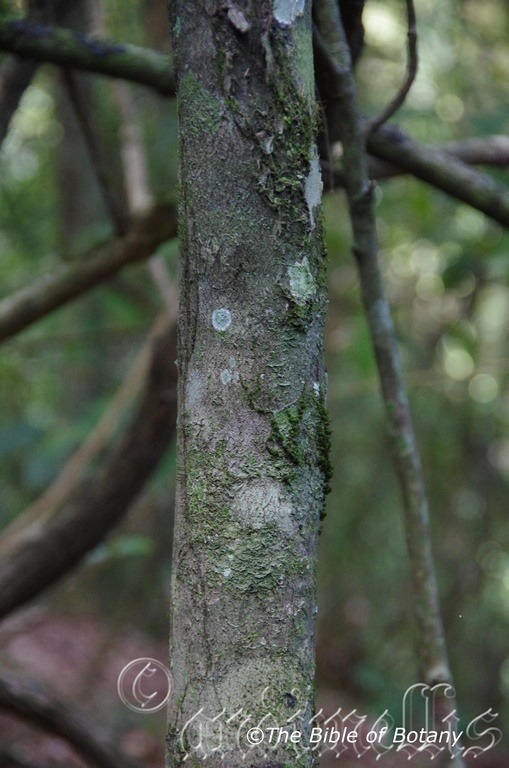
Border Ranges National Park NSW.
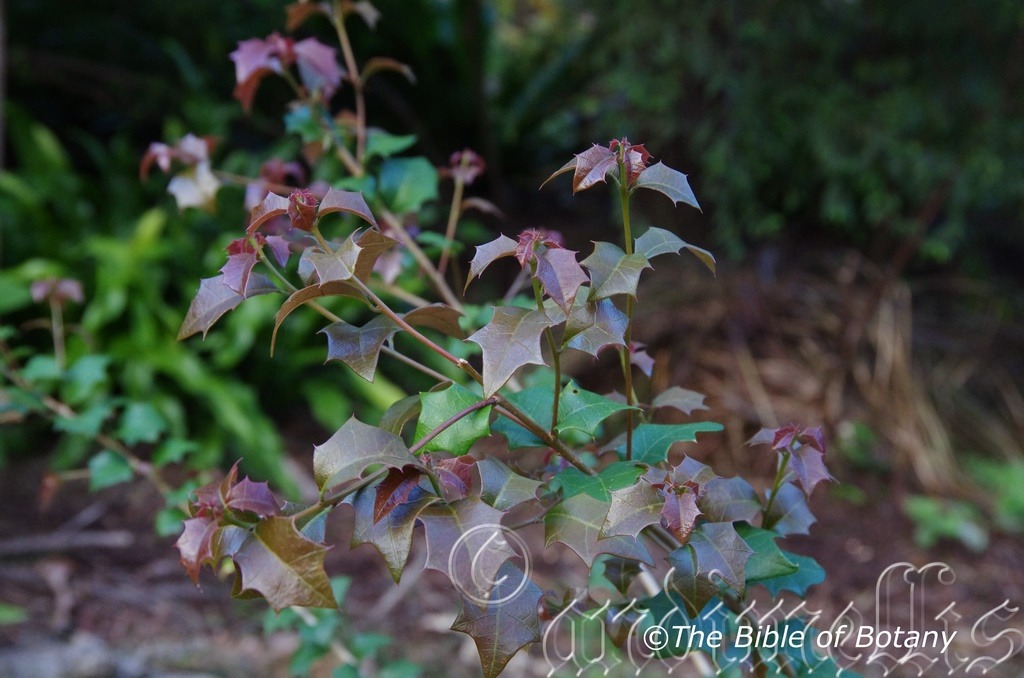
Author’s Garden The Pinnacles NSW
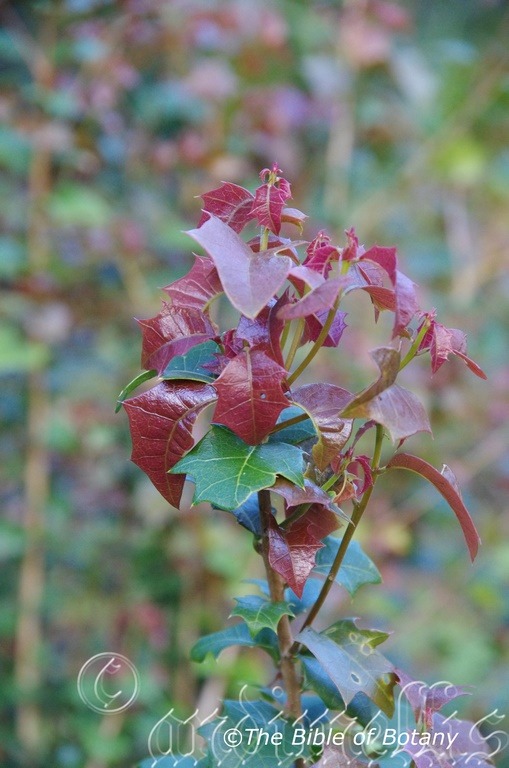
Author’s Garden The Pinnacles NSW
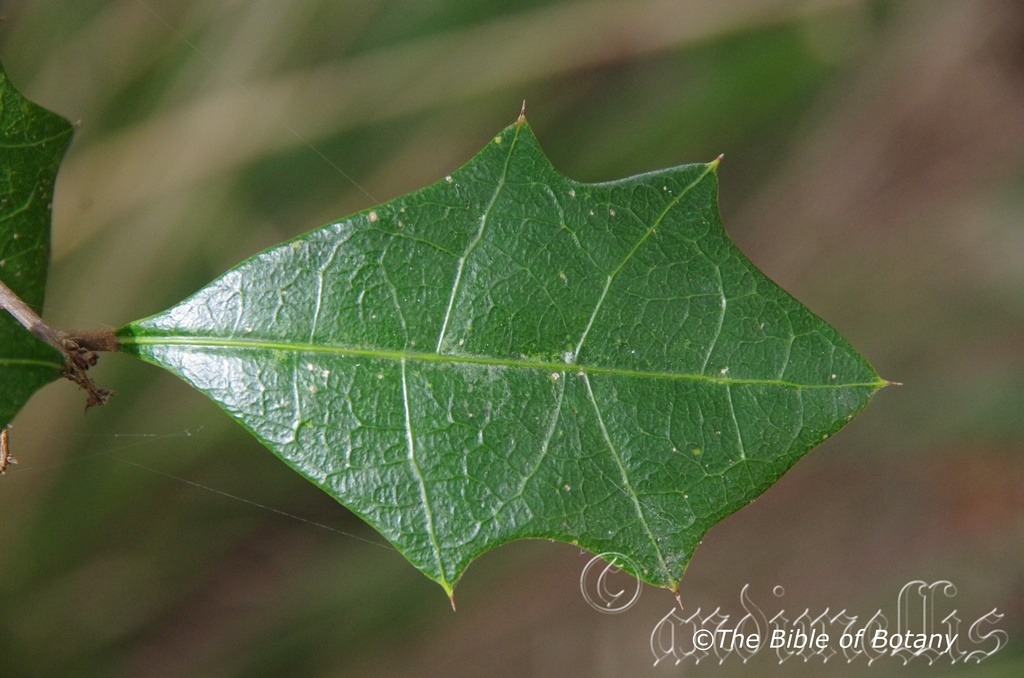
Indigenous Gardens Capalaba Qld.
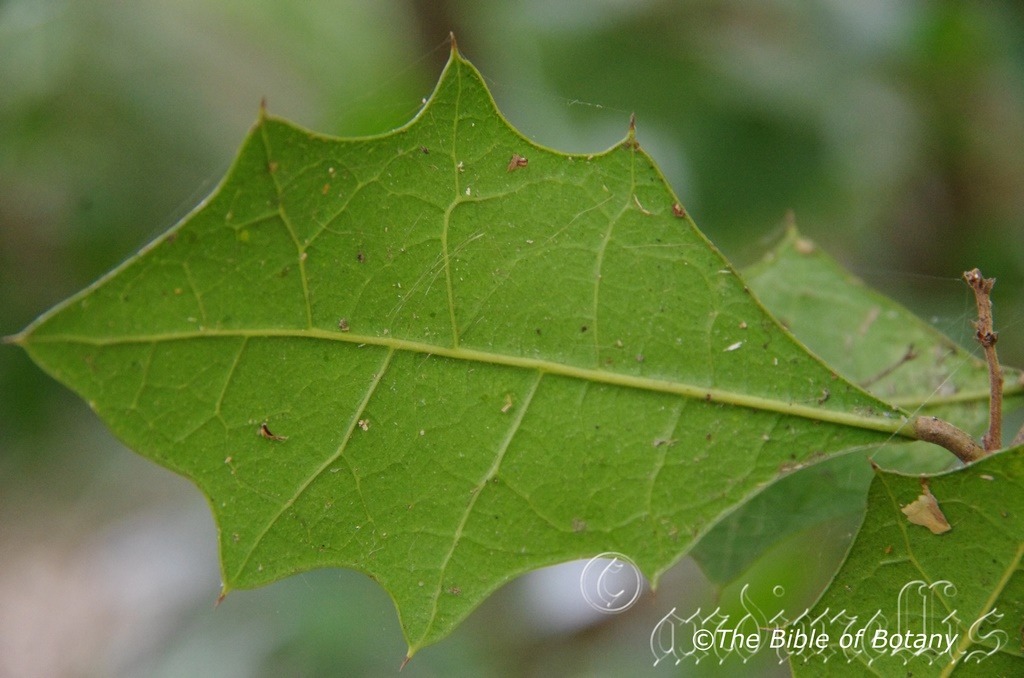
Indigenous Gardens Capalaba Qld.
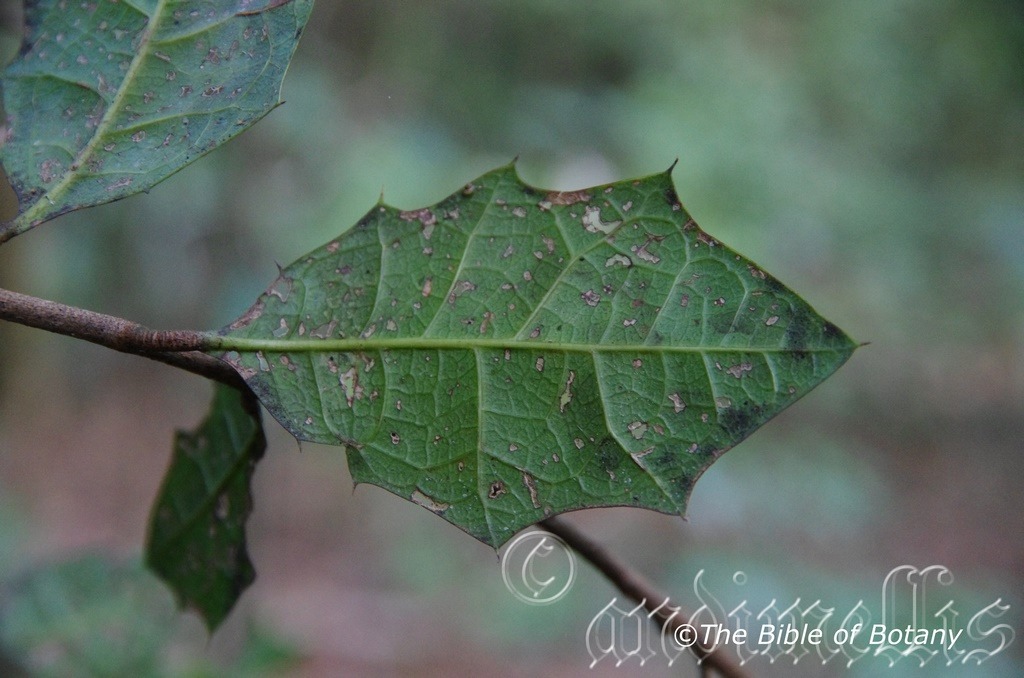
Indigenous Gardens Capalaba Qld.

Indigenous Gardens Capalaba Qld.
Alchornea ilicifolia
Classification:
Unranked: Eudicots
Unranked: Rosids
Order: Malpighiales
Family: Euphorbiaceae
Subfamily: Acalyphoideae
Tribe: Alchorneae
Genus: Is named in honour of Stanesby Alchorne; 1729-1800; who was a German botanist who collected and studied British plants.
Specie: From Ilex, which is Latin for holly oak and from Folia, which is Latin for foliage. It refers to leaves, which resemble the European holly oak.
Sub specie:
Common Name: Native Holly or Holly Tree or Dovewood.
Distribution: Alchornea ilicifolia is found south from the Daintree National Park on Cape York Peninsula in Queensland south to the Illawarra district in central coastal New South Wales. It is mainly found on and east of the Great Dividing Range.
https://avh.ala.org.au/occurrences/search?taxa=Alchornea+ilicifolia#tab_mapView
Habitat Aspect Climate:
Alchornea ilicifolia prefer part shade to full sun though it may start its life in dense shade on the margins of a rainforest floor. It grows in association with dry littoral rainforests, well developed rainforests or moist Eucalyptus forests. The altitude ranges from 10 meters ASL to 880 meters ASL
The temperatures range from minus 4 degrees in July to 36 degrees in January.
The rainfalls range from lows of 850mm to an average of 3200mm annually.
Soil Requirements:
Alchornea ilicifolia prefers better quality deep sands, sandy loams, light fatty clays, medium clays or medium silts. The soils are usually derived from decomposed brown basalts, black basalts, shales, metamorphic rocks or alluvial deposits. The soil’s pH ranges from 5pH to 7pH. It does not tolerate waterlogged soils. None saline soils to moderately saline soils are tolerated.
Height & Spread:
Wild Plants: 1m to 6m by 1m to 3m.
Characteristics:
Alchornea ilicifolia‘s bark is a deep grey-brown with some semi-circular scars of discarded branchlets. Branchlets are grey-brown and glabrous while juvenile branchlets and young shoots are emerald-green to mid green and are moderately covered in short white pubescent hairs. They grow as a small straight tree or small straggly shrub. Alchornea ilicifolia’s leaves vary greatly in shape from broadly elliptical, narrowly ovate, obovate to rhomboidal. The leaves measure 20mm to 80mm in length by 18mm to 50mm in width. The bases are broadly cuneate while the apexes broadly acute. The discolourous leaves are emerald-green to deep sea-green and glabrous on the upper lamina while the lower laminas are paler. The leaf margins are irregularly toothed to deeply lobed with the teeth and lobes ending in a short rigid spine. The margins recurve slightly from the mid vein to the margins and decurve close to the apex. The main vein is prominent on the lower lamina while the lateral veins are slightly prominent on the lower lamina and are clearly visible from the upper lamina. The petioles are glabrous to sparsely covered in white puberulent hairs and measure 100mm to 180mm in length.
Juvenile plant leaves are bright glossy burgundy-red shallowly toothed to 5 lobed and measure 100mm to 180mm in length by 120mm to 180mm in width.
The female inflorescences of Alchornea ilicifolia are a spike which is terminally born. The male flowers are born on short panicles from the raceme. The rachises measure 20mm to 30mm in length on the female flowers and 35mm to 50mm on the male flowers. It is sparsely covered in white pulverulent hairs. The creamy-green perianth measure 1mm to 1.5mm in diameter. Alchornea ilicifolia fruits are flattened trilobed capsules. The capsules are sparsely covered in white puberulent hairs and measure 7.5mm to 10mm in diameter by 5mm to 7mm in length. The calyxes and stigmas are persistent on the capsules. The green capsules turn deep grey almost black on ripening. There is 1 seed enclosed in each half of the trivalve capsules. The grey seeds measure 6mm to 7mm in length by 4mm to 5mm in diameter.
Wildlife:
Alchornea ilicifolia leaves or fruits do not seem to be attractive to any known wildlife that the author is aware of.
Cultivation:
It would make an good fire retardant small shrub.
* Fire retardant plants act as radiant heat screens and absorb more heat from an approaching fire without burning.
* Fire retardant trees are able reduce wind speed near a house or out buildings.
* Fire retardant also trap embers and sparks carried by the wind.
* Fire retardant ground covers are able to catch burning embers without catching fire themselves, and also slow the travel of a fire through debris and litter on the ground.
Alchornea ilicifolia is a beautiful small tree for small gardens. They make good park trees and in cultivation normally maturing with a height of 3.5 meters to 5 meters by1.2 meters to 2 meters in diameter when grown in the open but away from strong winds which will have a tendency to influence the trees growth in a certain direction. The plants will also grow as a medium shrub to 1.5 meters by 1 meter when regular tip pruning is carried out. It is drought resistant and are frost tolerant to at least minus 4 degrees without any burning or discolouration of the leaves once established.
Unfortunately the trees are very slow growing even when water is available and fertilizing and mulching regimes are in place.
The tree is a very good host for epiphytic orchids as the bark is persistent.
Alchornea ilicifolia are best grown in the tropics where they respond to the heat and consistent rainfalls. They were grown as far south as Nana Glen during the war for their supply of good quality varnishes which was used in lacquering electrical motors for the war effort.
Alchornea ilicifolia makes an excellent addition for the small backyard rainforest garden as it has interesting foliage. The root system is not aggressive so can be planted near to foundations and paths. It should be more widely grown in warm temperate areas of Australia close to the coast and tried at least as far north as Melbourne and Adelaide where better quality loam structured soils prevail. The plants have never been popular with gardeners probably due to the fact that it is slow growing.
It is quite suitable for bonsai collectors and do rather well contained in pots for extended periods. Once established are rather difficult to kill through neglect.
Propagation:
Seeds: Alchornea ilicifolia seeds can be sown directly into the seed raising mix. Cover the seeds with 2 mm of the mix water and place them in a warm area of the bush house with 25mm to 50mm shade. Keep them moist not wet. Germination is slow and erratic.
Once the seedlings reach 200 to 250mm in height plant them out into their permanent position. For mass plantings plant them at 8m to 9m centers for a rainforest of bank establishment projects or 15 meters apart for parkland situations.
Fertilize using Seaweed, fish emulsion or organic chicken pellets soaked in water on an alternate basis. Fertilize every two months until the plants are established then twice annually in early September to March to maintain health, vitality and better flowering.
Further Comments from Readers:
Hi reader, it seems you use The Bible of Botany a lot. That’s great as we have great pleasure in bringing it to you! It’s a little awkward for us to ask, but our first aim is to purchase land approximately 1,600 hectares to link several parcels of N.P. into one at The Pinnacles NSW Australia, but we need your help. We’re not salespeople. We’re amateur botanists who have dedicated over 30 years to saving the environment in a practical way. We depend on donations to reach our goal. If you donate just $5, the price of your coffee this Sunday, We can help to keep the planet alive in a real way and continue to bring you regular updates and features on Australian plants all in one Botanical Bible. Any support is greatly appreciated. Thank you.
In the spirit of reconciliation we acknowledge the Bundjalung, Gumbaynggirr and Yaegl and all aboriginal nations throughout Australia and their connections to land, sea and community. We pay our respect to their Elders past, present and future for the pleasures we have gained.
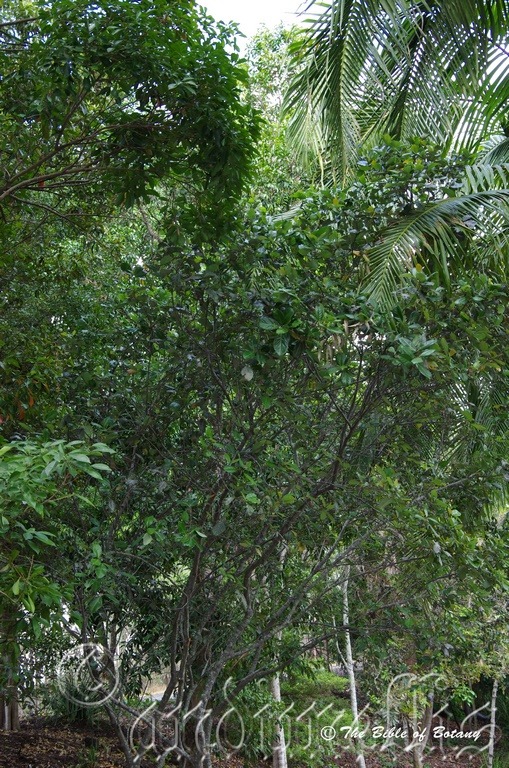
Mount Cootha Botanical Gardens Qld.
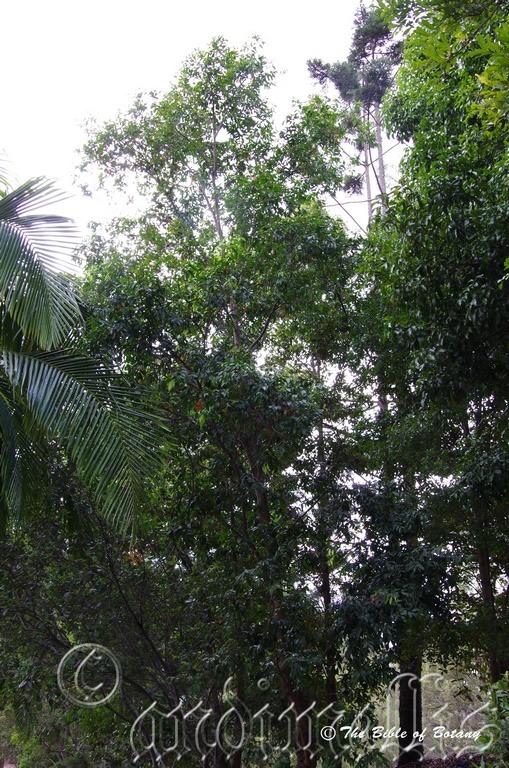
Mount Cootha Botanical Gardens Qld.
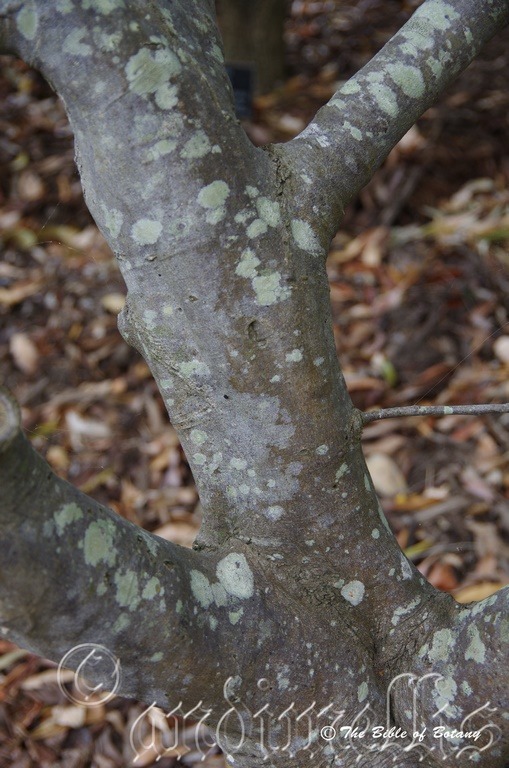
Mount Cootha Botanical Gardens Qld.
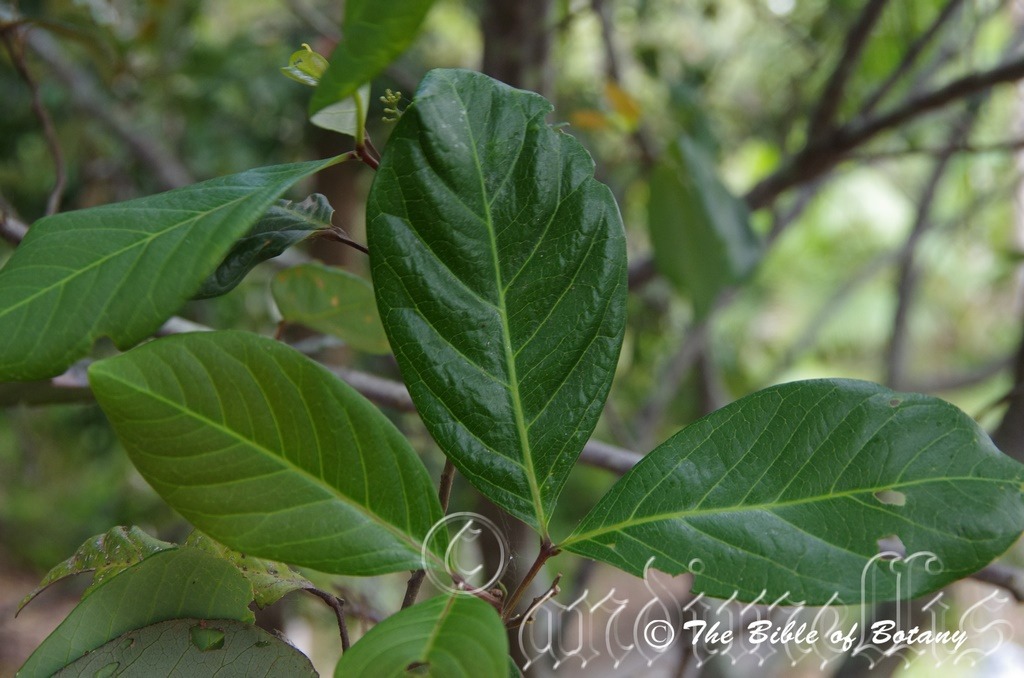
Mount Cootha Botanical Gardens Qld.

Mount Cootha Botanical Gardens Qld.
Alectryon coriaceus
Classification:
Unranked: Eudicots
Unranked: Rosids
Order: Sapindales
Family: Sapindaceae
Genus: From Lectron, which is Greek mythology for the figurine of a rooster. It refers to; with some imagination, flowers, which look somewhat like a cocks comb.
Specie: From Coriceus, which is Latin for like leather or leathery. It refers to leaves, phyllodes or fronds, which are rather thick and leathery to touch.
Sub specie:
Common Name: Beach Alectyon or Beach Birds Eye.
Distribution:
Alectryon coriaceus is found from Agnes Waters between Gladstone and Bundaberg in central coastal Queensland south to New Castle in central coastal New South Wales. It is found on the beaches and headlands along the coast.
https://avh.ala.org.au/occurrences/search?taxa=Alectryon+coriaceus#tab_mapView
Habitat Aspect Climate:
Alectryon coriaceus prefer part shade to full sun. It grows in exposed windy beach fronts or headlands. The altitude ranges from 3 meters ASL to 110 meters ASL
The temperatures range from 2 degrees in July to 38 degrees in January.
The rainfalls range from lows of 700mm to an average of 2000mm annually.
Soil Requirements:
Alectryon coriaceus prefers deep, coarse sands, fine sands, sandy loams, light fatty clays to medium clays. The soils are usually derived from decomposed sandstones, brown basalts, black basalts, shales, metamorphic rocks or accumulated peaty beach sands. The soil’s pH ranges from 4.5pH to 6.5pH. It does not tolerate waterlogged soils. None saline soils to very saline soils are tolerated as are salt laden winds.
Height & Spread:
Wild Plants: 2m to 7m by 3m to 5m.
Characteristics:
Alectryon coriaceus’s bark is a deep grey-brown and glabrous. Branchlets are mid red-brown and glabrous while juvenile branchlets and young shoots are pastel green to mid green and pastel pink when they first emerge. They are glabrous to moderately covered in white pulverulent hairs. They grow as a small straight tree or small straggly shrub.
Alectryon coriaceus’s leaves are opposite parapinnate. The leaflets are broadly elliptical to obovate and measure 45mm to 120mm in length by 20mm to 70mm in width. The bases are rounded while the apexes obtuse or retuse. The discolourous leaves are emerald-green to deep sea-green glossy and glabrous on the upper laminas while the lower laminas are paler and glabrous or more often sparsely covered in white pulverulent hairs. The margins recurve slightly upwards or decurve slightly downwards from the mid vein to the margins and may decurve slightly close to the apex. The main vein is prominent on the lower lamina while the lateral veins are slightly prominent on the lower lamina and are clearly visible from the upper lamina. The petioles and petiolules are glabrous to sparsely covered in white pulverulent hairs and measure 10mm to 40mm in length while the petiolules measure 3mm to 8mm in length.
The inflorescences of Alectryon coriaceus are panicles born from the upper leaf axils. The panicles measure 50mm to 200mm in length by 30mm to 120mm in diameter. The rachises are covered in white pulverulent hairs. The creamy-green petals are minute. The creamy yellow stamens are exserted.
Alectryon coriaceus fruits are trilobed capsules. The capsules are densely covered in short white pulverulent hairs and measure 5mm to 7.5mm in length by 6mm to 12mm in diameter. The green capsules split open to reveal a single black glossy seed in each locule surrounded by a glossy red aril. The ovoidal seed measures 4.5mm to 7mm in diameter.
Wildlife:
Alectryon coriaceus leaves are the hosts to several butterflies however damage never seems to be severe. These mainly include the larvae of the Common Pencilled-blue butterfly (Candalides absimilis) and the Hairy Line-blue (Erysichton lineata).
Other butterfly larvae that find the younger leaves of the trees palatable include the Large Purple Line-blue (Nacaduba berenice), the Small-tailed Line-blue (Prosotas felderi), the Glistening Blue (Sahulana scintillata) and the Pencilled-blues (Candalides sp. ).
The red arils on the fruits are edible and have a flavour reminiscent of cherries and guava crossed however my wife disagrees with this assessment.
The seeds may contain small quantities of cyanide similar to that of Alectryon tomentosa’s so the actual seed should be avoided.
Cultivation:
Alectryon coriaceus is a beautiful densely foliaged small tree for small gardens to large gardens. It makes a great small park trees for along foreshores and in cultivation normally maturing with a height of 3.5 meters to 5 meters by 3 meters to 5 meters in diameter when grown in the open but away from strong winds which will have a tendency to influence the trees growth in a certain direction. The plants can also be grown as a large shrub or bushy hedge to 2 meters by 2.5 meters when regular tip pruning is carried out. It is drought resistant and are frost tolerant to at least minus 3 degrees without any burning or discolouration of the leaves once established.
The tree is relatively fast growing especially when water is available and fertilizing and mulching regimes are in place. Too much care can lead to soft fast growth and lead the plants to become top heavy and snapping off in strong winds or being blown over so caution should be used or only use organic low nitrogen fertilizers. They make excellent small shade trees.
The trees are very good hosts for epiphytic orchids and ferns. I have seen Platycerum bifurcatum and Dendrobium gracicaule growing on the trees naturally.
Alectryon coriaceus make excellent additions for the small backyard rainforest garden as they have interesting foliage. The root system is not aggressive so can be planted near to foundations and paths. They should be more widely grown in warm temperate areas of Australia close to the coast and tried at least as far north as Melbourne and Adelaide where better quality sandy loam structured soils prevail.
It is quite suitable for bonsai collectors and do rather well contained in pots for extended periods. Once established are rather difficult to kill through neglect.
Propagation:
Seeds: Alectryon coriaceus seeds can be sown directly into the seed raising mix. Cover the seeds with 2 mm of the mix water and place them in a warm area of the bush house with 25mm to 50mm shade. Keep them moist not wet. Germination is usually completed in 8 weeks.
Once the seedlings reach 200 to 250mm in height plant them out into their permanent position. For mass plantings plant them at 6m to 7m centers for a rainforest of bank establishment projects or 15 meters apart for parkland situations.
Fertilize using Seaweed, fish emulsion or organic chicken pellets soaked in water on an alternate basis. Fertilize every two months until the plants are established then twice annually in early September to March to maintain health, vitality and better flowering and better quality fruit.
Further Comments from Readers:
Hi reader, it seems you use The Bible of Botany a lot. That’s great as we have great pleasure in bringing it to you! It’s a little awkward for us to ask, but our first aim is to purchase land approximately 1,600 hectares to link several parcels of N.P. into one at The Pinnacles NSW Australia, but we need your help. We’re not salespeople. We’re amateur botanists who have dedicated over 30 years to saving the environment in a practical way. We depend on donations to reach our goal. If you donate just $5, the price of your coffee this Sunday, We can help to keep the planet alive in a real way and continue to bring you regular updates and features on Australian plants all in one Botanical Bible. Any support is greatly appreciated. Thank you.
In the spirit of reconciliation we acknowledge the Bundjalung, Gumbaynggirr and Yaegl and all aboriginal nations throughout Australia and their connections to land, sea and community. We pay our respect to their Elders past, present and future for the pleasures we have gained.
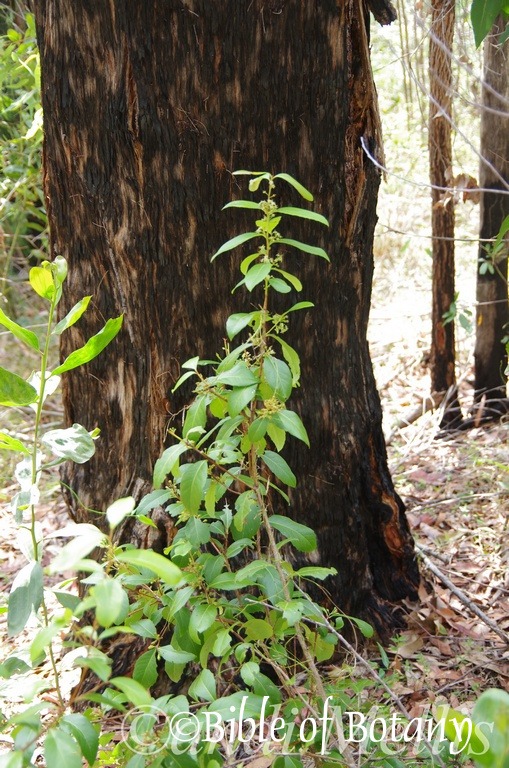
Ramourni National Park NSW
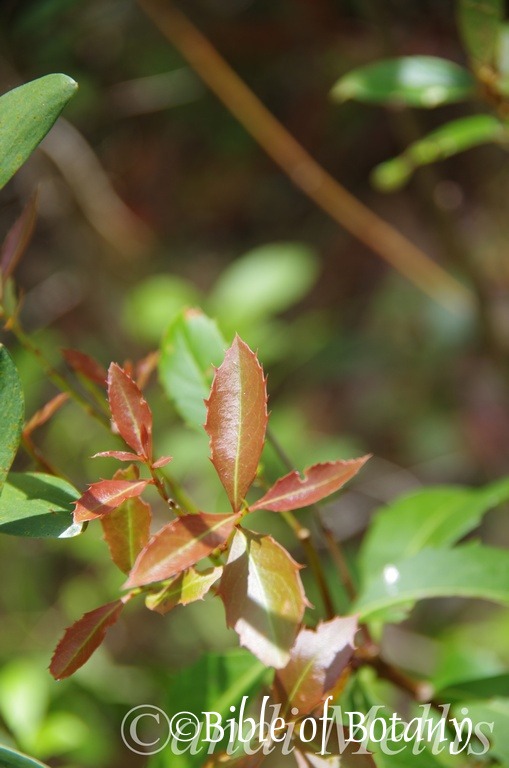
Ramourni National Park NSW
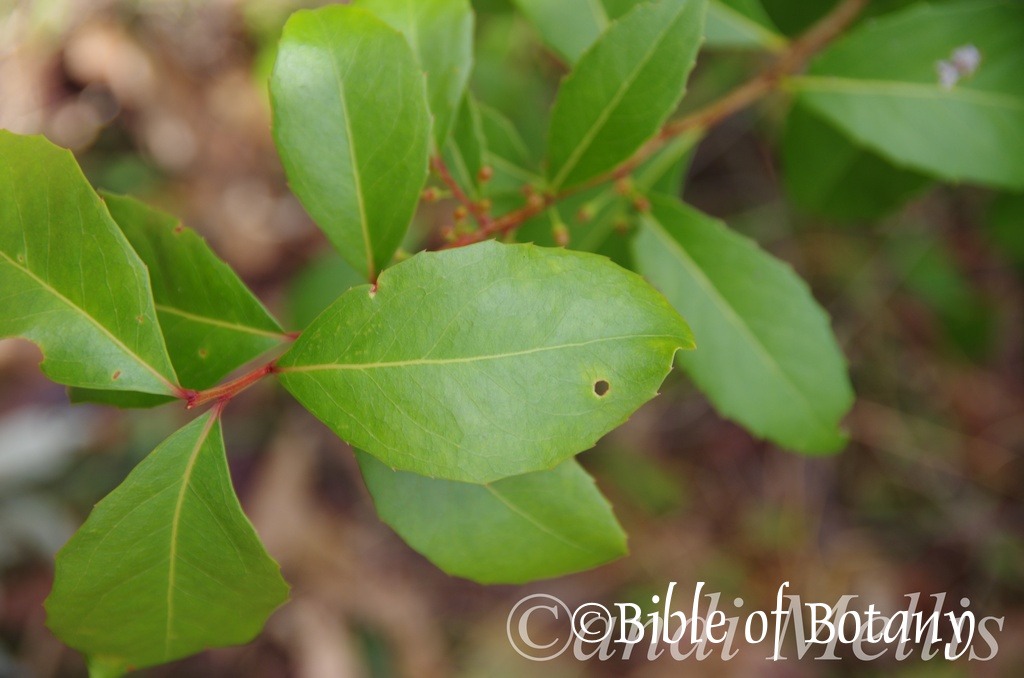
Ramourni National Park NSW
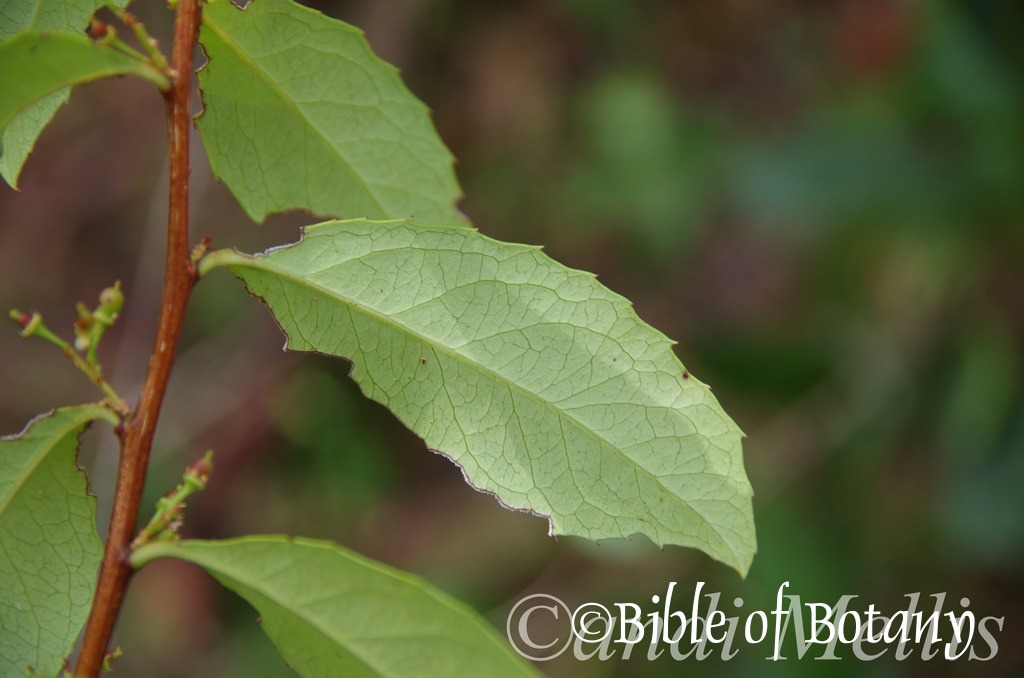
Ramourni National Park NSW
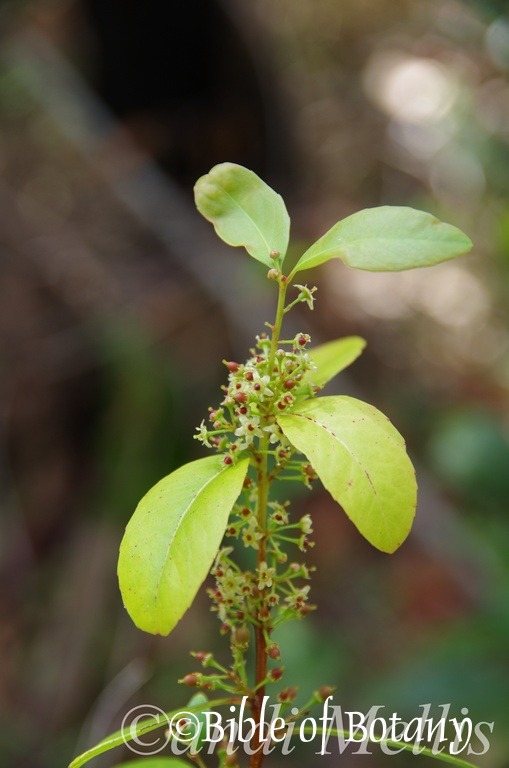
Ramourni National Park NSW
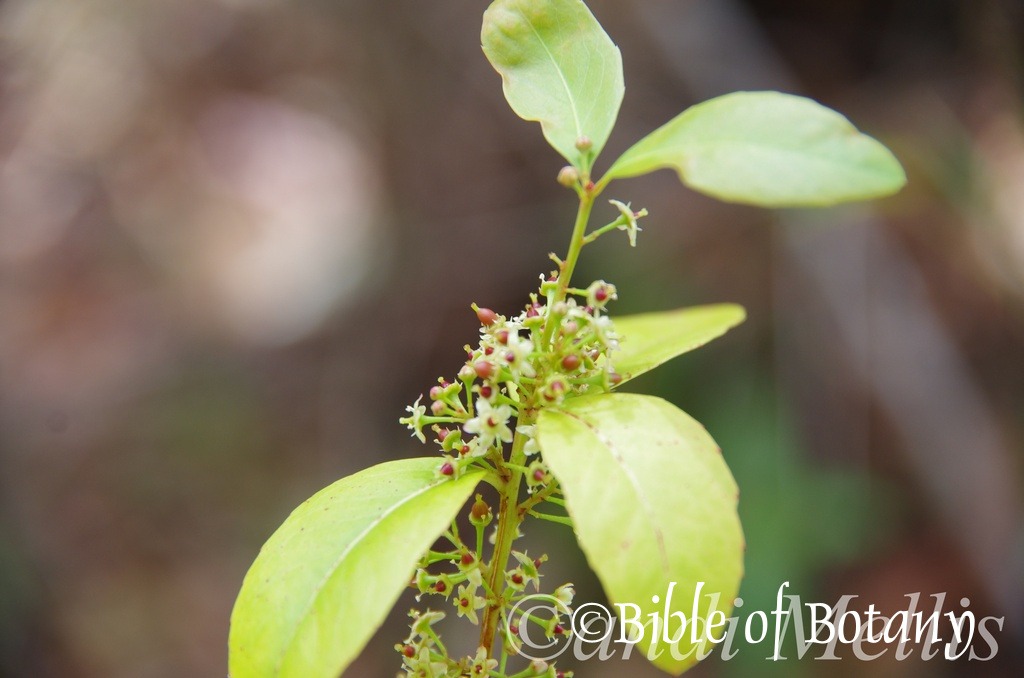
Ramourni National Park NSW
Alectryon subcinereus
Classification:
Unranked: Eudicots
Unranked: Rosids
Order: Sapindales
Family: Sapindaceae
Genus: From Lectron, which is Greek mythology for the figurine of a rooster. It refers to; with some imagination, flowers, which look somewhat like a cocks comb.
Specie: From Sub, which is Ancient Greek/Latin for below or lower and Cinerus, which is Latin for ash grey or greyish. It refers to plants, which have ash-grey or greyish coloured leaves and or stems.
Sub specie:
Common Name: Native Quince or wild Quince or Birds Eye.
Distribution:
Alectryon subcinereus is found from the lower reaches of the Fitzroy River in central Queensland south to Mallacoota in north eastern Victoria. It is mainly found on and east of the Great Dividing Range but extends westward as far as the Liverpool Plains.
https://avh.ala.org.au/occurrences/search?taxa=Alectryon+subcinereus#tab_mapView
Habitat Aspect Climate:
Alectryon subcinereus prefer light dappled shade to full sun. It grows in warm temperate rainforests and cool well developed subtropical rainforests. The altitude ranges from 20 meters ASL to 1400 meters ASL
The temperatures range from minus 2 degrees in July to 35 degrees in January.
The rainfalls range from lows of 650mm to an average of 2000mm annually.
Soil Requirements:
Alectryon subcinereus grows on better quality sandy loams, light fatty clays or medium clays. The soils are usually derived from decomposed black basalts, brown basalts or better quality shale. The soil’s pH ranges from 4.5pH to 6.5pH. It does not tolerate waterlogged soils. None saline soils to moderately saline soils are tolerated.
Height & Spread:
Wild Plants: 10m to 16m by 5m to 8m.
Characteristics:
Alectryon subcinereus’s bark is a pale brown to kaki and strongly tessellated on the lower part of the main trunk on larger trees. The flattened branchlets are kaki to kaki-green and covered in white hirsute hairs while juvenile branchlets and young shoots are pale kaki-green and covered in short white hirsute hairs. They grow as a small straight tree.
Alectryon subcinereus’s para pinnate leaves measure 80mm to 200mm in length by 100mm to 200mm in width. The 2 to 8 alternate leaflets are elliptical-oblong to ovate-oblong and measure 60mm to 150mm in length by 20mm to 50mm in width. The bases are cuneate while the apexes shortly acuminate to narrowly obtuse. The discolourous leaves are olive-green to deep olive-green and glabrous on the upper lamina while the lower laminas are pale grey to mid grey and glabrous to sparsely covered in white hirsute hairs. The leaf margins are undulating and are regularly toothed especially in the upper half or rarely entire as is the case with the forms found in the Macleay Valley. The margins decurve slightly from the mid vein to the margins and decurve strongly close to the apex. The main vein is prominent on the upper lamina while the lateral veins are sub opposite and slightly prominent on the upper lamina and are clearly visible from the lower lamina. The petioles and petiolules are glabrous to sparsely covered in white hirsute hairs. The petioles measure 10mm to 30mm in length while the petiolules measure 1mm to 4mm in length.
Juvenile plant leaves and new growth is vibrant deep burgundy-red and sparsely to moderately covered in soft white hirsute hairs.
The inflorescences of Alectryon subcinereus are a loose panicle born from the upper leaf axils. The rachises peduncles and pedicels are sparsely to moderately covered in soft white hirsute hairs. The panicles measure 100mm to 150mm in length. The petals are creamy-green to white, minute and measure 0.8mm to 1.2mm in length.
Alectryon subcinereus fruits are ovoidal two lobed capsules. The capsules are glabrous and measure 7.5mm to 10mm in length by 8mm to 16mm in width. The green pericarps on the capsules are crustaceous and turn yellow-green on ripening. The capsules split open to reveal a single black glossy seed in each locule surrounded by a glossy red aril. The ovoidal seed measures 4.5mm to 6.5mm in diameter.
Wildlife:
Alectryon subcinereus leaves are eaten by larvae of the Eastern or Bronze Flat (Netrocoryne repanda), the larvae of Common Pencilled-blue (Candalides absimilis) and Hairy Line-blue (Erysichton lineata).
Other butterfly species which prefer the newer growth of Alectyon subcericeus include the larvae of Large Purple Line-blue (Nacaduba berenice), Small-tailed Line-blue (Prosotas felderi), Glistening Blue (Sahulana scintillata) and Pencilled-blues (Candalides spp. ). These all feed on juvenile foliage and flower buds. (www. brisbanesaveourwaterways. com. au)
The fruits are edible and have a flavour faint taste of peach with a trace of Eucalyptus however my wife still disagrees with this assessment. Warning: The seeds may contain small quantities of cyanide similar to that found in Alectryon tomentosa’s so the actual seed should be avoided.
Cultivation:
Alectryon subcinereus is a beautiful small tree for small gardens. They make good park trees and in cultivation normally maturing with a height of 7 meters to 10 meters by 5 meters to 8 meters in diameter when grown in the open away from strong winds. The plants will also grow as a medium shrub to 5 meters by 5 meters when regular tip pruning is carried out. It is drought resistant and are frost tolerant to at least minus 2 degrees without any burning or discolouration of the leaves once established.
The trees are relatively fast growing when water is available and fertilizing and mulching regimes are in place. Synthetic high nitrogenous fertilizers should be avoided as these cause the plants to become top heavy and susceptible to being uprooted in strong winds.
The trees are very good hosts for epiphytic orchids as the bark is persistent.
Alectryon subcinereus are best grown in warm temperate, subtropics and tropics where soil moisture is consistent.
Alectryon subcinereus make excellent additions for the small backyard rainforest garden as they have interesting foliage. The root system is not aggressive so can be planted near to foundations and paths. They should be more widely grown in warm temperate areas of Australia close to the coast and tried at least as far north as Melbourne and Adelaide where better quality loam structured soils prevail. The plants have never been popular with gardeners probably due to the fact that it is slow growing.
It is quite suitable for bonsai collectors and do rather well contained in pots for extended periods. Once established are rather difficult to kill through neglect.
Propagation:
Seeds: Alectryon subcinereus seeds can be sown directly into the seed raising mix. Cover the seeds with 2 mm of the mix water and place them in a warm area of the bush house with 25mm to 50mm shade. Keep them moist not wet. Germination is slow and erratic.
Once the seedlings reach 200 to 250mm in height plant them out into their permanent position. For mass plantings plant them at 8m to 9m centers for a rainforest of bank establishment projects or 15 meters apart for parkland situations.
Fertilize using Seaweed, fish emulsion or organic chicken pellets soaked in water on an alternate basis. Fertilize every two months until the plants are established then twice annually in early September to March to maintain health, vitality and better flowering and better quality fruit.
Further Comments from Readers:
Hi reader, it seems you use The Bible of Botany a lot. That’s great as we have great pleasure in bringing it to you! It’s a little awkward for us to ask, but our first aim is to purchase land approximately 1,600 hectares to link several parcels of N.P. into one at The Pinnacles NSW Australia, but we need your help. We’re not salespeople. We’re amateur botanists who have dedicated over 30 years to saving the environment in a practical way. We depend on donations to reach our goal. If you donate just $5, the price of your coffee this Sunday, We can help to keep the planet alive in a real way and continue to bring you regular updates and features on Australian plants all in one Botanical Bible. Any support is greatly appreciated. Thank you.
In the spirit of reconciliation we acknowledge the Bundjalung, Gumbaynggirr and Yaegl and all aboriginal nations throughout Australia and their connections to land, sea and community. We pay our respect to their Elders past, present and future for the pleasures we have gained.

Coffs Harbour NSW

Coffs Harbour NSW
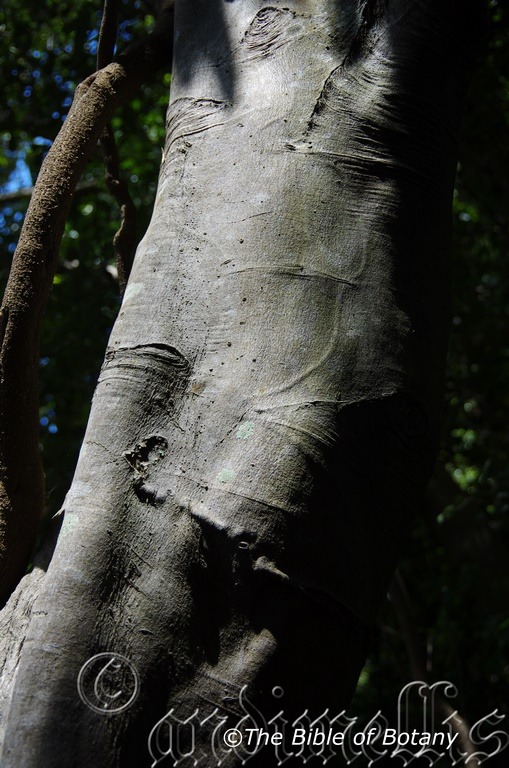
Coffs Harbour NSW
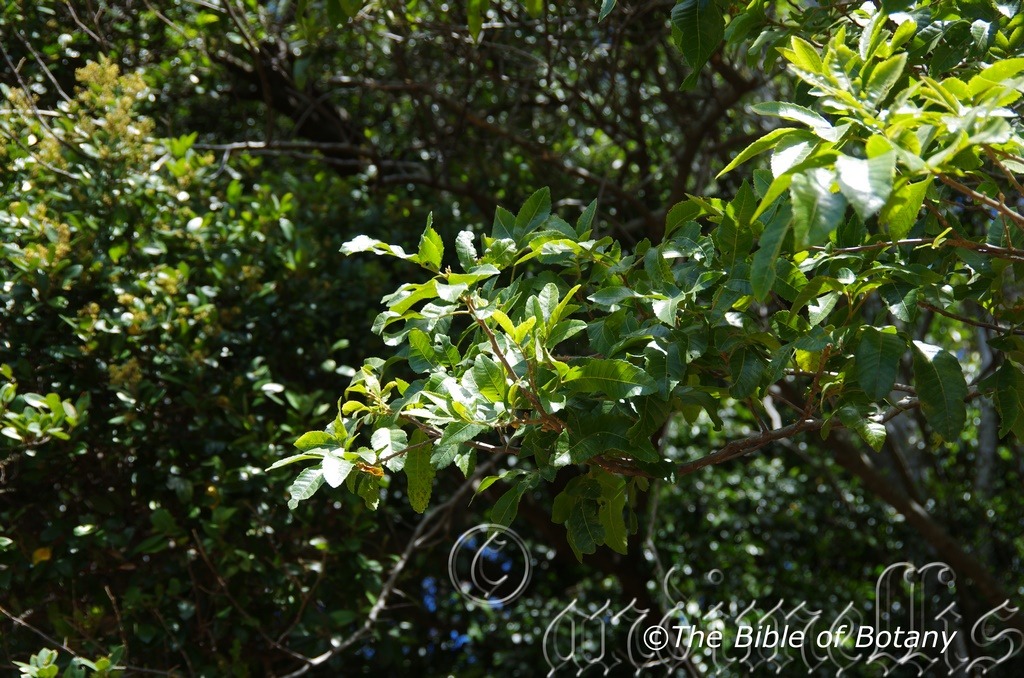
Coffs Harbour NSW
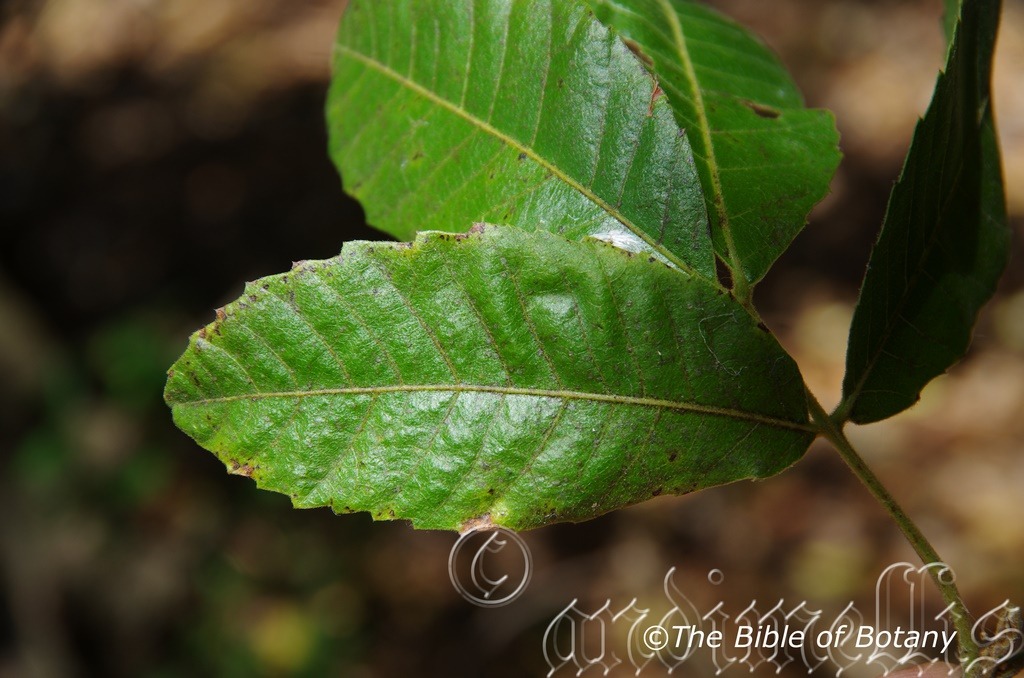
Coffs Harbour NSW

Coffs Harbour NSW
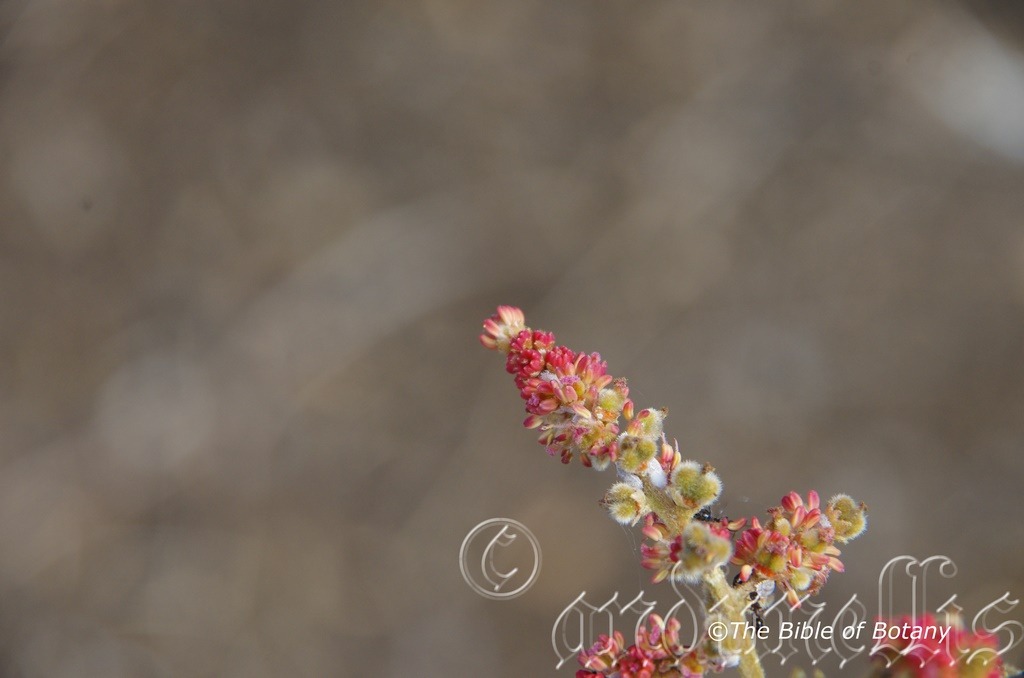
Coffs Harbour NSW
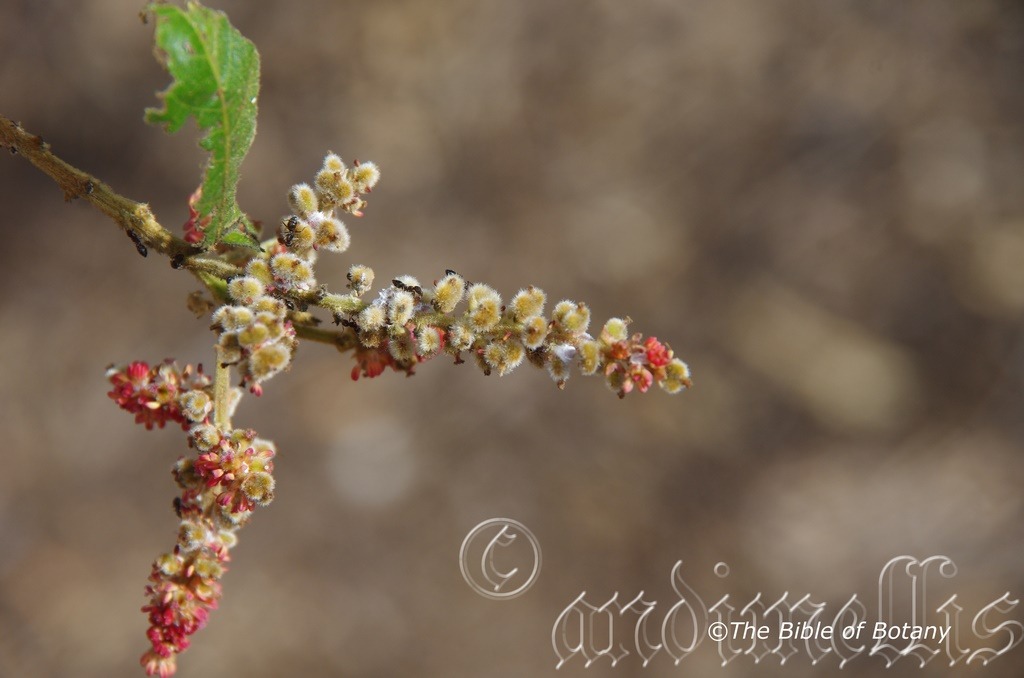
Coffs Harbour NSW
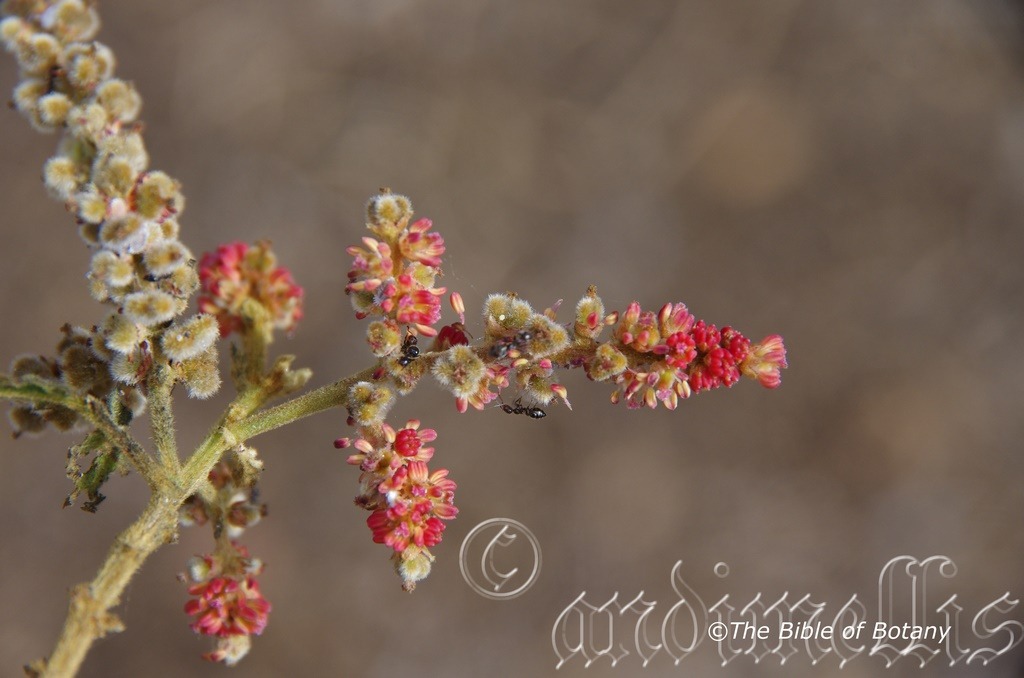
Coffs Harbour NSW
Alectryon tomentosus
Classification:
Unranked: Eudicots
Unranked: Rosids
Order: Sapindales
Family: Sapindaceae
Genus: From Lectron, which is Greek mythology for the figurine of a rooster. It refers to; with some imagination, flowers, which look somewhat like a cocks comb.
Specie: From Tomentosum, which is Latin for to be covered in long down. It refers to hairs which are rather long, soft and wavy or matted.
Sub specie:
Common Name: Woolly Rambutan or Red Jacket or Hairy Alectryon or Hairy Birds Eye.
Distribution:
Alectryon tomentosus is found from the Torres Strait Islands in far north Queensland south to the Hunter Valley in central coastal New South Wales. It is mainly found on and east of the Great Dividing Range but extends westward as far as Hughenden.
https://avh.ala.org.au/occurrences/search?taxa=Alectryon+tomentosus#tab_mapView
Habitat Aspect Climate: Alectryon tomentosus prefer part shade to full sun though it may start its life in dense shade on the margins of a rainforest floor. It grows in warm temperate rainforests and cool dry subtropical rainforests or tropical rainforests. The altitude ranges from 5 meters ASL to 1100 meters ASL
The temperatures range from minus 2 degrees in July to 39 degrees in January.
The rainfalls range from lows of 600mm to an average of 3200mm annually.
Soil Requirements:
Alectryon tomentosus prefers better quality deep, sandy loams, light fatty clays or medium clays. The soils are usually derived from decomposed sandstones, granites, brown basalts, black basalts, shales or metamorphic rocks. The soil’s pH ranges from 4.5pH to 6.5pH. It does not tolerate waterlogged soils. None saline soils to moderately saline soils are tolerated.
Height & Spread:
Wild Plants: 10m to 15m by 5m to 8m.
Characteristics:
Alectryon tomentosus‘s bark is a pale brown to kaki and covered in scurfy scales. The trunk has a straight bole for half its length. The young branchlets are kaki to brown while the juvenile branchlets and young shoots are pale olive-green and densely covered in white to golden-rusty villous hairs.
Alectryon tomentosus’s para pinnate leaves measure 70mm to 200mm in length by 50mm to 150mm in width. The 2 to 4 opposite pairs of leaflets are elliptical-oblong to ovate-oblong and measure 30mm to 130mm in length by 10mm to 45mm in width. The base pair are much smaller than the apex pair. The bases are broadly cuneate to rounded while the apexes acute to acuminate. The concolourous leaves are olive-green to deep olive-green and sparsely covered in white to golden-rusty villous hairs on the upper laminas while the lower laminas are densely covered in white to golden-rusty villous hairs. The laminas are undulating. The leaf margins are regularly toothed. The margins are flat, recurve slightly or decurve slightly from the mid vein to the margins and decurve close to the apex. The main vein is strongly prominent on the upper lamina while the lateral veins are sub opposite to alternate and prominent on the lower lamina. The petioles rachises and petiolules are densely covered in white to golden-rusty villous hairs. The petioles measure 10mm to 25mm in length while the rachises measures 10mm to 70mm in length petiolules measure 1mm to 2mm in length.
Juvenile plant leaves and new growth is vibrant, glossy deep red-brown and moderately to densely covered in white to golden-rusty villous hairs.
The inflorescences of Alectryon tomentosus are a loose panicle born from the upper leaf axils. The rachises peduncles, pedicels and calyxes are moderately to densely covered in white to golden-rusty villous hairs. The panicles measure 100mm to 140mm in length. The calyx lobes are 5 pale pink to pinkish-red measure 1.4mm to 1.6mm in length.
Alectryon tomentosus fruits are ovoidal single to 3 often indistinguishable lobed capsules. The capsules are moderately to densely covered in white to golden-rusty villous hairs and measure 8mm to 12mm in length by 8mm to 22mm in diameter. The green pericarps on the capsules turn olive-green on ripening. The capsules split open to reveal a single black glossy seed in each locule almost surrounded by a glossy, red, granular aril. The ovoidal seed measures 4.5mm to 6.5mm in diameter.
Wildlife:
Alectryon tomentosus leaves are eaten by larvae of the Hairy line blue (Erysichton lineata).
Other butterfly species which prefer the newer growth of Alectyon tomentosus include the larvae of Large Purple Line-blue (Nacaduba berenice), Small-tailed Line-blue (Prosotas felderi), Glistening Blue (Sahulana scintillata) and Pencilled-blues (Candalides spp. ). These all feed on juvenile foliage and flower buds. (www. brisbanesaveourwaterways. com. au)
The red arils on the fruits are edible and have a sweet pleasant taste. Warning: The seeds contain small quantities of cyanide so the actual seeds should be avoided.
Cultivation:
It would make an good fire retardant small tree.
* Fire retardant plants act as radiant heat screens and absorb more heat from an approaching fire without burning.
* Fire retardant trees are able reduce wind speed near a house or out buildings.
* Fire retardant also trap embers and sparks carried by the wind.
* Fire retardant ground covers are able to catch burning embers without catching fire themselves, and also slow the travel of a fire through debris and litter on the ground.
Alectryon tomentosus is a beautiful small tree for small gardens. It makes a good park tree and in cultivation normally matures with a height of 7 meters to 10 meters by 5 meters to 8 meters in diameter when grown in the open away from strong winds. The plants will also grow as a large shrub to 4 meters by 5 meters when regular tip pruning is carried out. It is drought resistant and are frost tolerant to at least minus 2 degrees without any burning or discolouration of the leaves once established.
The tree is relatively fast growing when water is available and fertilizing and mulching regimes are in place. Synthetic high nitrogenous fertilizers should be avoided as these cause the plants to become top heavy and susceptible to being uprooted in strong winds.
The tree is a very good host tree for epiphytic orchids and ferns as the bark is persistent.
Alectryon tomentosus is best grown in warm temperate, sub tropics and tropics where soil moisture is consistent.
Alectryon tomentosus make excellent additions for the small backyard rainforest garden as they have interesting foliage. The root system is not aggressive so can be planted near to foundations and paths. They should be more widely grown in warm temperate areas of Australia close to the coast and tried at least as far north as Melbourne and Adelaide where better quality loam structured soils prevail. The plants have never been popular with gardeners probably due to the fact that it is slow growing.
It is quite suitable for bonsai collectors and does rather well contained in pots for extended periods. Once established are rather difficult to kill through neglect.
Propagation:
Seeds: Alectryon tomentosus seeds can be sown directly into the seed raising mix. Cover the seeds with 5 mm of the mix water and place them in a warm area of the bush house with 25mm to 50mm shade. Keep them moist not wet. Germination is slow and erratic.
Once the seedlings reach 200 to 250mm in height plant them out into their permanent position. For mass plantings plant them at 8m to 9m centers for a rainforest of bank establishment projects or 15 meters apart for parkland situations.
Fertilize using Seaweed, fish emulsion or organic chicken pellets soaked in water on an alternate basis. Fertilize every two months until the plants are established then twice annually in early September to March to maintain health, vitality and better flowering and better quality fruit.
Further Comments from Readers:
Hi reader, it seems you use The Bible of Botany a lot. That’s great as we have great pleasure in bringing it to you! It’s a little awkward for us to ask, but our first aim is to purchase land approximately 1,600 hectares to link several parcels of N.P. into one at The Pinnacles NSW Australia, but we need your help. We’re not salespeople. We’re amateur botanists who have dedicated over 30 years to saving the environment in a practical way. We depend on donations to reach our goal. If you donate just $5, the price of your coffee this Sunday, We can help to keep the planet alive in a real way and continue to bring you regular updates and features on Australian plants all in one Botanical Bible. Any support is greatly appreciated. Thank you.
In the spirit of reconciliation we acknowledge the Bundjalung, Gumbaynggirr and Yaegl and all aboriginal nations throughout Australia and their connections to land, sea and community. We pay our respect to their Elders past, present and future for the pleasures we have gained.
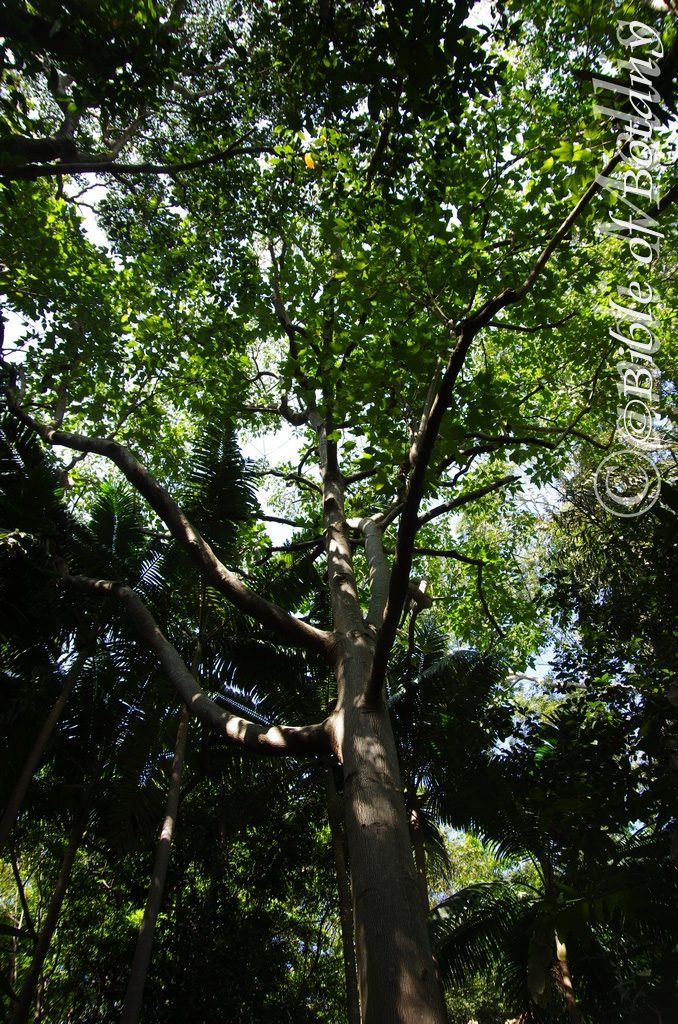
Mount Cootha Botanic Gardens Qld.
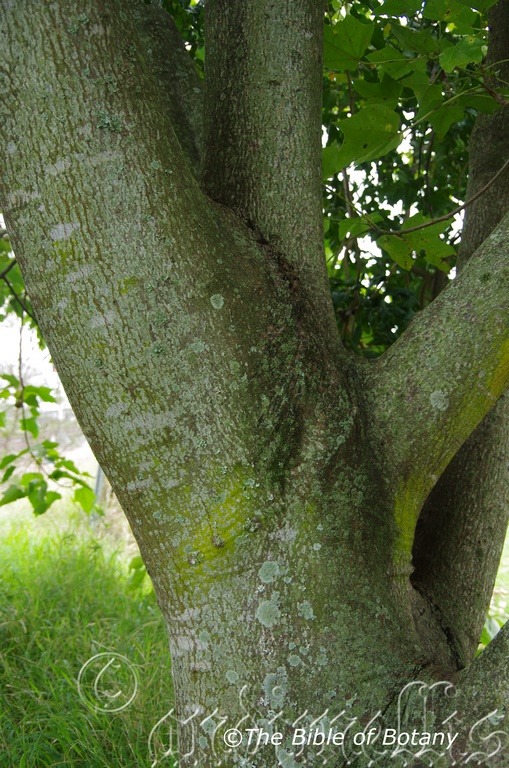
Grafton NSW

Author’s Garden The Pinnacles NSW
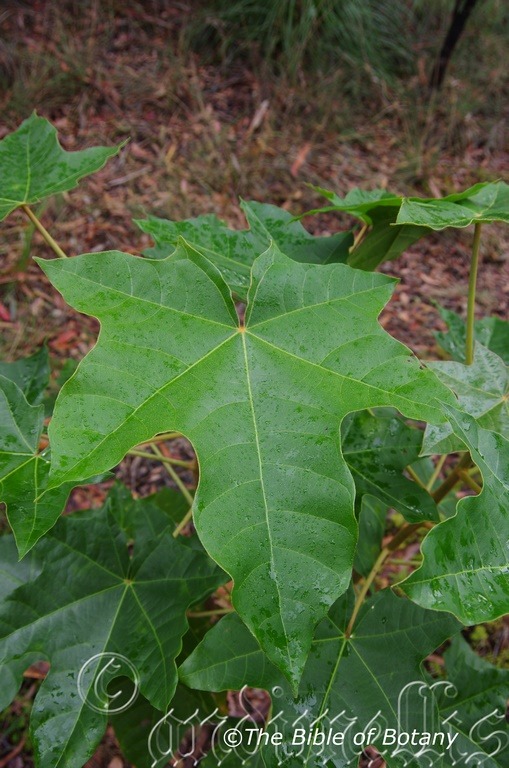
Author’s Garden The Pinnacles NSW

Author’s Garden The Pinnacles NSW

Grafton NSW

Grafton NSW

Grafton NSW
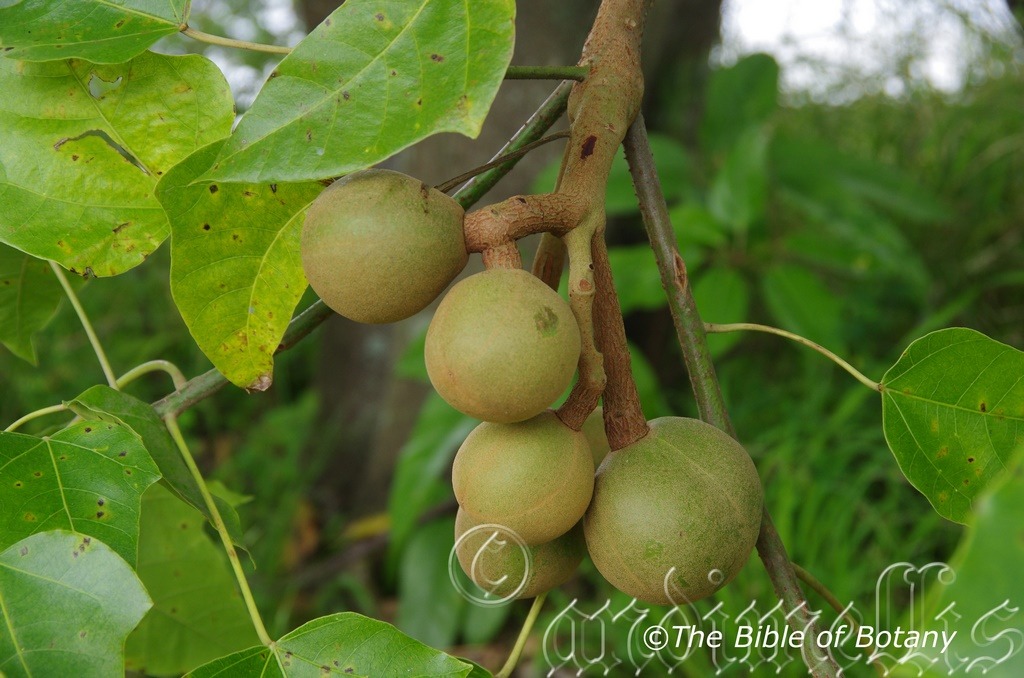
Grafton NSW

Grafton NSW
Aleurites moluccana
Classification:
Unranked: Magnoliophyta
Class: Magnoliopsida
Order: Malpighiale
Family: Euphorbiaceae
Genus: From Aletris, which is Ancient Greek for women slaves, who ground wheat flour. It refers to the appearance of the herbs, which look as though it is covered in flour.
Specie: From Moluccanum, which is Latin for the Molong district and Anum/Ensis, which is Latin for to originate from. It refers to plants, which were first discovered in the Molucca Islands.
Sub specie:
Common Name: Candle Nut or Varnish Tree.
Nga-pa-la in some aboriginal languages.
Distribution:
Aleurites moluccanus is found naturally south from the Iron Range National Park to Cooktown on Cape York Peninsula in far north Queensland. There is also a disjunct population north of Shoal Point.
https://avh.ala.org.au/occurrences/search?taxa=Aleurites+moluccanus#tab_mapView
Habitat Aspect Climate:
Aleurites moluccanus prefer full sun. It grows in lowland rainforests, littoral rainforests or moist Eucalyptus forests. The altitude ranges from 3 meters ASL to 800 meters ASL
The temperatures range from 12 degrees in July to 36 degrees in January.
The rainfalls range from lows of 950mm to an average of 3200mm annually.
Soil Requirements:
Aleurites moluccanus prefers better quality deep, light fatty clays to medium clays or light silts to heavy silts. The soils are usually derived from decomposed black basalts or alluvial deposits. The soil’s pH ranges from 5pH to 7pH. It tolerates seasonal waterlogged soils. None saline soils to very saline soils are tolerated.
Height & Spread:
Wild Plants: 14m to 25m by 8m to 18m.
Characteristics:
Aleurites moluccana’s bark is a pale grey-brown with fine longitudinal ridges and the semi-circular scars of discarded branches. The bases of large trees are slightly flanged or more often with large surface roots spreading outwards. Branchlets are grey-brown and densely covered in farinaceous lumps. Juvenile branchlets and young shoots are grass-green to mid green and densely covered in short cream to golden brown hirsute and stellate hairs.
Aleurites moluccana’s leaves vary greatly in shape from broadly elliptical, narrowly ovate, broadly lanceolate-ovate to narrowly deltoid or palmate. The leaves measure 80mm to 200mm in length by 40mm to 130mm in width. The bases are broadly obtuse, to truncate while the apexes broadly acuminate-caudate. The discolourous leaves are pale grey-green, grass-green to deep grass-green and glabrous or appear to have a white powdery coating on the upper lamina while the lower lamina is slightly paler and moderately to densely covered in short cream to golden brown pubescent and stellate hairs especially along the edges and veins. The leaf margins are entire and slightly undulating while the laminas are flat, recurve slightly from the mid vein to the margins and decurve close to the apex. The main vein is prominent on the lower lamina while the lateral veins are slightly prominent on the lower lamina and are clearly visible from the upper lamina. The petiole may have 1 or 2 green, deep green to almost black conspicuous glands near the leaf base. The petioles measure 100mm to 180mm in length.
Juvenile plant leaves are shallowly trilobed to 5 lobed and measure 100mm to 180mm in length by 120mm to 180mm in width.
The dioecious inflorescence of Aleurites moluccanus is a compound cyme which is terminally born. The rachises are 100mm to 160mm long with cream to fawn stellate hairs. There are 100 to 180 individual flowers on each cyme. The cymes are white and measure 180mm to 220mm in diameter. The individual flowers measure 12 to 13mm in diameter on the male flowers and 16mm to 18mm in diameter on the female flowers.
The 5 silky white tepals on the male flowers are ovate and measure 5mm to 6mm in length by 4.5mm to 5.5mm in width. The 10 white pale green stamens measure 1.8mm to 2mm in length.
The 5 silky white tepals on the female flowers are oblong and measure 8mm to 10mm in length by 4 mm to 5.5mm in width. The style and stigma are 2mm to 3mm long and surrounded by 10 staminoides which measure 1.8mm to 2mm in length. The 2 ocular ovary is covered in cream to creamy fawn short stellate hairs. Flowers appear from January to March.
Aleurites moluccanus fruits are an oval to circular hard nut. The nuts measure 40mm to 62mm in diameter by 30mm to 55mm in length. The nuts have two strong vertical and two weak longitudinal depressions. The nuts are green turning grey-brown on ripening. The nuts ripen from June through to September. There are two hard nuts enclosed in each half of the bivalve nuts. The nuts are 18mm to 21mm in diameter.
Wildlife:
Fruits that drop to the ground are often collected by native rats who will gather large cashes of nut shells close to the parent trees. The Cassawary (Casuarius casuarius) also frequently eat the seeds.
The seeds were eaten by aborigines. Caution should be taken as the nuts are mildly toxic when eaten raw. The aborigines roasted the nuts prior to eating. Roasted nuts later cooked in stir fries have a distinct almond flavour.
The phorbol esters of the tigliane type are very strong cathartics (purgatives) and also act as powerful tumor promoters due to their co-carcinogenic action. Phorbol esters can also be very irritating to the skin and eyes. The fruit of the candlenut tree also contains potentially toxic saponin compounds.
The nuts were propagated during the second world war and used as a lubricating oil and engine oil.
Symptoms and effects of poisoning: According to various sources, the ingestion of candlenut tree seeds raw causes a sensation of discomfort and nausea a few minutes after ingestion. These symptoms are followed by vomiting, abdominal pain (cramping), diarrhea, dehydration, as well as an imbalance in electrolytes. The chronic ingestion of the seeds may affect the gastrointestinal system, causing intestinal muscle atony. Additionally, there are reports of alterations in heart rate due to the ingestion of the seed.
https://pharmacologia.com/fulltext/?doi=pharmacologia.2017.25.31 Pharmacologia Volume 8 Issue 1, 2017.
Cultivation:
It would make an good fire retardant medium tree.
* Fire retardant plants act as radiant heat screens and absorb more heat from an approaching fire without burning.
* Fire retardant trees are able reduce wind speed near a house or out buildings.
* Fire retardant also trap embers and sparks carried by the wind.
* Fire retardant ground covers are able to catch burning embers without catching fire themselves, and also slow the travel of a fire through debris and litter on the ground.
Aleurites moluccanus is a beautiful large tree for large gardens. They should be planted away from buildings, paths water pipes and other underground services as the roots can be invasive. They make good park trees and in cultivation normally maturing with a height of 15 meters to 18 meters with a spread of 12 meters and 15 meters.
Well grown trees will produces 40 to100 kilograms of nuts, and the nuts will yield 15% to 20% of their weight in oil.
Trees are moderately fast in growth particularly when water is available and fertilizer and mulches are included.
The trees should be good host for epiphytes as the bark is persistent. I am still yet to witness trees in the wild which have an abundance of epiphytes attached to them however I have not seen many old trees in their native habitat.
Aleurites moluccanus is best grown in the tropics or sub tropics where it responds to the heat and consistent rainfalls. It was grown as far south as Nana Glen during and after World War 1 for their supply of good quality varnishes which was used in lacquering electrical motors for the war effort and with the possible intent for use as an alternative to petroleum oil for motors and candles.
Aleurites moluccanus makes an excellent addition for the backyard rainforest garden as it is quick to establish themselves. The large root system also makes them an ideal plant for creek bank restoration work how ever wise and judicious planting around homes, paths, plumbing and electrical pipes is essential. It should be more widely grown with in warm temperate areas of Australia close to the coast and tried at least as far north as Woolongong where better quality loam structured soils prevail. The plants have lost popularity with gardeners in recent times, probably due to the fact that the roots can be invasive and it is semi deciduous during dry periods. It suits medium to large gardens and will grow to 2 meters a year under ideal cultivated conditions. It can be lightly tipped pruned to induce branching closer to the ground and flowering. It is drought resistant and is frost tolerant to at least minus 4 degrees without any burning or discolouration of the leaves once established.
Propagation:
Seeds: Aleurites moluccanus seeds can be sown directly into the seed raising mix. Place one seed after nicking directly into 50mm or 75mm native tube using a seed raising mix or plant them directly into their permanent positions carefully marking the position so you do not lose it. This method is very good as you do not disturb the roots on transplanting and growth is very quick. The problem is that any native rats and maybe the vermin introduced rat (Rattus Rattus) would steal the seeds even those that have recently struck.
Once the seedlings reach 200 to 250mm in height plant them out into their permanent position. For mass plantings plant them at 8m to 9m centers for a rain forest of bank establishment projects or 15 meters apart for parkland situations.
Fertilize using Seaweed, fish emulsion or organic chicken pellets soaked in water on an alternate basis. Fertilize every two months until the plants are established then twice annually in early September to March to maintain health, vitality and better flowering and better quality fruit.
Further Comments from Readers:
Hi reader, it seems you use The Bible of Botany a lot. That’s great as we have great pleasure in bringing it to you! It’s a little awkward for us to ask, but our first aim is to purchase land approximately 1,600 hectares to link several parcels of N.P. into one at The Pinnacles NSW Australia, but we need your help. We’re not salespeople. We’re amateur botanists who have dedicated over 30 years to saving the environment in a practical way. We depend on donations to reach our goal. If you donate just $5, the price of your coffee this Sunday, We can help to keep the planet alive in a real way and continue to bring you regular updates and features on Australian plants all in one Botanical Bible. Any support is greatly appreciated. Thank you.
In the spirit of reconciliation we acknowledge the Bundjalung, Gumbaynggirr and Yaegl and all aboriginal nations throughout Australia and their connections to land, sea and community. We pay our respect to their Elders past, present and future for the pleasures we have gained.
Allocasuarina defungens
Classification:
Class: Equisetopsida
Subclass: Magnoliidae
Super order: Rosanae
Order: Fagales
Family: Casuarinaceae
Genus: From Allos, which is Ancient Greek for other or different, and Kesuari, which is Latinized from the Malay vernacular for the giant Cassowary bird. It refers to the trees being slightly different to the Casuarina genus where the branchlets hang down looking similar to the feathers of the Cassowary.
Specie: From Defungens which is unknown but may be a spelling error for fulgens which is Latin for bright, shiny or glistening. It refers to the leaves or organs, which have a sheen about them.
Common Name:
Distribution: Allocasuarina defungens is very rare. It is found in a few disjunct populations south from near Woolli to Nabiac in New South Wales.
https://avh.ala.org.au/occurrences/search?taxa=Allocasuarina+defungens#tab_mapView
Habitat Aspect Climate:
Allocasuarina defungens prefers full sun to light dappled shade. It grows in littoral heaths and coastal beaches behind the frontal dunes or exposed coastal headlands. The altitude ranges from 5 meters ASL to 120 meters ASL
The temperatures range from 2 degrees in July to 35 degrees in January.
The rainfalls range from lows of 900mm to an average of 1500mm annually.
Soil Requirements:
Allocasuarina defungens prefers deep, sandy loams, light fatty clays to medium clays. The soils are usually derived from decomposed sandstones, black basalts, or accumulated peaty beach sands. The soil’s pH ranges from 4.5pH to 6.5pH. It does not tolerate waterlogged soils. None saline soils to very saline soils are tolerated as are salt laden winds.
Height & Spread:
Wild Plants: 1m to 2m by 1.5m to 2.5m
Characteristics:
Allocasuarina defungens are erect small shrubs which have a depauperate appearance. They have deep brown to red-brown stems. The stems are lightly fissured trunk on older trees. Smaller branchlets are glabrous red-brown to tan while the branchlets are grey green to deep olive-green and measure 60mm to 120mm in length. Lignotubers form immediately below the surface of the sand.
The articles on Allocasuarina defungens measure 25mm to 40mm in length by 1.5mm to 2.5mm in diameter. There are no true leaves as such on mature trees. They do have small teeth like whirls located at each joint of the articles. There are 5 to 7 teeth with each tooth measuring between 0.2mm and 0.5mm in length. They wither shortly after formation.
Allocasuarina defungens are normally dioecious however monoecious plants are not rare. The females produce single scarlet-red flowers along the smaller branches while the male trees produce their flowers towards the apexes of the branchlets, usually on the last 15mm to 30mm.
Male trees can be very beautiful when in full flower giving an almost orange autumn appearance with pinkish-red flowers against the depauperate yellowing foliage. Male flowers are less than 1mm in diameter and contain a scale like perianth with a single stamen. The pollen is pale brown.
Female cones are 9mm to 10mm in length and lack a true perianth with the carpals being fused together to enclose the 2 ovules. The peduncles measure 7mm to 10mm in length. The trees flower mainly in March April though some species will flower as late as July in warmer areas.
Allocasuarina defungens‘ fruits are irregularly shaped cylindrical cones. The cones measure 8mm to 11mm in length by 4mm to 6mm in diameter. The cone’s lips are broad acute to obtuse with an acuminate lip. The peduncle measures 3mm to 7mm in length.
The seeds are an irregular single winged samara from each valve which measure 3mm in length by 1.8mm to 2mm in width. The wing is about the same length and width as the seed. The yellow-brown, glossy seeds are flat and ovoidal.
Wildlife:
Allocasuarina defungens is an ideal plant for the control of soil erosion and nitrogen fixation particularly on poor sandy sands.
It is a moderate supplier of pollen for native bees when little else is around.
Glossy Black Cockatoos, King parrots and Crimson rosellas eat the seeds. Black Cockatoos may cause extensive damage to trees in poor seasons when food is scarce. The larvae of many borers attack the soft heart wood of the shrubs. Shrubs very rarely recover from bad infestations or at least never look good after a good clean out.
Cultivation:
Allocasuarina defungens is an excellent shrub for providing a quick growing windbreak close to the coast. Mature shrubs make a pleasant whispering sound when mass planted as the wind or breezes pass over the branchlets. It grows 1 meter to 1.5 meters by 2 meters to 2.5 meters under cultivation. They live for 18 to 20 years when conditions are good after which it becomes susceptible to borer. Isolated shrubs are particularly susceptible to attack. Poor drainage or wet areas subject to periodic flooding will eventually lead to root fungal attacks.
It is ideal for small to large gardens in semi-arid, temperate, sub-tropical and tropical gardens.
Because of the amount of branchlets drop and the turpentine they contain the mulch is an excellent source for weed control. It creates a soft peaceful zone beneath the plants especially when mass planted or group plantings are incorporated into the landscape.
This Allocasuarina will make an excellent hedge or windbreak along the coast in exposed situations. The foliage breaks up larger leafy plants and the golden green colour makes an interesting addition to any garden scape. They look great mixed with Grevillea banksii or Grevillea longifolia.
Another great advantage of growing Allocasuarina species and Casuarina species is that they are great plants for suppressing other plant growth especially weeds. Allelopathy is a biological phenomenon where one plant inhibits the growth of another, through the release of allele chemicals. Certain plants can greatly affect the growth of other plants either in a good or bad way by leaching, decomposition, etc. In essence, plant allelopathy is used as a means of survival in nature, reducing competition from plants nearby.
Propagation:
Seeds: Sow Allocasuarina defungens seeds directly into a seed raising mix. When the seedlings are 50mm to 75mm tall, prick them out and plant them into 50mm native tubes using a good organic mix.
To assist healthy plant growth a collection of needles from below the shrubs will assist in the formation of beneficial nitrogen fixing bacteria. The needles can be crushed and infused in water for a couple of hours and watered into the tubes or crushed and mixed into the seedling mix.
Once the seedlings reach 200 to 250mm in height plant them out into their permanent position.
Where mass plantings of Allocasuarina defungens are required, as a feature; plant at 3 meters to 3.5 meters centers in two rows where they are needed for a wind break, at 2 meters for rapid growth thinning every second tree out when they start to touch each other. As specimen trees are required they can be planted at 5 meter centers.
Fertilize using Seaweed, fish emulsion or organic chicken pellets soaked in water on an alternate basis. Fertilize every two months until the plants are established then twice annually in early September to March to maintain health, vitality and better flowering and better quality fruit.
Further Comments from Readers:
Hi reader, it seems you use The Bible of Botany a lot. That’s great as we have great pleasure in bringing it to you! It’s a little awkward for us to ask, but our first aim is to purchase land approximately 1,600 hectares to link several parcels of N.P. into one at The Pinnacles NSW Australia, but we need your help. We’re not salespeople. We’re amateur botanists who have dedicated over 30 years to saving the environment in a practical way. We depend on donations to reach our goal. If you donate just $5, the price of your coffee this Sunday, We can help to keep the planet alive in a real way and continue to bring you regular updates and features on Australian plants all in one Botanical Bible. Any support is greatly appreciated. Thank you.
In the spirit of reconciliation we acknowledge the Bundjalung, Gumbaynggirr and Yaegl and all aboriginal nations throughout Australia and their connections to land, sea and community. We pay our respect to their Elders past, present and future for the pleasures we have gained.
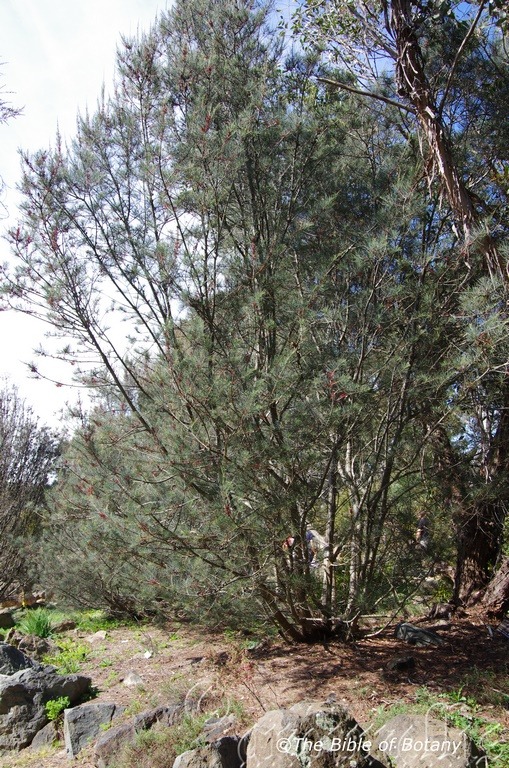
National Botanic Gardens ACT
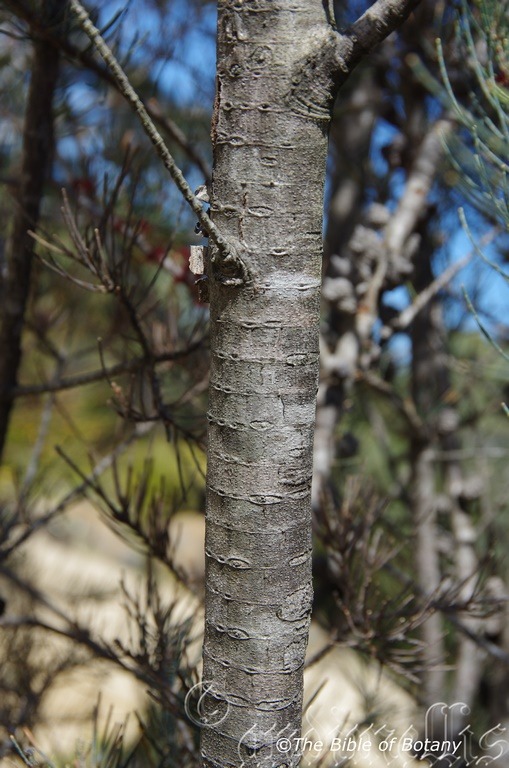
National Botanic Gardens ACT

National Botanic gardens ACT
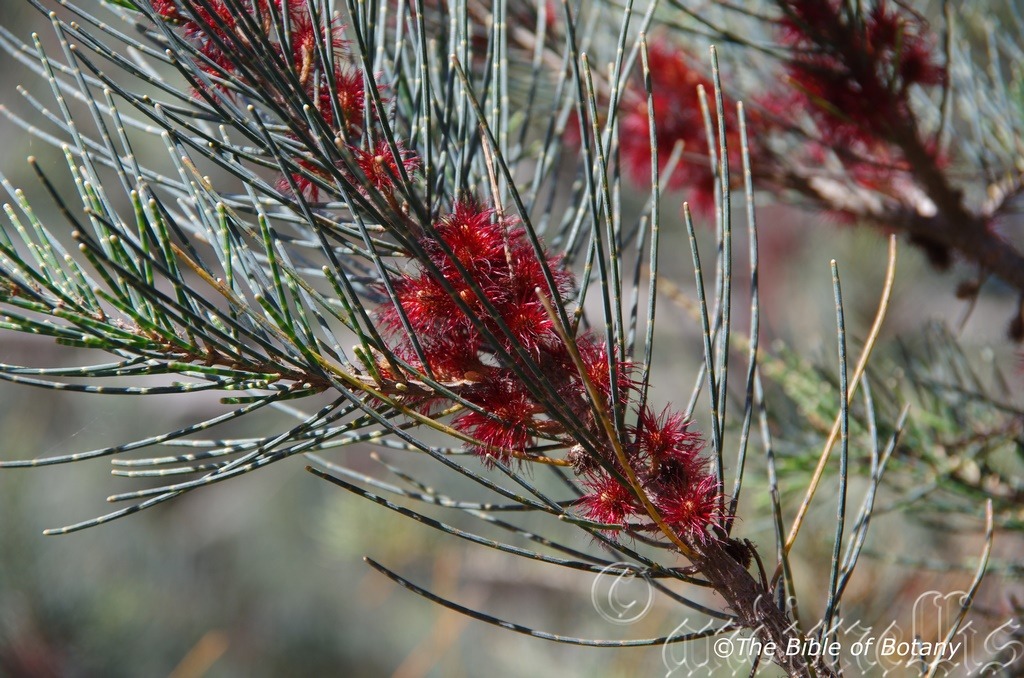
National Botanic Gardens ACT
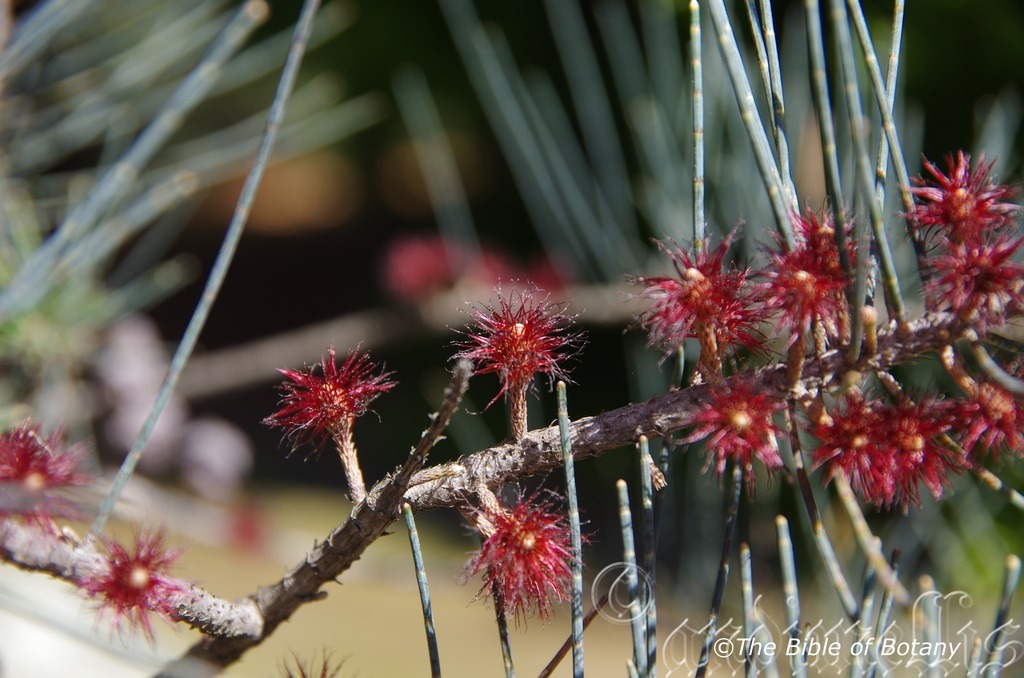
National Botanic Gardens ACT

National Botanic Gardens ACT
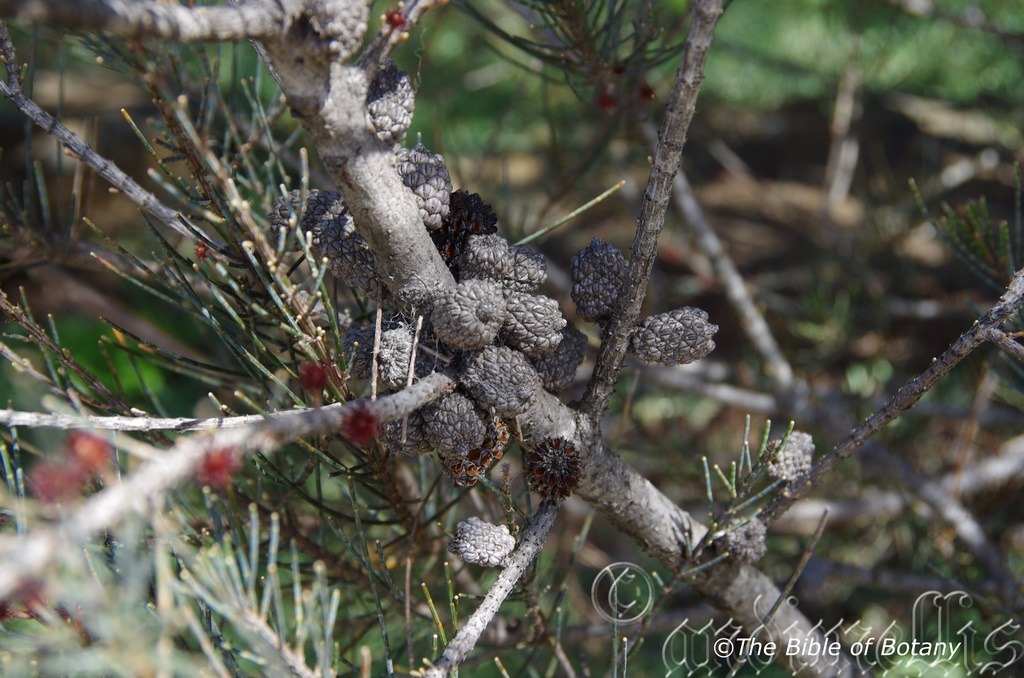
National Botanic Gardens ACT
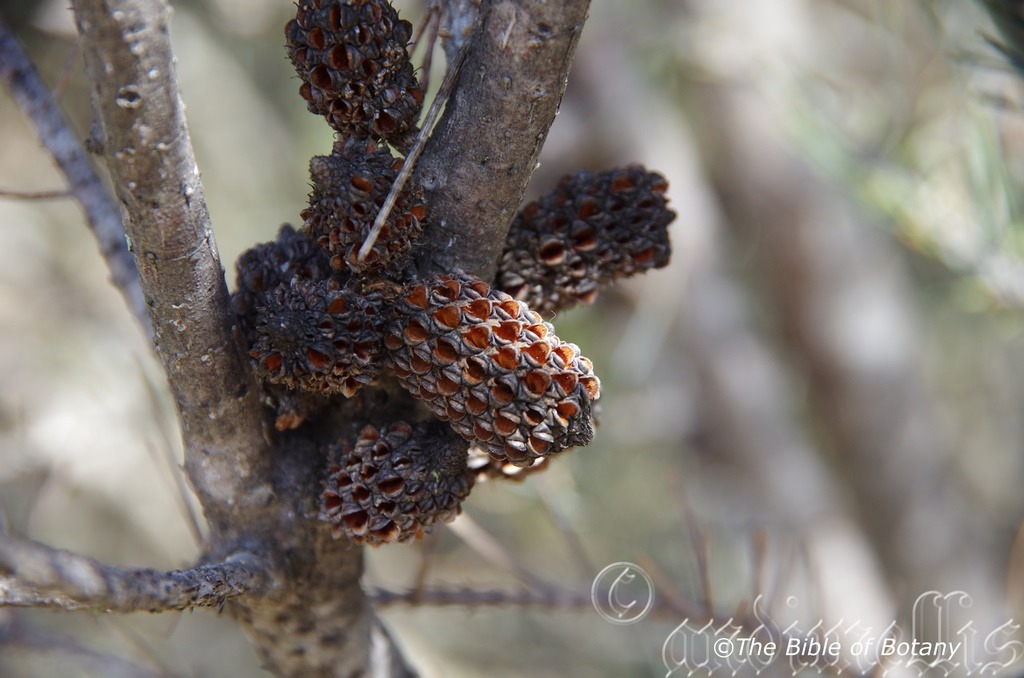
National Botanic Gardens ACT
Allocasuarina grampiana
Classification:
Class: Equisetopsida
Subclass: Magnoliidae
Super order: Rosanae
Order: Fagales
Family: Casuarinaceae
Genus: From Allos, which is Ancient Greek for other or different, and Kesuari, which is Latinized from the Malay vernacular for the giant Cassowary bird. It refers to the trees being slightly different to the Casuarina genus where the branchlets hang down looking similar to the feathers of the Cassowary.
Specie: From Grampians, which is Latinized for the Grampians in south western Victoria. It refers to plants which are restricted to the sandstone Ridges in the Ranges of Victoria’s Grampians.
Common Name: Grampian Oak.
Distribution:
Allocasuarina grampiana is only found in The Grampian National Park, Dundass Tablelands and a small population from the Central Victorian highlands of central and south western Victoria.
https://avh.ala.org.au/occurrences/search?taxa=Allocasuarina+grampiana #tab_mapView
Habitat Aspect Climate:
Allocasuarina grampiana grows in full sun light to light filtered shade. It grows beneath Eucalyptus trees, in dry open sclerophyll forests, adjacent to dry rainforests, open woodlands. The altitude ranges from 300 meters ASL to 1000 meters ASL.
The temperatures range from minus 3 degrees in July to 36 degrees in January.
The rainfalls range from lows of 400mm to an average of 800mm annually.
Soil Requirements:
Allocasuarina grampiana prefers skeletal to deep, sandy loams to light fatty clays. The soils are derived from decomposed granites. The soil’s pH ranges from 4.5pH to 7pH. It does not tolerate waterlogged soils. None saline soils to moderately saline soils are tolerated.
Height & Spread:
Wild Plants: 1.5m to 5m by 2m to 3.5m
Characteristics:
Allocasuarina grampiana are dioecious shrubs to small multi trunked trees with a smooth pale grey trunk and branches even on older trees. Smaller glabrous branchlets are pale grey. The branchlets are ascending to 150mm in length
There are no leaves as such on mature trees. They do have small teeth like whirls located at each joint of the articles or nodes. The blueish to silvery-blue articles measure 5mm to 12mm in length by 0.7mm to 1mm in diameter. They are glabrous with a waxy, glaucous type bloom. The ribs are angular or obtuse with 6 or 7 erect or rarely slightly spreading teeth. The teeth measure 0.5mm to 0.6mm in length occasionally overlapping when young. They do not wither after formation.
The male flowers are crimson-red. Male moniliforme flower spikes are measure 12mm to 40mm in length and form 5 or 6 spiral whorls per centimetre. The anthers measure 0.7mm to 1mm in length while the pollen is pale whitish. The bracteoles are persistent following the flowering.
The females produce single crimson-red flowers along the smaller branches. The female flowers measure 9mm to 10mm in diameter and lack a true perianth with the carpals being fused together to enclose the 2 ovules. The trees flower mainly in March with a secondary flowering in September to December.
Allocasuarina grampiana‘s fruits are broad cylindrical cones. The cylindrical cones have a short sterile apex to 4mm in length and measure 13mm to 35mm in length by 7mm to 9mm in width. The cone’s valves are in several rows and scarcely protrude from the actual cones. They are broad acute to obtuse with a short pyramidal protuberance. The peduncle measures 6mm to 12mm in length.
The seeds are a single winged samara which measure 5mm to 18mm in length by 1.8mm to 2mm in width. The deep red-brown almost black are glossy, flat and oval.
Confusing Species:
Allocasuarina grampiana only occurs in the Grampian national Park.
Allocasuarina monilifera only occurs in Tasmania and on some Bass Strait islands.
Wildlife:
Allocasuarina grampiana is an ideal plant for the control of soil erosion and nitrogen fixation particularly on course, poor sands.
It is a moderate supplier of pollen for native bees when little else is around.
Glossy Gang Gang Cockatoos, King parrots and Crimson rosellas eat the seeds. Borer’s larvae attack the soft wood and are particularly favoured by the red tailed and yellow tailed Black cockatoos where trees can be ripped apart to get to the larvae within trees that are heavily infested. Trees very rarely fully recover from bad infestations or at least never look good after a good clean out.
Cultivation:
Allocasuarina grampiana is an excellent tree for providing a quick growing windbreak especially in the Mallee areas of south eastern Australia. Mature trees make a pleasant whispering sound when mass planted as the wind or breezes pass through the branchlets. They will grow 3 meters to 8 meters by 3 meters to 4 meters when conditions are ideal in cultivation. Smaller trees can be achieved with annual tip pruning when young to produce a bushy even prostrate effect. They live for 18 to 20 years when conditions are good after which they become susceptible to borer. Isolated trees maybe susceptible to borer attack as are many of the Allocasuarina. Poor drainage or wet areas subject to periodic flooding will eventually lead to root fungal attacks and the plants being more susceptible to attack.
They are ideal for small to large gardens in semi-arid, temperate, sub-tropical and sub-tropical gardens in well drained sandy locations in full sun. The crimson-red flowers of the male trees are extremely eye catching contrasting the silvery-blue foliage when in flower. This gives the plants a northern autumn appearance.
It is ideal for growing small epiphytic ferns and orchids however a close eye should be kept on the amount of litter collected in the nests and around the leaves to ensure it is not smothered. Because of the amount of branchlets drop and the turpentine they contain. The mulch is an excellent source for weed suppression. They create a soft peaceful zone beneath the plants especially when mass planted or group plantings of three or five plants are incorporated into the landscape.
Another great advantage of growing Allocasuarina and Casuarina is that they are great plants for suppressing other plant growth especially weeds. Allelopathy is a biological phenomenon where one plant inhibits the growth of another, through the release of allele chemicals. Certain plants can greatly affect the growth of other plants either in a good or bad way by leaching, decomposition, etc. In essence, plant allelopathy is used as a means of survival in nature, reducing competition from plants nearby.
Propagation:
Seeds: Sow Allocasuarina grampiana seeds directly into a seed raising mix. When the seedlings are 50mm to 75mm tall, prick them out and plant them into 50mm native tubes using a good organic mix.
To assist healthy plant growth a collection of needles from below the shrubs will assist in the formation of beneficial nitrogen fixing bacteria. The needles can be crushed and infused in water for a couple of hours and watered into the tubes or crushed and mixed into the seedling mix.
Once the seedlings reach 200m to 250mm in height plant them out into their permanent position.
Where mass plantings of Allocasuarina grampiana are required, as a feature; plant it at 3 meter to 3.5 meter centers in two rows where it is needed for a windbreak, at 2 meters for rapid growth thinning every second tree out when they start to touch each other. As specimen trees are required they can be planted at 5 meter centers.
Fertilize using Seaweed, fish emulsion or organic chicken pellets soaked in water on an alternate basis. Fertilize every two months until the plants are established then twice annually in early September to March to maintain health, vitality and better flowering and better quality fruit.
Further Comments from Readers:
Hi reader, it seems you use The Bible of Botany a lot. That’s great as we have great pleasure in bringing it to you! It’s a little awkward for us to ask, but our first aim is to purchase land approximately 1,600 hectares to link several parcels of N.P. into one at The Pinnacles NSW Australia, but we need your help. We’re not salespeople. We’re amateur botanists who have dedicated over 30 years to saving the environment in a practical way. We depend on donations to reach our goal. If you donate just $5, the price of your coffee this Sunday, We can help to keep the planet alive in a real way and continue to bring you regular updates and features on Australian plants all in one Botanical Bible. Any support is greatly appreciated. Thank you.
In the spirit of reconciliation we acknowledge the Bundjalung, Gumbaynggirr and Yaegl and all aboriginal nations throughout Australia and their connections to land, sea and community. We pay our respect to their Elders past, present and future for the pleasures we have gained.
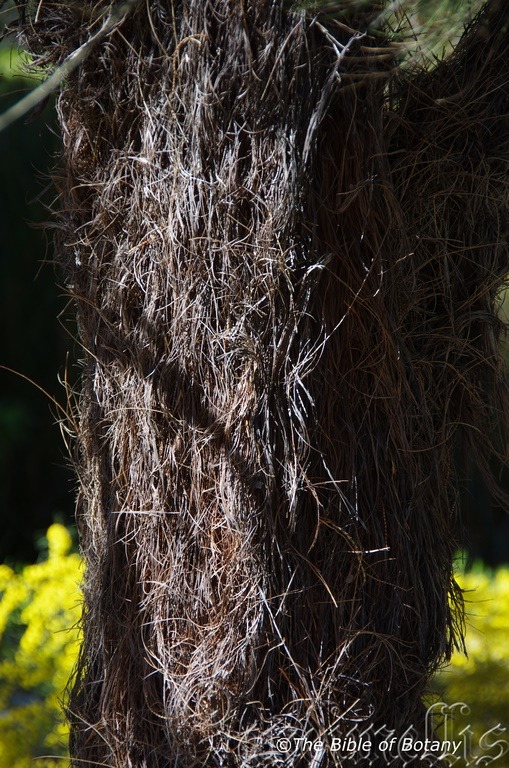
Canberra ACT
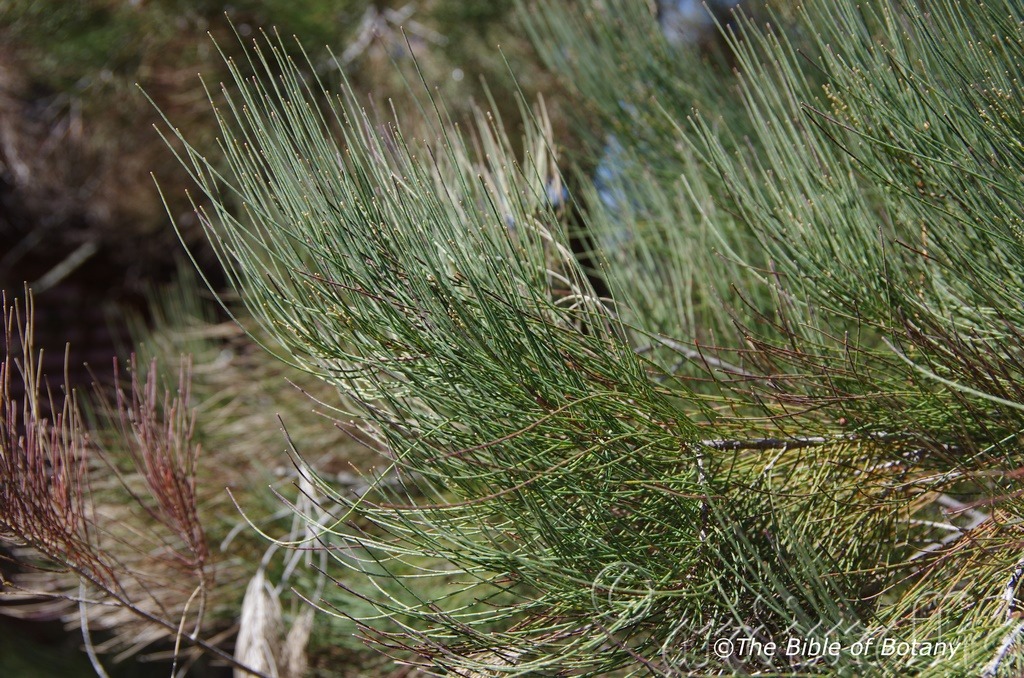
Canberra ACT
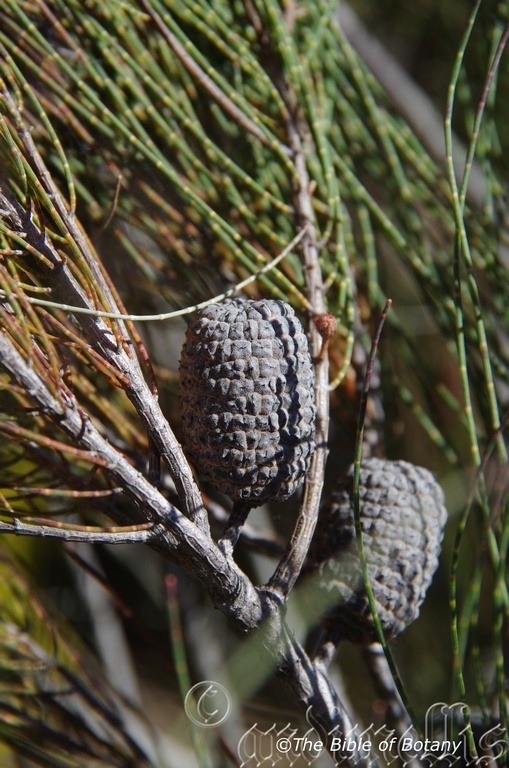
Canberra ACT
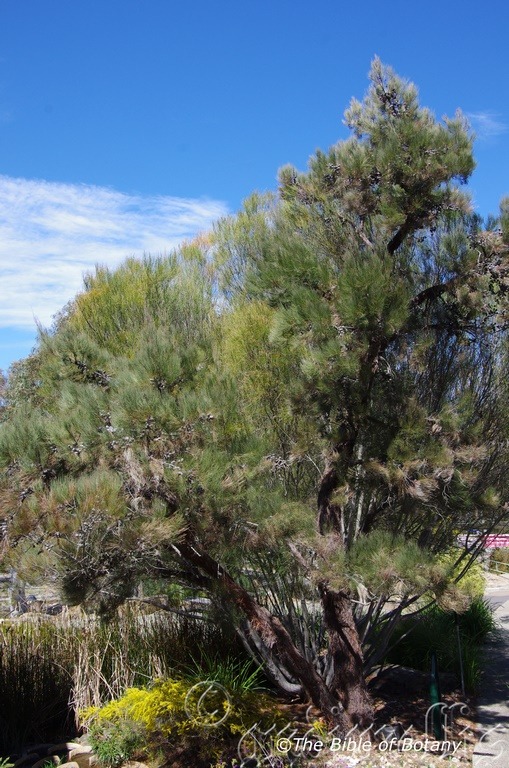
Canberra ACT
Allocasuarina inophloia
Classification:
Class: Equisetopsida
Subclass: Magnoliidae
Super order: Rosanae
Order: Fagales
Family: Casuarinaceae
Genus: Allocasuarina – Allos is Greek for other. Casuarina is Malaysian and means cassowary. The name refers to being similar to the other genre Casuarina to which they are closely related and look similar to. The leaves hang down like a Cassowaries’ tail feathers.
Specie: From In/im, which are Latin, for into and probably Plecto, which is Latin for to plait. It refers to a plants, which have very long hairs that could be plaited.
Common Name: Hairy She Oak.
Distribution:
Allocasuarina inophloia is found SOUTH from Rockhampton in central coastal Queensland to the Orara River in Northern New South Wales. It is found on the western plains, on and east of the Great Dividing.
There are 2 disjunct populations further north from Cairnes to the paluma National Park and the tip of Cape York Peninsula.
https://avh.ala.org.au/occurrences/search?taxa=Allocasuarina+littoralis#tab_mapView
Habitat Aspect Climate:
Allocasuarina inophloia grows in full sun light to filtered shade. It grows open forest environment associated with species such as Eucalyptus, Xanthorrhea and a mixed under storey of shrubs and grasses. The altitude ranges from 5 meters ASL to 1100 meters ASL
The temperatures range from minus 4 degrees in July to 40 degrees in January.
The rainfalls range from lows of 650mm to an average of 1600mm annually.
Soil Requirements:
Allocasuarina inophloia prefers soils or substratas with ironstone. Decomposed sandstone over sandstone and sandstone ridges are favoured haunts. It has the ability to adapt to a range of soil conditions but needs good drainage capacity if in areas of high moisture content. The soils are generally nutrient poor and have a pH. value that ranges from 4.5pH to 6.5pH. It does not tolerate waterlogged soils. None saline soils to moderately saline soils are tolerated.
Height & Spread:
Wild Plants: 3m to 10m by 3m to 5m.
Characteristics:
Allocasuarina inophloia is a dioecious small tree, with open spreading crown. The reddish to reddish-grey bark is distinctively very finely ribbony and fibrous.
The pendulent or ascending. The 7 to 9 articles measure 4mm to 7mm in length by 0.5mm to 0.6mm in diameter. The ridges are slightly obtuse with erect teeth, which barely overlap or do not overlapping.
The male flowers are spikelets born from the apical growths. Female flowers are bright red followed by the cones are born on 3mm to 8mm long peduncles. The cone measures 10mm to 20mm in length by 9mm to 12mm in diameter. The bracteoles are usually divided into 3 or 4 rugose pyramidal bodies with acute to obtuse apexes.
The deep reddish-brown samaras measure 5mm to 6mm in length.
Flower is from July to early September.
Wildlife:
Allocasuarina inophloia is an ideal plant for the control of soil erosion with some nitrogen fixation particularly on poor soils with high iron content.
It is a moderate supplier of pollen for native bees when little else is around.
Glossy Black Cockatoos, King parrots and Crimson rosellas eat the seeds. Black Cockatoos may cause extensive damage to trees in poor seasons when food is scarce. Borer’s larvae attack the soft wood and are particularly favoured by the red tailed and yellow tailed Black cockatoos where trees can be ripped apart to get to the larvae within trees that are heavily infested. Trees very rarely fully recover from bad infestations or at least never look good after a good clean out.
Cultivation:
Allocasuarina inophloia is an excellent tree for providing a quick growing windbreak particularly on poor acid soils. Mature trees make a pleasant whispering sound when mass planted as the wind or breezes pass through the branchlets. They will grow 7 meters to 8 meters by 4 meters to 5 meters under cultivation. Smaller trees can be achieved with regular tip pruning when young to produce a bushy even prostate effect. They live for 18 to 20 years when conditions are good after which they become susceptible to borer. I do know of trees that still look good after 30 years in the bush. Isolated trees are particularly susceptible to attack. Poor drainage or wet areas subject to periodic flooding will lead to root fungal attacks and death.
Allocasuarina inophloia is one tree that is highly underrated in urban gardens. Its dense, long shaggy, hairy appearance of the bark on the trunk and lateral branches is what makes it a unique feature for the garden. This unique aesthetic quality has the potential to be a strong feature and should be capitalized on.This can be achieved by planting much smaller shrubs with colourful flowers beneath and surrounding the trees. The open canopy allows for light shade within a garden environment and for stimulating other senses, like the sound of the wind whispering through the canopy adds to the glorious visual effects.
They are ideal for growing small epiphytic ferns and orchids however a close eye should be kept on the amount of litter collected in the nests and around the leaves to ensure they are not smothered. Because of the amount of branchlets drop and the turpentine they contain the mulch is an excellent source for weed control. They create a soft peaceful zone beneath the plants especially when mass planted or group plantings are incorporated into the landscape.
Another great advantage of growing Allocasuarina and Casuarina is that they are great plants for suppressing other plant growth especially weeds. Allelopathy is a biological phenomenon where one plant inhibits the growth of another, through the release of allele chemicals. Certain plants can greatly affect the growth of other plants either in a good or bad way by leaching, decomposition, etc. In essence, plant allelopathy is used as a means of survival in nature, reducing competition from plants nearby.
Propagation:
Seeds: Sow Allocasuarina inophloia seeds directly into a seed raising mix. When the seedlings are 50mm to 75mm tall, prick them out and plant them into 50mm native tubes using a good organic mix.
To assist healthy plant growth a collection of needles from below the shrubs will assist in the formation of beneficial nitrogen fixing bacteria. The needles can be crushed and infused in water for a couple of hours and watered into the tubes or crushed and mixed into the seedling mix.
Once the seedlings reach 200m to 250mm in height plant them out into their permanent position.
Where mass plantings of Allocasuarina inophloia are required, as a feature; plant at 3 meters to 3.5 meters centers in two rows where they are needed for a wind break, at 2 meters for rapid growth thinning every second tree out when they start to touch each other. As specimen trees are required they can be planted at 5 meter centers.
Fertilize using Seaweed, fish emulsion or organic chicken pellets soaked in water on an alternate basis. Fertilize every two months until the plants are established then twice annually in early September to March to maintain health, vitality and better flowering and better quality fruit.
Further Comments from Readers:
Hi reader, it seems you use The Bible of Botany a lot. That’s great as we have great pleasure in bringing it to you! It’s a little awkward for us to ask, but our first aim is to purchase land approximately 1,600 hectares to link several parcels of N.P. into one at The Pinnacles NSW Australia, but we need your help. We’re not salespeople. We’re amateur botanists who have dedicated over 30 years to saving the environment in a practical way. We depend on donations to reach our goal. If you donate just $5, the price of your coffee this Sunday, We can help to keep the planet alive in a real way and continue to bring you regular updates and features on Australian plants all in one Botanical Bible. Any support is greatly appreciated. Thank you.
In the spirit of reconciliation we acknowledge the Bundjalung, Gumbaynggirr and Yaegl and all aboriginal nations throughout Australia and their connections to land, sea and community. We pay our respect to their Elders past, present and future for the pleasures we have gained.
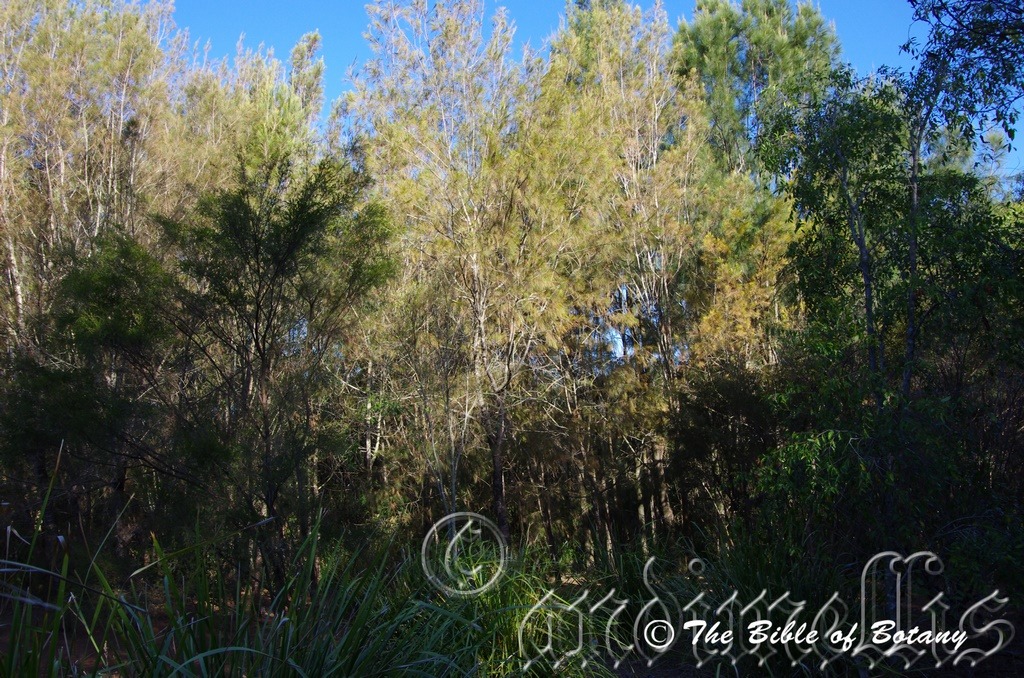
Norman Park Qld.

Molle Rocks Clarence Valley NSW
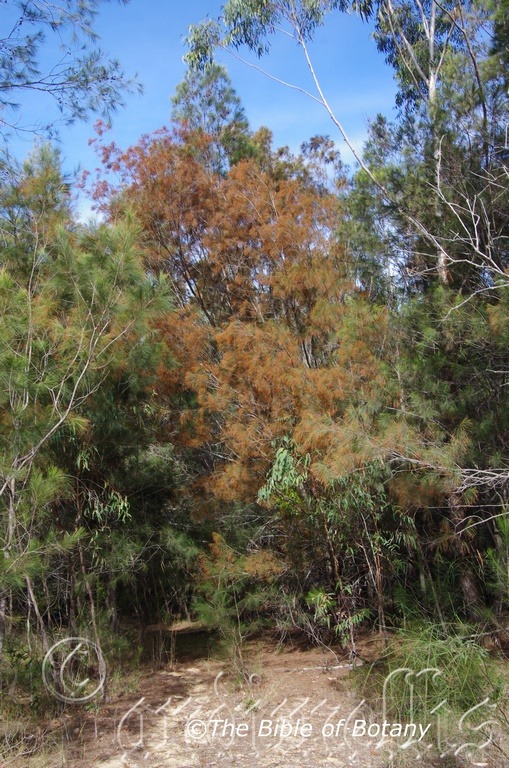
Author’s Garden The Pinnacles NSW
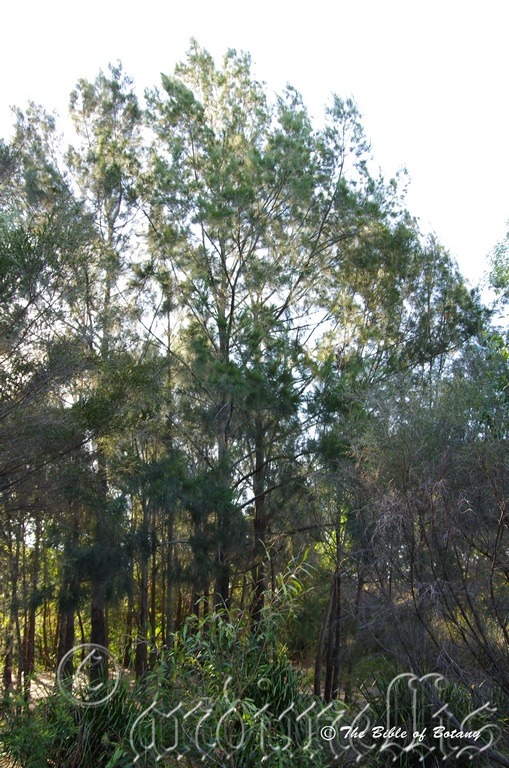
Norman Park Qld.
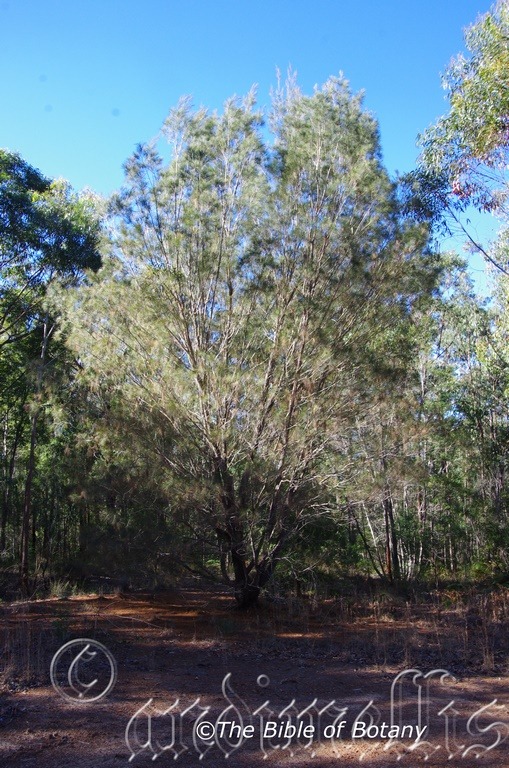
Author’s Garden The Pinnacles NSW
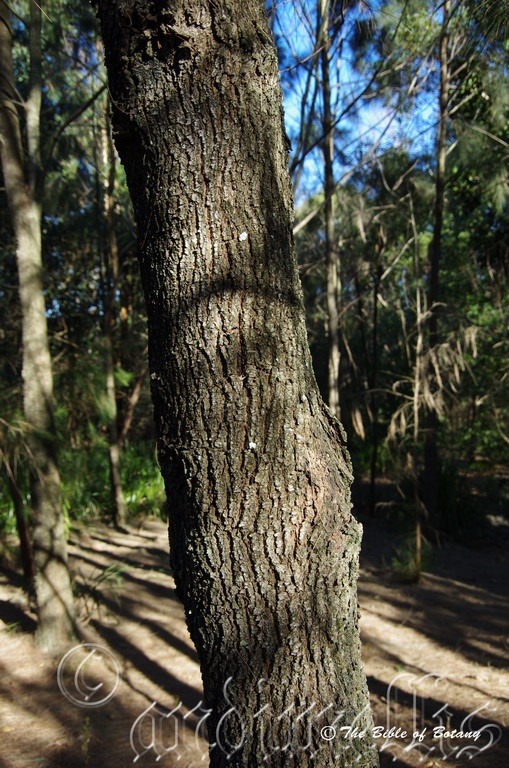
Norman Park Qld.
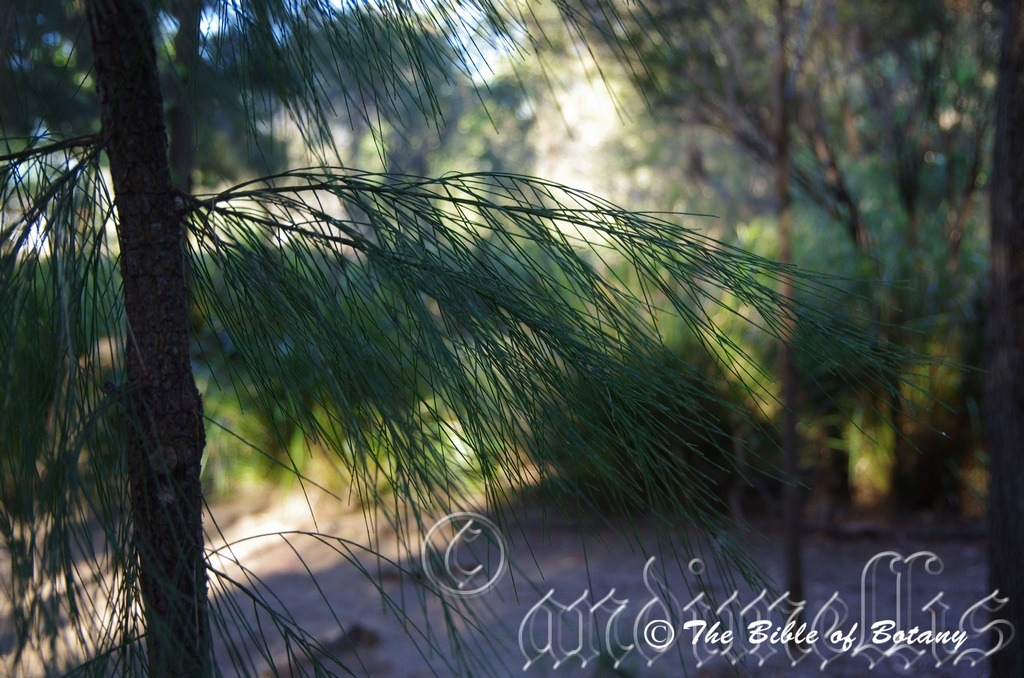
Norman Park Qld.
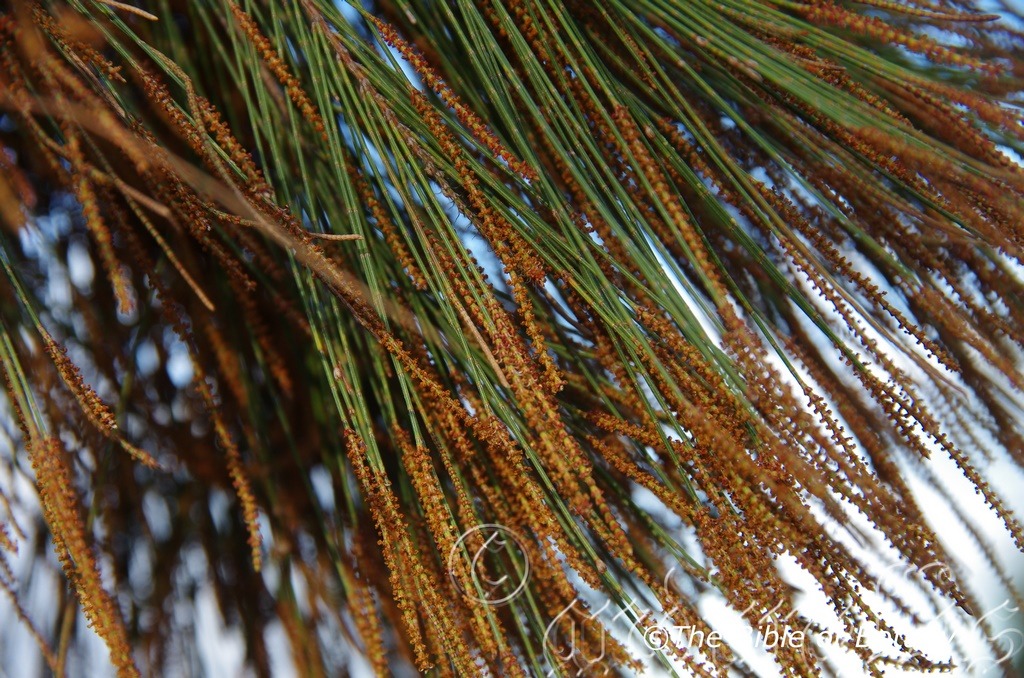
Author’s Garden The Pinnacles NSW
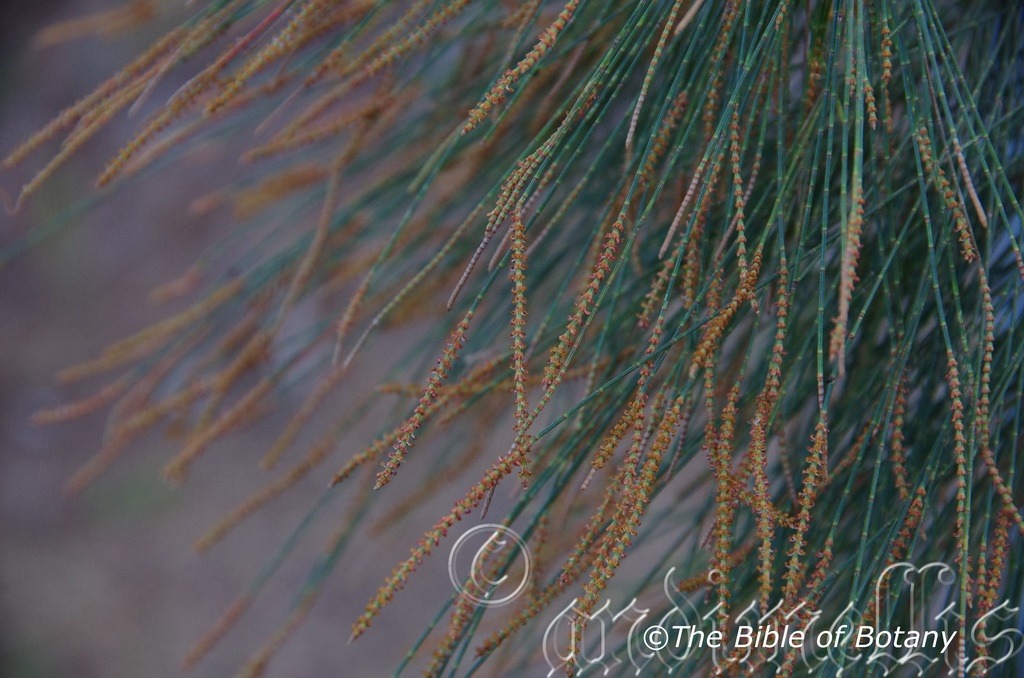
Author’s Garden The Pinnacles NSW

Author’s Garden The Pinnacles NSW
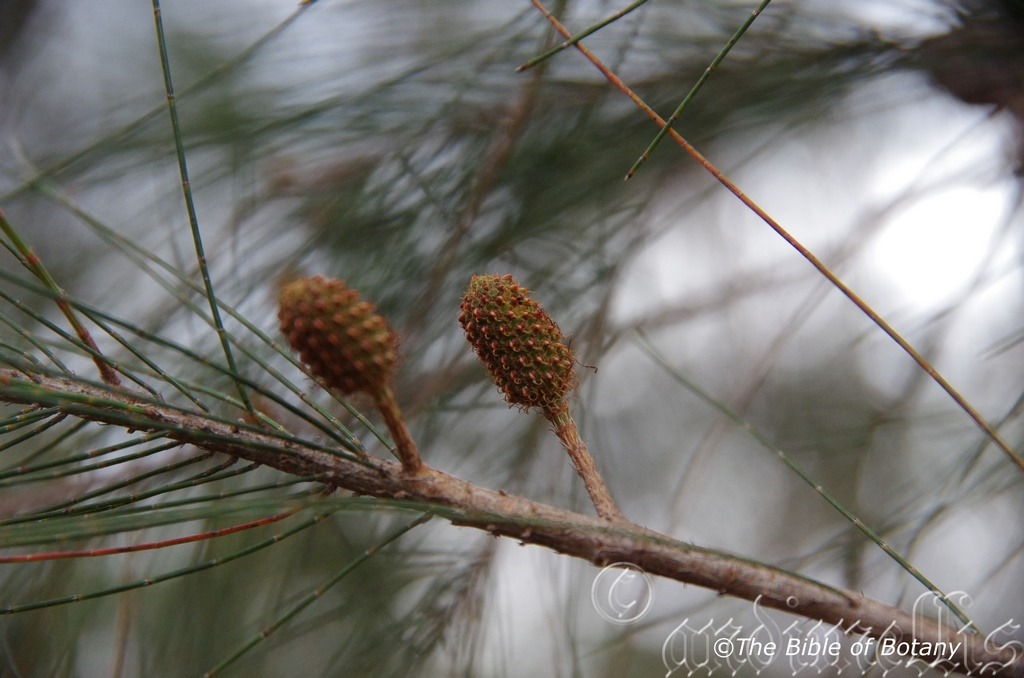
Author’s Garden The Pinnacles NSW
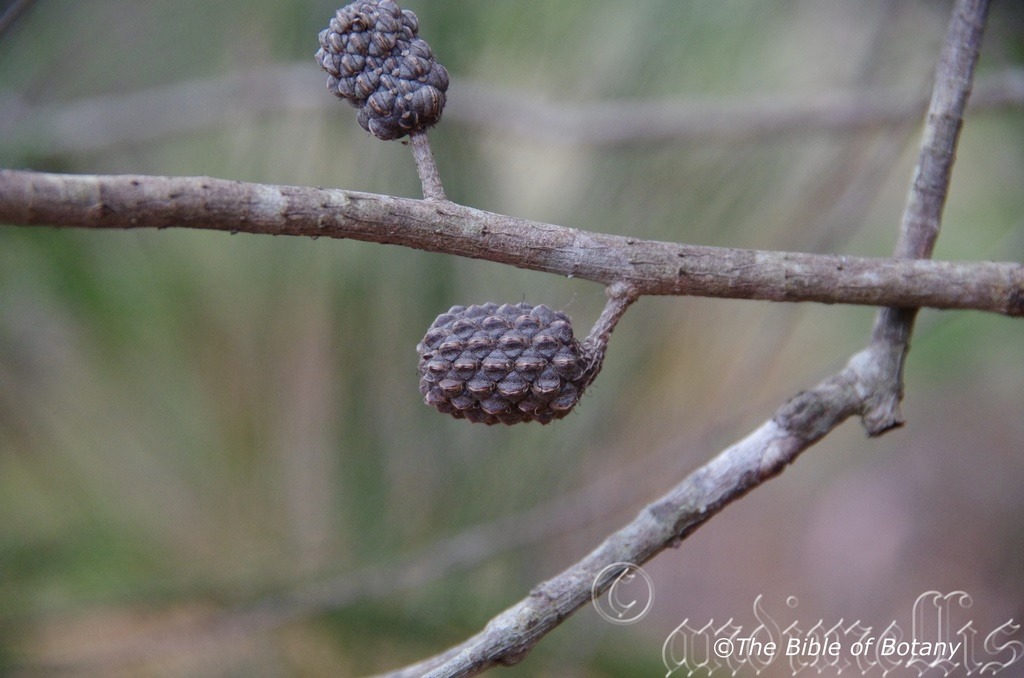
Author’s Garden The Pinnacles NSW
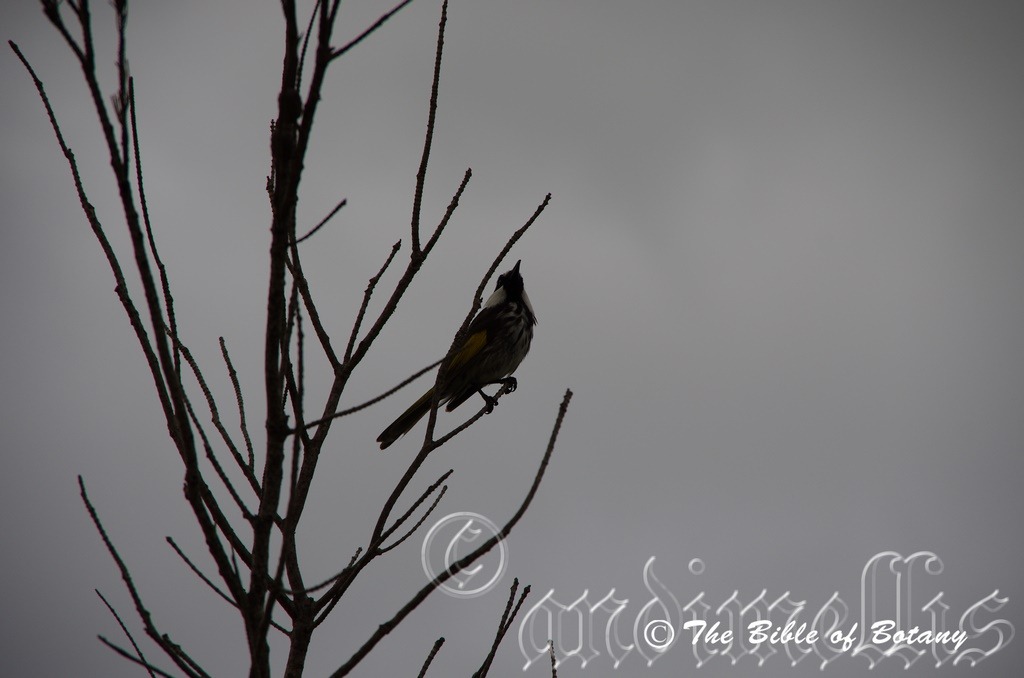
North Haven NSW
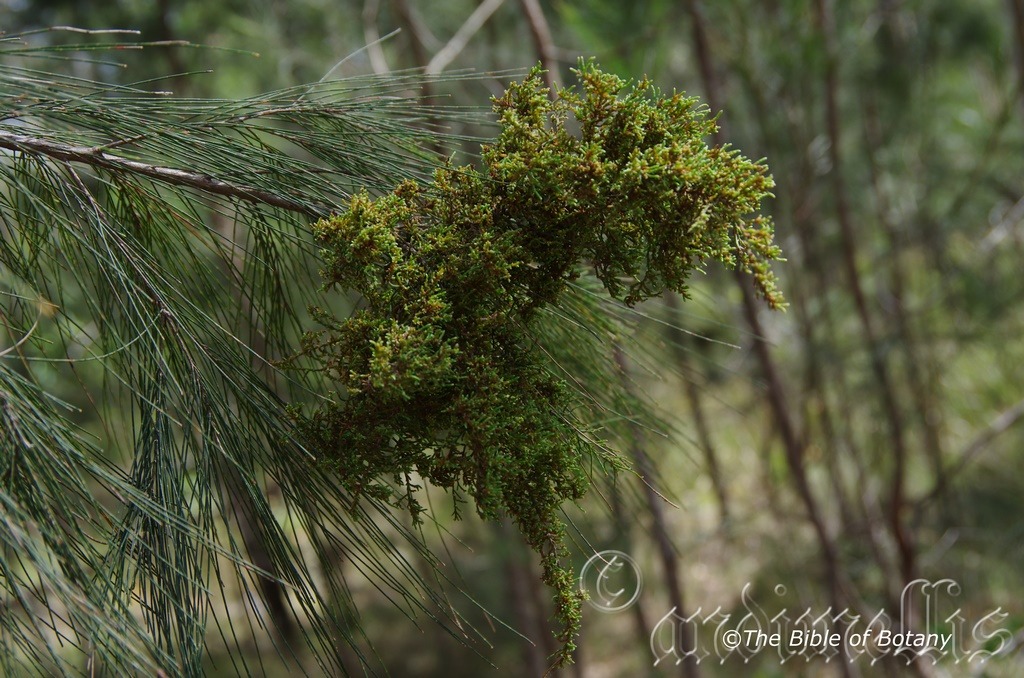
Boorkoom Yuraigir National Park NSW

Allelopathy can be seen here beneath the trees at Norman Park Qld.
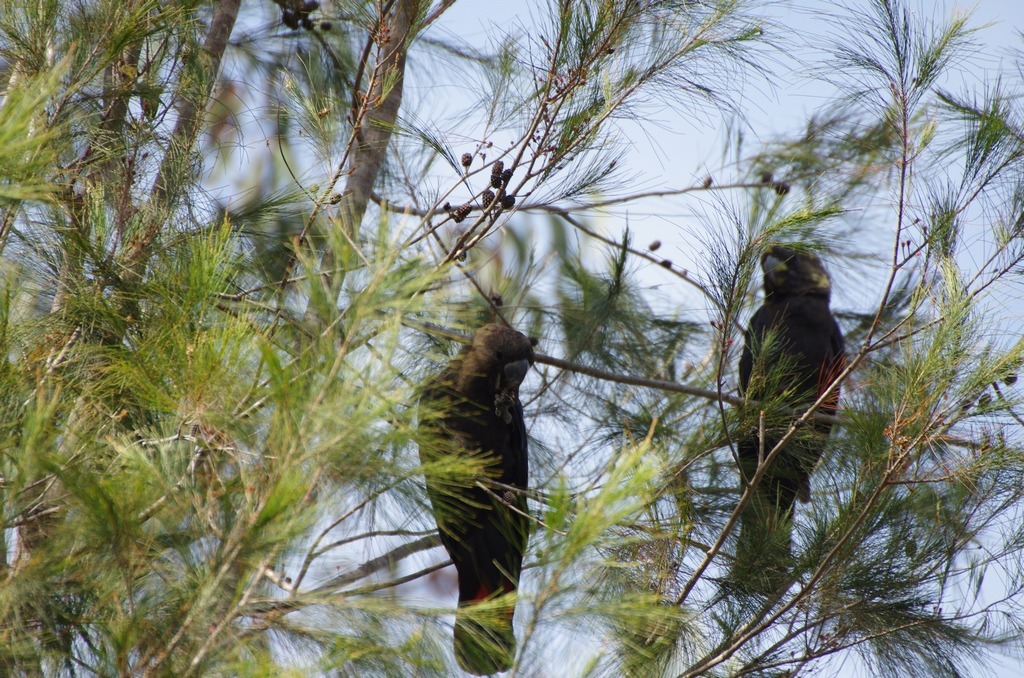
Calyptorhynchus lathami Author’s Garden The Pinnacles NSW
Allocasuarina littoralis
Classification:
Class: Equisetopsida
Subclass: Magnoliidae
Super order: Rosanae
Order: Fagales
Family: Casuarinaceae
Genus: Allocasuarina (Allos is Greek for other. Casuarina is Malaysian and means cassowary. The name refers to being similar to the other genre Casuarina to which they are closely related and look similar to. The leaves hang down like a Cassowaries’ tail feathers. )
Specie: littoralis (littoralis is Greek slope next to a beach, estuary, lagoon or lake.)
Common Name: Common She Oak or Black she Oak.
In the Aboriginal language it is known as Wayetuck.
Distribution:
Allocasuarina littoralis is the most common tree on the East coast. It is the only tree that extends from Cape York Peninsula in the North to Wilson Promontory in the South. It is also widespread in Eastern Tasmania and on all the Bass Strait Islands and islands off the east coast.
https://avh.ala.org.au/occurrences/search?taxa=Allocasuarina+littoralis#tab_mapView
Habitat Aspect Climate:
Allocasuarina littoralis grows in full sun light to filtered shade. It grows beneath Eucalyptus trees, in dry open sclerophyll forests, adjacent to dry rainforests, monsoonal forests, vine forests, littoral rainforests, woodlands, or gallery forests where it often forms pure stands. It is found east on the Western Plains, on the Western Slopes, on and east of the Great Dividing Range to the coast. The altitude ranges from 5 meters ASL to 1250 meters ASL
The temperatures range from minus 4 degrees in July to 40 degrees in January.
The rainfalls range from lows of 650mm to an average of 1600mm annually.
Soil Requirements:
Allocasuarina littoralis prefers deep, sandy loams, light fatty clays, medium clays or light silts to heavy silts. The soils are usually derived from decomposed sandstones granites, brown basalts, black basalts, shales, metamorphic rocks, alluvial deposits or accumulated peaty beach sands. The soil’s pH ranges from 4.5pH to 7.5pH. It does not tolerate waterlogged soils. None saline soils to very saline soils are tolerated.
Height & Spread:
Wild Plants: 8m to 12m by 3m to 5m
Characteristics:
Allocasuarina littoralis has a deep brown lightly fissured trunk on older trees. Smaller branches are glabrous grey while the branchlets are grey-green to deep sea-green. The branchlets measure 200mm to 350mm in length under ideal conditions. The articles are 4mm to 10mm in length by 0.5mm to 1mm in diameter. The 6 to 8 rarely 5 or 9 ridges are triangular or convex.
There are no leaves as such on mature trees. They do have small teeth like whirls located at each joint of the articles or nodes. Each tooth is between 0.3mm and 0.8mm in length. The true leaves at the joints number 6 to 8 rarely 5 or 9 and measure less than 0.3mm to 0.9mm in length. They wither shortly after formation.
Allocasuarina littoralis are normally dioecious however monoecious plants are not rare. The females produce single scarlet-red flowers along the smaller branches while the male trees produce their flowers towards the apexes of the branchlets, usually on the last 50mm to 75mm.
Male trees can be very beautiful when in full flower giving an almost autumn appearance. The male flowers are a red-brown. Male flowers are less than 1mm in diameter and contain a scale like perianth with one stamen. The pollen is pale brown.
Female flowers are 9mm to 10mm in diameter and lack a true perianth with the carpals being fused together to enclose the 2 ovules. The peduncles measure 7mm to 10mm in length. The trees flower mainly in March April though some species will flower as late as July in warmer areas.
Allocasuarina littoralis’s fruits are broad cylindrical cones. The cones measure 15mm to 40mm in length by 12mm to 21mm in width. The cone’s lips are broad acute to obtuse. The peduncle measures 7mm to 10mm in length.
The seeds are a single winged samara which measures 5mm to 10mm in length by 1.8mm to 2mm in width. The red-brown, glossy, flat, oval seeds measure 2mm to 3mm in diameter.
Wildlife:
Allocasuarina littoralis is an ideal plant for the control of soil erosion and nitrogen fixation particularly on poor heavy sands.
It is a moderate supplier of pollen for native bees when little else is around.
Glossy Black Cockatoos, King parrots and Crimson rosellas eat the seeds. Black Cockatoos may cause extensive damage to trees in poor seasons when food is scarce. Borer’s larvae attack the softwood and are particularly favoured by the red tailed and yellow tailed Black cockatoos where trees can be ripped apart to get to the larvae within trees that are heavily infested. Trees very rarely fully recover from bad infestations or at least never look good after a good clean out.
This Allocasuarina is the host to many small ground orchids including the rare helmet orchid, Corybas fimbriatus.
Cultivation:
Allocasuarina littoralis is an excellent tree for providing a quick growing windbreak. Mature trees make a pleasant whispering sound when mass planted as the wind or breezes pass through the branchlets. It will grow 7 meters to 8 meters by 4 meters to 5 meters under cultivation. Smaller trees can be achieved with regular tip pruning when young to produce a bushy even prostrate effect. It lives for 18 to 20 years when conditions are good after which they become susceptible to borer. I do know of trees that still look good after 30 years in the bush. Isolated trees are particularly susceptible to attack. Poor drainage or wet areas subject to periodic flooding will eventually lead to root fungal attacks.
It is ideal for small to large gardens in semi-arid, temperate, subtropical and tropical gardens.
It is ideal for growing small epiphytic ferns and orchids however a close eye should be kept on the amount of litter collected in the nests and around the leaves to ensure they are not smothered. Because of the amount of branchlets drop and the turpentine they contain the mulch is an excellent source for weed control. It creates a soft peaceful zone beneath the plants especially when mass planted or group plantings are incorporated into the landscape.
Another great advantage of growing Allocasuarina or Casuarina is that they are great plants for suppressing other plant growth especially weeds. Allelopathy is a biological phenomenon where one plant inhibits the growth of another, through the release of allele chemicals. Certain plants can greatly affect the growth of other plants either in a good or bad way by leaching, decomposition, etc. In essence, plant allelopathy is used as a means of survival in nature, reducing competition from plants nearby. The second photo from the bottom is a good illustration of how allelopathy works.
Propagation:
Seeds: Sow Allocasuarina littoralis seeds directly into a seed raising mix. When the seedlings are 50mm to 75mm tall, prick them out and plant them into 50mm native tubes using a good organic mix.
To assist healthy plant growth a collection of needles from below the shrubs will assist in the formation of beneficial nitrogen fixing bacteria. The needles can be crushed and infused in water for a couple of hours and watered into the tubes or crushed and mixed into the seedling mix.
Once the seedlings reach 200m to 250mm in height plant them out into their permanent position.
Where mass plantings of Allocasuarina littoralis are required, as a feature; plant at 3 meters to 3.5 meters centers in two rows where they are needed for a wind break, at 2 meters for rapid growth thinning every second tree out when they start to touch each other. As specimen trees are required they can be planted at 5 meter centers.
Fertilize using Seaweed, fish emulsion or organic chicken pellets soaked in water on an alternate basis. Fertilize every two months until the plants are established then twice annually in early September to March to maintain health, vitality and better flowering and better quality fruit.
Further Comments from Readers:
Hi reader, it seems you use The Bible of Botany a lot. That’s great as we have great pleasure in bringing it to you! It’s a little awkward for us to ask, but our first aim is to purchase land approximately 1,600 hectares to link several parcels of N.P. into one at The Pinnacles NSW Australia, but we need your help. We’re not salespeople. We’re amateur botanists who have dedicated over 30 years to saving the environment in a practical way. We depend on donations to reach our goal. If you donate just $5, the price of your coffee this Sunday, We can help to keep the planet alive in a real way and continue to bring you regular updates and features on Australian plants all in one Botanical Bible. Any support is greatly appreciated. Thank you.
In the spirit of reconciliation we acknowledge the Bundjalung, Gumbaynggirr and Yaegl and all aboriginal nations throughout Australia and their connections to land, sea and community. We pay our respect to their Elders past, present and future for the pleasures we have gained.
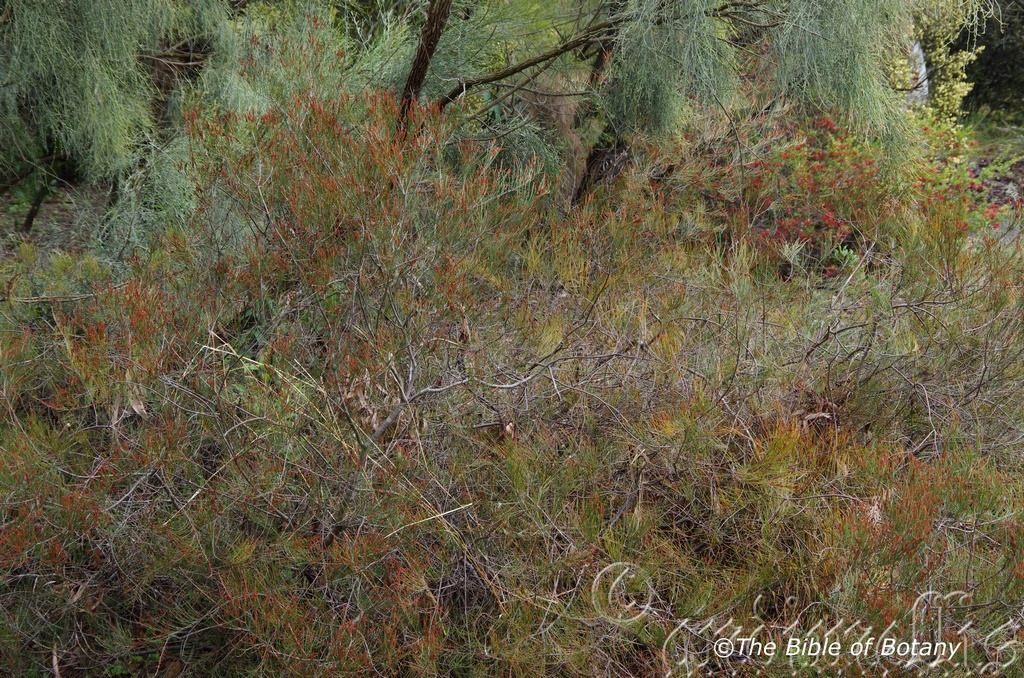
Paddys River north of the ACT

Paddys River north of the ACT

Paddys River north of the ACT

Paddys River north of the ACT

Paddys River north of the ACT
Allocasuarina nana
Classification:
Class: Equisetopsida
Subclass: Magnoliidae
Super order: Rosanae
Order: Fagales
Family: Casuarinaceae
Genus: Allocasuarina – Allos is Greek for other. Casuarina is Malaysian and means cassowary. The name refers to being similar to the other genre Casuarina to which they are closely related and look similar to. The leaves hang down like a Cassowaries’s tail feathers.
Specie: Nana – From Nana, which are Latin, for a dwarf or dwarfed. It refers to a species, which are much smaller than other species in the genus.
Common Name: Dwarf She Oak.
Distribution:
Allocasuarina nana is found south from Currant Mountain Gap in New South Wales to the Upper Genoa River in north eastern Victoria. There are 3 disjunct populations one further south at Mount Cannabil in southern Victoria and the other two further north at Armidale in New South Wales and Banana in south eastern Queensland. It is found on both sides of the Great Dividing Range to the coast
https://avh.ala.org.au/occurrences/search?taxa=Allocasuarina+nana#tab_mapView
Habitat Aspect Climate:
Allocasuarina nana grows in full sun to light filtered shade. It grows beneath Eucalyptus trees, in dry open sclerophyll forests in coastal heaths and more exposed positions on the ranges to ridges and spurs. The altitude ranges from 5 meters ASL to 1650 meters ASL
The temperatures range from minus 4 degrees in July to 38 degrees in January.
The rainfalls range from lows of 650mm to an average of 1300mm annually.
Soil Requirements:
Allocasuarina nana prefers deep or skeletal sands from accumulated beach sands or decomposed sandstone. The soil’s pH ranges from 4.5pH to 7.5pH. It does not tolerate waterlogged soils. None saline soils to very saline soils are tolerated.
Height & Spread:
Wild Plants: 0.5m to 2m by 1m to 3m.
Characteristics:
Allocasuarina nana is a low spreading usually dioecious shrub. It has a deep brown lightly fissured trunk on older trees. Smaller branches are glabrous grey while the branchlets are grey green to deep sea green. The stems measure 80mm in length, while the somewhat waxy articles have pubescent furrows and measure 5mm to 6mm in length by 0.5 to 0.8mm in diameter. The ridges are only slightly obtuse. The 5 or 6, rarely 4 teeth are erect and do not overlap and measure 0.3mm to 0.6mm in length.
Allocasuarina littoralis‘s female inflorescences are produce singularly along the smaller branches and are scarlet-red. The male flowers are spikelets produced towards the apexes of the branchlets and measure 16mm to 20mm in length.
The cones have a smooth outline with a tessellated surface and measure 14mm to 24mm in length by 10mm to 15mm in diameter. The bracteoles protrude only very slightly beyond the cone, divided into 2 larger and 3 smaller pyramidal bodies. The seeds are very dark red-brown to black samaras that measure 4mm to 6mm in length with a basal wing that extends slightly along the sides. The wings are longer than the seeds.
Wildlife:
Allocasuarina nana is unknown to the author.
Cultivation:
Allocasuarina nana is an excellent small shrub for providing quick growing. Mature shrubs make an interesting addition as the branchlets are unique. It will grow 2 meters by 1.5 meters to 2 meters under cultivation in an open position. Good drainage is required to avoid root fungal attacks.
It is ideal for small to large gardens in semi-arid, temperate, sub-tropical and tropical gardens. For a small garden it can be placed in a corner or used as a backdrop with much smaller plants in front. These could include small Chrysocephalum apiculatum or Scaveola aemula or Goodenia sovata to mention a few.
If a few are scattered across an area planted 6 meters to 8 meters apart they can be surrounded by smaller broad leaf plants. These can include the multitude of colours found in Xerochrysum bracteatum or Helipterum roseum with its brilliant pinks with Scaveola aemula planted at the front with its deep purple-blue flowers lasting all year. This will create a soft peaceful zone or an expansive landscape look even in a medium size garden.
For large gardens Allocasuarina nana can be more widely planted mixing it with other small shrubs like Boronia heterophylla or Boronia serrulata. Kangaroo paws, like Anigozanthos flavidus will break up the horizontal line and give Allocasuarina nana a stronger bolder look.
Overall Allocasuarina nana will give you the chance to really bring your personality out in the garden with a real wow look and feeling. So let your hair down, grow it and send me some pics.
Another great advantage of growing Allocasuarina and Casuarina is that they are great plants for suppressing other plant growth especially weeds. Allelopathy is a biological phenomenon where one plant inhibits the growth of another, through the release of allele chemicals. Certain plants can greatly affect the growth of other plants either in a good or bad way by leaching, decomposition, etc. In essence, plant allelopathy is used as a means of survival in nature, reducing competition from plants nearby.
Propagation:
Seeds: Sow Allocasuarina nana seeds directly into a seed raising mix and cover with 5mm of the mix and water thoroughly. When the seedlings are 50mm to 75mm tall, prick them out and plant them into 50mm native tubes using a good organic mix.
To assist healthy plant growth a collection of needles from below the shrubs will assist in the formation of beneficial nitrogen fixing bacteria. The needles can be crushed and infused in water for a couple of hours and watered into the tubes or crushed and mixed into the seedling mix.
Once the seedlings reach 200m to 250mm in height plant them out into their permanent position.
Where mass plantings of Allocasuarina littoralis are required, as a feature; plant at 3 meters to 3.5 meters centers in two rows where they are needed for a windbreak, at 2 meters for rapid growth thinning every second tree out when they start to touch each other. As specimen trees are required they can be planted at 5 meter centers.
Fertilize using Seaweed, fish emulsion or organic chicken pellets soaked in water on an alternate basis. Fertilize every two months until the plants are established then twice annually in early September to March to maintain health, vitality and better flowering and better quality fruit.
Further Comments from Readers:
Hi reader, it seems you use The Bible of Botany a lot. That’s great as we have great pleasure in bringing it to you! It’s a little awkward for us to ask, but our first aim is to purchase land approximately 1,600 hectares to link several parcels of N.P. into one at The Pinnacles NSW Australia, but we need your help. We’re not salespeople. We’re amateur botanists who have dedicated over 30 years to saving the environment in a practical way. We depend on donations to reach our goal. If you donate just $5, the price of your coffee this Sunday, We can help to keep the planet alive in a real way and continue to bring you regular updates and features on Australian plants all in one Botanical Bible. Any support is greatly appreciated. Thank you.
In the spirit of reconciliation we acknowledge the Bundjalung, Gumbaynggirr and Yaegl and all aboriginal nations throughout Australia and their connections to land, sea and community. We pay our respect to their Elders past, present and future for the pleasures we have gained.
Allocasuarina rigida
Classification:
Class: Equisetopsida
Subclass: Magnoliidae
Super order: Rosanae
Order: Fagales
Family: Casuarinaceae
Genus: From Allos, which is Ancient Greek for other or different, and Kesuari, which is Latinized from the Malay vernacular for the giant Cassowary bird. It refers to the trees being slightly different to the Casuarina genus where the branchlets hang down looking similar to the feathers of the Cassowary.
Specie: From Rigins/Rigidus, which is Latin for stiff, unbending or unyielding. It refers to organs usually the stems, which are stiff and unyielding to movement.
Sub specie: Allocasuarina rigida subsp. exsul: From Ex, which is Ancient Greek for out of the ordinary, outside or external and Exsul, which is Latin for a person who has been placed in exile. It refers to plants or subspecies of a plant, which have a very restricted distribution and are often well away from other species in the genre or other subspecies.
Sub specie: Allocasuarina rigida subsp. rigida: From Rigins/Rigidus, which is Latin for stiff, unbending or unyielding. It refers to organs usually the stems, which are stiff and unyielding to movement.
Common Name:
Distribution:
Allocasuarina rigida subsp. exsul has a restricted distribution around Pomona amongst the Glasshouse Mountains in far south east Queensland.
Allocasuarina rigida subsp. rigida has a restricted distribution south from the Macpherson Ranges in far south east Queensland to Ebor in North eastern New South Wales.
https://avh.ala.org.au/occurrences/search?taxa=Allocasuarina+rigida#tab_mapView
Habitat Aspect Climate:
Allocasuarina rigida prefers full sun to light dappled shade. It grows adjacent to cool temperate rainforests cool sclerophyll forests or moist rainforests and moist Eucalyptus forests. It grows on the Great Dividing Range.
The temperatures range from minus 4 degrees in July to 37 degrees in January.
The rainfalls range from lows of 650mm to an average of 1600mm annually.
Soil Requirements:
Allocasuarina rigida prefers full sun. It grows on better quality skeletal to shallow medium clays. The soils are derived from black basalts. The soils pH ranges from 5pH to 6PH. Non saline soils to slightly saline soils are tolerated. It does not tolerate waterlogged soils. None saline soils to moderately saline soils are tolerated.
Height & Spread:
Wild Plants: 0.6m to 4m by 2m to 3m
Characteristics:
Allocasuarina rigida has silvery-grey glabrous dull trunk turning semi glossy on the branches. Smaller branchlets are glabrous silvery-grey while the small branchlets are olive-green. The branchlets measure 200mm to 330mm in length under ideal conditions. The articles are 10mm to 25mm in length by 0.8mm to 1.5mm in diameter. The 6 to 8 rarely 5 or 9 ridges are triangular or convex.
There are no leaves as such on mature trees. They do have 7 to 10 small, strongly recurved teeth in whirls located on the upper joint of the articles. Each tooth is between 0.4mm and 1.3mm in length. They wither shortly after formation.
Allocasuarina rigida are dioecious. The females produce single scarlet-red flowers along the smaller branches while the male flowers are produced towards the apexes of the branchlets, usually on the last 20mm to 35mm.
Male trees can be very beautiful when in full flower giving an almost golden autumn appearance. The male flowers are yellow-brown to ochre. Male flowers are less than 1mm in diameter and contain a scale like perianth with one stamen. The pollen is pale brown.
Female flowers are 9mm to 10mm in diameter and lack a true perianth with the carpals being fused together to enclose the 2 ovules. The peduncles measure 2mm to 9mm in length. The trees flower mainly in March to April.
Allocasuarina rigida‘s fruits are broad cylindrical cones. The cones measure 8mm to 27mm in length by 7mm to 14mm in diameter. The bracteoles are broad rhomboidal, truncate or obtuse with 2 or 3 longitudinal furrows. The peduncle measures 2mm to 9mm in length.
The seeds are a single winged samara which measures 3mm to 7.5mm in length by 2.5mm to 6mm in width. The red-brown, glossy, flat, oval seeds are about 50mm of the samara size.
Subspecie Differences:
Allocasuarina rigida subsp. rigida
Allocasuarina rigida subsp. exsul unable to find information to compare apart from the distribution.
Wildlife:
Allocasuarina rigida‘s is an ideal plant for the control of soil erosion and nitrogen fixation particularly on poor heavy sands.
It is a moderate supplier of pollen for native bees when little else is around.
Glossy Black Cockatoos, King parrots and Crimson rosellas eat the seeds. Black Cockatoos may cause extensive damage to trees in poor seasons when food is scarce. The larvae of many borers attack the soft heart wood of the shrubs. Shrubs very rarely recover from bad infestations or at least never look good after a good clean out.
Cultivation:
Allocasuarina rigida is an excellent small tree for providing a quick growing wind break on exposed skeletal soils. Mature trees make a pleasant whispering sound when mass planted as the wind or breezes pass through the branchlets. It forms a neat pyramidal shape and will grow 4 meters to 6 meters by 3 meters to 4 meters when grown in the open under cultivation. Smaller trees can be achieved with regular tip pruning when young to produce a bushy even prostrate effect. It will live for 15 to 20 years when conditions are good after which they become very susceptible to borer.
It is ideal for small to large gardens in semi-arid, temperate, subtropical and tropical gardens.
Be careful when using this small tree as the appearance is that of a dwarfed large tree. The best suggestion is to use large leaf small shrubs together near the base but far enough away to allow the trees to develop their true shape. This will give the impression when correctly done of a garden that looks a lot bigger than what it really is. Planted in close proximity to low set homes adds an appealing attraction that warrants further investigation but the same plants adjacent to high set homes really look grotesque and out of place.
Three to five plants planted close together at 5 meter or 6 meter centers or at random centers on raised garden beds make great features especially when in flower if the colours are strongly contrasting. Here you will need bright reds or yellows. Even white can lift the center foliage and flowers. They have a semi open habit which makes good aeration to reach the plants below making them ideal for planting over smaller fine leaf plants with bright green foliage. They can be used to good effect with mixed coloured annuals below for a desert scene or with prostrate Grevillea specie for a bush garden adding height and width to the garden.
An entirely different scene can be mastered by using rocks and logs with a few strap leaf plants like the smaller Loanda’s and Daniela‘s or taller forms of Dampers like Dampier stricta. Such a scene would require discipline, sparse plantings with the features being the center tree and rocks, logs or an old cart wheel. The other plants are to break the monotony and give different colour tones and leafy Effects throughout the year.
Another great advantage of growing Allocasuarina and Casuarina is that they are great plants for suppressing other plant growth especially weeds. Allelopathy is a biological phenomenon where one plant inhibits the growth of another, through the release of allele chemicals. Certain plants can greatly affect the growth of other plants either in a good or bad way by leaching, decomposition, etc. In essence, plant allelopathy is used as a means of survival in nature, reducing competition from plants nearby.
Propagation:
Seeds: Sow Allocasuarina rigida seeds directly into a seed raising mix. When the seedlings are 50mm to 75mm tall, prick them out and plant them into 50mm native tubes using a good organic mix.
To assist healthy plant growth a collection of needles from below the shrubs will assist in the formation of beneficial nitrogen fixing bacteria. The needles can be crushed and infused in water for a couple of hours and watered into the tubes or crushed and mixed into the seedling mix.
Once the seedlings reach 200mm to 250mm in height plant them out into their permanent position.
Where mass plantings of Allocasuarina rigida are required, as a feature; plant them at 3 meters to 3.5 meters centers in two rows where they are needed for a wind break or at 2 meters for rapid growth thinning every second tree out when they start to touch each other. As specimen trees are required they can be planted at 5 meter centers.
Fertilize using Seaweed, fish emulsion or organic chicken pellets soaked in water on an alternate basis. Fertilize every two months until the plants are established then twice annually in early September to March to maintain health, vitality and better flowering and better quAlity fruit.
Further Comments from Readers:
Hi reader, it seems you use The Bible of Botany a lot. That’s great as we have great pleasure in bringing it to you! It’s a little awkward for us to ask, but our first aim is to purchase land approximately 1,600 hectares to link several parcels of N.P. into one at The Pinnacles NSW Australia, but we need your help. We’re not salespeople. We’re amateur botanists who have dedicated over 30 years to saving the environment in a practical way. We depend on donations to reach our goal. If you donate just $5, the price of your coffee this Sunday, We can help to keep the planet alive in a real way and continue to bring you regular updates and features on Australian plants all in one Botanical Bible. Any support is greatly appreciated. Thank you.
In the spirit of reconciliation we acknowledge the Bundjalung, Gumbaynggirr and Yaegl and all aboriginal nations throughout Australia and their connections to land, sea and community. We pay our respect to their Elders past, present and future for the pleasures we have gained.

Ebor Falls NSW

Swan River Crossing Kendall NSW

The Pinnacles NSW
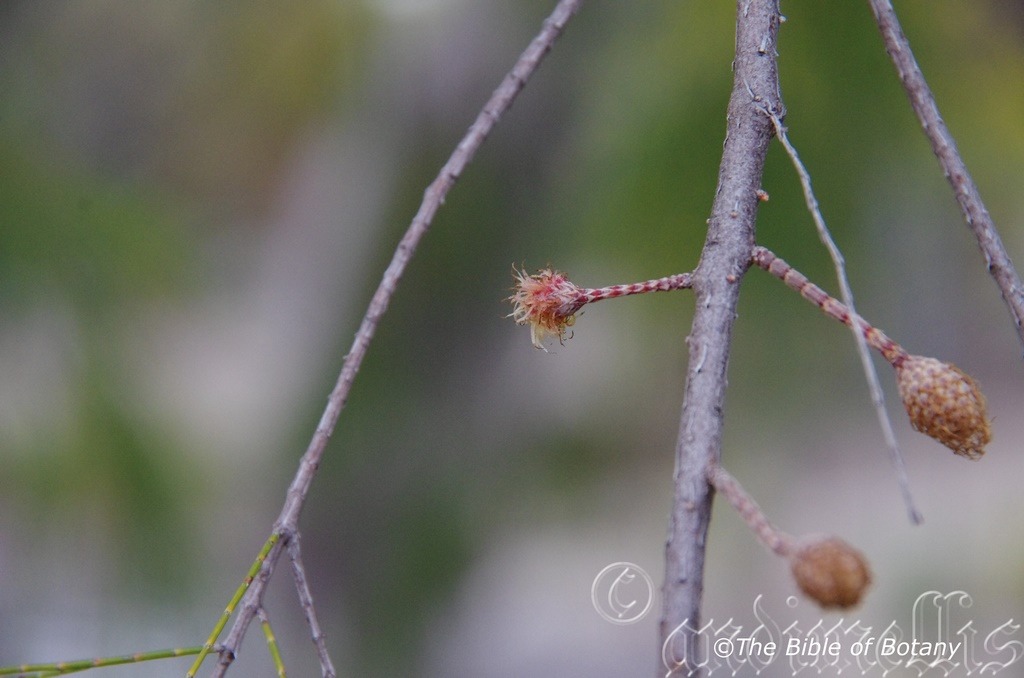
Canberra ACT

Benowa Qld.

Benowa Qld.
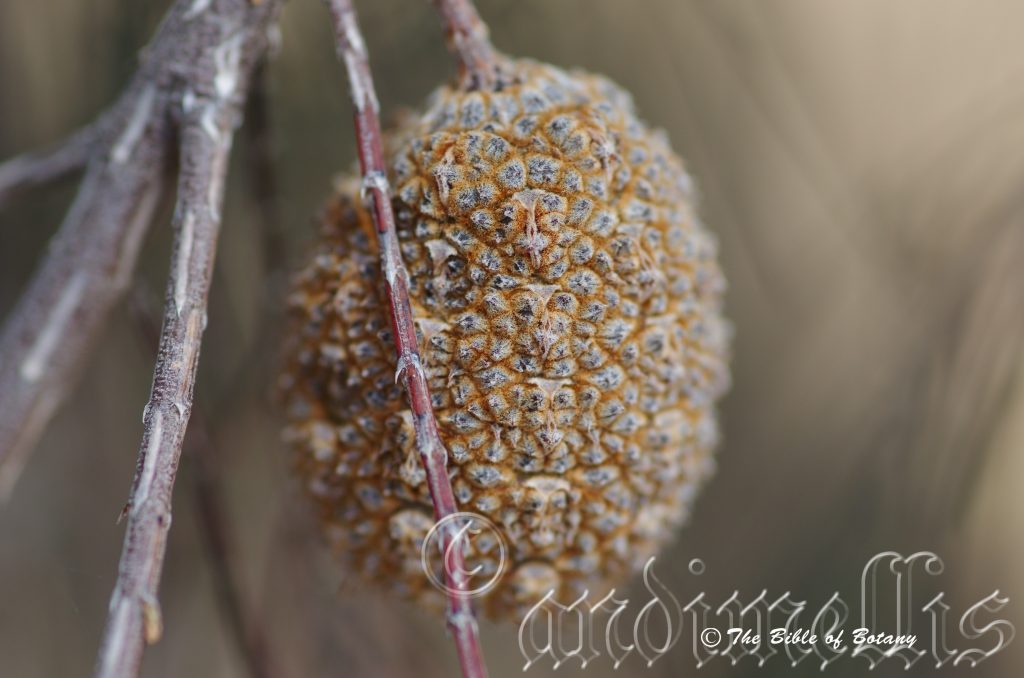
Benowa Qld.
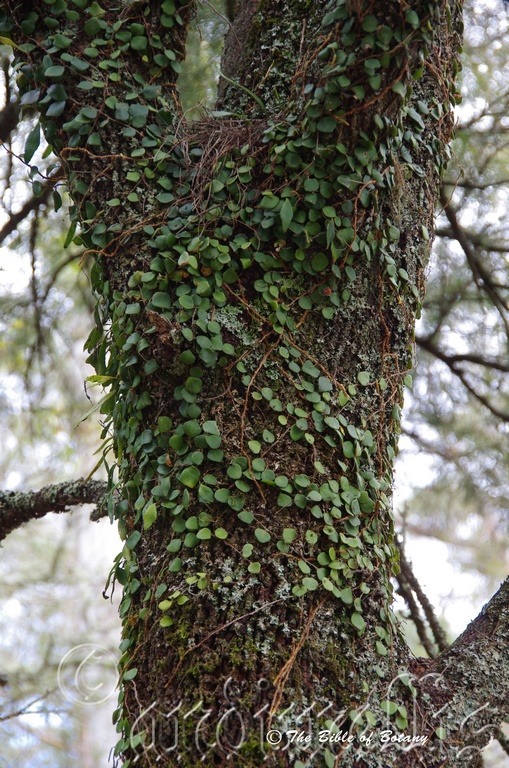
Ebor Falls NSW
Allocasaurina torulosa
Classification:
Class: Equisetopsida
Subclass: Magnoliidae
Super order: Rosanae
Order: Fagales
Family: Casuarinaceae
Genus: From Allos, which is Ancient Greek for other or different, and Kesuari, which is Latinized from the Malay vernacular for the giant Cassowary bird. It refers to the trees being slightly different to the Casuarina genus where the branchlets hang down looking similar to the feathers of the Cassowary.
Specie:From Torulosa, which is Latin for a cylinder with a marked swelling. It refers to structures or organs, which are swollen at the base.
Common Name: Forest oak, Mountain oak or Rosewood oak.
Distribution:
Allocasuarina torulosa is found in several disjunct populations south from Cooktown to Townsville and around Mackay, in North eastern Queensland and Rockhampton in central Queensland to MacQuarrie Pass in central coastal New South Wales.
https://avh.ala.org.au/occurrences/search?taxa=Allocasuarina+torulosa #tab_mapView
Habitat Aspect Climate:
Allocasuarina torulosa prefers full sun to partial shade. It is found growing on slopes in moist Eucalyptus forests, adjacent to well-developed sub-tropical rainforests, temperate rainforests or littoral rainforests. The altitude ranges from 10 meters ASL to 1400 meters ASL
The temperatures range from minus 2 degrees in July to 30 degrees in January.
The rainfalls range from lows of 850mm to an average of 2000mm annually.
Soil Requirements:
Allocasuarina torulosa prefers better quality deep, sandy loams, light fatty clays, medium clays or light silts to heavy silts. The soils are usually derived from decomposed sandstones, granites, brown basalts, black basalts, shales, metamorphic rocks, alluvial deposits or accumulated peaty beach sands. The soil’s pH ranges from 4.5pH to 7.5pH. It does not tolerate waterlogged soils however the soils are usually moisture retentive for long periods or have good capillary action from nearby permanent water supplies. None saline soils to moderately saline soils are tolerated.
Height & Spread:
Wild Plants: 20m to 25m by 6m to 9m.
Characteristics:
Allocasuarina torulosa has a fissured grey trunk and can be flared at the base on older trees. The branches are grey and glabrous. The branchlets are up to 120 to 150mm in length. The articles are 5mm to 6mm in length by 0.4mm to 0.5mm in diameter. The 4 ridges are slightly convex.
There are no leaves as such on mature trees. They do have small teeth like whirls located at each joint of the articles or nodes. Each tooth is between 0.3mm and 0.8mm in length.
Allocasuarina torulosa are dioecious. The female trees produce single honey-yellow flowers along the smaller branches while the male trees produce their flowers towards the apexes of the branchlets, usually on the last 50mm to 75mm.
Male trees can be very beautiful when in full flower giving an almost purple to burgundy autumn appearance. The male flowers are a red-brown to purple-red. Male flowers are less than 1mm in diameter and contain a scale like perianth with one stamen. The pollen is pale purple.
Female flowers are 9mm to 10mm in diameter and lack a true perianth with the carpals being fused together to enclose the 2 ovules. The peduncles measure 5mm to 23mm in length. The trees flower mainly in March April though some species will flower mainly from March to May.
Allocasuarina torulosa’s fruits are broad cylindrical, warty cones. The cones measure 15mm to 35mm in length by 12mm to 25mm in width. The cone’s lips are acute. The cones are a pale lemon-green turning grey on ripening. The peduncle measures 5mm to 23mm in length.
The seeds are single winged samaras which measures 5mm to 7mm in length by 1.8mm to 3mm in width. The red-brown, glossy, flat, oval seeds measure 2mm to 3mm in diameter.
Wildlife:
Allocasuarina torulosa is an ideal plant for the control of soil erosion and nitrogen fixation particularly on poor heavy sands on hillsides with gentle or steep slopes.
It is a moderate supplier of pollen for native bees when little else is around.
Glossy Black Cockatoos, King parrots and Crimson rosellas eat the seeds. Black Cockatoos may cause extensive damage to trees in poor seasons when food is scarce. Borer larvae attack the soft wood and are particularly favoured foods of the red tailed and yellow tailed Black cockatoos where trees can be ripped apart to get to the larvae within trees that are heavily infested. Trees very rarely fully recover from bad infestations or at least never look good after a good clean out.
Allocasuarina torulosa supports the small, rare ground helmet orchid Corybas fimbriatus.
Cultivation:
Allocasuarina torulosa is a good wind break tree on exposed hill sides. Allocasuarina torulosa is an excellent tree for providing a quick growing wind break. Mature trees make a pleasant whispering sound when mass planted as the wind or breezes pass through the branchlets. They will grow 15 meters to 18 meters by 7 meters to 8 meters under cultivation. They live for 30 years or more when conditions are good after which they become susceptible to borer. I do know of trees that still look good after 50 years in the bush. Isolated trees are particularly susceptible to attack. Poor drainage or wet areas subject to periodic flooding will eventually lead to root fungal attacks.
They are ideal for medium to large gardens in semi-arid, temperate, sub-tropical and tropical gardens.
They are ideal for growing small epiphytic ferns and orchids however a close eye should be kept on the amount of litter collected in the nests and around the leaves to ensure they are not smothered. Because of the amount of branchlets drop and the turpentine they contain the mulch is an excellent source for weed control. They create a soft peaceful zone beneath the plants especially when mass planted or group plantings are incorporated into the land scape.
Another great advantage of growing Allocasuarina and Casuarina is that they are great plants for suppressing other plant growth especially weeds. Allelopathy is a biological phenomenon where one plant inhibits the growth of another, through the release of allele chemicals. Certain plants can greatly affect the growth of other plants either in a good or bad way by leaching, decomposition, etc. In essence, plant allelopathy is used as a means of survival in nature, reducing competition from plants nearby.
Propagation:
Seeds: Sow Allocasuarina torulosa seeds into a seed raising mix. Cover the seeds with 5mm of the mix and water thoroughly.
To assist healthy plant growth a collection of needles from below the shrubs will assist in the formation of beneficial nitrogen fixing bacteria. The needles can be crushed and infused in water for a couple of hours and watered into the tubes or crushed and mixed into the seedling mix.
When the seedlings are 50 to 75 mm tall, prick them out and plant them into 50mm native tubes using a good organic mix.
Once the seedlings reach 200 to 250mm in height plant them out into their permanent position.
Where mass plantings of Allocasuarina torulosa are required, as a feature; plant them at 7 meter to 8 meter centers in two rows or where they are needed for a windbreak plant them at 4 meter centers and remove every second tree when they touch each other.
Fertilize using Seaweed, fish emulsion or organic chicken pellets soaked in water on an alternate basis. Fertilize every two months until the plants are established then twice annually in early September to March to maintain health, vitality and better flowering and better quAlity fruit.
Further Comments from Readers:
Hi reader, it seems you use The Bible of Botany a lot. That’s great as we have great pleasure in bringing it to you! It’s a little awkward for us to ask, but our first aim is to purchase land approximately 1,600 hectares to link several parcels of N.P. into one at The Pinnacles NSW Australia, but we need your help. We’re not salespeople. We’re amateur botanists who have dedicated over 30 years to saving the environment in a practical way. We depend on donations to reach our goal. If you donate just $5, the price of your coffee this Sunday, We can help to keep the planet alive in a real way and continue to bring you regular updates and features on Australian plants all in one Botanical Bible. Any support is greatly appreciated. Thank you.
In the spirit of reconciliation we acknowledge the Bundjalung, Gumbaynggirr and Yaegl and all aboriginal nations throughout Australia and their connections to land, sea and community. We pay our respect to their Elders past, present and future for the pleasures we have gained.
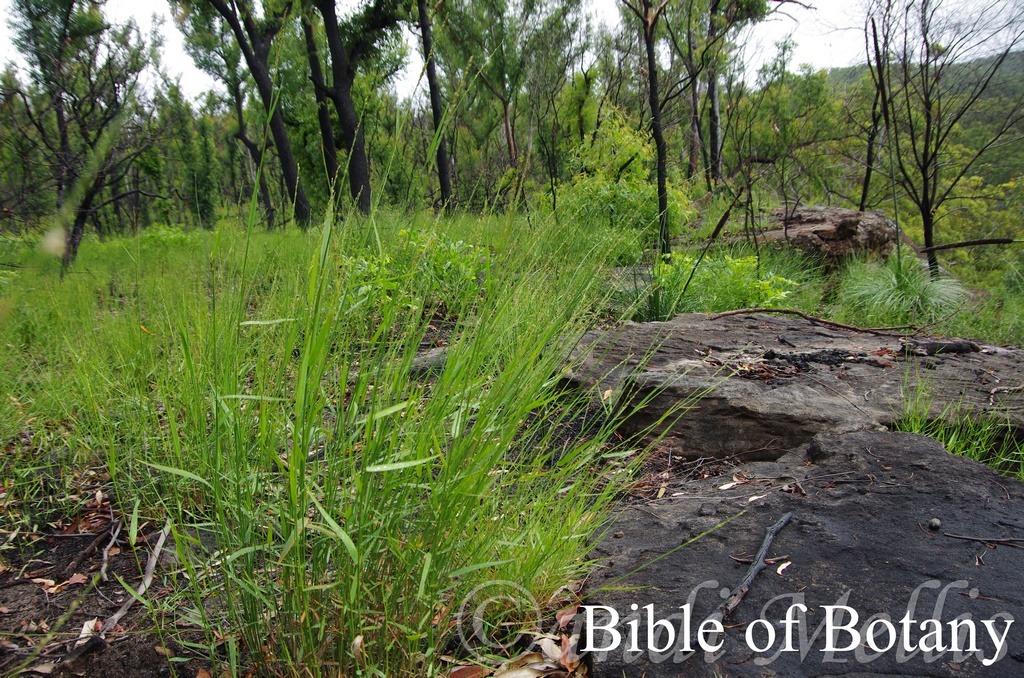
Wombat Creek Nature Reserve NSW

Wombat Creek Nature Reserve NSW
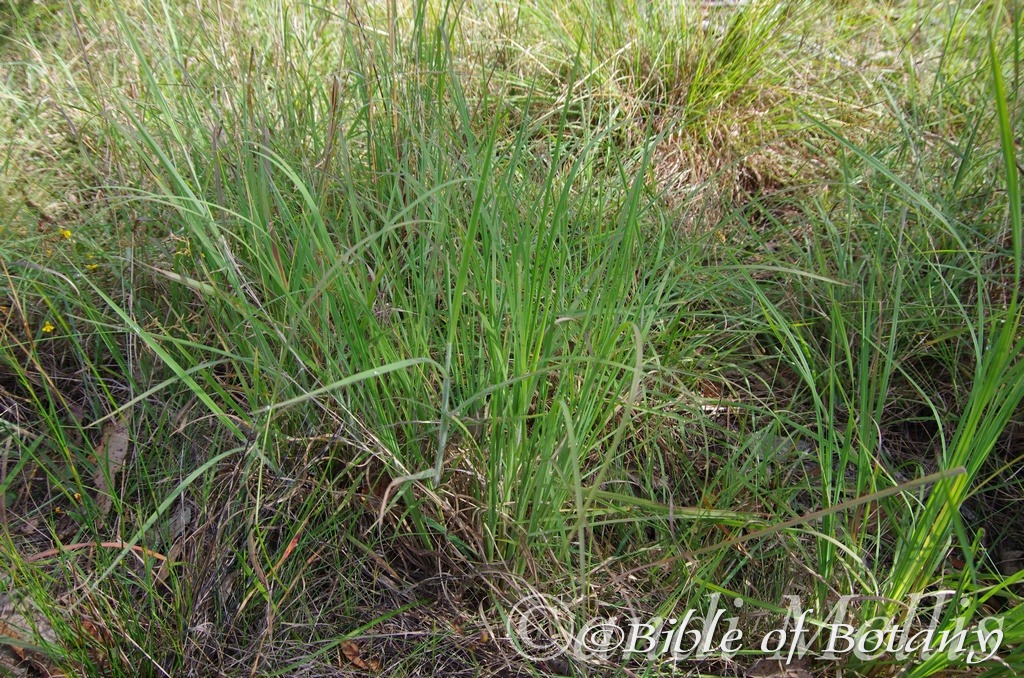
Fortis Creek National Park NSW
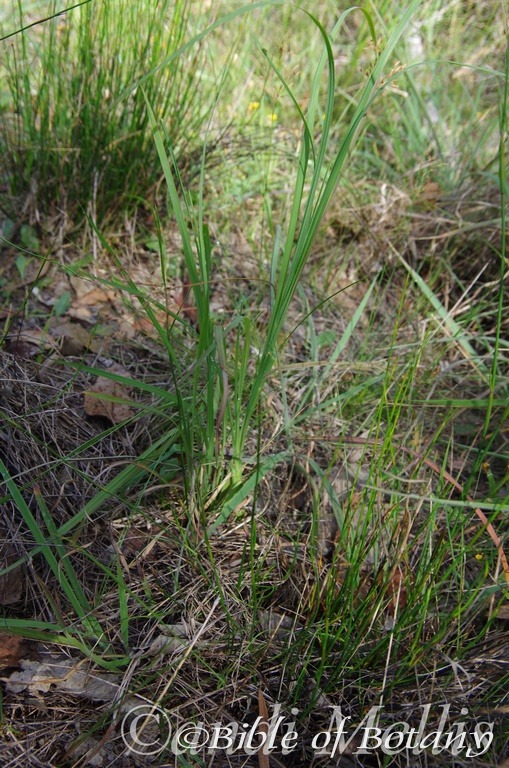
Fortis Creek National Park NSW
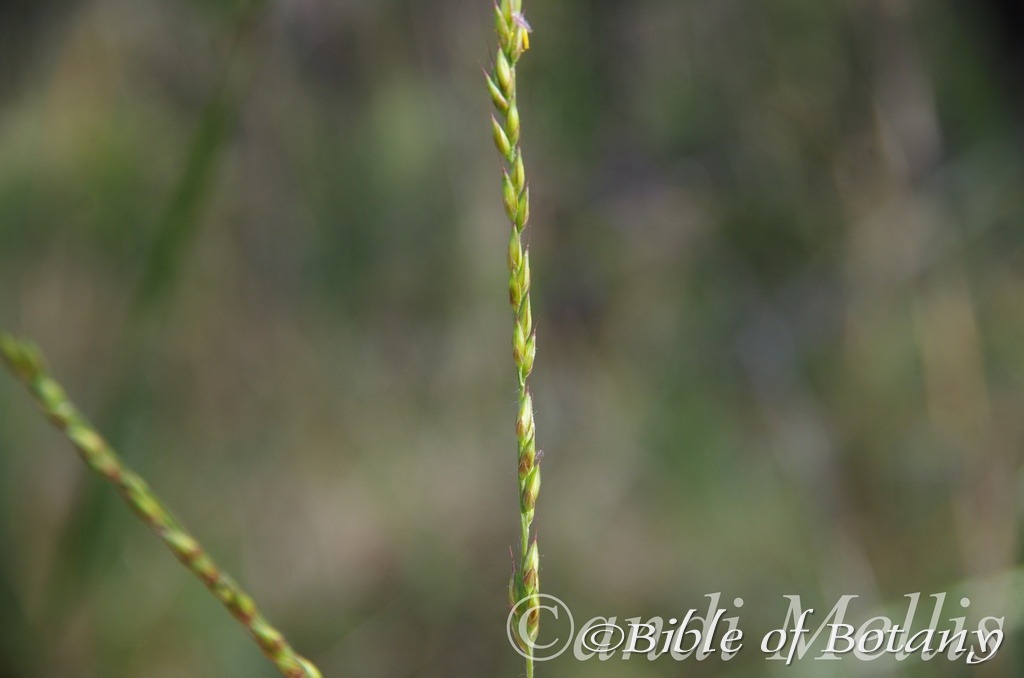
Fortis Creek National Park NSW
Alloteropsis semialata
Classification:
Clade: Monocots
Clade: Commelinids
Order: Poales
Family: Poaceae
Sub Family: Panicoideae
Genus: From Allotrios, which is Ancient Greek for foreign and Opsis, which is Ancient Greek for an appearance. It refers to fruits, which have different appearances or forms.
Specie: From Semi, which is Latin for a half and Alata, which is Latin for a wing. It refers to structures or organs, which have a weak or poorly formed wing.
Common Name: Cockatoo Grass.
Distribution:
Alloteropsis semialata is found east from the Kimberley Ranges in north western coastal Western Australia in an east north east direction to Nhulunbuy and south to the Keep River National Park in the Northern Territory. It is also found on most the islands in the Gulf of Carpentaria as far east as Mornington Island.
In the east it is found on the western slopes, on and east of the Great Dividing Range to the coast. It is found south from the Torres Strait Islands in far north Queensland to Narrabri and Grafton in northern New South Wales.
https://avh.ala.org.au/occurrences/search?taxa=Alloteropsis+semialata#tab_mapView
Habitat Aspect Climate:
Alloteropsis semialata prefer medium shade to light dappled light. It grows on slopes in dry and moist Eucalyptus forests, dry rainforests, vine forests, monsoonal forests and adjacent to well-developed rainforests where full sun prevails. It can be found on slopes, hills, ridges and plains.
The temperatures range from minus 5 degrees in July to 42 degrees in January.
The rainfalls range from lows of 500mm to an average of 3200mm annually.
Soil Requirements:
Alloteropsis semialata prefers deep, sandy loams, light fatty clays to heavy clays. The soils are usually derived from decomposed sandstones, granites, brown basalts, black basalts, shales, metamorphic rocks or alluvial deposit. The soil’s pH ranges from 4.5pH to 6.5pH. It does not tolerate waterlogged soils. None saline soils to moderately saline soils are tolerated.
Height & Spread:
Wild Plants: 0.6m to 1m by 0.4m to 0.8m.
Characteristics:
Alloteropsis semialata is an erect, rhizomatous, tufted perennial. The leaf or leaf sheaths are persistent on the stems.
Alloteropsis semialata leaves are pale blue-green and measure 350mm to 650mm by 4mm to 5mm in width. The leaf blades are glabrous on the upper lamina and densely covered in silky, white tomentose hairs on the lower lamina. The ligule is a short rim and is covered in silky white tomentose hairs.
Alloteropsis semialata inflorescences are a 3 to 5 digitate raceme which appear from a node. The flower stalks and nodes are covered in silky, white pulverulent hairs. The stalks measure 80mm to 200mm in length. The angular pedicels which are mostly paired measure 2 to10 mm in length.
The spikelets are shortly acuminate and measure 5mm to 8mm in length and awned. The lower glume is ovate with 3 to 5 nerves with the margins covered in white puberulent ciliate hairs. The upper accumulate glume is as long as the spikelet. The lower lemma is as long as the upper glume and glabrous. The lower lemma has 5-nerves with the margins having white puberulent hairs on the margins. The flowers appear from November to early February.
Wildlife:
Alloteropsis semialata is a great food source for most small and medium seed eating birds. Birds will flock to the plants to consume the seeds. These will including the Gouldian Finch (Erythrura gouldiae), Long Tail finch (Poephila acuticauda), Zebra Finch (Taeniopygia guttata) and small parrots like the Budgerigar (Melopsittacus undulatus) and the cockatiel (Nymphicus hollandicus) to mention just a few that we have seen on the plants on our travels.
Cultivation:
Alloteropsis semialata is an ideal plant for the control of soil erosion particularly on poor soils on hillsides flats and riparian zones.
It is ideal for medium to large gardens in semi-arid, warm temperate, subtropical and tropical gardens.
They are most suitable for use around swimming pools, courtyards, besides pathways, shady rockeries, along sandy clay banks or along drive ways or adjacent to natural bush gardens. Medium fish or frog ponds will benefit from Alloteropsis semialata
When mass planting be careful not to overdo it or the area can look very untidy.
If they are placed around a pool, courtyards or other confined spaces then plant them in small groups or scatter plant them for a more informal natural look against walls to help soften them. Using rocks and small boulders can make the pool or any water feature appear like an oasis.
If companion plants are sought then the choice of plants to use either side is limited only by size of the area to be landscaped and the size of the other plants as they should be no more than 150mm in height to emphasize the Alloteropsis semialata.
Beneath a mallee gum, Grevillea specie or Allocasuarina specie it can be mass planted for a natural bush setting. Here it will create a soft peaceful zone beneath the plants especially when mass planted or group plantings are incorporated into the landscape with native Viola specie, Dampier specie or Hibbertia specie between for colour height and texture.
Most grasses and Lilies look fantastic along driveways just to break up horizontal lines and bareness that often exists.
Propagation:
Seeds: Sow Alloteropsis semialata seeds into a seed raising mix. Cover the seeds with 2mm of the mix and water thoroughly.
When the seedlings are 50 to 75 mm tall, prick them out and plant them into 50mm native tubes using a good organic mix.
Once the seedlings reach 125 to 180mm in height plant them out into their permanent position.
Where mass plantings of Alloteropsis semialata are required, as a feature; plant them at 1.5 meter centers in two rows or where they are needed for erosion control plant them at 0.8 meter centers.
Fertilize using Seaweed, fish emulsion or organic chicken pellets soaked in water on an alternate basis. Fertilize every two months until the plants are established then twice annually in early September to March to maintain health, vitality and better flowering and better quality fruit.
Further Comments from Readers:
Hi reader, it seems you use The Bible of Botany a lot. That’s great as we have great pleasure in bringing it to you! It’s a little awkward for us to ask, but our first aim is to purchase land approximately 1,600 hectares to link several parcels of N.P. into one at The Pinnacles NSW Australia, but we need your help. We’re not salespeople. We’re amateur botanists who have dedicated over 30 years to saving the environment in a practical way. We depend on donations to reach our goal. If you donate just $5, the price of your coffee this Sunday, We can help to keep the planet alive in a real way and continue to bring you regular updates and features on Australian plants all in one Botanical Bible. Any support is greatly appreciated. Thank you.
In the spirit of reconciliation we acknowledge the Bundjalung, Gumbaynggirr and Yaegl and all aboriginal nations throughout Australia and their connections to land, sea and community. We pay our respect to their Elders past, present and future for the pleasures we have gained.

South Bank Brisbane Qld.
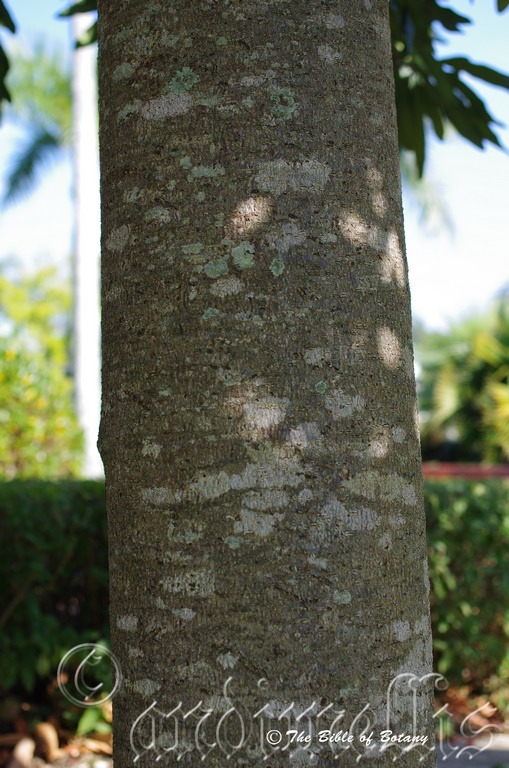
South Bank Brisbane Qld.

Mount Cootha Botanic Gardens Qld.
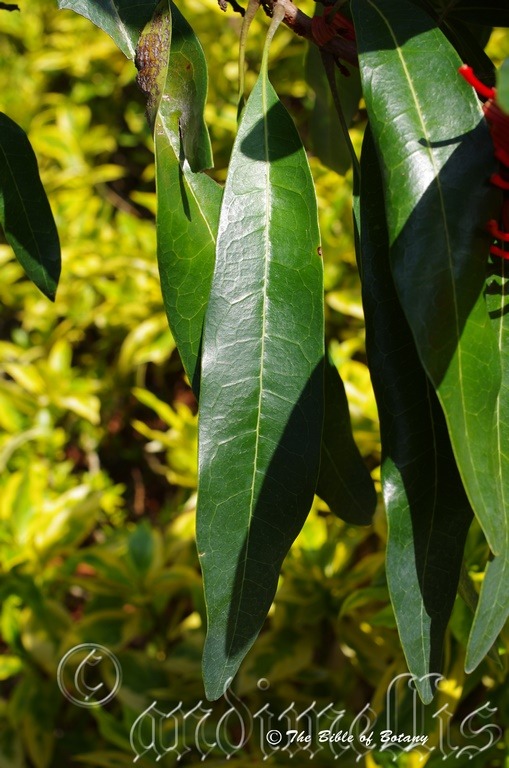
Mount Cootha Botanic Gardens Qld.
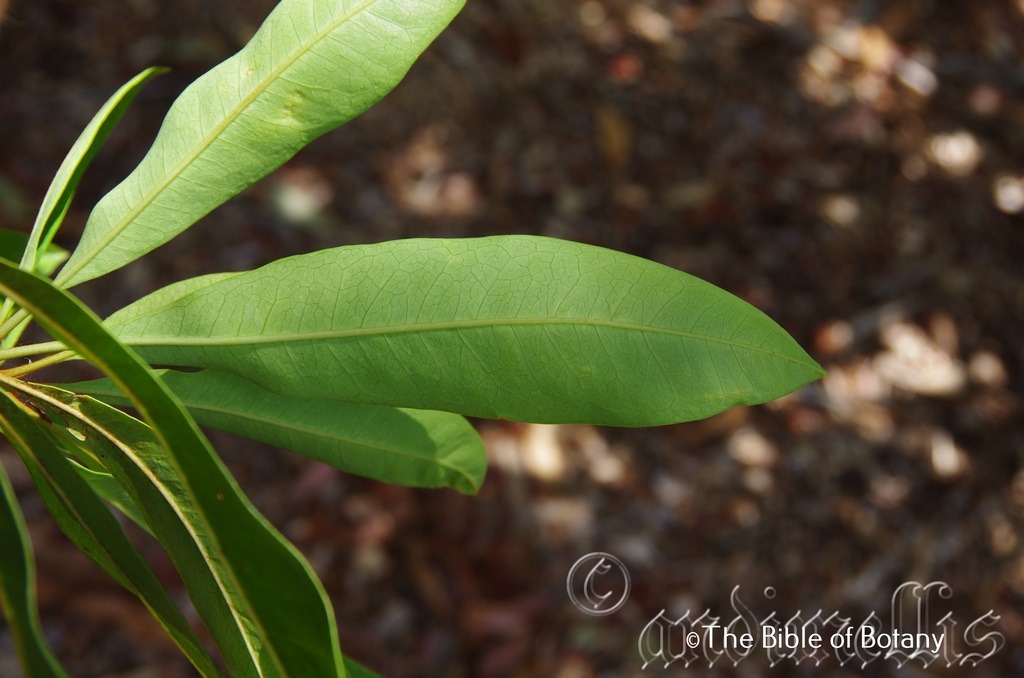
North Coast Botanic Gardens NSW
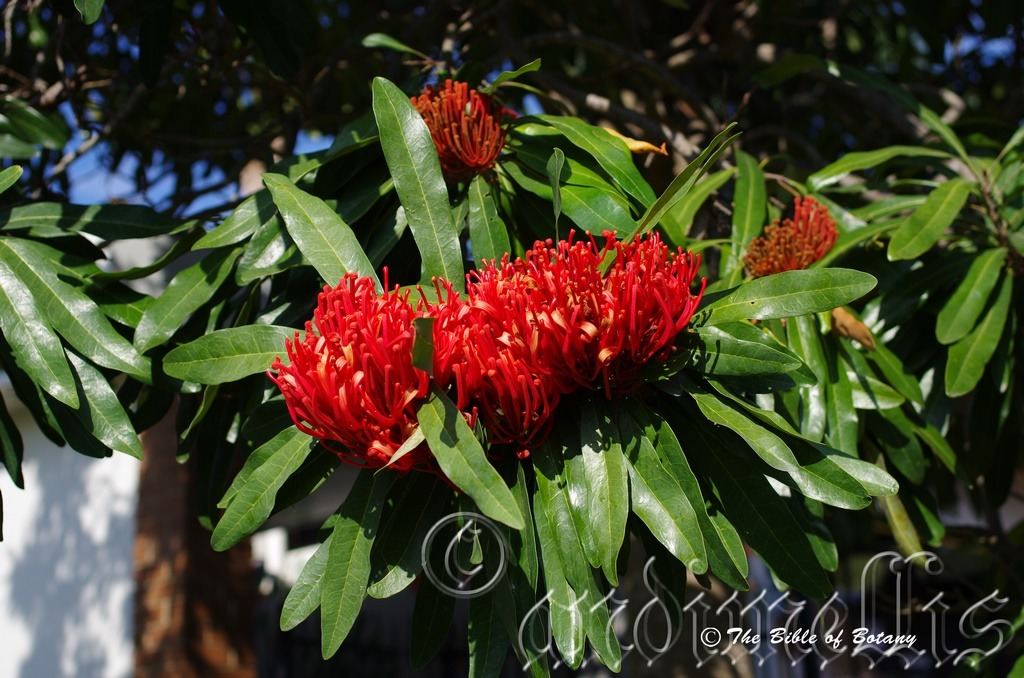
Mount Cootha Botanic Gardens Qld.
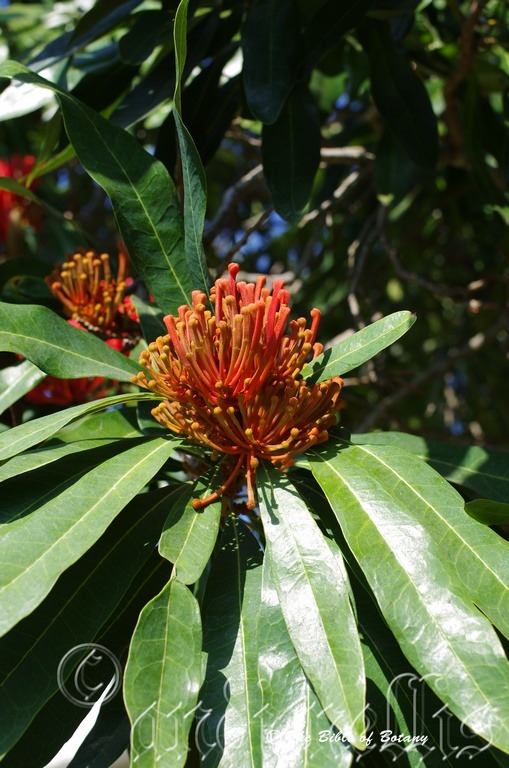
Mount Cootha Botanic Gardens Qld.
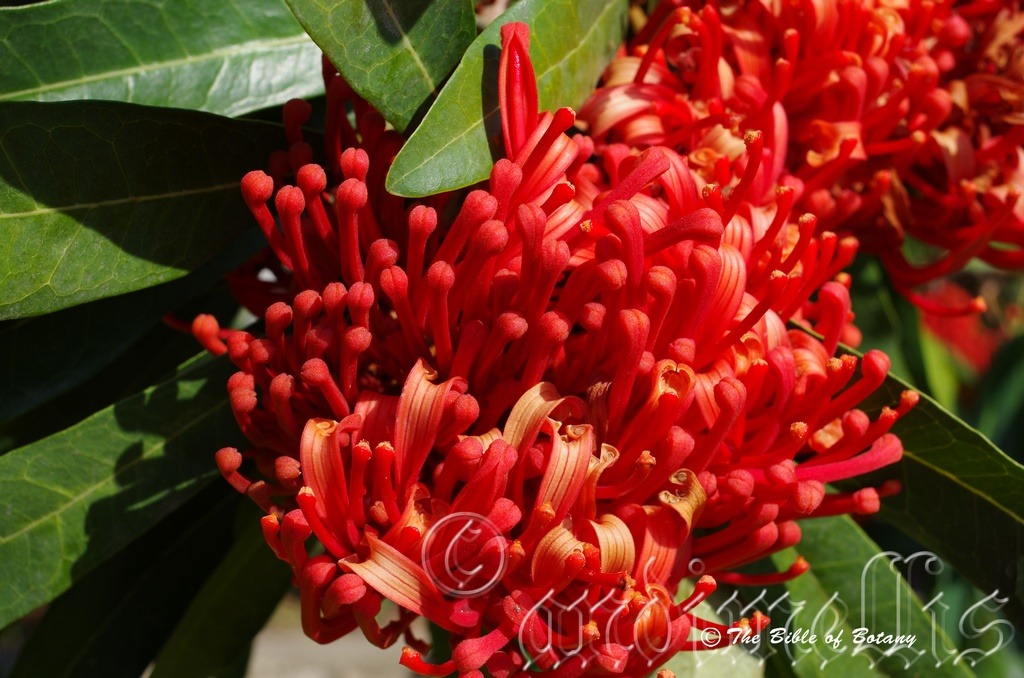
Mount Cootha Botanic Gardens Qld.
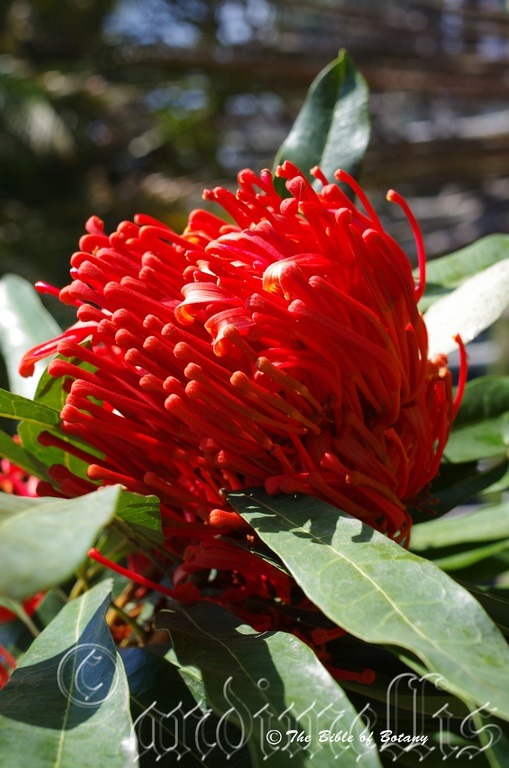
Mount Cootha Botanic Gardens Qld.

Mount Cootha Botanic Gardens Qld.

NCBG Coffs Harbour NSW
Alloxylon flammeum
Classification:
Class: Eudicots
Order: Proteales
Family: Proteaceae
Genus: Alloxylon flammeum From Allos, which is Ancient Greek for other or different, and Xylon, which is Ancient Greek for wood. It refers to timber, which have much variation in colour or density.
Specie: From Flammare, which is Latin for fiery red. It refers to the colour of the flowers, which are flame red.
Common Name: Satin Silky Oak or Tree Waratah or Pink Silky Oak.
Distribution: Alloxylon flammeum is found on the eastern slopes of the Great Dividing Range. It is found in far north Queensland from the Daintree National Park in the north south to the Girrigun National Park in the South.
https://avh.ala.org.au/occurrences/search?taxa=Alloxylon+flammeum#tab_mapView
Habitat Aspect Climate:
Alloxylon flammeum prefer medium shade to light dappled light. It grows on slopes in well-developed tropical rainforests. The altitude ranges from 700 meters ASL to 1100 meters ASL.
The temperatures range from 8 degrees in July to 36 degrees in January.
The rainfalls range from lows of 1600mm to an average of 2500mm annually.
Soil Requirements:
Alloxylon flammeum prefer better quality soils derived from basalt. It grows on light clay soils through to medium gritty clays. The soils have a PH from 5.5pH to 6pH. Non saline to moderately saline soils are tolerated. Waterlogged soils are not tolerated.
Height & Spread:
Wild Plants: 18m to 25m by 6m to 10m.
Characteristics:
Alloxylon flammeum bark is pale grey-brown to mid grey-brown and is somewhat scurfy and covered in irregular lenticels. The trunks on large trees are straight to the first branch which is over half its height. Older trees are covered in lichens and mosses. The branchlets are pale grey-brown turning grass-green as they approach the apexes. The new growth and juvenile plants are sparsely covered in rusty pulverulent hairs.
Alloxylon flammeum oblong leaves are clustered near the ends of the branchlets and measure 80mm to 250mm by 20mm to 45mm in width. The base is cuneate while the apex is obtuse to narrowing obtuse. The discolourous leaves are grass-green to mid sea-green and glabrous on the upper laminas while the lower laminas are paler. The margins are entire and recurve slightly upwards from the midvein. The yellowish midvein is prominent on the lower lamina and is clearly visible from the upper lamina. The lateral veins form a distinct loop well inside the margins and are more distinct on the upper lamina. The petioles are sea-green turning purplish near the stems and measure 15mm to 23mm in length.
Alloxylon flammeum inflorescences are racemes born from the upper leaf axils. The petioles and rachises are olive-green and densely covered in rusty-red pulverulent hairs. The petioles measure 15mm to 20mm in length while the rachises measure 50mm to 80mm in length. There are 20 to 90 individual flowers on each raceme. The individual flowers are in pairs along the raceme.
The individual paired flowers are scarlet-red to deep red. The perianth appears to surround a peduncle and measure 35mm to 50mm in length. The single tepal is scarlet-red to deep bright red and densely covered in rusty-red pulverulent hairs externally and is yellow-red to scarlet-red and glabrous internally. The tepals measures 40mm to 60mm in length by 7mm to 10mm in width.
The 2 anthers are positioned at the end of the tepal and are exposed after the tepal splits and decurve. The anthers are situated in circular pits. The pollen is yellow.
The 8 or 9 locular ovary is hypogynous. The scarlet-red to deep red style is exserted and may turn bright yellow as it approaches the bright yellow stigma. The pistil measures 70mm to 90mm in length. The flowers appear from late August through to mid-October.
Alloxylon flammeum fruits are a spindle shaped follicle. The green follicles turn olive-brown as they ripen. The follicles measure 70mm to 100mm in length by 20mm to 28mm in diameter. The flattened, black circular seeds have an oblong wing attached to one end and measure 8mm to 11mm in diameter while the wing is about 4.5 to 5 times the diameter of the seed itself.
Wildlife:
Alloxylon flammeum is a great food source for most small to large nectar eating birds. Birds will flock to the plants in the early hours of the morning and late afternoon to consume the copious quantities of the golden fluid.
Cultivation:
It would make an good fire retardant medium to large tree.
* Fire retardant plants act as radiant heat screens and absorb more heat from an approaching fire without burning.
* Fire retardant trees are able reduce wind speed near a house or out buildings.
* Fire retardant also trap embers and sparks carried by the wind.
* Fire retardant ground covers are able to catch burning embers without catching fire themselves, and also slow the travel of a fire through debris and litter on the ground.
Alloxylon flammeum is a magnificent tree which is slowly finding its way into cultivation. As a garden subject in cultivation they will grow from 12 meters to 15 meters in height to 8 meters to 10 meters in diameter. They can be grown in warm temperate areas that do not suffer severe frosts to the tropical garden. I would be tempted to grow these plants further inland if an adequate water supply can be guaranteed and the soil is not sand.
It is ideal for medium to large gardens in semi-arid, warm temperate, sub-tropical and tropical gardens.
In formal Gardens they can be used as the main attraction. Imagine a pond with fish swimming. Beyond it is a tall stately Alloxylon flammeum with white or pale yellow kangaroo paws (Anigozanthos flavida) or Leptospermum flavescens or Leptospermum polygalifolia planted below and above them is water cascading down over small rocks. This is very powerful yet formal and relaxing setting. It can partially surround such a scene and still look effective.
It is useful as a backdrop small tree contrasting with smaller finer leaf shrubs that are planted in the foreground. This gives the impression that they like being the center of attention which they deserve.
It is best used adjacent to small areas of bush close to paths or the house so their large red flowers can be viewed regularly and would really attract you to that section of the garden.
The trees would make very good accent trees in front of low set commercial or industrial sheds where they will break up hard rigid architectural lines and give warmth and breadth to a building. In front of high rise buildings they give balance especially where they could be grown in curves meandering to the entry doors or for something different used from the front of the path and meander back to the far corners with shrubs or flowers planted between the trees and the building and the trees and the nature strip or as sentinels standing guard.
Try using them in a court yard or large foyer area where the only other feature is a large rock, stump or formal or informal frog or fish pond. Next to such features their small leaves, small flowers and small fruit are never overpowering but certainly noticed. I am surprised that they have never been used in commercial entrances and foyers to break the ice and give a feeling of business as usual but somehow make the business more relaxing.
Propagation:
Seeds: Sow Alloxylon flammeum seeds into a seed raising mix. Cover the seeds with 2mm of the mix and water thoroughly. Cover the seeds with 2mm of the mix and water thoroughly. Place the trays in a warm position with 25mm to 50mm shade cloth.
When the seedlings are 50 mm to 75 mm tall, prick them out and plant them into 50mm native tubes using a good organic mix.
Fertilize using Seaweed, fish emulsion or organic chicken pellets soaked in water on an alternate basis. Fertilize every two months until the plants are established then annually in early September or March to maintain health, vitality and better flowering.
Once the seedlings reach 125 to 180mm in height plant them out into their permanent position.
Where mass plantings of Alloxylon flammeum are required; as a feature or wildlife corridor plant them at 6 meter centers or in double rows at 8 meter centers.
Further comments from readers:
Hi reader, it seems you use The Bible of Botany a lot. That’s great as we have great pleasure in bringing it to you! It’s a little awkward for us to ask, but our first aim is to purchase land approximately 1,600 hectares to link several parcels of N.P. into one at The Pinnacles NSW Australia, but we need your help. We’re not salespeople. We’re amateur botanists who have dedicated over 30 years to saving the environment in a practical way. We depend on donations to reach our goal. If you donate just $5, the price of your coffee this Sunday, We can help to keep the planet alive in a real way and continue to bring you regular updates and features on Australian plants all in one Botanical Bible. Any support is greatly appreciated. Thank you.
In the spirit of reconciliation we acknowledge the Bundjalung, Gumbaynggirr and Yaegl and all aboriginal nations throughout Australia and their connections to land, sea and community. We pay our respect to their Elders past, present and future for the pleasures we have gained.
Alloxylon pinnatum
Classification:
Class: Eudicots
Order: Proteales
Family: Proteaceae
Genus: From Allos, which is Ancient Greek for other or different, and Xylon, which is Ancient Greek for wood. It refers to timber, which have much variation in colour or density.
Specie: From Pinna, which is Latin for a pinnule. It refers to leaves, which have several leaflets with those nearer the apex being the largest.
Common Name: Dorrigo Waratah or Waratah Oak.
Distribution:
Alloxylon pinnatum is found east of the Great Dividing Range in the Dorrigo National Park, the Macpherson ranges and the Border Ranges National Park.
https://avh.ala.org.au/occurrences/search?taxa=Alloxylon+pinnatum#tab_mapView
Habitat Aspect Climate:
Alloxylon pinnatum prefers dappled light to medium shade. It grows on slopes in well-developed warm temperate rainforests. The altitude ranges from 700 meters ASL to 1200 meters ASL.
The temperatures range from 4 degrees in July to 32 degrees in January.
The rainfalls range from lows of 1000mm to an average of 1700mm annually.
Soil Requirements:
Alloxylon pinnatum prefer better quality light clays to gritty medium clays. The soils are usually derived from black basalt or brown basalts. The soils pH ranges from 5.5pH to 6pH. It does not tolerate waterlogged soils. Non saline to moderately saline soils are tolerated.
Height & Spread:
Wild Plants: 18m to 25m by 6m to 10m.
Characteristics:
Alloxylon pinnatum bark is pale grey-brown to mid grey-brown and is somewhat scurfy and covered in irregular lenticels. The trunks on large trees are straight to the first branch which is over half its height. Older trees are covered in lichens, mosses and often have ferns or orchids growing on the upper trunk and branches. The branchlets are pale grey-brown turning olive-green to grass-green as they approach the apexes. The new growth and juvenile plants are sparsely covered in white pulverulent hairs.
Alloxylon pinnatum mostly pinnate leaves are clustered near the ends of the branchlets. The pinnate leaves measure 100mm to 400mm by 120mm to 250mm in width. The 2 to 11 leaflets are narrow elliptical and measure 80mm to 150mm in length by 10mm to 30mm in width. The base is cuneate to attenuate while the apex is narrowing acute. The discolourous leaves are grass-green to mid sea-green and glabrous on the upper laminas while the lower laminas are paler. The laminas are slightly undulating and recurve upwards from the mid vein to the margins. The yellowish midvein is slightly prominent on the lower lamina and is visible from the upper lamina. The petioles are grass-green and measure 0mm to 23mm in length.
Alloxylon pinnatum inflorescences are racemes born terminally. The petioles and rachises are grass-green and glabrous. The petioles measure 20mm to 30mm in length while the rachises measure 50mm to 110mm in length. There are 50 to 140 individual flowers on each raceme. The individual flowers are in pairs along the raceme.
The individual paired flowers are deep pink-red to crimson-red. The perianth appears to surround a peduncle and measure 30mm to 60mm in length. The single tepal is deep pink-red to crimson-red and glabrous externally. The colour intensifies inside the throat. The tepals measures 30mm to 40mm in length by 4mm to 8mm in width after it has split to release the pistil.
The 2 anthers are positioned at the end of the tepal and are exposed after the tepal splits and decurve. The anthers are situated in circular pits. The pollen is yellow.
The 8 or 9 locular ovary is hypogenous. The deep pink-red to crimson-red pistil is exserted. The pistil measures 70mm to 90mm in length. The flowers appear from mid-December to January.
Alloxylon pinnatum fruits are a curved, narrow pyriform spindle shaped follicle. The blue-green follicles turn dull grey-brown as they ripen. The follicles measure 50mm to 90mm in length by 20mm to 30mm in diameter. The flattened, black circular seeds have an oblong wing attached to one end and measure 5mm to 7.5mm in diameter while the wing is about 4.5 to 5 times the diameter of the seed itself.
Wildlife:
Alloxylon pinnatum is a great food source for most small to large nectar eating birds. Birds will flock to the plants in the early hours of the morning and late afternoon to consume the copious quantities of the golden fluid.
Cultivation:
It would make an good fire retardant medium tree.
* Fire retardant plants act as radiant heat screens and absorb more heat from an approaching fire without burning.
* Fire retardant trees are able reduce wind speed near a house or out buildings.
* Fire retardant also trap embers and sparks carried by the wind.
* Fire retardant ground covers are able to catch burning embers without catching fire themselves, and also slow the travel of a fire through debris and litter on the ground.
Alloxylon pinnatum is a magnificent tree which is slowly finding its way into cultivation. As a garden subject in cultivation they will grow from 12 meters to 15 meters in height by 8 meters to 10 meters in diameter. They can be grown in warm temperate areas that do not suffer severe frosts to cool tropical gardens. The trees should grow and flower well as far south as Melbourne and Adelaide.
In formal Gardens it can be used as the main attraction. Imagine a pond with fish swimming. Beyond is a tall stately Alloxylon pinnatum with white or pale yellow kangaroo paws (Anigozanthos flavida) or Leptospermum flavescens or Leptospermum polygalifolia planted below and above them is water cascading down over small rocks. This is very powerful yet formal and relaxing setting. They can partially surround such a scene and still look effective.
It is useful as a backdrop small tree contrasting with smaller finer leaf shrubs that are planted in the foreground. This gives the impression that they like being the center of attention which they deserve.
It is best used adjacent to small areas of bush close to paths or the house so their large red flowers can be viewed regularly and would really attract you to that section of the garden.
The trees would make very good accent trees in front of low set commercial or industrial sheds where they will break up hard rigid architectural lines and give warmth and breadth to a building. In front of high rise buildings they give balance especially where they could be grown in curves meandering to the entry doors or for something different used from the front of the path and meander back to the far corners with shrubs or flowers planted between the trees and the building and the trees and the nature strip or as sentinels standing guard.
Try using them in a court yard or large foyer area where the only other feature is a large rock, stump or formal or informal frog or fish pond. Next to such features their small leaves, small flowers and small fruit are never overpowering but certainly noticed. I am surprised that they have never been used in commercial entrances and foyers to break the ice and give a feeling of business as usual but somehow make the business more relaxing.
Propagation:
Seeds: Sow Alloxylon pinnatum seeds into a seed raising mix. Cover the seeds with 2mm of the mix and water thoroughly. Place the trays in a warm position with 25mm to 50mm shade cloth.
When the seedlings are 50mm to 75mm tall, prick them out and plant them into 50mm native tubes using a good organic mix. Harden them off to full sun after they become established and before planting them out.
Fertilize using Seaweed, fish emulsion or organic chicken pellets soaked in water on an alternate basis. Fertilize every two months until the plants are established then annually in early September or March to maintain health, vitality and better flowering.
Once the seedlings reach 125mm to 180mm in height plant them out into their permanent position.
Where mass plantings of Alloxylon pinnatum are required; as a feature or wildlife corridor plant them at 6 meter centers or in double rows at 10 meter centers.
Further comments from readers:
Hi reader, it seems you use The Bible of Botany a lot. That’s great as we have great pleasure in bringing it to you! It’s a little awkward for us to ask, but our first aim is to purchase land approximately 1,600 hectares to link several parcels of N.P. into one at The Pinnacles NSW Australia, but we need your help. We’re not salespeople. We’re amateur botanists who have dedicated over 30 years to saving the environment in a practical way. We depend on donations to reach our goal. If you donate just $5, the price of your coffee this Sunday, We can help to keep the planet alive in a real way and continue to bring you regular updates and features on Australian plants all in one Botanical Bible. Any support is greatly appreciated. Thank you.
In the spirit of reconciliation we acknowledge the Bundjalung, Gumbaynggirr and Yaegl and all aboriginal nations throughout Australia and their connections to land, sea and community. We pay our respect to their Elders past, present and future for the pleasures we have gained.
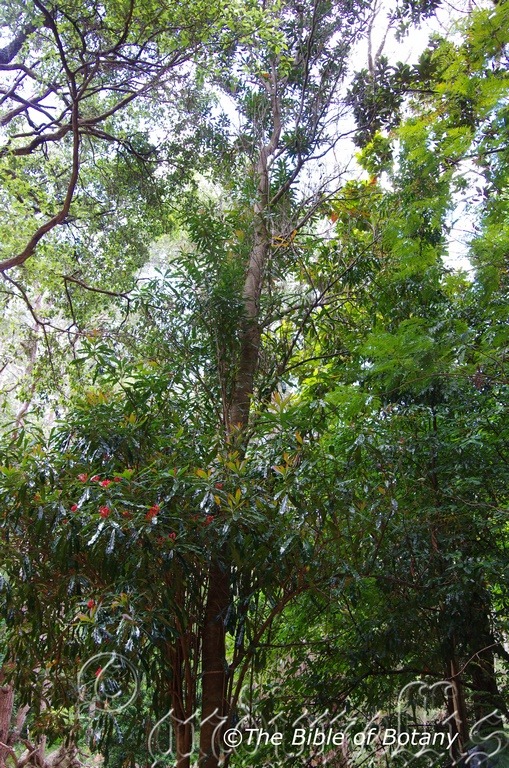
NCBG Coffs Harbour NSW
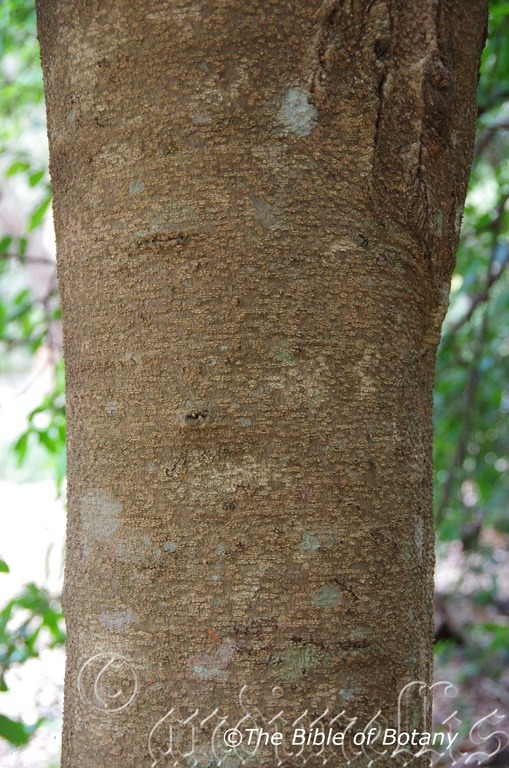
NCBG Coffs Harbour NSW
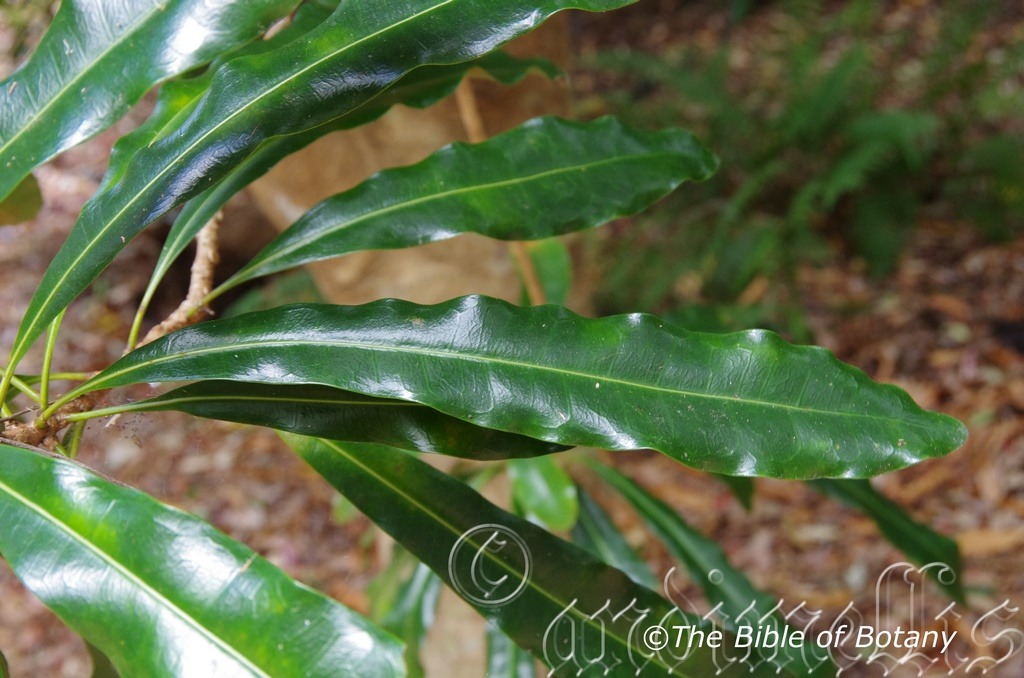
NCBG Coffs Harbour NSW

NCBG Coffs Harbour NSW
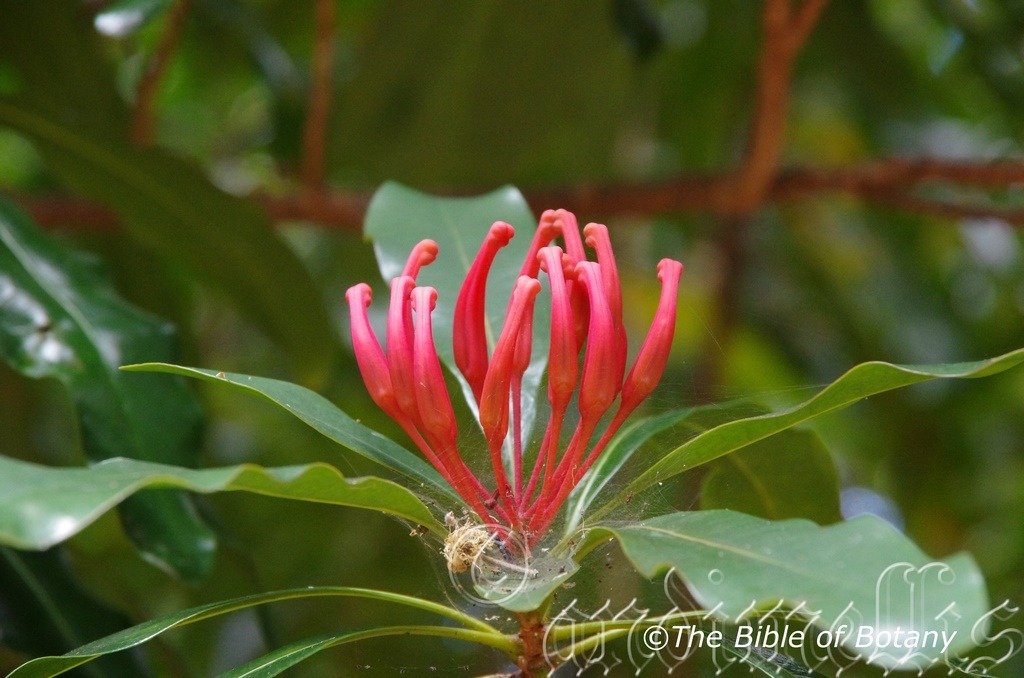
NCBG Coffs Harbour NSW
Alloxylon wickhamii
Classification:
Class: Eudicots
Order: Proteales
Family: Proteaceae
Genus: From Allos, which is Ancient Greek for other or different, and Xylon, which is Ancient Greek for wood. It refers to timber, which have much variation in colour or density.
Specie: Wickham is named in honour of captain John Clements Wickham; 1798-1864, who was a Scottish born mariner who served on the Beagle during Charles Darwin’s adventures and later served in Queensland where he surveyed Moreton Bay presumably collecting plants from the area.
Common Name: Tinaroo Waratah, Pink Silky Oak, Satin Oak or Tree waratah.
Distribution:
Alloxylon wickhamii is found on and east of the Great Dividing Range south from Mount Misery to Tinaroo in far north eastern Queensland.
https://avh.ala.org.au/occurrences/search?taxa=Alloxylon+wickhamii#tab_mapView
Habitat Aspect Climate:
Alloxylon wickhamii prefers dappled light to medium shade. It grows on slopes in well-developed warm tropical rainforests. The altitude ranges from 110 meters ASL to 1250 meters ASL.
The temperatures range from 4 degrees in July to 32 degrees in January.
The rainfalls range from lows of 1500mm to an average of 2000mm annually.
Soil Requirements:
Alloxylon wickhamii prefer better quality light clays to gritty medium clays. The soils are usually derived from black basalt or brown basalts. The soils pH ranges from 5.5pH to 6pH. It does not tolerate waterlogged soils. Non saline to moderately saline soils are tolerated.
Height & Spread:
Wild Plants: 20m to 30m by 6m to 10m.
Characteristics:
Alloxylon wickhamii bark is brown and is covered in irregular patches of lenticels. The trunks on large trees are straight to the first branch which is over half its height. Older trees are covered in lichens, mosses and often have ferns or orchids growing on the upper trunk and branches. The branchlets are green but soon turn brown.
Alloxylon wickhamii lanceolate leaves are clustered near the ends of the branchlets and measure 50mm to 180mm by 12mm to 35mm in width. The somewhat terete to squarish, yellow petioles are glabrous and measure 20mm to 40mm in length. The leaves tapper to the base, while the apex tapers to an obtuse tip. The discolourous leaves are deep, glossy green and glabrous on the upper laminas while the lower laminas are paler and dull. The laminas are strongly undulating and curve up then downwards wards from the base to the apex. The yellowish midvein is slightly prominent on the upper lamina and strongly prominent on the lower lamina. The lateral and reticulated venation are prominent on the lower lamina, are slightly depressed on the upper lamina and form loops well inside the margins.
Alloxylon wickhamii inflorescences are born terminal clusters. The deep pink to deep pinkish-red petioles are glabrous. The peduncle is absent, while the petioles are around measure 20mm to 30mm in length. There are 12 to 20 individual flowers in each cluster.
The individual deep pink to deep pinkish-red perianths measure 20mm to 30mm in length. The single tepal is deep pink to deep pinkish-red and glabrous externally. The colour intensifies inside the throat. The tepals split to release the pistil and expose the anthers.
The 2 anthers are positioned at the end of the tepal and are exposed after the tepal splits and decurve. The anthers are situated in circular pits. The pollen is yellow.
The 8 or 9 locular ovary is hypogenous. The deep pink-red to crimson-red pistil is exserted. The flowers appear from mid-December to January.
Alloxylon wickhamii fruits are a spindle shaped follicle. The blue-green follicles turn dull grey-brown as they ripen. The style is persistent on the ripe follicles. The follicles measure 55mm to 120mm in length by 15mm to 25mm in diameter. The flattened, circular seeds have an oblong wing attached to at one end and measure 40mm to 70mm in length overall.
Wildlife:
Alloxylon wickhamii is a great food source for most small to large nectar eating birds. Birds will flock to the plants in the early hours of the morning and late afternoon to consume the copious quantities of the golden fluid.
Cultivation:
It would make an good fire retardant medium tree.
* Fire retardant plants act as radiant heat screens and absorb more heat from an approaching fire without burning.
* Fire retardant trees are able reduce wind speed near a house or out buildings.
* Fire retardant also trap embers and sparks carried by the wind.
* Fire retardant ground covers are able to catch burning embers without catching fire themselves, and also slow the travel of a fire through debris and litter on the ground.
Alloxylon wickhamii is a magnificent medium to large tree which is slowly finding its way into it will grow from 15 meters to 25 meters in height by 8 meters to 10 meters in diameter when grown in the open. It can be grown in warm temperate areas to cool tropical gardens that do not suffer severe frosts. The trees should grow and flower well as far south as Melbourne and Adelaide.
In formal Gardens it can be used as the main attraction. Imagine a pond with fish swimming. Beyond it is a tall stately Alloxylon wickhamii with white or pale yellow kangaroo paws (Anigozanthos flavida) or Leptospermum flavescens or Leptospermum polygalifolia planted below and above them is water cascading down over small rocks. This is very powerful yet formal and relaxing setting. It can partially surround such a scene and still look effective.
It is useful as a backdrop tree contrasting with smaller finer leaf shrubs that are planted in the foreground. This gives the impression that it likes being the center of attention which it rightly deserve.
It is best used adjacent to small areas of bush close to paths or the house so their distinctive red flowers can be viewed regularly and would really attract you to that section of the garden.
The trees would make very good accent trees in front of low set commercial or industrial sheds where they will break up hard rigid architectural lines and give warmth and breadth to a building. In front of high rise buildings it gives balance especially where it could be grown in curves meandering to the entry doors or for something different used from the front of the path and meander back to the far corners with shrubs or flowers planted between the trees and the building and the trees and the nature strip or as sentinels standing guard.
Try using it in a large court yard or large foyer area where the only other feature is a large rock, stump or formal or informal frog or fish pond. Next to such features their small leaves, small flowers and small fruit are never overpowering but certainly noticed. I am surprised that they have never been used in commercial entrances and foyers to break the ice and give a feeling of business as usual but somehow make the business more relaxing.
Propagation:
Seeds: Sow Alloxylon wickhamii seeds into a seed raising mix. Cover the seeds with 2mm of the mix and water thoroughly. Place the trays in a warm position with 25mm to 50mm shade cloth.
When the seedlings are 50mm to 75mm tall, prick them out and plant them into 50mm native tubes using a good organic mix. Harden them off to full sun after they become established and before planting them out.
Fertilize using Seaweed, fish emulsion or organic chicken pellets soaked in water on an alternate basis. Fertilize every two months until the plants are established then annually in early September or March to maintain health, vitality and better flowering.
Once the seedlings reach 125mm to 180mm in height plant them out into their permanent position.
Where mass plantings of Alloxylon wickhamii are required; as a feature or wildlife corridor plant them at 6 meter centers or in double rows at 10 meter centers.
Further comments from readers:
Hi reader, it seems you use The Bible of Botany a lot. That’s great as we have great pleasure in bringing it to you! It’s a little awkward for us to ask, but our first aim is to purchase land approximately 1,600 hectares to link several parcels of N.P. into one at The Pinnacles NSW Australia, but we need your help. We’re not salespeople. We’re amateur botanists who have dedicated over 30 years to saving the environment in a practical way. We depend on donations to reach our goal. If you donate just $5, the price of your coffee this Sunday, We can help to keep the planet alive in a real way and continue to bring you regular updates and features on Australian plants all in one Botanical Bible. Any support is greatly appreciated. Thank you.
In the spirit of reconciliation we acknowledge the Bundjalung, Gumbaynggirr and Yaegl and all aboriginal nations throughout Australia and their connections to land, sea and community. We pay our respect to their Elders past, present and future for the pleasures we have gained.
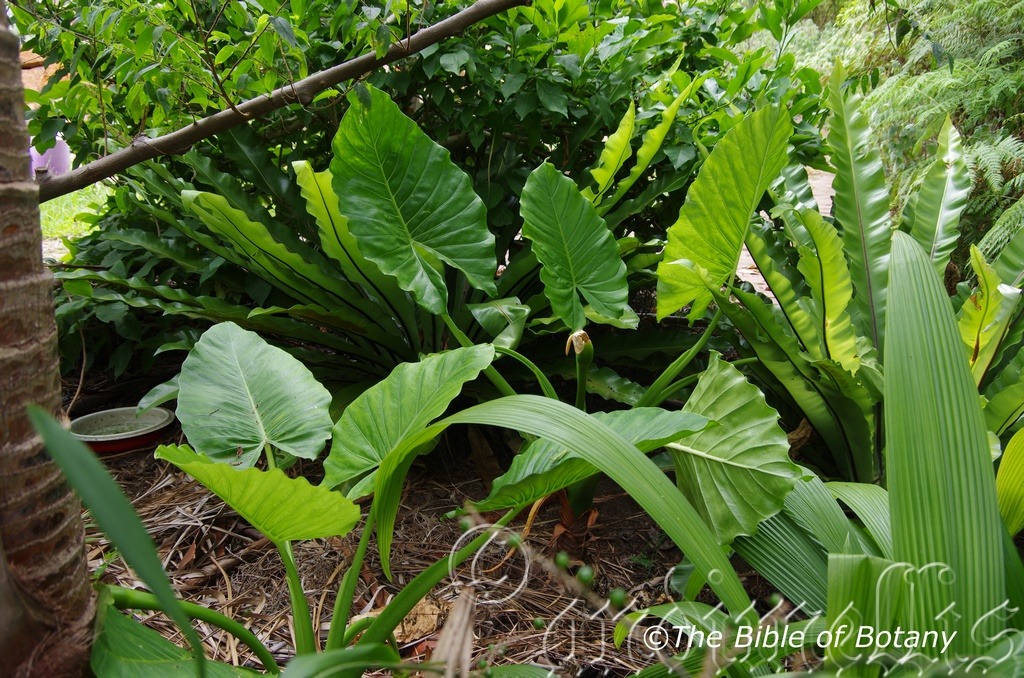
Author’s Garden The Pinnacles NSW
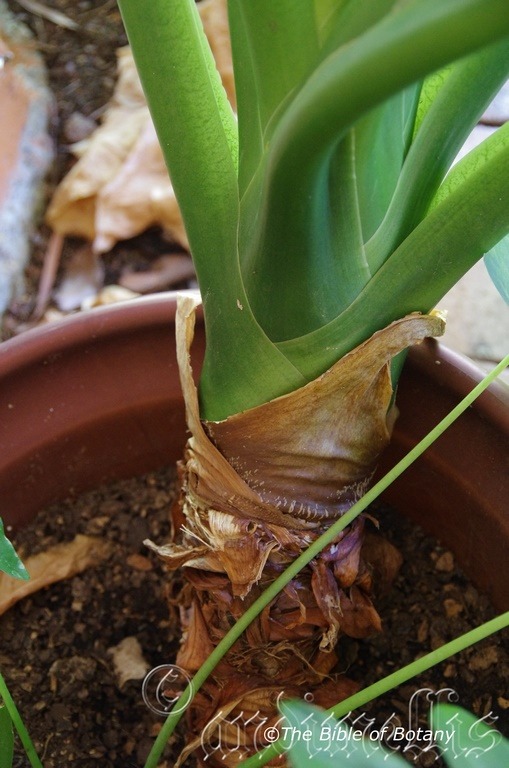
Author’s Garden The Pinnacles NSW
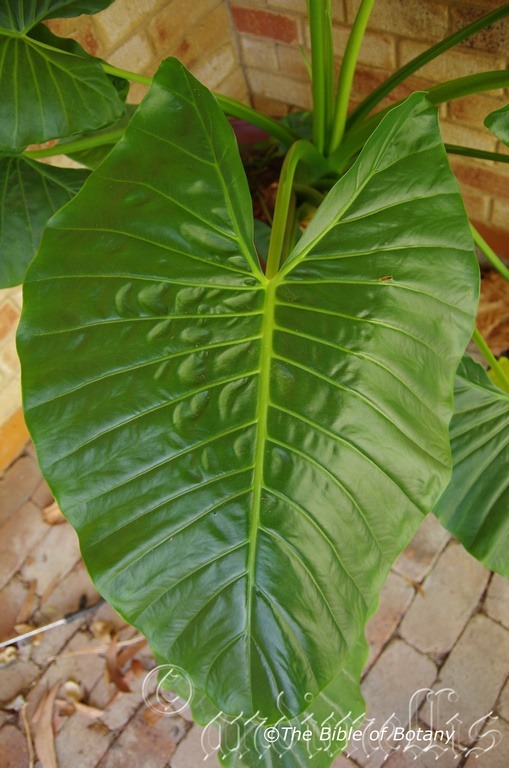
Author’s Garden The Pinnacles NSW
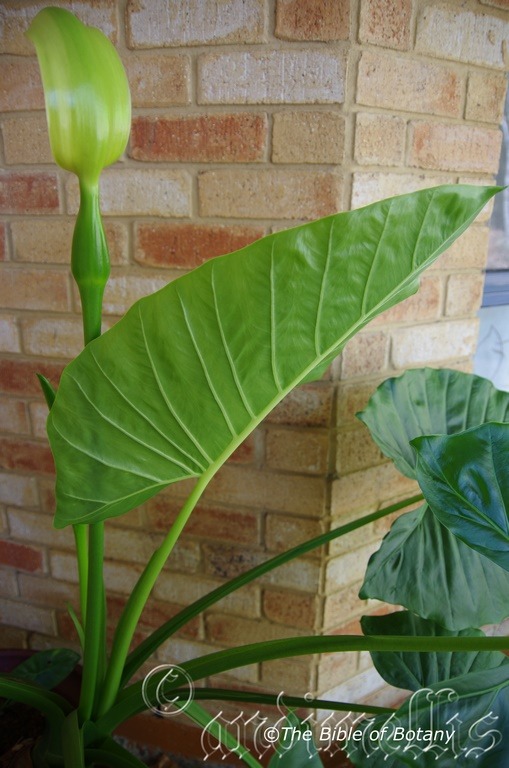
Author’s Garden The Pinnacles NSW
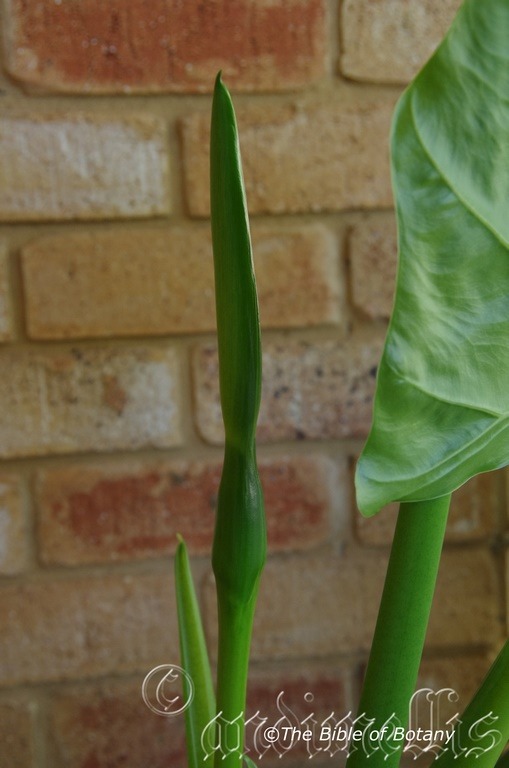
Author’s Garden The Pinnacles NSW
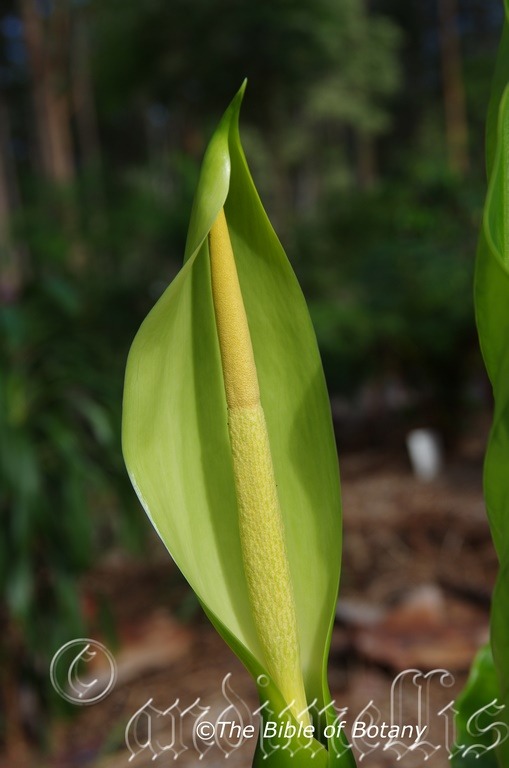
Author’s Garden The Pinnacles NSW
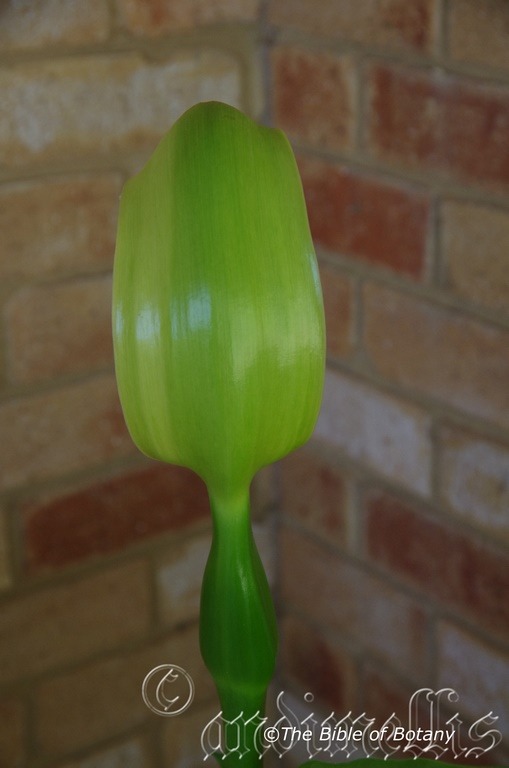
Author’s Garden The Pinnacles NSW
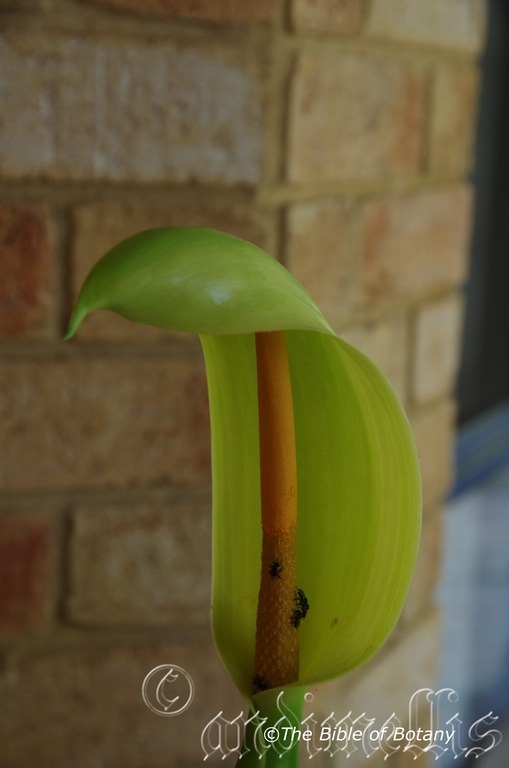
Author’s Garden The Pinnacles NSW

Author’s Garden The Pinnacles NSW
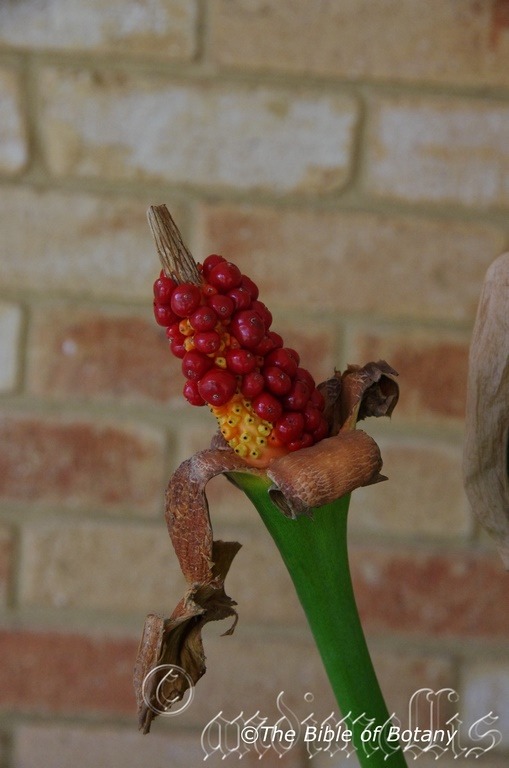
Author’s Garden The Pinnacles NSW
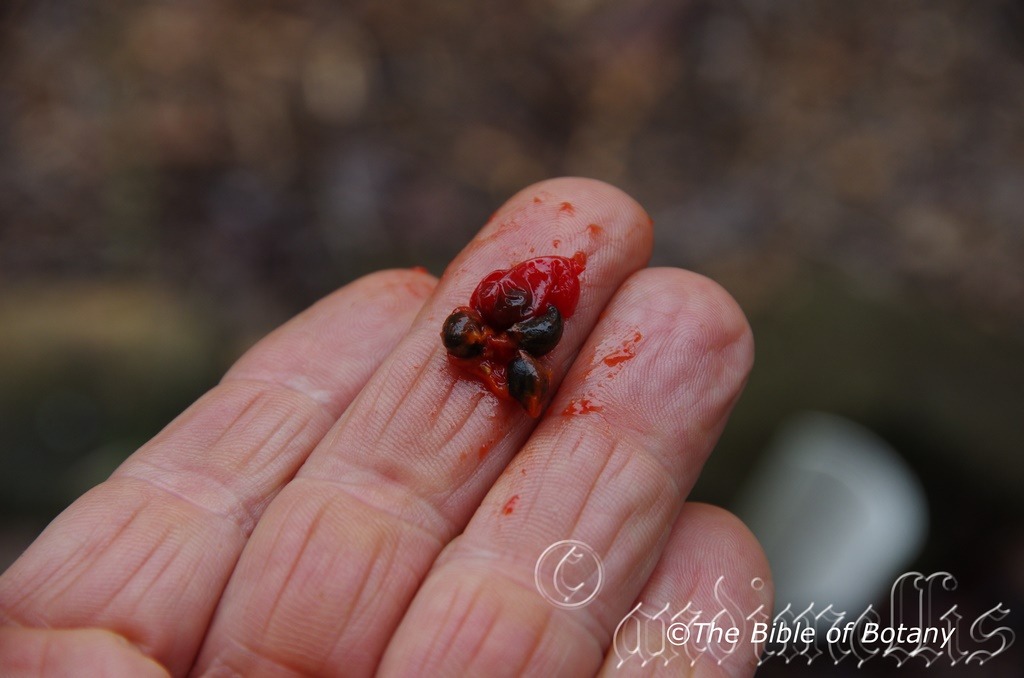
Author’s Garden The Pinnacles NSW

Author’s Garden The Pinnacles NSW

Author’s Garden The Pinnacles NSW
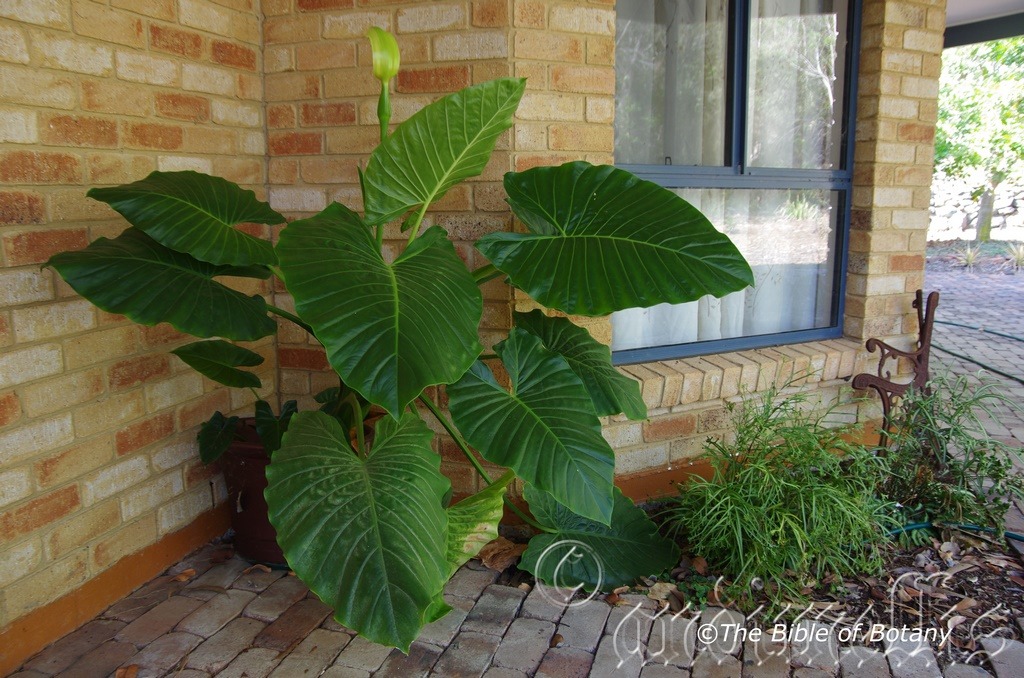
Author’s Garden The Pinnacles NSW
Alocasia brisbanensis
Classification:
Class: Monocots
Order: Alismatales
Family: Araceae
Subfamily: Aroideae
Tribe: Colocasieae
Genus: From A, which is Ancient Greek for is without or not having and Colocasia, for the Egyptian Lotus root. It refers to roots, which appear to be similar to the Lotus.
Specie: From Brisbane, which is Latinized for Brisbane and Anum/Ensis, which is Latin for originating from. It refers to which originate along the Brisbane River.
Sub specie:
Common Name: Spoon Lily.
In the Gumbaynggirr Aboriginal language it is known as Dawguway and around Brisbane it is known as Cunjevoi.
Distribution:
Alocasia brisbaniensis is a very common plant of the wet areas within a rainforest and along the banks of creeks, streams and rivers. It is found growing naturally from the Illawarra district in the south to North Queensland. It is mainly found east of the Great Dividing Range.
https://avh.ala.org.au/occurrences/search?taxa=Alocasia+brisbaniensis#tab_mapView
Habitat Aspect Climate:
Alocasia brisbaniensis prefers filtered light to dense shade. It grows in littoral rainforests, sub-tropical rainforests, well developed rainforests, rainforest margins and moist areas along to creeks and rivers. It is also found growing along seepage lines along fault lines and hillsides. The altitude ranges from 5 meters ASL to 800 meters ASL.
The temperatures range from 2 degrees in July to 34 degrees in January.
The rainfalls range from lows of 850mm to an average of 3200mm.
Soil Requirements:
Alocasia brisbanensis prefer medium clays to heavy clays, medium silts to heavy silts. The soils are derived from black basalts, metamorphic rocks or alluvial deposits. The PH ranges from 5.5pH to 7.5pH. It tolerates waterlogged soils. Non saline soils to moderately saline soils are tolerated.
Height & Spread:
Wild Plants: 1m to 2.5m by 2m to 2.5m.
Characteristics:
Alocasia brisbanensis is an unusual herb with a thick tuberous like stem to 1500mm in height and 130mm thick. The weak stem has a tendency to become decurrent with age and with the weight of the large leaves. The stem is pale grass green and heavily covered with persistent old leaf bases.
The leaves are a very distinctive feature of the plant being sagitate to ovate sagittate. It is light green, 750mm to 800mm in length by 600 mm to 650mm in width. The margins are entire. The leaves are held erect on petioles which measure 700mm to 1100mm in length. The petioles are pale grass green with or without faint green or purplish irregular markings.
Alocasia brisbanensis flowers are borne on a spike within a spathe. The 120mm to 150mm peduncle is a little longer than the leaf petioles spathe at 800mm to 1200mm long. The spathe is constricted around the ovary for 60mm to 85mm where it splits to form the ovate to lanceolate typical spoon shape behind the spadix of the arum lilies. The overall length of the spathe is 160mm to 250mm. The spathe is a pale green to creamy green externally and creamy yellow internally. The cream to pale creamy yellow spadix emerges for 70mm to 75mm.
The creamy coloured male flowers appear for 40mm to 70mm at the apex of a common spike with the female flowers. The male flowers are linear with 40 fused filaments. The pollen is pale cream to translucent.
The female flowers are confined to 30mm to 40mm at the base of the spike and are separated from the male flowers by a 10mm to 30mm section in the middle. The female flowers are globular with a 3 lobed stigma.
When Alocasia brisbaniens is in flower they have a sweet rose scent that covers a very large area, especially early morning and late into the evenings.
Flowering can occur at any time during November and December though early November will see a peak in activity.
The Fruits of Alocasia brisbanensis are produced at the base of the spike which is enclosed by the bottom third of the spathe. The spathe is persistent and turns from the green to yellow before withering when the fruits ripen. The spathe recurves to reveal the individual fruits with the seeds are crowded along the spike. The fruit are a large ovoid to ellipsoidal aggregate. The aggregate measures 60mm to 90mm in length by 40mm to 50mm in diameter. The individual fruits turn a bright scarlet red when ripe. The oblong fruits have square corners which soon become round as fruits are discharge their seeds or are removed from the spike. They measure 7mm to 14mm in length by 6mm to 8mm in diameter.
The black seeds measure 6mm to 7mm in length by 4mm to 5mm in width near the base.
Wildlife:
Alocasia brisbanensis are favoured by native stingless bees of the Trigona species and the Blue banded bee Amegilla will swarm to Alocasia brisbanensis when in flower. The flowers have copious quantities of pollen and nectar.
There are four species of Hawk moths which eat the leaves and petioles of Alocasia brisbanensis. (Hippotion celerio, Theretra oldenlandiae, Theretra tryoni and Theretra nessus. ) The moth’s larvae can strip several plants in a few days.
Cultivation:
It would make an good fire retardant large lily because of its large fleshy leaves.
* Fire retardant plants act as radiant heat screens and absorb more heat from an approaching fire without burning.
* Fire retardant trees are able reduce wind speed near a house or out buildings.
* Fire retardant also trap embers and sparks carried by the wind.
* Fire retardant ground covers are able to catch burning embers without catching fire themselves, and also slow the travel of a fire through debris and litter on the ground.
Alocasia brisbanensis is an ideal plant for that special tropical look as it is fast growing and the large sagittate leaves give a real tropical feel. It does exceptionally well in wet or moist shaded areas around pools, shady court yards or on the south side of a home where many plants just won’t grow because of drainage problems.
It is a beautiful feature plant when mass planted creating a real tropical look and feel beneath tall trees in a very short time.
Do not plant Alocasia brisbanensis where wind damage can occur or where it is too exposed as the leaf petioles will break. Old leaves will need to be trimmed to keep a clean fresh look from time to time.
Another downside to the plant is that all parts of the plant is poisonous. Alocasia brisbanensis can cause death so make sure children understand the dangers or the plant is inaccessible or difficult to get to.
On the positive side, there is probably not another native plant that can offer the magnificent distinctive scent that the flowers emit in the evenings and early mornings throughout November and December when it is in flower. When the seeds form the spathe will open up to reveal the scarlet red seeds an additional transformation of colour and curiosity takes place.
Every year I collect the seeds, place them in a bucket ready to clean the flesh that surrounds them; and within a day the pulp ferments and the smell of wine lingers throughout the premises. WARNING: Do not be tempted to try the wine as this plant is VERY POISONOUS and the resulting wine has not been tested. We have made a wine from the fruits. It ferments quickly, and leaves a clear rose coloured wine. It bottles well and kept for several years. We had to dispose of it due to the probability that it may still contain toxins. If the wine loses its toxicity during fermentation then their maybe a truly great opportunity to market it similar to toad fish in Japan or Cane Toads in South America as a specialty wine.
The plants may need replanting every 2 years to keep them at their best.
Where mass plantings of Alocasia brisbaniensis are required, as a feature; plant them at 1 meter centers.
INDOORS OR POTTED ON:
Alocasia brisbaniensis is a good subject for indoors and on patios but quickly outgrow their tubs. When growing inside plants should have a good quality indoor mix.
Sawdust or sand mixes are too well draining unless the sawdust has completely composted down where it exhibits a texture like plasticine to the touch. Moisture can be squeezed out between the fingers yet it remains moist. I find this a great basis to start with.
Mix equal parts of the well decomposed saw dust with the above feel with perlite and vermiculite. To this add two part sharp clean sand and one part compost. Make sure the sand comes from a source that does not have salt.
The Saw dust in this condition creates the moisture retention and holds nutrient in. The perlite and vermiculite make the mix neutral and both have great water holding capacity without shrinkage with age. The sand creates good drainage and is good for good healthy root development.
Indoor plants need good light and ventilation without drying breezes or wind. Again fertilize the plants on a monthly basis with the above formula on a rotation basis.
Propagation:
Seeds:
Before sowing the seeds into a seed raising mix, the flesh needs to be cleaned off. Simply wash under fresh running water. CAUTION: Wear gloves as contact with the skin can cause skin irritation in some people and accidental poisoning may occur if you touch your lips during the process of cleaning. Another method is to leave the seeds sit in a container for a day or two and simply rinse under running water once fermentation starts.
Sow the seeds directly onto a seed tray and cover to a depth of 10mm. place the trays in a warm shady position until the young shoots appear. When the seedlings are 20mm to 30mm tall, prick them out and plant them into 50mm native tubes using a good organic mix.
Fertilize using Seaweed, fish emulsion or organic chicken pellets soaked in water on an alternate basis. Fertilize every two months until the plants are established then annually in early September or March to maintain health, vitality and better flowering.
Once the seedlings reach 100mm to 150mm in height plant them out into their permanent position water in well and fertilize with one of the above solutions.
Further comments from readers:
Hi reader, it seems you use The Bible of Botany a lot. That’s great as we have great pleasure in bringing it to you! It’s a little awkward for us to ask, but our first aim is to purchase land approximately 1,600 hectares to link several parcels of N.P. into one at The Pinnacles NSW Australia, but we need your help. We’re not salespeople. We’re amateur botanists who have dedicated over 30 years to saving the environment in a practical way. We depend on donations to reach our goal. If you donate just $5, the price of your coffee this Sunday, We can help to keep the planet alive in a real way and continue to bring you regular updates and features on Australian plants all in one Botanical Bible. Any support is greatly appreciated. Thank you.
In the spirit of reconciliation we acknowledge the Bundjalung, Gumbaynggirr and Yaegl and all aboriginal nations throughout Australia and their connections to land, sea and community. We pay our respect to their Elders past, present and future for the pleasures we have gained.
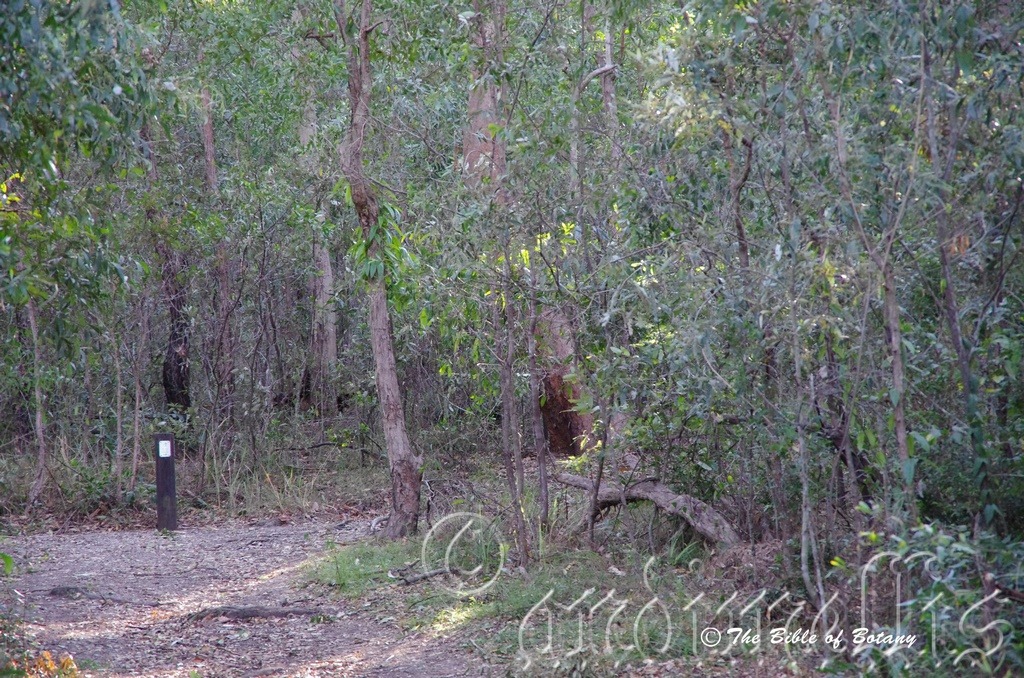
Seven Hills Qld.

The Pinnacles NSW

The Pinnacles NSW
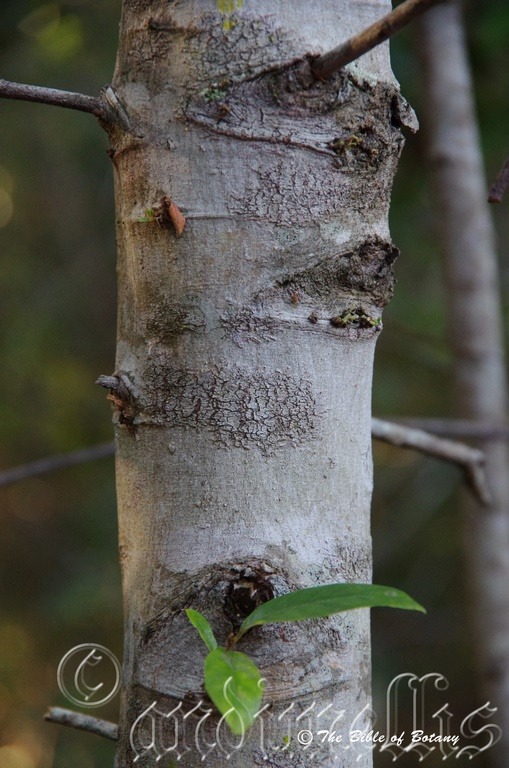
Seven Hills Qld.
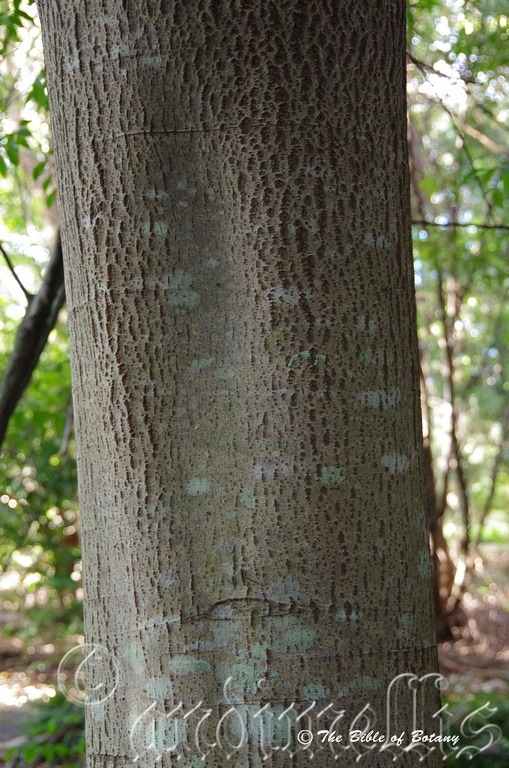
The Pinnacles NSW
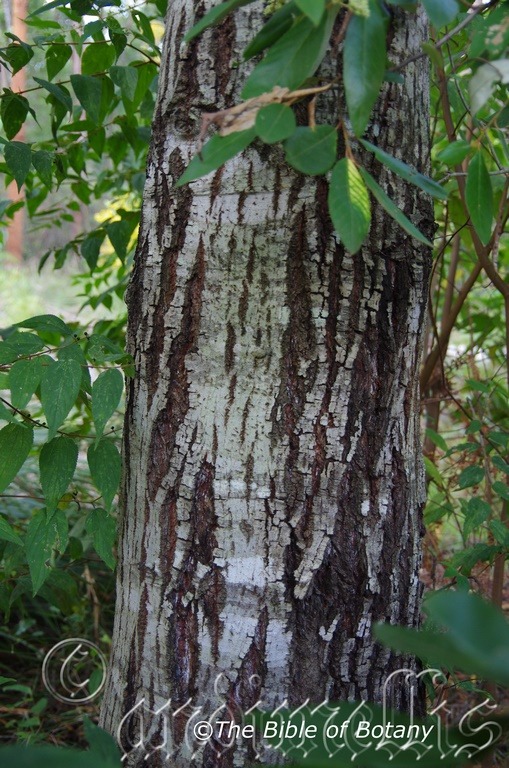
The Pinnacles NSW

The Pinnacles NSW
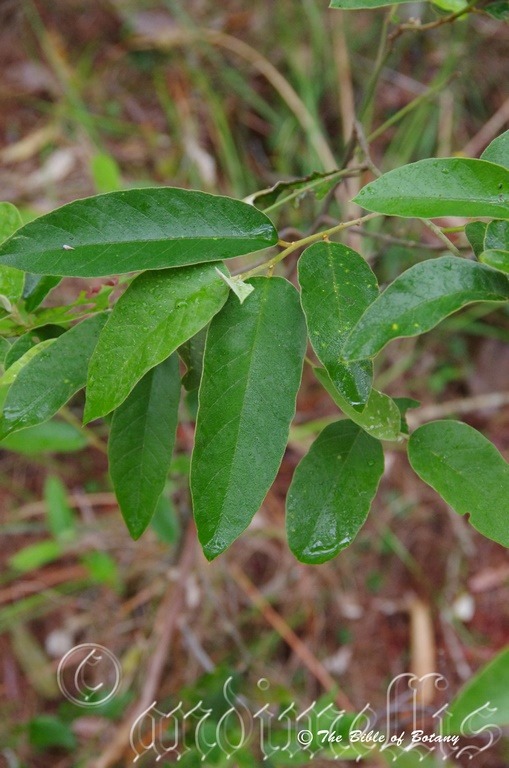
The Pinnacles NSW

The Pinnacles NSW
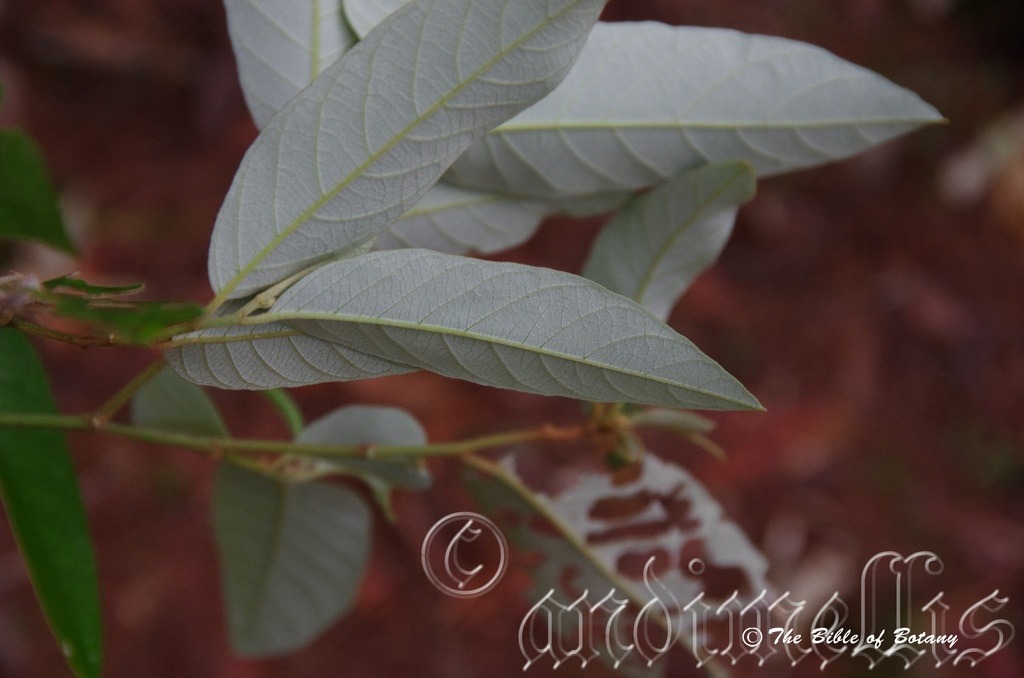
The Pinnacles NSW
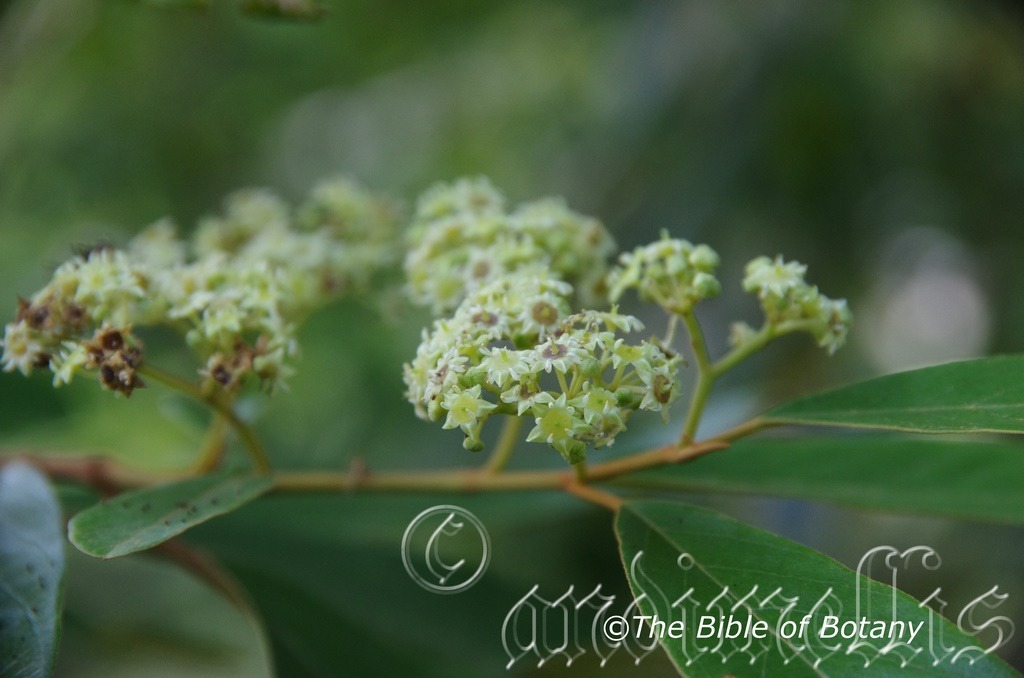
The Pinnacles NSW

The Pinnacles NSW

The Pinnacles NSW

The Pinnacles NSW

The Pinnacles NSW
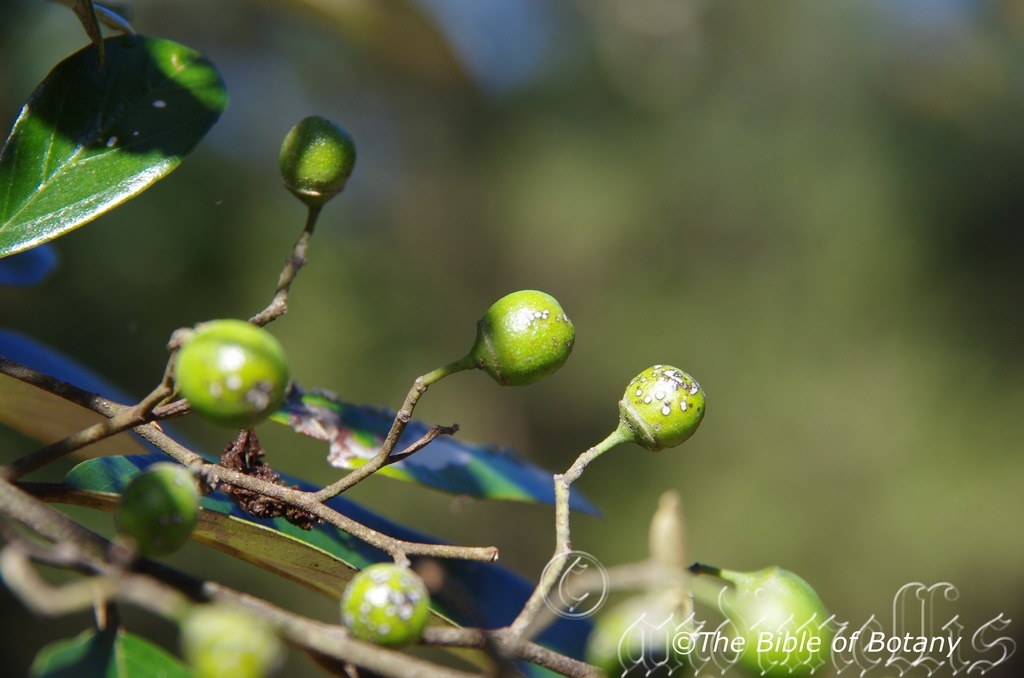
The Pinnacles NSW
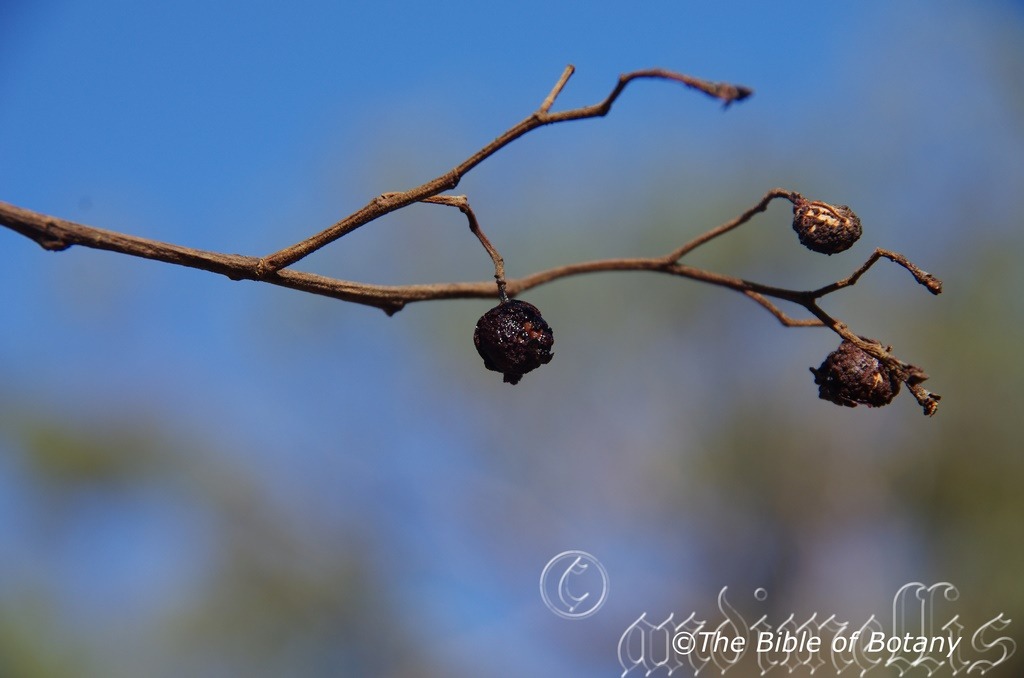
The Pinnacles NSW
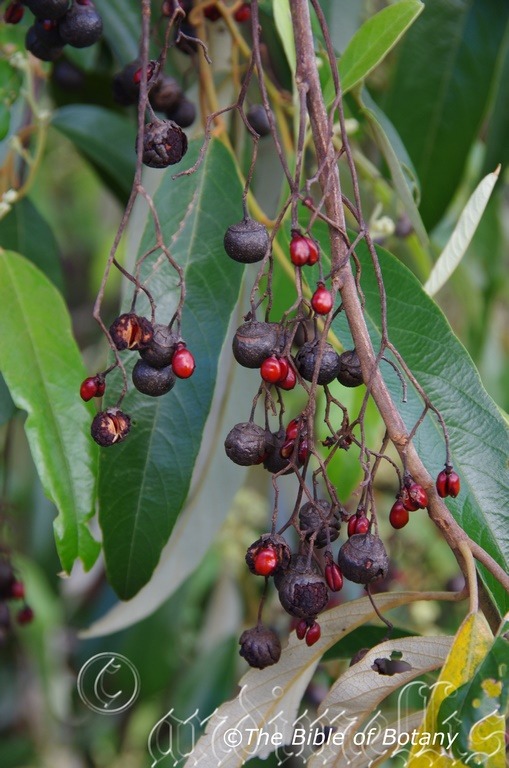
The Pinnacles NSW

The Pinnacles NSW
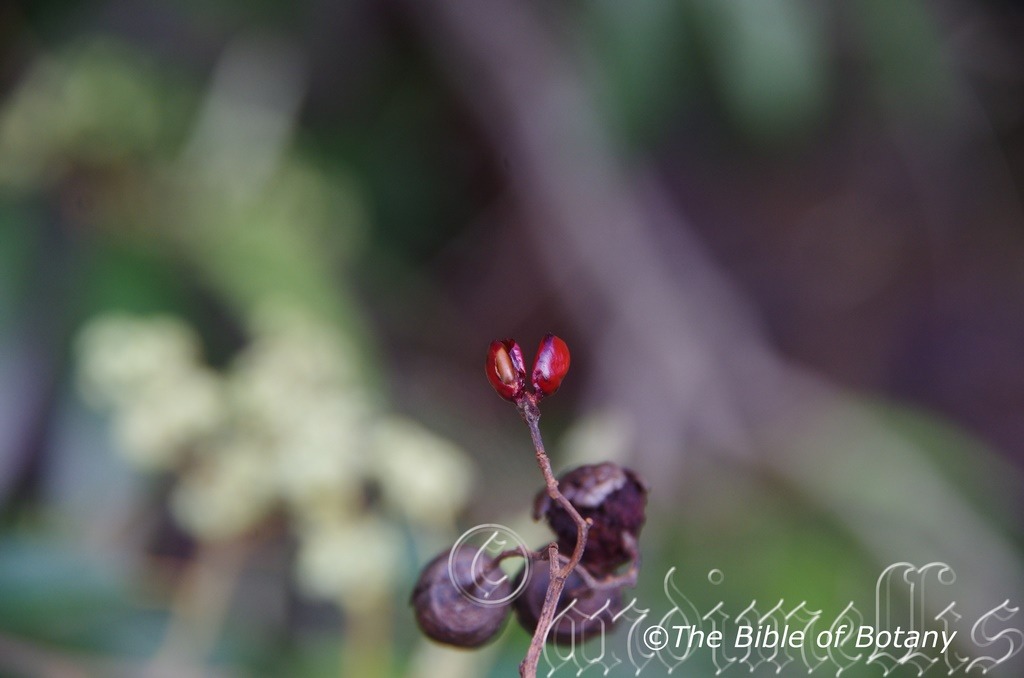
The Pinnacles NSW
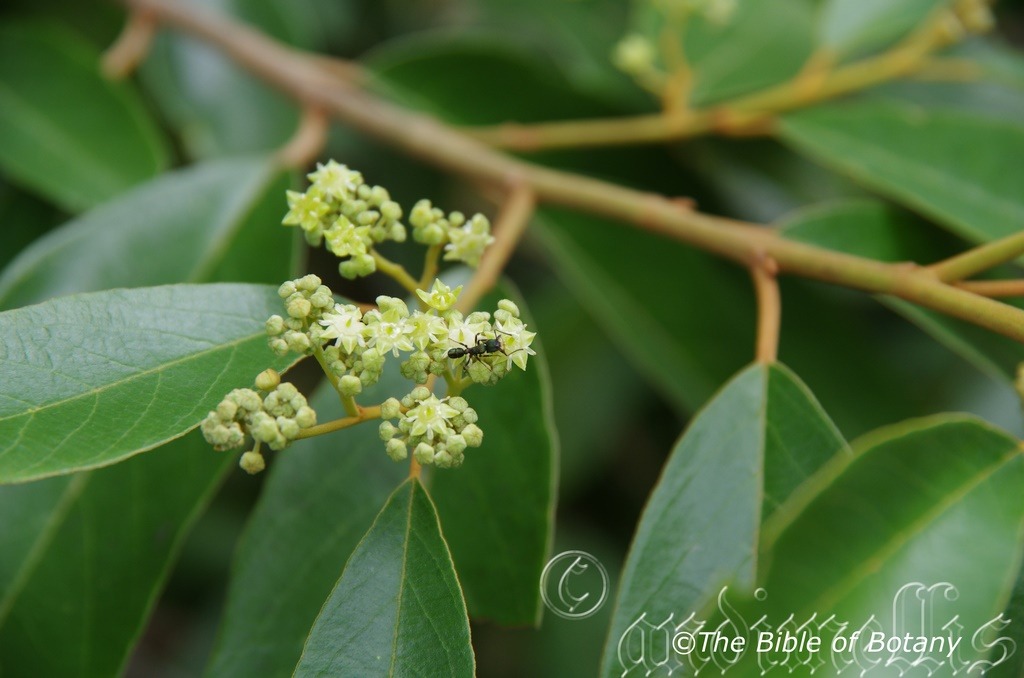
Rhytidoponera metallica The Pinnacles NSW
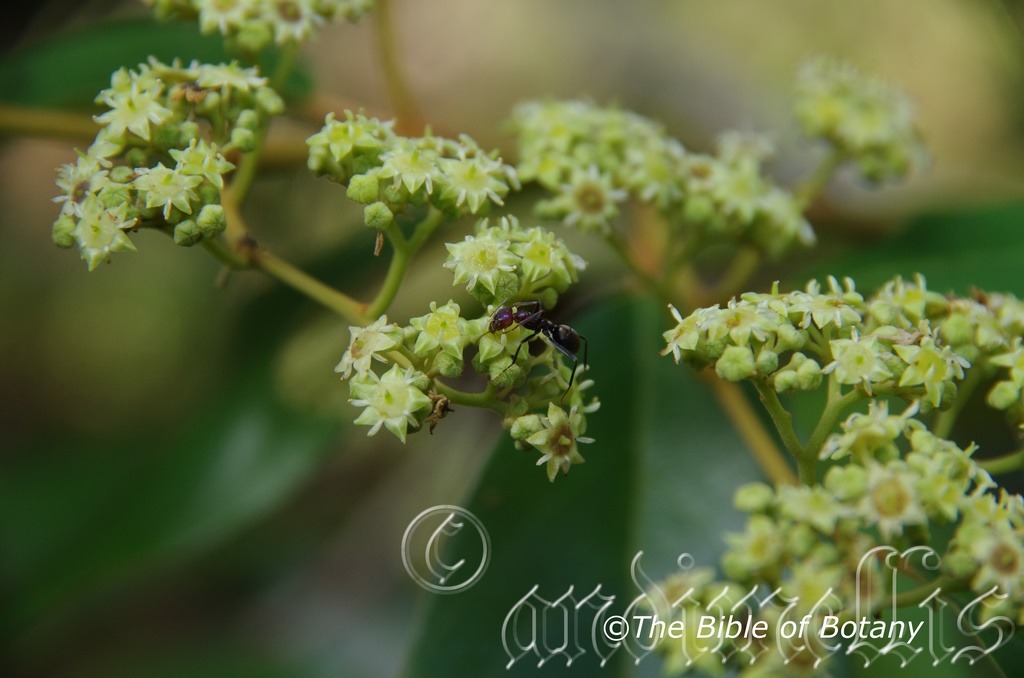
Iridomyrmex purpureus The Pinnacles NSW
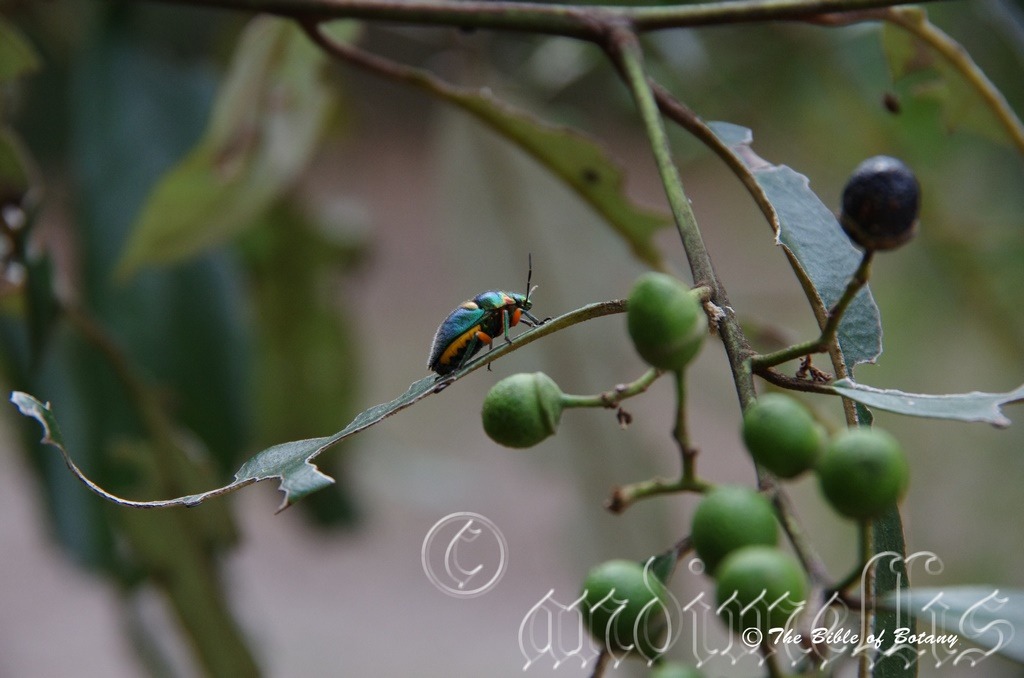
Jewel Beetle Scutiphora pedicellata The Pinnacles NSW

King Parrot, Alisterus scapularis The Pinnacles NSW
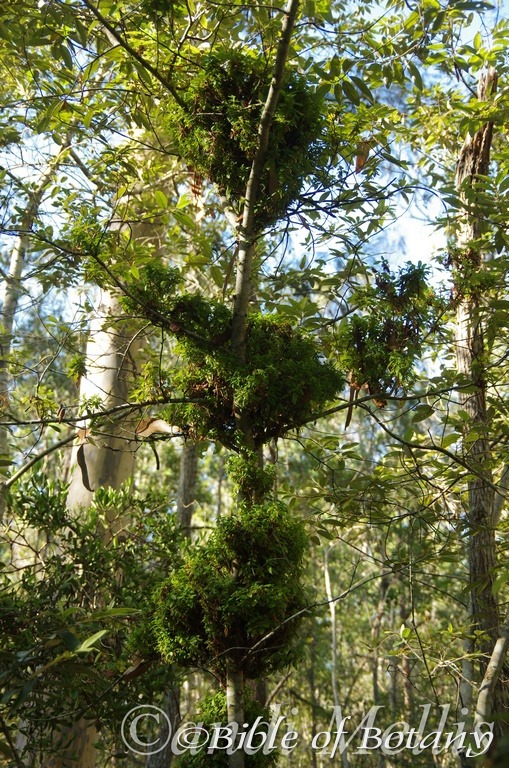
Fasciation or helical growth Mill Creek, Fortis Creek National Park NSW
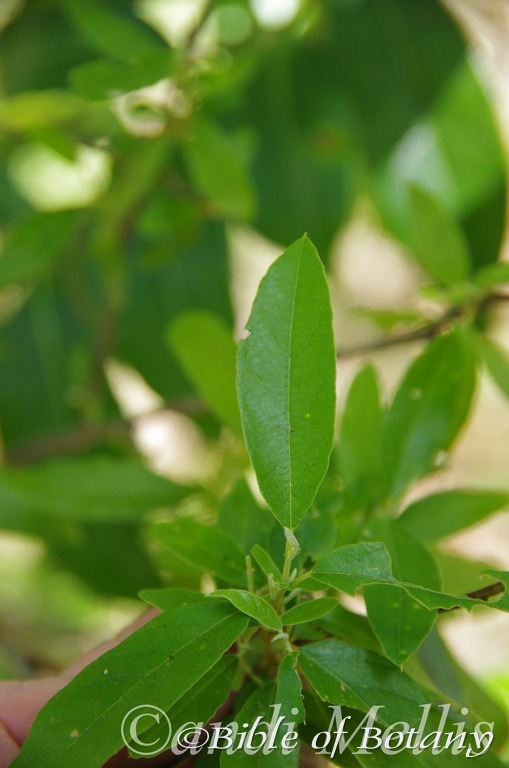
Dwarf form from Corymbia Conservation Park
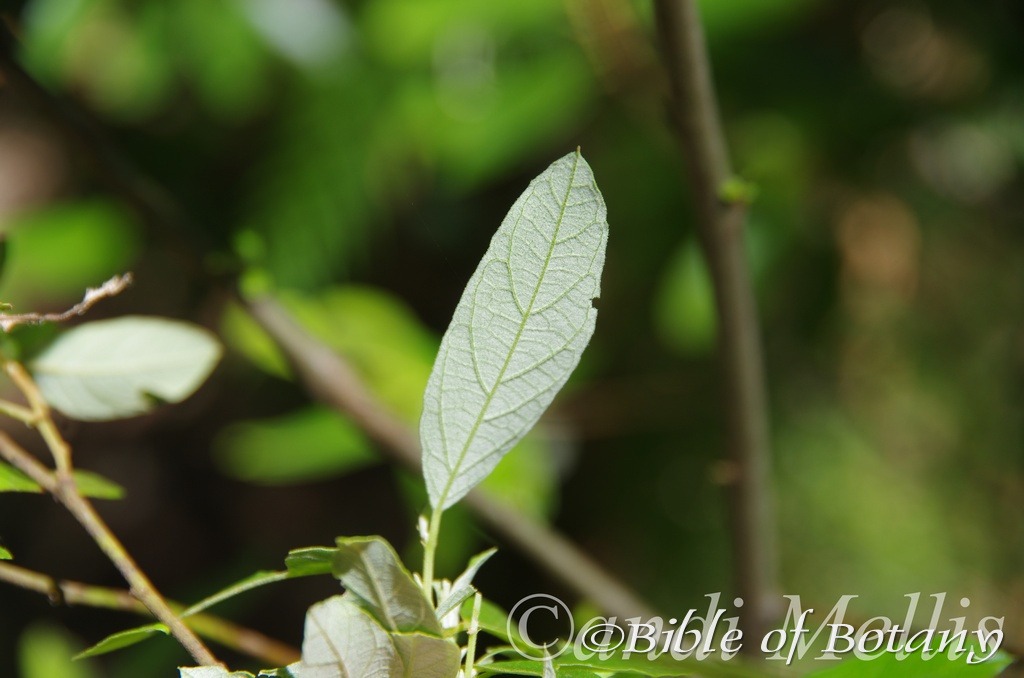
Dwarf form from Corymbia Conservation Park
Alphitonia excelsa
Classification:
Class: Magnoliopsida
Order: Rosales
Family: Rhamnaceae
Genus: From Alphiton, which is Ancient Greek for baked barley mealy. It refers to the floury red mealy around the seeds.
Specie: From Ex, which is Latin for out of the ordinary, outside or external and Celsa, which is Latin for high. It refers to trees, which are taller than other species in the genus.
Sub specie:
Common Name: Red Ash or Soap Bush.
Distribution:
Alphitonia excelsa is widespread throughout Eastern New South Wales, most of Queensland except for the South West, the Northern parts of the Northern Territory and Far North east Western Australia. West of the Great Dividing Range it favours water courses and is common in gallery forests and monsoonal forests.
https://avh.ala.org.au/occurrences/search?taxa=Alphitonia+excelsa#tab_mapView
Habitat Aspect Climate:
Alphitonia excelsa prefers full sun though to dappled shade in open Eucalyptus forests, adjacent to rainforests or open woodlands. The altitude ranges from 5 meters ASL to 1000 meters ASL.
The temperatures range from minus 2 degrees in July to 40 degrees in January.
The rainfalls range from lows of 350mm to an average of 4000mm annually.
Soil Requirements:
Alphitonia excelsa prefer medium clays to heavy clays, medium silts to heavy silts. The soils are derived from black basalts, metamorphic rocks or alluvial deposits. The PH ranges from 5pH to 7.5pH. It tolerates seasonal waterlogged soils. Non saline soils to very saline soils are tolerated as are salt laden winds.
Height & Spread:
Wild Plants vary greatly in size. On poor heavy soils or heathlands it will grow as a large shrub 2m to 5m by 2m to 4m, but in association with rain forest peripheral trees it may attain heights of 35m by 10 meters and have a trunk diameter of over a meter.
Characteristics:
The trunk of Alphitonia excelsa is slightly fissured up to and including the larger branches and is covered in lichens of various shades. The base of the trunk is corky and slightly flanged on large trees. The bark and branches and trunk are a silvery grey and glabrous. Branchlets are olive green to fawn and are densely covered in short fawn to pale rusty-golden hirsute hairs.
Alphitonia excelsa’s alternate elliptical or oblong to ovate or broad lanceolate leaves measure 50mm to 140mm in length by 20mm to 50mm wide. The base is cuneate while the apex is narrowing acute to broad acute. The margins are entire. The mid vein is prominent on the lower lamina and is golden yellow while it is distinctly visible on the upper lamina and is also a golden yellow colour. The discolourous leaves are deep glossy sea green to deep sea grey-green above and silvery white below. Juvenile foliage is densely covered in short rusty to golden hirsute hairs. The stipules are linear and measure 2mm to 10mm in length by 1mm to 1.5mm in width. The petiole is 5mm to 16mm in length.
The inflorescence of Alphitonia excelsa is a compound cyme comprising of 80 to 120 individual flowers. Each flower is between 12mm and 15mm in diameter. The 5 small creamy green sepals are broad acute and measure 1.5mm to 2.2mm in length by 1.6mm to 2.2mm in width and are recurved when fully extended. The sepals are glabrous internally and densely covered in fine farinaceous scales and sparsely covered in short golden-rusty hirsute hairs. The 5 white petal flowers are spathulate and act like a hood around the style and become reflexed after anthesis.
The filaments are longitudinally placed on the petals while the apexes and anthers are free. The anthers measure 1mm in length.
The white style measures 2mm to 2.5mm and has a pale brown stigma. The honey scented flowers first appear in November on Northern plants through to late March on Southern plants.
Alphitonia excelsa fruit is a black globose drupe. The drupe measures 5mm to 10mm in diameter and contain two seeds. The drupe turns black on ripening and is covered in a fine white powdery film. Seeds ripen from October in the North through to January in the South.
There is also a form west of Brisbane which has bright green, elliptical leaves with cuspidate tips. The petioles measure 4mm to 6mm in length.
The lower three photographs are of a dwarf form that John Edwards has found in the Clarence Valley and made a positive ID for me. The alternate ovate leaves measure 30mm to 50mm in length by 12mm to 18mm in width. The base is cuneate while the apex is narrowing acute. The margins are entire. The mid vein is prominent on the lower lamina and is pale golden yellow, while it is slightly visible on the upper lamina. The discolourous leaves are pale, semi glossy grass-green on the upper lamina, while the lower lamina is silvery white below. The venation is identical to the taller trees. The height of the dwarf trees measure 2 meters to 3 meters by 1 meter in diameter with dense compact foliage. The new shoots are densely covered in short white hirsute hairs. Thanks John.
Wildlife:
Alphitonia excelsa is an ideal plant for the control of soil erosion on heavy soils and often appears as a pioneer species. It supports a large variety and number of small beetles, moths, native flies and bees when in flower.
The leaves are the host to at least two butterflies the Moonlight Jewel, Hypochrysops delicia; and the caterpillars of the Small Green-Banded Blue, Psychonotis caelius taygetus. www. saveourwaterwaysnow. com. au . Another group of moth larvae found on Alphitonia sp. are the looper moth larvae from Geometridae family.
http://www. brisbaneinsects. com/brisbane_loopers/GEOMERRIDAE. htm
Many birds which include the noisy minor (Manorina melanocephala), all the Thornbills such as the Brown Thornbill (Acanthiza pusilla) frequent the trees to feast on the many insects and beetles which are attracted to the nectar filled flowers when in bloom.
The seeds are eaten by the Crimson Rosella Platycercus elegans and king Parrot Alisterus scapularis.
Alphitonia excelsa has recently been seen, several times with fasciation growth. The only other plant I have seen in the wild which is subject to fasciation is Lobelia pedunculata. I have also added the following description of fasciation in the text. It can be a genetic mutation that causes a plant’s growing tip/s to become flattened or elongated, or to look like multiple stems fused together.
Fasciation is where a plants abnormality is usually derived from a genetic mutation, but can be from fungi or insect damage, which causes a plants normal growing tip/s to become flattened or elongated, or to look as if several stems have been fused together, while helical growth is a pattern of growth that involves circular movements, coiling, and twisting.
John edwards and I, have found in some areas in the Clarence Valley, “Alphitonia excelsa” seems to be prone to fasciation, while other locations only an isolated plant maybe affected.
- Fasciation can be caused by malformation of plant stems that can cause abnormally strange growths,
- It can cause stems to be wide, flattened, and ribbed, or to grow in a spiral formation,
- It can cause flowers to look like two or more flowers have been grafted together as one or
- It can cause plant parts to increase in density.
Fasciation is caused by hormonal, genetic (mutations), bacterial, fungal, viral, or at times environmental factors, induced by physical damage to the growing point or caused by plant pests, such as insects, mites, or pathogens. The outer branches in the photo are normal whereas some of the branches close to the main trunk have become distorted by physical damage to the growing point or caused by plant pests, such as insects, mites, or pathogens.
Cultivation:
This is one tree that is highly underrated in medium to large gardens. Too many people look at the leaf damage on small immature plants and forget the beauty of its leaves and very distinctive trunk on mature trees. The attraction of pollinators in flower and the birds it attracts.
Alphitonia excelsa contrast in the upper and lower lamina of its foliage makes an attractive contrast on breezy days. This is a great tree to grow in warm temperate, sub-tropical, tropical and semi-arid gardens. This is a beautiful large bushy shrub or more usually small tree that grows 5 meters to 10 meters by 5 meters to 10 meters in the garden depending on soil types. As it is hardy on most soil types it is easy to grow giving a wonderful display.
The tree is fast growing and tolerates light frosts. It is partly deciduous dropping older leaves in late autumn or early winter. The leaves turn a bright yellow before being shed. When attacked by the larvae of butterfly species the tree can look disappointingly ugly for a while until the next flush of leaves emerge. The larvae have a tendency to make the tree bushier in the long term.
While many people love attracting birds to the garden especially honey eaters the insectivorous birds are rarely considered. This is one tree that can change all that as it attracts a host of small flying insects and of course the birds follow.
Plant them back from the house and vegetable patch and they will help lure the bugs away and down the throats of those insectivorous birds being attracted.
Alphitonia excelsa is an excellent small garden tree for those who are looking for that special tree for small epiphytic orchids and ferns. I have seen some trees almost entirely covered in Pyrrosia rupestre and Pyrrosia longifolia.
Propagation:
Seeds: Alphitonia excelsa’s seeds require treatment before sowing. Pre-treat by placing the seeds into a glass of hot water or nick the seeds before sowing. Allow the water to cool before planting. Sow into a seed raising mix. Place the trays in a sunny warm spot. Keep them moist but not wet. Fresh seeds will germinate very quickly but all seed is erratic in germination and viability so don’t be disappointed if the first lot do not come up. Be patient and try seeds from different trees. When the seedlings are 25mm to 50mm tall, prick them out and plant them into 50mm native tubes using a seed raising mix. Leave a few snail pellets around for snails and slugs when germination starts as it is a susceptible to slugs and snails.
Once the seedlings reach 175mm to 200mm in height plant them out into their permanent position. Use spacing of 4 meters to 5meters for mass plantings.
Fertilize using Seaweed, fish emulsion or organic chicken pellets soaked in water on an alternate basis. Fertilize every two months until the plants are established then annually in early September or March to maintain health, vitality and better flowering.
Further comments from readers:
Hi reader, it seems you use The Bible of Botany a lot. That’s great as we have great pleasure in bringing it to you! It’s a little awkward for us to ask, but our first aim is to purchase land approximately 1,600 hectares to link several parcels of N.P. into one at The Pinnacles NSW Australia, but we need your help. We’re not salespeople. We’re amateur botanists who have dedicated over 30 years to saving the environment in a practical way. We depend on donations to reach our goal. If you donate just $5, the price of your coffee this Sunday, We can help to keep the planet alive in a real way and continue to bring you regular updates and features on Australian plants all in one Botanical Bible. Any support is greatly appreciated. Thank you.
In the spirit of reconciliation we acknowledge the Bundjalung, Gumbaynggirr and Yaegl and all aboriginal nations throughout Australia and their connections to land, sea and community. We pay our respect to their Elders past, present and future for the pleasures we have gained.
Alpinia arundelliana
Classification:
Class: Commelinids
Order: Zingiberales
Family: Zingiberaceae
Subfamily: alpiniodeae
Genus: Is named in honour of Prospero Alpini; 1553-1617, who was an Italian physician and botanist.
Specie: From Arundo, which is Latin for a reed. It refers to grasses, which are tall thin, and bamboo or reed like.
Sub specie:
Common Name: Native Ginger.
Distribution:
Alpinia arundelliana is found south Fraser Island in central coastal Queensland to Newcastle in central coastal New South Wales. It is mainly found on and east of the Great Dividing Range to the coast.
https://avh.ala.org.au/occurrences/search?taxa=Alpinia+arundelliana#tab_mapView
Habitat Aspect Climate:
Alpinia arundelliana can be found growing in full shade to dappled shade in well-developed rainforests or wet Eucalyptus forests. The altitude ranges from 10 meters ASL to 250 meters ASL.
The temperatures range from 2 degrees in July to 34 degrees in January.
The rainfalls range from lows of 860mm to an average of 2000mm annually.
Soil Requirements:
Alpinia arundelliana prefer medium clays to heavy clays, medium silts to heavy silts. The soils are derived from black basalts, metamorphic rocks or alluvial deposits. The PH ranges from 5.5pH to 7.5pH. It tolerates seasonal waterlogged soils. Non saline soils to moderately saline soils are tolerated.
Height & Spread:
Wild Plants: 1m to 2m by 1m to 3m.
Characteristics:
Alpinia arundelliana is a member of the Ginger family. The stems have a semi pendulant habit and vary from 1 meter to 2 meters in length by 4mm to 8mm in diameter. The stems are glabrous pale green to mid green with purplish markings. The thick, fawn rhizomes measure 8mm to 15mm in diameter.
The leaves of Alpinia arundelliana‘s ligules are entire and glabrous or with minute white ciliate hairs. The ligules measure 3mm to 4mm in length. The lamina is oblong-lanceolate to linear-lanceolate and measure 120mm to 250mm in length by 20mm to 40mm in width on mature plants. The base is cuneate and clasping while the apex is acuminate. The discolourous leaves are glabrous, bright green, semi glossy on the upper lamina and paler on the lower lamina. The margins are entire. The north Queensland form has red to maroon on the lower lamina. The laminas are flat while the margins are entire.
Alpinia arundelliana‘s inflorescence is a glabrous spike. The spikes measure 50mm to 80mm in length while the pedicels measure 2mm to 4mm. There are 30 to 70 individual flowers on a spike.
The outer tepals measure 3mm to 4mm in length while the inner tepals form a tube which measure 3mm to 4.5mm in length. The reniform labellum is shortly clawed and measures 4mm to 6mm in length by 6mm to 8mm in width. The claws are rose red.
The lateral staminodes are minute and measure less than 0.5mm in length. The stamen filaments measure 1mm to 2mm in length.
The style and 3 locular ovaries are glabrous and measure 2mm to 2.5mm in length. The white tipped yellow flowers mainly appear in September to October but occasionally they also can be seen in August and December.
The fruits of Alpinia arundelliana are globose capsules. The capsules measure 9mm to 12mm in diameter and can hang on the plant into early winter. The deep blue to deep purple-blue outer covering is brittle and peels off very easy. When the fruit is ripe there is a small amount of white flesh around the seeds which dries soon after ripening. The pulp is quite sweet to tarty without a distinct flavour. The woody fruit splits into three compartments to release the small black seeds.
Wildlife:
The Satin Bower bird feeds on the seeds.
The roots are edible but are quite bland, fibrous and usually hard work to attain a mouthful. I have been recently informed the green seeds are a better and easier meal. Time will tell.
Cultivation:
It would make an good fire retardant large stemmed native ginger.
* Fire retardant plants act as radiant heat screens and absorb more heat from an approaching fire without burning.
* Fire retardant trees are able reduce wind speed near a house or out buildings.
* Fire retardant also trap embers and sparks carried by the wind.
* Fire retardant ground covers are able to catch burning embers without catching fire themselves, and also slow the travel of a fire through debris and litter on the ground.
Alpinia arundelliana is easy to grow in better quality soils where leaf litter and moisture are present. It will handle most conditions from light frosts to being drought resistant. In the garden it will grow 1.5 meters to 1.8 meters in height by 1.5 meters to 2 meters wide.
The leaves and stems can offer the garden a rare opportunity to use a plant for its vertical appearance, broad leaves and medium height to great advantage. It offers a good contrast around pools with a tropical look very quickly provided if some midday shade is given. Alpinia arundelliana is rather maintenance free though trimming of spent leaves and stems are necessary a couple of times a year to keep it tidy.
It is most suitable for use around semi shaded swimming pools, courtyards, besides pathways, shady rockeries, along sandy clay banks or along drive ways or adjacent to natural bush gardens. Mass plantings of 5 or more plants even in small areas; mixed with palms can give a quick fix to bare sites.
Alpinia arundelliana can be used as an indoor plant in a well-lit area for short periods. It is an excellent patio or courtyard plant where dense shade is a problem. They break up hard lines and giving a cooling affect.
Alpinia arundelliana is great understory plant in the suburban rainforest garden.
Propagation:
Seeds: Alpinia arundelliana can be sown directly into a seed raising mix. Place the trays in a warm shady position in the bush house. Keep the trays moist not wet. When the seedlings are 25 to 50 mm tall, prick them out and plant them into 50mm native tubes using a good organic mix.
Fertilize using Seaweed, fish emulsion or organic chicken pellets soaked in water on an alternate basis. Fertilize every two months until the plants are established then annually in early September or March to maintain health, vitality and better flowering.
Once the seedlings reach 150 to 200mm in height plant them out into their permanent position.
Division: Root division is possible with Alpinia arundelliana. The best time is autumn in the warmer climates or after flowering in the colder climates. The plants can be taken to rather savagely without much set back. Dig the rhizomes up and cut pieces up into 100mm lengths ensuring there is present season growth on each piece. Place into a large pot. Cover to a depth of 10mm to 20mm with good potting mix. If the rhizomes are being planted directly into the garden ensure the soil has been worked over with a little potting mix and water in with the liquid fertilizer. When the water has drained lay the rhizome out and cover it with 10mm to 20mm of potting mix. Water in well with one of the liquid fertilizers mentioned earlier. Keep moist. New shoots will appear in around two weeks.
Where mass plantings of Alpinia arundelliana are required, as a feature; plant them at 1.5 meter centers or if it is required along a fence line or a wall, plant them at 1 meter and trim off any growth that wants to exceed a dwarf look. Plant them at 2 meter centers if you want a taller look.
Indoors or Potted on Mix:
Sawdust or sand mixes are too well draining unless the sawdust has completely composted down where it exhibits a texture like plasticine to the touch. Moisture can be squeezed out between the fingers yet it remains moist. I find this a great basis to start with.
Mix equal parts of the well decomposed saw dust with the above feel with perlite and vermiculite. To this add two part sharp clean sand, one part compost and one part good crusher dust from a basalt rock quarries. Preferably black basalt but both are good. Make sure the sand comes from a source that does not have salt.
The decomposed Sawdust in this condition creates the moisture retention and holds nutrient in. The perlite and vermiculite make the mix neutral and both have great water holding capacity without shrinkage with age. The sand creates good drainage and is good for good healthy root development. The crusher dust adds vital minerals which the plants need.
Indoor plants need good light and ventilation without drying breezes or wind.
Again fertilize the plants on a monthly basis with the above formula on a rotation basis.
Further comments from readers:
Hi reader, it seems you use The Bible of Botany a lot. That’s great as we have great pleasure in bringing it to you! It’s a little awkward for us to ask, but our first aim is to purchase land approximately 1,600 hectares to link several parcels of N.P. into one at The Pinnacles NSW Australia, but we need your help. We’re not salespeople. We’re amateur botanists who have dedicated over 30 years to saving the environment in a practical way. We depend on donations to reach our goal. If you donate just $5, the price of your coffee this Sunday, We can help to keep the planet alive in a real way and continue to bring you regular updates and features on Australian plants all in one Botanical Bible. Any support is greatly appreciated. Thank you.
In the spirit of reconciliation we acknowledge the Bundjalung, Gumbaynggirr and Yaegl and all aboriginal nations throughout Australia and their connections to land, sea and community. We pay our respect to their Elders past, present and future for the pleasures we have gained.

Cangai National Park NSW

Cangai National Park NSW
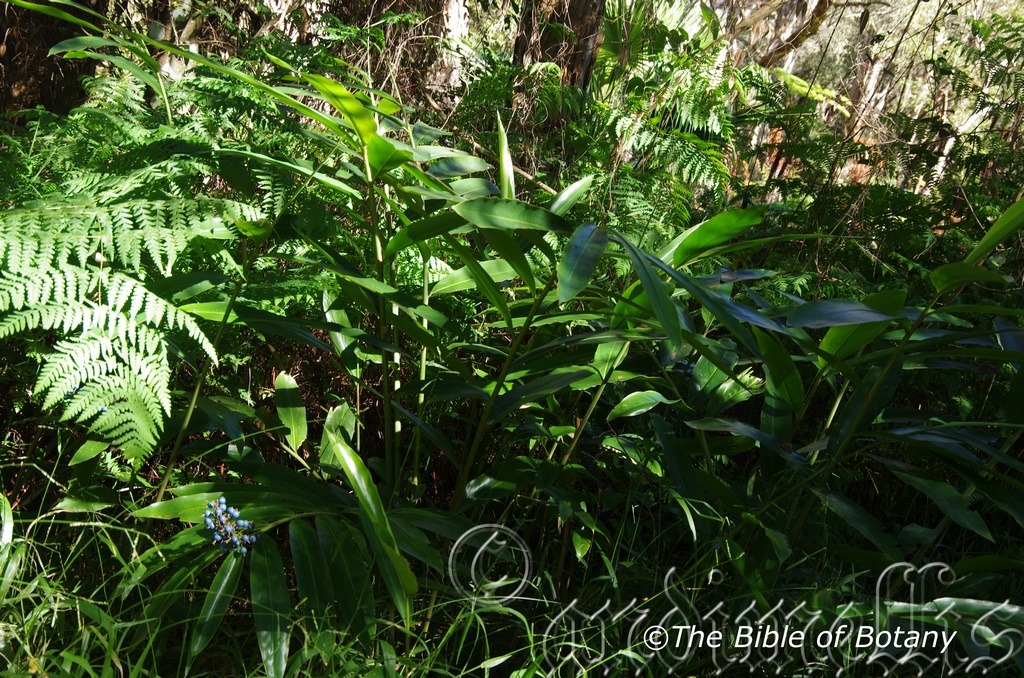
Crescent Head NSW
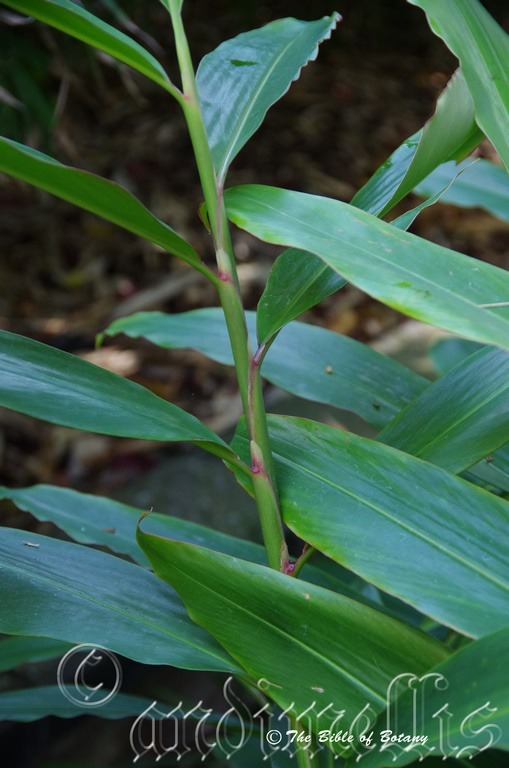
South Bank Brisbane Qld.

Norman Park Qld.

South Bank Brisbane Qld.
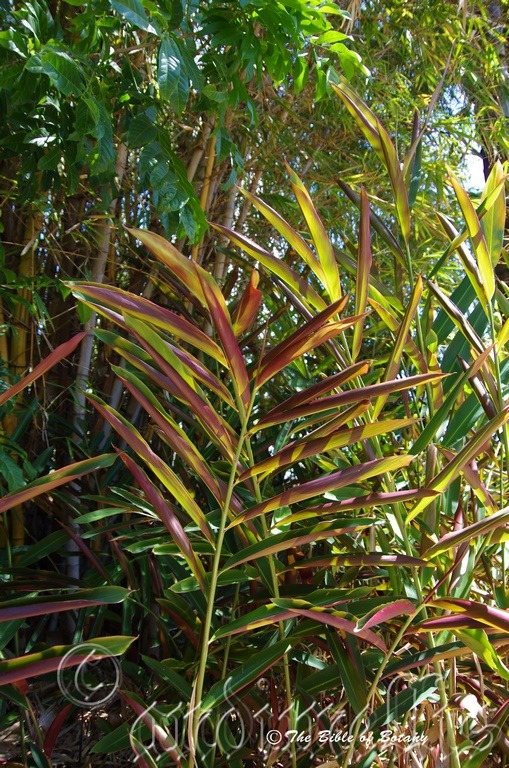
South Bank Brisbane Qld.
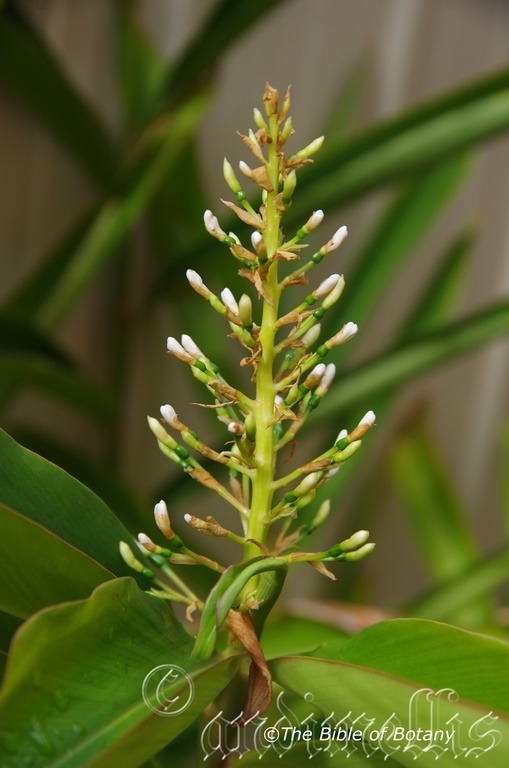
The Pinnacles NSW
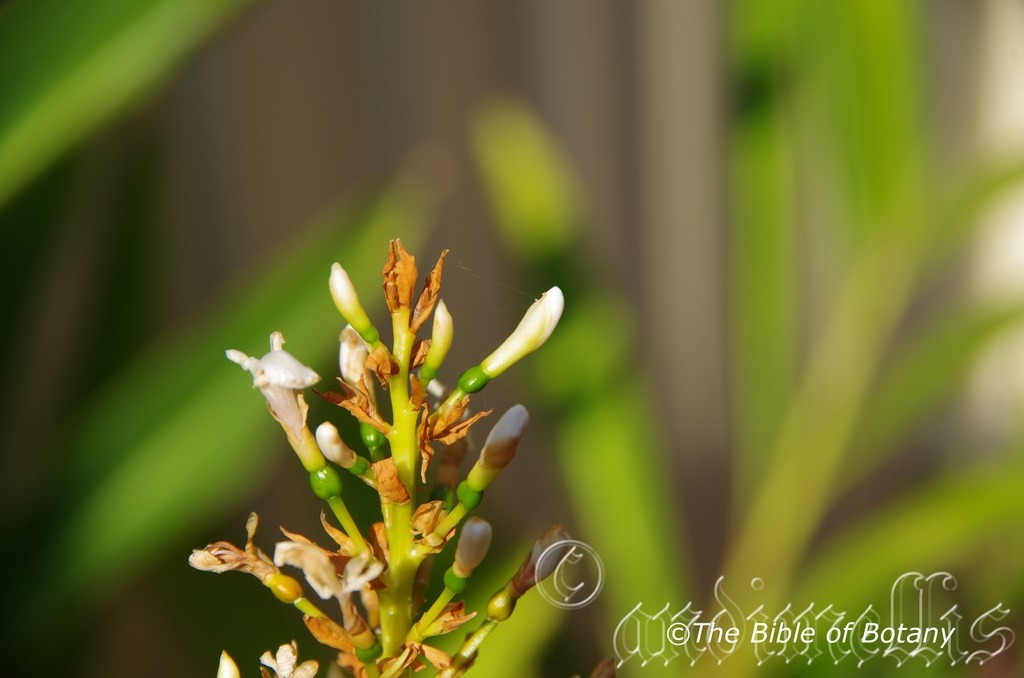
The Pinnacles NSW
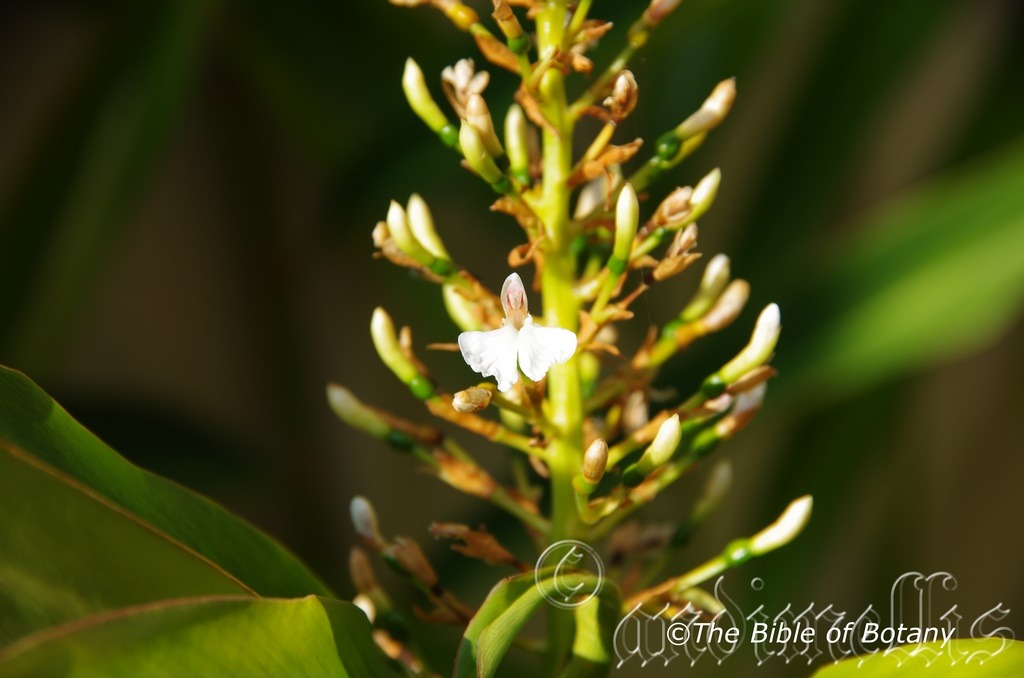
The Pinnacles NSW

The Pinnacles NSW

The Pinnacles NSW

Cangai National Park NSW
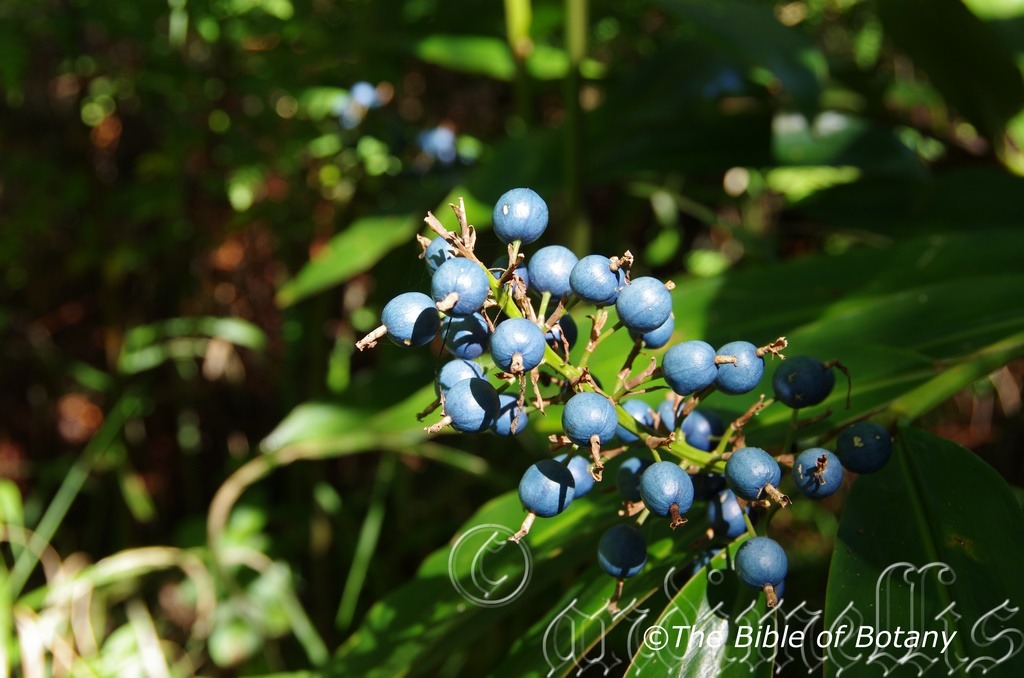
Crescent Head NSW
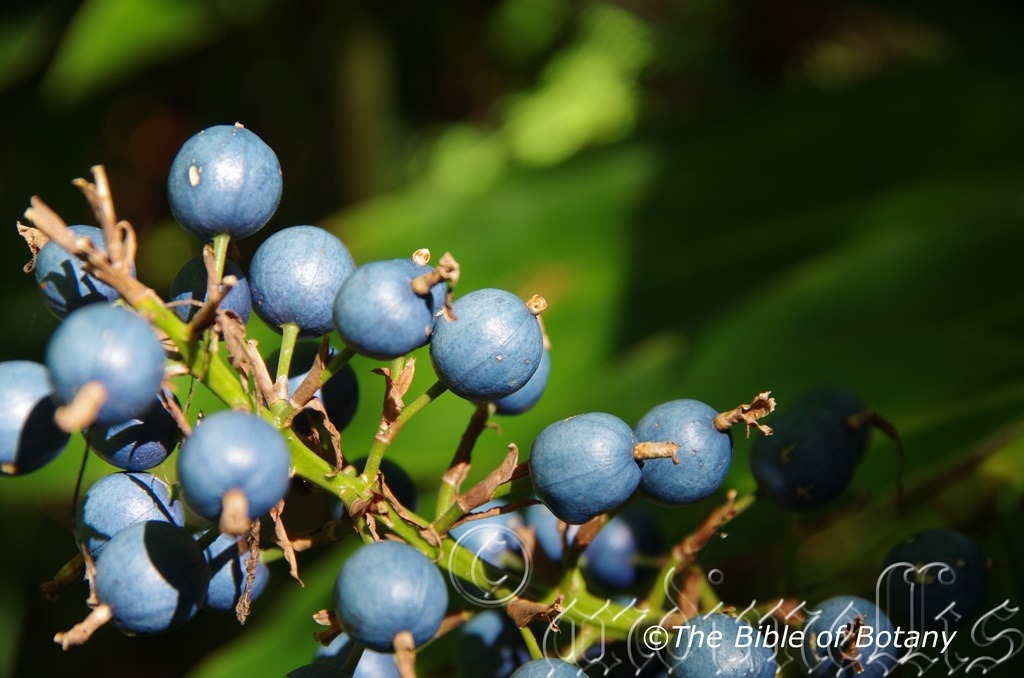
Cresceant Head NSW
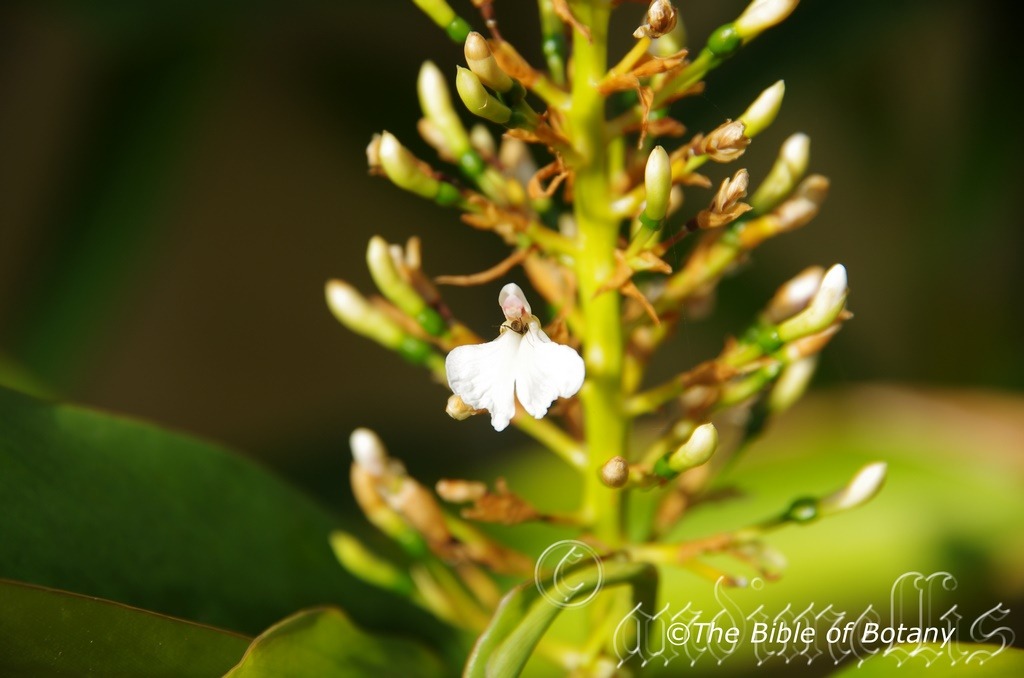
The Pinnacles NSW
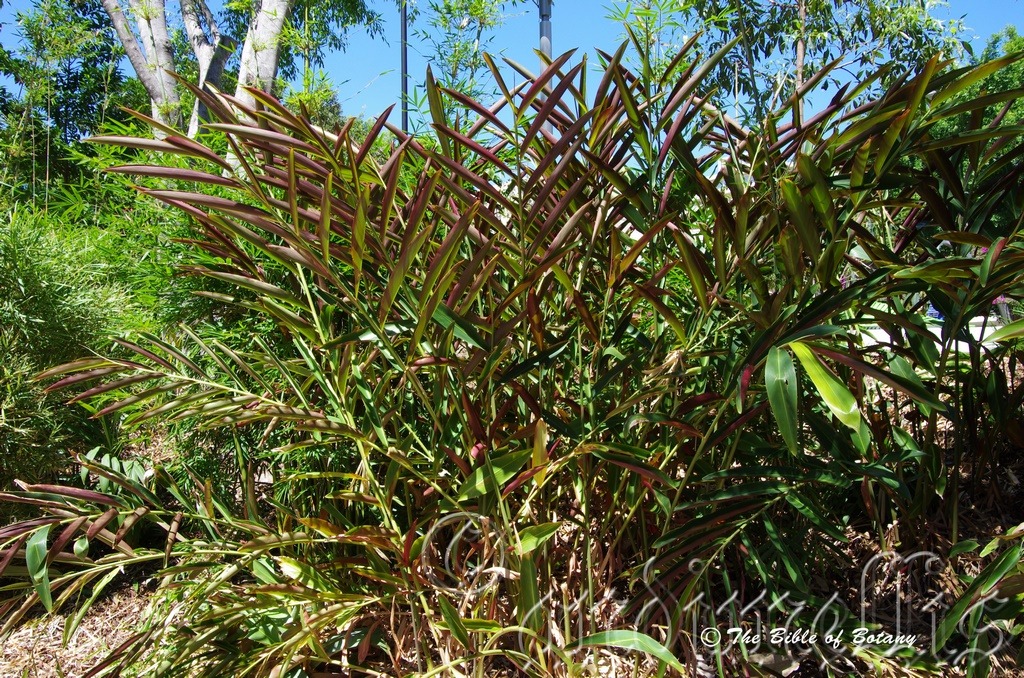
South Bank Brisbane Qld.
Alpinia caerulea
Classification:
Class: Commelinids
Order: Zingiberales
Family: Zingiberaceae
Subfamily: Alpiniodeae
Genus: Is named in honour of Prospero Alpini; 1553-1617, who was an Italian physician and botanist.
Specie: From Caerulus, which is Latin for deep blue. It refers to the deep blue fruits.
Sub specie:
Common Name: Native Ginger.
Distribution:
Alpinia caerulea is found from Jervis Bay in central New South Wales to Cape York Peninsula in far North Queensland. It is mainly found on and east of the Great Dividing Range to the coast. It is also found on the Torres Strait Islands and the Islands off the East coast of Queensland.
https://avh.ala.org.au/occurrences/search?taxa=Alpinia+caerulea#tab_mapView
Habitat Aspect Climate:
Alpinia caerulea grows in full shade to dappled shade below rainforest trees or in wet Eucalyptus forests. The altitude ranges from 5 meters ASL to 1400 meters ASL.
The temperatures range from 2 degrees in July to 34 degrees in January.
The rainfalls range from lows of 860mm to an average of 4000mm annually.
Soil Requirements:
Alpinia caerulea prefer sandy loams to medium clays. The soils are derived from black basalts, metamorphic rocks, shales, sandstones, granites, alluvial deposits or at times accumulated beach sands. The pH ranges from 5.5pH to 7.5pH. It does not tolerate waterlogged soils. Non saline soils to moderately saline soils are tolerated.
Height & Spread:
Wild Plants: 1.5m to 2.8m by 2m to 3.5m.
Characteristics:
Alpinia caerulea is a member of the Ginger family. The stems have a semi pendulant habit and vary from 1.5 meter to 3 meters in length by 4mm to 8mm in diameter. The stems are glabrous pale green to mid green with purplish markings. The thick, fawn rhizomes measure 10mm to 16mm in diameter.
The leaves of Alpinia caerulea’s ligules are entire and glabrous or with minute white ciliate hairs. The ligules measure 3mm to 4mm in length. The lamina is oblong-lanceolate to linear-lanceolate and measure 300mm to 420mm in length by 50mm to 100mm in width on mature plants. The base is cuneate and clasping while the apex is acuminate. The clasped section measures 80mm to 160mm in length. The discolourous leaves are glabrous, bright green, semi glossy on the upper lamina and paler on the lower lamina. The margins are entire. The north Queensland form has red to maroon on the lower lamina. The laminas are flat while the margins are entire.
Alpinia caerulea’s inflorescences are glabrous spikes. The spikes measure 100mm to 300mm in length while the pedicels measure 10mm to 20mm. There are 30 to 70 individual flowers on a spike.
The outer tepals measure 8mm to 11mm in length while the inner tepals form a tube which measure 12mm to 14mm in length. The circular labellum is shortly clawed and measures 8mm to 11mm in length by 8mm to 11mm in diameter. The 2 lobes measure 5mm to 8mm in length.
The lateral staminodes measure 0.8mm to 1.2mm in length. The stamen filaments measure 2mm to 3mm in length.
The style and 3 locular ovaries are glabrous. The ovaries are sparsely covered in white puberulent hairs and measure 5mm to 6mm in length. The white tipped yellow flowers mainly appear in September to October but occasionally they also can be seen in August and December.
The fruits of Alpinia caerulea are a globose capsule. The capsules measure 9mm to 12mm in diameter and can hang on the plant into early winter. The blue to purple-blue outer covering is brittle and peels off very easy. When the fruit is ripe there is a small amount of white flesh around the seeds. The pulp is quite tarty without any distinct flavour. The woody fruit splits into three compartments to release the small black seeds.
Wildlife:
Alpinia caerulea fruits are eaten by the Satin Bower bird. The roots are edible but are quite bland, fibrous and usually hard work to attain a mouthful. I have been recently informed the green seeds are a better and easier meal. Time will tell.
Cultivation:
It would make an good fire retardant long stemmed native ginger.
* Fire retardant plants act as radiant heat screens and absorb more heat from an approaching fire without burning.
* Fire retardant trees are able reduce wind speed near a house or out buildings.
* Fire retardant also trap embers and sparks carried by the wind.
* Fire retardant ground covers are able to catch burning embers without catching fire themselves, and also slow the travel of a fire through debris and litter on the ground.
Alpinia caerulea is easy to grow in better quality soils where leaf litter and moisture are present. It will handle most conditions from light frosts to being drought resistant. In the garden it will grow 2 meters in height by 2 meters wide. There are several smaller hybrids and cultivars around that only grow to half this height and spread. There is also the North Queensland form around that has deep red to maroon on the lower leaves and a dwarf variety that has deep maroon rhizomes.
The leaves and stems can offer the garden a rare opportunity to use a plant for its vertical appearance, broad leaves and medium height to great advantage. It offers a good contrast around pools with a tropical look very quickly provided some midday shade is given. Alpinia caerulea is rather maintenance free though trimming of spent leaves is necessary a couple of times a year to keep it tidy.
Alpinia caerulea can be used as an indoor plant in a well-lit area for short periods. It is an excellent patio or courtyard plant where dense shade is a problem for other plants breaking up hard lines and giving a cooling affect.
It looks great understory plant in the suburban rainforest.
Propagation:
Seeds: Alpinia caerulea can be sown directly into a seed raising mix. Place the trays in a warm shady position in the bush house. Keep the trays moist not wet. When the seedlings are 25 to 50 mm tall, prick them out and plant them into 50mm native tubes using a good organic mix.
Once the seedlings reach 150mm to 200mm in height plant them out into their permanent position.
Fertilize using Seaweed, fish emulsion or organic chicken pellets soaked in water on an alternate basis. Fertilize every two months until the plants are established then annually in early September or March to maintain health, vitality and better flowering.
Roots: Root division is possible with Alpinia caerulea. The best time is autumn in the warmer climates or after flowering in the colder climates.
The plants can be taken to rather savagely without much set back. Dig the rhizomes up and cut pieces up into 100mm lengths ensuring there is present season growth on each piece. Place into a large pot. Cover to a depth of 10mm to 20mm with good potting mix. If the rhizomes are being planted directly into the garden ensure the soil has been worked over with a little potting mix and water in with the liquid fertilizer. When the water has drained lay the rhizome out and cover it with 10mm to 20mm of potting mix. Water in well with one of the liquid fertilizers mentioned earlier. Keep moist. New shoots will appear in around two weeks.
Where mass plantings of Alpinia caerulea are required, as a feature; plant them at 1.5 meter centers or if it is required along a fence line or along a wall plant those at 1 meter and trim off any growth that wants to exceed a dwarf look. Plant them at 2 meter centers if you want a taller look.
INDOORS OR POTTED ON:
Sawdust or sand mixes are too well draining unless the sawdust has completely composted down where it exhibits a texture like plasticine to the touch. Moisture can be squeezed out between the fingers yet it remains moist. I find this a great basis to start with.
Mix equal parts of the well decomposed saw dust with the above feel with perlite and vermiculite. To this add two part sharp clean sand, one part compost and one part good crusher dust from a basalt rock quarries. Preferably black basalt but both are good. Make sure the sand comes from a source that does not have salt.
The decomposed Sawdust in this condition creates the moisture retention and holds nutrient in. The perlite and vermiculite make the mix neutral and both have great water holding capacity without shrinkage with age. The sand creates good drainage and is good for good healthy root development. The crusher dust adds vital minerals which the plants need.
Indoor plants need good light and ventilation without drying breezes or wind.
Again fertilize the plants on a monthly basis with the above formula on a rotation basis.
Further comments from readers:
Hi reader, it seems you use The Bible of Botany a lot. That’s great as we have great pleasure in bringing it to you! It’s a little awkward for us to ask, but our first aim is to purchase land approximately 1,600 hectares to link several parcels of N.P. into one at The Pinnacles NSW Australia, but we need your help. We’re not salespeople. We’re amateur botanists who have dedicated over 30 years to saving the environment in a practical way. We depend on donations to reach our goal. If you donate just $5, the price of your coffee this Sunday, We can help to keep the planet alive in a real way and continue to bring you regular updates and features on Australian plants all in one Botanical Bible. Any support is greatly appreciated. Thank you.
In the spirit of reconciliation we acknowledge the Bundjalung, Gumbaynggirr and Yaegl and all aboriginal nations throughout Australia and their connections to land, sea and community. We pay our respect to their Elders past, present and future for the pleasures we have gained.
Alstonia actinophylla
Classification:
Unranked: Eudicots
Unranked: Asterids
Order: Gentianales
Family: Apocynaceae
Tribe: Plumeriae
Subtribe: Alstoniinae
Genus: Is named in honour of Doctor Charles Alston, 1683-1860, who was a professor of Medicine at Edinburgh University.
Specie: From Actinos, which is Ancient Greek for a ray, and Phullon/Phyllon, which are Ancient Greek for a leaf. It refers to leaves or flowers, which radiate out from a central point.
Sub specie:
Common Name: Milk Tree.
Distribution:
Alstonia actinophylla is found from the tip of Cape York Peninsula in north Queensland south to Mackay in Queensland on the eastern side of the Great Dividing Range. In the Northern Territory it is found in Kakadu National Park, down the west coast of the Northern Territory and Bathurst and Melville Islands. It is also found in the Kimberleys in the northwest of Western Australia and along the Ord River.
https://avh.ala.org.au/occurrences/search?taxa=Alstonia+actinophylla#tab_mapView
Habitat Aspect Climate:
Alstonia actinophylla prefer full sun. The trees are adjacent to low land and coastal rain forests in dry Eucalyptus forests. It is also found growing along creeks and river banks in arid the arid areas and in monsoonal forests. Soils found on alluvial plains adjacent to rivers creeks and streams to rocky ridges and slopes are all acceptable habitats depending on rainfall. The altitude ranges from 10 meters ASL to 600 meters ASL.
The temperatures range from 12 degrees in July to 44 degrees in January.
The rainfalls range from lows of 700mm to an average of 3200mm annually. Plants growing in lower rainfall areas will be found growing where permanent moisture can be obtained from creeks and streams.
Soil Requirements:
Alstonia actinophylla prefer sandy loams to medium clays. The soils are derived from black basalts, metamorphic rocks, shales, sandstones, granites, alluvial deposits or at times accumulated beach sands. The pH ranges from 5.5pH to 7.5pH. It does not tolerate waterlogged soils. Non saline soils to moderately saline soils are tolerated.
Height & Spread:
Wild Plants: 5m to 25m by 3m to 18m.
Characteristics:
Alstonia actinophylla’s bark is a light grey-brown to a light creamy yellow brown with slight to deep longitudinal furrows on the main trunk. The bark is thick and corky. The bases of large trees are slightly flanged. Smaller branches are light brown smooth and glabrous. Branchlets are cream to a very light green and glabrous. When the bark is broken to reveal the cambium layer copious amounts of white, milky latex is exuded. This is where the tree gains its common name Milk Tree.
Alstonia actinophylla’s leaves are in whirls of 3 to 7 leaflets usually 5 with the longest one being the middle leaflet. The lanceolate to narrow lanceolate leaves measure 50mm to 120mm long by 6mm to 25mm wide. The intramarginal vein is difficult to distinguish from the margin because of its close proximity. The discolourous leaves are deep green on the upper lamina and much paler below. The leaf margins are entire. The base is cuneate while the apex is narrowing acute to acute. The main vein is prominent on the upper lamina for about a third of the way from the base and is distinctly visible for the remainder. It is a lighter colour compared to the lamina. Petioles measure 5mm to 8mm in length and like the Trunk, branches and branchlets will exude copious amounts of a milky fluid.
The inflorescence of Alstonia actinophylla is a compound cyme which is terminally born. The cymes measure 35mm to 50mm in length by 55mm to 70mm in diameter. The light green to yellow green rachises is 20mm to 25mm in length. The peduncles measure 20mm to 25mm in length while the pedicels are yellow green and measure 4mm to 6mm in length. There are 30 to 60 individual flowers on each cyme.
The glossy green sepals are hemi orbicular and measure 0.5mm to 1mm long by 1mm to 1.2mm wide. The silky white glabrous corolla measures 8mm to 10mm in length. The 4 narrow elliptical lobes are reflexed, contorted and wide spreading. They measure 5mm to 6mm in length by 3.5mm to 4mm in width.
The white stamens are minute while the anthers measure 0.8mm to 0.9mm in length by 0.3mm to 0.4 in width. The green style and stigma are 4mm to 5mm in length. The sweetly scented flowers appear from late September to October.
Alstonia actinophylla’s glabrous fruits are long linear pods. The pods measure 130mm to 200mm long by 5mm to 7.5mm in diameter. The green pods turn brown when ripe. They ripen from June through to September.
Alstonia actinophylla‘s seeds measure 5mm to 6mm long by 1mm to 2mm in diameter. The dull black seeds are covered in long brown pilose hairs which measure 4mm to 6mm in length. The seeds are rectangular with the corners rounded off with an acuminate or caudate ends.
Wildlife:
Alstonia actinophylla is unknown to the author.
Cultivation:
Alstonia actinophylla is an interesting subject for large gardens in semi-arid areas as the branches are usually twisted and an asymmetrical shape gives the trees a lot of character. With their great variation in size and the harsh conditions they can withstand I believe they would make good subjects for bonsai culture. The slow growth coupled with the gnarled branches would make interesting and amazing bonsai cultures.
The above feature should make them a landscape gardeners dream but for some reason they have been overlooked in the northern dry areas of Australia. Try them on rocky ground or hard rocky slopes where they can be mass planted at close intervals of 4 meters to 5 meters and thinned out as they outer branchlets come into contact with each other. The twisting and bending of the main trunk would make a large barren surface come to life when scattered planted with annuals or small prostrate ground covers.
Another desirable feature is the sweet scent of the flowers which can be enjoyed in the evenings even on the largest trees.
It should be planted away from buildings, paths water pipes and other underground services as the roots may be invasive. They make good park trees and in cultivation will normally mature with a height of 15 meters to 18 meters and a spread of 10 meters and 12 meters.
Trees are moderately fast in growth particularly when water is available with an organic fertilizer and mulch is included.
The trees should be good host for epiphytes as the bark is thick and corky. I would be tempted to try a few common orchids or fern species where the tree gains suitable height and the weather is conducive for the growth of epiphytes.
Alstonia actinophylla are best grown in the tropics where they respond to the heat and reliable rainfalls. They would make good shade trees near out buildings in arid areas where run off water can be channelled towards the roots.
Propagation:
Seeds: Alstonia actinophylla seeds can be sown directly into the seed raising mix. Cover the seeds with 5mm of mix and place the trays in a warm sunny position.
Fertilize using Seaweed, fish emulsion or organic chicken pellets soaked in water on an alternate basis. Fertilize every two months until the plants are established then annually in early September or March to maintain health, vitality and better flowering.
Once the seedlings reach 200mm to 250mm in height plant them out into their permanent position. For mass plantings the situation must be looked at.
Further comments from readers:
Hi reader, it seems you use The Bible of Botany a lot. That’s great as we have great pleasure in bringing it to you! It’s a little awkward for us to ask, but our first aim is to purchase land approximately 1,600 hectares to link several parcels of N.P. into one at The Pinnacles NSW Australia, but we need your help. We’re not salespeople. We’re amateur botanists who have dedicated over 30 years to saving the environment in a practical way. We depend on donations to reach our goal. If you donate just $5, the price of your coffee this Sunday, We can help to keep the planet alive in a real way and continue to bring you regular updates and features on Australian plants all in one Botanical Bible. Any support is greatly appreciated. Thank you.
In the spirit of reconciliation we acknowledge the Bundjalung, Gumbaynggirr and Yaegl and all aboriginal nations throughout Australia and their connections to land, sea and community. We pay our respect to their Elders past, present and future for the pleasures we have gained.
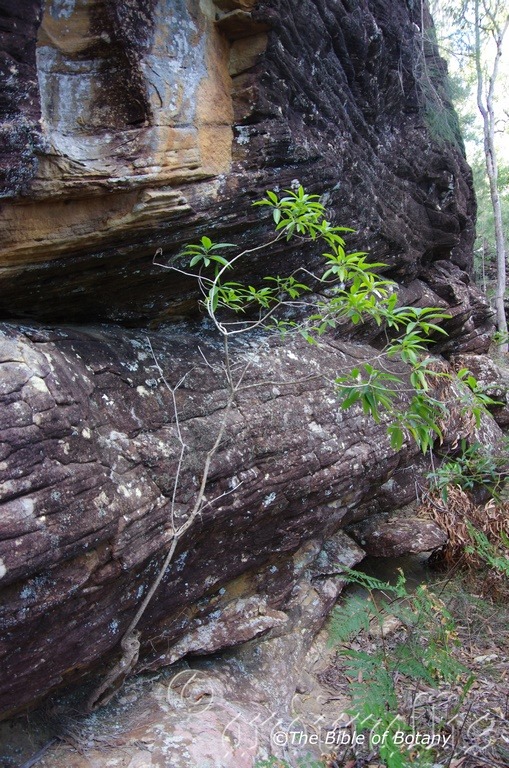
The Pinnacles NSW
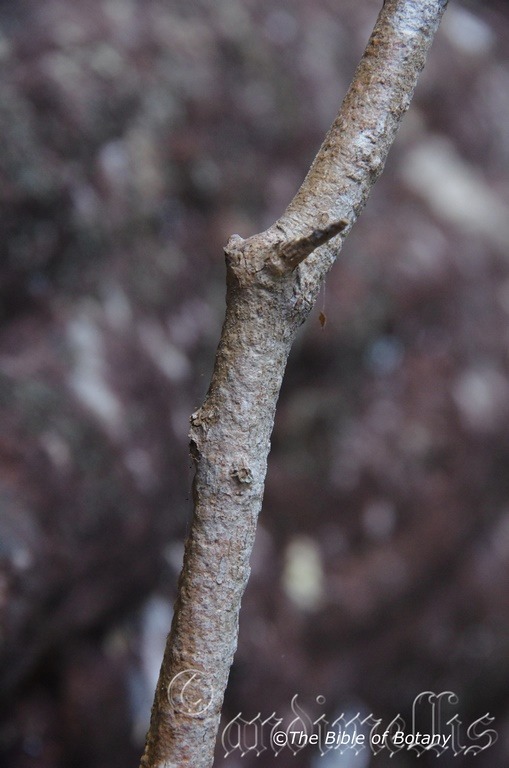
The Pinnacles NSW

The Pinnacles NSW

The Pinnacles NSW
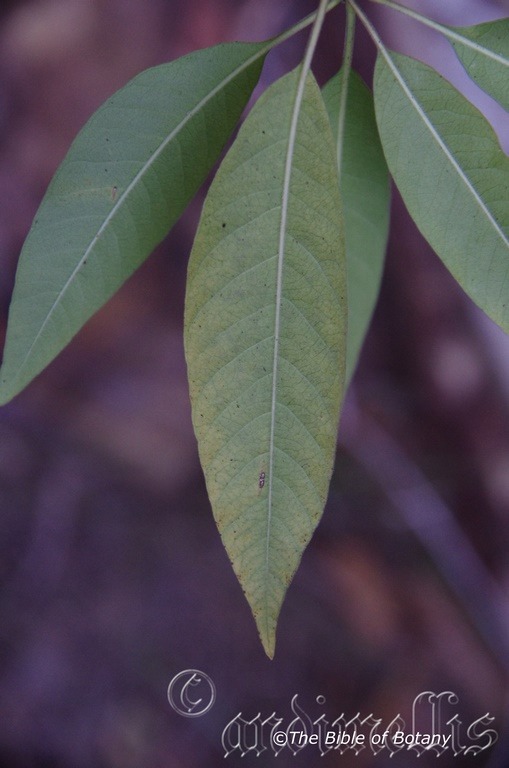
The Pinnacles NSW
Alstonia constricta
Classification:
Unranked: Eudicots
Unranked: Asterids
Order: Gentianales
Family: Apocynaceae
Tribe: Plumeriae
Subtribe: Alstoniinae
Genus: Is named in honour of Doctor Charles Alston, 1683-1860, who was a professor of Medicine at Edinburgh University.
Specie: From Con/Com, which are Ancient Greek, Latin, for to come together and Stricta, which is Latin for to tighten or to compress. It refers to organs or structures, which are drawn together more closely than those organs or structures in other species in the genus.
Sub specie:
Common Name: Devil’s Tree or Milk Tree.
Distribution:
Alstonia constricta is found from the Atherton Tablelands west of Cairns in far north Queensland south to the Blue Mountains west of Sydney. It is found on the western plains, on and east of the Great Dividing Range to the coast.
https://avh.ala.org.au/occurrences/search?taxa=Alstonia+constricta#tab_mapView
Habitat Aspect Climate:
Alstonia constricta prefer full sun to light dappled shade. The trees grow naturally in open woodlands, exposed slopes and littoral forests. The altitude ranges from 5 meters ASL to 800 meters ASL.
The temperatures range from minus 2 degrees in July to 42 degrees in January.
The rainfalls range from lows of 500mm to an average of 1300mm annually.
Soil Requirements:
Alstonia constricta prefer sandy loams to medium clays. The soils are usually derived from accumulated sands or decomposed sandstone over sandstone. The pH ranges from 5pH to 7pH. It does not tolerate waterlogged soils however even soil moisture is essential for good growth. Non saline soils to moderately saline soils are tolerated.
Height & Spread:
Wild Plants: 8m to 16m by 3m to 8m.
Characteristics:
Alstonia constricta’s grows as a large shrub or small tree. It often suckers forming thickets once damaged. The grey to yellow-brown, fissured bark is hard and scaly to corky. When young stems or the petioles are damaged it oozes a milky latex. The buds are enclosed in clear gum or resin or at times are densely covered in white hirsute hairs, while the older stems are hairless.
The simple, opposite, decussate or rarely in whorls of 4 have several caduceus stipules in leaf axils. The petioles are slender and measure 10mm to 50mm in length. The oblong-elliptic to oblong-lanceolate laminas bases are cuneate or at times oblique while the apex taper to an acuminate point and measure 60mm to 180mm in length by 7mm to 45mm in width. Both laminas are glabrous to densely covered in short soft hirsute hairs while the margins are entire. The upper lamina is deep green, glossy to dull, while the lower lamina is paler or at times yellowish-green. There are 16 to 25 pairs of distinct lateral veins on both laminas.
Alstonia constricta’s inflorescences are a terminal corymbose cyme, which measure 80mm to 120mmin length. The bisexual, actinomorphic, white to creamy-yellow flowers are perfumed. The sepals have 5 short acute apexes and measure 1mm to 2mm. The 5 petals are fused to form a narrow cylindrical tube is densely covered in soft, white hairs at the throat and measure 2.5mm to 4mm in length, while the curved, spreading corolla lobes measure 4mm to 8mm in length. The superior ovaries support the 5 anthers, which are free from the style and cylindrical stigma.
The dry spindle follicles of Alstonia constricta measure 100mm to 200mm in length by 8mm to 12mm in diameter at the broadest point. The follicles split longitudinally to release the seeds which are surrounded by a wing that is covered in long, soft, white hairs.
Wildlife:
Alstonia constricta is unknown to the author.
Cultivation:
Alstonia constricta is an interesting subject for larger gardens in tropical and subtropical and arid areas. It is fast growing when given a little moisture and fertilized on a regular basis until it is established.
Another desirable feature is the perfumed flowers which can be enjoyed even on the largest trees well into the night.
It should be planted well away from buildings, because of the habit of discarding their branches in strong winds. In cultivation it will normally mature with a height of 8 meters to 10 meters with a spread of 5 meters and 8 meters. It is best planted in the middle of a small bush garden so the beautiful trunk features can be enjoyed.
Alstonia constricta can be best enjoyed where the strong, deep coloured trunk contrasts with colour beneath so plants like Scaevola aemula and Helipterum rosea planted in mass would make a bold statement.
Propagation:
Seeds: Alstonia constricta seeds can be sown directly into the seed raising mix covering the seeds with 5mm of the mix. Water thoroughly and place the trays in a warm sunny position. Alternatively seeds can be placed directly into 50mm native tubes.
Once the seedlings reach 200mm to 250mm in height plant them out into their permanent position. For mass plantings plant them at 8m to 9m centers for a rainforest of bank establishment projects or 10 meters apart for park land situations.
Fertilize using Seaweed, fish emulsion or organic chicken pellets soaked in water on an alternate basis. Fertilize every two months until the plants are established then annually in early September or March to maintain health, vitality and better flowering.
Further comments from readers:
Hi reader, it seems you use The Bible of Botany a lot. That’s great as we have great pleasure in bringing it to you! It’s a little awkward for us to ask, but our first aim is to purchase land approximately 1,600 hectares to link several parcels of N.P. into one at The Pinnacles NSW Australia, but we need your help. We’re not salespeople. We’re amateur botanists who have dedicated over 30 years to saving the environment in a practical way. We depend on donations to reach our goal. If you donate just $5, the price of your coffee this Sunday, We can help to keep the planet alive in a real way and continue to bring you regular updates and features on Australian plants all in one Botanical Bible. Any support is greatly appreciated. Thank you.
In the spirit of reconciliation we acknowledge the Bundjalung, Gumbaynggirr and Yaegl and all aboriginal nations throughout Australia and their connections to land, sea and community. We pay our respect to their Elders past, present and future for the pleasures we have gained.

Mount Cootha Botanic Gardens Qld.
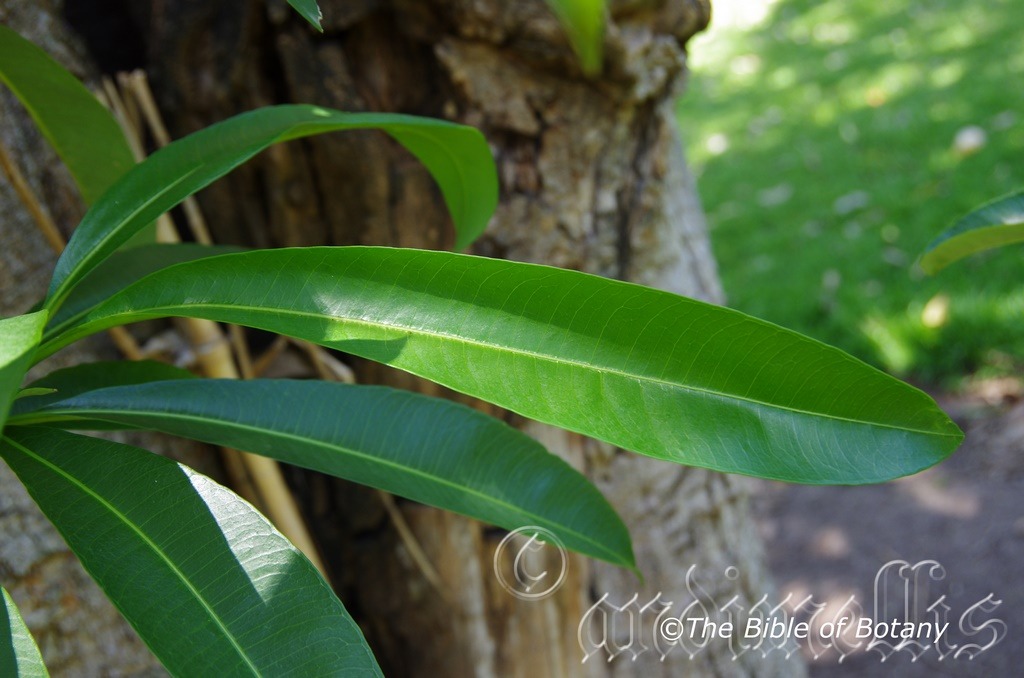
Mount Cootha Botanic Gardens Qld.
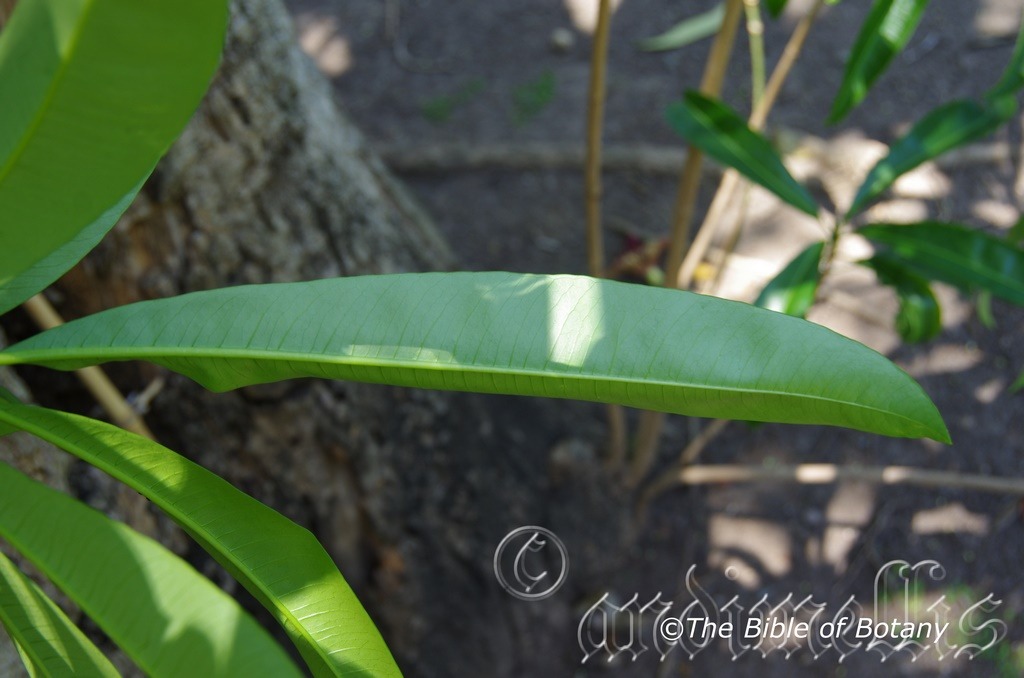
Mount Cootha Botanic Gardens Qld.

Mount Cootha Botanic Gardens Qld.
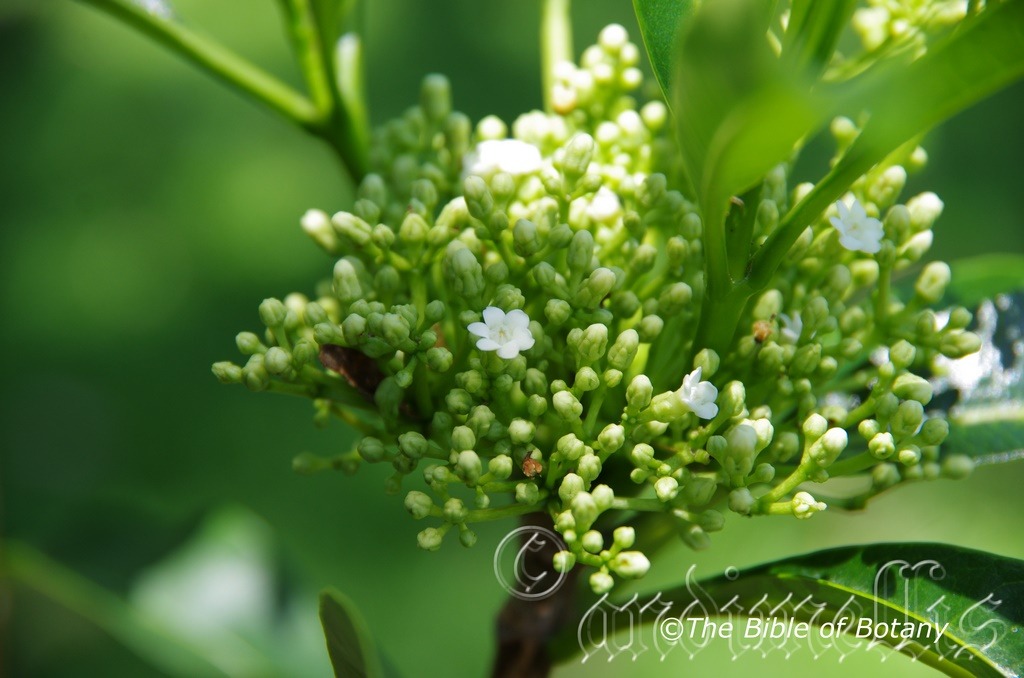
Mount Cootha Botanic Gardens Qld.
Alstonia scholaris
Classification:
Unranked: Eudicots
Unranked: Asterids
Order: Gentianales
Family: Apocynaceae
Tribe: Plumeriae
Subtribe: Alstoniinae
Genus: Is named in honour of Doctor Charles Alston, 1683-1860, who was a professor of Medicine at Edinburgh University.
Specie: From Scholaris, which is Latin for of the school or restful. It refers to plants, which have a growth habit conjures up a restful place to sit and think below the canopy.
Sub specie:
Common Name: Devil’s Tree or Milk Tree.
Distribution:
Alstonia scholaris is found from the tip of Cape York Peninsula in north Queensland south to Mackay in Queensland on the eastern side of the Great Dividing Range. There is an outlying population in the Northern Territory near Maningrida and one near Kalumbura in Western Australia. With the last two sights being photographs and location on the web it is possible that its distribution may be extended in years to come to include most of the monsoonal areas in the top end. It is also found in New Guinea through to China and India.
https://avh.ala.org.au/occurrences/search?taxa=Alstonia+scholaris#tab_mapView
Habitat Aspect Climate:
Alstonia scholaris prefer full sun to dappled shade or full shade particularly when young. The trees grow naturally adjacent to and within low land coastal rain forests and wet Eucalyptus forests. This specie is fully adapted to growing in areas where cyclonic winds are prevalent. Alstonia scholaris discard their branches cleanly leaving a bare pole in which a new branches and crown can develop very quickly enabling the trees to play a dominant role in the forests regeneration. The altitude ranges from 5 meters ASL to 900 meters ASL.
The temperatures range from 12 degrees in July to 38 degrees in January.
The rainfalls range from lows of 700mm to an average of 4000mm annually.
Soil Requirements:
Alstonia scholaris prefer sandy loams to medium clays. The soils are derived from black basalts, brown basalts, and metamorphic rocks. The pH ranges from 5pH to 7pH. It does not tolerate waterlogged soils however even soil moisture is essential for good growth. Non saline soils to moderately saline soils are tolerated.
Height & Spread:
Wild Plants: 5m to 25m by 3m to 18m.
Characteristics:
Alstonia scholaris‘s bark is a light grey and moderately covered in large lenticels and are rather corky. The bases of large trees have a buttress that extends up the tree for several meters. Smaller branches are light brown smooth and glabrous. Branchlets are cream to a very light green and glabrous. Juvenile branchlets are densely lenticellata. When the bark is broken to reveal the cambium layer copious amounts of white, milky latex is exuded. This is where the tree gains its common name Milk Tree.
Alstonia scholaris’s leaves are in whorls of 4 to 8 rarely 9, 10, or 11 leaflets. Usually 5 or 6 are found on Australian trees with the longest one being the ones near the middle. The narrow obovate to spathulate or elliptical to lanceolate leathery leaves are 120mm to 230mm in length by 40mm to 75mm in width. The intramarginal vein is very close proximity to the margin. The discolourous leaves are deep green on the upper lamina and much paler below. The leaf margins are entire. The base is cuneate while the apex is obtuse. The main vein is prominent on the lower lamina is distinctly visible on the upper lamina. It is a lighter colour compared to the lamina. Petioles have a small stipule at the base. The petioles measure 0.7mm to 1.2mm in length and like the Trunk, branches and branchlets will exude copious amounts of a milky fluid.
The inflorescence of Alstonia scholaris is a compound cyme which is terminally born. The light grey-green rachis, pedunculates and peduncules all measure 8mm to 12mm long. The 30 to 60 individual flowers are densely packed onto the apex of the Peduncule. The cymes measure 40mm to 80mm in length 35mm to 70mm in diameter. The individual flowers measure 6mm to 10mm in diameter. The sepals measure 1.8mm to 2.5mm in length by 2.5mm to 3mm in width. The sepals and the silky white corolla is densely covered in white pubescent hairs externally and sparsely to densely covered in white pubescent hairs internally. The corolla measures 6mm to 11mm long while the broadly spathulate lobes are contorted and measure 3mm to 4mm in length by 4mm to 5mm in width. There is a ring of long white villous hairs surrounding the opening to the corolla tube. The white stamens measure 0.8mm to 0.9mm in length. The glabrous green style and stigma are 7mm to 8mm long. Flowers appear in October.
Alstonia scholaris‘s glabrous fruits are a long linear pod. The pods measure 150mm to 320mm long by 3mm to 5mm in diameter. The pods ripen from June through to September.
The oblong reddish-brown to black dull seeds measure 4mm to 5mm in length by 0.9mm to 1.2mm It is abruptly acuminate at one end and covered in long reddish-brown pilose hairs which measure 7mm to 13mm in length.
Wildlife:
Alstonia scholaris is unknown to the author.
Cultivation:
Alstonia scholaris is an interesting subject for large gardens in tropical and subtropical areas. It is fast growing when given moisture and fertilized on a regular basis.
Another desirable feature is the sweet scent of the flowers which can be enjoyed even on the largest trees well into the night.
It should be planted well away from buildings, because of the habit of discarding their branches in strong winds. In cultivation it will normally mature with a height of 12 meters to 15 meters and a spread of 8 meters and 10 meters. It is best planted in the middle of a rainforest or bush garden so if strong winds are encountered the possibility of damage is lessened or averted.
Alstonia scholaris are best grown in the tropics where they respond to the heat and reliable rainfalls. It is cold sensitive so are unlikely to do well in temperate areas of the country.
Propagation:
Seeds: Alstonia scholaris seeds can be sown directly into the seed raising mix. Place the trays in a warm sunny position. Alternatively seeds can be placed directly into 50mm native tubes.
Fertilize using Seaweed, fish emulsion or organic chicken pellets soaked in water on an alternate basis. Fertilize every two months until the plants are established then annually in early September or March to maintain health, vitality and better flowering.
Once the seedlings reach 200 to 250mm in height plant them out into their permanent position. For mass plantings plant them at 8m to 9m centers for a rainforest of bank establishment projects or 10 meters apart for park land situations.
Further comments from readers:
Hi reader, it seems you use The Bible of Botany a lot. That’s great as we have great pleasure in bringing it to you! It’s a little awkward for us to ask, but our first aim is to purchase land approximately 1,600 hectares to link several parcels of N.P. into one at The Pinnacles NSW Australia, but we need your help. We’re not salespeople. We’re amateur botanists who have dedicated over 30 years to saving the environment in a practical way. We depend on donations to reach our goal. If you donate just $5, the price of your coffee this Sunday, We can help to keep the planet alive in a real way and continue to bring you regular updates and features on Australian plants all in one Botanical Bible. Any support is greatly appreciated. Thank you.
In the spirit of reconciliation we acknowledge the Bundjalung, Gumbaynggirr and Yaegl and all aboriginal nations throughout Australia and their connections to land, sea and community. We pay our respect to their Elders past, present and future for the pleasures we have gained.
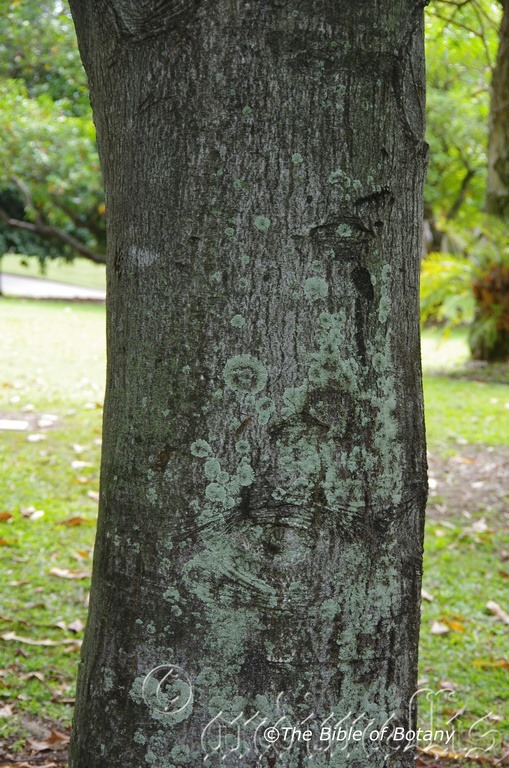
Townsville Qld.
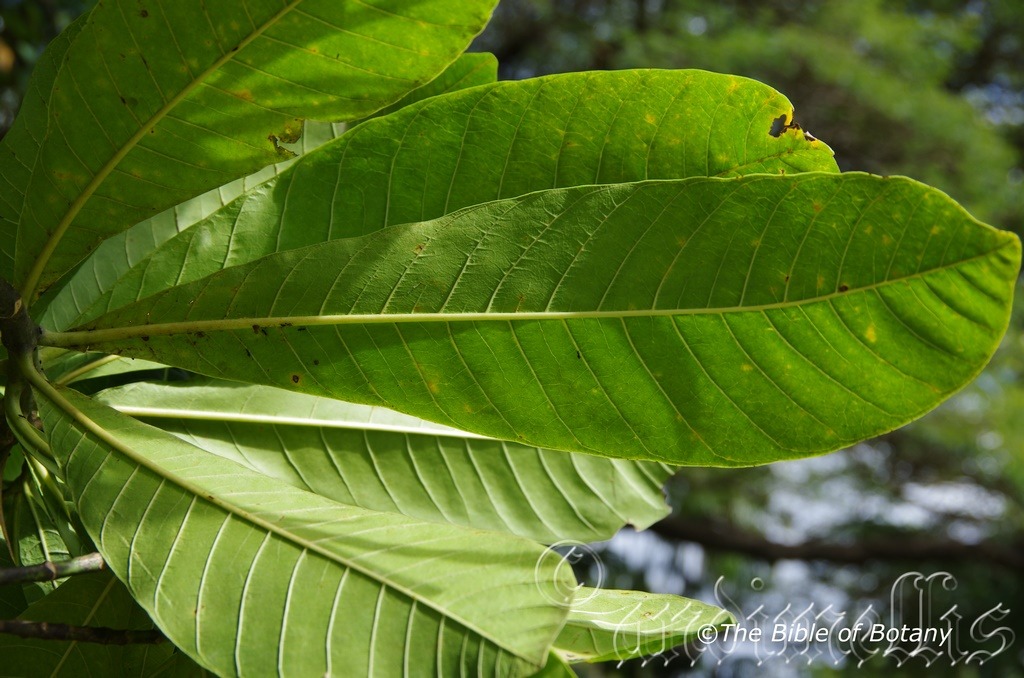
Townsville Qld.

Townsville Qld.
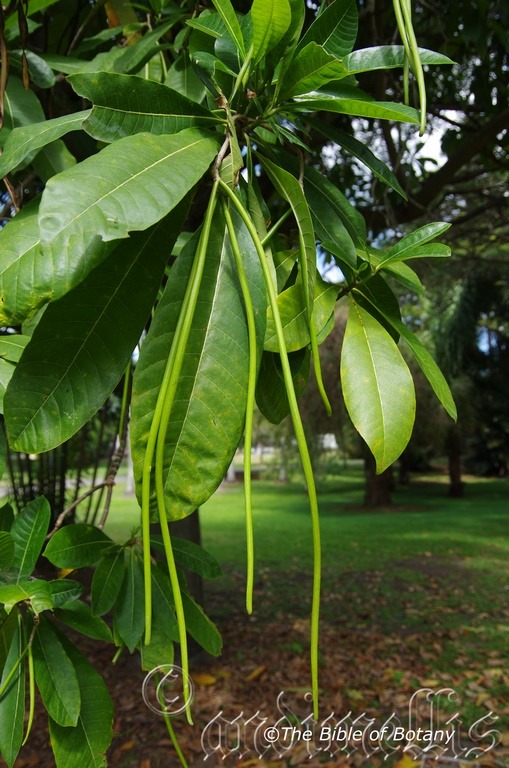
Townsville Qld.
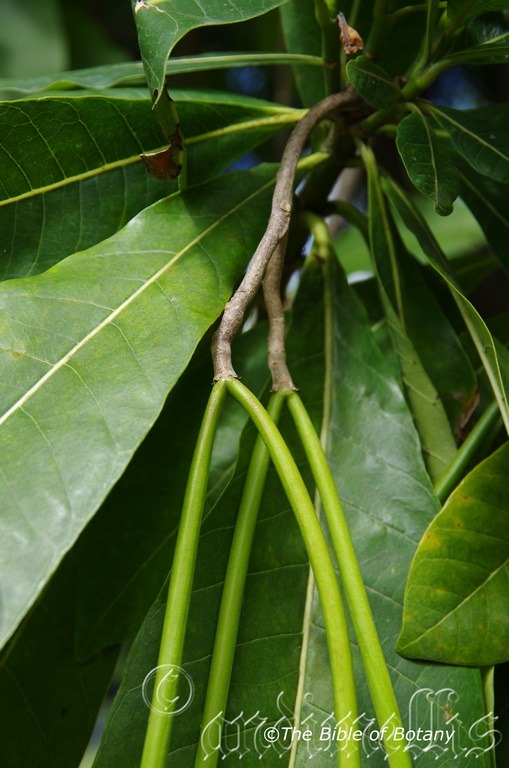
Townsville Qld.

Townsville Qld.

Townsville Qld.

Townsville Qld.
Alstonia spectabilis
Classification:
Unranked: Eudicots
Unranked: Asterids
Order: Gentianales
Family: Apocynaceae
Tribe: Plumeriae
Subtribe: Alstoniinae
Genus: Is named in honour of Doctor Charles Alston, 1683-1860, who was a professor of Medicine at Edinburgh University.
Specie: From Spectaculum/Spectare, which are Latin for spectacular. It refers to plants, which make a spectacular display when in flower.
Sub specie: Alstonia spectabilis subsp. ophioxyloides: From Ophios/Ophiotis which is Ancient Greek for a snake, Xylon/Xylode which is Ancient Greek for wood or woody and Eidos/Oides, which is Ancient Greek for alike or similar to. It refers to the plants, which are woody with snake like stems similar to those found on the Ophioxylon genus.
Sub specie: Alstonia spectabilis subsp. spectabilis: From Spectaculum/Spectare, which are Latin for spectacular. It refers to plants, which make a spectacular display when in flower.
Common Name: Yellow jacket or Leatherjacket or Jack apple or Milkwood or Hard Milkwood.
Distribution:
Alstonia spectabilis subsp. ophioxyloides is found east from Port Headland in north western, Western Australia, north east to candy Rock Range in the Daley river Basin and south to the Gregory National Park in north western Northern Territory.
Alstonia spectabilis subsp. spectabilis is found south from the Torres Strait Islands to the Atherton Tableland in far north eastern coastal Queensland.
https://avh.ala.org.au/occurrences/search?taxa=Alstonia+spectabilis#tab_mapView
Habitat Aspect Climate:
Alstonia spectabilis prefer full sun to dappled shade or full shade particularly when young. The trees grow naturally adjacent to and within lowland coastal rainforests and wet Eucalyptus forests, vine forests and monsoonal forests especially along water courses in drier areas. The altitude ranges from 0.5 meters ASL to 800 meters ASL.
The temperatures range from 12 degrees in July to 40 degrees in January.
The rainfalls range from lows of 300mm to an average of 3200mm annually.
Soil Requirements:
Alstonia spectabilis prefer sandy loams to medium clays. The soils are usually derived from decomposed sandstone black basalts or granites. The pH of the soils ranges from 5pH to 7pH. It does not tolerate waterlogged soils however even soil moisture is essential for good growth. Non saline soils to very saline soils are tolerated.
Height & Spread:
Wild Plants: 5m to 12m by 4m to 8m.
Characteristics:
Alstonia spectabilis‘s bark is a mid-brown and rather corky. The bases of large trees have small flanges that extend up the tree for several meters. Smaller branches are pale grey-brown smooth and glabrous while the branchlets are pale green to grass-green and glabrous. When the bark is broken or damaged to reveal the cambium layer leaves and branchlets produce copious quantities of translucent milky latex. This is where the tree gains its common name Hard Milk Tree.
Alstonia spectabilis‘s leaves are in whorls of 3 to 5 leaves. The lanceolate, elliptical or obovate leaves vary greatly in size. The leathery leaves measure 350mm to 1200mm in length by 90mm to 180mm in width. The bases are cuneate while the apexes are narrow acute. The glabrous grass-green petioles measure 15mm to 25mm in length. The discolourous leaves are deep green to sea-green on the upper lamina while the lower lamina is much paler and sparsely covered in white or fawn hirtellous hairs. The lamina recurves upwards from the mid vein while the margins are entire. The mid vein is strongly prominent while the 18 to 20 lateral veins are moderately prominent on the lower lamina and are distinctly visible on the upper lamina being much paler in colour. The lateral veins curve and form distinct loops just inside the margin.
The inflorescence of Alstonia spectabilis is a panicle of dense racemes or clusters of cymes in whorls which are terminally born. The light grey-green rachis, pedunculates and peduncules are all glabrous. The individual flowers measure 3.5mm to 5mm in length by 3.5mm to 5mm in diameter. The blue-green calyx and lobes are densely covered in white pulverulent hairs externally and are glabrous internally. The calyx lobes measure 1.5mm to 2.2mm in length by 1.5mm to 2.2mm in width. The silky white corollas are densely covered in white pulverulent hairs externally and are glabrous to sparsely covered in white pulverulent hairs internally. The corolla measures 3.5mm to 5mm in length while the broadly ovate to oblong lobes are contorted and densely covered in white pulverulent hairs both externally and internally. The lobes measure 1.5mm to 3mm in length by 1.5mm to 2.5mm in width.
The 5 white stamens are inserted near the throat of the corolla tube. The oblong creamy-orange anthers measure 1mm in length by 0.7mm in width. The creamy-orange to creamy-yellow style and stigma are glabrous and measure 3mm to 4.5mm in length. The flowers appear from October to November.
Alstonia spectabilis‘s fruits are a long linear pod. The thinly coriaceous pods are glabrous and measure 200mm to 400mm in length by 5mm to 9mm in diameter. The green pods turn reddish-brown and twist on ripening.
The oblong reddish-brown seeds measure 5mm to 8mm in length by 2mm to 2.5mm in diameter. It is abruptly acuminate to acute at one or both ends and are covered in long reddish-brown hirsute hairs which measure 5mm to 7mm in length.
Sub specie Differences:
Alstonia spectabilis subsp. ophioxyloides’s leaves are in whorls of 3 or 4 and measure 90mm to 150mm in width. The pods measure 200mm to 360mm in length.
Alstonia spectabilis subsp. spectabilis’s leaves are in whorls of 4 or 5 and measure 100mm to 180mm in width. The pods measure 250mm to 400mm in length.
Wildlife:
Alstonia spectabilis is unknown to the author.
Cultivation:
It would make an good fire retardant medium tree.
* Fire retardant plants act as radiant heat screens and absorb more heat from an approaching fire without burning.
* Fire retardant trees are able reduce wind speed near a house or out buildings.
* Fire retardant also trap embers and sparks carried by the wind.
* Fire retardant ground covers are able to catch burning embers without catching fire themselves, and also slow the travel of a fire through debris and litter on the ground.
Alstonia spectabilis is an interesting subject for smaller gardens in tropical and subtropical areas where a small shade tree is required. It is relatively fast growing when given moisture and fertilized on a regular basis.
Another desirable feature is the sweet scent of the flowers which can be enjoyed even on the largest trees well into the night.
In cultivation it will normally mature with a height of 5 meters to 8 meters in height by 5 meters and 8 meters in diameter when grown in the open. It is best planted in the middle of a rainforest garden so that breezes don’t carry the perfume away.
Alstonia scholaris is best grown in the tropics where they respond to the heat and reliable rainfalls. It is cold sensitive so are unlikely to do well in temperate areas of the country.
Propagation:
Seeds: Alstonia spectabilis seeds can be sown directly into the seed raising mix. Place the trays in a warm sunny position. Alternatively seeds can be placed directly into 50mm native tubes.
Fertilize using Seaweed, fish emulsion or organic chicken pellets soaked in water on an alternate basis. Fertilize every two months until the plants are established then annually in early September or March to maintain health, vitality and better flowering.
Once the seedlings reach 200mm to 250mm in height plant them out into their permanent position.
Further comments from readers:
Hi reader, it seems you use The Bible of Botany a lot. That’s great as we have great pleasure in bringing it to you! It’s a little awkward for us to ask, but our first aim is to purchase land approximately 1,600 hectares to link several parcels of N.P. into one at The Pinnacles NSW Australia, but we need your help. Were not salespeople. Were amateur botanists who have dedicated over 30 years to saving the environment in a practical way. We depend on donations to reach our goal. If you donate just $5, the price of your coffee this Sunday, We can help to keep the planet alive in a real way and continue to bring you regular updates and features on Australian plants all in one Botanical Bible. Any support is greatly appreciated. Thank you.
In the spirit of reconciliation we acknowledge the Bundjalung, Gumbaynggirr and Yaegl and all aboriginal nations throughout Australia and their connections to land, sea and community. We pay our respect to their Elders past, present and future for the pleasures we have gained.
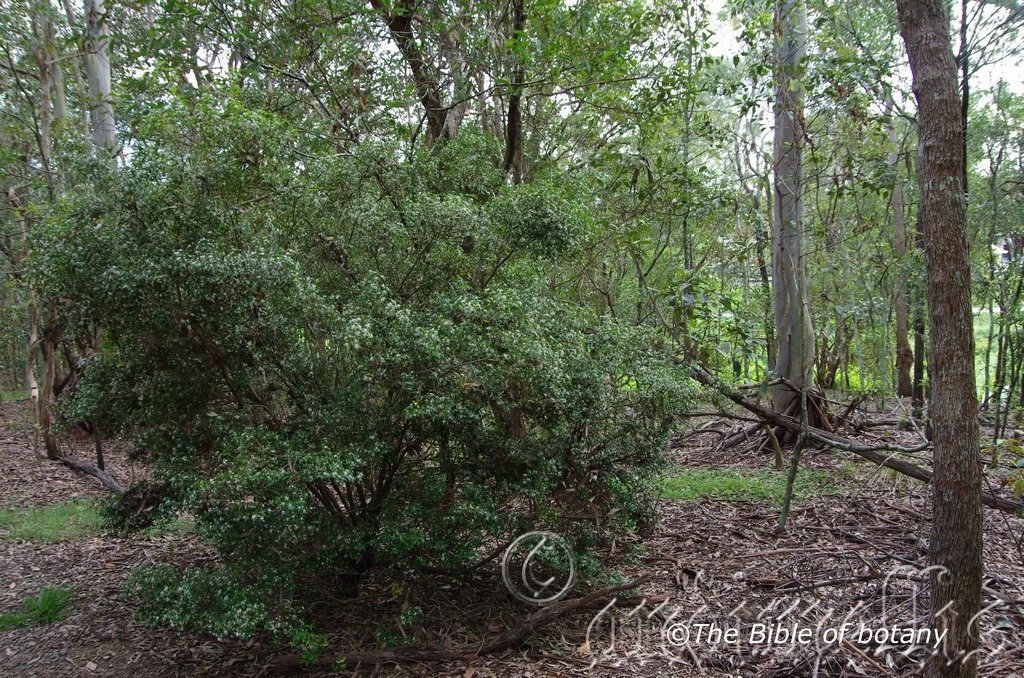
Kedron Brook Qld.

Kedron Brook Qld.

Kedron Brook Qld.
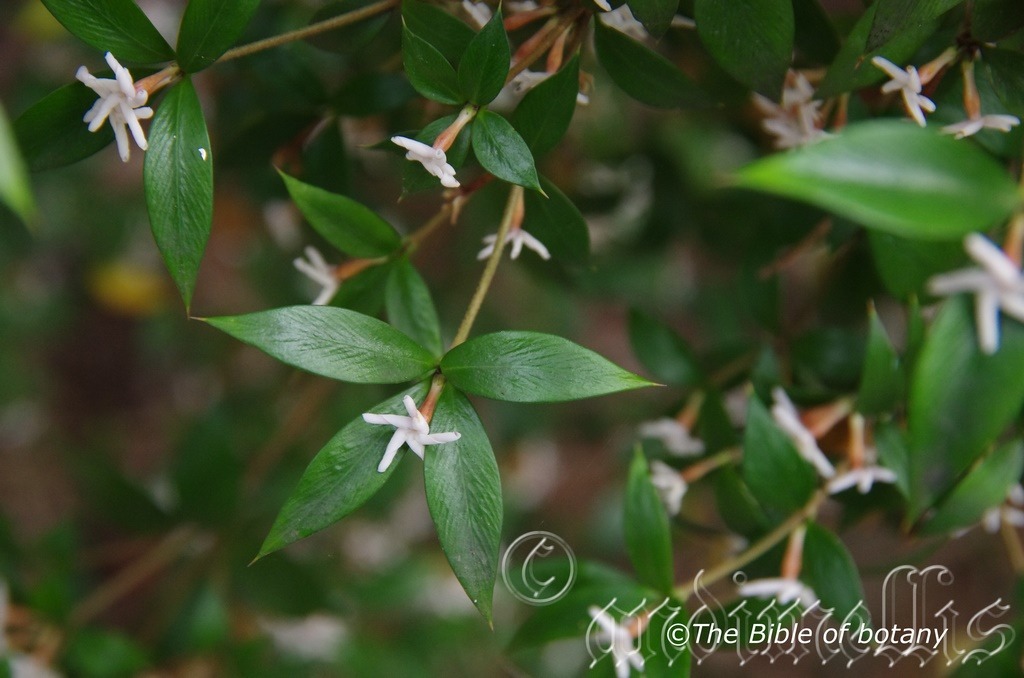
Kedron Brook Qld.

Kedron Brook Qld.

Kedron Brook Qld.
Alyxia magnifolia
Classification:
Class: Asterids
Order: Gentianales
Family: Apocyynaceae
Genus: From Alysis, which is Ancient Greek for a chain. It refers to the individual carpels, which are joined in a very distinct chain formation.
Specie: From Magnificum, which is Latin, for magnificent, splendid or distinguished and Folium, which is Latin for foliage. It refers to plants, which are more majestic and distinguished than other species in the genus.
Sub specie:
Common Name: Orange Chain Fruit or Large Leaf Chain Fruit.
Distribution:
Alyxia magnifolia distribution is close to the coast east of the Great Dividing Range in many disjunct populations south from the Eungella National Park to Jacobs Well in Queensland. There is a further population west of Port Douglas in far north eastern Queensland.
https://avh.ala.org.au/occurrences/search?taxa=Alyxia+ruscifolia#tab_mapView
Habitat Aspect Climate:
Alyxia magnifolia habitat is littoral rainforests and rainforests. The altitude ranges from 5 meters ASL to 800 meters ASL.
The temperatures range from 5 degrees in July to 36 degrees in January.
The rainfalls range from lows of 1200mm to an average of 3200mm annually.
Soil Requirements:
Alyxia magnifolia is usually found growing on decomposed granitic sands over granite. The pH ranges from 6pH to 7pH. It does not tolerate waterlogged soils but prefers constant soil moisture. Non saline soils to moderately saline soils are tolerated.
Height & Spread:
Wild Plants: 2m to 5m by 1m to 3m.
Characteristics:
Alyxia magnifolia is a small to medium shrub displaying very consistent traits throughout its range. The young stems and petioles drip a milky latex when freshly damage. The buds are sparsely covered in soft, white, hirsute, caduceus hairs while the older stems are glabrous.
The simple, elliptic to ovate leaves are in whorls of 3 or 4 and measure 40mm to 55mm in length by 20mm to 40mm in width. The petiole is usually very short and measure 2mm to 10mm in length. The bases are cuneate while the apexes are spinose acute. There are 20 to 30 pairs of pinnate lateral veins, which are faint on upper, deep green glossy lamina, while it is obscure on the paler, yellow-green lower lamina.
The axillary dichasial cymes are bisexual, actinomorphic and sweetly scented. The pale green calyx has 5 fawnish-yellow acute apexes. The 5, white, twisted, broad petals are united to form a narrow cylindrical tube. The 5 stamens are free and with the anthers are inserted deep in the corolla tube. The gynoecium consists of 2 carpels that are free except for a united style. The cylindrical stigma is divided.
Alyxia magnifolia‘s fleshy, globoidal drupe is deep orange to red, with a single stone in each segment.
Wildlife:
Alyxia magnifolia is unknown to the author.
Cultivation:
Alyxia magnifolia is very prickly so positioning the plant in the garden should be carefully considered. In saying that it would make a magnificent hedge where you want to keep unwanted feral animals out or nosey neighbours at bay. It is naturally bushy and the scent from the flowers gives it greater diversity for hedging. It can be regularly, lightly tip pruned to encourage the shape required within a court yard or small area. It respond well to pruning recovering quickly and often increasing the number of flowers in the following season. The disadvantage in adapting it as a hedge is that it is relatively slow growing.
The plants are ideal for most areas in Australia from the tropics to cool temperate zones. In the garden Alyxia magnifolia will grow 2 meters tall by 1.5 meters in diameter. It is drought tolerant once established and is cold tolerant to temperatures at least as low as zero degrees. I would be tempted to grow this plant further south to at least Hobart where frosts are not a big problem.
It is best used adjacent to small areas of bush away from paths or the house but close enough so that its white flowers and scarlet red chain fruits can be viewed regularly. It is great in medium to large rockeries as a fill in plant or the main feature. Here it can be planted in small groups of 2 or 3 or as a stand-alone plant to create a harsher barren look with other arid plants. If it is surrounded by shorter plants with fine pale green foliage and red or yellow flowers it will dominate at the center when there is nothing else in flower. Ensure that red flowering plants are not in flower when the fruits are on display as the flowers will dominate the scene distracting your attention from the fruits of Alyxia. This is one plant that benefits highly from being planted in scattered clumps. Its small size enables this to be achieved even in medium size gardens.
Six or more planted back from a bend will become a very strong focal point whether in flower or not a lot of attention will focus on the fresh clean deep sea green foliage even in the driest of times.
Propagation:
Seeds: Sow Alyxia magnifolia seeds directly into a seed raising mix and cover with 5 mm of the mix. Seeds are often erratic in germination and may take several months for all the fertile seeds to germinate.
When the seedlings are 25mm to 30mm tall, prick them out and plant them into 50mm native tubes using a good organic mix.
Once the seedlings reach 120mm to 150mm in height plant them out into their permanent position.
Plant them at 0.8 meter to 1 meter centers when mass planting or planting in groups.
Fertilize using Seaweed, fish emulsion or organic chicken pellets soaked in water on an alternate basis. Fertilize every two months until the plants are established then annually in early September or March to maintain health, vitality and better flowering.
Further comments from readers:
Hi reader, it seems you use The Bible of Botany a lot. That’s great as we have great pleasure in bringing it to you! It’s a little awkward for us to ask, but our first aim is to purchase land approximately 1,600 hectares to link several parcels of N.P. into one at The Pinnacles NSW Australia, but we need your help. We’re not salespeople. We’re amateur botanists who have dedicated over 30 years to saving the environment in a practical way. We depend on donations to reach our goal. If you donate just $5, the price of your coffee this Sunday, We can help to keep the planet alive in a real way and continue to bring you regular updates and features on Australian plants all in one Botanical Bible. Any support is greatly appreciated. Thank you.
In the spirit of reconciliation we acknowledge the Bundjalung, Gumbaynggirr and Yaegl and all aboriginal nations throughout Australia and their connections to land, sea and community. We pay our respect to their Elders past, present and future for the pleasures we have gained.
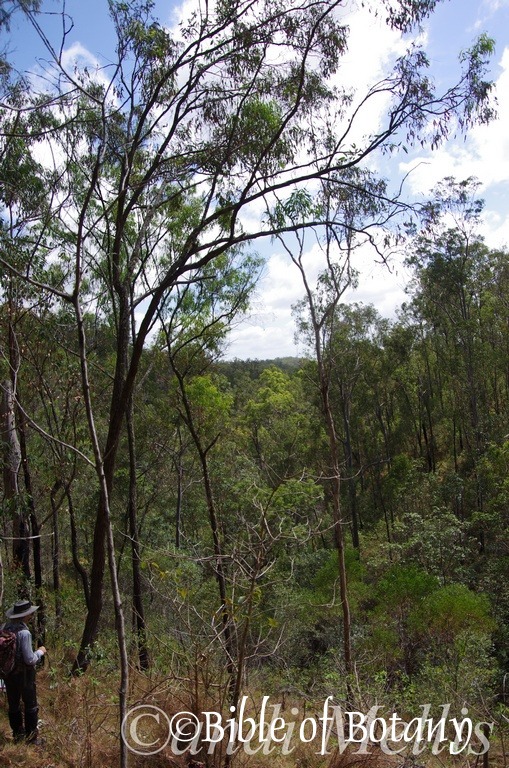
Ramourni National Park NSW
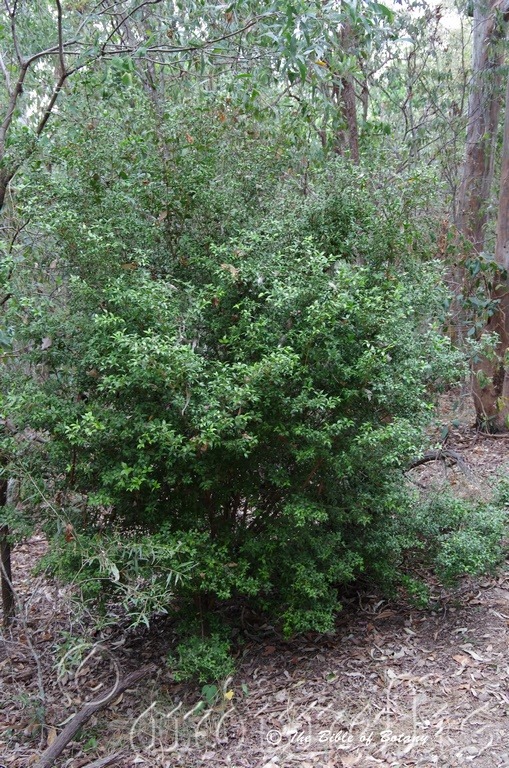
Kedron Brook Qld.
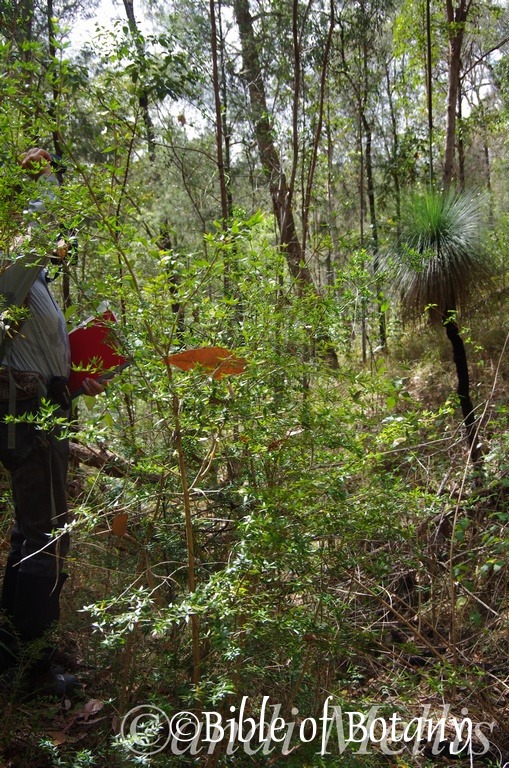
Ramourni National Park NSW
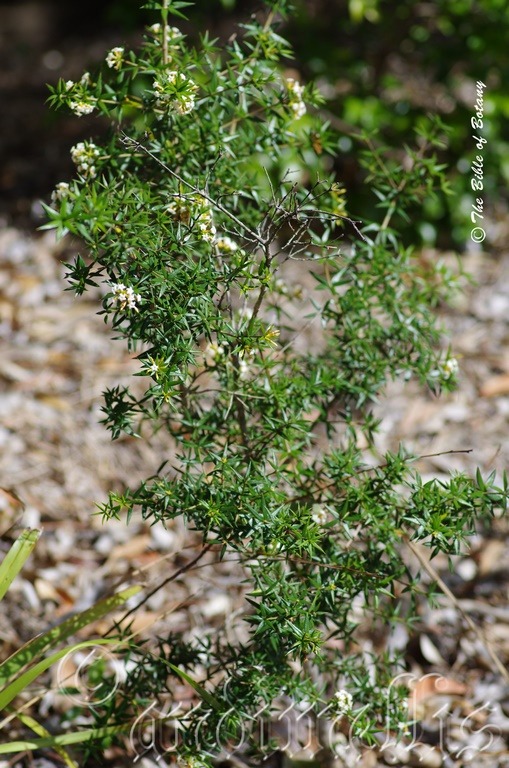
Kedron Brook Qld.
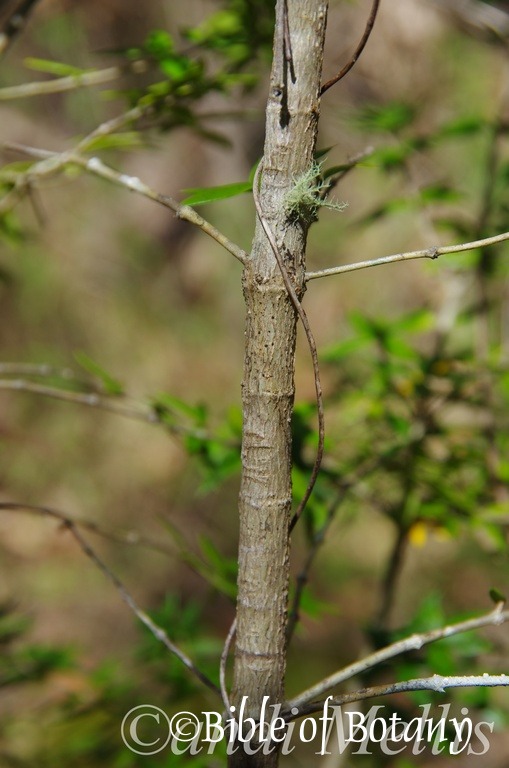
Ramourni National Park NSW
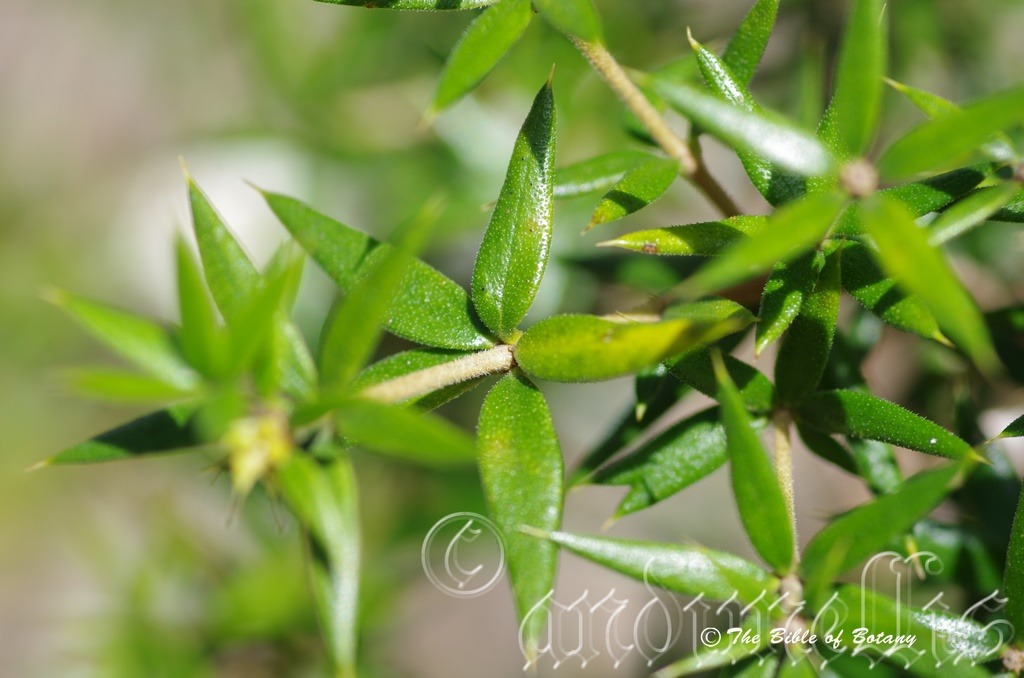
Rosser Park Benowa Qld

Rosser Park Benowa Qld
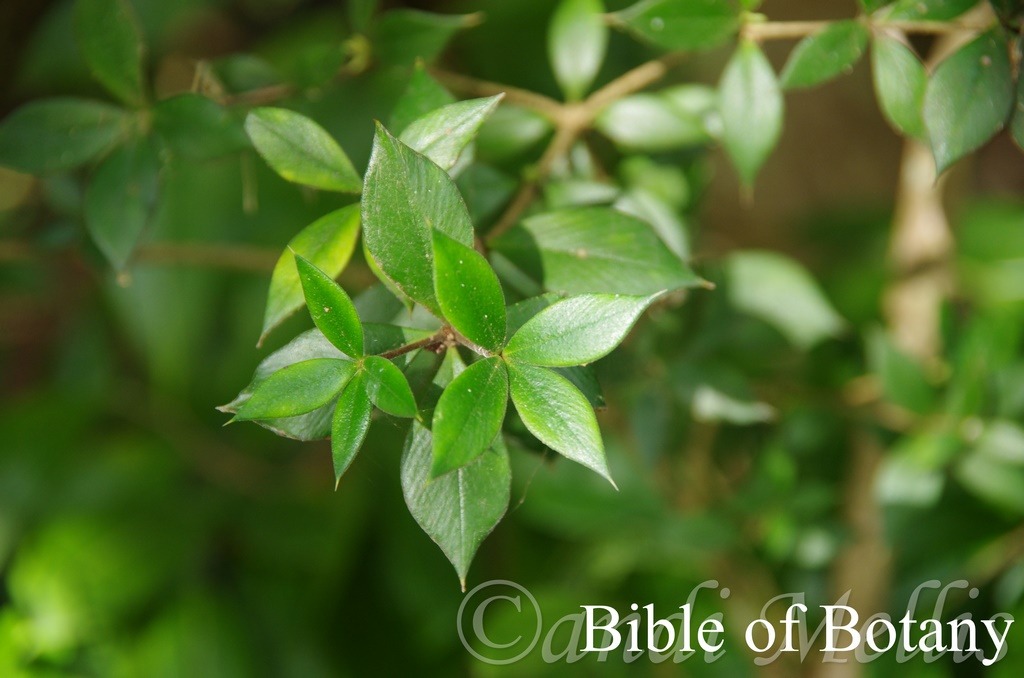
North Coast Botanic Gardens NSW
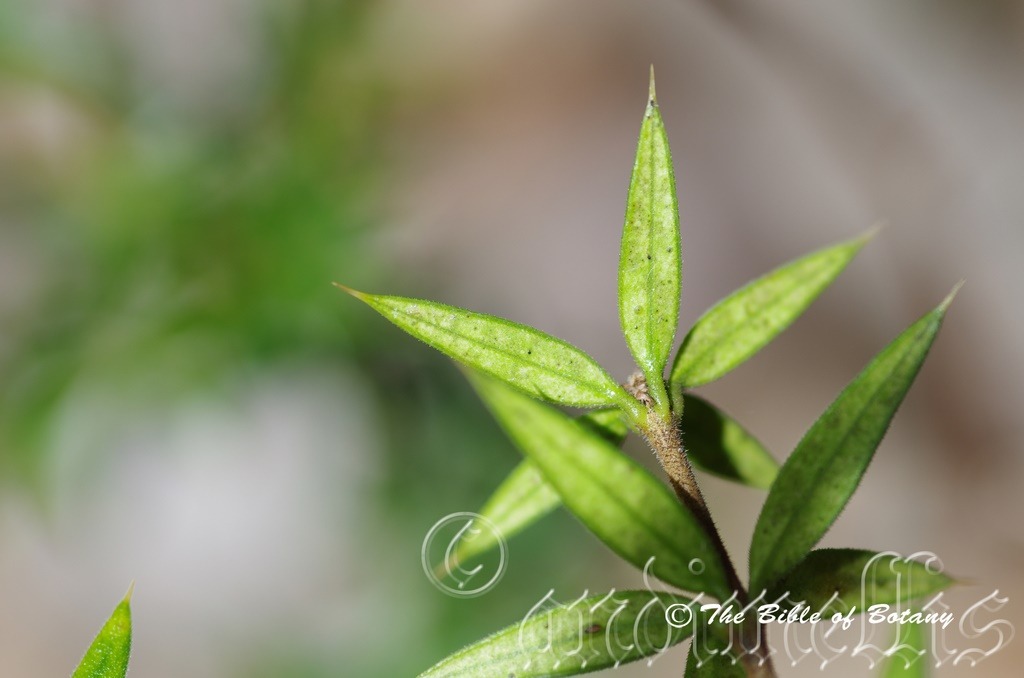
Rosser Park Benowa Qld
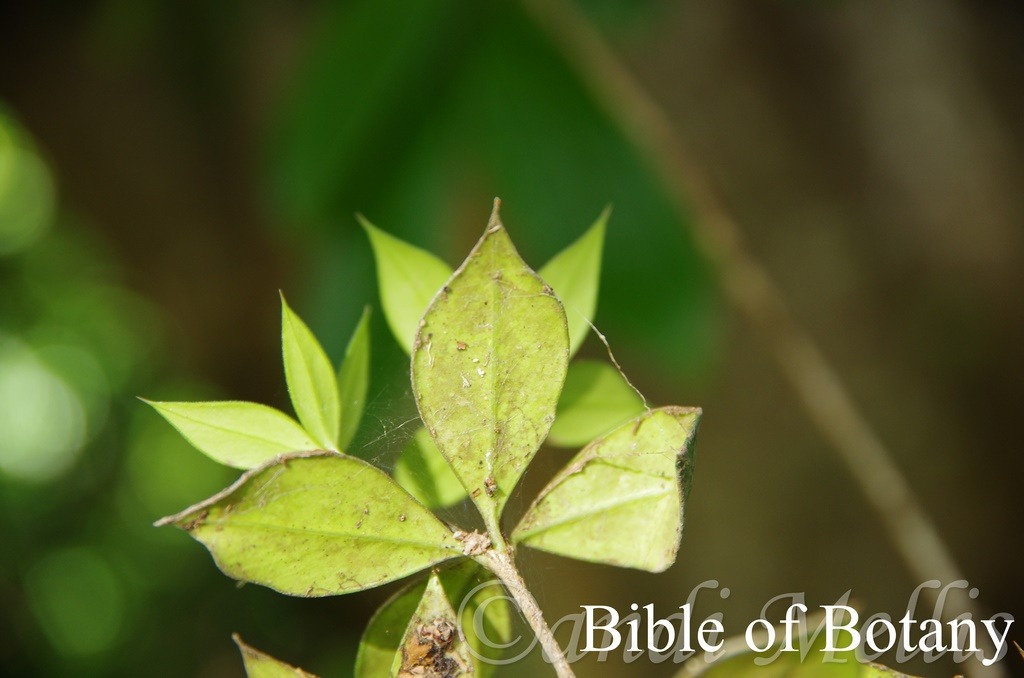
North Coast Botanic Gardens NSW
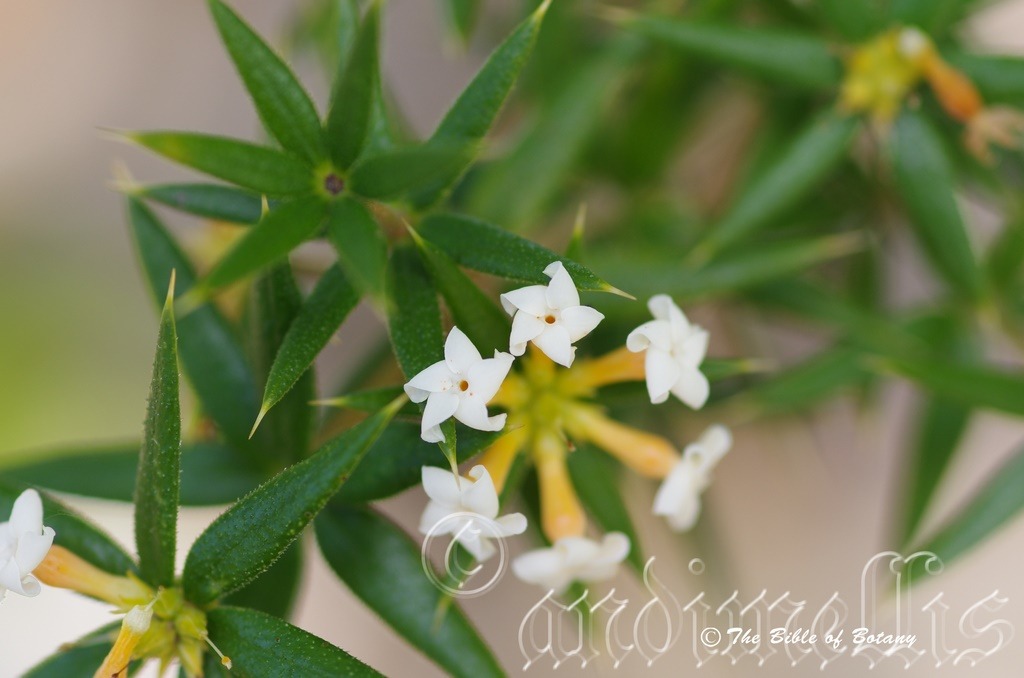
Rosser Park Benowa Qld
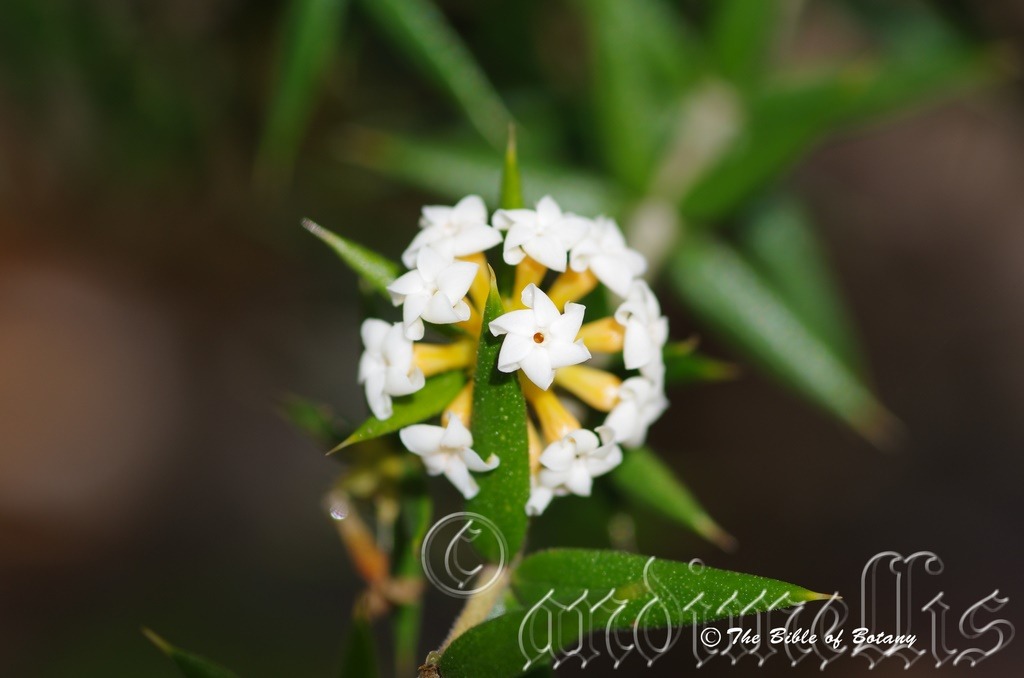
Rosser Park Benowa Qld
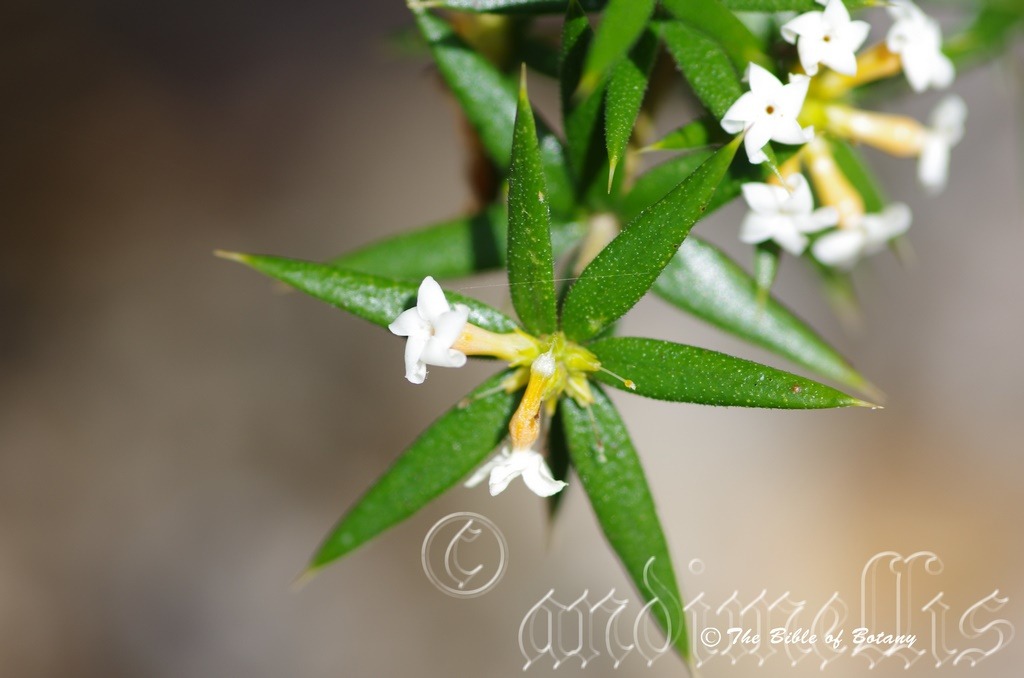
Rosser Park Benowa Qld
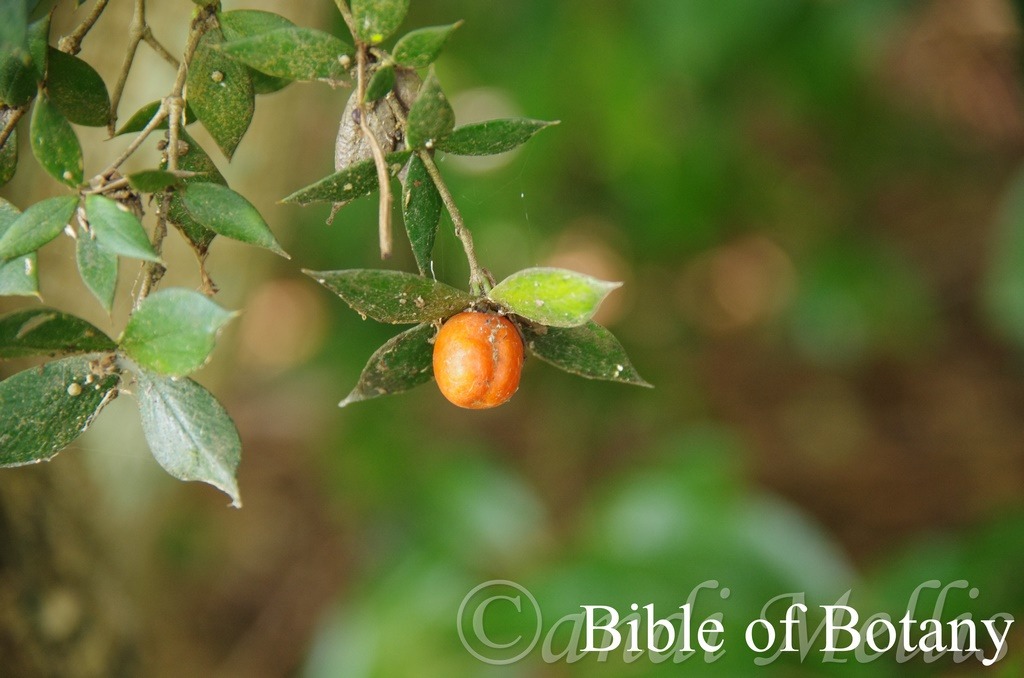
North Coast Botanic Gardens NSW
Alyxia ruscifolia
Classification:
Class: Asterids
Order: Gentianales
Family: Apocyynaceae
Genus: From Alysis, which is Ancient Greek for a chain. It refers to the individual carpels, which are joined in a very distinct chain formation.
Specie: From Ruscum, which is Latin for a butchers broom and Folium, which is Latin for foliage. It refers to the stems of shrubs, which were preferred to make butchers brooms from or resemble those of a butcher’s broom.
Sub specie:
Common Name: Chain Fruit or Prickly Alyxia.
Distribution: Alyxia ruscifolia distribution is from sea level to near the tops of Mount Royal Range between Gloucester and Muswellbrook. In the south it is located near Woolongong New South Wales and follows the Great Dividing Range to north of Cairns. It is mainly found east of the Great Dividing Range but follows mountain valleys on the western side.
https://avh.ala.org.au/occurrences/search?taxa=Alyxia+ruscifolia#tab_mapView
Habitat Aspect Climate:
Alyxia ruscifolia habitat is one of the most variable of all native plants. It grows high in the mountains, where it is exposed to the elements with occasional snow to the tropics where it relishes semi shaded places and down to the coastal estuaries. It grows best in Mountain rainforests, littoral rainforests and wet Eucalyptus forests adjacent to rainforests. The altitude ranges from 5 meters ASL to 900 meters ASL.
The temperatures range from minus 5 degrees in July to 36 degrees in January.
The rainfalls range from lows of 400mm to an average of 3800mm annually.
Soil Requirements:
Alyxia ruscifolia prefer coarse, sand, sandy loams, medium clays light silts to heavy silts. The soils are derived from decomposed black basalts, metamorphic rocks, shales, sandstones, granites, alluvial deposits, alluvial deposits or at times accumulated beach sands. The pH ranges from 4.5pH to 7.5pH. It does not tolerate waterlogged soils. Non saline soils to moderately saline soils are tolerated.
Height & Spread:
Wild Plants: 1m to 3m by 1m to 2.5m.
Characteristics:
Despite the variability of Alyxia ruscifolia in its habitat and soil requirements the plant is very consistent in its growth habits.
The trunk or more often the erect stems are pale grey to mid grey, glabrous or being slightly fissured on the larger older wood. The green juvenile branchlets quickly turn grey.
Alyxia ruscifolia leaves are in whirls of 3 to 6.It is lanceolate to broadly ovate 12mm to 60mm in length by 5mm to 30mm in width. The base is round-cuneate to broad cuneate while the apex is acute to acuminate with a rigid 2mm to 4mm spinose point. The stiff, glossy, leathery leaves are slightly recurved at the margins. The margins are entire. They can be glabrous but more often it is finely farinaceous. The petioles are short and thick and measure 1mm and 4mm in length.
Alyxia ruscifolia’s white flowers are born in terminal heads of 3 to 12 flowers. Alyxia ruscifolia’s flowers have 5 sepals and 5 petals which spread out beyond the corolla at 90 degrees and are reflexed at the ends. The calyx lobes measure 2mm to 3mm in length. The corolla tube measures 5mm to 7mm in length by 1.5mm to 2mm in diameter. The corolla lobes are very variable from oval to linear and measure 4mm to 8mm by 1.5mm to 4mm in width. It is contorted, asymmetrical and can be twisted or flat. The anthers are orange and measure 1mm in length. The flowers are sweetly scented and occur from October to November.
Alyxia ruscifolia’s bright orange to orange-red globose fruits are drupes. The drupes measure 8mm to 12 mm in diameter and often form chains of 2 to 4 fruits separated by an article. Each fruit divides into three compartments each having one seed.
Wildlife:
I have seen the white caper butterfly (Belenois jave) and the small grass yellow butterfly (Eurema smilax) feeding from the flowers.
Alyxia ruscifolia is also a great plant for attracting small birds and offers them protection as they move from one area to another. It is also popular with Double Bar and Red Headed finches as a nesting shrub.
Cultivation:
Alyxia ruscifolia is very prickly so positioning the plant in the garden should be carefully considered. In saying that it would make a magnificent hedge where you want to keep unwanted feral animals out or nosey neighbours at bay. It is naturally bushy and the scent from the flowers gives it greater diversity for hedging. They can be regularly, lightly tip pruned to encourage the shape required within a court yard or small area. They respond well to pruning recovering quickly and often increasing the number of flowers in the following season. The disadvantage in adopting it as a hedge is that it is relatively slow growing.
The plants are ideal for most areas in Australia from the tropics to cool temperate zones. In the garden Alyxia ruscifolia will grow 2 meters tall by 1.5 meters in diameter. It is fast growing, drought tolerant once established and are cold tolerant to temperatures at least as low as minus 6 degrees. I would be tempted to grow this plant further south to at least Hobart even where frosts are a big problem.
It is best used adjacent to small areas of bush close to paths or the house so their white flowers and scarlet red chain fruits can be viewed regularly. It is great in medium to large rockeries as a fill in plant or the main feature. Here they can be planted in small groups of 2 or 3 or as a stand-alone plant to create a harsh barren look with other arid plants. If it is surrounded by shorter plants with fine pale green foliage and red flowers they will dominate at the center giving an expansive look to the bed especially when it is in flower or fruit. Ensure that red flowering plants are not in flower when the fruits are on display as the flowers will dominate the scene distracting your attention from the fruits of Alyxia. This is one plant that benefits highly from being planted in scattered clumps. There small size enables this to be achieved even in medium size gardens.
Six or more planted back from a bend will become a very strong focal point when in flower gain a lot of attention whether you are coming or going because of the fresh clean deep sea green foliage even in the driest of times. Place them in the mid ground with finer leaf ground covers and very small shrubs in the foreground. Do not use grasses or lilies as these will detract from the already perpendicular branches of Alyxia. To the rear, again use fine leaf pale green foliage taller plants. Plants with white, deep red or deep purple flowers can be used in both the mid ground and background but avoid white flowers that will overlap in their flowering times. This will attract the viewer’s eyes directly to the white scented flowers or scarlet fruits and rusty tomentose buds and branchlets for a longer period.
Ensure that the whole plant or at least most of it is on display from most sections of the garden as the flowers are a real bonus.
Propagation:
Seeds: Sow Alyxia ruscifolia seeds directly into a seed raising mix. Seeds are often erratic in germination and may take several months for all the fertile seeds to germinate.
When the seedlings are 25mm to 30mm tall, prick them out and plant them into 50mm native tubes using a good organic mix.
Once the seedlings reach 120mm to 150mm in height plant them out into their permanent position.
Plant them at 0.8 meter to 1 meter centers when mass planting or planting in groups.
Fertilize using Seaweed, fish emulsion or organic chicken pellets soaked in water on an alternate basis. Fertilize every two months until the plants are established then annually in early September or March to maintain health, vitality and better flowering.
Further comments from readers:
Hi reader, it seems you use The Bible of Botany a lot. That’s great as we have great pleasure in bringing it to you! It’s a little awkward for us to ask, but our first aim is to purchase land approximately 1,600 hectares to link several parcels of N.P. into one at The Pinnacles NSW Australia, but we need your help. We’re not salespeople. We’re amateur botanists who have dedicated over 30 years to saving the environment in a practical way. We depend on donations to reach our goal. If you donate just $5, the price of your coffee this Sunday, We can help to keep the planet alive in a real way and continue to bring you regular updates and features on Australian plants all in one Botanical Bible. Any support is greatly appreciated. Thank you.
In the spirit of reconciliation we acknowledge the Bundjalung, Gumbaynggirr and Yaegl and all aboriginal nations throughout Australia and their connections to land, sea and community. We pay our respect to their Elders past, present and future for the pleasures we have gained.
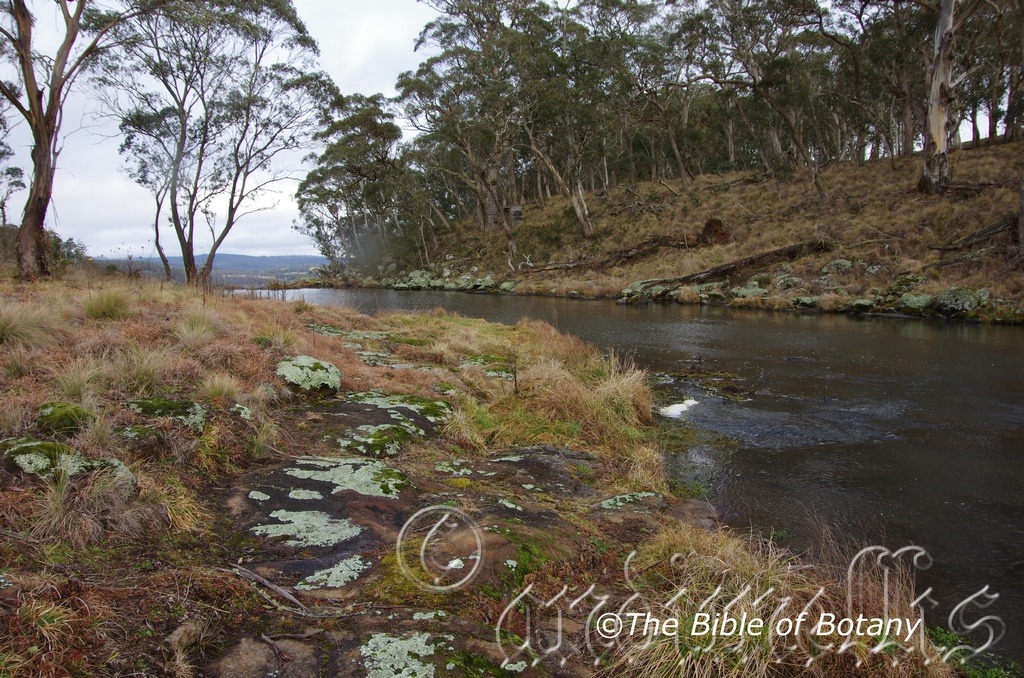
Upper Ebor Falls NSW
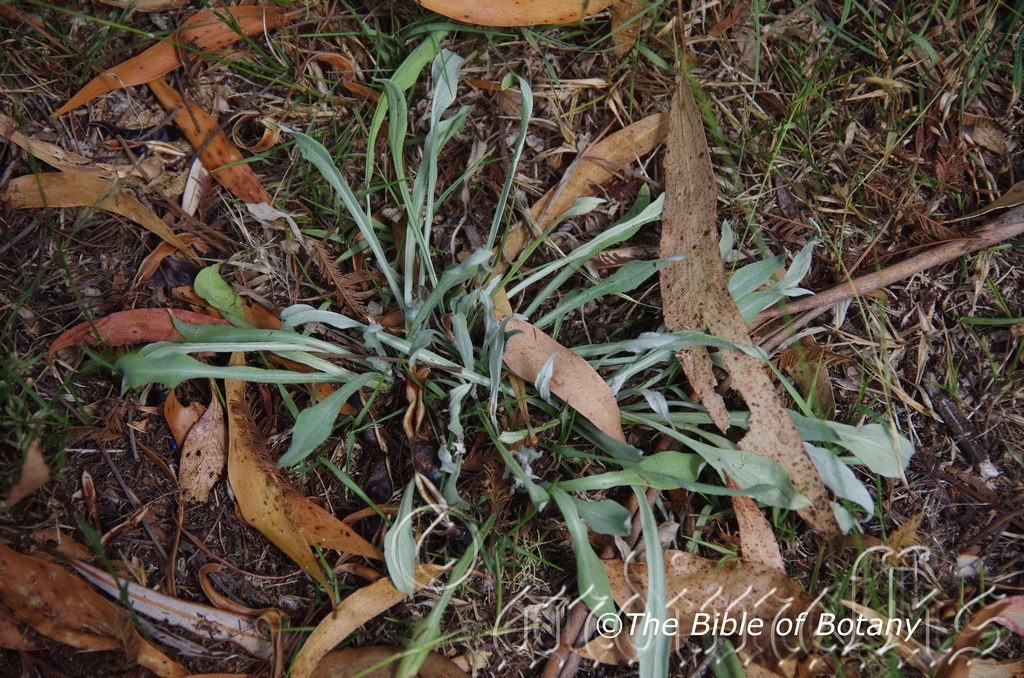
Ebor Falls NSW
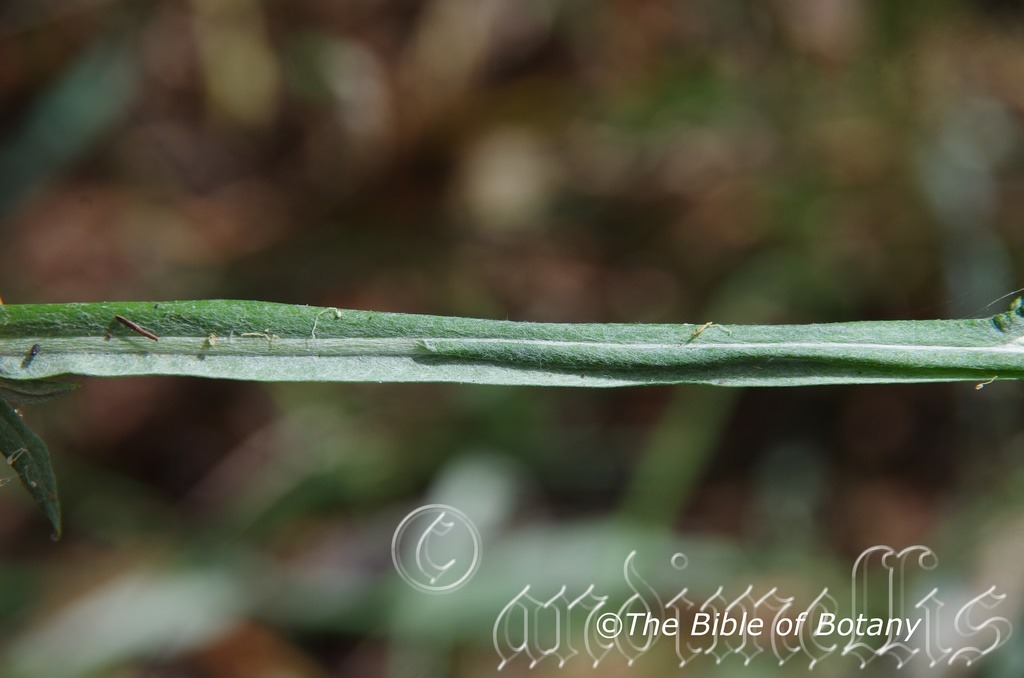
Ebor Falls NSW
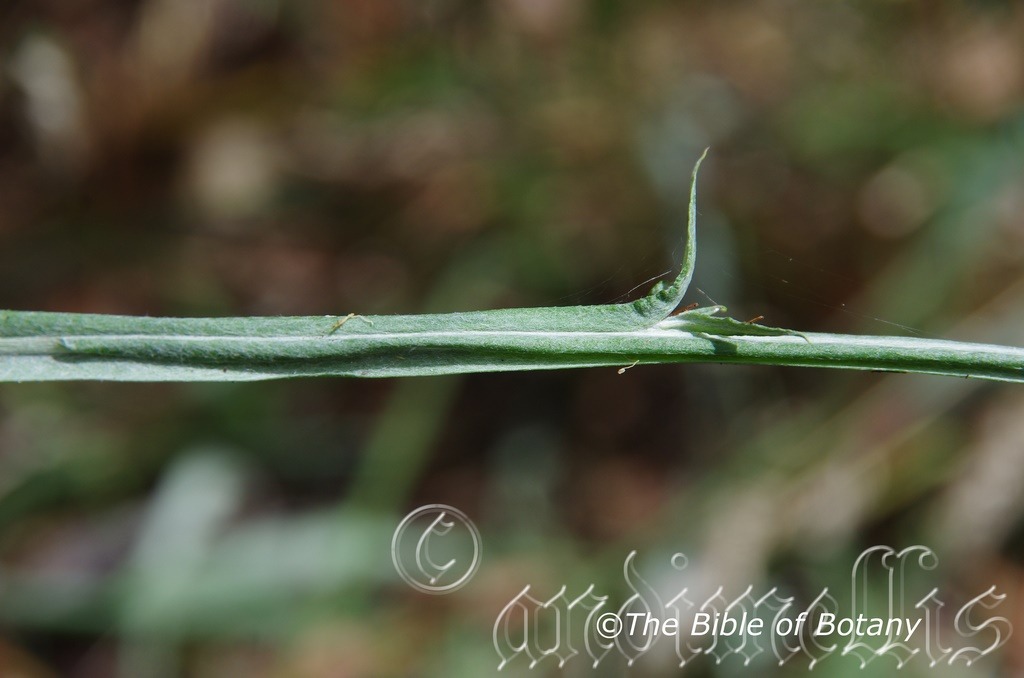
Ebor Falls NSW
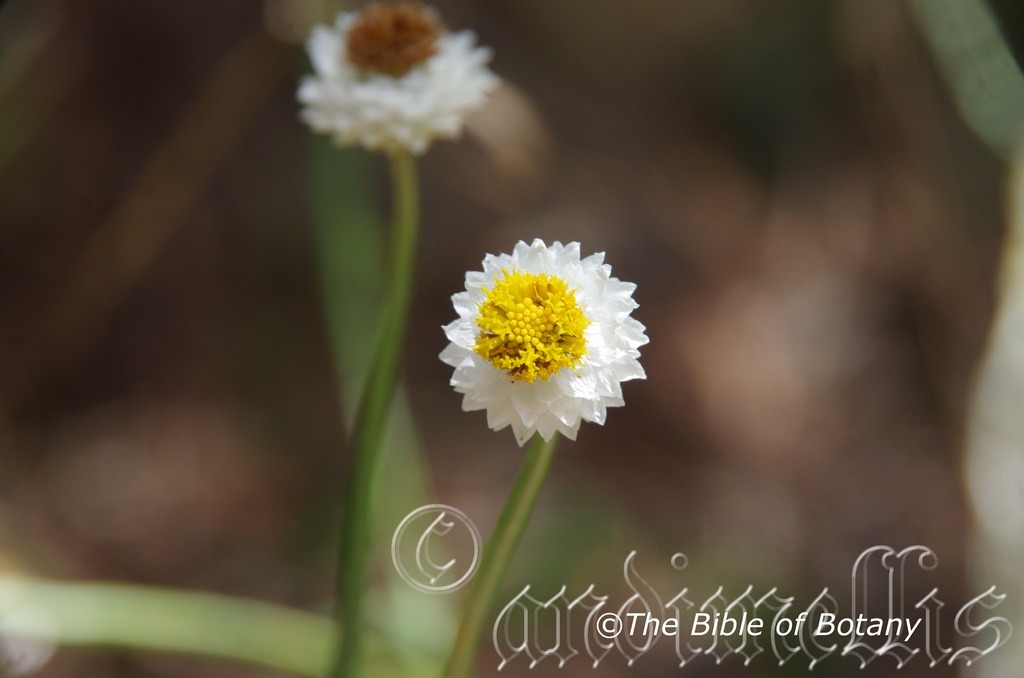
Ebor Falls NSW
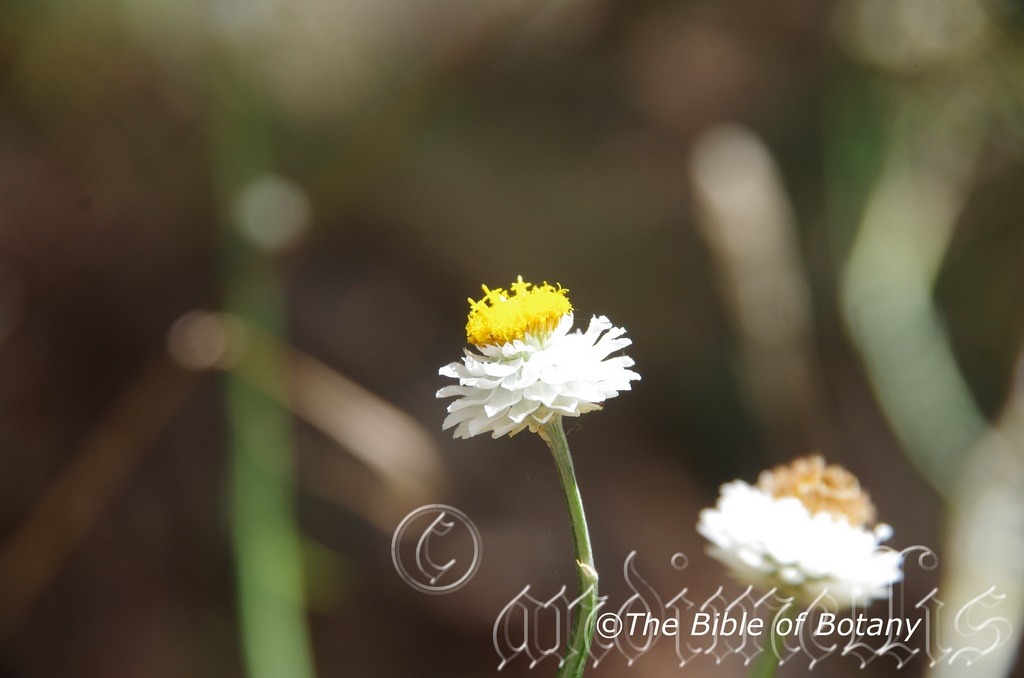
Ebor Falls NSW
Ammobium alatum
Classification:
Clade: Eudicots
Clade: Asterids
Order: Asterales
Family: Asteraceae
Genus: From Amos, which is Ancient Greek, for sand and Bio, which is Ancient Greek for life. It refers to plants, which thrive or come to life in sandy conditions.
Specie: From Alatum, which is Latin,for a wing. It refers to organs or structures, which have a very pronounced wing or wings.
Sub specie:
Common Name: Poached Egg Daisy.
Distribution: Ammobium alatum is found south from Mount Tamborine in far south east Queensland to the Snowy River in north eastern Victoria. It is found on the western and eastern slopes of the Great Dividing Range to the coast.
https://avh.ala.org.au/occurrences/search?taxa=Ammobium+alatum#tab_mapView
Habitat Aspect Climate:
Ammobium alatum grows in grassland, open woodlands and open dry Eucalyptus forests and is common along roadside verges and drainage lines. The altitude ranges from 400 meters ASL to 2000 meters ASL.
The temperatures range from minus 5 degrees in July to 36 degrees in January.
The rainfalls range from lows of 400mm to an average of 1200mm annually.
Soil Requirements:
Ammobium alatum is found growing in fine to coarse sand and sandy loams. The soils are derived from decomposed sandstones and granites. The pH. ranges from 4.5pH to 6.5pH. It does not tolerate waterlogged soils. Non saline soils to moderately saline soils are tolerated.
Height & Spread:
Wild Plants: 0.5m to 1m by 0.3m to 0.5m.
Characteristics:
Ammobium alatum is a perennial or facultative annual with many winged stems. The stems are densely covered in white, floccose hairs measure 500mm to 1000mm in length.
The basal leaves are narrow-ovate to tending hastate and measure 40mm to 60mm in length by 10mm to 15mm in width. The bases are tapered while the apexes are acuminate. Both the upper and lower laminas are densely covered in white floccose hairs. The winged petioles measure 70mm to 100mm in length. The cauline leaves few and sessile.
The inflorescences are in heads that measure 80mm to 120mm in diameter. The white, coriaceous, involucre bracts have fine serrated margins and measure 5mm to 10mm in length. It is somewhat longer than the ray florets. The receptacle scales are herbaceous becoming rigid, usually truncate with a jagged edges and a well-developed mucronate apex, while the central region is black with hyaline margins. The central or disc florets are yellow, deepening with age.
The slightly grooved, deep brown achenes measure 3mm to 4mm in length. The pappus measure 0.5 mm while the awns 0.5mm to 0.7mm in length.
Wildlife:
Ammobium alatum attracts many butterflies and native bees to the garden when in flower.
Cultivation:
Ammobium alatum is a good herbaceous perennial to plant in new gardens as it can quickly bring colour and conclusion. From there it is easier to place longer lived shrubs around for the intermediate term.
Mass plantings around existing trees and shrubs can be given extra height and a feeling of completeness when this or similar perennials are planted together. Deeper coloured pinks or reds like those in Xerochrysum bracteatum will highlight the white and yellow in Ammobium alatum so that both are gleaming brilliance.
Its size makes it conducive for planting in small to medium rockeries and arid scenes look great when mass planted with larger spacing.
I have found planting Ammobium alatum in the back ground forming a horse shoe and using Scaevola aemulum in the centre was a huge hit for two years while other shrubs gained some height.
Propagation:
Seeds: Sow Ammobium alatum seeds sparingly onto a seed raising mix, cover with 2mm to 3mm of mix with 30mm perlite and water thoroughly. Keep moist until the seeds germinate, which usually germinate occurs in 5 to 10 days.
When the seedlings are 25mm to 40mm tall, water well then prick them out and plant them directly into their permanent positions
Plant them with 0.4 of a meter to 0.6 of a meter centers.
Fertilize using Seaweed, fish emulsion or organic chicken pellets soaked in water on an alternate basis. Fertilize every two weeks until the plants start to bud up for a great display.
Further comments from readers:
Hi reader, it seems you use The Bible of Botany a lot. That’s great as we have great pleasure in bringing it to you! It’s a little awkward for us to ask, but our first aim is to purchase land approximately 1,600 hectares to link several parcels of N.P. into one at The Pinnacles NSW Australia, but we need your help. We’re not salespeople. We’re amateur botanists who have dedicated over 30 years to saving the environment in a practical way. We depend on donations to reach our goal. If you donate just $5, the price of your coffee this Sunday, We can help to keep the planet alive in a real way and continue to bring you regular updates and features on Australian plants all in one Botanical Bible. Any support is greatly appreciated. Thank you.
In the spirit of reconciliation we acknowledge the Bundjalung, Gumbaynggirr and Yaegl and all aboriginal nations throughout Australia and their connections to land, sea and community. We pay our respect to their Elders past, present and future for the pleasures we have gained.
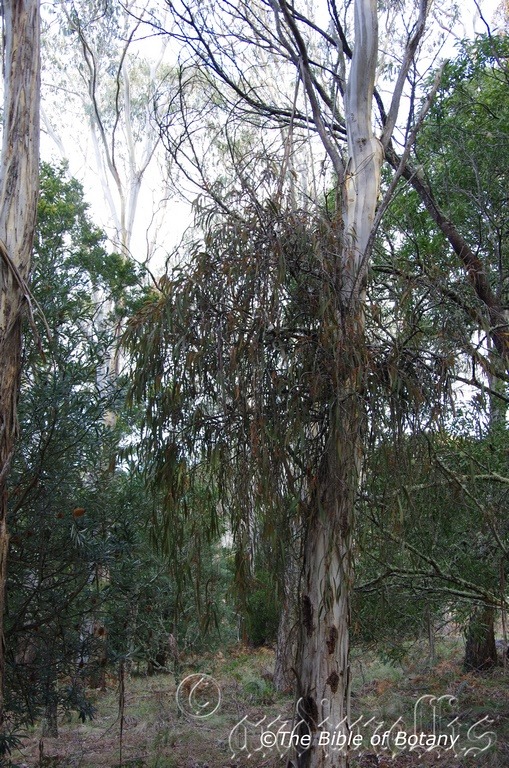
Ebor Falls NSW
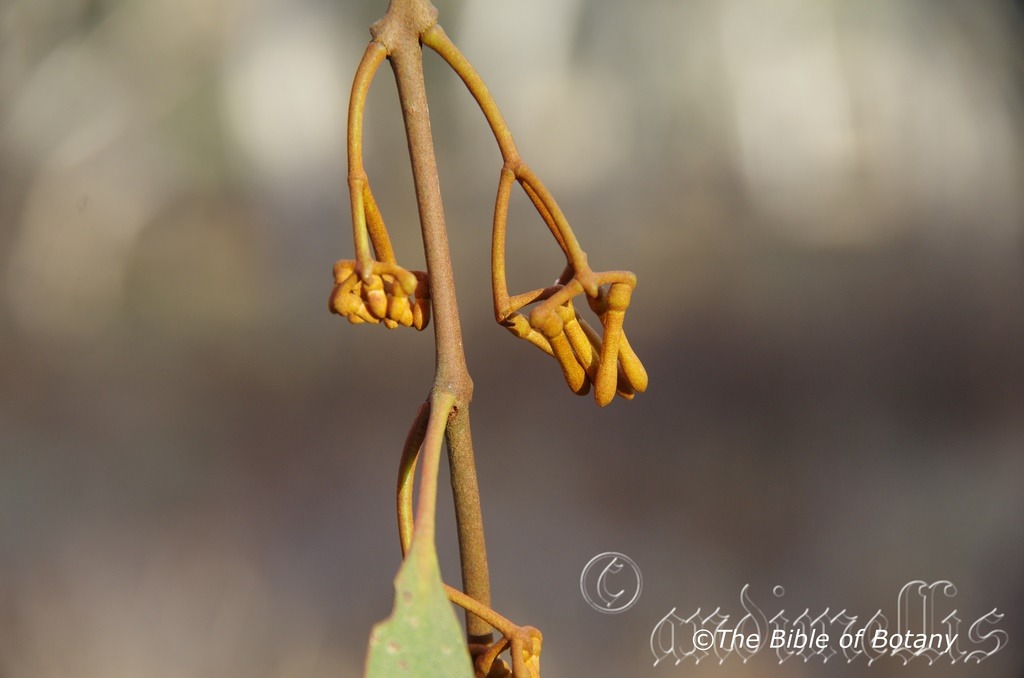
Ebor Falls NSW

Ebor Falls NSW

Ebor Falls NSW

Ebor Falls NSW

Ebor Falls NSW
Amyema bifurcatum
Classification:
Unranked: Eudicots
Unranked: Core Eudicots
Order: Santalales
Family: Loranthaceae
Genus: From A, which is Greek/Latin for without or not having and Myeo, for I point out something that is new. It refers to a new feature that separated this genus from the Loranthus genus.
Specie: From Bi/Bis, which is Greek/Latin for two and Furcata, which is Latin for a fork. It refers to branches, which divide several times into two equal branches throughout.
Sub specie: Amyema bifurcatum subsp. bifurcatum.
Common Name: It is also referred to as Amyema bifurcata.
Distribution:
Amyema bifurcatum is found north of a line from the Broome in Western Australia south east to the Warrumbungles and Grafton in New South Wales.
https://avh.ala.org.au/occurrences/search?taxa=Amyema+bifurcatum#tab_mapView
Habitat Aspect Climate:
Amyema bifurcatum prefer full sun to bright dappled shade. Amyema bifurcatum is a parasitic plant which mimics its host very closely. It is mainly found on various genus of Acacia, Angophora, Eucalyptus, and Nitraria. The altitude ranges from 5 meters ASL to 1450 meters ASL.
The temperatures range from minus 2 degrees in July to 45 degrees in January.
The rainfalls range from lows of 200mm to an average of 3000mm annually.
Soil Requirements:
As Amyema bifurcatum is a parasite the soil requirements are not considered to be as important, however the host plants grow in a wide variety of soil types. The Casuarinaceae genus in these zones grow in dry semi-arid areas to along rivers where the roots are in water all the time. The PH. of the soils varies from 4.5PH to 7.5PH.
Height & Spread:
Wild Plants: 500mm to 1000mm by 500mm to 1000mm.
Characteristics:
Amyema bifurcatum is a pendulant parasite. The stems and leaves are covered in rusty tomentose hairs. External roots are absent with the haustorium swelling being the only noticeable appendage.
Amyema bifurcatum opposite leaves are linear to lanceolate and measure 60mm to 40mm in length by 4mm to 25mm in width. The leaves are almost straight to falcate. The base is attenuate while the apex is obtuse-acute to acute. The concolourous leaves are olive-green. The laminas are flat and coriaceous. The margins are entire. The petioles measure 10mm to 40mm in length.
The inflorescence of Amyema bifurcatum is a pedunculated umbel of triads are born in the axils. The light grey-green peduncles measure 15mm to 40mm in length. The rays on the umbels measure 6mm to 20mm in length while the pedicels measure 3mm to 7mm in length. Individual flowers number 6 to 12.The bracts measure 3mm to 3.5mm in length. The pale pink to deep crimson corolla measures 22mm to 30mm in length. The corollas are covered in white to rusty tomentose hairs.
The pink to deep crimson stamens are exserted and measure 23mm to 30mm in length including the pale to deep yellow anthers.
The pale pink to deep crimson style measures 23mm to 30mm in length. Flowers appear during spring though flowering may occur at any time when weather conditions are favourable.
Amyema bifurcatum‘s fruits are a globose berry. The green berries turn deep pink or red when mature and measure 10mm to 12mm in diameter. There is a prominent nipple at the base of the style.
Wildlife:
Apart from feeding the beautiful little mistletoe bird which eat and distributes its seeds I have seen the Eastern Spinebill and noisy minors attending the flowers.
There are over 15 species of butterflies which feed on the leaves of Amyema species including Amaryllis azure and Candalides margarita subsp. margarita.
The fruits are edible. The pulp has a sweet pleasant cherry taste with a dash of Eucalyptus thrown in.
Cultivation:
Being a parasitic plant Amyema bifurcatum is not a favourite many people and just as many appreciate the real beauty they have to offer.
However if one commences life on a tree close to the ground where the flowers and fruits can be viewed easily it may be worthwhile leaving there as a curiosity. The fruits can then be controlled when ripe or they can be left to nature. They make an interesting addition to the garden. It is a great talking point for children and adults alike
However if one commences life on a tree close to the ground where the flowers and fruits can be viewed easily it may be worthwhile leaving there as a curiosity. The fruits can then be controlled when ripe or they can be left to nature. It makes an interesting addition to the garden. It is a great talking point for children and adults alike. The seeds must be placed onto the branches of specie mentioned in the chapter Parasitic Plants for their best chance of survival.
Propagation:
Seeds: The seeds can be removed from the ripe berries by eating them and spitting the seeds out. The seeds can be placed directly onto the branch where you want it to grow. Use the fruit as the adhesive or flour and water to stick the seed to the branch. Seeds usually germinate in a few days to a week.
Further comments from readers:
Hi reader, it seems you use The Bible of Botany a lot. That’s great as we have great pleasure in bringing it to you! It’s a little awkward for us to ask, but our first aim is to purchase land approximately 1,600 hectares to link several parcels of N.P. into one at The Pinnacles NSW Australia, but we need your help. We’re not salespeople. We’re amateur botanists who have dedicated over 30 years to saving the environment in a practical way. We depend on donations to reach our goal. If you donate just $5, the price of your coffee this Sunday, We can help to keep the planet alive in a real way and continue to bring you regular updates and features on Australian plants all in one Botanical Bible. Any support is greatly appreciated. Thank you.
In the spirit of reconciliation we acknowledge the Bundjalung, Gumbaynggirr and Yaegl and all aboriginal nations throughout Australia and their connections to land, sea and community. We pay our respect to their Elders past, present and future for the pleasures we have gained.
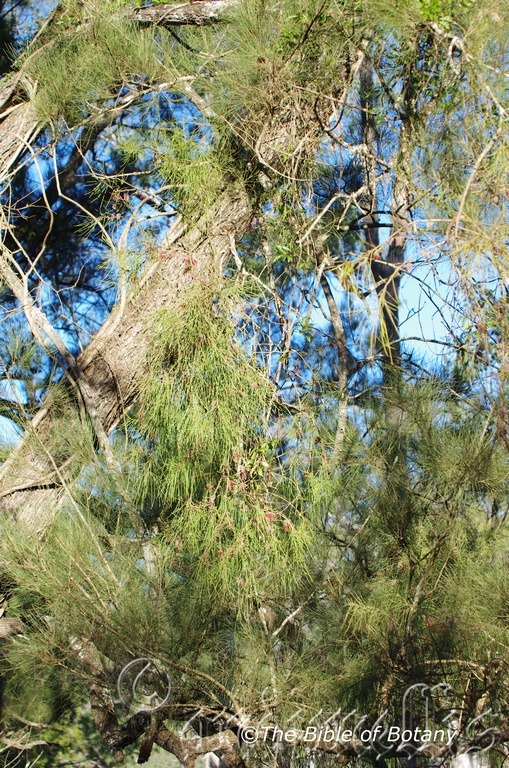
Lionsville Road Clarence Valley NSW
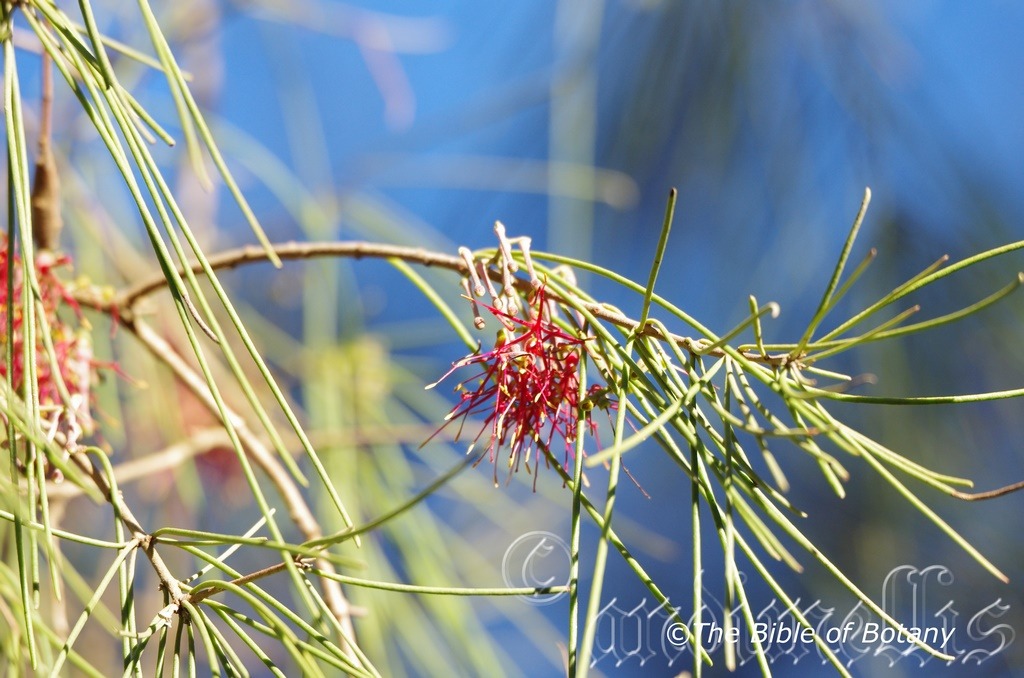
Lionsville Road Clarence Valley NSW
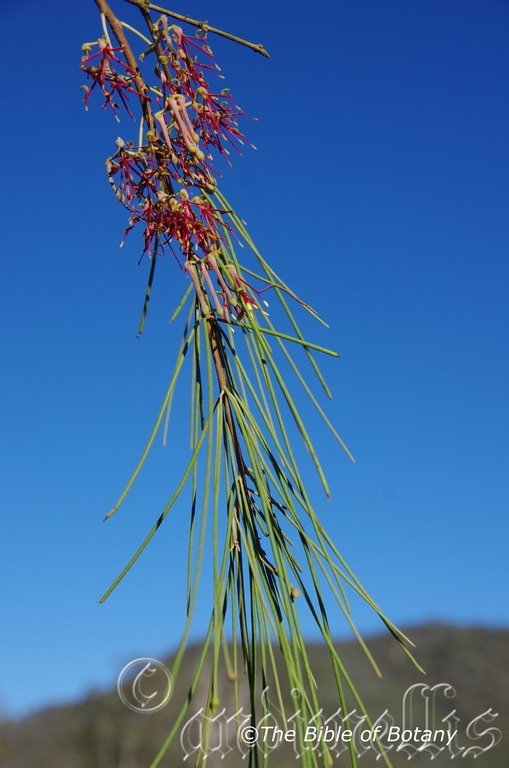
Lionsville Road Clarence Valley NSW
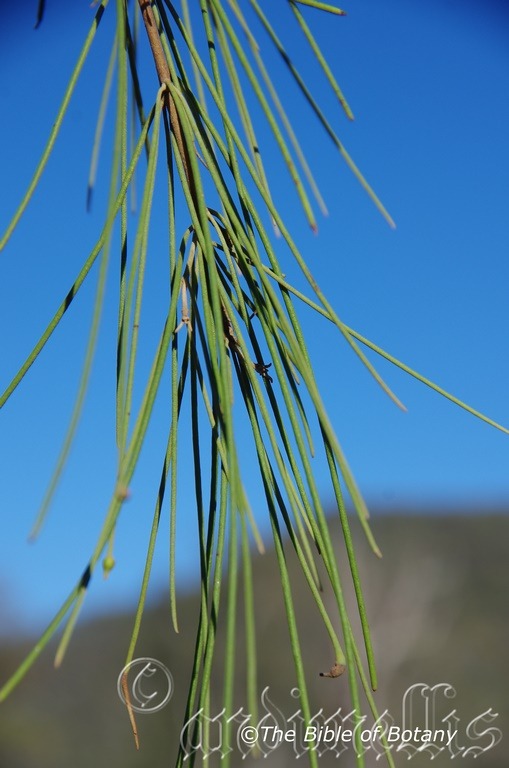
Lionsville Road Clarence Valley NSW
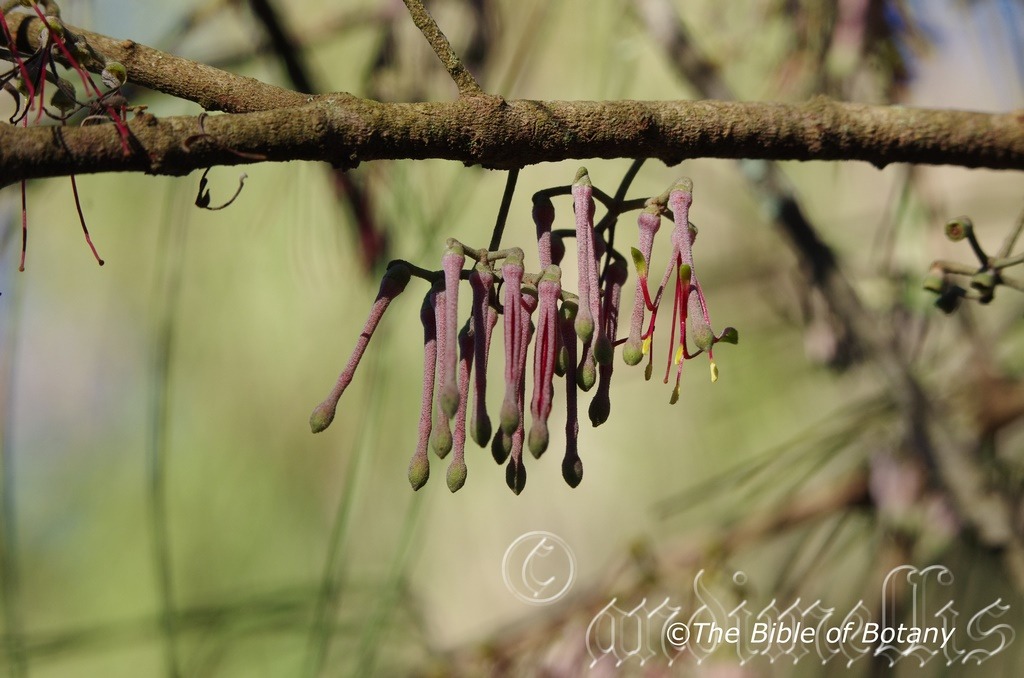
Lionsville Road Clarence Valley NSW

Lionsville Road Clarence Valley NSW
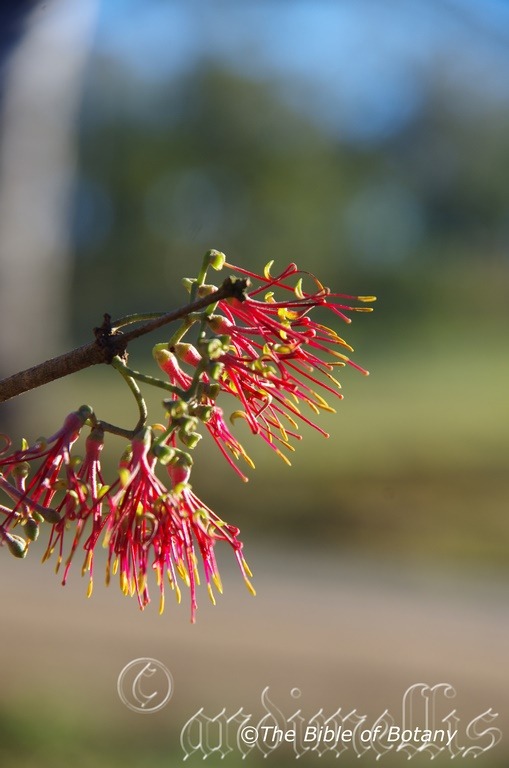
Lionsville Road Clarence Valley NSW

Lionsville Road Clarence Valley NSW
Amyema cambagei
Classification:
Unranked: Eudicots
Unranked: Core Eudicots
Order: Santalales
Family: Loranthaceae
Genus: From A, which is Greek/Latin for without or not having and Myeo, for I point out something that is new. It refers to a new feature that separated this genus from the Loranthus genus.
Specie: Is named in honour of Richard Hind Cambage; 1859-1928, who was a mining surveyor and botanical collector.
Sub specie:
Common Name: Needle Leaf Mistletoe or Casuarina Mistletoe.
Distribution:
Amyema cambagei is found west of Cairns and Cooktown in north Queensland south to Jervis Bay and the Cotter River in southern New South Wales. It is found on the Western Slopes, on and east of the Great Dividing Range to the coast.
https://avh.ala.org.au/occurrences/search?taxa=Amyema+cambagei#tab_mapView
Habitat Aspect Climate:
Amyema cambagei prefer full sun to dappled shade. Amyema cambagei is a parasitic plant which mimics its host very closely. It is found on various genus of Acacia, Allocasuarina, Callitris, Casuarina, Eremophila, Eucalyptus, and Melaleuca while the Eucalyptus genus is the preferred genus. The altitude ranges from 5 meters ASL to 1350 meters ASL.
The temperatures range from minus 2 degrees in July to 40 degrees in January.
The rainfalls range from lows of 300mm to an average of 2500mm annually.
Soil Requirements:
As Amyema cambagei is a parasite soil requirements are not considered to be important however the host plants grow in a wide variety of soil types. The Casuarinaceae genus in these zones grows in dry semi-arid areas to along rivers where the roots are inundated in water all the time. The PH. of the soils varies from 4.5PH to 7.5PH.
Height & Spread:
Wild Plants: 500mm to 1000mm by 500mm to 1000mm.
Characteristics:
Amyema cambagei’s is a spreading to pendulant parasite with foliage closely resembling that of its host. The stems and leaves are similar in appearance to its host but with white to grey tomentose hairs. External roots are absent with the haustorium swelling being the only noticeable appendage.
Amyema cambagei’s opposite leaves are terete to acicular 6mm to 15mm long by 1mm to 1.5mm in diameter with a mucronate apex.
The inflorescence of Amyema cambagei is a pedunculated umbel of triads which is auxiliary born. The light grey-green peduncles measure 8mm to 17mm in length. The peduncules and pedicles measure 4mm to 6mm in length. Individual flowers number 2 to 4 usually 3 on each peduncule. The undulating, green bracts measure 1mm to 2mm in length. The pale pink to deep crimson corolla measures 2mm to 3mm in length and has 4 pale pink to deep crimson linear lobes measure 14mm to 19mm in length by 2mm to 2.5mm in width. The pink to deep crimson anthers are exserted and measure 28mm to 32mm in length including the pale to deep yellow stamens. The stamens measure linear and measure 2mm to 4mm in length. The pale pink to deep crimson style measures 33mm to 36mm in length. Flowers appear during spring though flowering may occur at any time when weather conditions are favourable.
Amyema cambagei fruits are a globose berry 5mm to 6mm in diameter turning pink or red when mature.
Wildlife:
Apart from feeding the beautiful little mistletoe bird which eat and distributes its seeds I have seen the Eastern Spinebill and noisy minors attending the flowers.
There are over 15 species of butterflies which feed on the leaves of Amyema species including Amaryllis azure and Candalides margarita subsp. margarita.
The fruits are edible. The pulp is juicy and has a sweet pleasant cherry taste with a dash of Eucalyptus thrown in.
Cultivation:
Being a parasitic plant Amyema cambagei is not a favourite of many people and just as many appreciate the real beauty they have to offer.
However if one commences life on a tree close to the ground where the flowers and fruits can be viewed easily it may be worthwhile leaving there as a curiosity. The fruits can then be controlled when ripe or they can be left to nature. It makes an interesting addition to the garden. It is a great talking point for children and adults alike. The seeds must be placed onto the branches of specie mentioned in the chapter Parasitic Plants for their best chance of survival.
Propagation:
Seeds: The seeds can be removed from the ripe berries by eating them and spitting the seeds out. The seeds can be placed directly onto the branch where you want it to grow. Use the fruit as the adhesive or flour and water to stick the seed to the branch. Seeds usually germinate in a few days to a week.
Further comments from readers:
Hi reader, it seems you use The Bible of Botany a lot. That’s great as we have great pleasure in bringing it to you! It’s a little awkward for us to ask, but our first aim is to purchase land approximately 1,600 hectares to link several parcels of N.P. into one at The Pinnacles NSW Australia, but we need your help. We’re not salespeople. We’re amateur botanists who have dedicated over 30 years to saving the environment in a practical way. We depend on donations to reach our goal. If you donate just $5, the price of your coffee this Sunday, We can help to keep the planet alive in a real way and continue to bring you regular updates and features on Australian plants all in one Botanical Bible. Any support is greatly appreciated. Thank you.
In the spirit of reconciliation we acknowledge the Bundjalung, Gumbaynggirr and Yaegl and all aboriginal nations throughout Australia and their connections to land, sea and community. We pay our respect to their Elders past, present and future for the pleasures we have gained.
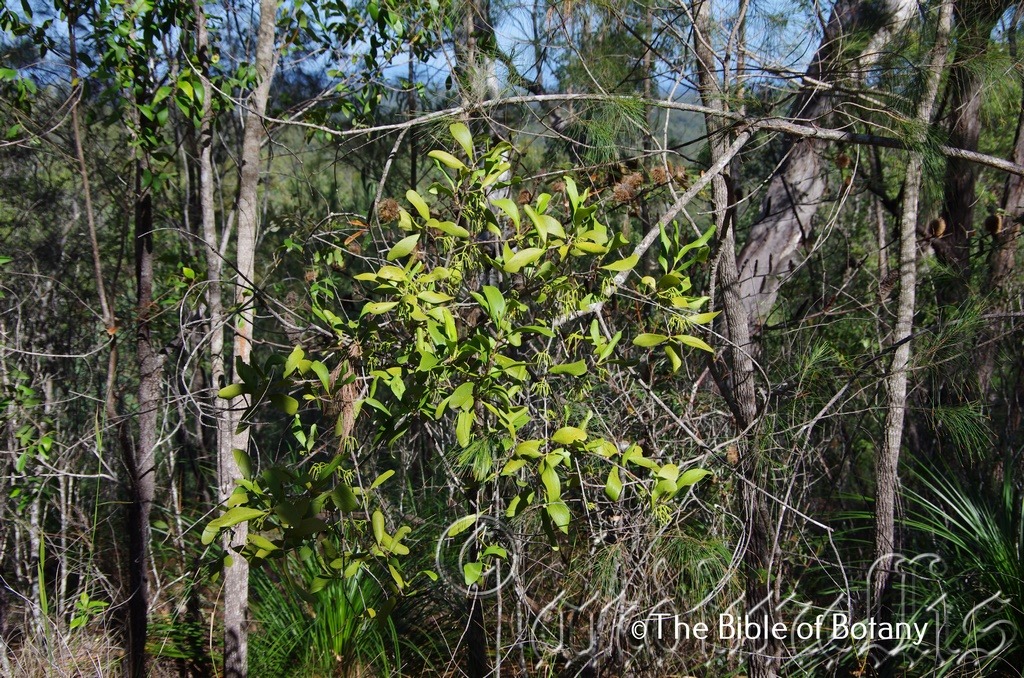
The Pinnacles NSW

Kedron Brook Qld.

Nana Glen NSW

Lionsville Road Clarence valley NSW

Nana Glen NSW
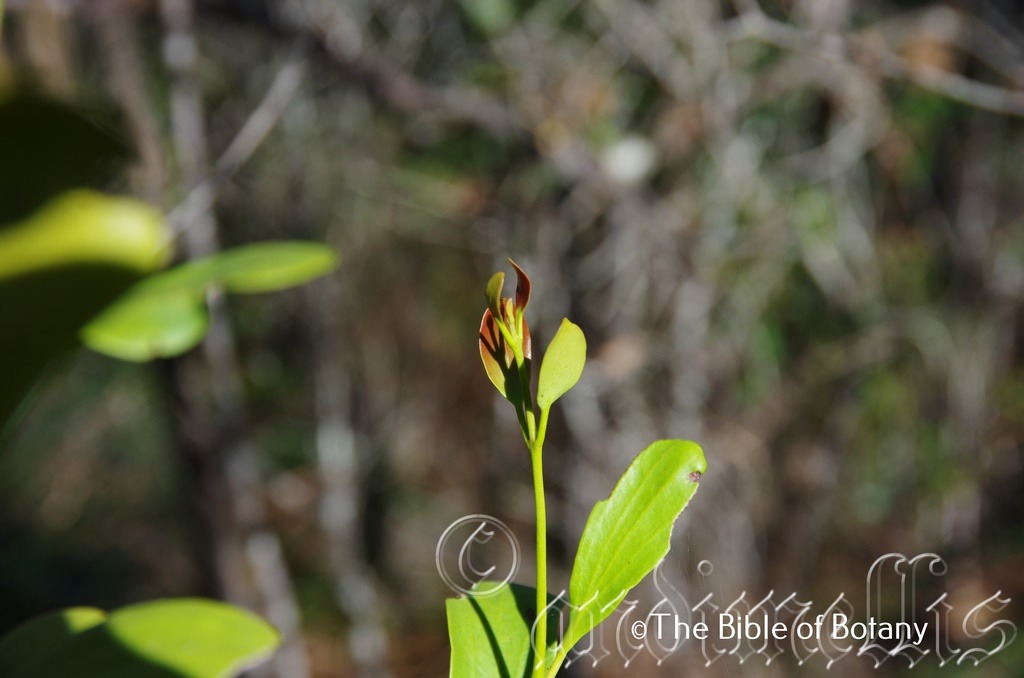
The Pinnacles NSW
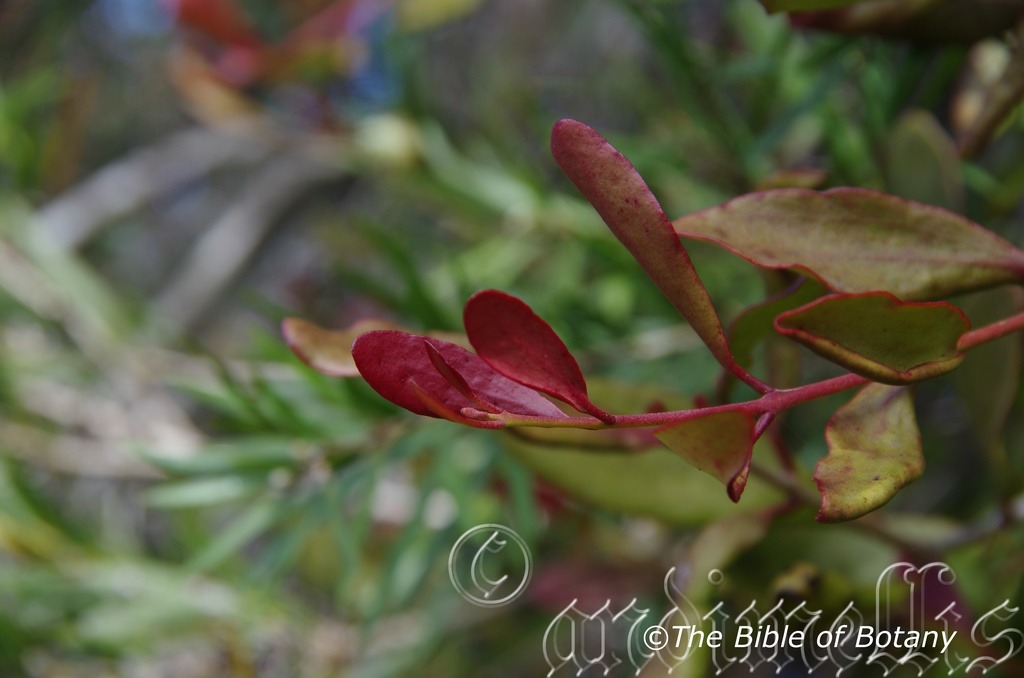
Nana Glen NSW
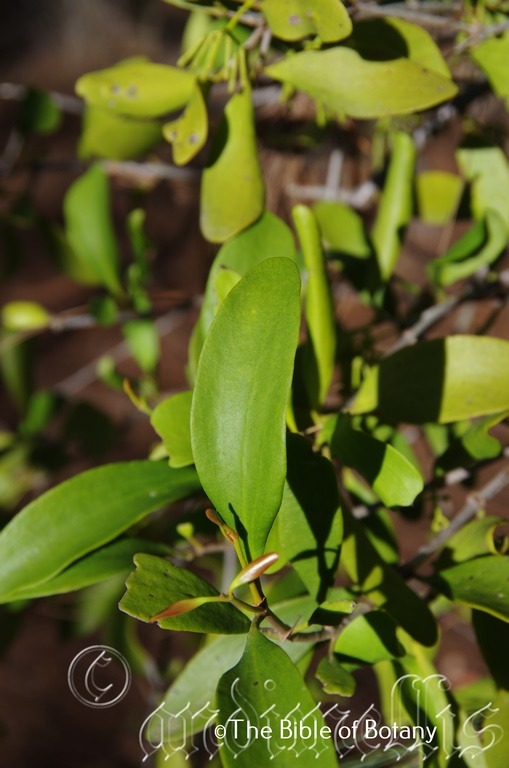
The Pinnacles NSW
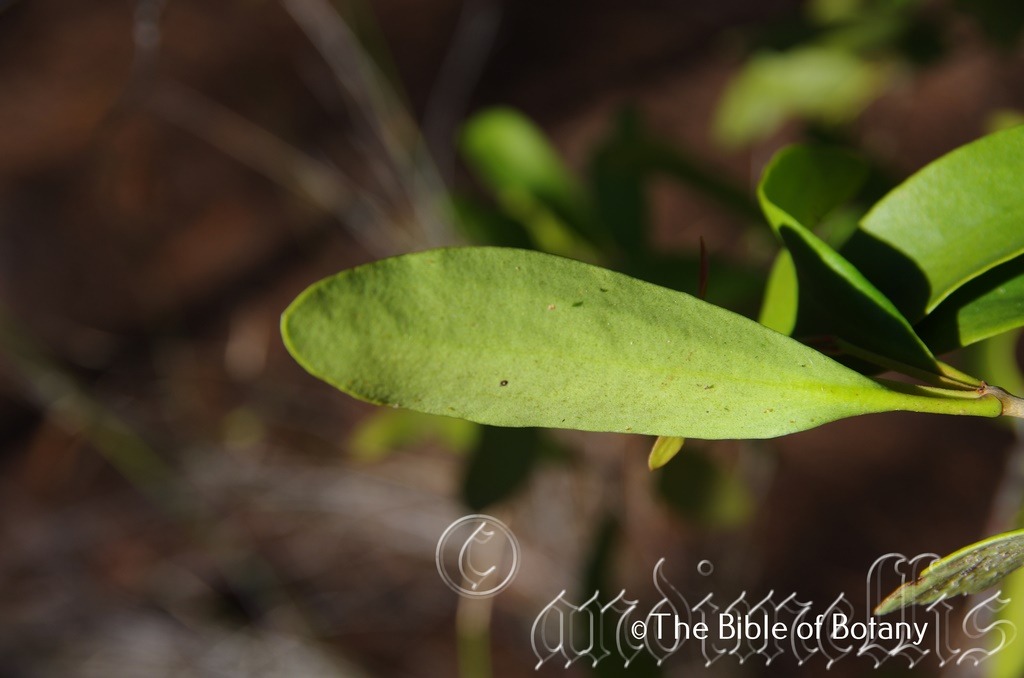
The Pinnacles NSW

Kedron Brook Qld.

The Pinnacles NSW

The Pinnacles NSW
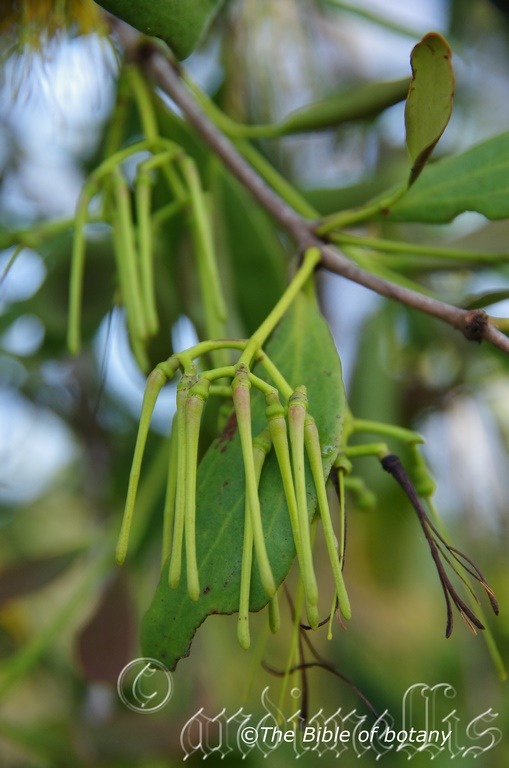
Kedron Brook Qld.
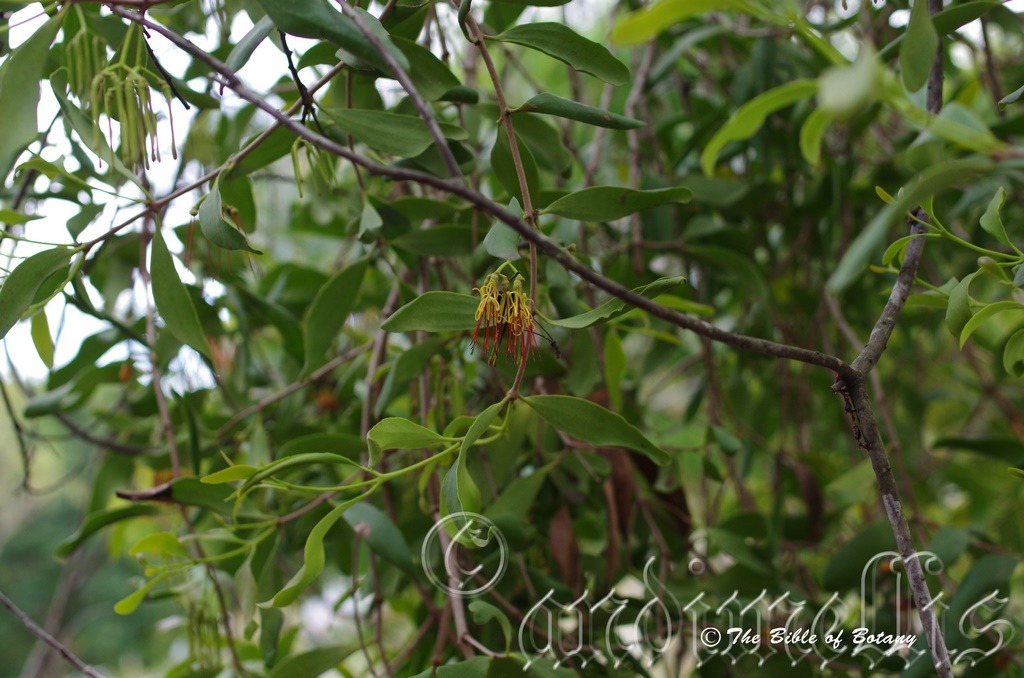
Norman Park Qld.
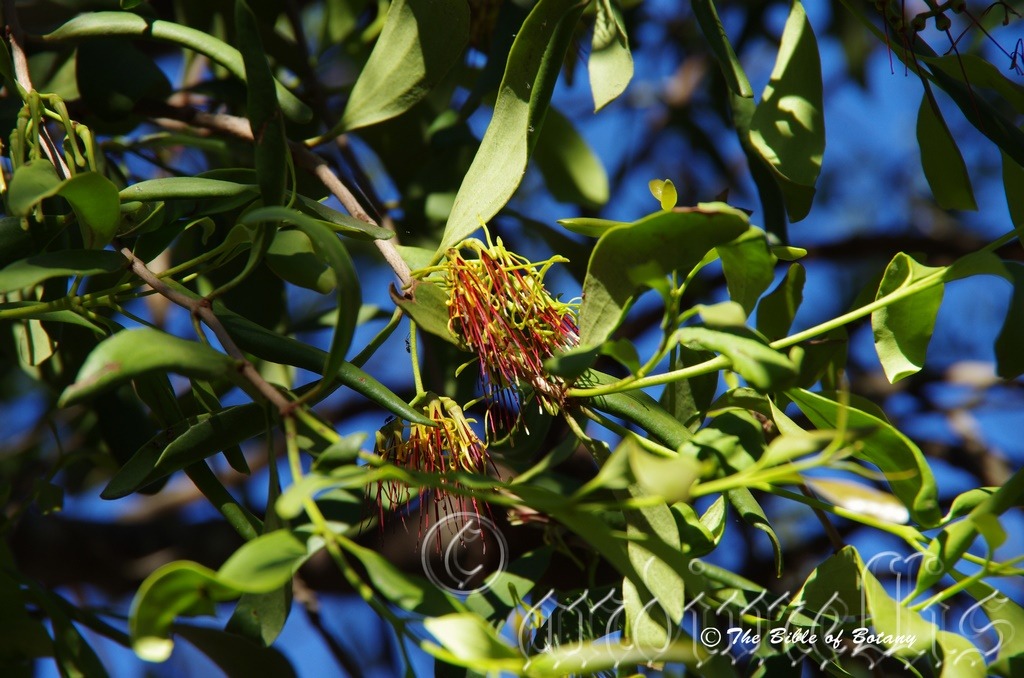
Norman Park Qld.
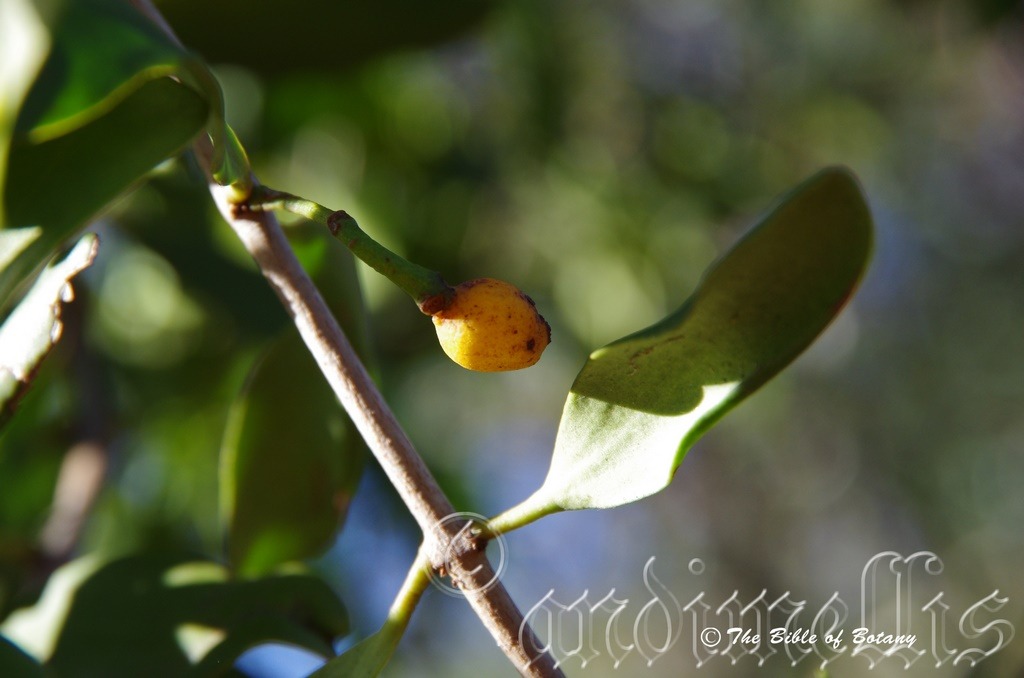
Norman Park Qld.
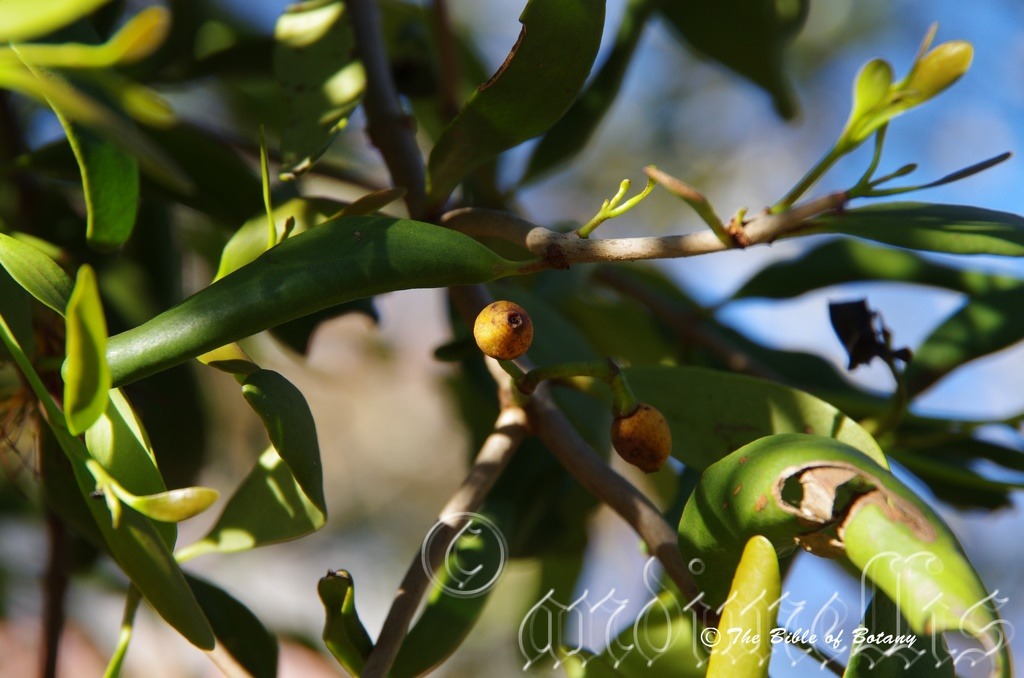
Norman Park Qld.
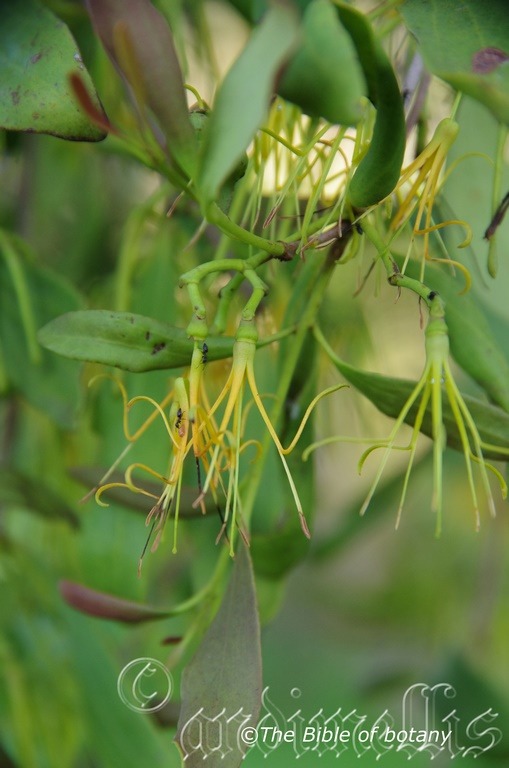
The Pinnacles NSW
Amyema congener
Classification:
Unranked: Eudicots
Unranked: Core Eudicots
Order: Santalales
Family: Loranthaceae
Genus: From A, which is Greek/Latin for without or not having and Myeo, for I point out something that is new. It refers to a new feature that separated this genus from the Loranthus genus.
Specie: From Com/Con, which is Greek/Latin for to come together or with and Genus, which is Latin for a kind or type. It refers to plants which are very typical of the genus but vary enough to be a specific species.
Sub specie:
Common Name:
Distribution:
Amyema congener is found from far north Queensland on Cape York Peninsula south to Merimbula in southern New South Wales. It is found on the Western Slopes on and east of the Great Dividing Range to the coast.
https://avh.ala.org.au/occurrences/search?taxa=Amyema+congener#tab_mapView
Habitat Aspect Climate:
Amyema congener prefers full sun to bright dappled shade. It is a parasitic plant, which is found growing on a large variety of hosts including Acacia, Acmena, Acradenia, Acronychia, Allocasuarina, Alphitonia, Amyema, Astrotricha, Backhousia, Banksia, Callistemon, Canthium, Capparis, Cassine, Casuarina, Ceriops, Croton, Cupaniopsis, Dendrophthoe, Elaeodendron, Eremophila, Erythroxylon, Eucalyptus, Excoecaria, Exocarpos, Flindersia, Geijera, Illicium, Leptospermum, Lophostemon, Lumnitzera, Mallotus, Melaleuca, Melia, Muellerina, Notelaea, Parsonsia, Petalostigma, Pimelea, Planchonella, Pongamia, Pouteria, Quercus, Randia, Santalum, Senna, Terminalia. The Acacia, Allocasuarina, Casuarina and Geijera are the preferred hosts while it is also found on other parasitic plants which include Amyema, Dendrophthoe and Muellerina. It has also been recorded on the following exotic species growing in Australia Celtis, Citrus, Crataegus, Lagerstroemia, Nerium, Pongamia, Prunus, Pyrus and Salix. The altitude ranges from 5 meters ASL to 1250 meters ASL.
The temperatures range from minus 2 degrees in July to 38 degrees in January.
The rainfalls range from lows of 600mm to an average of 3200mm annually.
Soil Requirements:
As Amyema congener is a parasite so soil requirements are not considered to be important however the host plants grow in a wide variety of soil types. It is found in dry sclerophyll forests to dry rainforests and monsoonal forests. The PH. of the soils varies from 4.5PH to 8PH.
Height & Spread:
Wild Plants: 500mm to 1000mm by 500mm to 1000mm.
Characteristics:
Amyema Amyema congener‘s is an erect to spreading parasite. The stems and leaves are glabrous on older plants however juvenile plants are covered in white to brown tomentose hairs. External roots are absent with the haustorium swelling being the only noticeable appendage.
Amyema Amyema congener‘s opposite leaves are lanceolate to ovate or obovate and measure 40mm to 110mm in length by 1mm to 4mm or 55.mm in width. The base is attenuate while the apex is obtuse. The concolourous leaves are olive-green. The laminas are flat and coriaceous. The margins are entire. The petioles measure 3mm to 8mm in length.
The inflorescence of Amyema congener is a pedunculated umbel of triads born in the leaf axils. The light olive-green peduncles measure 10mm to 35mm in length. The rays on the umbels number 3 to 5 and measure 5mm to 8mm in length. The pedicels of the lateral flowers measure 2mm to 3mm in length.
The flowers are 5 merous while the bracts measure 1mm to 1.2mm in length. The green corollas turn yellow with age with the lobes becoming strongly reflexed. They measure 16mm to 35mm in length. The corollas are glabrous.
The yellow stamens are exserted and measure 10mm to 15mm in length while the yellow anthers measure 2mm to 3mm in length.
The yellow-green to lime green style measures 20mm to 23mm in length. The undulating disc partially encloses the style base. Flowers appear throughout the year.
Amyema congener fruits are ellipsoidal to globose berries. The green berries turn deep pink or red when mature and measure 10mm to 12mm in length by 6mm to 8mm in diameter. The calyx is persistent at the apex of the fruit.
Wildlife:
The mistletoe bird feeds on the fruits and distributes the seeds.
There are over 15 species of butterflies which feed on the leaves of Amyema species including Amaryllis azure and Candalides margarita subsp. margarita.
The fruits are edible. The pulp is juicy and has a sweet pleasant cherry taste with a dash of Eucalyptus thrown in.
Cultivation:
Being a parasitic plant Amyema congener is not a favourite many people and just as many appreciate the real beauty they have to offer.
However if one commences life on a tree close to the ground where the flowers and fruits can be viewed easily it may be worthwhile leaving there as a curiosity. The fruits can then be controlled when ripe or they can be left to nature. It makes an interesting addition to the garden. It is a great talking point for children and adults alike. The seeds must be placed onto the branches of specie mentioned in the chapter Parasitic Plants for their best chance of survival.
Propagation:
Seeds: The seeds of Amyema congener can be removed from the ripe berries by eating them and spitting the seeds out. The seeds can be placed directly onto the branch where you want it to grow. Use the fruit as the adhesive or flour and water to stick the seed to the branch. Seeds usually germinate in a few days to a week.
Further comments from readers:
Hi reader, it seems you use The Bible of Botany a lot. That’s great as we have great pleasure in bringing it to you! It’s a little awkward for us to ask, but our first aim is to purchase land approximately 1,600 hectares to link several parcels of N.P. into one at The Pinnacles NSW Australia, but we need your help. We’re not salespeople. We’re amateur botanists who have dedicated over 30 years to saving the environment in a practical way. We depend on donations to reach our goal. If you donate just $5, the price of your coffee this Sunday, We can help to keep the planet alive in a real way and continue to bring you regular updates and features on Australian plants all in one Botanical Bible. Any support is greatly appreciated. Thank you.
In the spirit of reconciliation we acknowledge the Bundjalung, Gumbaynggirr and Yaegl and all aboriginal nations throughout Australia and their connections to land, sea and community. We pay our respect to their Elders past, present and future for the pleasures we have gained.
Amyema conspicua
Classification:
Unranked: Eudicots
Unranked: Core Eudicots
Order: Santalales
Family: Loranthaceae
Genus: From A, which is Greek/Latin for without or not having and Myeo, for I point out something that is new. It refers to a new feature that separated this genus from another parasitic plants in the Loranthus genus.
Specie: From Con/Com, which are Ancient Greek/ Latin for to come together and Skiptomai, which is Ancient Greek or later Specia, which is Latin for to look at or to notice. It refers to plants, which are worthy of being looked at or being very noticable.
Sub specie:
Common Name:
Distribution:
Amyema conspicua is found north of Broome on the central coast of Western Australia following within 150 kilometres of the coast the around to the Clarence river in north eastern New South Wales. There are a few isolated populations further inland on the western plains of Queensland.
https://avh.ala.org.au/occurrences/search?taxa=Amyema+conspicua#tab_mapView
Habitat Aspect Climate:
Amyema conspicua prefer full sun to dappled shade. Amyema conspicua is a parasitic plant which often mimics its host very closely. It is found in rainforest and moist Eucalyptus forests and sclerophyll forest on various hosts but commonly on Alphitonia species. It has been recorded on the following plants: Terminalia sp., Erythroxylum australe, Erythroxylum ellipticum, Croton tomentellus, Excoecaria agallocha, Petalostigma quadriloculare, Pemphis acidula, Thespesia populnea, Turraea virens, Xylocarpus granatum, Xylocarpus moluccensis, Acacia crassicarpa, Callistemon sp., Melaleuca sp., Psidium guajava *, Grevillea sp., Alphitonia excelsa, Alphitonia petriei, Alphitonia whitei, Gardenia sp., Citrus sinensis *, Alectryon connatus, Pouteria sp. and Boehmeria sp. I have also recorded it on Casuarina cunninghamii in the Pillar Valley NSW
The altitude ranges from 5 meters ASL to 1350 meters ASL.
The temperatures range from 4 degrees in July to 40 degrees in January.
The rainfalls range from lows of 360mm to an average of 3200mm annually.
Soil Requirements:
As Amyema conspicua is a parasite soil requirements are not considered to be important however the host plants grow in a wide variety of soil types. The PH. of the soils varies from 4.5PH to 7.5PH.
Height & Spread:
Wild Plants: 500mm to 1000mm by 500mm to 1000mm.
Characteristics:
Amyema conspicua is a spreading to pendulant parasite with foliage closely resembling that of its host. It is an erect or spreading parasitic plant. New shoots are sparsely to moderately covered in soft, short, fawn, caduceus, tomentose hairs. The external haustorium are absent.
The elliptic to ovate or obovate leaves measure 35mm to 85mm in length by 12mm to 45mm in width. The petiole measures 1mm to 6mm in length while the bases are attenuate and have obtuse apexes. The parallel veins are slightly prominent on both laminas.
Amyema conspicua’s inflorescences are pedunculate triad umbels. The central flower is sessile, while the lateral two are pedicellate, with the peduncles measuring 4mm to 9mm in length. The 2 branched umbel’s rays (rachis) measure 1.5mm to 2.5mm in length. The pedicels measure 1mm or less while the cupular bracts have 1 or 2 acute apexes. The green, 5 merous, flower’s corolla measures 15mm to 25mm in length, split and recurve 360 degrees. The inflorescence axes and calyx is covered in white to pastel brown tomentose hairs. The staminal filaments measure 7mm to 11mm in length, while the anthers measure 1.5mm to 2mm in length. The style measures 19mm to 25mm in length and has a globular stigma.
The fruit is a pale yellow, globose berry that measures 6mm to 8 mm in length by 6mm to 7mm in diameter. The berries have a distinct broad neck with a persistent calyx.
Wildlife:
Apart from feeding the beautiful little mistletoe bird, Dicaeum hirundinaceum which eats and distributes the seeds I have seen the Eastern Spinebill, Acanthorhynchus tenuirostris attending the flowers.
There are over 15 species of butterflies which feed on the leaves of Amyema species including Amaryllis azure and Candalides margarita subsp. margarita.
The fruits are edible. The pulp is juicy and has a sweet pleasant cherry taste with a dash of Eucalyptus thrown in.
Cultivation:
Being a parasitic plant Amyema conspicua is not a favourite of many people and just as many appreciate the real beauty they have to offer.
However if one commences life on a tree close to the ground where the flowers and fruits can be viewed easily it may be worthwhile leaving there as a curiosity. The fruits can then be controlled when ripe or they can be left to nature. It makes an interesting addition to the garden. It is a great talking point for children and adults alike. The seeds are best to be placed onto the branches of species mentioned above for their best chance of survival.
Propagation:
Seeds: The seeds can be removed from the ripe berries by eating them and spitting the seeds out. The seeds can be placed directly onto the branch where you want it to grow. Use the fruit as the adhesive to stick the seed to the branch. Seeds usually germinate in a few days to a week. You will witness the haustorium quickly penetrate the cambium layer for nutrient over the first week.
Further comments from readers:
Hi reader, it seems you use The Bible of Botany a lot. That’s great as we have great pleasure in bringing it to you! It’s a little awkward for us to ask, but our first aim is to purchase land approximately 1,600 hectares to link several parcels of N.P. into one at The Pinnacles NSW Australia, but we need your help. We’re not salespeople. We’re amateur botanists who have dedicated over 30 years to saving the environment in a practical way. We depend on donations to reach our goal. If you donate just $5, the price of your coffee this Sunday, We can help to keep the planet alive in a real way and continue to bring you regular updates and features on Australian plants all in one Botanical Bible. Any support is greatly appreciated. Thank you.
In the spirit of reconciliation we acknowledge the Bundjalung, Gumbaynggirr and Yaegl and all aboriginal nations throughout Australia and their connections to land, sea and community. We pay our respect to their Elders past, present and future for the pleasures we have gained.
Amyema gaudichaudii
Classification:
Unranked: Eudicots
Unranked: Core Eudicots
Order: Santalales
Family: Loranthaceae
Genus: From A, which is Greek/Latin for without or not having and Myeo, for I point out something that is new. It refers to a new feature that separated this genus from the Loranthus genus.
Specie: Is named in honour of Charles Gaudichaud Beaupre; 1789-1645, who was a French Botanist who named several Australian genera.
Sub specie:
Common Name:
Distribution:
Amyema gaudichaudii is found in two isolated populations. The southern population is from Nowra to Singleton in central coastal New South Wales. The second population is found west of the Macpherson Ranges north to north west of Dalby.
https://avh.ala.org.au/occurrences/search?taxa=Amyema+gaudichaudii#tab_mapView
Habitat Aspect Climate:
Amyema gaudichaudii prefers full sun to bright dappled shade. It is found in dry sclerophyll forests to swampy poorly drained woodlands. It parasitizes plants from the Acacia or Melaleuca genre. The altitude ranges from 5 meters ASL to 1100 meters ASL.
The temperatures range from minus 2 degrees in July to 38 degrees in January.
The rainfalls range from lows of 400mm to an average of 1600mm annually.
Soil Requirements:
As Amyema gaudichaudii is a parasite so soil requirements are not considered to be important however the host plants Melaleucas grow in a wide variety of soil types. The pH. of the soils varies from 4.5PH to 7.6PH.
Height & Spread:
Wild Plants: 500mm to 1000mm by 500mm to 1000mm.
Characteristics:
Amyema gaudichaudii’s is an erect and compact. The stems are covered in short white tomentose hairs especially on juvenile plants. External roots are absent with the haustorium swelling being the only noticeable appendage.
Amyema gaudichaudii’s opposite leaves are lanceolate and measure 20mm to 40mm in length by 2mm to 6mm width. The base is attenuate while the apex is obtuse. The concolourous leaves are olive-green. The laminas are flat and coriaceous. The margins are entire. The petioles measure 2mm to 5mm in length.
The inflorescence of Amyema gaudichaudii is a pedunculated umbel of triads born in the leaf axils. The central flower is sessile. The lateral flowers peduncles are light olive-green measure 6mm to 12mm in length. The rays on the umbels number 2 to 3 and measure 4mm to 6mm in length. The pedicels of the lateral flowers measure 6mm to 12mm in length while the pedicels measure 2mm to 4mm in length.
The flowers are 5 merous while the bracts measure 1mm to 1.2mm in length. The green corollas turn orange-red to red with age with the lobes becoming strongly reflexed. The acute bracts measure 1mm to 1.5mm in length. The corolla tubes measure 7mm to 10mm in length. The corollas are glabrous.
The yellow stamens are exserted and measure 10mm to 15mm in length while the yellow anthers measure 2mm to 3mm in length.
The yellow-green to lime green style measures 20mm to 23mm in length. The undulating disc partially encloses the style base. Flowers appear throughout the year.
Amyema gaudichaudii fruits are globose berries. The green berries turn yellow then glossy almost translucent pink when mature and measure 4mm to 5mm in length by 4mm to 5mm in diameter. The calyx is persistent at the apex of the fruit.
Wildlife:
The mistletoe bird, Dicaeum hirundinaceum feeds on the fruits of Amyema gaudichaudii and distributes the seeds.
There are over 15 species of butterflies which feed on the leaves of Amyema species including Amaryllis azure and Candalides margarita subsp. margarita.
The fruits are edible. The pulp has a sweet pleasant cherry taste with a dash of Eucalyptus thrown in.
Cultivation:
Being a parasitic plant Amyema gaudichaudii is not a favourite many people and just as many appreciate the real beauty they have to offer.
However if one commences life on a tree close to the ground where the flowers and fruits can be viewed easily it may be worthwhile leaving there as a curiosity. The fruits can then be controlled when ripe or they can be left to nature. It makes an interesting addition to the garden. It is a great talking point for children and adults alike. The seeds must be placed onto the branches of specie mentioned in the chapter Parasitic Plants for their best chance of survival.
Propagation:
Seeds: The seeds of Amyema gaudichaudii can be removed from the ripe berries by eating them and spitting the seeds out. The seeds can be placed directly onto the branch; of a Melaleuca species, where you want it to grow. Use the fruit as the adhesive or flour and water to stick the seed to the branch. Seeds usually germinate in a few days to a week.
Further comments from readers:
Hi reader, it seems you use The Bible of Botany a lot. That’s great as we have great pleasure in bringing it to you! It’s a little awkward for us to ask, but our first aim is to purchase land approximately 1,600 hectares to link several parcels of N.P. into one at The Pinnacles NSW Australia, but we need your help. We’re not salespeople. We’re amateur botanists who have dedicated over 30 years to saving the environment in a practical way. We depend on donations to reach our goal. If you donate just $5, the price of your coffee this Sunday, We can help to keep the planet alive in a real way and continue to bring you regular updates and features on Australian plants all in one Botanical Bible. Any support is greatly appreciated. Thank you.
In the spirit of reconciliation we acknowledge the Bundjalung, Gumbaynggirr and Yaegl and all aboriginal nations throughout Australia and their connections to land, sea and community. We pay our respect to their Elders past, present and future for the pleasures we have gained.
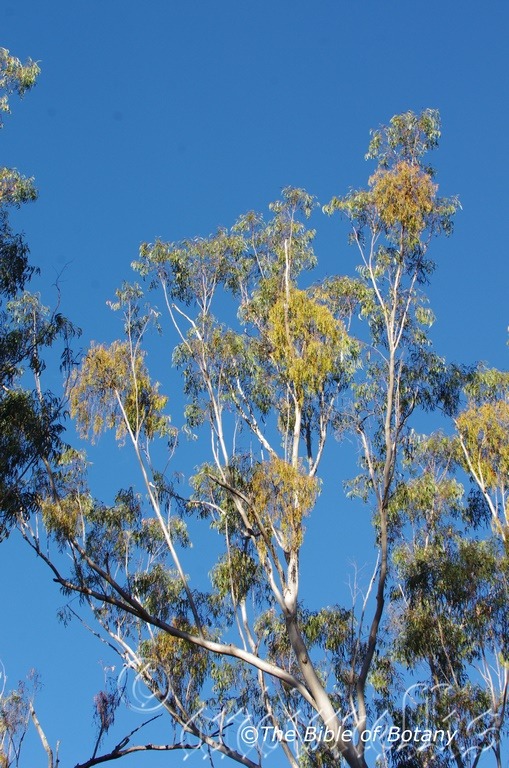
Banyabba National Park NSW

Banyabba National Park NSW

Banyabba National Park NSW
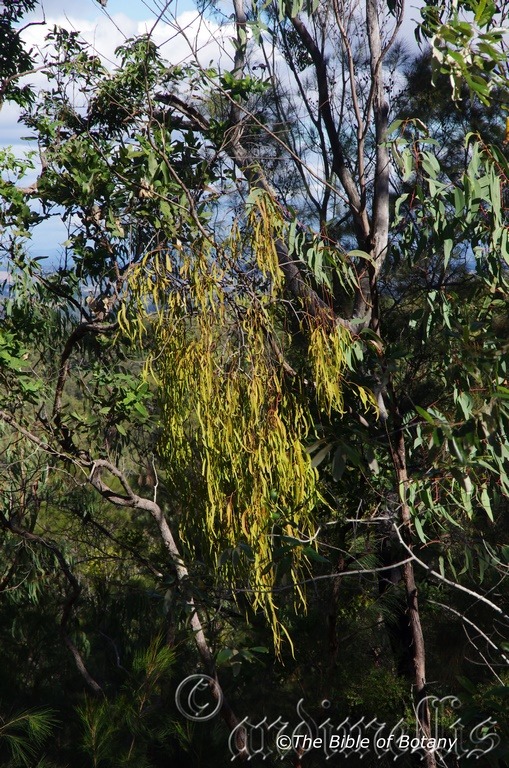
The Pinnacles NSW
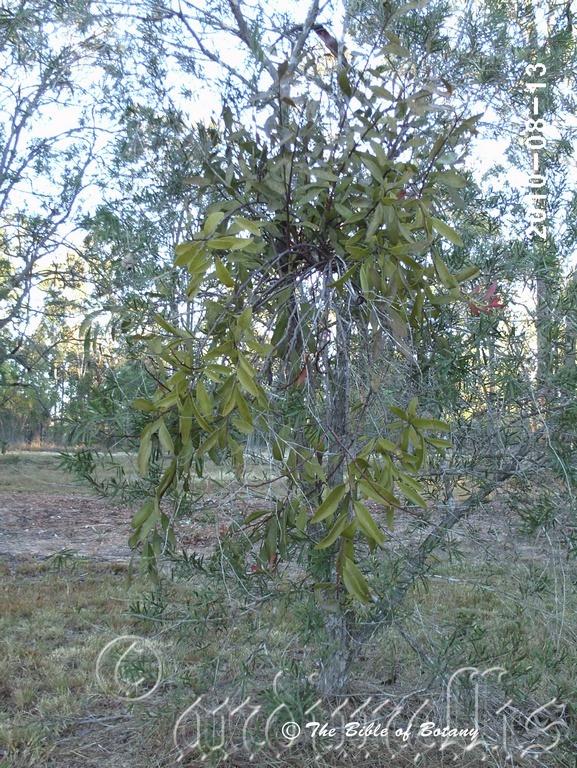
Grafton NSW
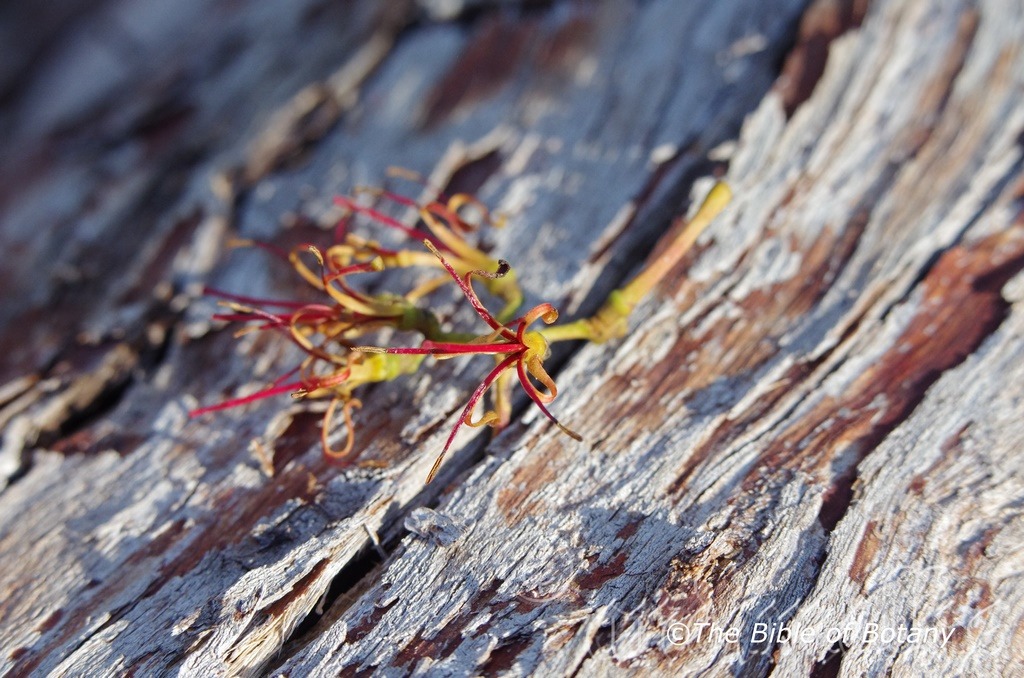
Banyabba National Park NSW
Amyema miquelii
Classification:
Unranked: Eudicots
Unranked: Core Eudicots
Order: Santalales
Family: Loranthaceae
Genus: From A, which is Greek/Latin for without or not having and Myeo, for I point out something that is new. It refers to a new feature that separated this genus from the Loranthus genus.
Specie: Is named in honour of Dr. Friedrich Anton Wilhelm Miquel; 1811-1871 who was a Dutch botanist and plant collector who specialized in plants from the Dutch colonies including Indonesia and parts of Australia. From his estate, the Miquel fund was established, which provides financial support to young botanists at the University of Utrecht.
Sub specie:
Common Name:
Distribution:
Amyema miquelii is found throughout main land Australia except for the true deserts.
https://avh.ala.org.au/occurrences/search?taxa=Amyema+miquelii#tab_mapView
Habitat Aspect Climate:
Amyema miquelii prefers full sun to bright dappled shade. It is parasitic plants mainly on Acacia, Allocasuarina, Amyema, Angophora, Brachychiton, Callitris, Canthium, Casuarina, Eucalyptus, Exocarpos, Melaleuca, Muellerina, Petalostigma, and Planchonia. It prefers Eucalyptus as its host while it can be found parasitizing Eucalyptus while it has also parasitizes other Amyema specie. The altitude ranges from 5 meters ASL to 1350 meters ASL.
The temperatures range from minus 2 degrees in July to 38 degrees in January.
The rainfalls range from lows of 600mm to an average of 3200mm annually.
Soil Requirements:
Amyema miquelii is a parasite so soil requirements are not considered to be important however the host plants grow in a wide variety of soil types. It is found in dry sclerophyll forests to dry rainforests and monsoonal forests. The PH. of the soils varies from 4.5PH to 8PH.
Height & Spread:
Wild Plants: 300mm to 1000mm by 200mm to 1000mm.
Characteristics:
Amyema miquelii‘s is a pendent parasite. The stems are pale grass-green and glabrous on older plant. The juvenile plants and young shots are covered in brown tomentose hairs. External roots are absent with the haustorium swelling being the only noticeable appendage.
Amyema miquelii s opposite leaves are linear to narrow elliptical to and measure 30mm to 400mm in length by 5mm to 30mm in width. The base is attenuate while the apex is broad acute to obtuse. The concolourous leaves are olive-green. The laminas are straight to falcate flat and coriaceous. The margins are entire. The petioles measure 10mm to 50mm in diameter.
The inflorescence of Amyema miquelii is a pedunculated umbel of triads born in the leaf axils. Usually the center flower is pediculate but can be sessile. The pale grass-green peduncles measure 10mm to 50mm in length. The rays on the umbels number 3 to 7 and measure 3mm to 15mm in length. The pedicels of the lateral flowers measure 3mm to 6mm in length with the center flower being shorter.
The flowers are 5 or 7 merous. The bracts measure 1mm to 1.2mm in length. The green corollas turn yellow, orange, orange-red, red or pinkish-red with age with the lobes becoming strongly reflexed at around 50% of their length. They measure 15mm to 28mm in length. The corollas are glabrous.
The stamens are similar in colour to the corolla, exserted and measure 10mm to 15mm in length while the yellow anthers measure 3mm to 5mm in length.
The yellow, orange, orange-red, red or pinkish-red style measures 18mm to 21mm in length. The ovary is sparsely covered in brown tomentose hairs. Flowers appear from December to April.
Amyema miquelii fruits are ellipsoidal to pyriform berries. The green berries turn deep yellow-red when mature and measure 8mm to 12mm in length by 7mm to 8mm in diameter. The calyx and style is persistent at the apex of the fruit.
Wildlife:
The mistletoe bird feeds on the fruits of Amyema miquelii and distributes the seeds.
It is the host plant for two butterflies Amaryllis azure and Candalides margarita subsp. margarita.
The fruits are edible. The pulp has a sweet pleasant cherry taste with a dash of Eucalyptus thrown in.
Cultivation:
Being a parasitic plant Amyema miquelii is not a favourite many people and just as many appreciate the real beauty they have to offer.
However if one commences life on a tree close to the ground where the flowers and fruits can be viewed easily it may be worthwhile leaving there as a curiosity. The fruits can then be controlled when ripe or they can be left to nature. It makes an interesting addition to the garden. It is a great talking point for children and adults alike. The seeds must be placed onto the branches of specie mentioned in the chapter Parasitic Plants for their best chance of survival.
Propagation:
Seeds: The seeds of Amyema miquelii can be removed from the ripe berries by eating them and spitting the seeds out. The seeds can be placed directly onto the branch where you want it to grow. Use the fruit as the adhesive or flour and water to stick the seed to the branch. Seeds usually germinate in a few days to a week.
Further comments from readers:
Hi reader, it seems you use The Bible of Botany a lot. That’s great as we have great pleasure in bringing it to you! It’s a little awkward for us to ask, but our first aim is to purchase land approximately 1,600 hectares to link several parcels of N.P. into one at The Pinnacles NSW Australia, but we need your help. We’re not salespeople. We’re amateur botanists who have dedicated over 30 years to saving the environment in a practical way. We depend on donations to reach our goal. If you donate just $5, the price of your coffee this Sunday, We can help to keep the planet alive in a real way and continue to bring you regular updates and features on Australian plants all in one Botanical Bible. Any support is greatly appreciated. Thank you.
In the spirit of reconciliation we acknowledge the Bundjalung, Gumbaynggirr and Yaegl and all aboriginal nations throughout Australia and their connections to land, sea and community. We pay our respect to their Elders past, present and future for the pleasures we have gained.
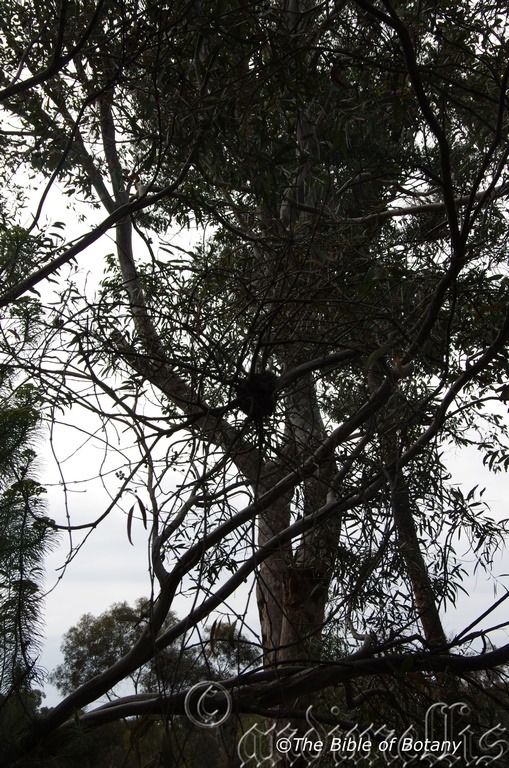
Canberra ACT
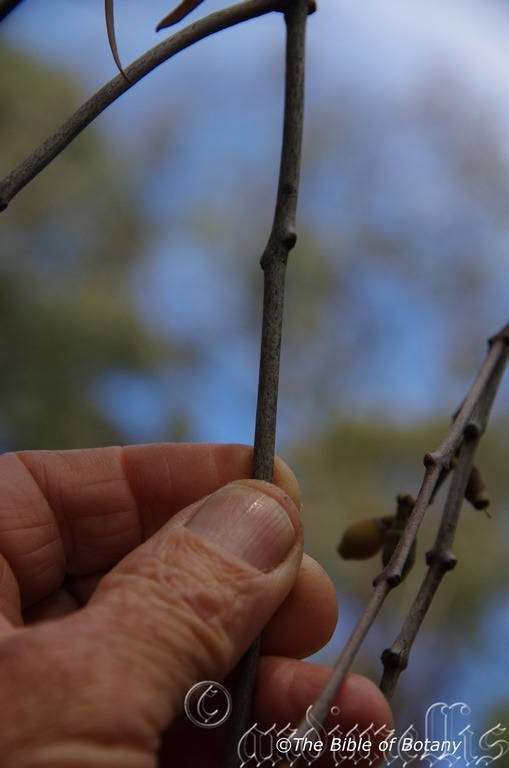
Canberra ACT

Canberra ACT
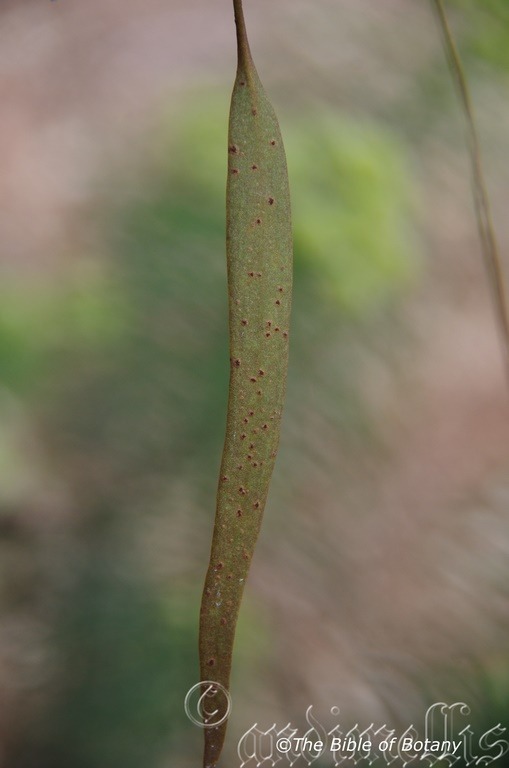
Canberra ACT

Canberra ACT
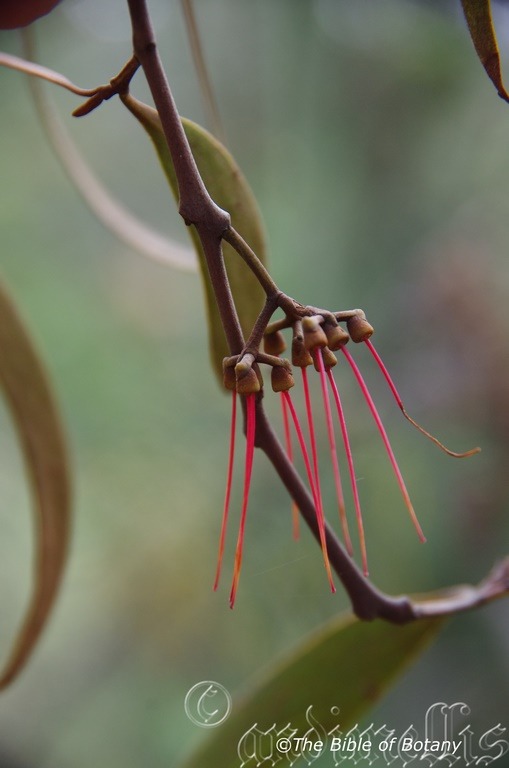
Canberra ACT

Canberra ACT
Amyema pendula
Classification:
Unranked: Eudicots
Unranked: Core Eudicots
Order: Santalales
Family: Loranthaceae
Genus: From A, which is Greek/Latin for without or not having and Myeo, for I point out something that is new. It refers to a new feature that separated this genus from the Loranthus genus.
Specie: From Pendens/Pendere, which is Latin for to hang down. It refers to branches or stems, which droop, hang down or weep.
Sub specie: Amyema pendula subsp. longifolia From Longitia/Longus, which is Latin for long in length and Folium, which is Latin for foliage. It refers to leaves, which are long and strap like or are much longer than other species in the genus.
Sub specie: Amyema pendula subsp. longifolia From Pendens/Pendere, which is Latin for to hang down. It refers to branches or stems, which droop, hang down or weep.
Common Name:
Distribution: Amyema pendula subsp. longifolia found from east of Adelaide east to coastal Victoria then north to Dubbo inland and Maitland near the coast in New South Wales. There are two isolated populations in eastern Western Australia. There are isolated populations further north to Biloela.
Amyema longifolia subsp. longifolia is found along the Lachlan River from near Yass to near Griffith and on the Darling south east of Bourke in the south and west with sporadic populations forming a north easterly distribution pattern to near Rockhampton. There is an isolated population on the Atherton Tableland in far north Queensland.
https://avh.ala.org.au/occurrences/search?taxa=Amyema+pendulum#tab_mapView
Habitat Aspect Climate: Amyema pendulua prefers full sun to bright dappled shade. It parasitizes plants from the Eucalyptus genre but is also found on various species of Acacia species, Myrtaceae or Loranthaceae family members. The altitude ranges from 20 meters ASL to 800 meters ASL.
Temperatures range from minus 4 degrees in July to 42 degrees in January.
Rainfalls range from lows of 250mm to an average of 1200mm annually.
Soil Requirements:
As Amyema pendula subsp. longifolia is a parasite so soil requirements are not considered to be important however the host plants grow in a wide variety of soil types. It is found in dry sclerophyll forests to dry rainforests and monsoonal forests. The PH. of the soils varies from 4.5PH to 8PH.
Height & Spread:
Wild Plants: 500mm to 1000mm by 500mm to 1000mm.
Characteristics:
Amyema pendula is a pendulant parasite. The stems and leaves are glabrous on older plants however juvenile plants and new growth are covered in brown tomentose hairs. External roots are absent with the haustorium swelling being a very noticeable appendage even on juvenile plants.
Amyema pendula‘s opposite leaves are lanceolate to falcate-lanceolate and measure 100mm to 440mm in length by 3mm to 20mm. The base is attenuate while the apex is usually acute or rarely narrowly acute or truncate. The discolourous leaves are dull mid blue-green or dull olive-green and glabrous on the upper laminas while the lower laminas are paler. The laminas are slightly undulating and slightly to moderately twisted and coriaceous. The margins are entire. The petioles measure 10mm to 40mm in diameter.
The inflorescence of Amyema pendulum subsp. pedulum is a pedunculated umbel of long rays born in the leaf axils. The mid blue-green to olive-green peduncles measure 10mm to 22mm in length while the pedicels measure 2mm to 4mm in length. The rays on the umbels number 3 to 4 and measure 5mm to 11mm in length.
The flowers are 5 merous while the green bracts measure 1mm to 1.2mm in length. The green corollas turn yellow with age with the lobes becoming strongly deflexed and reflexed near the apex. They measure 22mm to 40mm in length. The corollas are glabrous.
The red to crimson-red stamens are exserted and measure 20mm to 35mm in length while the white or yellow anthers measure 2mm to 4mm in length.
The red to crimson-red style measures 18mm to 33mm in length. The undulating disc partially encloses the style base. Flowers appear throughout the year.
The inflorescence of Amyema pendula sub sp. longifolia is a pedunculated umbel of triads or tetrads born in the leaf axils. The mid blue-green to olive-green peduncles measure 10mm to 40mm in length while the pedicels measure 2.5mm to 6mm in length. The central flower is sessile.
The flowers are 5 or 6 merous while the green bracts measure 1mm to 1.2mm in length. The green corollas turn yellow with age with the lobes becoming strongly deflexed and reflexed near the apex. They measure 22mm to 40mm in length. The corollas are glabrous to sparsely covered in brown tomentose hairs.
The red to crimson-red stamens are exserted and measure 20mm to 35mm in length while the white or yellow anthers measure 2mm to 4mm in length.
The red to crimson-red style measures 18mm to 33mm in length. The undulating disc partially encloses the style base. Flowers appear throughout the year.
Amyema pendula fruits are ellipsoidal to ovoidal berries. The green berries turn yellow when mature and measure 9mm to 12mm in length by 9mm to 10mm in diameter. The calyx is persistent at the apex of the fruit while the styles are persistent or caduceus.
Wildlife:
The mistletoe bird feeds on the fruits of Amyema pendula and distributes the seeds.
It is the host plant for many butterflies including the White emperor. (Delias harpalyce)
The fruits are edible. The pulp has a sweet pleasant taste with a dash of Eucalyptus thrown in.
I remember calling my granddaughter; Emma, a parasite, to which she claimed she wasn’t. I said you have a plant named Am I Emma. When I showed her; one in flower (actually Amylotheca dictyophleba), and she looked Amyema up; she saw the beauty in the flowers and read a little about how parasitic plants can increase the seed quantity and viability in their hosts. All parasitic plants now appear to have a mutualistic benefit with their hosts so we need to change our thoughts of what a parasitic plant is. She now tells everyone she is a parasite and proud of it. Go Emma go.
Cultivation:
Being a parasitic plant Amyema pendula is not a favourite many people and just as many appreciate the real beauty they have to offer.
However if one commences life on a tree close to the ground where the flowers and fruits can be viewed easily it may be worthwhile leaving there as a curiosity. The fruits can then be controlled when ripe or they can be left to nature. It makes an interesting addition to the garden. It is a great talking point for children and adults alike. The seeds must be placed onto the branches of specie mentioned in the chapter Parasitic Plants for their best chance of survival.
Propagation:
Seeds: The seeds of Amyema pendula can be removed from the ripe berries by eating them and spitting the seeds out. The seeds can be placed directly onto the branch where you want it to grow. Use the fruit as the adhesive or flour and water to stick the seed to the branch. Seeds usually germinate in a few days to a week.
See “Parasitic Plants and their Hosts – Amyema pendula for known host plants.
Further comments from readers:
Hi reader, it seems you use The Bible of Botany a lot. That’s great as we have great pleasure in bringing it to you! It’s a little awkward for us to ask, but our first aim is to purchase land approximately 1,600 hectares to link several parcels of N.P. into one at The Pinnacles NSW Australia, but we need your help. We’re not salespeople. We’re amateur botanists who have dedicated over 30 years to saving the environment in a practical way. We depend on donations to reach our goal. If you donate just $5, the price of your coffee this Sunday, We can help to keep the planet alive in a real way and continue to bring you regular updates and features on Australian plants all in one Botanical Bible. Any support is greatly appreciated. Thank you.
In the spirit of reconciliation we acknowledge the Bundjalung, Gumbaynggirr and Yaegl and all aboriginal nations throughout Australia and their connections to land, sea and community. We pay our respect to their Elders past, present and future for the pleasures we have gained.

Laurieton NSW
Amyema quandang
Classification:
Unranked: Eudicots
Unranked: Core Eudicots
Order: Santalales
Family: Loranthaceae
Genus: From A, which is Greek/Latin for without or not having and Myeo, for I point out something that is new. It refers to a new feature that separated this genus from the Loranthus genus.
Specie: From Quandong, which is Latinized from the local vernacular of the Wiradjuri for the nuts from the quangdong tree. The name as spoken with an “a” is considered obsolete as the pronunciation is with an “o” kwondong.
Sub specie: Amyema quandang subsp. bancroftii: Is named in honour of Thomas Lane Bancroft; 1860-1933 who was a British born Australian scientist and keen botanist, studying the toxins of mainly Queensland plants or his father Joseph Bancroft; 1836-1894, who was a talented scientist and keen botanist who discovered the link between malaria and mosquitoes. Some Australian plants are named in honour of both the father and son.
Sub specie: Amyema quandang subsp. quandang: From Quandong, which is Latinized from the local vernacular of the Wiradjuri for the nuts from the quangdong tree. The name as spoken with an “a” is considered obsolete as the pronunciation is with an “o” kwondong.
Common Name: Grey Mistletoe.
Distribution: Amyema quandang subsp. quandang is widespread specie which is found west of the Great Dividing Range in Queensland, New South Wales and Victoria west to central Northern Territory in a line from near Camooweal to Uluru and south to Cooper Pedi then onto the coast on the eastern section of the Nullarbor Plains National Park in South Australia. It is also found in a few isolated populations north west of Wiluna and east of Kalgoorlie to western Nullarbor Plains National Park in Western Australia.
Amyema quandang subsp. bancroftii is a widespread specie which is found west of the Great Dividing Range in New South Wales north of a line from Broken Hill to Armidale and in Queensland to north of Mount Isa in the west to near Collinsville in the east.
https://avh.ala.org.au/occurrences/search?taxa=Amyema+quandang#tab_mapView
Habitat Aspect Climate:
Amyema quandang prefers full sun to bright dappled shade. It parasitizes plants from the Acacia, Alectryon, Bauhinia, Callitris, Carissa, Casuarina, Eremophila, Eucalyptus, Flindersia, Geijera, Hakea, Mallotus, Melaleuca, Myoporum and Owenia genre. Acacia specie are the preferred host specie. The altitude ranges from 0 meters ASL to 600 meters ASL.
The temperatures range from minus 4 degrees in July to 44 degrees in January.
The rainfalls range from lows of 100mm to an average of 800mm annually.
Soil Requirements:
As Amyema quandang is a parasite so soil requirements are not considered to be important however the host plants grow in a wide variety of soil types. It is found in dry sclerophyll forests, grasslands and mulga country. The PH. of the soils varies from 4.5PH to 8PH.
Height & Spread:
Wild Plants: 500mm to 1000mm by 500mm to 9000mm.
Characteristics:
Amyema quandang‘s is a pendent parasite. The stems are densely covered in white tomentose hairs. External roots are absent with the haustorium swelling being not noticeable.
Amyema quandang subsp. quandang’s opposite or displaced opposite leaves are falcate, lanceolate to elliptical and measure 30mm to 110mm in length by 8mm to 20mm in width.
Amyema quandang subsp. bancroftii’s opposite or displaced opposite leaves are falcate, lanceolate to ovate and measure 30mm to 130mm in length by 10mm to 45mm in width.
The base is attenuate while the apex is broadly acute to obtuse. The concolourous leaves are grey to grey-green and glabrescent. The laminas are flat or curve slightly upwards from the midvein and are coriaceous. There are 4 faintly prominent parallel veins on each lamina surface. The margins are entire. The petioles measure 4mm to 12mm in length.
The inflorescence of Amyema quandang is a pedunculated umbel of triads born in the leaf axils. The grey to grey-green or glaucescent peduncles measure 3mm to 10mm in length. The rays on the umbels number 2 and measure 2mm to 8mm in length. The pedicels of the lateral flowers measure 1mm to 3mm in length.
The flowers are 5 merous while the bracts measure 1mm to 1.2mm in length. The corollas are grey-green to yellow-green externally near the base turning red to crimson-red and back to the base colour near the apex while it is red to crimson-red internally and recurve uniformly back onto the outer corolla. The apexes are acute to obtuse. The corollas are densely covered in short white tomentose hairs. They measure 16mm to 30mm in length.
The red to crimson-red filaments closely adhere to the inner corolla until they become recurved are exserted. The filaments measure 14mm to 27mm in length including the dusky yellow anthers which measure 5mm to 6mm in length.
The yellow-orange to orange-red style measures 16mm to 30mm in length. The flowers appear from April through to October.
Amyema quandang fruits are ovoidal to pyriform berries. The green berries turn creamy yellow to pale yellow when mature and measure 6mm to 10mm in length by 6mm to 10mm in diameter. The calyx is persistent at the apex of the fruit.
Wildlife:
The mistletoe bird feeds on the fruits of Amyema quandang and distributes the seeds.
It is the host plant for at least one species of butterfly the Black Emperor. (Delias nigrina)
The fruits are edible. The pulp has a sweet pleasant cherry taste with a dash of Eucalyptus thrown in.
Cultivation:
Being a parasitic plant Amyema quandang is not a favourite many people and just as many appreciate the real beauty they have to offer.
However if one commences life on a tree close to the ground where the flowers and fruits can be viewed easily it may be worthwhile leaving there as a curiosity. The fruits can then be controlled when ripe or they can be left to nature. It makes an interesting addition to the garden. It is a great talking point for children and adults alike. The seeds must be placed onto the branches of specie mentioned in the chapter Parasitic Plants for their best chance of survival.
Propagation:
Seeds: The seeds of Amyema quandang can be removed from the ripe berries by eating them and spitting the seeds out. The seeds can be placed directly onto the branch where you want it to grow. Use the fruit as the adhesive or flour and water to stick the seed to the branch. Seeds usually germinate in a few days to a week.
See “Parasitic Plants and their Hosts – Amyema quandang” for known host plants.
Further comments from readers:
Hi reader, it seems you use The Bible of Botany a lot. That’s great as we have great pleasure in bringing it to you! It’s a little awkward for us to ask, but our first aim is to purchase land approximately 1,600 hectares to link several parcels of N.P. into one at The Pinnacles NSW Australia, but we need your help. We’re not salespeople. We’re amateur botanists who have dedicated over 30 years to saving the environment in a practical way. We depend on donations to reach our goal. If you donate just $5, the price of your coffee this Sunday, We can help to keep the planet alive in a real way and continue to bring you regular updates and features on Australian plants all in one Botanical Bible. Any support is greatly appreciated. Thank you.
In the spirit of reconciliation we acknowledge the Bundjalung, Gumbaynggirr and Yaegl and all aboriginal nations throughout Australia and their connections to land, sea and community. We pay our respect to their Elders past, present and future for the pleasures we have gained.
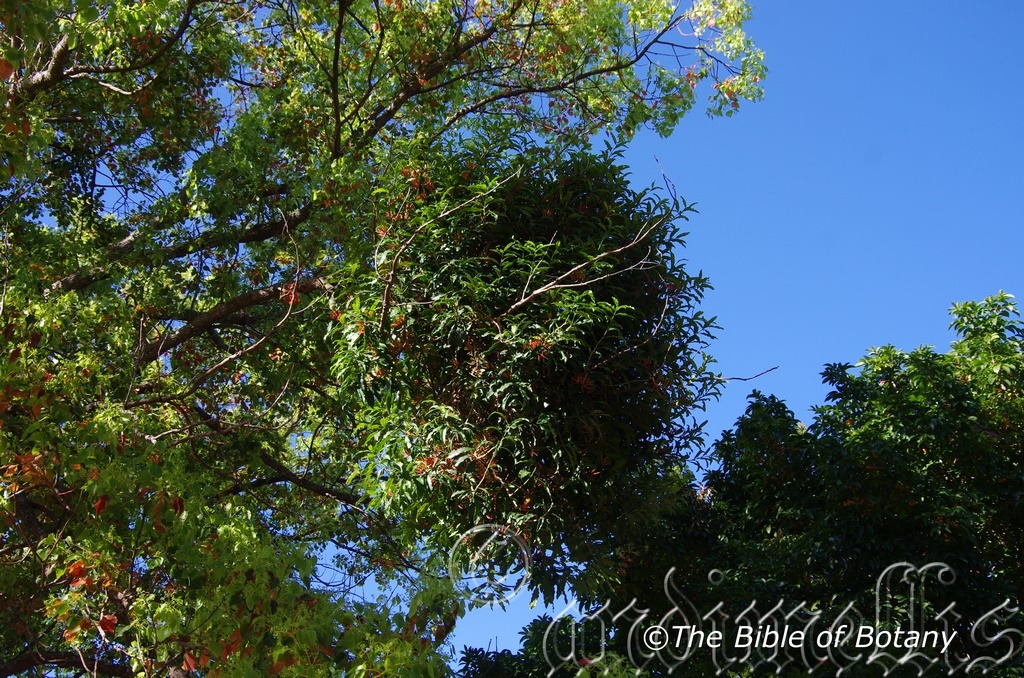
Border Ranges National Park NSW

Border Ranges National Park NSW
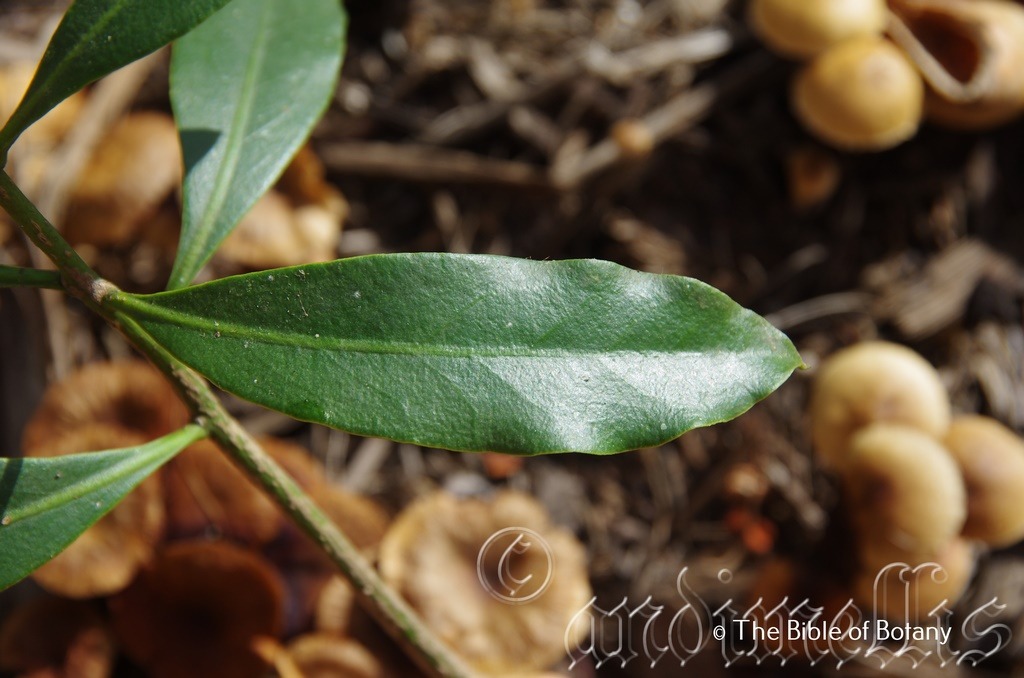
Border Ranges National Park NSW
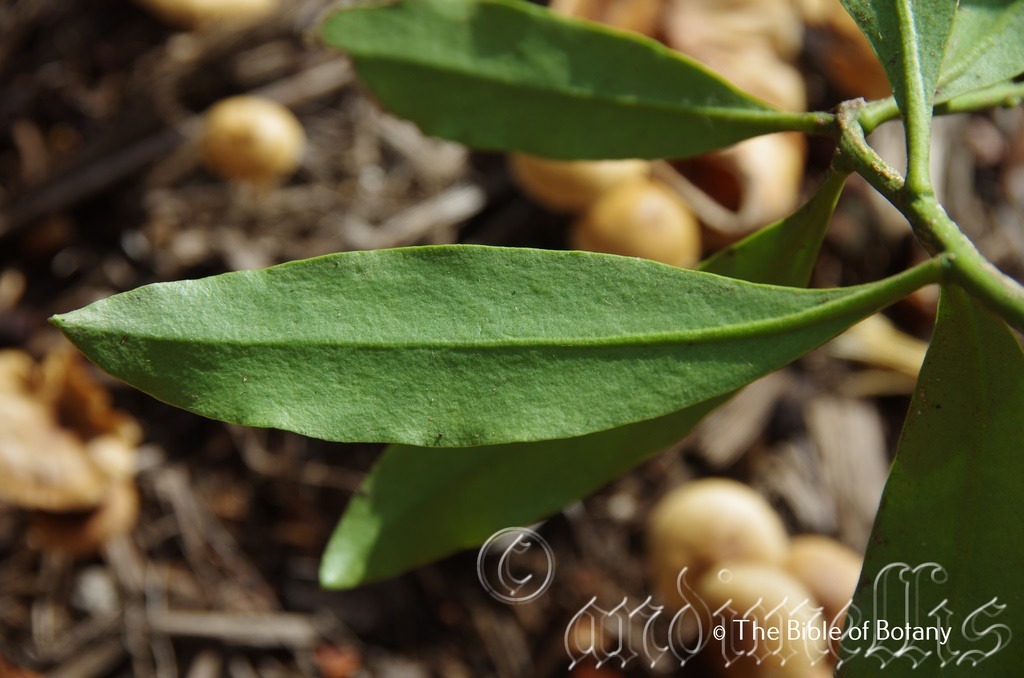
Border Ranges National Park NSW
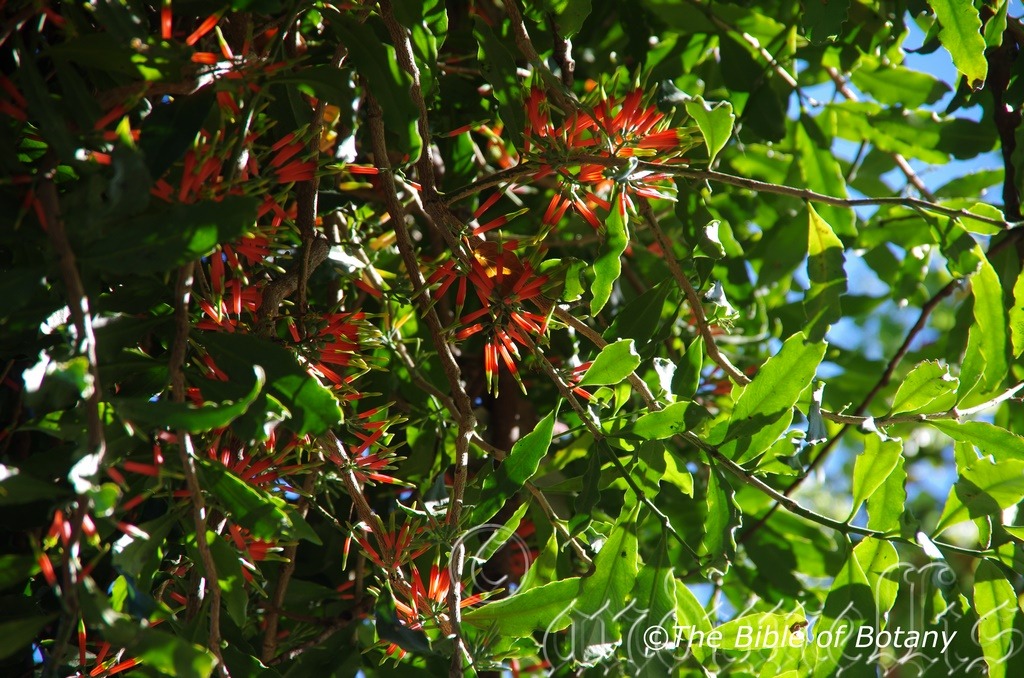
Grafton NSW

Grafton NSW
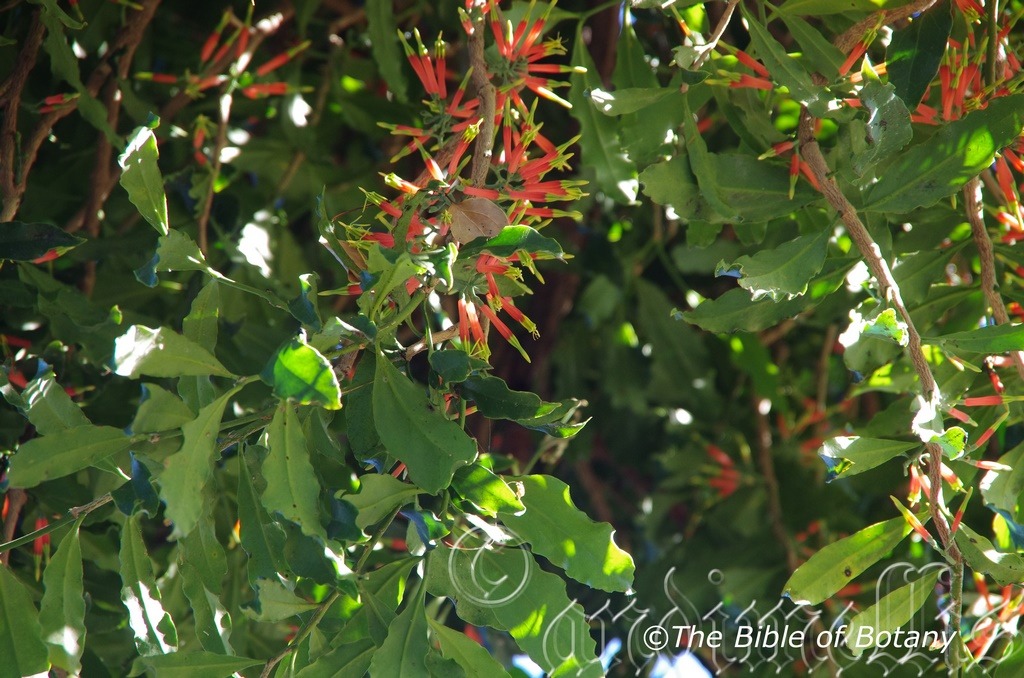
Grafton NSW

Border Ranges National Park NSW
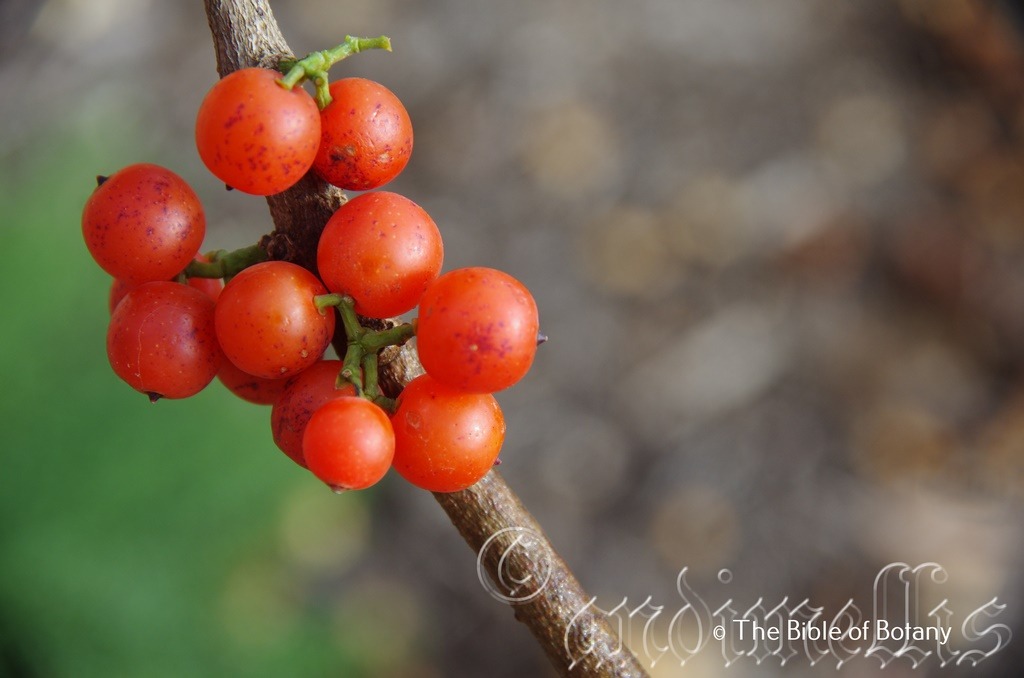
Border Ranges National Park NSW
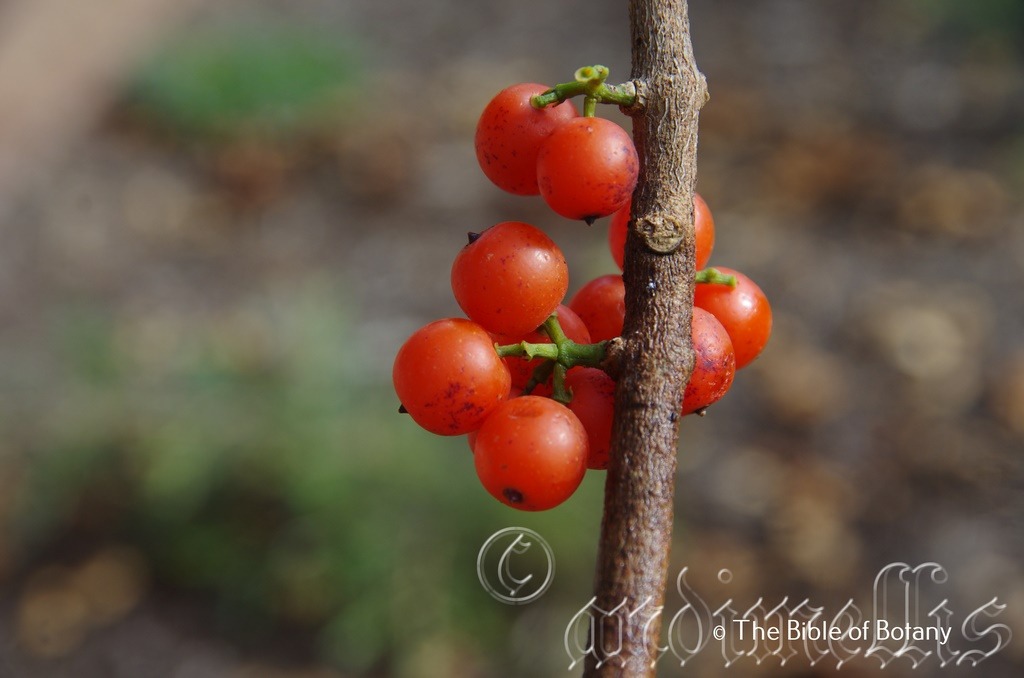

Border Ranges National Park NSW
Amylotheca dictyophleba
Classification:
Class: Magnoliophyta
Order: Magloliopsida
Family: FLoranthaceae
Subfamily:
Genus: From Amylos, which is Ancient Greek for starch or starchy and Theke, which is Ancient Greek or Theca, which is Latin for a box. It refers to fruits, which are rather starchy.
Specie: From Diktyon, which is Ancient Greek for a net and Phleps, which is Ancient Greek for a vein. It refers to the veins on a structure or organ which forms a distinct network veins.
Sub specie:
Common Name: Scrub Mistletoe.
Distribution:
Amylotheca dictyophleba is a parasitic plant found south from the tip of Cape York Peninsula in far north east Queensland to Jervis Bay in central coastal New South Wales. It is mainly found on and east of the Great Dividing Range.
Two isolated populations have been found at Mount Lewis near Cobar in western New South Wales and in the Leitchfield National Park in the north west of the Northern Territory.
https://avh.ala.org.au/occurrences/search?taxa=Amylotheca+dictyophleba#tab_mapView
Habitat Aspect Climate:
Amylotheca dictyophleba can be found growing in full shade to filtered sun light. It is known to parasitize 49 genre and 237 species. The altitude ranges from near sea level to 1300 meters ASL.
The temperatures range from 2 degrees in July to 36 degrees in January.
The rainfalls range from lows of 300mm to an average of 3200mm annually, however this is not important as the trees survive by tapping into the host’s xylem to extract whatever water and nutrients it needs.
Soil Requirements:
Amylotheca dictyophleba is parasitic so soil requirements are not considered to be important however the host plants grow in a wide variety of better soil types. It is usually found in better quality sub-tropical rainforests. The PH. of the soils of its hosts varies from 4.5PH to 7PH.
Height & Spread:
Wild Plants: 500mm to 3000mm by 500mm to 3000mm.
Characteristics:
Amylotheca dictyophleba is a scandent parasitic plant with external epicortical runner’s present and slightly swollen haustorium. It gathers all its nutrients and water from a host plant. The stems are pale grey-brown strongly farinaceous on the older stems. The new growth is deep sea-green and slightly to strongly farinaceous.
Amylotheca dictyophleba‘s lanceolate to elliptic thick coriaceous leaves measure 6omm to 150mm in length by 20mm to 60mm in width. The petioles measure 2mm to 8mm in length. The bases are shortly attenuate or contracted while the apexes are acute to tapering narrow obtuse. The discolourous leaves are deep sea green and glabrous on the upper lamina while the lower lamina is paler and dull. The main vein is prominent on the lower lamina and is slightly raised in a depression on the upper lamina. The lateral veins are slightly visible on the upper lamina and scarcely visible to not being visible on the lower surface. The lateral veins often forming fairly distinct loops inside the blade’s margin.
The inflorescence of Amylotheca dictyophleba are usually borne in slender triads with 1 to 6 decussate pairs of triads or single flowers on peduncle usually measures 4mm to 8mm in length. The middle flower is sessile, while the lateral flowers are pediculate. The triad peduncles usually measure 4mm to 8mm in length while the pedicels of the lateral flowers measure 2mm to 4mm in length.
The minute, obtuse calyxes measure 0.3mm to 0.8mm in length. The corolla in mature bud is inflated in middle, acute, usually scarlet-red and grades into deep green in upper part and yellow at the apex and measures 28mm to 38mm in length. The lobes are reflexed at anthesis. The lobes are reflexed at anthesis and measure 8mm to 11mm in length.
The staminal filaments curve inwards towards the style and measure 2mm to 3mm in length. The anthers are usually basifixed or on rare occasions are dorsifixed and measure 2mm to 5mm in length.
The style is articulate 1mm to 3mm from the base, is glabrous and measures 32mm to 45mm in length.
The fruits globose green berries are variable in colour when ripe from red to orange or at times yellowish-orange or black to deep maroon-black. It is succulent and measure 5mm to 11mm in length by 7mm to 12mm in diameter. The style thickens and is persistent at the apex of the fruit.
The single obpyriform seed-‘s surface is deeply longitudinally ribbed and measures 6mm to 9mm in length by 4mm to 6mm in diameter. A slightly mucous, sticky tail is attached at one end and measures 20mm to 50mm in length.
Wildlife:
Amylotheca dictyophleba fruits feed the mistletoe bird which spreads the seeds.
The leaves are the feed the larval stage of the Trident Pencilled-blue (Candalides margarita) Butterflies. (Braby, M. 2000).
The fruits are edible. The pulp has a sweet pleasant cherry taste and is not as gluttonous as many other parasitic plants.
Cultivation:
Being a parasitic plant Amylotheca dictyophleba is not a favourite garden subject for many gardeners however a few appreciate the real beauty it has to offer.
However if one commences life on a tree close to the ground where the flowers and fruits can be viewed easily it may be worthwhile leaving there as a curiosity. The fruits can then be controlled when ripe or they can be left to nature. It makes an interesting addition to the garden. It is a great talking point for children and adults alike. The seeds must be placed onto the branches of specie mentioned in the chapter Parasitic Plants for their best chance of survival.
Propagation:
Seeds: The seeds of Amylotheca dictyophleba can be removed from the ripe berries by eating them and spitting the seeds out. The seeds can be placed directly onto the branch where you want it to grow. Use the fruit as the adhesive or flour and water to stick the seed to the branch. Seeds usually germinate in a few days to a week.
See “Parasitic Plants and their Hosts – Amyema quandang” for known host plants.
Further comments from readers:
Hi reader, it seems you use The Bible of Botany a lot. That’s great as we have great pleasure in bringing it to you! It’s a little awkward for us to ask, but our first aim is to purchase land approximately 1,600 hectares to link several parcels of N.P. into one at The Pinnacles NSW Australia, but we need your help. We’re not salespeople. We’re amateur botanists who have dedicated over 30 years to saving the environment in a practical way. We depend on donations to reach our goal. If you donate just $5, the price of your coffee this Sunday, We can help to keep the planet alive in a real way and continue to bring you regular updates and features on Australian plants all in one Botanical Bible. Any support is greatly appreciated. Thank you.
In the spirit of reconciliation we acknowledge the Bundjalung, Gumbaynggirr and Yaegl and all aboriginal nations throughout Australia and their connections to land, sea and community. We pay our respect to their Elders past, present and future for the pleasures we have gained.
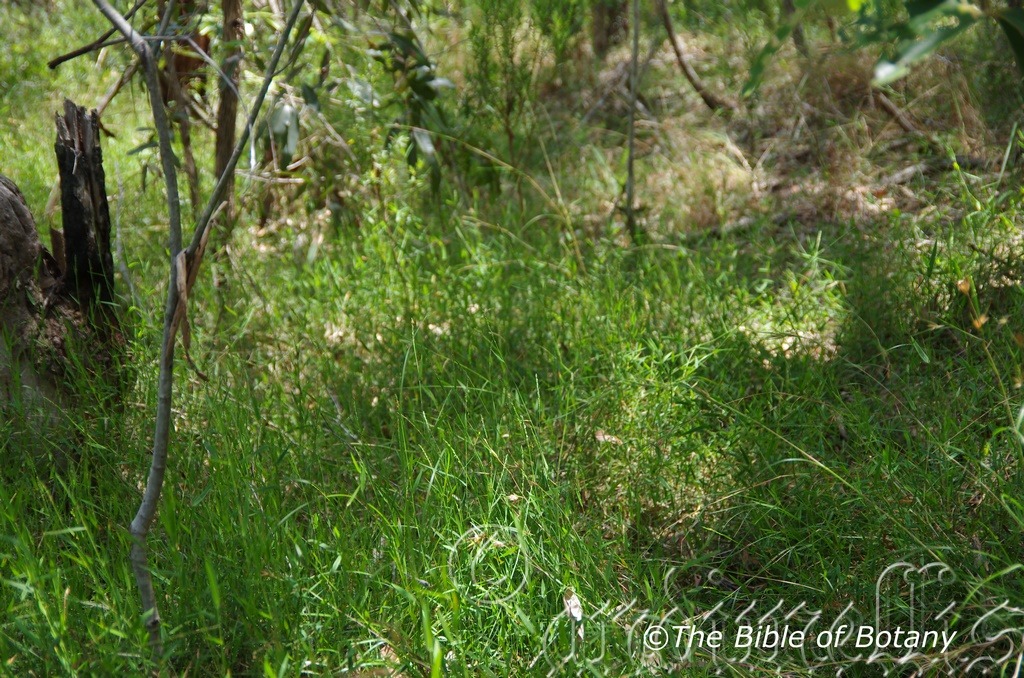
Fortis Creek National Park NSW
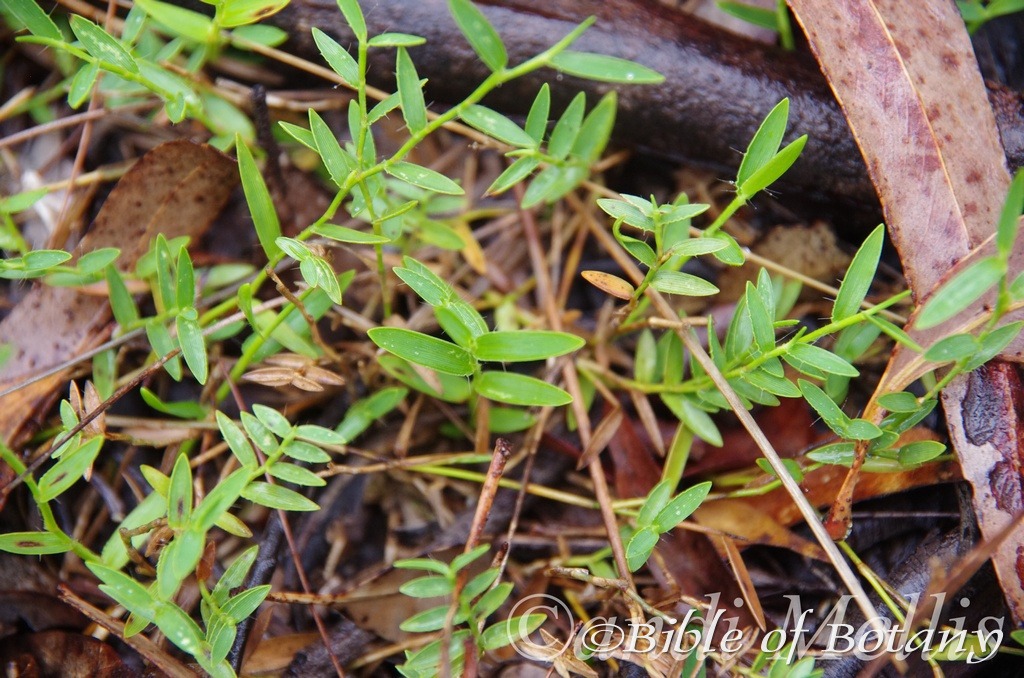
Fortis Creek National Park NSW
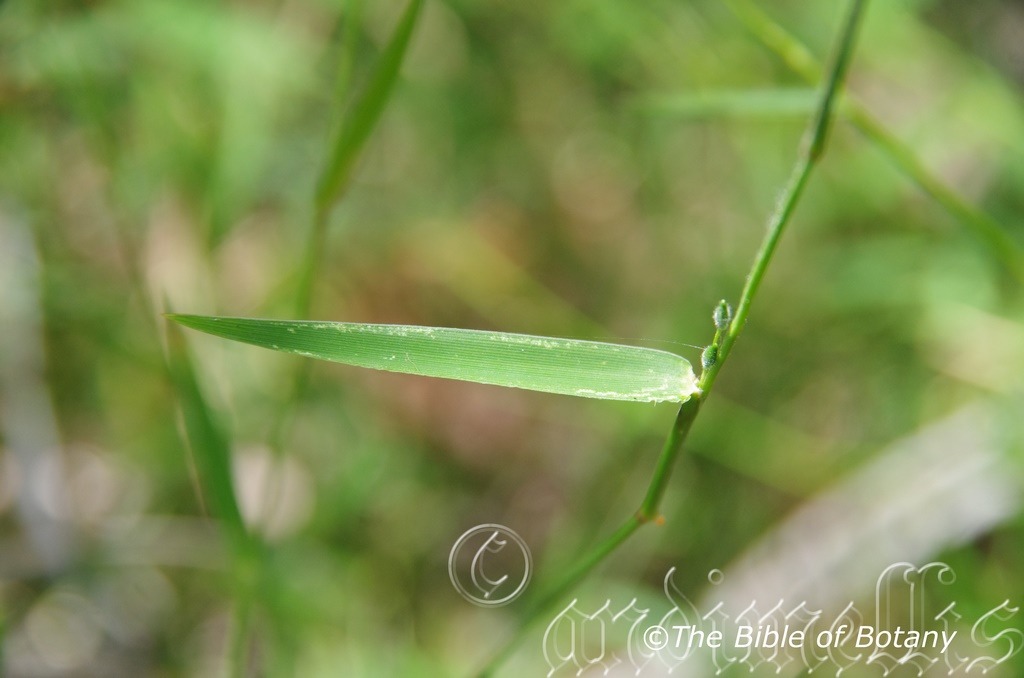
Fortis Creek National Park NSW
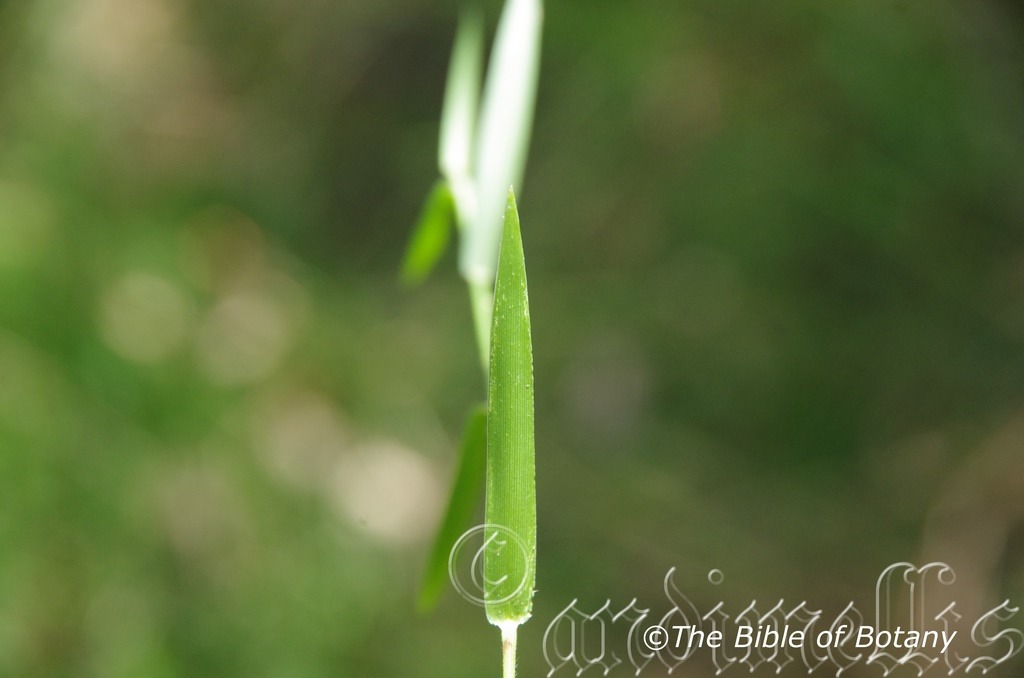
Fortis Creek National Park NSW
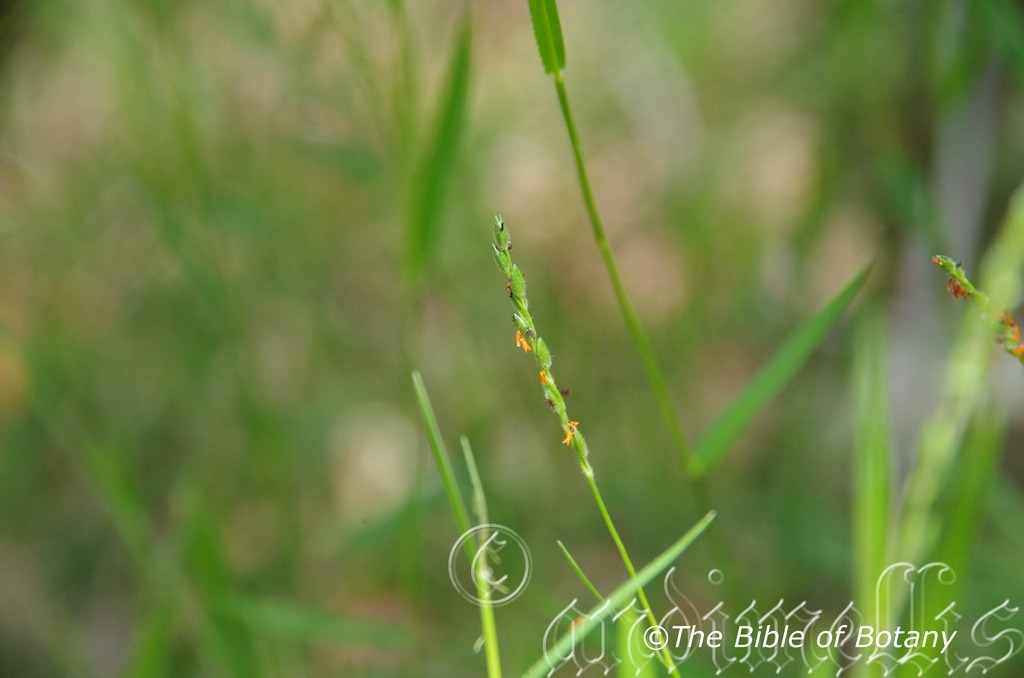
Fortis Creek National Park NSW
Ancistrachne maidenii
Classification:
Clade: Trachyophytes
Clade: Monocots
Clade: Commelinids
Order: Poales
Family: Poaceae
Subfamily: Panicoideae
Genus: From Ankistron, which is Ancient Greek for a type of recurved chisel, later a fish hook and Achne which is Latin for a glume. It refers to the shape of the hairs on the glumes.
Specie: Is named in honor of Joseph Henry Maiden; 1859-1925, who was an English-born Australian botanist.
Sub specie:
Common Name:
Distribution:
Ancistrachne maidenii is restricted to a few small areas south along the Clarence River and the Blue Mountains Hawksbury regions in eastern coastal New South Wales.
https://avh.ala.org.au/occurrences/search?taxa=Ancistrachne+maidenii#tab_mapView
Habitat Aspect Climate:
Ancistrachne maidenii prefer dappled shade to full shade. It mainly grows in moist to dry Eucalyptus. The altitude ranges from 30 meters ASL to 750 meters ASL.
The temperatures range from minus 1 degree in July to 40 degrees in January.
The rainfalls range from lows of 650mm to 1000mm average per annum.
Soil Requirements:
Ancistrachne maidenii prefer sandy soils over sandstone. The soils are derived from decomposed sandstone. The soils pH ranges from 5pH to 6pH. It does not tolerate waterlogged soils. Non saline soils to moderately saline soils are tolerated.
Height & Spread:
Wild Plants: 0.3m to 1m by several meters.
Characteristics:
The stems of Ancistrachne maidenii often grows as a scrambling perennial with slender, rigid decumbent stems and ascending branches. There are 8 to 20 glabrous nodes on each segment.
The linear to lanceolate, flat to slightly involute leaves measure 10mm to 40mm in length by 1mm to 8mm in width. The long sheath is sparsely covered in soft, white hirsute hairs. The lamina is truncate to subcordate at the base, glabrous with 15 to 19 distinct parallel veins visible from both laminas. The ligule is densely ciliate and measures 0.4mm to 0.6mm in length.
The inflorescences of Ancistrachne maidenii are terminal or axillary racemes, which measure 30mm to 100mm in length. The lateral racemes are shorter and partially enclosed in the sheath. Spikelets falling entire once mature. There are 2 fertile spikelets on each raceme the lower floret is barren or rarely male, while the upper fertile, while comprising of 1 basal sterile floret.
The dissimilar glumes are thinner than fertile lemma. The oblong lower glume is hyaline, without keels and has 0 to 3 nerves. The lower glume surface is glabrous or covered in soft white indumentum hairs. The upper lanceolate, scabrous glume measures 2.5mm to 3mm in length. It is without keels and has 5 to 9 nerves. The upper glume is covered in soft white indumentum hairs. The glume apexes are acute.
The lemma apex is mucronate.
The trilobed feathery style is white, while the anthers are deep orange. The flowers appear from December to February.
Wildlife:
Ancistrachne maidenii‘s wildlife is unknown to the author.
Cultivation:
Ancistrachne maidenii is unknown in cultivation
Propagation:
Seeds:
The seeds of Ancistrachne maidenii can be removed easily from the drying racemes.
Sow fresh seeds directly into a seed raising mix, keeping them moist not wet. Do not over water as the seeds may rot off before germination takes place. Place the trays in a warm semi shaded area with 50mm to 80mm shade cloth in the bush house. When the seedlings are 20mm to 25mm tall, prick them out and plant them into their permanent position keeping moist until established.
Fertilize using seaweed, fish emulsion or organic chicken pellets soaked in water on an alternate basis. Fertilize every two months until the plants are established then twice annually in early September and March to maintain better colour, health, vitality and flowering.
Further Comments from Readers:
Hi reader, it seems you use The Bible of Botany a lot. That’s great as we have great pleasure in bringing it to you! It’s a little awkward for us to ask, but our first aim is to purchase land approximately 1,600 hectares to link several parcels of N.P. into one at The Pinnacles NSW Australia, but we need your help. We’re not salespeople. We’re amateur botanists who have dedicated over 30 years to saving the environment in a practical way. We depend on donations to reach our goal. If you donate just $5, the price of your coffee this Sunday, We can help to keep the planet alive in a real way and continue to bring you regular updates and features on Australian plants all in one Botanical Bible. Any support is greatly appreciated. Thank you.
In the spirit of reconciliation we acknowledge the Bundjalung, Gumbaynggirr and Yaegl and all aboriginal nations throughout Australia and their connections to land, sea and community. We pay our respect to their Elders past, present and future for the pleasures we have gained.

North Coast Botanic Gardens NSW
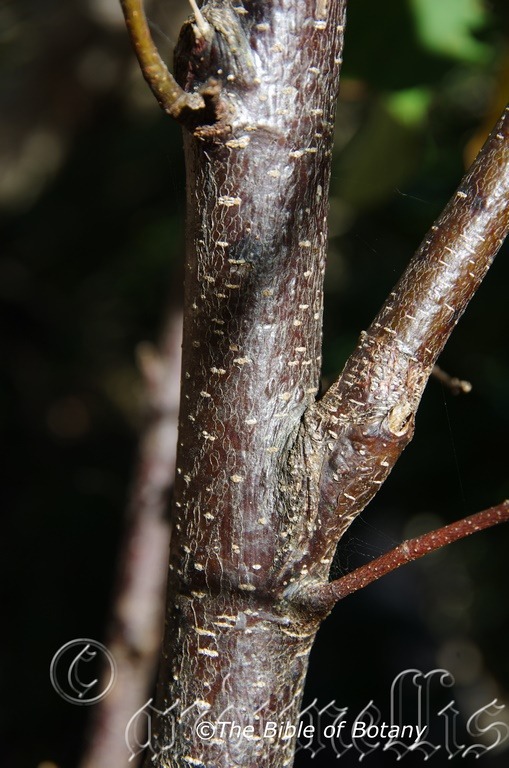
North Coast Botanic Gardens NSW
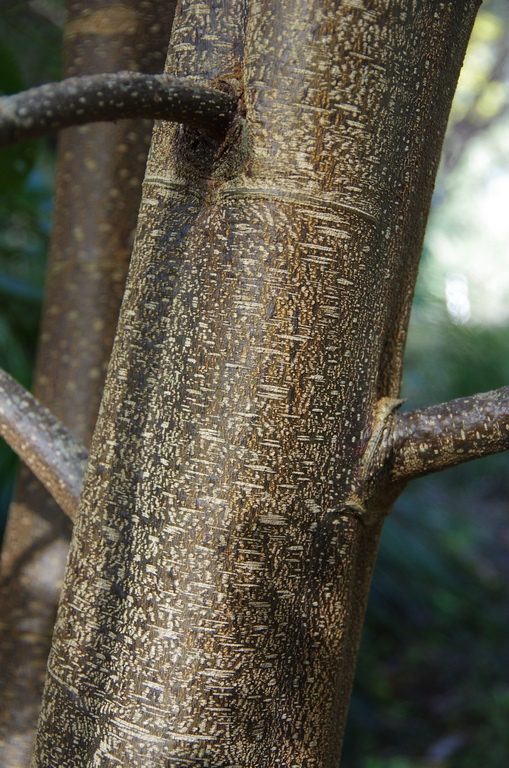
The Pinnacles NSW
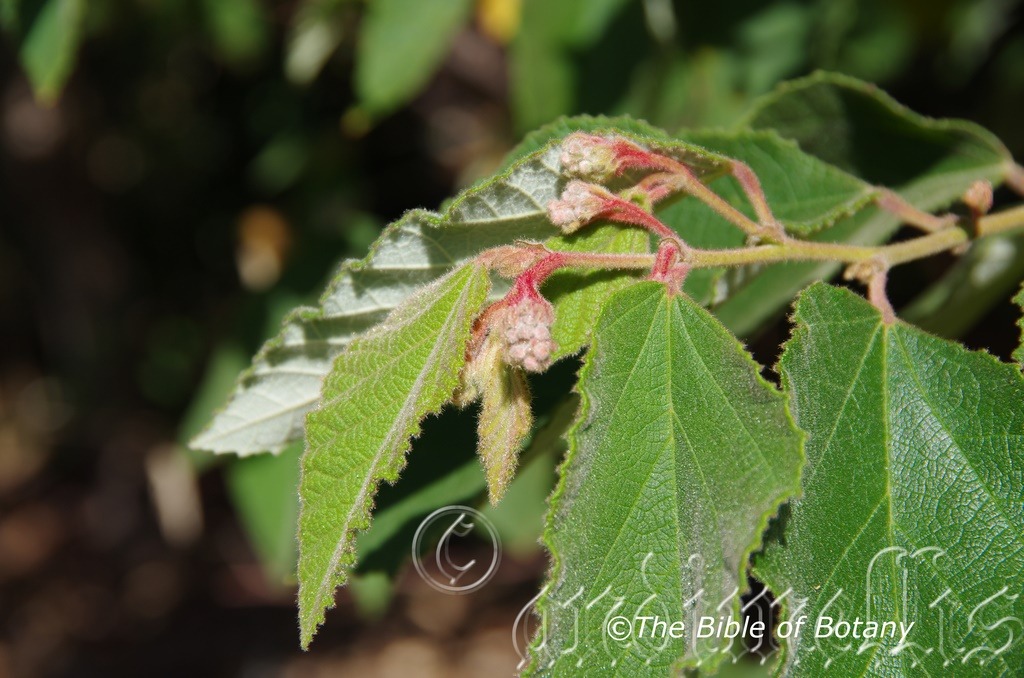
North Coast Botanic Gardens NSW

North Coast Botanic Gardens NSW
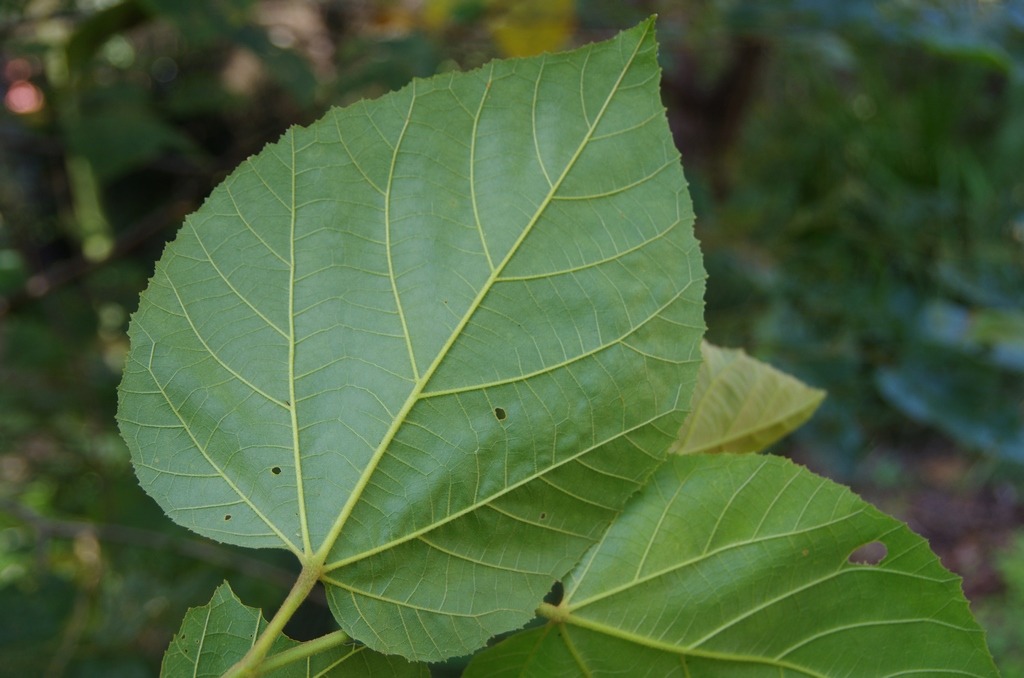
The Pinnacles NSW
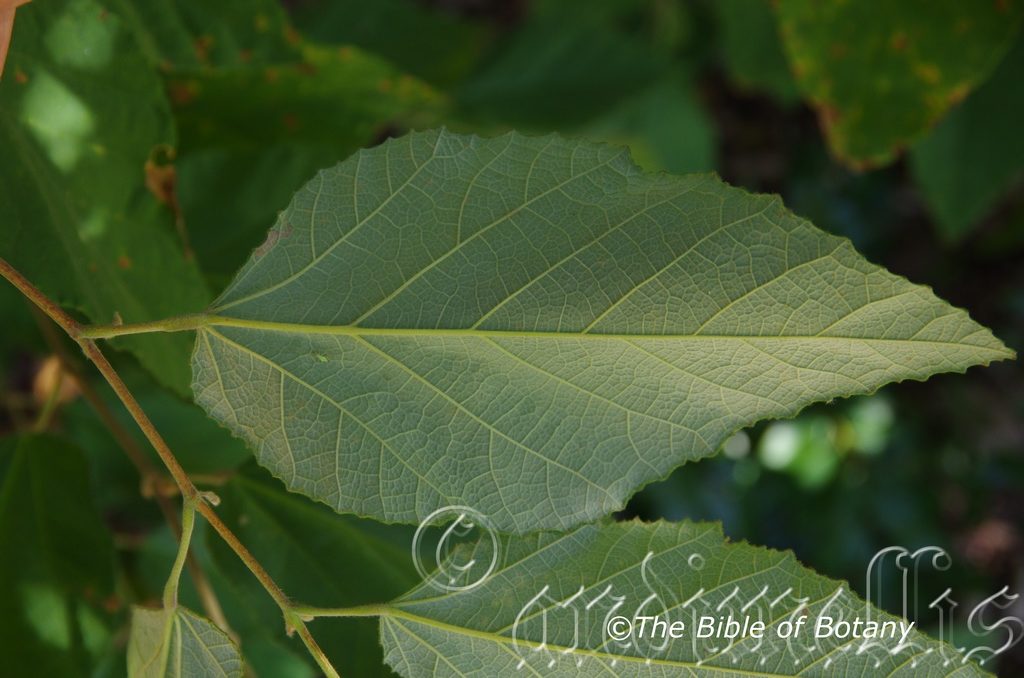
North Coast Botanic Gardens NSW
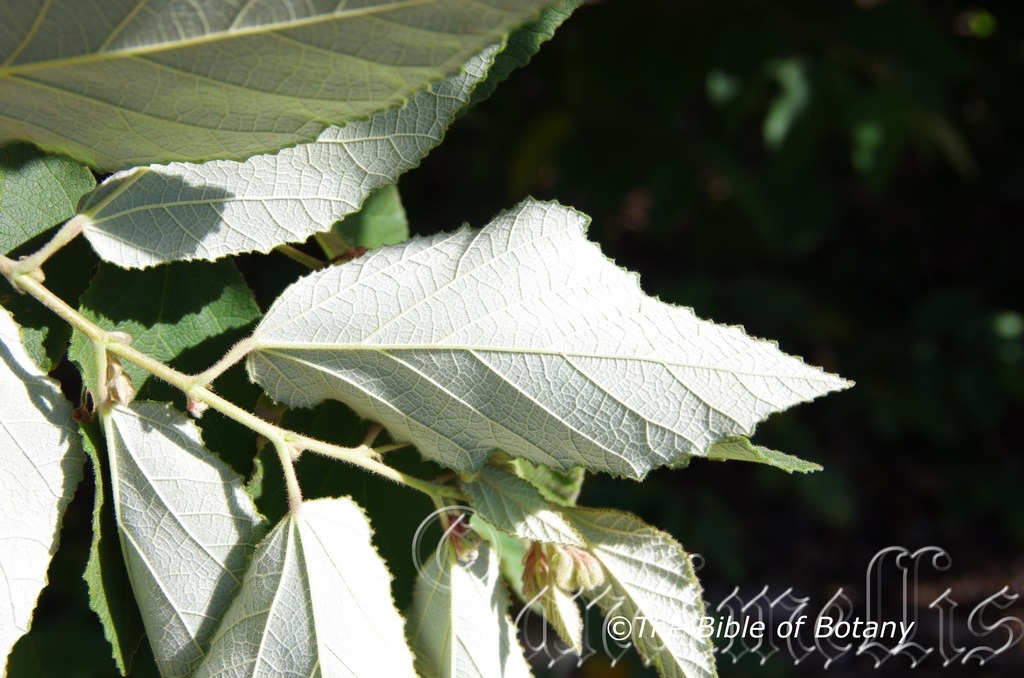
North Coast Botanic Gardens NSW
Androcalva viscidula
Classification:
Class: Equisetopsida
Subclass: Magnoliidae
Superorder: Rosanae
Order: Malvales
Family: Malvaceae
Subfamily: Byttnerioideae
Genus: From Andros, which is ancient Greek for having both sexes and Calva which is Latin for the bald part of the scalp. It refers to organs or structures (here the flowers), which have no hairs. They may have ciliate hairs on the margins.
Specie: From viscidula, which is Latin for viscid. It refers to the sticky-resinous nature of the leaves.
Sub specie:
Common Name:
Distribution:
Androcalva viscidula is restricted to a small area from Caloundra in south eastern Queensland to Mount Warning in north eastern coastal New South Wales with 1 isolated population in south western Queensland on the Barcoo River.
https://avh.ala.org.au/occurrences/search?taxa=Androcalva+viscidula#tab_mapView
Habitat Aspect Climate:
Androcalva viscidula prefer dappled shade to full shade. It mainly grows in moist Eucalyptus forests and adjacent to moist, warm, well developed rainforests, riparian zones and gallery forests. The altitude ranges from 30 meters ASL to 750 meters ASL.
The temperatures range from minus 1 degree in July to 40 degrees in January.
The rainfalls range from lows of 1000mm to 2000mm average per annum.
Soil Requirements:
Androcalva viscidula prefer better quality light stony clays to medium clays with a high proportion of rainforest litter. The soils are usually derived from decomposed black basalts. The soils pH ranges from 5pH to 6pH. It does not tolerate waterlogged soils. Non saline soils to moderately saline soils are tolerated.
Height & Spread:
Wild Plants: 2m to 4m by 2m to 4m.
Characteristics:
The stems of Androcalva viscidula often grows as a medium shrub or rarely as a small tree with glabrous, greyish bark. The smaller stems are olive-green and densely covered in off white tomentose hairs.
The alternate, linear to lanceolate leaves of Androcalva viscidula measure 50mm to 100mm in length by 15mm to 30mm in width. The petioles are densely covered in off white tomentose hairs and measure 5mm to 10mm in length. The symmetrical to slightly asymmetrical bases are rounded while the apexes are acute. The discolourous laminas are mid grey-green to deep green, dull and sparsely to moderately covered in off white pubescent hairs on the upper laminas while the lower laminas are moderately to densely covered in soft, off white tomentose hairs. The laminas recurve slightly upwards from the mid vein to the margins on the upper and decurve slightly downwards close to the apexes. The laminas are slightly wrinkled between the mid vein and lateral veins. The margins are entire. The mid vein and alternate pinnate lateral veins are prominent on the lower lamina and distinctly visible from the upper lamina.
The juvenile shoots are often shallowly lobed and measure 50mm to 80mm in length by 20mm to 50mm in width. The leaves are covered in off pulverulent hairs on the upper laminas while the lower laminas are covered in white tomentose hairs.
The inflorescences of Androcalva viscidula are born on short compound cymes from the terminals. There are 6 to 10 individual flowers on a cymule. The olive-green peduncles and pedicels are moderately to densely covered in soft, off white tomentose hairs. The peduncles measure 4mm to 10mm in length while the pedicels measure 2mm to 4mm in length.
The 5 reddish-brown, caduceus, narrow triangular calyx lobes measure 1mm to 2.5mm in length. The 5 white to pink, oblong divaricate sepals are petal like and measure 3mm to 5mm in length. The margins are slightly retrorse. The 5 white to pastel pink petals are free and form a tube around the ovary. The erect petals measure 2.5mm to 4mm in length.
The 5 white staminodes are opposite the petals, are pastel yellow to pastel yellow-green and orbicular at the base with a long, narrow aristate apex. The staminodes measure 1mm to 1.2mm in length by 1mm to 1.2mm in width while the aristate apex measures 2.8 mm to 3mm by 0.4mm. The 5 deep orange-red, maroon or deep pink anthers are sessile at the base of the staminodes and measure 0.2mm in diameter.
The glossy, globose, green ovary is glabrous. The style and stigma are white and measure 1.5mm to 2mm in length. The sweetly scented flowers appear from late August to October.
Androcalva viscidula’s fruits are spherical capsules. The capsules are covered in long stiff hispid hairs and stellate hairs that measure 1.5mm to 2.5mm in length. The capsules measure 5mm to 7mm in diameter. The green capsules turn brown externally and creamy rich tan internally when ripe. The 3 to 5 glossy brown seeds are flattened ellipsoidal and woody. There is a cream to white longitudinal scar on one side. The fruit ripen during December.
Wildlife:
Androcalva viscidula‘s leaves are the food source of the Yellow Spot Jewel Butterfly, Hypochrysops byzos.
Cultivation:
Androcalva viscidula is a beautiful large shrub or small tree which is fast growing. It is a good starting point for those wanting to start a small rainforest or new garden on bare ground. The trunks when grown as a tree in a forest situation are ideal for epiphytic plants because the canopy is closed in yet it allows some light to reach the ground which most epiphytic ferns and orchids prefer. Do bear in mind though that the plants are shorter lived than most rainforest trees.
It is an excellent tree for starting a rainforest garden and is often found recolonizing cleared rainforests in the natural habitat. When planting the trees in a rainforest try to place them near the edge so the proliferation of flowers can be fully enjoyed. As a small tree it grows 4 meters to 5 meters tall by 2.5 meters to 3.5 meters in diameter when grown in the open.
If it is given adequate moisture, plenty of mulch for moisture retention and an even soil temperature, applying native fertilizers on a regular basis in the first two years of growth it grows at least 2 meters a year under cultivation and 3 meters to 4 meters by 4 meters to 5 meters in diameter with a nice spreading crown in 3 to 4 years.
It can be used as a shade tree in semi protected areas. Strong winds can cause limbs to break but planting in groups of 3, 4 or 5 or with other trees can alleviate this problem.
Propagation:
Seeds:
The seeds of Androcalva viscidula can be removed easily from the fruits.
Sow freshly treated seeds directly into a seed raising mix, keeping them moist not wet. Do not over water as the seeds will rot off before germination takes place. Place the trays in a cool shaded area with 50mm to 80mm shade cloth in the bush house. When the seedlings are 20mm to 25mm tall, prick them out and plant them into 50mm native tubes using a good organic mix.
As the seedlings roots reach the bottom of the tubes plant them out into their permanent position. Do not delay.
Fertilize using seaweed, fish emulsion or organic chicken pellets soaked in water on an alternate basis. Fertilize every two months until the plants are established then twice annually in early September and March to maintain better colour, health, vitality and flowering.
Cuttings:
Use 50mm to 70mm long cuttings from the present season’s growth. The best time to take the cuttings is in early spring following the last frosts.
1 Prepare the cutting mix by adding one third sharp clean river sand, one third peat and one third perlite. These ingredients are sterilize,
2 Select good material from non diseased plants,
3 Select semi green stems for cuttings. Look for a stem with two or three nodes,
4 Place the cutting on a flat, hard surface, and make a clean down one side of the cutting for 10mm to 15mm with a sharp sterile knife or razor blade. – This scarification of the node will increase the chances of roots emerging from this spot. Now remove all but one or two the leaves, leaving the apex leaves in tact. If the leaves are very large in proportion to the stem, cut off the apical halves.
5 Fill a saucer with water, and place a little mild to medium rooting hormone into another container like a milk bottle top. Dip the node end of the cutting into the water and then into the rooting hormone. Tap off any excess hormone,
6 Use a small dipple stick or old pencil to poke a hole into the soilless potting mix. Ensure the hole is slightly larger than the stem diameter and be careful not to wipe the rooting hormone off the cuttings base, place the cuttings in a pattern ensuring the cuttings are not touching each other,
7 I like to place the pots in Plastic bags to help maintain temperature and moisture. Place in a semi shaded place like under 50mm shade cloth.
8 When the cuttings have struck, open the bag to allow air circulation for a few days to a week,
9 Once hardened off remove the cuttings from the bag and allow to further hardening for a few more days,
10 Transplant into a good potting mix to grow on.
Fertilize using Seaweed, fish emulsion or organic chicken pellets soaked in water on an alternate basis. Fertilize every two months until the plants are established then annually in early September or March to maintain health, vitality and better flowering.
Further Comments from Readers:
Hi reader, it seems you use The Bible of Botany a lot. That’s great as we have great pleasure in bringing it to you! It’s a little awkward for us to ask, but our first aim is to purchase land approximately 1,600 hectares to link several parcels of N.P. into one at The Pinnacles NSW Australia, but we need your help. We’re not salespeople. We’re amateur botanists who have dedicated over 30 years to saving the environment in a practical way. We depend on donations to reach our goal. If you donate just $5, the price of your coffee this Sunday, We can help to keep the planet alive in a real way and continue to bring you regular updates and features on Australian plants all in one Botanical Bible. Any support is greatly appreciated. Thank you.
In the spirit of reconciliation we acknowledge the Bundjalung, Gumbaynggirr and Yaegl and all aboriginal nations throughout Australia and their connections to land, sea and community. We pay our respect to their Elders past, present and future for the pleasures we have gained.
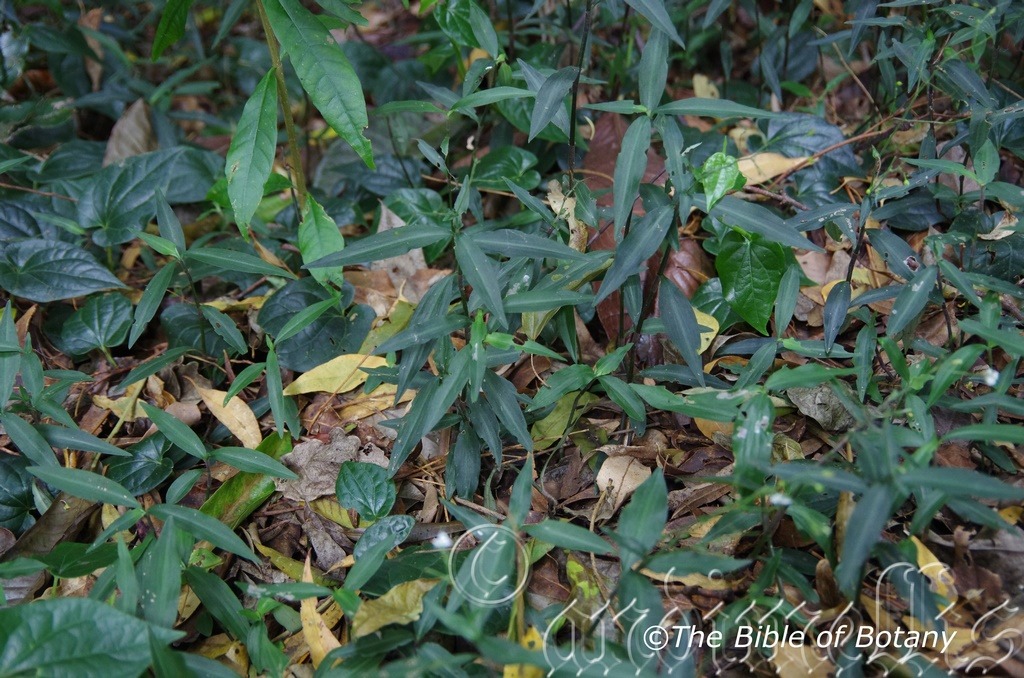
North Coast Botanic Gardens NSW
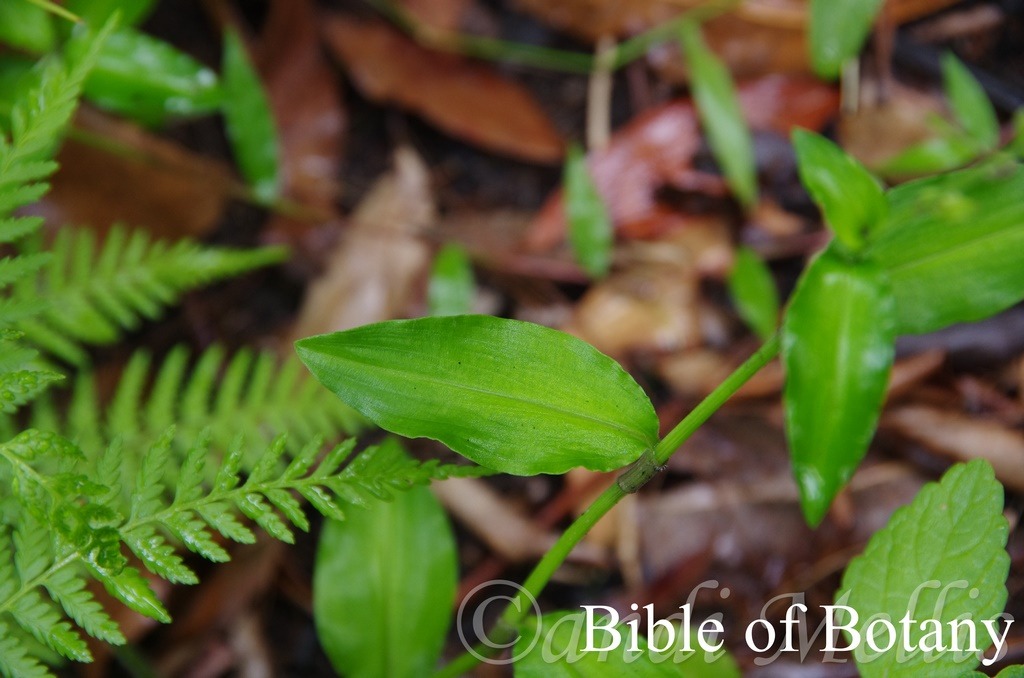
Wombat Creek Conservation Park NSW
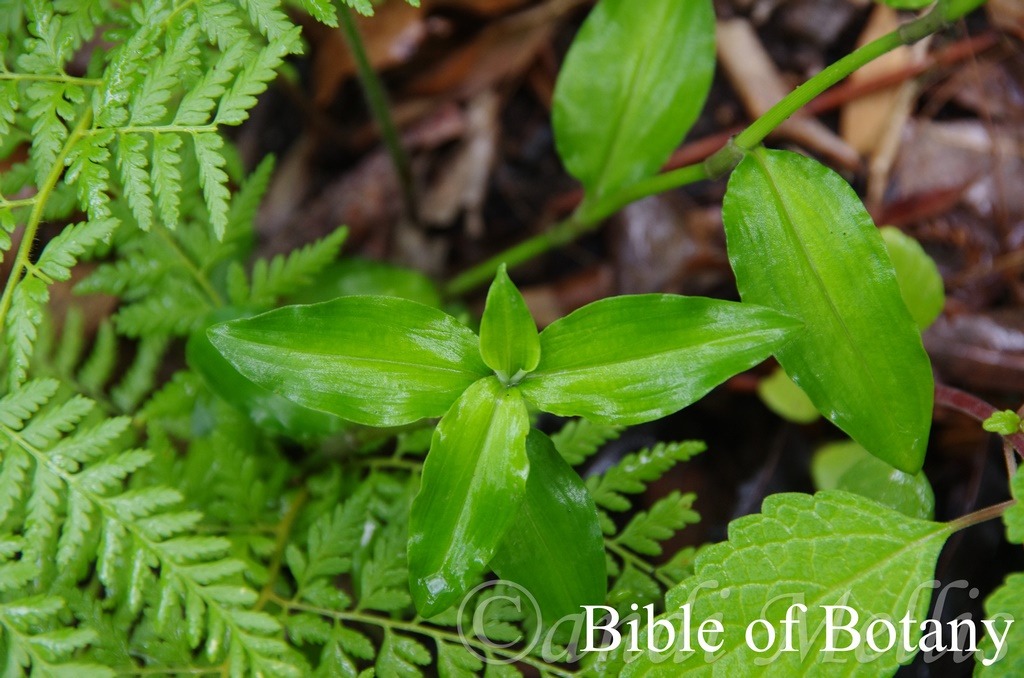
Wombat Creek Conservation Park NSW
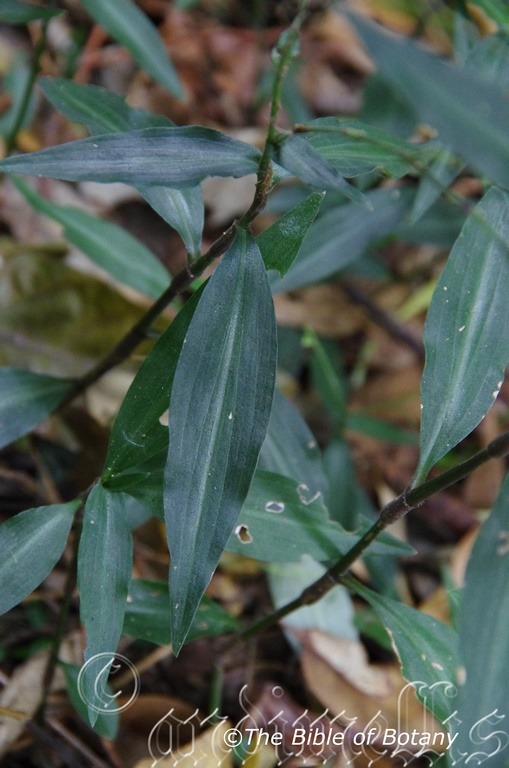
North Coast Botanic Gardens NSW
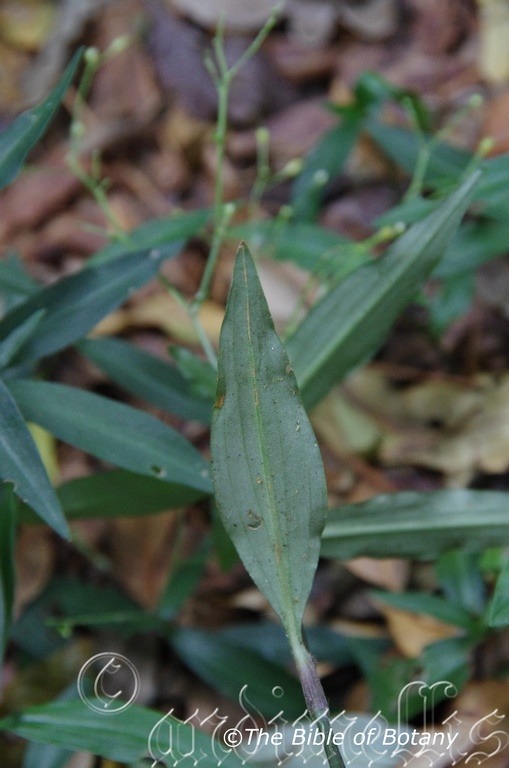
North Coast Botanic Gardens NSW

Wombat Creek Conservation Park NSW

North Coast Botanic Gardens NSW
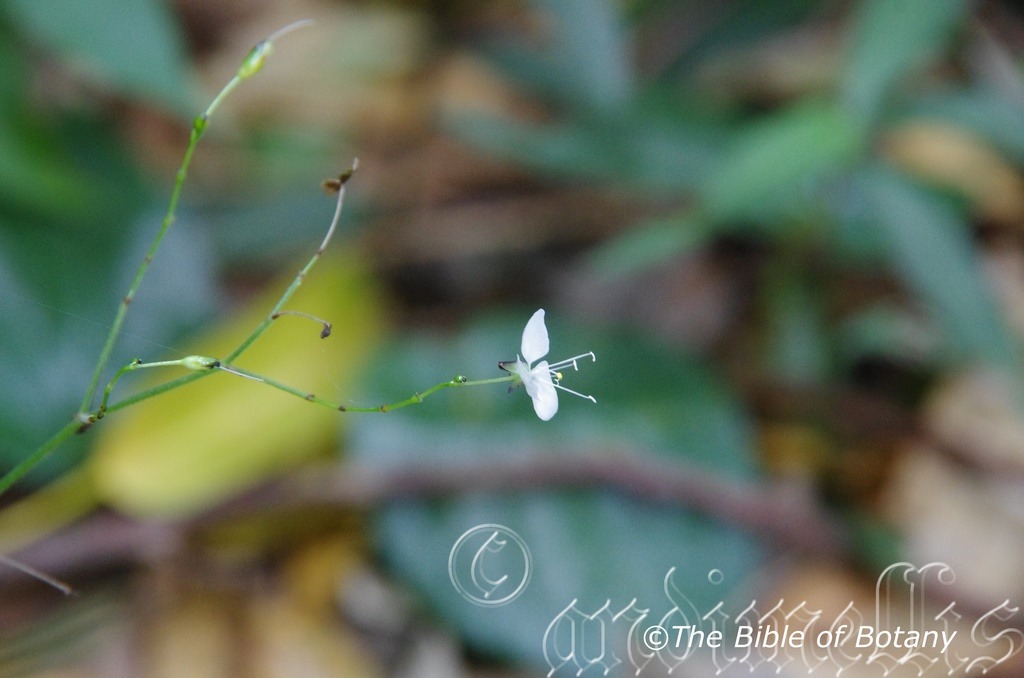
North Coast Botanic Gardens NSW

Wombat Creek Conservation Park NSW
Aneilema acuminatum
Classification:
Class: Monocots
Unranked: Commelinids
Order: Commelinales
Family: Commelinaceae
Genus: From A, which is Greek/Latin for without or not having and Eilema, which is Ancient Greek for a veil or covering. It refers to spikes, which do not have a spathe.
Specie: From Acuminatum, which is Latin for being contracted or concave on the sides before protracting to a short, sharp point. It refers to apexes on the leaves or phyllodes, which have short sharp points.
Sub specie:
Common Name:
Distribution:
Aneilema acuminatum is found from Bulli along the Southern coast of New South Wales to far North Queensland and the Torres Strait Islands on and east of the Great Dividing Range.
https://avh.ala.org.au/occurrences/search?taxa=Aneilema+acuminatum#tab_mapView
Habitat Aspect Climate:
Aneilema acuminatum grows in all types of rainforest, riparian forest, moist, notophyll vine forest or in moist open Eucalypt forest. The altitude ranges from 5 meters ASL to 1000 meters ASL.
The temperatures range from 1 degree in July to 36 degrees in January.
The rainfalls range from lows of 750mm to an average of 3200mm annually.
Soil Requirements:
Aneilema acuminatum is widespread on all types of sandy loams through to heavy clays. The PH. of the soils varies from 4.5PH to 8PH. Periodic inundations are tolerated however waterlogged soils are not tolerated. Non saline to moderately saline soils are tolerated.
Height & Spread:
Wild Plants: 50mm to 400mm by 500mm to several hundred square meters.
Characteristics:
Aneilema acuminatum is a weak slender perennial herb, with fleshy ascending stems. The stems are glabrous except near the upper edge of the leaf sheaths where it is covered in white tomentose hairs.
The fleshy leaves are lanceolate to narrowly ovate and measure 40mm to 100mm in length by 10mm to 25mm in width. The base tapers clasping the stem while the apex is acute to acuminate. The discolourous laminas are deep green to sea-green on the upper lamina and paler on the lower lamina. The laminas are flat to moderately undulating especially near the margins. The margins are entire and recurve upwards slightly from the prominent midvein on both laminas. The sheathes measure 15mm to 20mm in length and are covered in white ciliate hairs on the upper orifice.
The inflorescences of Aneilema acuminatum are long slender panicles born terminally. The rachises, peduncles and pedicels are deep green to sea-green sparsely to moderately cover in soft white hirsute hairs. The rachises measure 75mm to 140mm in length while the peduncles measure 10mm to 28mm in length and the pedicels measure 2mm to 8mm in length. The 2 mid green translucent sepals are tinged purple on the margins. The elliptical sepals measure 3mm to 4mm in length by 1mm to 1.2mm in width. The pure white to white tinged pale lilac petals are pediculate and broadly spathulate. They measure 4mm to 8mm in length by 3.5mm to 7,5mm in width.
The 5 or 6 dimorphic stamen filaments are pure white and filiformis. The 2 or 3 fertile stamens are dimorphic with the filaments of 2 measuring 4mm to 7mm in length while the third measures 2mm to 3.5mm in length. The white or pale brown anthers measure 1.5mm to 2mm in length. The 2 staminodes filaments measure 2.5mm to 3.5mm with deep yellow, basifixed anthers. The fertile anthers are linear while the staminodes anthers are ovate.
The pure white style measures 4.5mm to 5.5mm in length. Flowers appear August to January but may extend through to February under ideal conditions.
The fruits are a flattened capsule enclosed in the sepals. They measure 3mm to 5mm in length by 3mm to 5mm in width. The green capsules turn pale grey-brown on ripening. The small rugose seeds are pale grey.
Wildlife:
Aneilema acuminatum are constantly visited by various pollen flies when in flower. The leaves are often eaten or damaged by unknown larvae however plants recover very quickly from any damage.
Cultivation:
Aneilema acuminatum is a great little ground cover for shaded confined spots in the garden. It is suitable for tropical to warm temperate gardens. They can cope with sub zero temperatures as long as it is not frosted.
It is most suitable for use around semi shaded swimming pools, courtyards, besides pathways, shady moist rockeries, along clay banks or along drive ways or adjacent to natural bush gardens. Mass plantings of 5 or more plants even in small areas; really do the plants justification especially when it is in flower. Medium fish or frog ponds will benefit from Aneilema acuminatum.
If it is placed around a pool, courtyards or other confined spaces then plant them so they cover the whole ground. Using rocks and small boulders can make the pool or any water feature appear like an oasis. The leaves and flowers can make a great start for the larger heath setting. When making a heath scene using Aneilema acuminatum use either large rocks with. Be careful as they can look out of place and weedy in the wrong location.
Propagation:
Seeds: The seeds of Aneilema acuminatum can be removed easily from the ripe capsules by rubbing then between your fingers or placing them in a paper bag and rub them together inside the bag. Aneilema acuminatum can be sown directly into a seed raising mix. Cover the seeds with 1mm of fine sand and place the trays in the shade house. Keep the trays moist at all times.
When the seedlings are 40mm to 50 mm tall, prick them out and plant them into 50mm native tubes using a seed raising mix.
Once the seedlings reach 100mm to 150mm in height plant them out into their permanent position.
Alternatively pieces can be removed from existing plants and placed in their permanent positions and covered in a fine layer of clean soil and water in well. Roots with new shoots will readily appear within two weeks.
Fertilize using Seaweed, fish emulsion or organic chicken pellets soaked in water on an alternate basis. Fertilize every two months until the plants are established then annually in early September or March to maintain health, vitality and better flowering.
Further comments from readers:
Hi reader, it seems you use The Bible of Botany a lot. That’s great as we have great pleasure in bringing it to you! It’s a little awkward for us to ask, but our first aim is to purchase land approximately 1,600 hectares to link several parcels of N.P. into one at The Pinnacles NSW Australia, but we need your help. We’re not salespeople. We’re amateur botanists who have dedicated over 30 years to saving the environment in a practical way. We depend on donations to reach our goal. If you donate just $5, the price of your coffee this Sunday, We can help to keep the planet alive in a real way and continue to bring you regular updates and features on Australian plants all in one Botanical Bible. Any support is greatly appreciated. Thank you.
In the spirit of reconciliation we acknowledge the Bundjalung, Gumbaynggirr and Yaegl and all aboriginal nations throughout Australia and their connections to land, sea and community. We pay our respect to their Elders past, present and future for the pleasures we have gained.

Lismore NSW

Lismore NSW

Lismore NSW

Lismore NSW

Lismore NSW
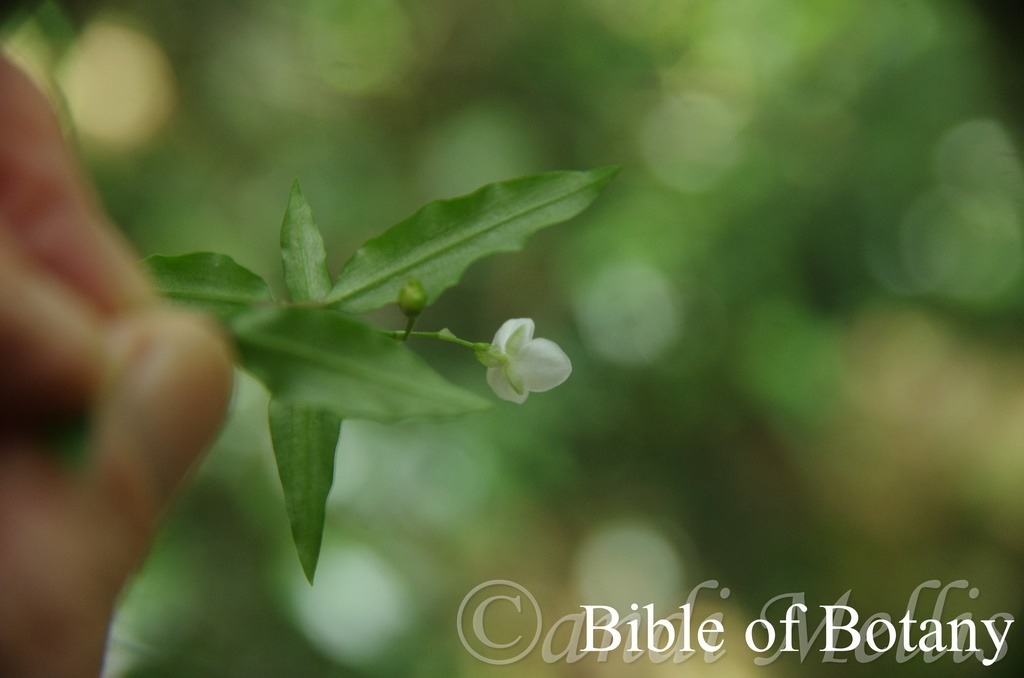
Lismore NSW
Aneilema biflorum
Classification:
Class: Monocots
Unranked: Commelinids
Order: Commelinales
Family: Commelinaceae
Genus: From A, which is Greek/Latin for without or not having and Eilema, which is Ancient Greek for a veil or covering. It refers to spikes, which do not have a spathe.
Specie: From Bi/Bis, which are Latin for two and Floros, which is Ancient Greek for a flower or Flos, which is Roman for the Goddess of spring and flowers and Radius which is for to furnish with rays of lines radiating out from a central point. It refers to plants that have two flowers from the leaf axis.
Common Name:
Distribution:
Aneilema biflorum is found south from Expedition National Park in southern Queensland toMonga National park between Canberra and the coast In south eastern New South Wales. It is mainly found on and east of the Great dividing Range.
https://avh.ala.org.au/occurrences/search?taxa=Aneilema+biflorum#tab_mapView
Habitat Aspect Climate:
Aneilema biflorum grows in all types of rainforest, riparian forest, moist, notophyll vine forest or in moist open Eucalypt forest. The altitude ranges from 5 meters ASL to 1100 meters ASL.
The temperatures range from 1 degree in July to 36 degrees in January.
The rainfalls range from lows of 750mm to an average of 1800mm annually.
Soil Requirements:
Aneilema biflorum is widespread on all types of sandy loams through to heavy clays in moist situations. The PH. of the soils varies from 4.5PH to 8PH. Periodic inundations are tolerated however water-logged soils are not tolerated. Non saline to moderately saline soils are tolerated.
Height & Spread:
Wild Plants: 50mm to 200mm by 500mm to several hundred square meters.
Characteristics:
Aneilema biflorum is a weak slender, prostrate to ascending perennial herb, with fleshy ascending stems. The stems are glabrous to slightly scabrous.
The fleshy leaves are narrowly elliptical to lanceolate and measure 20mm to 55mm in length by 5mm to 15mm in width. The base is ovate to cuneate clasping the stem while the apex is acute. The concolourous laminas are mid green. The laminas are moderately undulating especially near the margins. The margins are entire and recurve downwards slightly from the prominent midvein on the lower lamina. The sheathes measure 7mm to 12mm in length and are covered in white ciliate hairs especially around the orifice.
The inflorescences of Aneilema biflorum are long slender pedicels born from the leaf axis and measure 3mm to 7mm in length. The 2 pale green semi translucent outer sepals are broad elliptical and measure 2mm to 4mm in length by 1mm to 1.2mm in width. The three pure white petals measure 4mm to 8mm in length by 3.5mm to 7.5mm in width.
The 5 or 6 dimorphic stamen filaments are pure white and filiformis. The 2 or 3 fertile stamens are dimorphic with the filaments measuring 4mm to 6mm in length while the third measures 2mm to 3.5mm in length. The pale yellow anthers measure 1mm to 1.5mm in length. The 2 staminodes filaments measure 2.5mm to 3.5mm with deep yellow, basifixed anthers. The fertile anthers are linear while the staminodes anthers are ovate.
The pure white style measures 4.5mm to 5.5mm in length. Flowers appear August to January but may extend through to February under ideal conditions.
Fruit flattened, c. 4 mm long; seeds pale grey, rugose.
The fruits are a flattened capsule enclosed in the sepals. They measure 3.5mm to 4.5mm in length. The green capsules turn pale grey on ripening. The small rugose seeds are rugose and pale grey.
Wildlife:
Aneilema biflorum are constantly visited by various pollen flies when in flower. The leaves are often eaten or damaged by unknown larvae however plants recover very quickly from any damage.
Cultivation:
Aneilema biflorum is a great little ground cover for shaded confined spots in the garden. It is suitable for tropical to warm temperate gardens. They can cope with sub zero temperatures as long as it is not frosted.
It is most suitable for use around semi shaded swimming pools, courtyards, besides pathways, shady moist rockeries, along clay banks or along drive ways or adjacent to natural bush gardens. Mass plantings of 5 or more plants even in small areas; really do the plants justification especially when it is in flower. Medium fish or frog ponds will benefit from Aneilema biflorum planted on the water’s edge.
If it is placed around a pool, courtyards or other confined spaces then plant them so that they cover the whole ground. Using rocks and small boulders can make the pool or any water feature appear like an oasis. The leaves and flowers can make a great start for the larger heath setting. When making a heath scene using Aneilema biflorum use either large rocks or small, stocky shrubs like Pimelea linearifolia or isopogon sp.. Be careful as they can look out of place and weedy in the wrong location.
Propagation:
Seeds: The seeds of Aneilema biflorum can be removed easily from the ripe capsules by rubbing then between your fingers or placing them in a paper bag and rub them together inside the bag. Aneilema acuminatum can be sown directly into a seed raising mix. Cover the seeds with 1mm of fine sand and place the trays in the shade house. Keep the trays moist at all times.
When the seedlings are 40mm to 50 mm tall, prick them out and plant them into 50mm native tubes using a seed raising mix.
Once the seedlings reach 100mm to 150mm in height plant them out into their permanent position.
Alternatively pieces can be removed from existing plants and placed in their permanent positions and covered in a fine layer of clean soil and water in well. Roots with new shoots will readily appear within two weeks.
Fertilize using Seaweed, fish emulsion or organic chicken pellets soaked in water on an alternate basis. Fertilize every two months until the plants are established then annually in early September or March to maintain health, vitality and better flowering.
Further comments from readers:
Hi reader, it seems you use The Bible of Botany a lot. That’s great as we have great pleasure in bringing it to you! It’s a little awkward for us to ask, but our first aim is to purchase land approximately 1,600 hectares to link several parcels of N.P. into one at The Pinnacles NSW Australia, but we need your help. We’re not salespeople. We’re amateur botanists who have dedicated over 30 years to saving the environment in a practical way. We depend on donations to reach our goal. If you donate just $5, the price of your coffee this Sunday, We can help to keep the planet alive in a real way and continue to bring you regular updates and features on Australian plants all in one Botanical Bible. Any support is greatly appreciated. Thank you.
In the spirit of reconciliation we acknowledge the Bundjalung, Gumbaynggirr and Yaegl and all aboriginal nations throughout Australia and their connections to land, sea and community. We pay our respect to their Elders past, present and future for the pleasures we have gained.

Norman Park Qld.
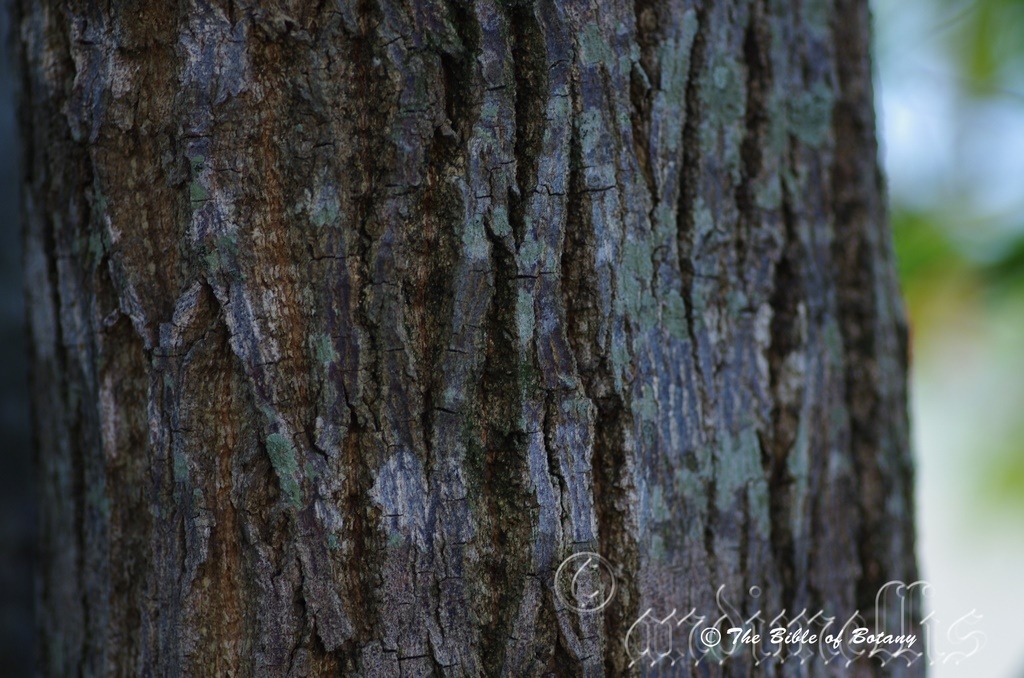
Norman Park Qld.

Coffs Harbour NSW

Norman Park Qld.
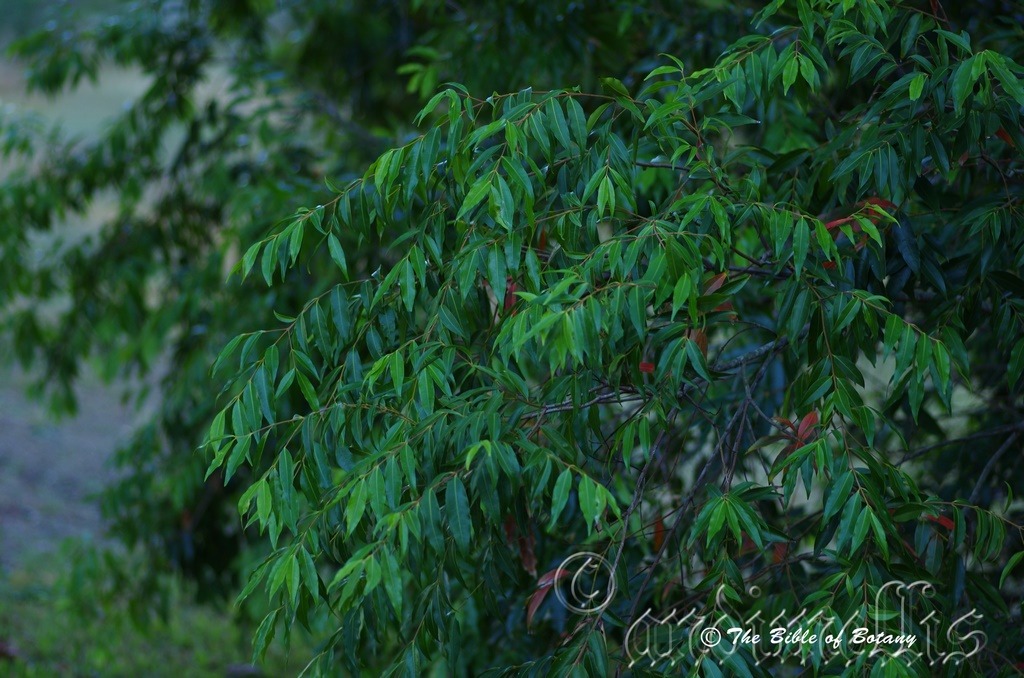
Norman Park Qld.
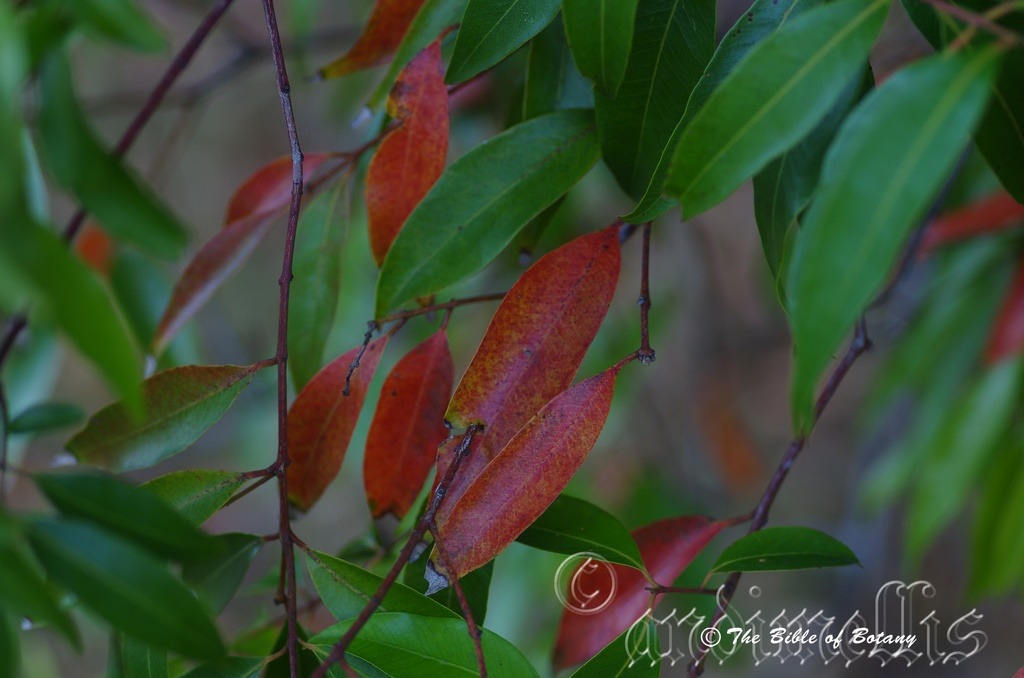
Norman Park Qld.
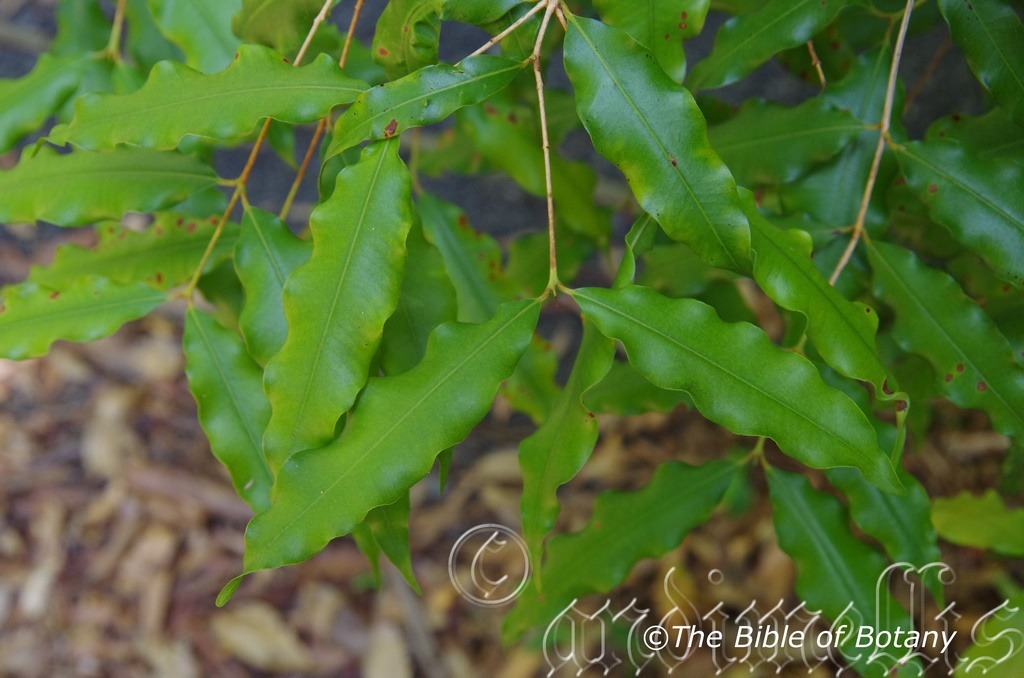
Coffs Harbour NSW
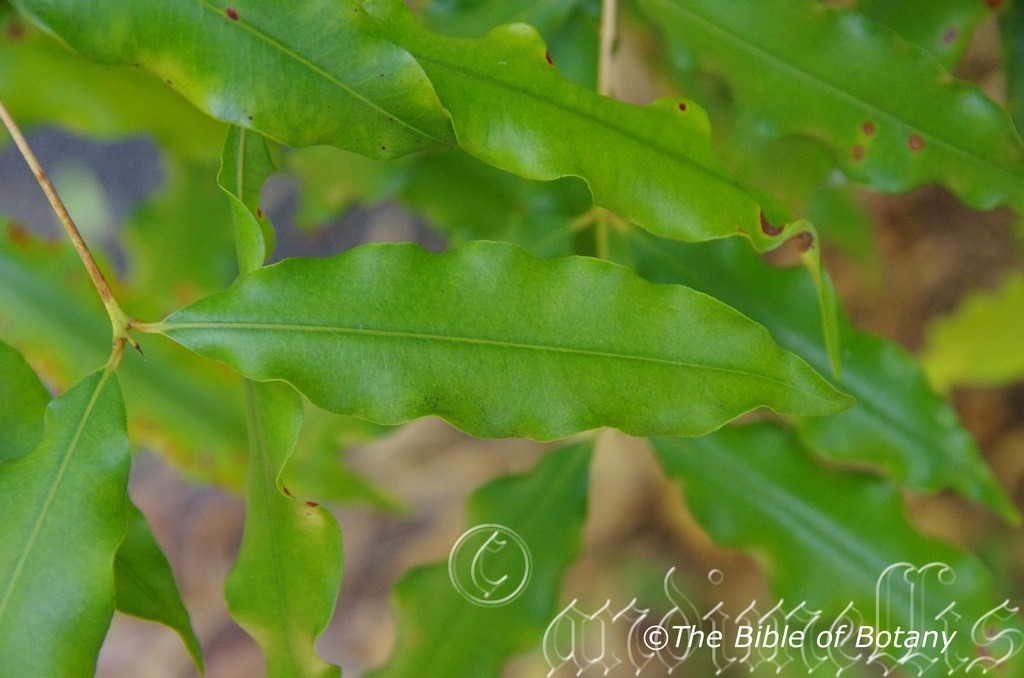
Coffs Harbour NSW

Coffs Harbour NSW

Coffs Harbour NSW
Anetholea anisata
Classification:
Class: Rosids
Order: Myrtales
Family: Myrtaceae
Genus: From Anethole, which is which is Latin for to have a licorice taste.
Specie: From Anison, which is Ancient Greek or anisum, which is Latin for licorice.
Sub specie: Aniseed Myrtle.
Distribution:
Anetholea anisata is a rare tree found in the Bellinger Valley with a small population further north on Byrril Creek in far north eastern New South Wales.
Habitat Aspect Climate:
Anetholea anisata prefer partial shade to dappled sun light. It grows in moist well developed rainforests with copious quantities of forest litter. The altitude ranges from 15 meters ASL to 250 meters ASL
The temperatures range from 1 degree in July to 36 degrees in January.
The rainfall ranges from lows of 900mm to 1400mm average per annum.
https://avh.ala.org.au/occurrences/search?taxa=anetholea+anisata+#tab_mapView
Soil Requirements:
Anetholea anisata prefers good quality deep loams to light fatty clays. The soils are derived from decomposed black basalts. The soil’s pH ranges from 5.5pH to 6pH. It does not tolerate waterlogged soils however the soils have good moisture retention. None saline soils to moderately saline soils are tolerated.
Height & Spread:
Wild Plants: 5m to 8m by 3m to 4m.
Characteristics:
Anetholea anisata is a medium-sized to large tree with somewhat soft, corky deep grey bark. Young branchlets and stems are glabrous.
The lanceolate to elliptic leaves measure 50mm to 125mm in length by 10mm to 25mm in width. The petiole measures 5mm to 6mm in length. The base is attenuate, while the apex acuminate and the margins are undulating. The upper lamina is glossy, while the lower lamina is dull and paler. The numerous lateral veins are prominent with the intramarginal running close to margin. There are numerous large oil glands that emit a strong aniseed smell when crushed. The petiole measures 5mm to 6mm in length.
The inflorescences’ hypanthium is glabrous, while the pale green, sepals measure 1mm to 1.5mm. The white petals measure 3mm to 4mm in length and the prominent stamens measure 5mm to 7mm.
The 5mm to 7mm long fruits have a flat hypanthium. The linear rusty brown seeds measure 1.5mm in length by 1mm in diameter.
Wildlife:
Anetholea anisata is suitable for river bank erosion control but because of its slow initial growth, will need protection or support from other fast growing short lived specie like Acacia.
Anetholea anisata attracts numerous beetles and small butterflies when in flower. The native bees are also attracted to the flowers. Backhousia angustifolia‘s trunk will support small orchids once the trees have gained sufficient height and the branches are of a suitable diameter.
It is unknown whether the leaves have long term toxicity. However on the short term they have no side effects or symptoms when consumed in small amounts. I have used a few leaves placed between fish fillets when cooking to give a sweet mild aroma and taste to the fish. I have chewed the leaves over the past 20 years and admit it is a favourite spice and condiment of mine. This was a regular habit of mine as our first shrub was planted outside my bedroom window and between the house and the tractor shed.
Cultivation:
Anetholea anisata is a spectacularly beautiful large tree for larger gardens. In cultivation it grows to 15 meters in cultivation and the leaves give of a pleasant licorice aroma when mown over or brushed against. It looks its best when planted in a rainforest garden and is covered in stags, Platycerium bifurcatum and P. superbum along with other epiphytic ferns. I have also known shrubs to root sucker some distance away from the parent trees. They can be planted close to buildings and underground services without any problems.
It can be regularly tip pruned to encourage a large bushy tree effect.
The leaves can be harvested for pot puree or crushed to emit an aniseed aroma throughout the home.
Propagation:
Seeds:
Collecting seeds from mature trees is easy on garden specimens as it is held on the tree for a long period. The fresh seeds need to be pinched out of the capsules and then they can be sown directly into a seed raising mix. Cover them to a depth of 1mm. Seeds maybe erratic in germination but a strike rate of over 50mm is usually attained.
When the seedlings are 20mm to 30mm tall, prick them out and plant them into 50mm native tubes using a good quality mix.
Once the seedlings reach 100mm to 150mm in height plant them out into their permanent position. Mass plantings can be achieved with spacing of 3 meters to 4 meters for a hedge row.
Cuttings:
Use 50mm long tips when growing from Cuttings. The best time to take them is the middle of spring.
1 prepare the cutting mix by adding one third sharp clean river sand, one third peat and one third perlite. These ingredients are sterile,
2 Select good material from non diseased plants,
3 Select semi green stems for cuttings. Look for a stem with two or three nodes,
4 Place the cutting on a flat, hard surface, and make a clean slice through the middle of the lower node on an angle towards the base, with a sterilized sharp knife or razor blade. – This scarification of the node will increase the chances of roots emerging from this spot. Now remove all but one or two the leaves, leaving the apex leaves in tact. If the leaves are very large in proportion to the stem, cut off the apical halves.
5 Some plants root easily, but a rooting hormone can help others by stimulating the cutting into sending out new roots. Fill a saucer with water, and place some rooting hormone into another container like a bottle top. Dip the node end of the cutting into the water and then into the rooting hormone. Tap off any excess hormone,
6 Use a small dipple stick or old pencil to poke a hole into the soilless potting mix. Ensure the hole is slightly larger than the stem diameter and be careful not to wipe the rooting hormone off the cuttings base, place the cuttings in a pattern ensuring the cuttings are not touching each other,
7 I like to place the pots in Plastic bags to help maintain temperature and moisture. Place in a semi shaded place like under 50mm shade cloth.
8 When the cuttings have struck, open the bag to allow air circulation for a few days to a week,
9 Once hardened off remove the cuttings from the bag and allow to further hardening for a few more days,
10 Transplant into a good potting mix to grow
Layering:
Plants can also be renewed by layering. This is achieved by nicking a branch that is close to the ground and pegging it so that the nick is held just below the ground level ground level or wrapped in a black plastic bag with a seedling mix with 30mm perlite added. Once the roots have developed sever the branch and pot on as normal. Water and transfer to 50mm shade until the plant has re-established itself.
Fertilize using Seaweed, fish emulsion or organic chicken pellets soaked in water on an alternate basis. Fertilize every two months until the plants are established then twice annually in early September or March to maintain health, vitality and better flowering.
Further Comments from Readers:
Hi reader, it seems you use The Bible of Botany a lot. That’s great as we have great pleasure in bringing it to you! It’s a little awkward for us to ask, but our first aim is to purchase land approximately 1,600 hectares to link several parcels of N.P. into one at The Pinnacles NSW Australia, but we need your help. We’re not salespeople. We’re amateur botanists who have dedicated over 30 years to saving the environment in a practical way. We depend on donations to reach our goal. If you donate just $5, the price of your coffee this Sunday, We can help to keep the planet alive in a real way and continue to bring you regular updates and features on Australian plants all in one Botanical Bible. Any support is greatly appreciated. Thank you.
In the spirit of reconciliation we acknowledge the Bundjalung, Gumbaynggirr and Yaegl and all aboriginal nations throughout Australia and their connections to land, sea and community. We pay our respect to their Elders past, present and future for the pleasures we have gained.
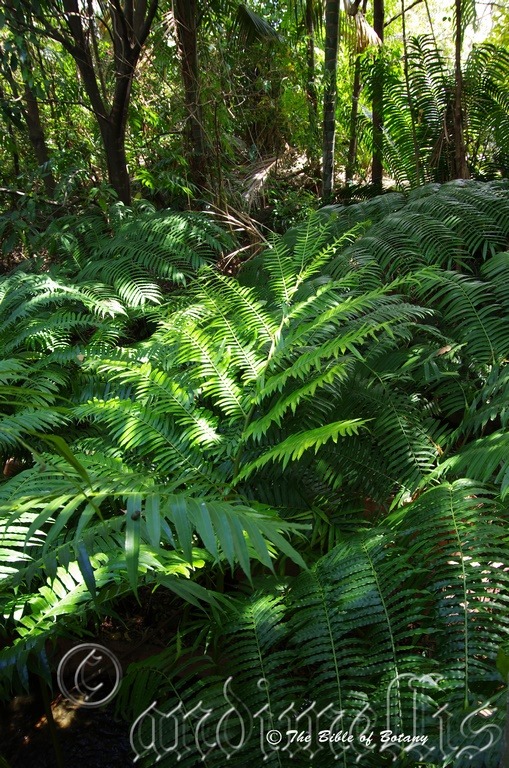
Roma Street Floral Gardens Brisbane Qld.

Roma Street Floral Gardens Brisbane Qld.
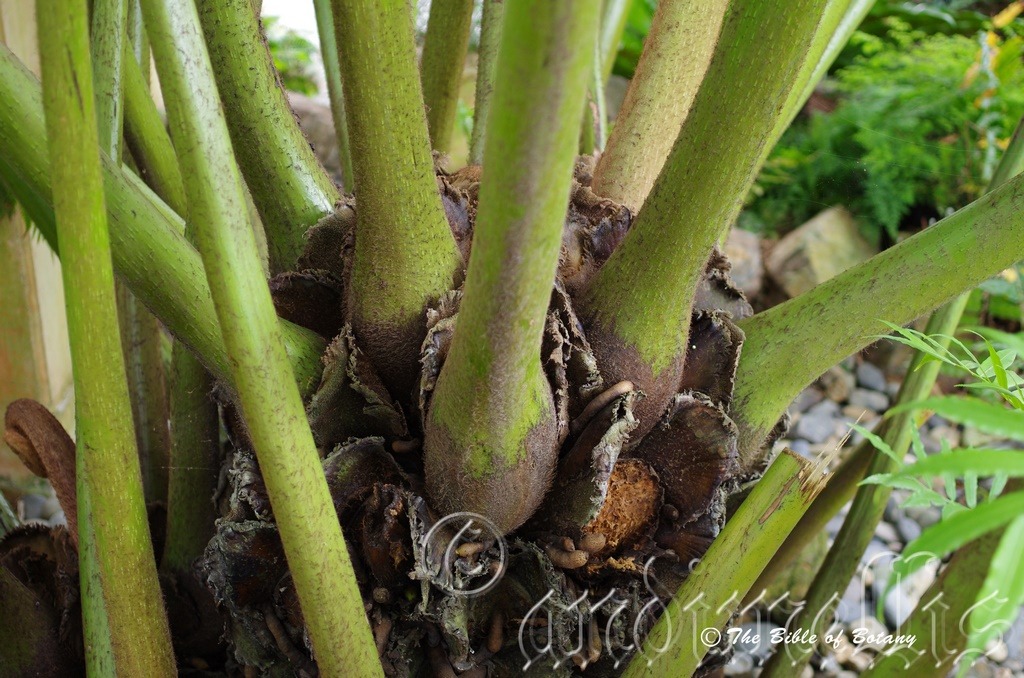
Mount Cootha Botanic Gardens Qld.

Mount Cootha Botanic Gardens Qld.
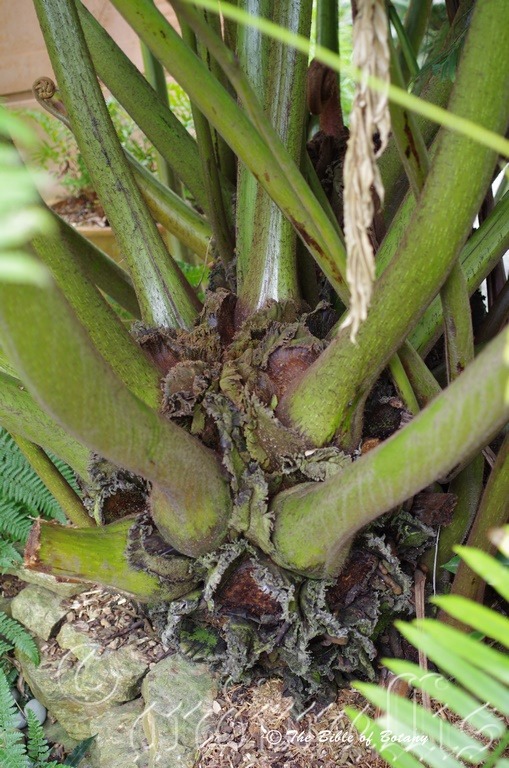
Mount Cootha Botanic Gardens Qld.
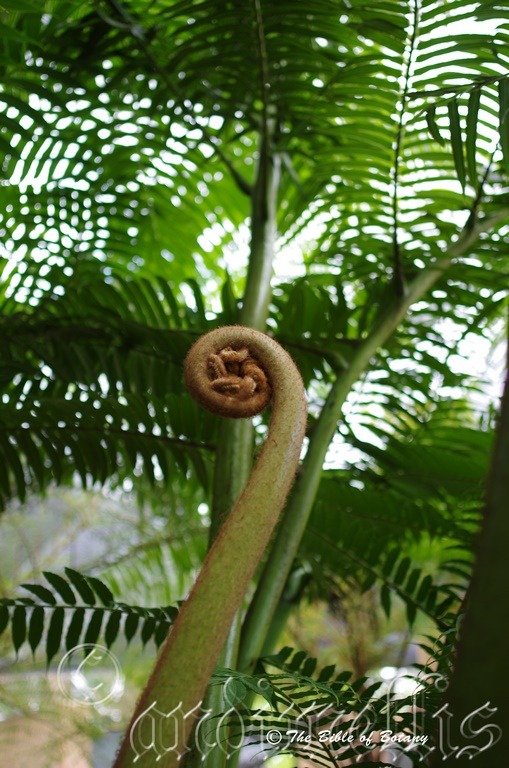
Mount Cootha Botanic Gardens Qld.
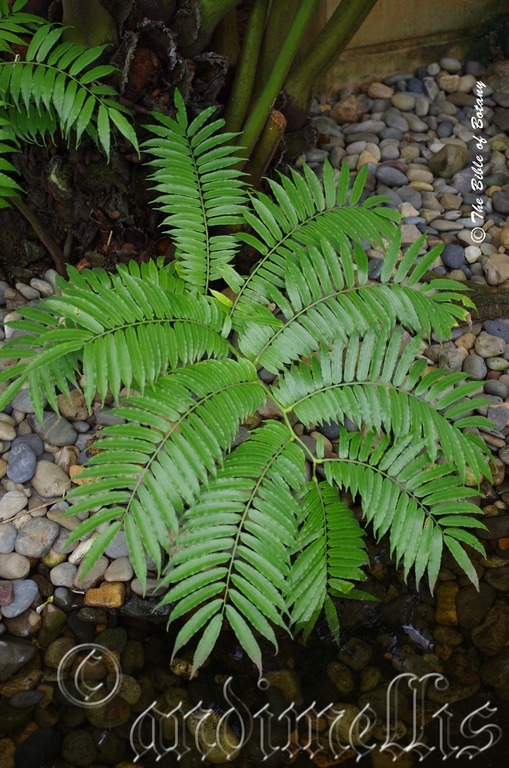
Mount Cootha Botanic Gardens Qld.

Roma Street Floral gardens Brisbane Qld.

Mount Cootha Botanic Gardens Qld.

Mount Cootha Botanic Gardens Qld.

Roma Street Floral gardens Brisbane Qld.

Mount Cootha Botanic Gardens Qld. with my grand daughter.
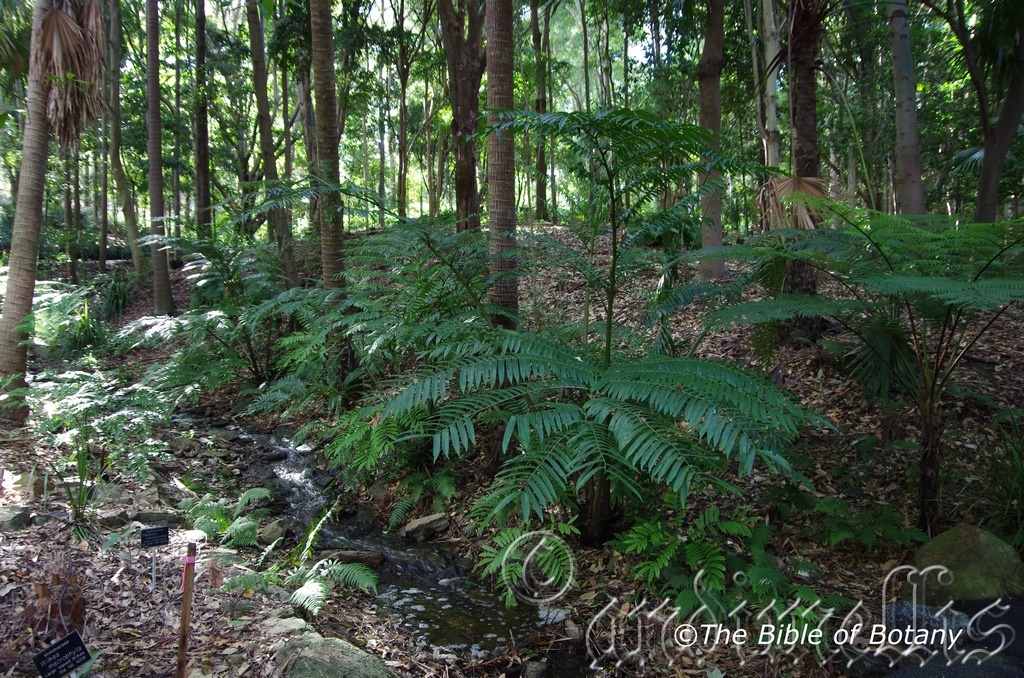
Mount Cootha Botanic Gardens Qld.
Angiopteris evecta
Classification:
Class: Pteridophyta
Order: Marattiopsida
Family: Marattiopsidaceae
Genus: From Angio, which is Ancient Greek for a capsule and Pteris, which is Ancient Greek for a fern. It refers to plants, which have very prominent spore capsules.
Specie: Possibly from Ex which is Ancient Greek/Latin for out of the ordinary and vectum, which is Latin to carry out or carry away. It refers to plants, which have structures or organs, which are carried aloft or away from the main structure.
Common Name: King Fern or Giant Fern.
Distribution:
Angiopteris evecta is found along the east coast of Northern New South Wales from Mount Warning north to Cape York Peninsula growing in coastal rainforests. The plant is listed as rare and is most likely extinct in New South Wales and southern Queensland (Olive on map).
https://avh.ala.org.au/occurrences/search?taxa=Angiopteris+evecta#tab_mapView
Habitat Aspect Climate:
Angiopteris evecta prefer full shade, partial shade or dappled light. It usually grows in littoral rainforests or rarely in well-developed coastal rainforests close to adjacent ranges like Mount Warning. It is usually found close to streams or where good underground moisture is assured. The altitude ranges from 5 meters ASL to 650 meters ASL.
The temperatures range from 4 degrees in July to 36 degrees in January.
The rainfalls range from lows of 900mm to an average of 3200mm annually.
Soil Requirements:
Angiopteris evecta prefer coarse, sand, sandy loams, medium clays light silts or heavy silts. The soils are derived from decomposed black basalts, or accumulated peaty beach sands. The soils pH ranges from 4.5pH to 6pH. It tolerates waterlogged soils. Only none saline soils are tolerated.
Height & Spread:
Wild plants: 3m to 5m by 5m to 10m.
Characteristics:
Angiopteris evecta coastal populations are under threat from global warming, rises in sea levels which will flood much of its habitat and urbanization which will place further strains on existing habitats. It is already considered extinct in the southern part of its range and is rare in the remainder.
Angiopteris evecta is one of the few ferns that form large bases. Angiopteris evecta’s trunks can measure up to 800mm in height and a meter in diameter on old plants. Old stipe scars are present on the trunk.
The fronds of Angiopteris evecta are ascending while new inner fronds are held more erect. They measure 4 meters to 5 meters in length. The rachis is pale green resinous with small deeper or paler green blotches. The rachis is 80mm to 100mm in diameter near the base and has a prominent swelling to twice this diameter where it joins the trunk. The pinnae measure 1meter to 1.2 meters in length by 400mm in width. There are 30 to 80 pinnules on each rachis measuring 150mm to 190mm in length by 50mm to 60mm in width. The pinnules are concolourous and narrow oblong. The laminas are glabrous with the margins being entire. The base is broad oblique while the narrow acute apex points downwards.
Sori are close to the margins in long rows running parallel to the margins. The oblong groups have 4 to 6 pairs of sporangia.
Wildlife:
Angiopteris evecta is unknown to the author.
Cultivation:
Angiopteris evecta is a very difficult fern to grow in cultivation and needs a very large area to grow successfully. If it can be procured from nurseryman who have had success then they most likely have cultivated a symbiotic fungus that is required for healthy growth. Angiopteris evecta require constant shade and moisture so would be best grown in a shade house, a covered court yard or a sandy rain forest that is well established with shade covering the ground for most of the day. It is suitable only for large gardens that have plenty of leaf litter; constant moisture and use organic methods as the symbiotic fungus are needed at least in the early stages of development. If you already have an established littoral rain forest garden then Angiopteris evecta would definitely be worth trying at least as far south as Sydney in frost free areas.
A specimen growing at the Brisbane Mount Cootha Botanic Gardens has fronds which measure 6 meters long and has a trunk 1 meter in diameter so be aware of the immense size this magnificent fern can grow to when conditions are favourable.
Propagation from Spores:
Step 1. Select spore from the fern fronds. Wait until the fern is just starting to release its spore. Rinse the fronds under clean running water and dry. This is to wash off any other spores from rogue ferns that may have settled onto the fronds. (There is nothing worse than having common brake or common soft bracken contaminating a prized tree fern or epiphyte.)
Step 2. Place the dry fronds in a clean brown paper bag and keep them in a cool dark place like the linen closet for about a week to ten days before you are ready to sow the spore. The exception to this rule applies to ferns, which produce green spores. These must be sown immediately that they are released. Todea Barbara is a good example of a fern, which produces green spore.
Step 3. Take a large ice cream container, a small ice cream container and a clean clear plastic bag large enough to seal the large ice cream container and three or four milk bottle tops.
Step 4. Punch or drill 6 to 10 5mm holes in the bottom of the small ice cream container.
Step 5. Wash both containers, tops and plastic bag so that they are very clean and sterile.
Step 6. Use a clean fine seed raising mi. We used 30mm fine sand, 30mm peat and 30mm perlite and 10mm vermiculite. We used crushed basalt, crusher dust and peat in a 50:50 ratio for epiphytes. Moisten the mix enough that water does not run out when the mix is squeezed between the fingers.
Step 7. Place the moisten mix (Enough to half fill the small ice cream container) in the microwave oven with a large glass of water for 7 or 8 minutes, until the water is boiling. Allow them to cool in the oven. You will need the water later so do not tip it out.
Step 8. Take the brown paper bag out of the linen closet. Shake the bag and remove the fronds. You should have a yellow, brown, black or rarely greenish brown or ochre powder or very fine, small round pin head size spore depending on the specie involved.
Step 9. Remove the mixture from the oven once it has cooled and place it in the small ice cream container and level.
Step 10. Sprinkle the spore sparsely over the mixture in the small ice cream container.
Step 11. Place the milk bottle tops in the large ice cream container with the flat surface facing down. Place the small ice cream container in the large ice cream container so that it is sitting on the milk bottle tops.
Step 12. Remove the water from the microwave and pour it into the larger ice cream container so there is 25mm to 30mm of water in the bottom.
Step 13. Place the ice cream containers in the plastic bag and seal. Step 14. Place the contents and bag in a warm shady place preferably 50mm to 70mm shade depending on the specie. Shade houses and some window sills are ideal.
Step 14. The surface should turn green within a week to two weeks. The prothallus will then develop. From the prothallus the first true fronds will appear. Wait until the ferns are 20mm to 35mm in height before you attempt to transplant them. Once they are ready open the bag up slightly and allow the air to flow around the little ferns. Every 3 to 5 days open the bag a little further so the ferns get use to their new environment. Allow them a week to two weeks to harden off before you transplant them following the removal of the plastic bag. Carefully prick them out into 50mm standard squat tubes as you would any seedling.
Do not try to transplant them as single plants as they are still a little delicate.
Once the smaller ones again reach 50mm to 70mm you may wish to divide the stronger and hardier individual plants into smaller clumps in 100mm squat pots.
Step 16. We fertilized with seaweed, fish emulsion or organic chicken pellets soaked in water on an alternate basis until established. Fertilize every two months for one year even when in the ground.
Fertilize using Seaweed, fish emulsion or organic chicken pellets soaked in water on an alternate basis. Fertilize every two months until the plants are established then annually in early September or March to maintain health, vitality and better flowering.
I would also recommend spraying the foliage at the same time. As a nursery plant this method of maintenance saw the plants thrive and outgrow every other fern in the nursery while at the same time condition was always excellent.
Once they reach 75mm to 100mm. plant them directly into their final position in the ground. Cover the ground in leaf litter and water in. Where mass plantings of Angiopteris evecta are required, as a feature plant them at 4 meter to 6 meter centers.
INDOORS OR POTTED ON:
Angiopteris evecta that are being used in courtyards should have a good quality indoor mix. Remember how large they will eventually grow but if it is to be grown in courtyards they can be easily relocated in the future to a more suitable place in the garden.
Sawdust or sand mixes are too well draining unless the sawdust has completely composted down where it exhibits a texture like plasticine to the touch. Moisture can be squeezed out between the fingers yet it remains moist. I find this a great basis to start with.
Mix equal parts of the well decomposed saw dust with the above feel with perlite and vermiculite. To this add two parts sharp clean sand, one part compost and one part good crusher dust from a basalt rock quarries. Preferably black basalt but both are good. Make sure the sand comes from a source that does not have salt.
The Saw dust in this condition creates the moisture retention and holds nutrient in. The perlite and vermiculite make the mix neutral and both have great water holding capacity without shrinkage with age. The sand creates good drainage and is good for good healthy root development. The crusher dust adds vital minerals which the plants need.
Further comments from readers:
Hi reader, it seems you use The Bible of Botany a lot. That’s great as we have great pleasure in bringing it to you! It’s a little awkward for us to ask, but our first aim is to purchase land approximately 1,600 hectares to link several parcels of N.P. into one at The Pinnacles NSW Australia, but we need your help. We’re not salespeople. We’re amateur botanists who have dedicated over 30 years to saving the environment in a practical way. We depend on donations to reach our goal. If you donate just $5, the price of your coffee this Sunday, We can help to keep the planet alive in a real way and continue to bring you regular updates and features on Australian plants all in one Botanical Bible. Any support is greatly appreciated. Thank you.
In the spirit of reconciliation we acknowledge the Bundjalung, Gumbaynggirr and Yaegl and all aboriginal nations throughout Australia and their connections to land, sea and community. We pay our respect to their Elders past, present and future for the pleasures we have gained.
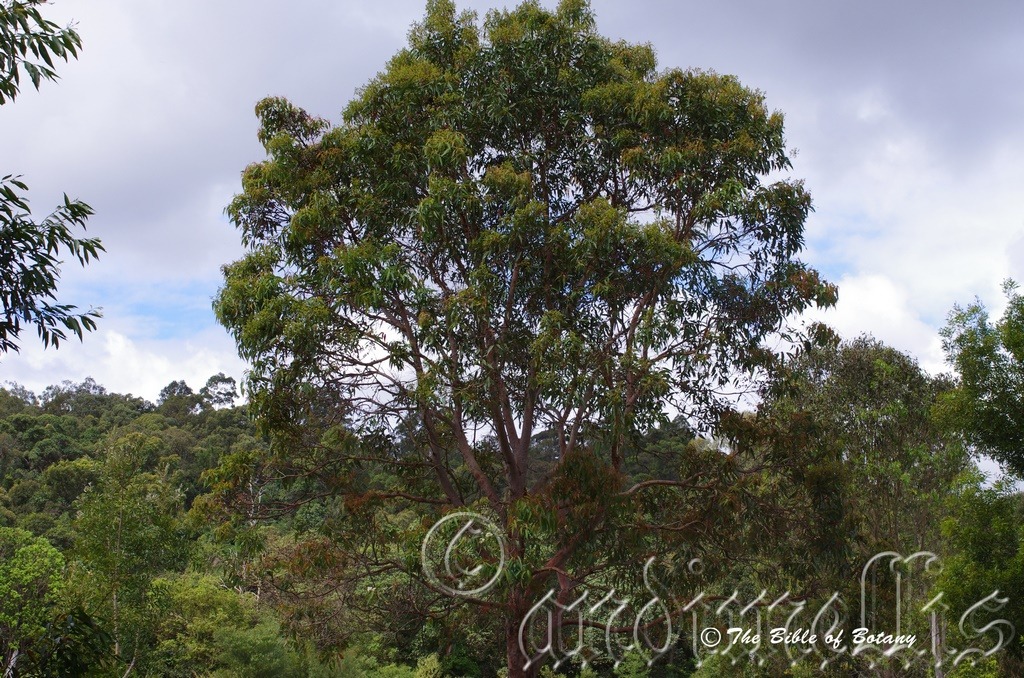
Lake Haiawatha Yuraigir National Park. NSW.
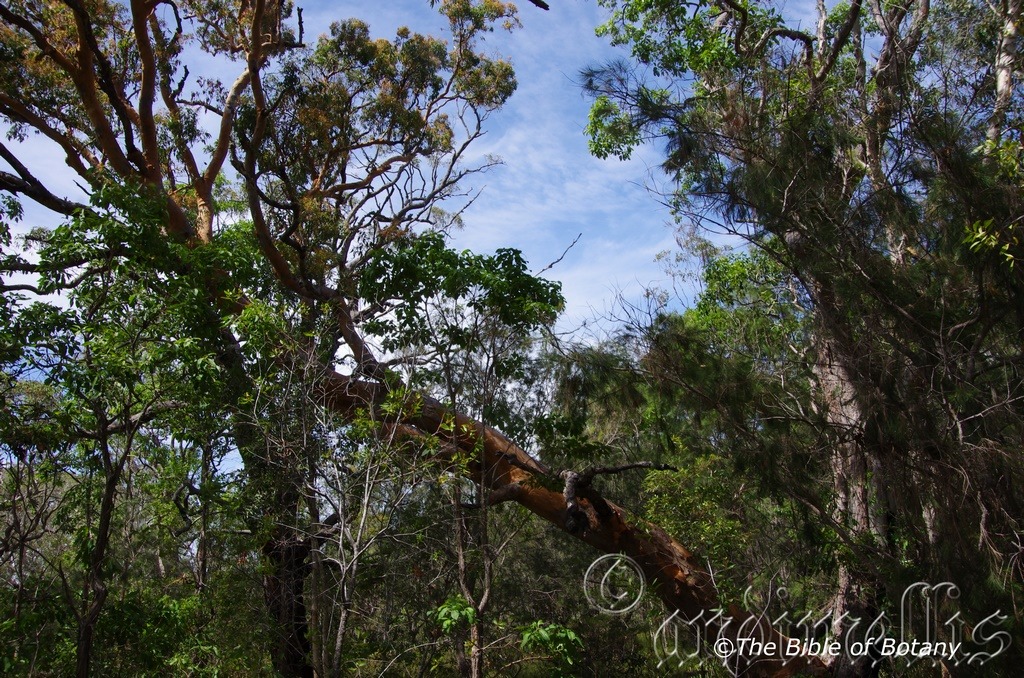
Lake Haiawatha Yuraigir National Park. NSW.
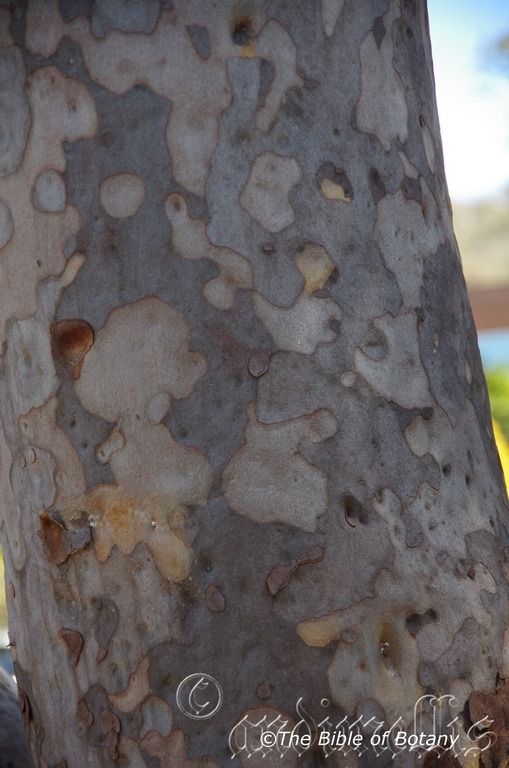
Kedron Brook Qld.
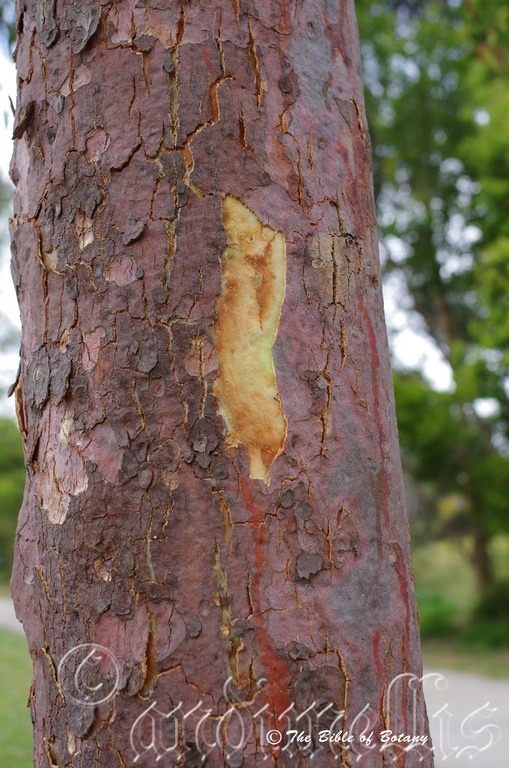
Canberra ACT.
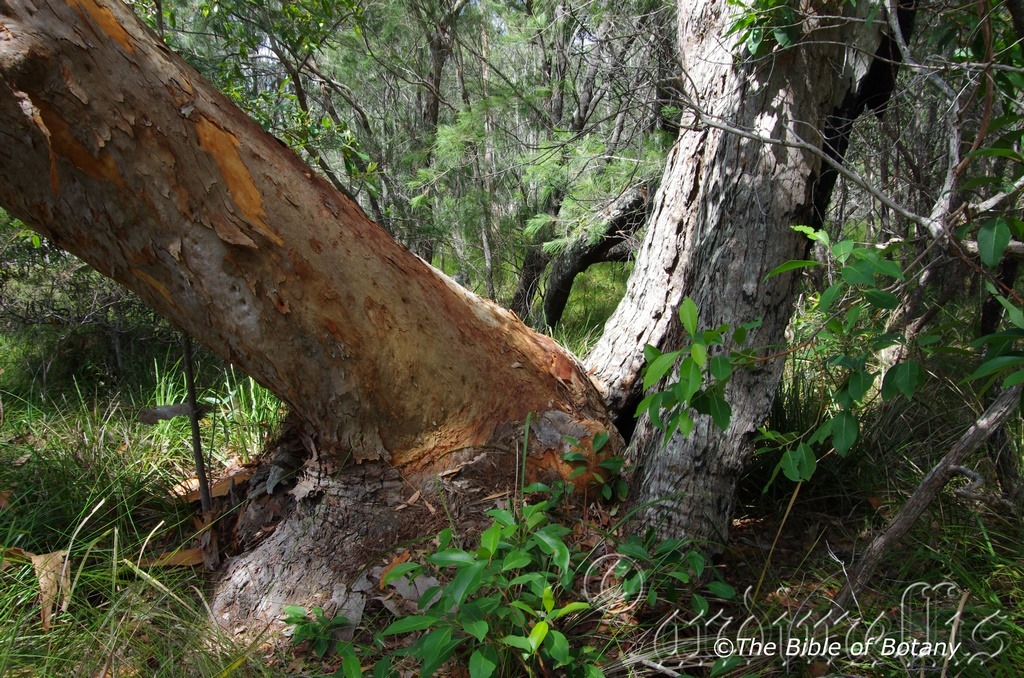
Lake Haiawatha Yuraigir National Park. NSW.
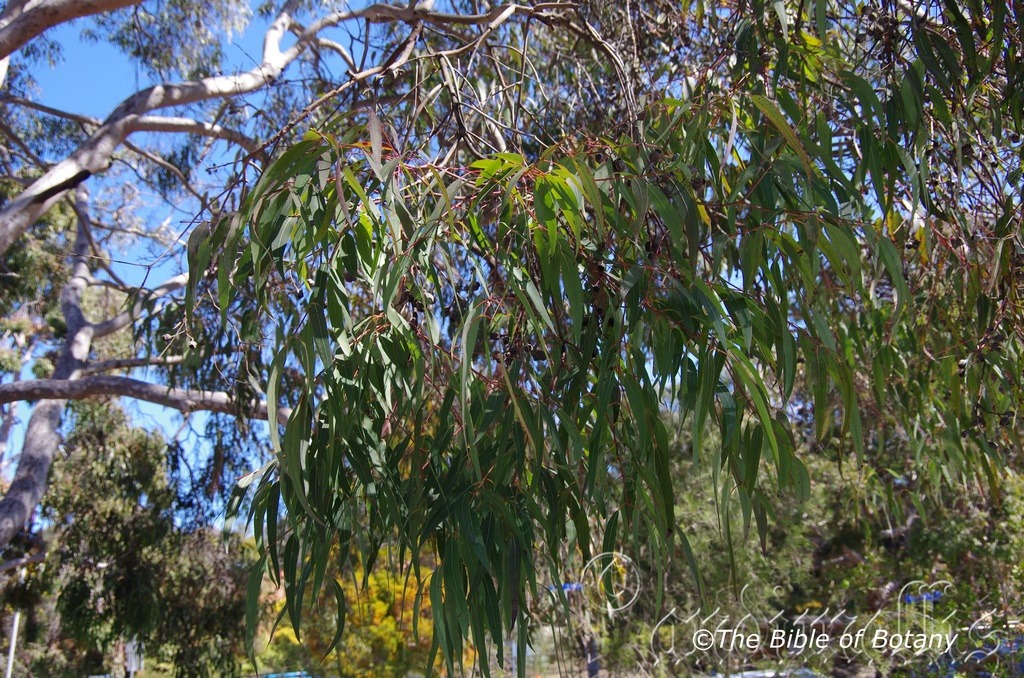
Canberra ACT.

Kedron Brook Qld.
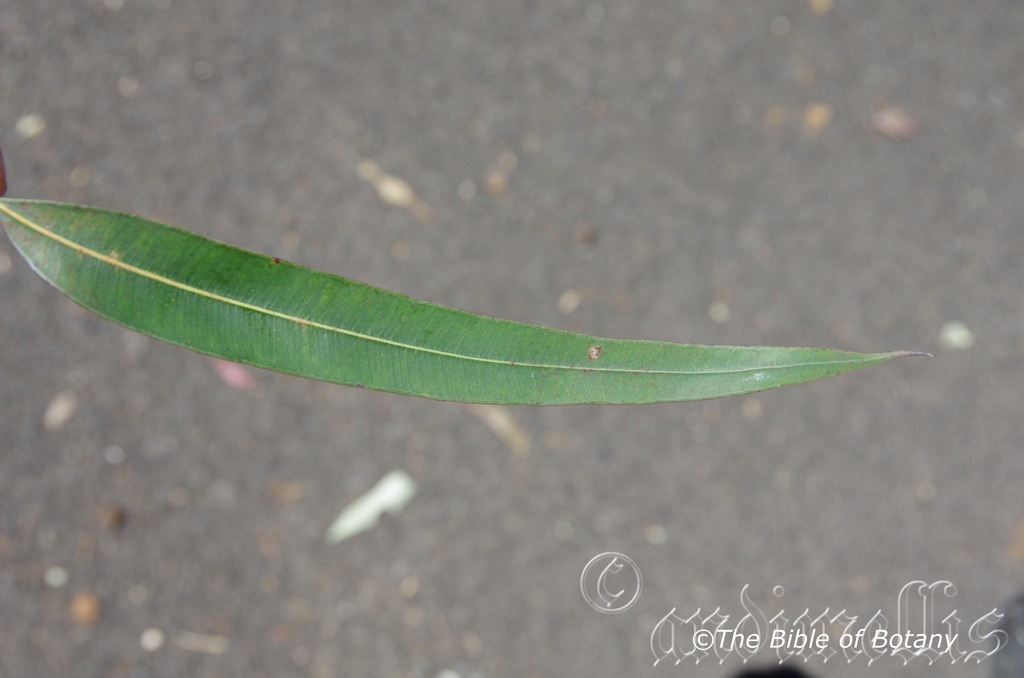
Canberra ACT.

Canberra ACT.

Kedron Brook Qld.

Kedron Brook Qld.

Canberra ACT.
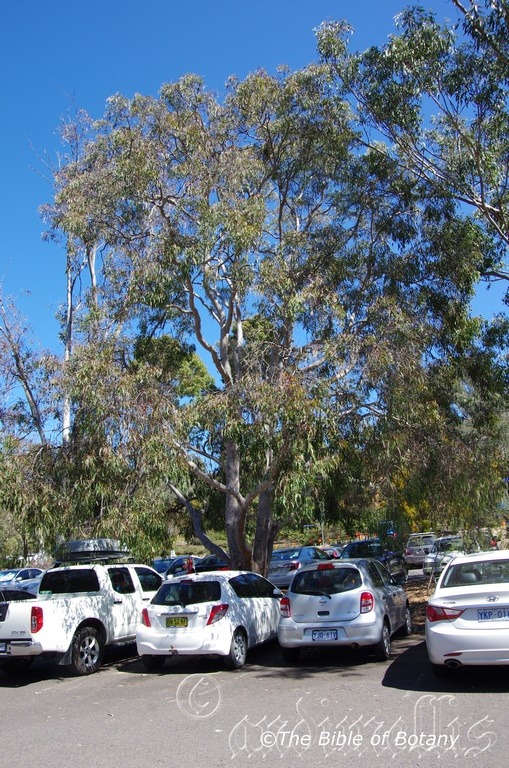
Canberra ACT
Angophora costata
Classification:
Class: Rosids
Order: Myrtales
Family: Myrtaceae
Genus: From Angos, which is Ancient Greek for a goblet like vessel and Phoros/Pherein which is Ancient Greek for to bear or bearing. It refers to seed capsules, which look like goblets.
Specie: From Costalis, which is Latin for a rib or ribbed. It refers to a structure or an organ which is obviously coarsely raised.
Sub specie:
Common Name: Smooth Bark Apple, Sydney Red Gum or Rusty Gum.
Distribution:
Angophora costata is found south from Coffs Harbour to Bega in New South Wales. It is found on and east of the Great Dividing Range.
Habitat Aspect Climate:
Angophora costata prefer full sun. It grows in sclerophyll forests. The altitude ranges from 5 meters ASL to 600 meters ASL.
The temperatures range from minus 4 degrees in July to 40 degrees in January.
The rainfalls range from lows of 650mm to an average of 1550mm annually.
https://avh.ala.org.au/occurrences/search?taxa=Angophora+costata#tab_mapView
Soil Requirements:
Angophora costata prefer coarse, sand, sandy loams to medium clays. The soils are derived from decomposed sandstones. The pH ranges from 4.5pH to 6pH. It does not tolerate waterlogged soils however the soils usually have seasonal high water tables. Non saline to very saline soils are tolerated as are salt laden winds.
Height & Spread:
Wild Plants: 18m x 30m to 15m x 20m.
Characteristics:
Angophora costata grows as a small tree with a crooked trunk and an open crown up to 1/3 of its height. The trunk is smooth, pale grey or cream and is shed in small patches to expose a salmon pink new bark.
The opposite juvenile leaves of Angophora costata are ovate to elliptical and similar to the epicormic leaves and measure 85mm to 125mm in length by 40mm to 65mm in width.
The opposite adult leaves are lanceolate and measure 90mm to 170mm in length by 20mm to 35mm in width. The base is cuneate while the apex is acute to acuminate. The discolourous laminas are mid blue-green to mid green and glabrous or covered in short red hispid hairs on the upper lamina and paler on the lower lamina. The laminas are flat while the margins are entire. The main vein is prominent on both laminas. The leaves are faintly penniveined. The petioles measure 10mm to 25mm in length.
The inflorescence of Angophora costata is a terminal umbel which has 12 to 30 flowers on each umbel. The peduncles and pedicels are green to olive-green and glabrous to covered in reddish hispid hairs. The peduncles measures 7mm to 18mm in length with the individual pedicels measuring 4mm to 10mm length.
The buds are ovoid to globose and measure 5mm to 7mm in length by 5mm to 6mm in diameter. The 5 white petals measure 3mm to 4mm in length by 3mm to 4mm in width. The hypanthia are strongly ribbed while the disc is pale yellow.
The creamy white stamens are the main attraction when in full bloom and measure 20mm to 25mm diameter. Individual filaments measure 8mm to 12mm in length.
The style ends with a blunt style with 3 or 4 locules are very short.
Flowering occurs early January to early February.
Angophora costata’s mature fruits are ovoidal or campanulate and at times apically tapered. They measure 9mm to 15mm in length and by 12mm to 15mm across the depressed hypanthia. The brown seeds are flattened and ellipsoidal.
Wildlife:
Angophora costata is a favourite tree for most honey eaters and lorikeets as well as many nectar eating and pollen eating insects which in return attract many insect eating birds when in flower. Many of the fruits are chewed which would indicate to me that the Black Cockatoo, White Cockatoo or another large parrot eats the seeds.
Cultivation:
Angophora costata will make an interesting tree in a large garden where it can spread its limbs and deliver the gnarled look that many Angophoras are known for. They can be used to create good park like gardens because of their spread. Angophora costata is slow growing at first but once established makes steady growth. In cultivation they will grow from 8 meters to 15 meters in height by 8 meters to 15 meters in diameter when grown in the open. Do not plant the trees near buildings as they have been known to drop large branches especially after long periods of drought when good ground moisture again is available causing strong flushes in growth.
The tree would make a very strong accent trees in front of low set commercial or industrial sheds where they will break up hard rigid architectural lines and give warmth and breadth to a building. In front of high rise buildings they give balance especially where they could be grown in curves. Trees also look when lining long straight avenues or parks.
They could certainly be used for bonsai plants. As container plants they have a special place on the sunny veranda or open sunny courtyard but must not be allowed to dry out. It is hardy in such positions often forming a thick trunk and a large quantity of leaves. Ensure the pots are large enough to give balance.
Propagation:
Seeds: Angophora costata is easy to propagate if fresh seed can be obtained.
Angophora costata seed can be sown directly into a seed raising mix. Cover the seeds with 1mm of fine sand and place the trays in full sun. Keep the trays moist not wet as damping off could become a problem.
When the seedlings are 40mm to 50 mm tall, prick them out and plant them into 50mm native tubes using a seed raising mix.
Once the seedlings reach 200mm to 250mm in height plant them out into their permanent position. Do not allow the seedlings to become root bound as this may cause rooting problems later especially if the soil is shallow or medium to heavy clays.
Fertilize using Seaweed, fish emulsion or organic chicken pellets soaked in water on an alternate basis. Fertilize every two months until the plants are established then annually in early September or March to maintain health, vitality and better flowering.
Further comments from readers:
Hi reader, it seems you use The Bible of Botany a lot. That’s great as we have great pleasure in bringing it to you! It’s a little awkward for us to ask, but our first aim is to purchase land approximately 1,600 hectares to link several parcels of N.P. into one at The Pinnacles NSW Australia, but we need your help. We’re not salespeople. We’re amateur botanists who have dedicated over 30 years to saving the environment in a practical way. We depend on donations to reach our goal. If you donate just $5, the price of your coffee this Sunday, We can help to keep the planet alive in a real way and continue to bring you regular updates and features on Australian plants all in one Botanical Bible. Any support is greatly appreciated. Thank you.
In the spirit of reconciliation we acknowledge the Bundjalung, Gumbaynggirr and Yaegl and all aboriginal nations throughout Australia and their connections to land, sea and community. We pay our respect to their Elders past, present and future for the pleasures we have gained.
Angophora floribunda
Classification:
Class: Rosids
Order: Myrtales
Family: Myrtaceae
Genus: From Angos, which is Ancient Greek for a goblet like vessel and Phoros/Pherein which are Ancient Greek for to bear or bearing. It refers to seed capsules, which look like goblets.
Specie: From Floris, which is Latin for a flower or Flos, which is Roman for the Goddess of spring and flowers and Bundus, which is Latin for abundant or plenty. It refers to flowers, which are born in prolific numbers when in flower.
Sub specie:
Common Name: Broad Leaf Apple.
Distribution:
Angophora floribunda is found south from near Biloela in central, eastern Queensland to Croajingolong National Park in north western Victoria. It is found on the Western Slopes, on and east of the Great Dividing Range.
There is also a disjunct population near Tumoulin on the Atherton Tableland and a recently discovered population in the Hidden Valley and Oak Hills region NE of Townsville.
https://avh.ala.org.au/occurrences/search?taxa=Angophora+floribunda#tab_mapView
Habitat Aspect Climate:
Angophora floribunda prefers full sun and is often the dominant tree where it grows. It usually grows in open woodlands. The altitude ranges from 5 meters ASL to 800 meters ASL.
The temperatures range from minus 4 degrees in July to 39 degrees in January.
The rainfalls range from lows of 450mm to an average of 1250mm annually.
Soil Requirements:
Angophora floribunda prefer light silts to medium silts. The soils are usually derived from alluvial deposits. The pH ranges from 5pH to 6pH. It does not tolerate waterlogged soils however the soils usually have seasonal high water tables. Non saline to very saline soils are tolerated as are salt laden winds. Non saline to very saline soils are tolerated as are salt laden winds.
Height & Spread:
Wild Plants:20m x 30m to 8m x 15m.
Characteristics:
Angophora floribunda has an unusual characteristic for such a large tree in that it develops a lignotuber. The trunk is often crooked with a large dense crown up to 1/3 of its height. The grey to mid grey-brown trunk is covered in a thick, rough shortly fibrous and generally furrowed to almost the small branches. Branchlets pale yellow-green to red-green and covered in short red hispid hairs.
The juvenile leaves of Angophora floribunda are broad lanceolate to narrow elliptical and similar to the epicormic and coppice leaves. They measure 50mm to 120mm in length by 20mm to 50mm in width. The base is cordate while the petioles are sessile to 2mm in length.
The opposite adult leaves are lanceolate and measure 80mm to 120mm in length by 20mm to 50mm in width. The base is cuneate while the apex is narrowing acute. The discolourous laminas are mid green and glabrous or rarely covered in short red hispid hairs on the upper lamina and paler on the lower lamina. The laminas are flat while the margins are entire or slightly undulating. The main vein is prominent on both laminas. The leaves are faintly penniveined. The petioles measure 8mm to 12mm in length.
The inflorescence of Angophora floribunda is a terminal umbel which has 3 to 7 flowers on each umbel. The peduncles and pedicels are pale blue-green to pale mid green and glabrous or covered in reddish hispid hairs. The peduncles measures 15mm to 30mm in length with the individual pedicels measuring 4mm to 9mm length.
The buds are ovoid to globose and measure 4mm to 7mm in length by 5mm to 7mm in diameter. The 5 white petals measure 4mm to 5mm in length by 4mm to 5mm in width and have a green longitudinal keel. The hypanthia are strongly ribbed while the disc is pale yellow to yellow-green.
The creamy white stamens are the main attraction when in full bloom and measure 15mm to 21mm diameter. Individual filaments are inflexed and measure 5mm to 8mm in length.
The long style has a blunt stigma. There are 3 or 4 locules. Flowering occurs from mid-December through to mid-January.
Angophora floribunda’s mature fruits are cup shaped or campanulate and covered in fine white pulverulent hairs with some longer tomentose hairs. The apex is narrowed apically. The hypanthia measure 7mm to 10mm in length and by 8mm to 10mm in diameter but still retain the rounded octagonal shape at the top of the hypanthium. They have 8 vertical ribs each ending in a rostrate tip. The pale pink-brown to pale brown glossy seeds are flattened and irregularly ellipsoidal to circular. They measure 4mm to 5mm in length by 3.5mm to 4.5mm in diameter.
Wildlife:
Angophora floribunda is a favourite tree for most honey eaters and lorikeets as well as many nectar eating and pollen eating insects which in return attract many insect eating birds when in flower. Many of the fruits are chewed which would indicate to me that the Black Cockatoo, White Cockatoo or another large parrot eats the seeds.
Cultivation:
Angophora floribunda will make an interesting tree in a large garden where it can spread its limbs and deliver the gnarled look that many Angophora are known for. It can be used to create great park like garden scenes because of their spread. Angophora floribunda is slow growing at first but once established makes steady growth. In cultivation they will grow from 10 meters to 18 meters in height by 8 meters to 15 meters in diameter when grown in the open. Do not plant the trees near buildings as they have been known to drop large branches especially after long periods of drought when good ground moisture again is available causing strong flushes in growth.
The trees would make very strong accent trees in front of low set commercial or industrial sheds where they will break up hard rigid architectural lines and give warmth and breadth to a building. In front of high rise buildings it give balance especially where it could be grown in curves. Trees also look great when lining long straight avenues or paths in parks.
It could certainly be used for bonsai plants.
Propagation:
Seeds: Angophora floribunda is easy to propagate if fresh seed can be obtained.
Angophora floribunda can be sown directly into a seed raising mix. Cover the seeds with 1mm of fine sand and place the trays in full sun. Keep the trays moist not wet as damping off could become a problem.
When the seedlings are 40mm to 50 mm tall, prick them out and plant them into 50mm native tubes using a seed raising mix.
Once the seedlings reach 200 to 250mm in height plant them out into their permanent position.
Fertilize using Seaweed, fish emulsion or organic chicken pellets soaked in water on an alternate basis. Fertilize every two months until the plants are established then annually in early September or March to maintain health, vitality and better flowering.
Further comments from readers:
Hi reader, it seems you use The Bible of Botany a lot. That’s great as we have great pleasure in bringing it to you! It’s a little awkward for us to ask, but our first aim is to purchase land approximately 1,600 hectares to link several parcels of N.P. into one at The Pinnacles NSW Australia, but we need your help. We’re not salespeople. We’re amateur botanists who have dedicated over 30 years to saving the environment in a practical way. We depend on donations to reach our goal. If you donate just $5, the price of your coffee this Sunday, We can help to keep the planet alive in a real way and continue to bring you regular updates and features on Australian plants all in one Botanical Bible. Any support is greatly appreciated. Thank you.
In the spirit of reconciliation we acknowledge the Bundjalung, Gumbaynggirr and Yaegl and all aboriginal nations throughout Australia and their connections to land, sea and community. We pay our respect to their Elders past, present and future for the pleasures we have gained.
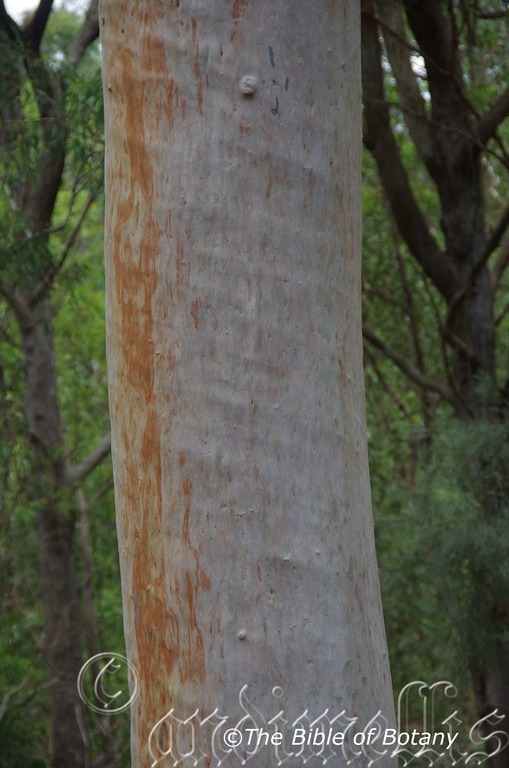
Mount Cootha Qld.
Angophora leiocarpa
Classification:
Class: Rosids
Order: Myrtales
Family: Myrtaceae
Genus: From Angos, which is Ancient Greek for a goblet like vessel and Phoros/Pherein which is Ancient Greek for to bear or bearing. It refers to seed capsules, which look like goblets.
Specie: From Leios, which is Ancient Greek for smooth. It refers to the trunks and branches, which are very smooth.
Sub specie:
Common Name:
Distribution:
Angophora leiocarpa is found south from the Pioneer River and east from Blackall in southern and central Queensland to Pilliga east State Forest and to the coast near Killarney in central coastal NSW.
https://avh.ala.org.au/occurrences/search?taxa=Angophora+leiocarpa#tab_mapView
Habitat Aspect Climate:
Angophora leiocarpa prefers full sun growing on deep alluvial type soils or deep sandy loams over sandstone. It prefers open woodlands on open plains. The altitude ranges from 25 meters ASL to 450 meters ASL.
The temperatures range from 0 degrees in July to 40 degrees in January.
The rainfalls range from lows of 700mm to an average of 1200mm annually.
Soil Requirements:
Angophora leiocarpa is locally abundant, on deep alluvial sandy soils or sandy soils over sandstone. The soils are derived from alluvial deposits or decomposed sandstone. The pH ranges from 4.5pH to 6pH. It does not tolerate waterlogged soils however the soils may have seasonal high water tables. Non saline to moderately saline soils are tolerated as are salt laden winds.
Height & Spread:
Wild Plants: 15m x 25m to 10m x 15m.
Characteristics:
The trunk is usually straight often dense but open crown up to 1/3 of its height. The smooth cream trunk is shed in small scales, emphasizing the creamy-pink or creamy-orange or at times deep cream inner bark.
The broad-lanceolate or narrow-elliptic juvenile leaves measure 55mm to 140mm in length by 7mm to 28mm in width. The opposite sessile or rarely sub sessile bases are amplexicaule to slightly lobed, while the apex is acute and the margins are entire.
The adult opposite, lanceolate leaves measure 70mm to 160mm in length by 10mm to 125mm in width. The terete petiole measures 10mm to 15mm in length. The base is acute, while the apex is also acute or acuminate. The discolorous, semi glossy upper lamina is mid bluish-green, glabrous, while the lower lamina is slightly paler. The laminas are flat while the margins are entire and regularly penniveined. The main vein is prominent on both laminas.
The inflorescence ovoidal buds measure 4mm to 7mm in length by 4mm to 6mm in diameter. The semi ovate petals measure 3mm to 4mm in length by 3mm in width. The hypanthium is smooth or faintly ribbed. The terminal umbel has 3 or rarely 7 individual flowers. The terete, glabrous peduncles measure 15mm to 32mm in length, while the terete, glabrous pedicels 7mm to 15mm in length.
The creamy white stamens are the main attraction when in full bloom. Individual filaments are inflexed and measure 5mm to 7mm in length.
The oblong, versatile, anthers dehisce on longitudinal slits.
The short style has a blunt stigma. There are 3 or 4 locules. Flowering occurs from November to December with flowering being recorded in February.
The ovoid to cupular capsules are usually apically narrowed and measure 9mm to 13mm in length by 8mm to 11mm in diameter. The lime green, flat or slightly depressed disc is obscured by the rim of hypanthium. The reddish brown, flattened, ellipsoidal seeds measure 6mm to 8mm in length.
Wildlife:
Angophora leiocarpa is a favourite tree for most honey eaters and lorikeets as well as many nectar eating and pollen eating insects which in return attract many insect eating birds when in flower. Many of the fruits are chewed which would indicate to me that the Black Cockatoo, White Cockatoo or another large parrot eats the seeds.
Cultivation:
Angophora leiocarpa will make an interesting tree in a large garden where it can spread its limbs and deliver a strong appearance with its beautiful, smooth bark. It can be used to create a good-park like scene because of its spread when grown in the open. It is slow growing at first but once established makes steady growth. In cultivation it will grow from 12 meters to 15 meters in height by 8 meters to 12 meters in diameter when grown in the open. Do not plant the trees near buildings as they have been known to drop large branches especially after long periods of drought when good ground moisture again is available causing strong flushes in growth.
The tree would make a very strong accent tree in front of low set commercial or industrial sheds where it will break up hard rigid architectural lines and give warmth and breadth to a building. In front of high rise buildings they give balance especially where it could be grown in curves. Trees also look when lining long straight avenues or parks.
They could certainly be used for bonsai plants. As container plants it has a special place on the sunny veranda or open sunny courtyard but must not be allowed to dry out. It is hardy in such positions often forming a thick trunk and a large quantity of leaves. Ensure the pots are large enough to give balance.
Propagation:
Seeds: It is easy to propagate if fresh seed can be obtained.
Angophora leiocarpa seed can be sown directly into a seed raising mix. Cover the seeds with 1mm of fine sand and place the trays in full sun. Keep the trays moist not wet as damping off could become a problem.
When the seedlings are 40mm to 50 mm tall, prick them out and plant them into 50mm native tubes using a seed raising mix.
Once the seedlings reach 200mm to 250mm in height plant them out into their permanent position. Do not allow the seedlings to become root bound as this may cause rooting problems later especially if the soil is shallow or medium to heavy clays.
Fertilize using Seaweed, fish emulsion or organic chicken pellets soaked in water on an alternate basis. Fertilize every two months until the plants are established then annually in early September or March to maintain health, vitality and better flowering.
Further comments from readers:
Hi reader, it seems you use The Bible of Botany a lot. That’s great as we have great pleasure in bringing it to you! It’s a little awkward for us to ask, but our first aim is to purchase land approximately 1,600 hectares to link several parcels of N.P. into one at The Pinnacles NSW Australia, but we need your help. We’re not salespeople. We’re amateur botanists who have dedicated over 30 years to saving the environment in a practical way. We depend on donations to reach our goal. If you donate just $5, the price of your coffee this Sunday, We can help to keep the planet alive in a real way and continue to bring you regular updates and features on Australian plants all in one Botanical Bible. Any support is greatly appreciated. Thank you.
In the spirit of reconciliation we acknowledge the Bundjalung, Gumbaynggirr and Yaegl and all aboriginal nations throughout Australia and their connections to land, sea and community. We pay our respect to their Elders past, present and future for the pleasures we have gained.

Grafton Casino road NSW

Fortis Creek National Park NSW
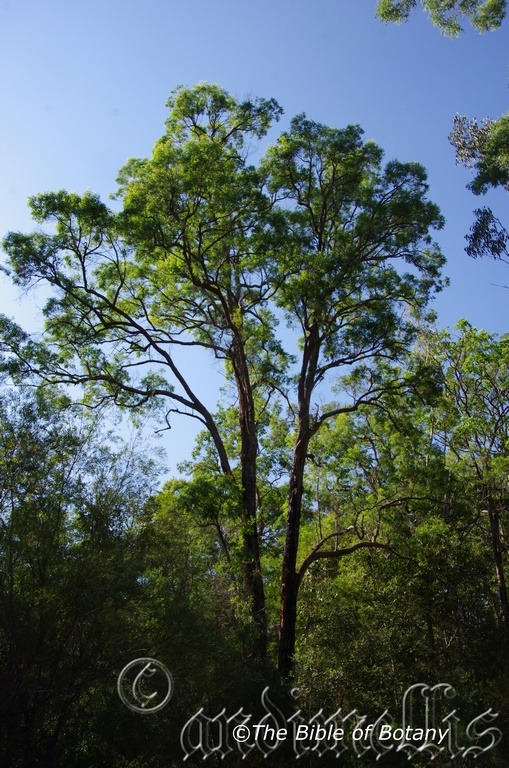
Fortis Creek National Park NSW
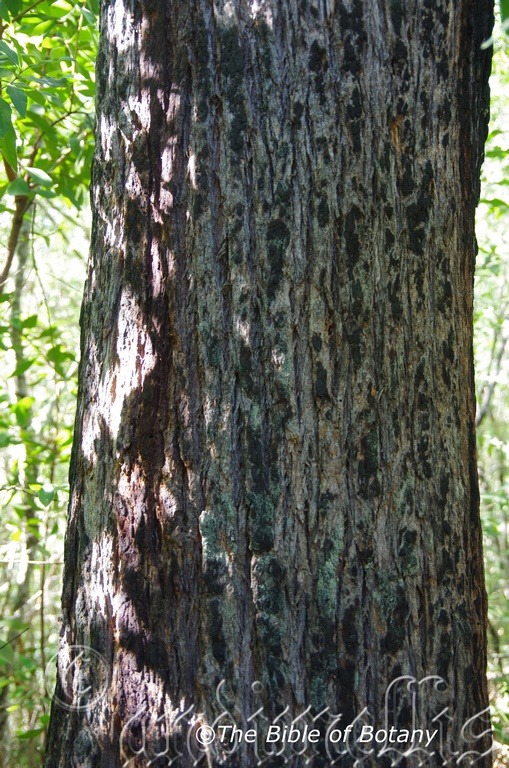
Fortis Creek National Park NSW
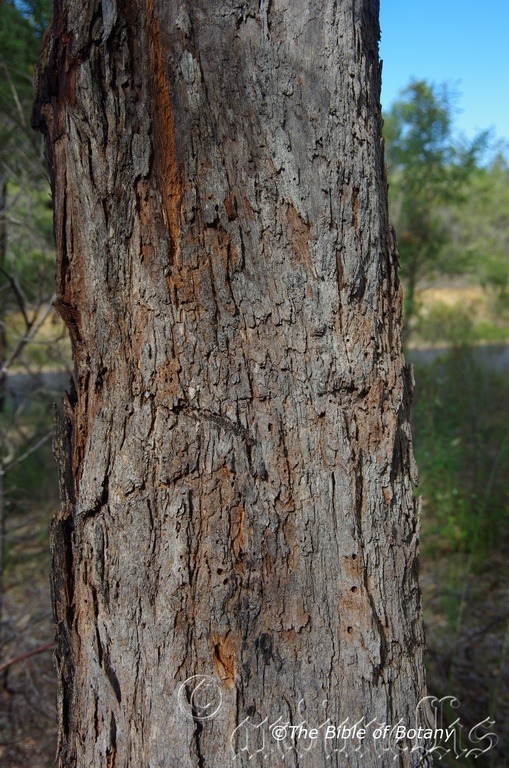
Fortis Creek National Park NSW

Fortis Creek National Park NSW
Grafton Casino road NSW
Grafton Casino road NSW
Grafton Casino road NSW
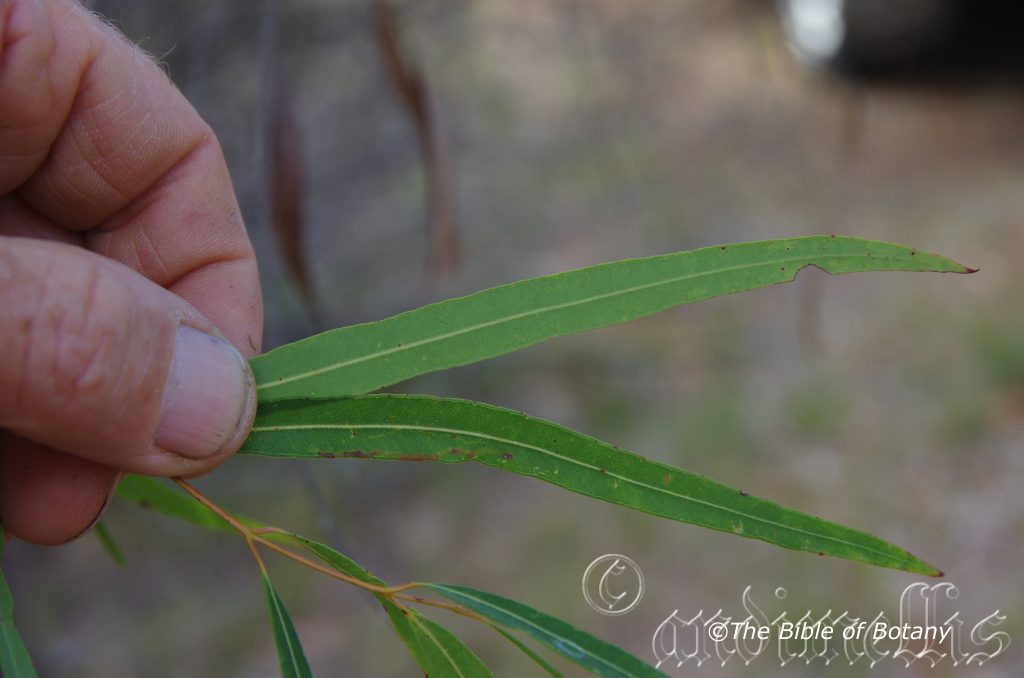
Fortis Creek National Park NSW
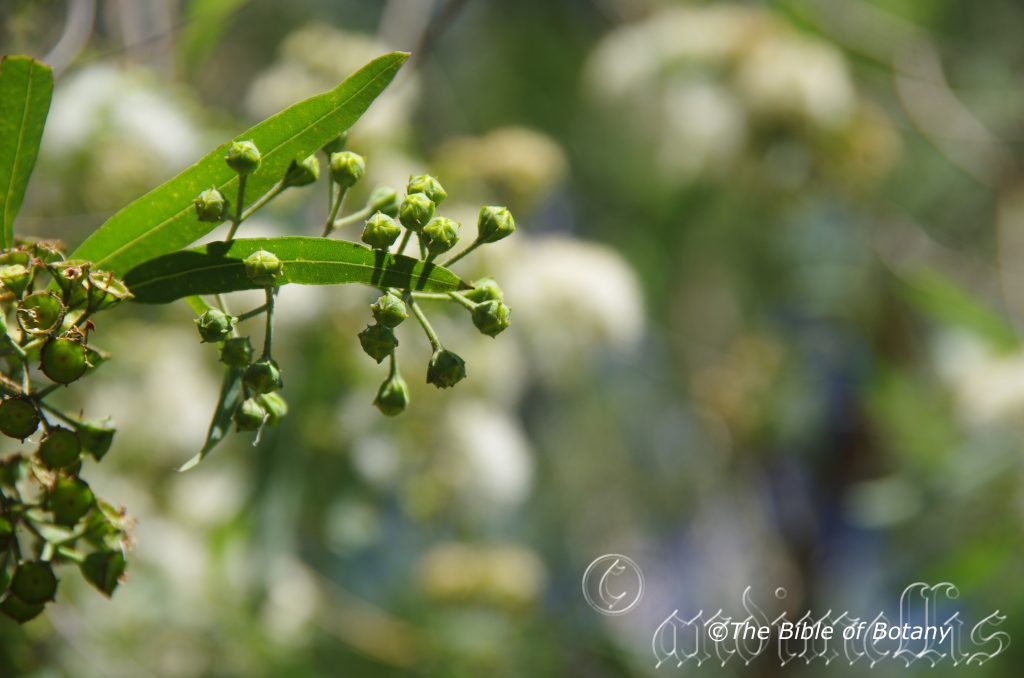
The Pinnacles NSW
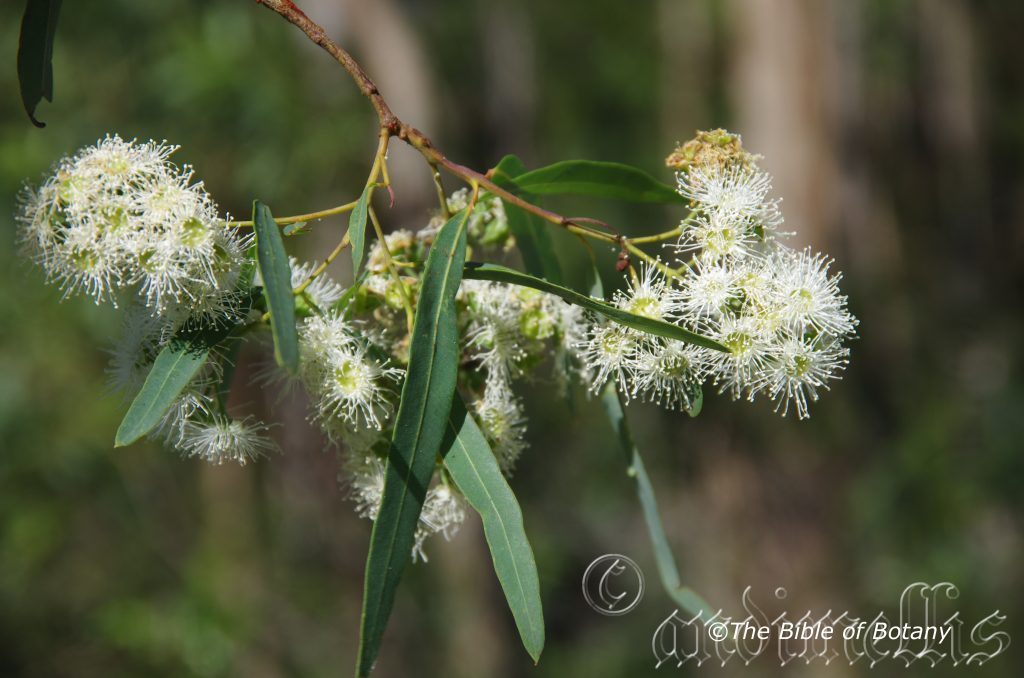
The Pinnacles NSW
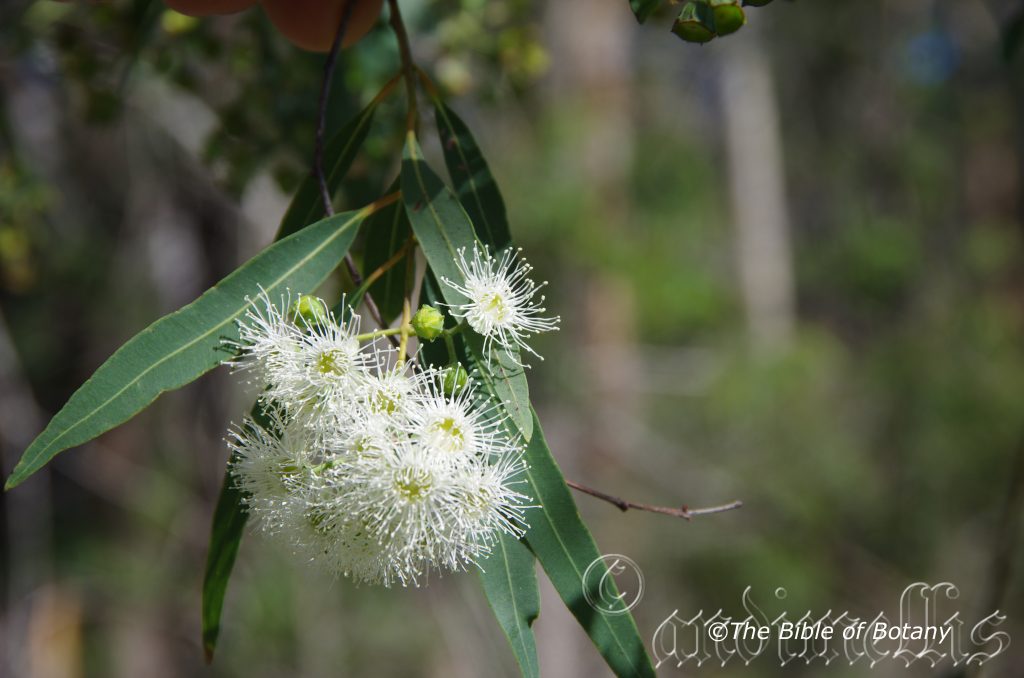
The Pinnacles NSW
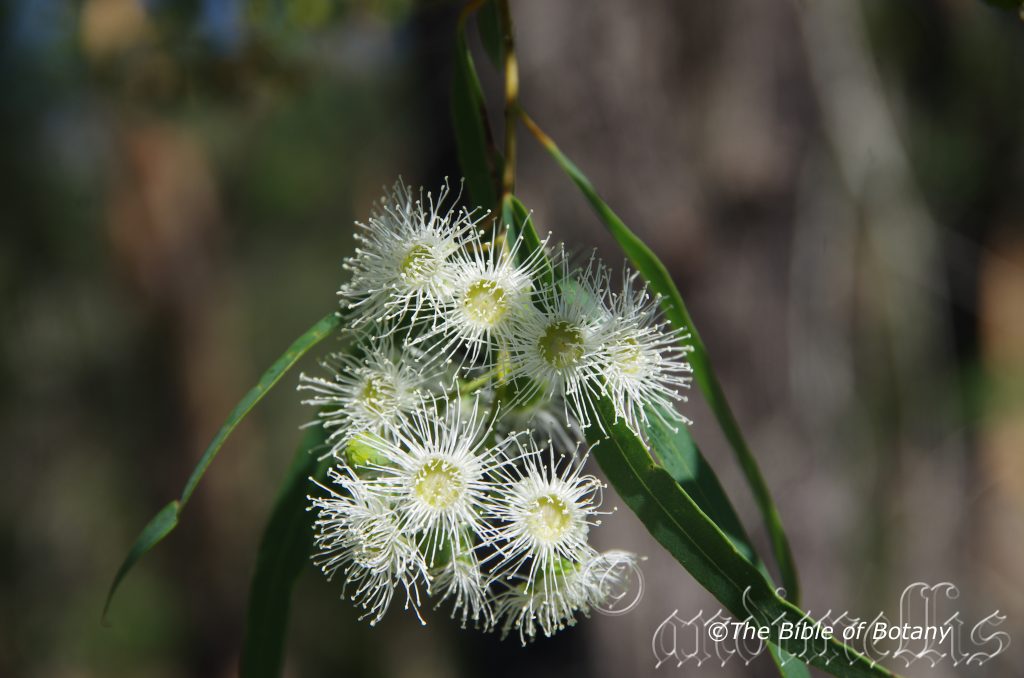
The Pinnacles NSW
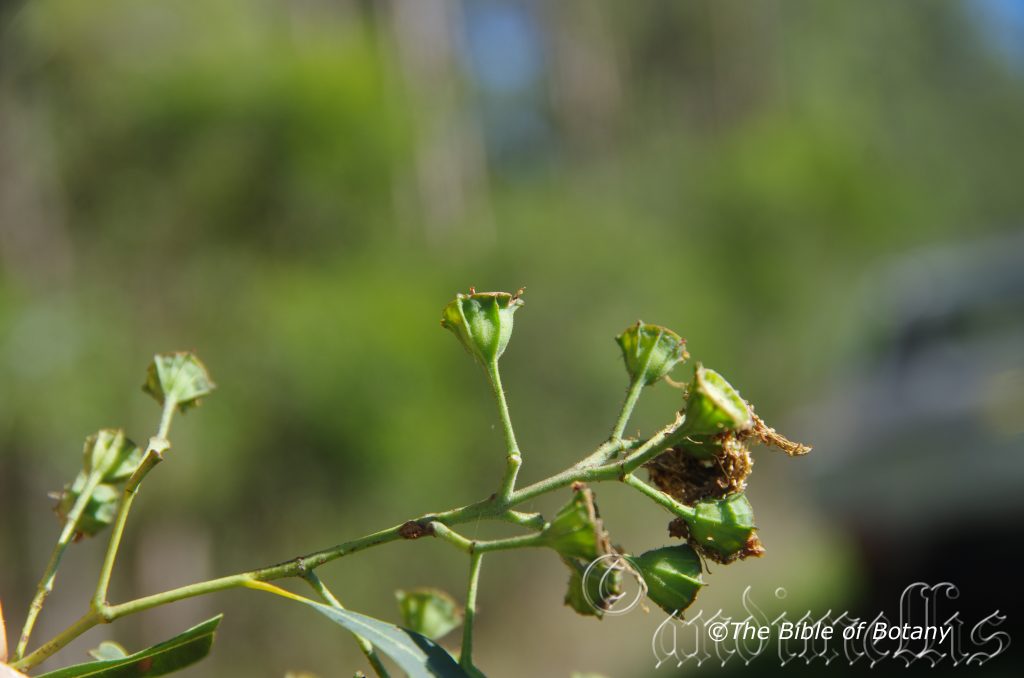
The Pinnacles NSW
Angophora paludosa
Classification:
Class: Rosids
Order: Myrtales
Family: Myrtaceae
Genus: From Angos, which is Ancient Greek for a goblet like vessel and Phoros/Pherein which is Ancient Greek for to bear or bearing. It refers to seed capsules, which look like goblets.
Specie: From Palas, which is Latin for wallums, swamps or marshes. It refers to the habitats, which are generally very wet as in wallums marshes or swamplands.
Sub specie:
Common Name:
Distribution:
Angophora paludosa is found in an arch north of Coffs Harbour through to Lismore including Grafton in north eastern New South Wales. It is found east of the Great Dividing Range.
https://avh.ala.org.au/occurrences/search?taxa=Angophora+paludosa#tab_mapView
Habitat Aspect Climate:
Angophora paludosa prefers full sun growing on deep alluvial type soils or deep sandy loams over sandstone. It prefers open woodlands on open plains. The altitude ranges from 25 meters ASL to 150 meters ASL.
The temperatures range from minus 4 degrees in July to 40 degrees in January.
The rainfalls range from lows of 750mm to an average of 1550mm annually.
Soil Requirements:
Angophora paludosa prefer fine silts to heavy silts. The soils are derived from alluvial deposits. The pH ranges from 4.5pH to 6pH. It does not tolerate waterlogged soils however the soils usually have seasonal high water tables. Non saline to moderately saline soils are tolerated as are salt laden winds.
Height & Spread:
Wild Plants: 10m x 16m to 8m x 12m.
Characteristics:
Angophora paludosa’s trunk is often crooked with a large dense crown up to 1/3 of its height. The pale grey to mid grey trunk is covered in a thick, rough shortly fibrous and generally furrowed bark to almost the small branches. Branchlets pale yellow-green to red-green and covered in short red hispid hairs.
The juvenile leaves of Angophora paludosa are similar to the epicormic leaves. Coppice or new leaves are oblong-lanceolate to elliptical opposite sessile and sparsely covered in white hirtellous hairs. They measure 60mm to 90mm in length by 10mm to 13mm in width. The hairs were reddish in colour contrasting the blue-green leaves.
Angophora opposite adult leaves are narrow lanceolate to lanceolate and measure 60mm to 100mm in length by 5mm to 10mm in width. The base is broad cuneate while the apex is tapering to narrow acute. The discolourous leaves are mid olive-green and glabrous on the upper lamina and paler below. The laminas are flat while the margins are entire or slightly undulating. The main vein is prominent on both laminas. The leaves are faintly penniveined. The petioles measure 3mm to 8mm in length. New leaves are purple-red sparsely covered in red hirtellus hairs when they first emerge.
The inflorescence of Angophora paludosa is a terminal umbel which has 12 to 20 flowers on each umbel. The peduncles and pedicels are pale blue-green to mid green and glabrous or sparsely covered in reddish hispid hairs. The peduncles measures 8mm to 20mm in length with the individual pedicels measuring 6mm to 16mm length.
The buds are ovoid or globose and measure 4mm to 5mm in length by 4mm to 6mm in diameter. The 5 orbicular, white petals measure 2.5mm to 3mm in length by 2.5mm to 3.5mm in width. The hypanthium is pale blue-green and faintly ribbed while the disc is pale blue-green to yellow-green.
The creamy white stamens are the main attraction when in full bloom and measure 15mm to 21mm diameter. Individual filaments are inflexed and measure 5mm to 8mm in length.
The long style has a blunt stigma. There are 3 or 4 locules. Flowering occurs from mid-December through to mid-January.
Angophora paludosa’s mature fruits are ovoid and measure 8mm to 10mm in length by 8mm to 10mm in diameter. They have 6 to 8 vertical ribs at the corners. The disc is level with the lip of the hypanthia. The brown seeds are flattened and ellipsoidal. They measure 3mm to 5mm in diameter including the flat papery wing that surrounds the seed.
Wildlife:
Angophora paludosa is a favourite tree for most honey eaters and lorikeets as well as many nectar eating and pollen eating insects which in return attract many insect eating birds when in flower. Many of the fruits are chewed which would indicate to me that the Black Cockatoo, White Cockatoo or another large parrot eats the seeds.
Cultivation:
Angophora paludosa should make an interesting tree in a large garden where it will grow more upright than other Angophoras. Trees growing in the open around Grafton have a dense canopy. It can be used to create good park like garden scenes because of their stately manner. Angophora paludosa is slow growing at first but once established makes steady growth. In cultivation they will grow from 10 meters to 15 meters in height by 7 meters to 12 meters in diameter when grown in the open. Do not plant the trees near buildings as they could drop large branches especially after long periods of drought when good ground moisture again is available causing strong flushes in growth.
The trees would make very strong accent trees in front of low set commercial or industrial sheds where they will break up hard rigid architectural lines and give warmth and breadth to a building. In front of high rise buildings they give balance especially where they could be grown in curves. Trees also look when lining long straight avenues or parks.
It could certainly be used for bonsai plants.
Propagation:
Seeds: Angophora paludosa tree should be easy to propagate if fresh seed can be obtained. Angophora paludosa can be sown directly into a seed raising mix. Cover the seeds with 1mm of fine sand and place the trays in full sun. Keep the trays moist not wet as damping off could become a problem.
When the seedlings are 40mm to 50 mm tall, prick them out and plant them into 50mm native tubes using a seed raising mix.
Once the seedlings reach 200mm to 250mm in height plant them out into their permanent position.
Fertilize using Seaweed, fish emulsion or organic chicken pellets soaked in water on an alternate basis. Fertilize every two months until the plants are established then annually in early September or March to maintain health, vitality and better flowering.
Further comments from readers:
Hi reader, it seems you use The Bible of Botany a lot. That’s great as we have great pleasure in bringing it to you! It’s a little awkward for us to ask, but our first aim is to purchase land approximately 1,600 hectares to link several parcels of N.P. into one at The Pinnacles NSW Australia, but we need your help. We’re not salespeople. We’re amateur botanists who have dedicated over 30 years to saving the environment in a practical way. We depend on donations to reach our goal. If you donate just $5, the price of your coffee this Sunday, We can help to keep the planet alive in a real way and continue to bring you regular updates and features on Australian plants all in one Botanical Bible. Any support is greatly appreciated. Thank you.
In the spirit of reconciliation we acknowledge the Bundjalung, Gumbaynggirr and Yaegl and all aboriginal nations throughout Australia and their connections to land, sea and community. We pay our respect to their Elders past, present and future for the pleasures we have gained.
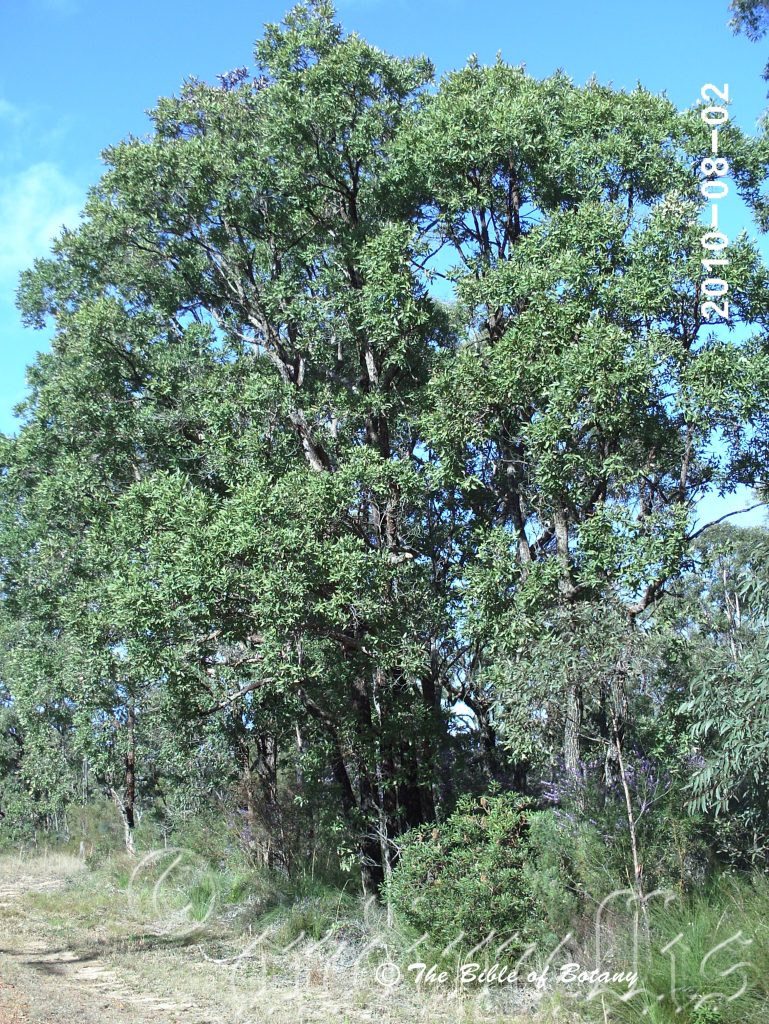
Glenreagh NSW
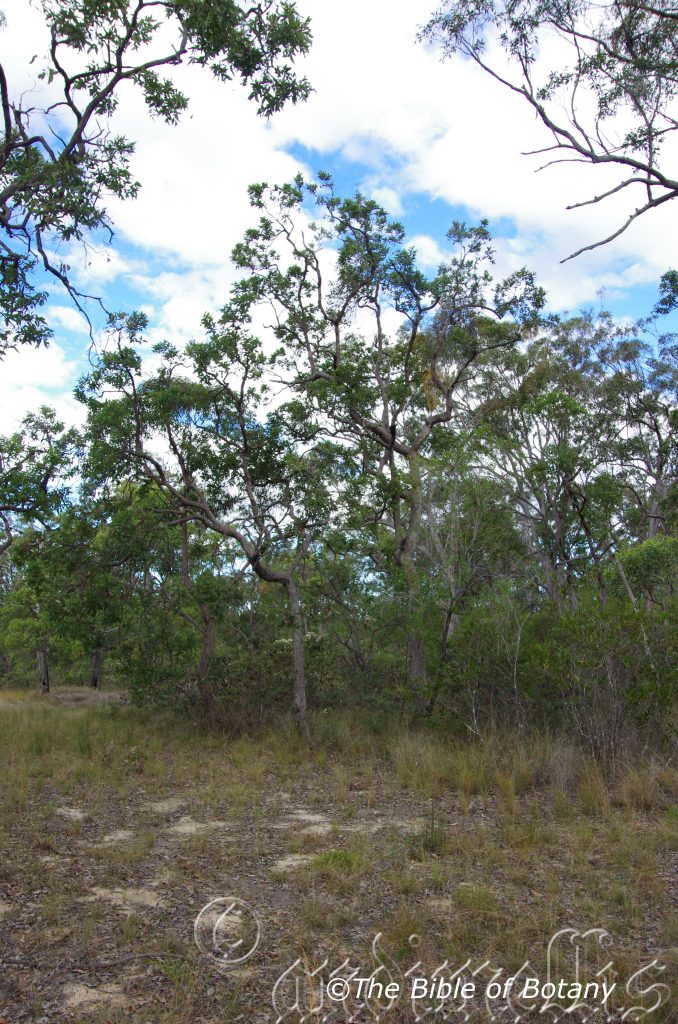
The Pinnacles NSW
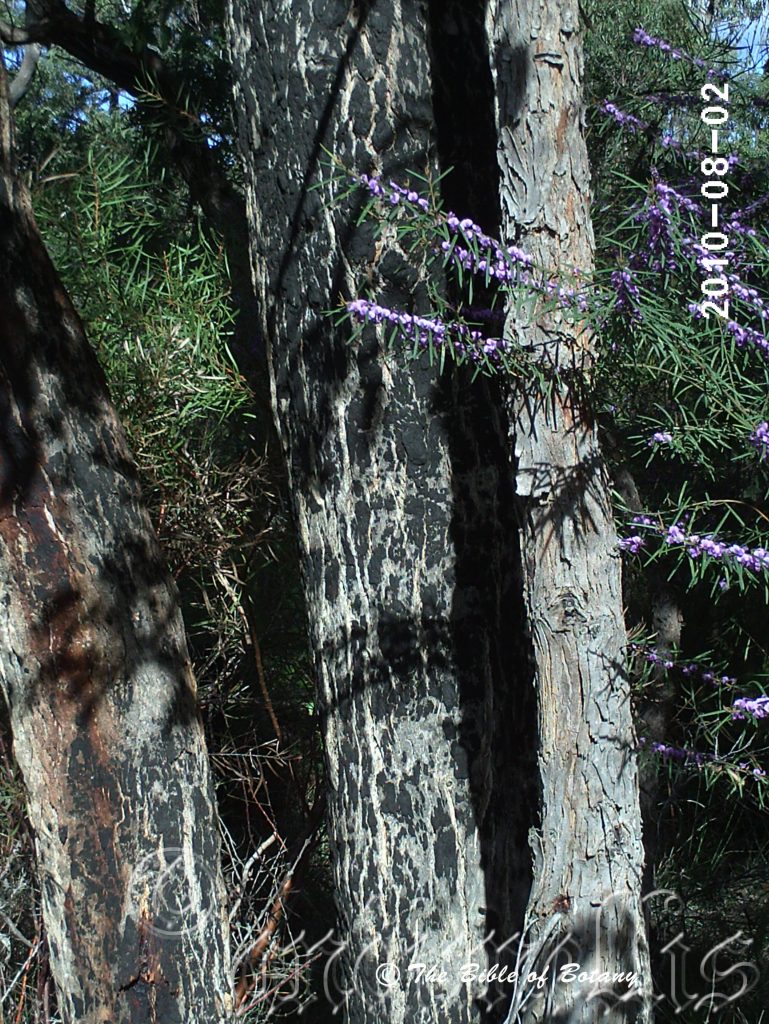
Glenreagh NSW
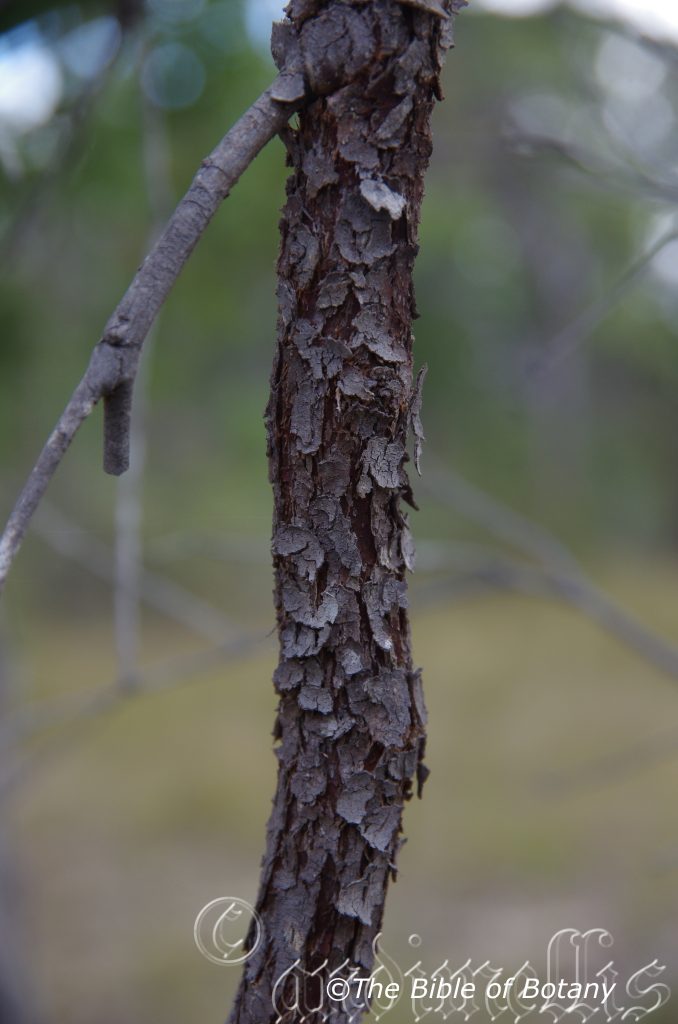
The Pinnacles NSW
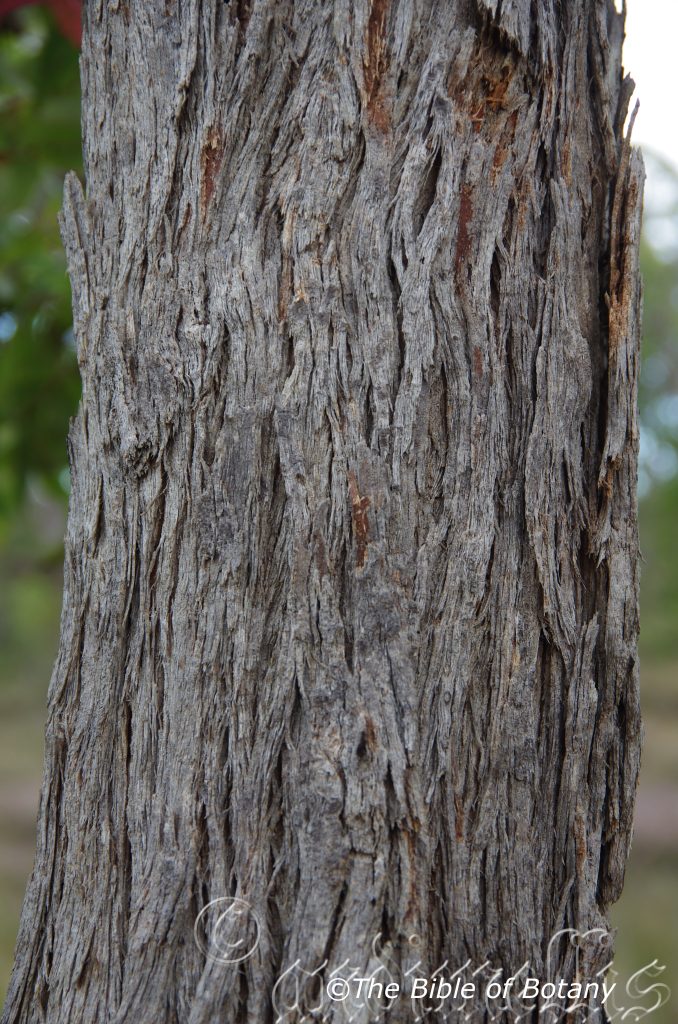
The Pinnacles NSW
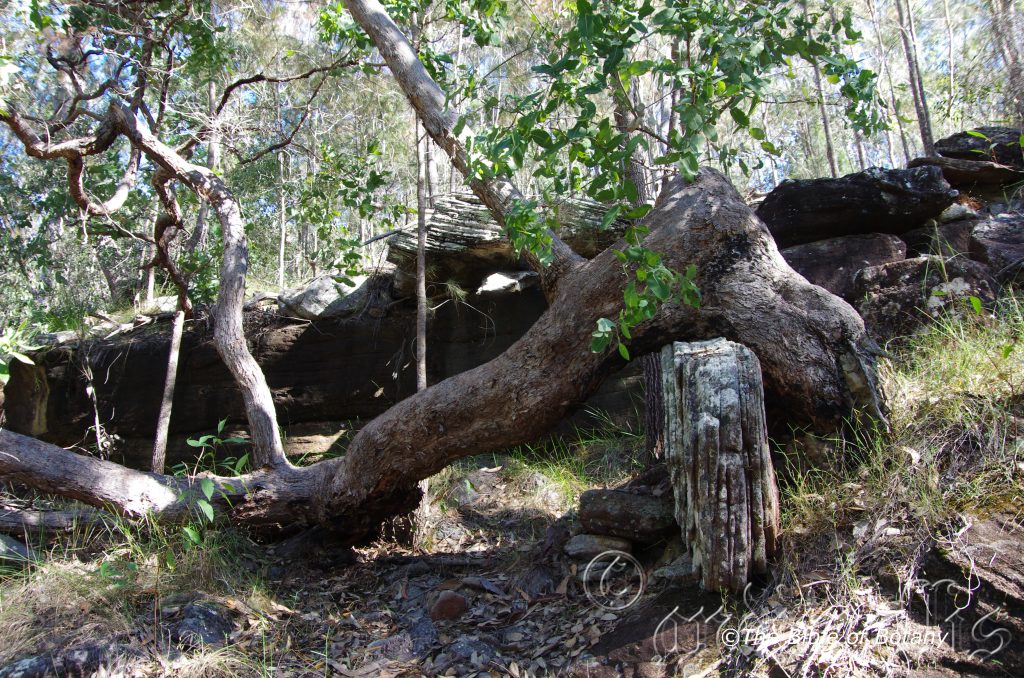
The Pinnacles NSW
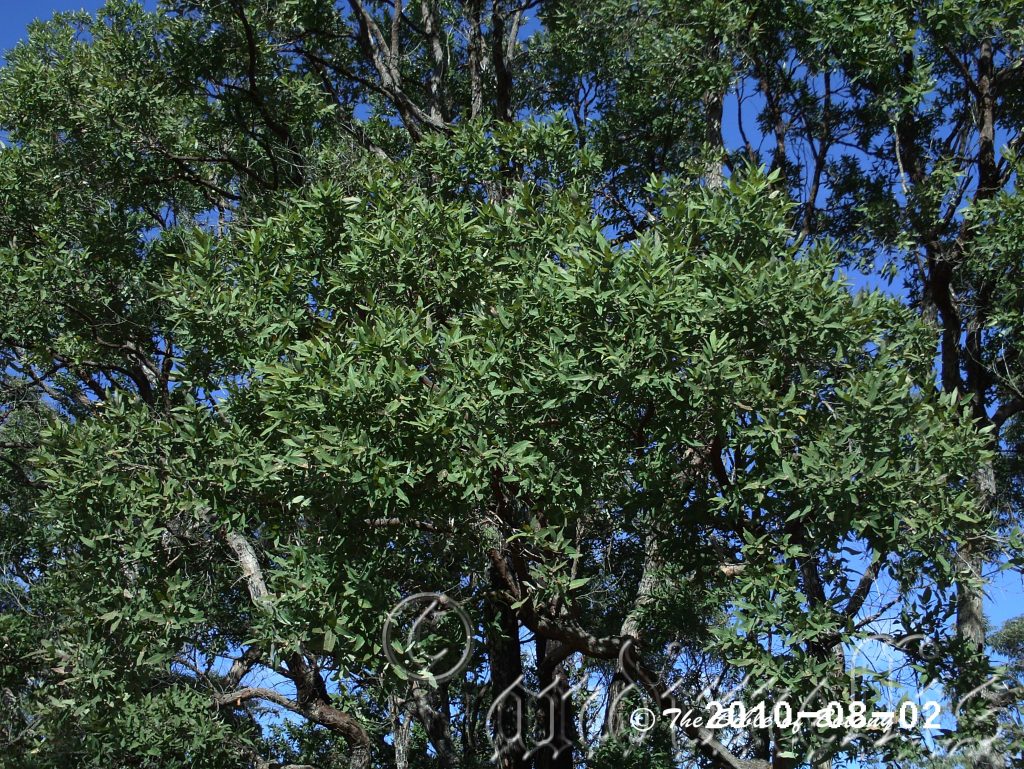
Glenreagh NSW
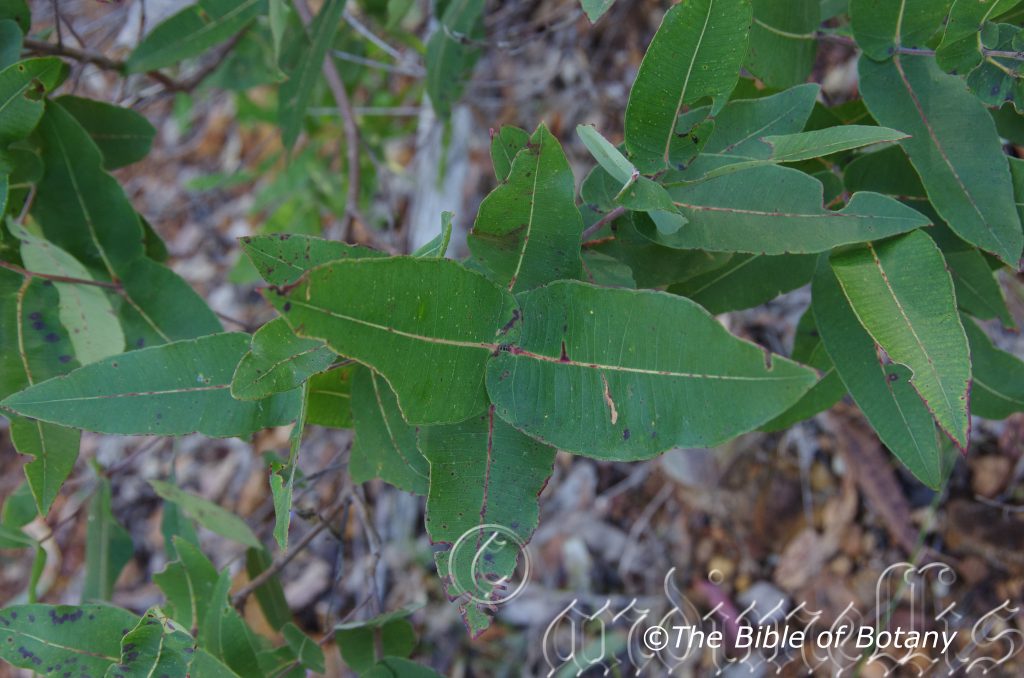
Fortis Creek National Park NSW
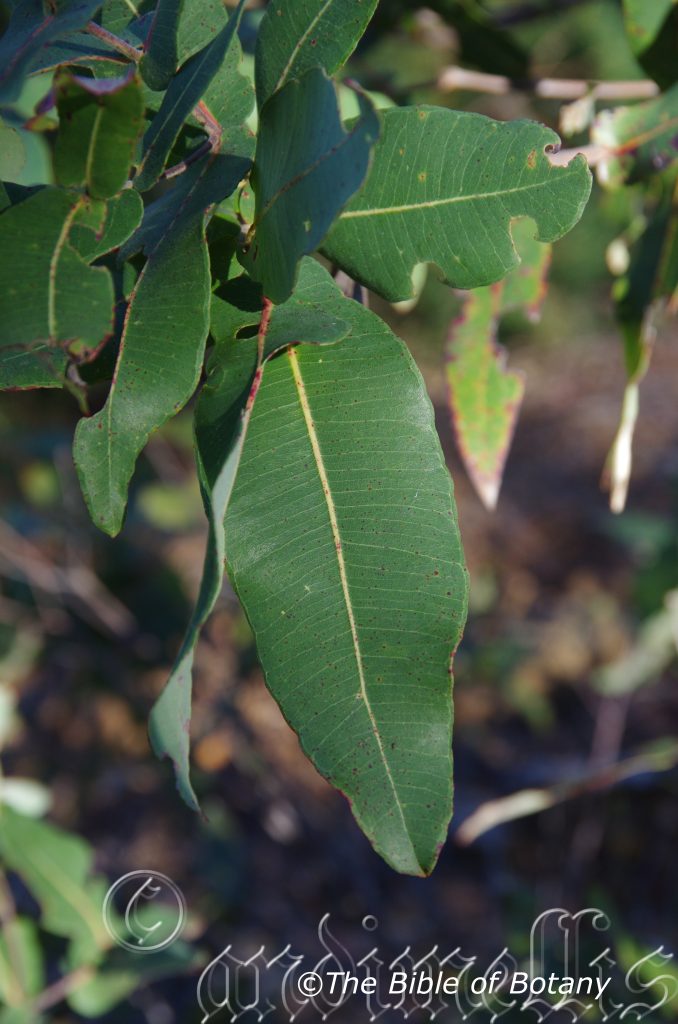
Fortis Creek National Park NSW
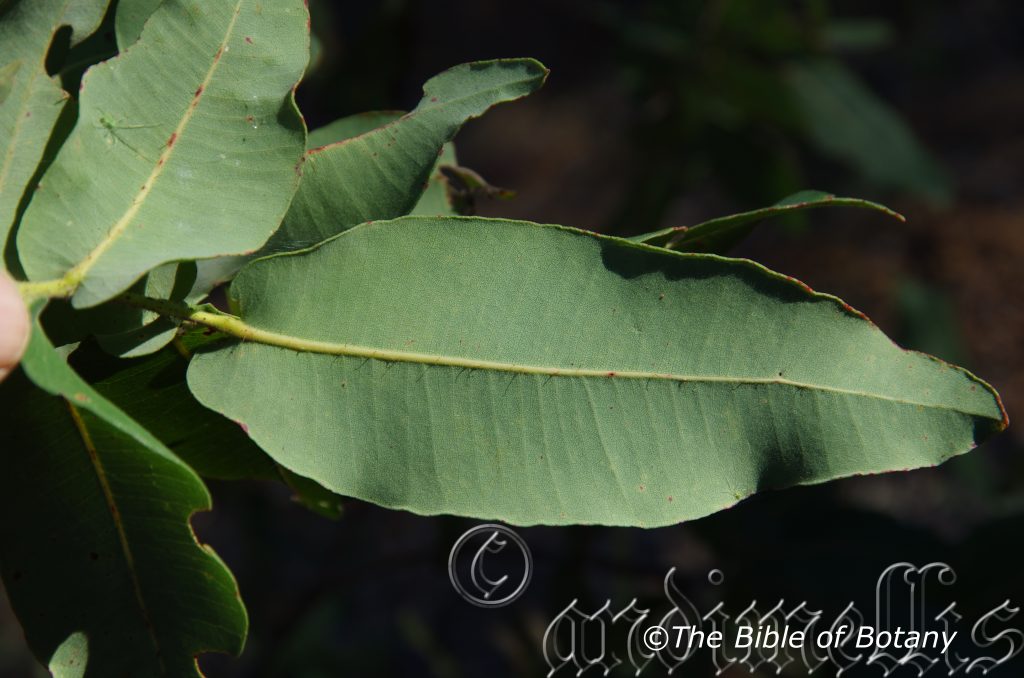
Sherwood Nature Reserve NSW
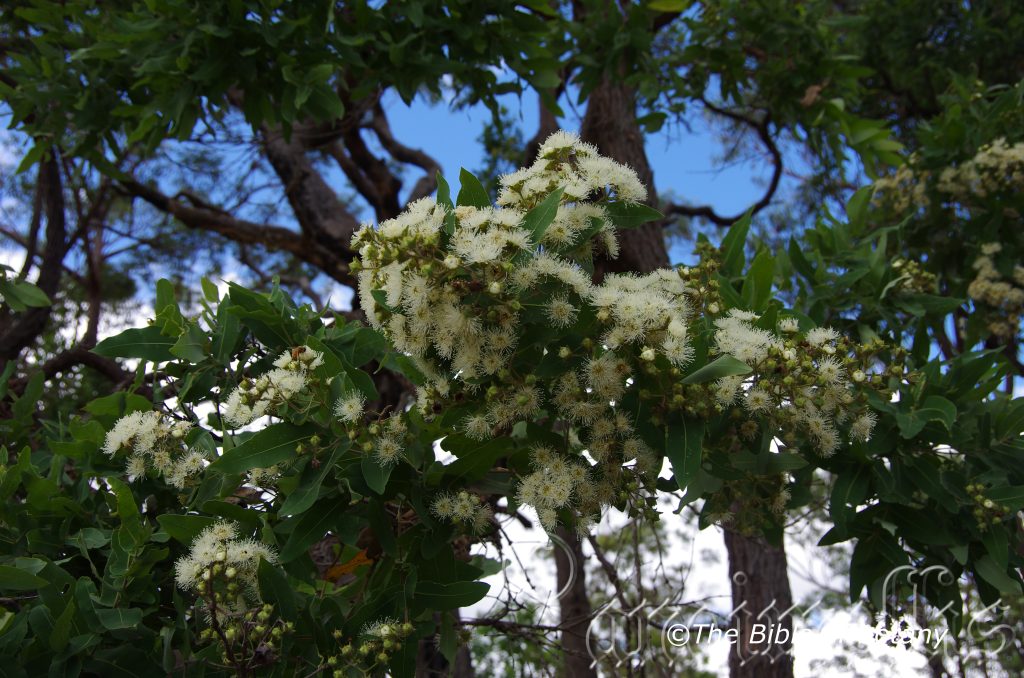
Kremnos NSW
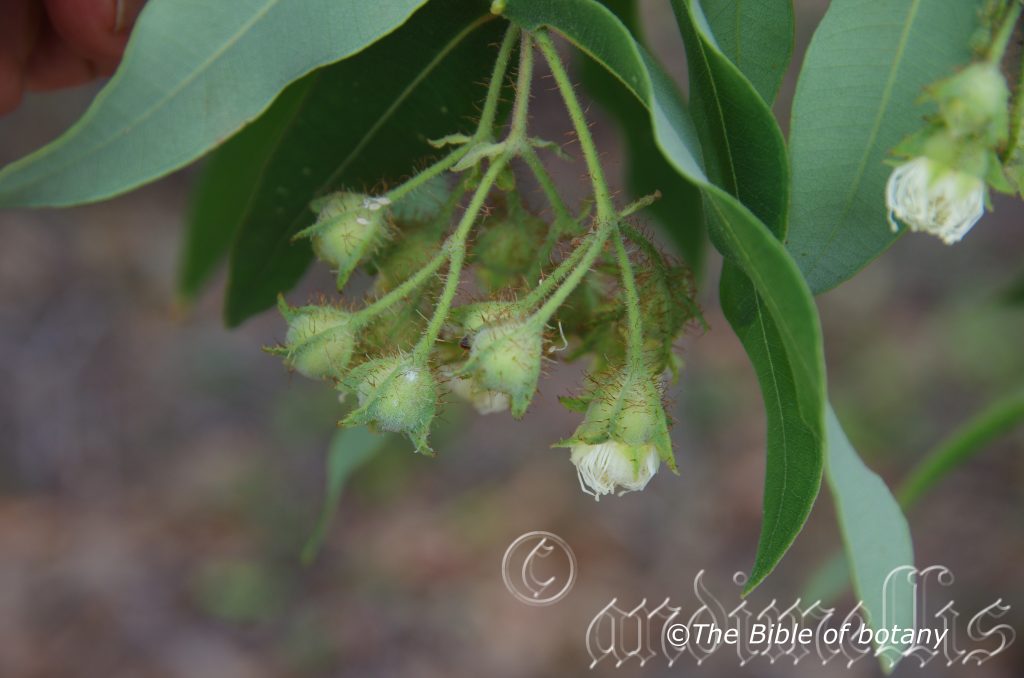
Kremnos NSW
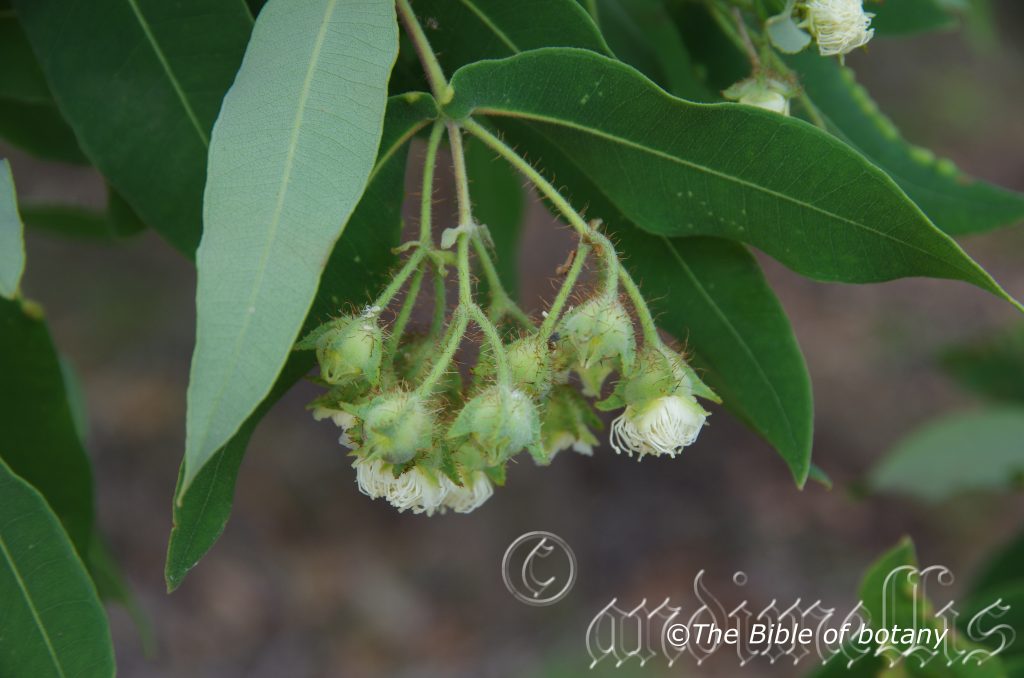
Kremnos NSW
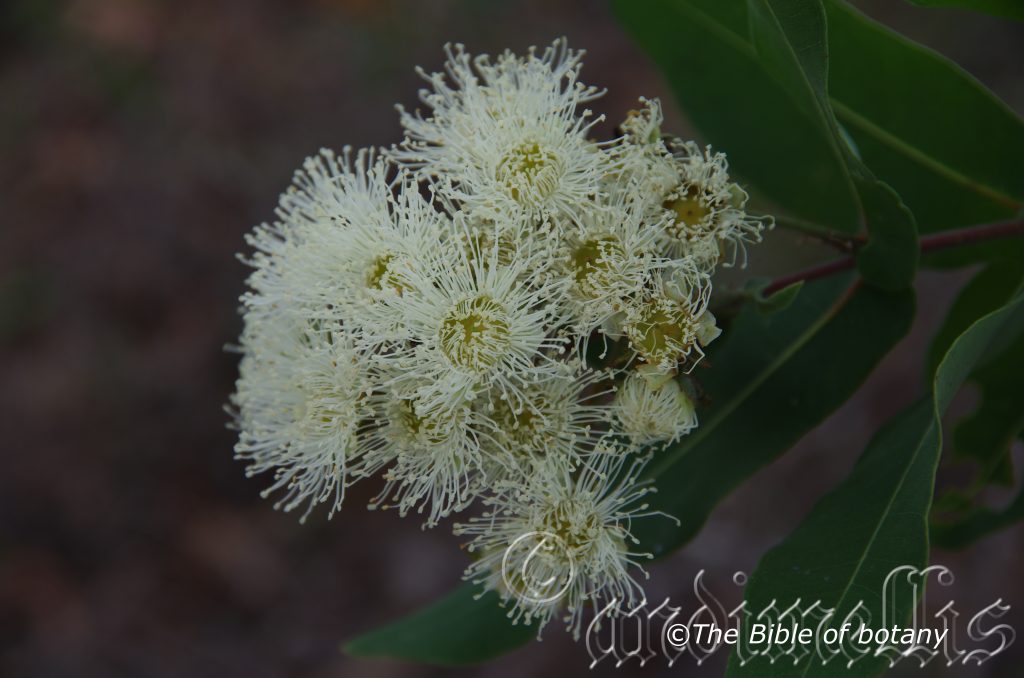
Kremnos NSW
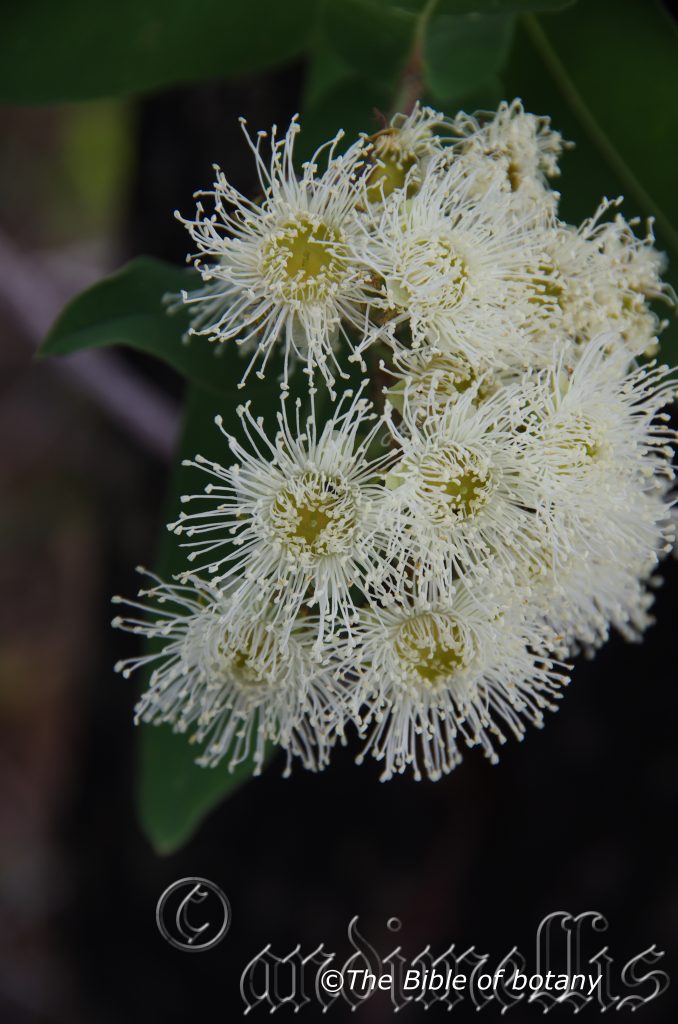
Kremnos NSW
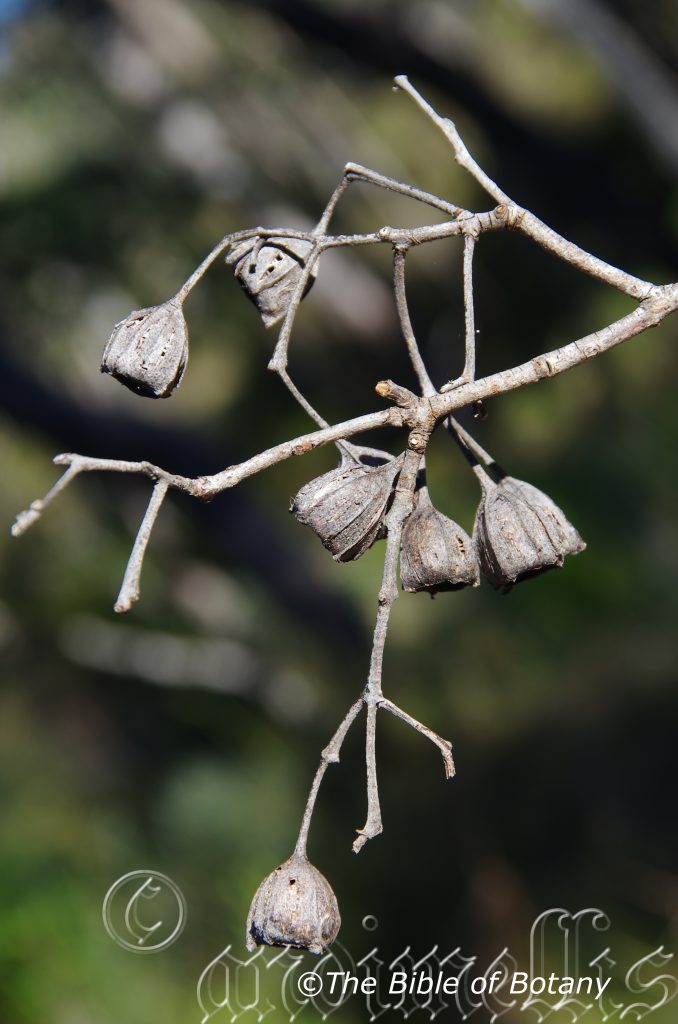
Fortis Creek National Park NSW
Angophora robur
Classification:
Class: Rosids
Order: Myrtales
Family: Myrtaceae
Genus: From Angos, which is Ancient Greek for a goblet like vessel and Phoros/Pherein which is Ancient Greek for to bear or bearing. It refers to seed capsules, which look like goblets.
Specie: From Robustum, which is Latin for strong and hard as in Oak. It refers to timbers, trunks, branches or stems which are hard and strong.
Sub specie:
Common Name.
Distribution:
Angophora robur is listed as vulnerable under the Australian Government Environment Protection and Biodiversity Conservation act 1999.It has restricted distribution south of Glenreagh to North West Grafton.
https://avh.ala.org.au/occurrences/search?taxa=Angophora+robor#tab_mapView
Habitat Aspect Climate:
Angophora robur prefers full sun. It is the dominant tree in height growing in the valley between sandstone cliffs north of Glenreagh. The understory includes Banksia oblongifolia, Xanthorrhoea latifolia and Pultenaea villosa, which all prefer a dry sclerophyll type forest. The altitude ranges from 60 meters ASL to 250 meters ASL.
The temperatures range from lows of minus 2 degrees in July to 38 degrees in December and January.
The rainfalls range from lows of 650mm to an average of 1100mm annually.
Soil Requirements:
Angophora robur is only found on poor, deep soils derived from decomposed sandstone soils overlying sandstone. The PH ranges from 5.5 to 6. It does not tolerate waterlogged soils however the soils are very soggy during the wet season but quickly drain after the rains halt. Non saline to very saline soils are tolerated.
Height & Spread:
Wild Plants: 8m to 10m by 8m to 10m.
Characteristics:
This is a small spreading tree which forms a lignotuber. The trunk has a gnarled appearance and is covered in a thick fibrous ash grey to grey brown bark to the small branches.
The opposite coppice and juvenile leaves are oblong sessile and pubescent. They measure 80mm to 90mm in length by 30mm to 40mm in width. It is covered in reddish-purple hirsute hairs contrasting the mid aqua-green leaves.
The adult leaves are opposite, oblong to elliptical and measure 70mm to 90mm in length by 25mm to 50mm in width. The base is truncate, contorted and sessile while the apex is narrow acute. The margins are entire and flat or irregularly undulating.
The inflorescence of Angophora robur is a loose terminal umbel which has 3 to 7 flowers an umbel. The peduncle is 20mm long with the individual pedicels measuring 10mm to 16mm in length. Buds rise from the pedicels to form an almost square hypanthia which is covered in course white hirtellus hairs. The buds are 5mm to 6mm long from pedicel to where the tepals start and rise a further 5mm to 6mm to the apex. The top of the hypanthium measures 7mm across with longitudinal ribs.
The creamy white stamens are the main attraction when in full bloom and measure 25mm to 30mm in diameter. Individual filaments measure 18mm to 20mm in length and are inflexed. The oblong anther’s, dehisce longitudinally. The long style ends with a blunt style with 3 or 4 locules. Flowering occurs in December.
The mature fruits Angophora robur are cup shaped or campanulate held on a 20mm long pedicel. They measure 20mm to 22mm in length and measure 20mm to 22mm across the top of the hypanthia retaining the square shape. They have strong vertical ribs at the corners from the hypanthium down to the pedicel. There are two fainter ribs between the edge ribs one either side of a distinct center rib. The red brown seeds are flattened ellipsoidal samaras, meaning the seed is surrounded by a flat papery wing.
Wildlife:
Angophora robur is a favourite tree for many honey eaters and lorikeets when in flower. Many of the fruits are chewed which would indicate that either the Yellow Tailed Black Cockatoo or the White Cockatoo, both or another large parrot eats the seeds.
Cultivation:
Angophora robur will make an interesting tree in a large garden where it can spread its limbs and deliver the gnarled look that many Angophoras are known for. They can be used to create good park like gardens because of their spread. Angophora robur is slow growing at first but once established makes steady growth.
Under cultivated conditions trees would probably attain a height of 8meters to 10 meters with a similar spread.
Propagation:
Seeds: The tree should be easy to propagate if fresh seed can be obtained.
Angophora robur can be sown directly into a seed raising mix. Cover the seeds with 1mm of fine sand and place the trays in full sun. Keep the trays moist not wet as damping off could become a problem.
When the seedlings are 40mm to 50 mm tall, prick them out and plant them into 50mm native tubes using a seed raising mix.
Once the seedlings reach 200mm to 250mm in height plant them out into their permanent position. (These notes on propagation are relying on results obtained from growing Angophora subvelutina)
Fertilize using Seaweed, fish emulsion or organic chicken pellets soaked in water on an alternate basis. Fertilize every two months until the plants are established then annually in early September or March to maintain health, vitality and better flowering.
Further comments from readers:
Hi reader, it seems you use The Bible of Botany a lot. That’s great as we have great pleasure in bringing it to you! It’s a little awkward for us to ask, but our first aim is to purchase land approximately 1,600 hectares to link several parcels of N.P. into one at The Pinnacles NSW Australia, but we need your help. We’re not salespeople. We’re amateur botanists who have dedicated over 30 years to saving the environment in a practical way. We depend on donations to reach our goal. If you donate just $5, the price of your coffee this Sunday, We can help to keep the planet alive in a real way and continue to bring you regular updates and features on Australian plants all in one Botanical Bible. Any support is greatly appreciated. Thank you.
In the spirit of reconciliation we acknowledge the Bundjalung, Gumbaynggirr and Yaegl and all aboriginal nations throughout Australia and their connections to land, sea and community. We pay our respect to their Elders past, present and future for the pleasures we have gained.
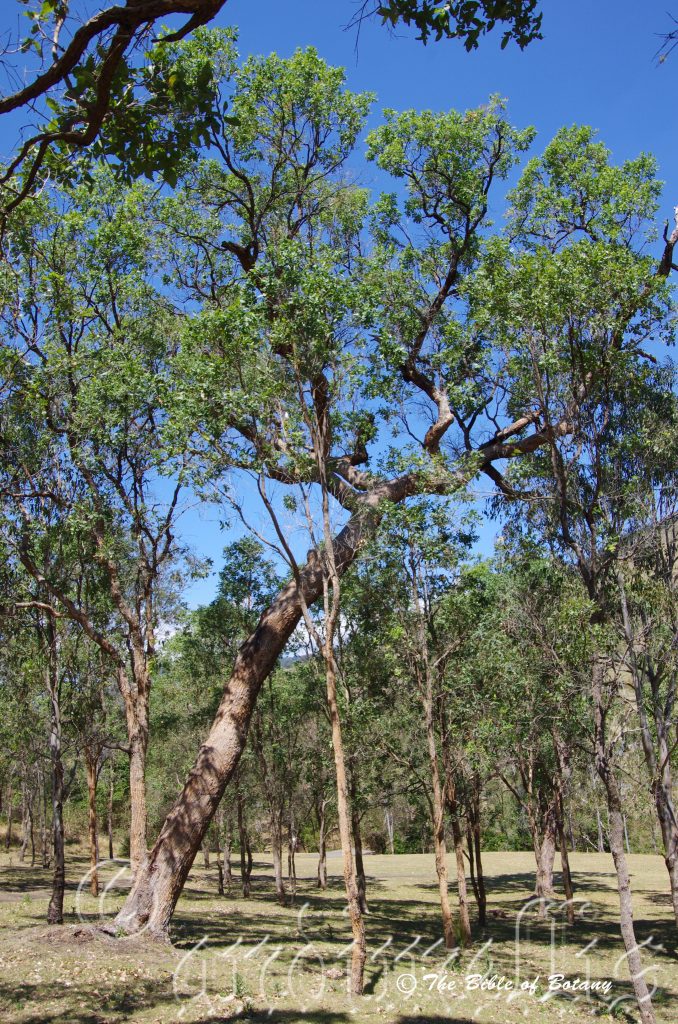
Running Creek Qld.
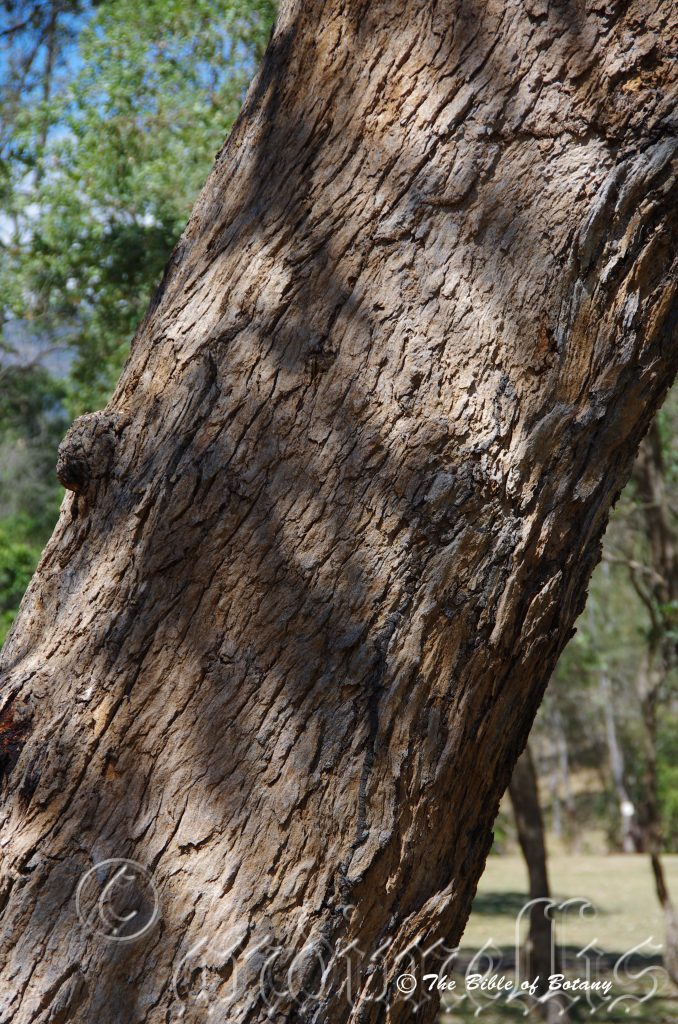
Running Creek Qld.
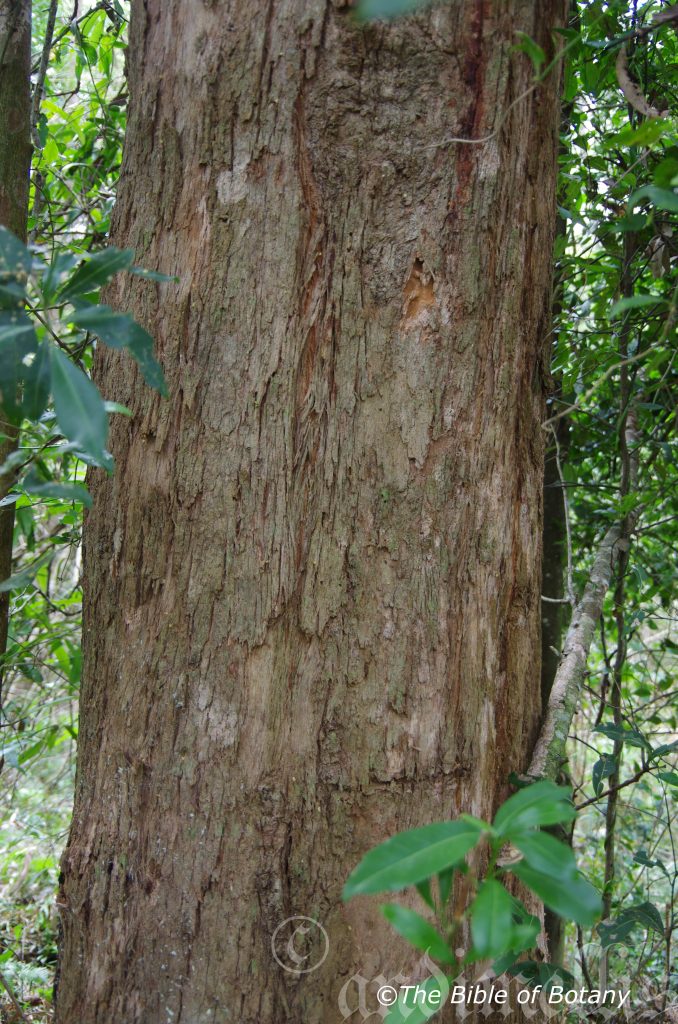
Pillar Valley NSW
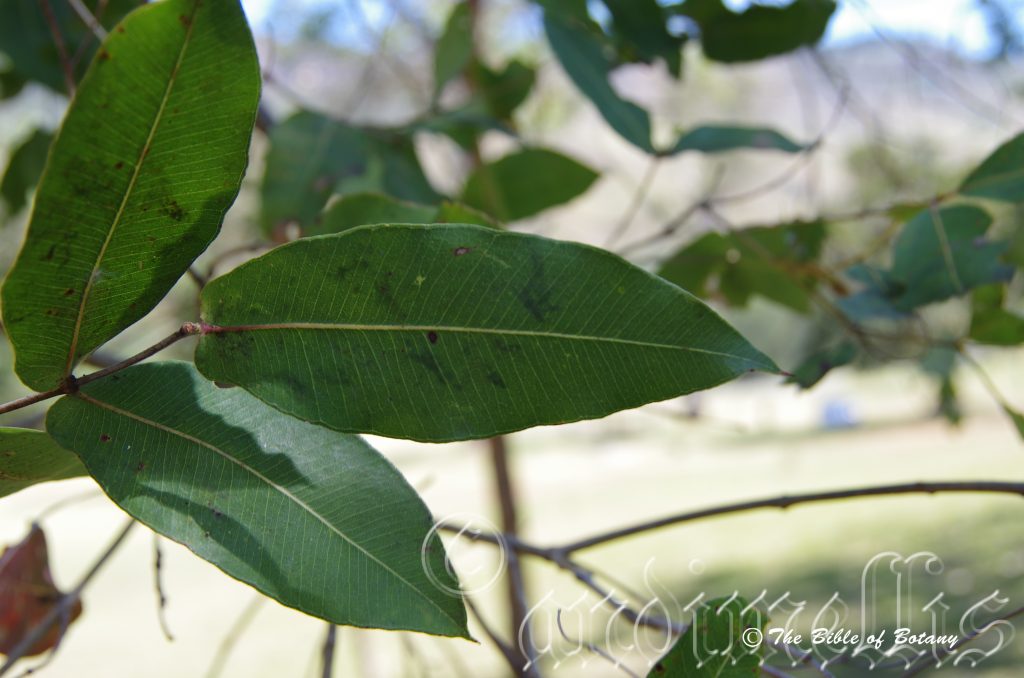
Running Creek Qld.
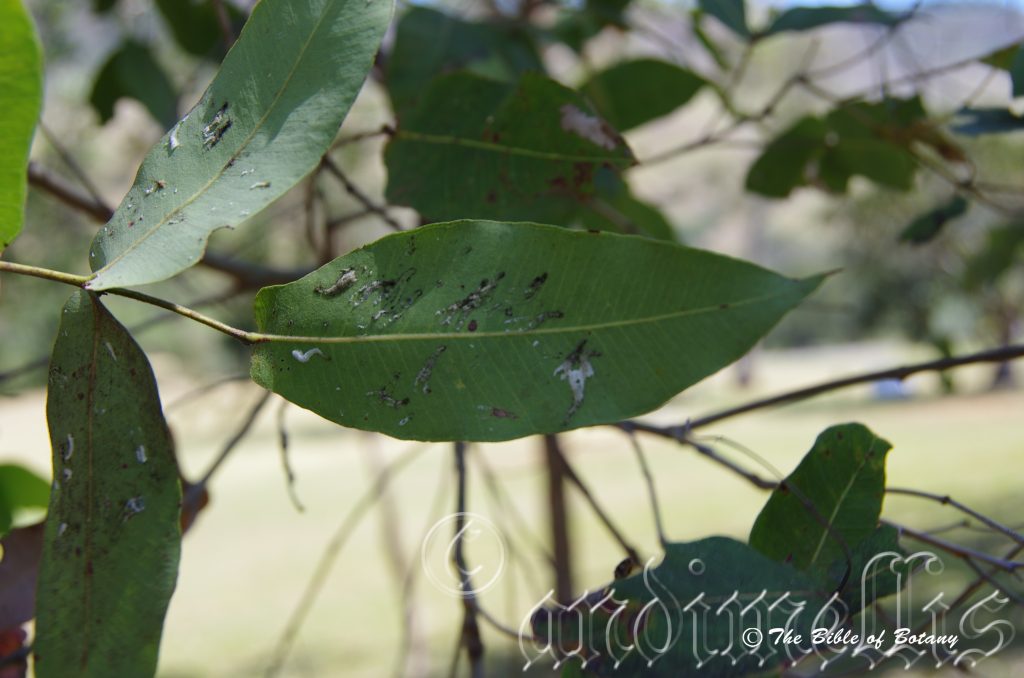
Running Creek Qld.
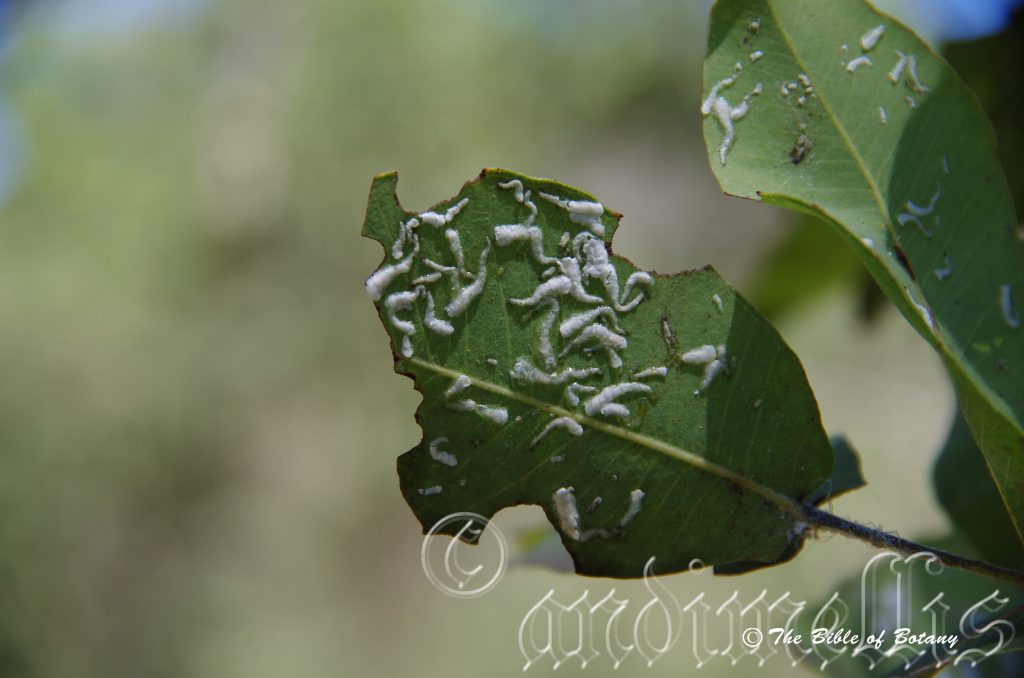
Running Creek Qld.
Angophora subvelutina
Classification:
Class: Rosids
Order: Myrtales
Family: Myrtaceae
Genus: From Angos, which is Ancient Greek for a goblet like vessel and Phoros/Pherein which is Ancient Greek for to bear or bearing. It refers to seed capsules, which look like goblets.
Specie: From Sub, which is Ancient Greek/Latin for below or lower and Velutinus, which is Latin for velvet. It refers to a plant structure or organs, which are somewhat velvety to touch.
Sub specie:
Common Name: Broad Leaf Apple.
Distribution: Angophora subvelutina is found south from south eastern Queensland to Araluen in southern New South Wales. It is found on both sides of the Great Dividing Range.
https://avh.ala.org.au/occurrences/search?taxa=Angophora+subvelutina#tab_mapView
Habitat Aspect Climate:
Angophora subvelutina prefers full sun. It is often the dominant tree in its communities. It usually grows in open woodlands. The altitude ranges from 50 meters ASL to 800 meters ASL.
Temperatures range from minus 4 degrees in July to 37 degrees in January.
Rainfalls range from lows of 450mm to an average of 1250mm annually.
Soil Requirements:
Angophora subvelutina prefer coarse, sand, sandy loams to medium clays. The soils are usually derived from decomposed sandstones. The pH ranges from 4.5pH to 6pH. It does not tolerate waterlogged soils however the soils usually have seasonal high water tables. None saline to very saline soils are tolerated as are salt laden winds.
Height & Spread:
Wild Plants: 5m to 20m by 4m to 12m.
Characteristics:
Angophora subvelutina has an unusual characteristic for such a large tree in that it develops a lignotuber. The trunk is often crooked with a large dense crown up to 1/3 of its height. The trunk is covered in a thick fibrous grey brown bark to the small branches.
The juvenile leaves of Angophora subvelutina are ovate-elliptical to lanceolate and similar to the epicormic leaves. Coppice or new leaves are oblong lanceolate to elliptical opposite sessile and sparsely to moderately covered in white pulverulent hairs. They measure 150mm to 350mm in length by 30mm to 65mm in width.
Angophora subvelutina‘s adult sessile leaves are opposite and carried on 0.5mm to 2mm petioles. The lamina is oblong measuring 60mm to 120mm in length by 30mm to 50mm in width. The base is amplexicaulis while the apex is acute to obtuse. The discolourous leaves are mid olive green on the upper lamina and paler below. New leaves are sparsely covered in white velutinous hairs. The oil glands are islands between the lateral veins.
The inflorescence of Angophora subvelutina is a terminal umbel which has 20 to 25 flowers on each umbel. The pedunculum measures 5mm to 30mm in length with the individual pedicels measuring 3mm to 4mm length. Both the pedunculum and the peduncle are densely covered in white hirtellus hairs. The creamy white stamens are the main attraction when in full bloom and measure 20mm to 25mm diameter. Individual filaments measure 14mm to 18mm in length. The oblong anthers are dehiscing longitudinally and are inflexed on the filament. The long style ends with a blunt style with 3 or 4 locules. Flowering occurs in mid-December although some flowers may occur in late November through to early January.
Angophora subvelutina’s mature fruits are cup shaped or campanulate held on a 10mm to 12mm long pedicel. It is 8mm to 10mm in length and the same across retaining the octagonal shape at the top of the hypanthium. They have 4 vertical ribs at the corners. The brown seeds are flattened ellipsoidal samaras, and measure 5mm to 8mm in diameter including the flat papery wing that surrounds the seed.
Wildlife:
Angophora subvelutina is a favourite tree for many honeyeaters and lorikeets when in flower. Many of the fruits are chewed which would indicate to me that the Black Cockatoo, White Cockatoo or another large parrot eats the seeds.
Cultivation:
Angophora subvelutina will make an interesting tree in a large garden where it can spread its limbs and deliver the gnarled look that many Angophoras are known for. It can be used to create good park like gardens because of their spread. Angophora subvelutina is slow growing at first but once established makes steady growth.
Under cultivated conditions trees would attain a height of 8 meters to 10 meters with a similar spread.
Propagation:
Seeds: The tree should be easy to propagate if fresh seed can be obtained. Angophora subvelutina can be sown directly into a seed raising mix. Cover the seeds with 1mm of fine sand and place the trays in full sun. Keep the trays moist not wet as damping off could become a problem.
When the seedlings are 40mm to 50 mm tall, prick them out and plant them into 50mm native tubes using a seed raising mix.
Once the seedlings reach 200mm to 250mm in height plant them out into their permanent position.
Fertilize using Seaweed, fish emulsion or organic chicken pellets soaked in water on an alternate basis. Fertilize every two months until the plants are established then annually in early September or March to maintain health, vitality and better flowering.
Further comments from readers:
Hi reader, it seems you use The Bible of Botany a lot. That’s great as we have great pleasure in bringing it to you! It’s a little awkward for us to ask, but our first aim is to purchase land approximately 1,600 hectares to link several parcels of N.P. into one at The Pinnacles NSW Australia, but we need your help. We’re not salespeople. We’re amateur botanists who have dedicated over 30 years to saving the environment in a practical way. We depend on donations to reach our goal. If you donate just $5, the price of your coffee this Sunday, We can help to keep the planet alive in a real way and continue to bring you regular updates and features on Australian plants all in one Botanical Bible. Any support is greatly appreciated. Thank you.
In the spirit of reconciliation we acknowledge the Bundjalung, Gumbaynggirr and Yaegl and all aboriginal nations throughout Australia and their connections to land, sea and community. We pay our respect to their Elders past, present and future for the pleasures we have gained.
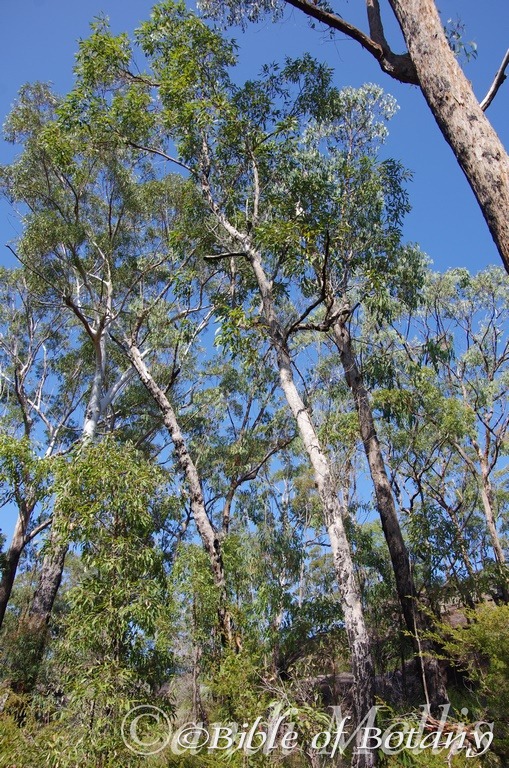
Morgan’s Camp Trail Fortis Creek National Park NSW
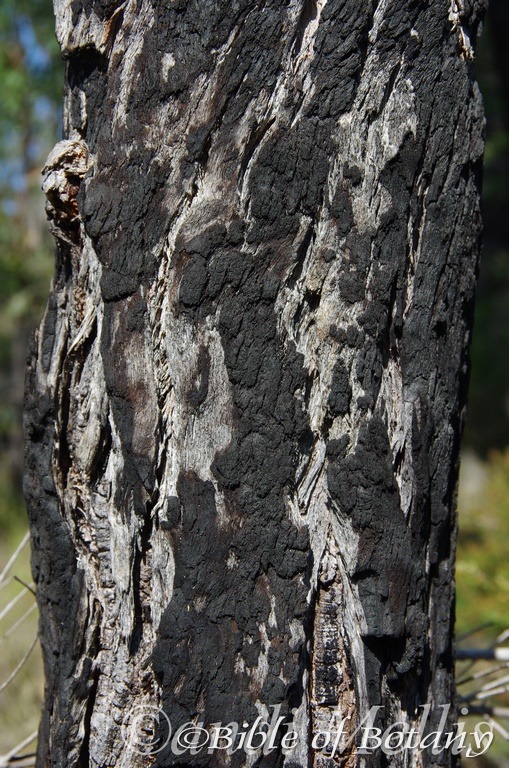
Morgan’s Camp Trail Fortis Creek National Park NSW
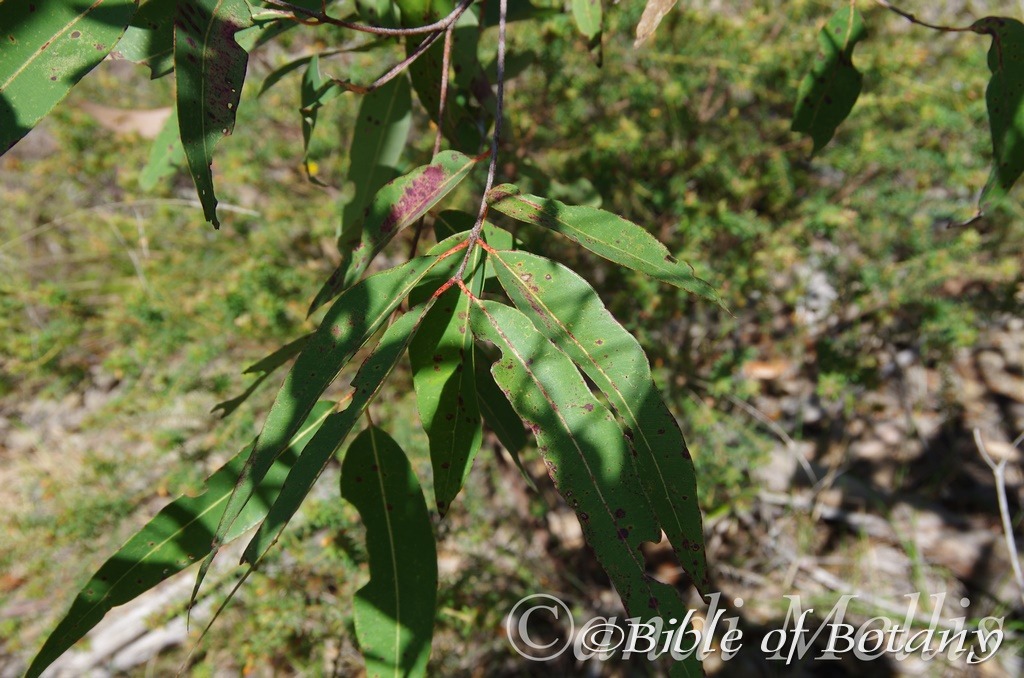
Morgan’s Camp Trail Fortis Creek National Park NSW
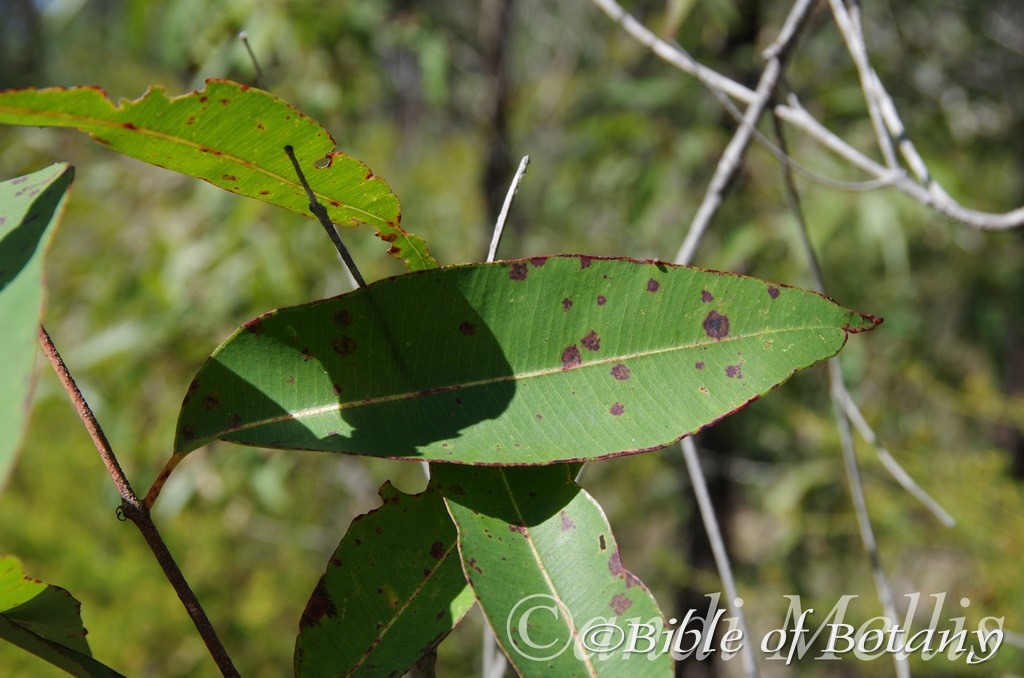
Morgan’s Camp Trail Fortis Creek National Park NSW
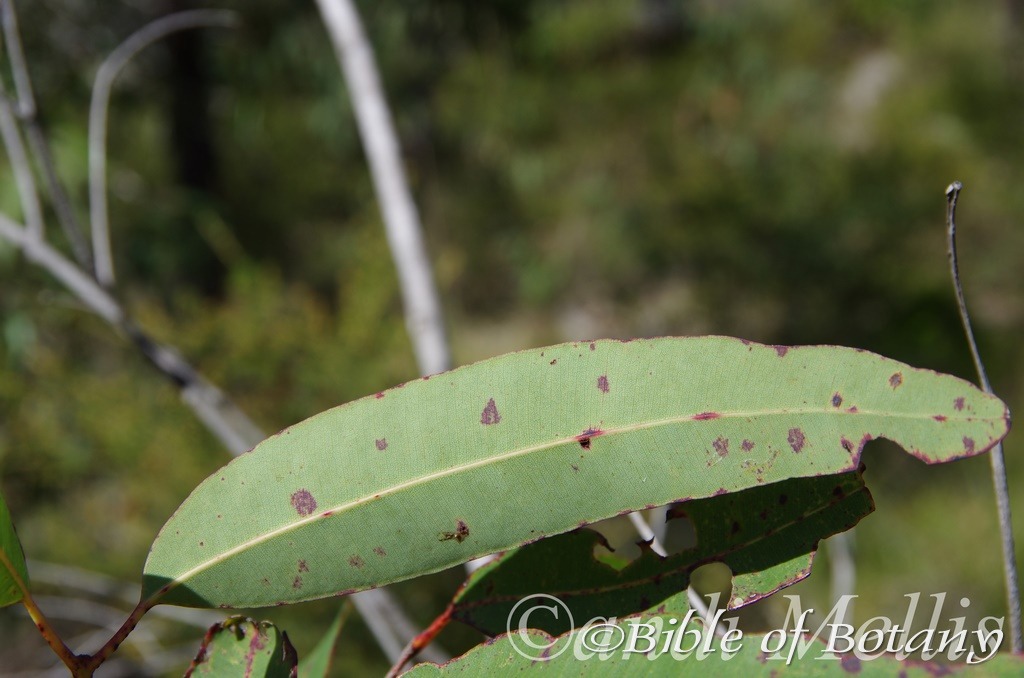
Morgan’s Camp Trail Fortis Creek National Park NSW
Angophora woodsiana
Classification:
Class: Rosids
Order: Myrtales
Family: Myrtaceae
Genus: From Angos, which is Ancient Greek for a goblet like vessel and Phoros/Pherein which is Ancient Greek for to bear or bearing. It refers to seed capsules, which look like goblets.
Specie: Is named in honour of Woods but which Woods cannot be substantiated.
Sub specie:
Common Name:
Distribution:
Angophora woodsiana is found south from the Great Sandy National Park in coastal southern Queensland to Coffs Harbour in northern coastal New South Wales. It is found on and east of the Great Dividing Range to the coast.
https://avh.ala.org.au/occurrences/search?taxa=Angophora+woodsiana#tab_mapView
Habitat Aspect Climate:
Angophora woodsiana prefers full sun to partial shade. It grows in open woodlands. The altitude ranges from 5 meters ASL to 350 meters ASL.
The temperatures range from minus 2 degrees in August to 39 degrees in January.
The rainfalls range from lows of 750mm to an average of 2000mm annually.
Soil Requirements:
Angophora woodsiana prefer coarse, sand to sandy loams. The soils are usually derived from decomposed sandstones or accumulated peaty beach sands. The pH ranges from 4.5pH to 6pH. It does not tolerate waterlogged soils however the soils usually have seasonal high water tables. Non saline to very saline soils are tolerated as are salt laden winds.
Height & Spread:
Wild Plants: 20m x 20m by 8m x 15m.
Characteristics:
Angophora woodsiana’s trunk is straight with a large dense crown up to 1/3 of its height. The grey to mid grey-brown trunk is covered in a thick, rough fibrous, flaky bark to almost the small branches. Branchlets pale blue-green and covered in red hispid hairs.
The opposite juvenile leaves of Angophora woodsiana are broad lanceolate to elliptical glabrous and similar to the epicormic and coppice leaves. They measure 55mm to 100mm in length by 20mm to 30mm in width. The base is cordate-truncate while the petioles are sessile to 2mm in length.
The opposite adult leaves are lanceolate and measure 80mm to 140mm in length by 12mm to 30mm in width. The base is cuneate while the apex is narrowing acute. The discolourous laminas are mid green and glabrous or rarely covered in short red hispid hairs on the upper lamina and much paler on the lower lamina. The laminas are flat while the margins are entire or slightly undulating. The main vein is prominent on both laminas. The leaves are faintly penniveined. The petioles measure 10mm to 20mm in length.
The inflorescence of Angophora woodsiana is a terminal umbel which has 3 to 7 flowers on each umbel. The peduncles and pedicels are pale blue-green and glabrous or covered in reddish hispid hairs. The peduncles measures 15mm to 32mm in length with the individual pedicels measuring 15mm to 25mm length.
The globose buds measure 6mm to 10mm in length by 6mm to 10mm in diameter. The 5 white petals measure 3mm to 4mm in length by 3mm to 4mm in width and have a green longitudinal keel. The hypanthia are strongly ribbed while the disc is pale yellow to yellow-green.
The creamy white stamens are the main attraction when in full bloom and measure 25mm to 35mm diameter. Individual filaments are inflexed and measure 9mm to 16mm in length.
The stout style has a blunt mop like stigma. There are 3 or 4 locules. Flowering occurs from early December through to mid-January.
Angophora woodsiana’s mature fruits are cup shaped or campanulate and covered in fine white pulverulent hairs with some longer tomentose hairs. The apex is narrowed apically. The hypanthia measure 10mm to 15mm in length and by 10mm to 15mm in diameter but still retain the rounded octagonal shape at the top of the hypanthium. They have 6 vertical ribs each alternate one ending in a rostrate tip. The disc is deeply depressed into the hypanthia. The pale reddish-brown to pale brown glossy seeds are flattened and irregularly ellipsoidal to circular with a ventral hilum. They measure 4mm to 5mm in length by 3.5mm to 4.5mm in diameter.
Wildlife:
Angophora woodsiana is a favourite tree for most honey eaters and lorikeets as well as many nectar eating and pollen eating insects which in return attract many insect eating birds when in flower. Many of the fruits are chewed which would indicate to me that the Black Cockatoo, White Cockatoo or another large parrot eats the seeds.
Cultivation:
Angophora woodsiana will make an interesting tree in a large garden where it can spread its limbs and deliver the gnarled look that many Angophoras are known for. They can be used to create great, park like garden scenes because of their spread. Angophora woodsiana is slow growing at first but once established makes steady growth. In cultivation they will grow from 8 meters to 12 meters in height by 6 meters to 8 meters in diameter when grown in the open. Do not plant the trees near buildings as they have been known to drop large branches especially after long periods of drought when good ground moisture again is available causing strong flushes in growth.
The trees would make very strong accent trees in front of low set commercial or industrial sheds where they will break up hard rigid architectural lines and give warmth and breadth to a building. In front of high rise buildings they give balance especially where they could be grown in curves. The trees would also look great when lining long straight avenues or paths in parks.
They could certainly be used for bonsai plants.
Propagation:
Seeds: Angophora woodsiana is easy to propagate if fresh seed can be obtained.
Angophora woodsiana can be sown directly into a seed raising mix. Cover the seeds with 1mm of fine sand and place the trays in full sun. Keep the trays moist not wet as damping off could become a problem.
When the seedlings are 40mm to 50 mm tall, prick them out and plant them into 50mm native tubes using a seed raising mix.
Once the seedlings reach 200mm to 250mm in height plant them out into their permanent position.
Fertilize using Seaweed, fish emulsion or organic chicken pellets soaked in water on an alternate basis. Fertilize every two months until the plants are established then annually in early September or March to maintain health, vitality and better flowering.
Further comments from readers:
Hi reader, it seems you use The Bible of Botany a lot. That’s great as we have great pleasure in bringing it to you! It’s a little awkward for us to ask, but our first aim is to purchase land approximately 1,600 hectares to link several parcels of N.P. into one at The Pinnacles NSW Australia, but we need your help. We’re not salespeople. We’re amateur botanists who have dedicated over 30 years to saving the environment in a practical way. We depend on donations to reach our goal. If you donate just $5, the price of your coffee this Sunday, We can help to keep the planet alive in a real way and continue to bring you regular updates and features on Australian plants all in one Botanical Bible. Any support is greatly appreciated. Thank you.
In the spirit of reconciliation we acknowledge the Bundjalung, Gumbaynggirr and Yaegl and all aboriginal nations throughout Australia and their connections to land, sea and community. We pay our respect to their Elders past, present and future for the pleasures we have gained.
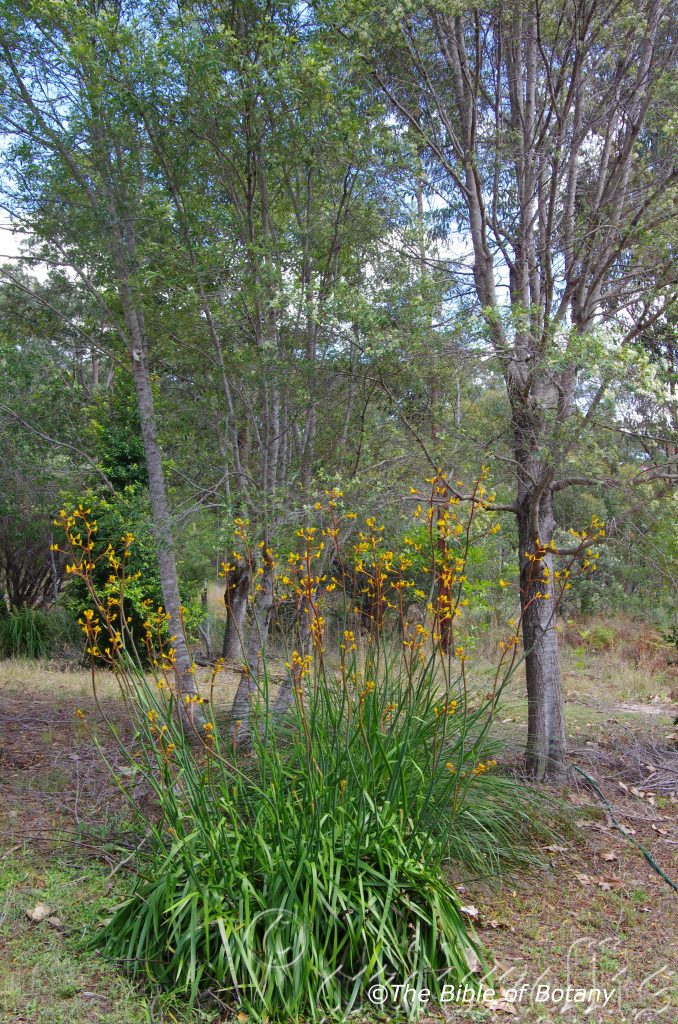
Author’s Garden The Pinnacles NSW
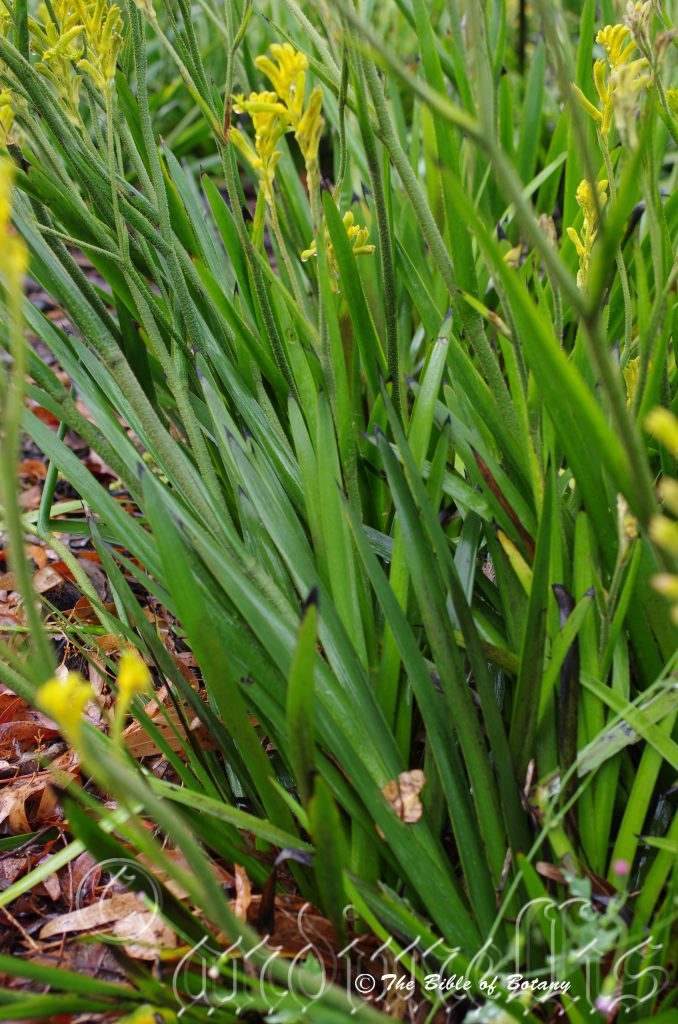
Brisbane Qld.
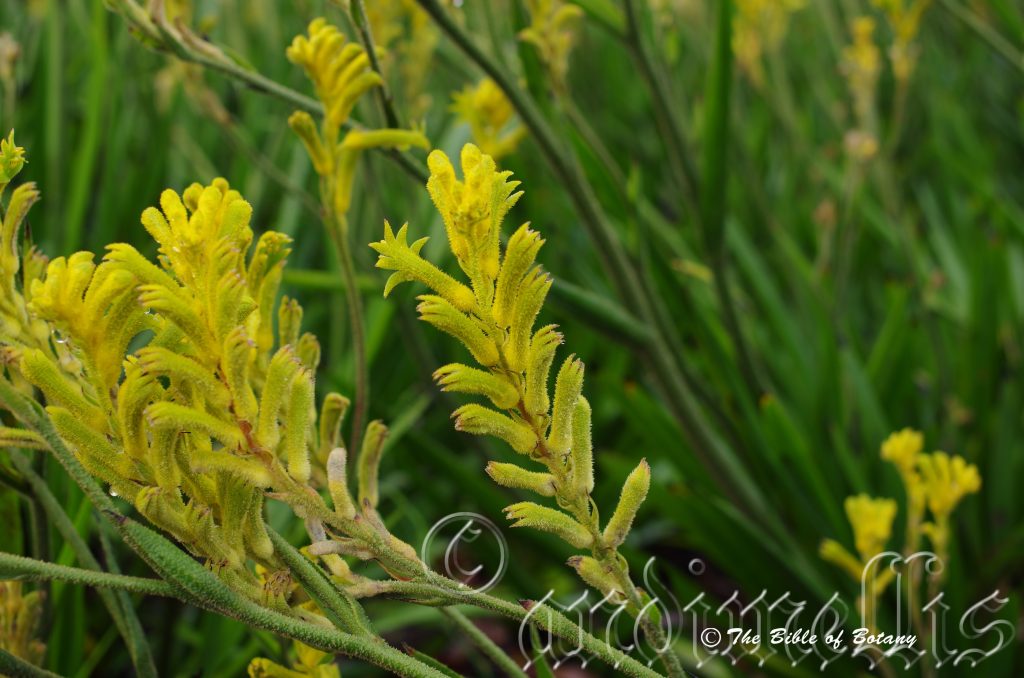
Brisbane Qld.
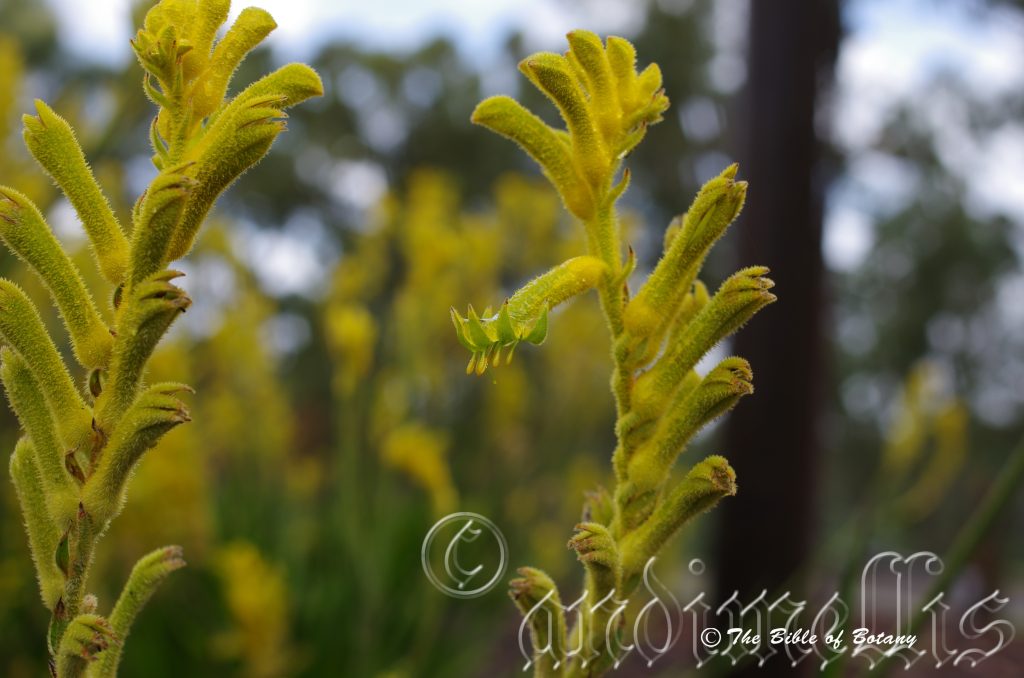
Brisbane Qld.

Brisbane Qld.
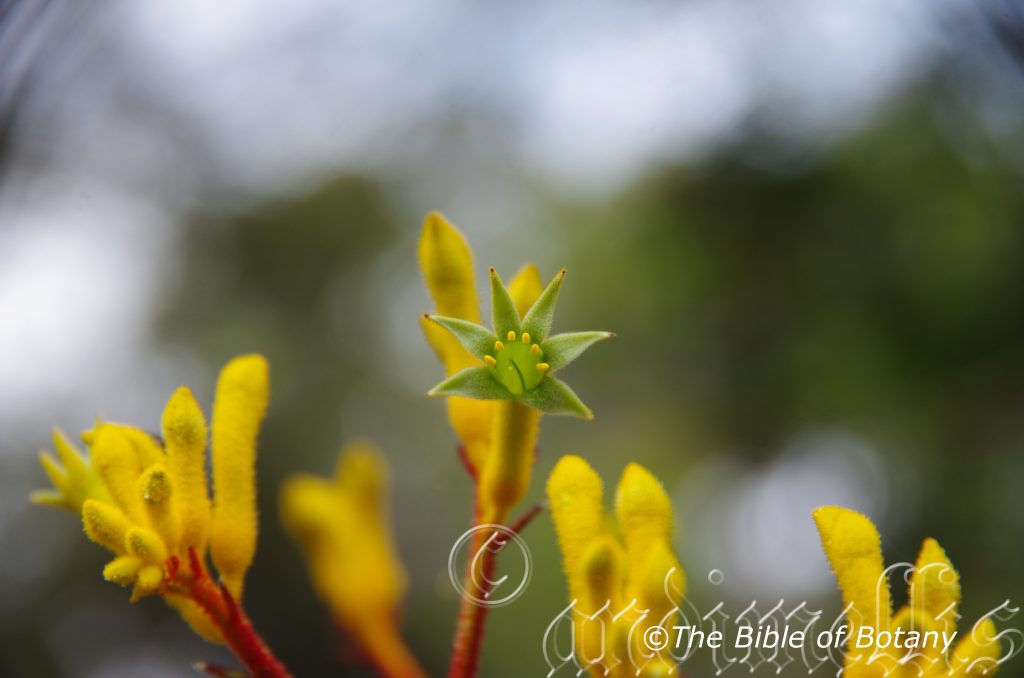
Author’s Garden The Pinnacles NSW
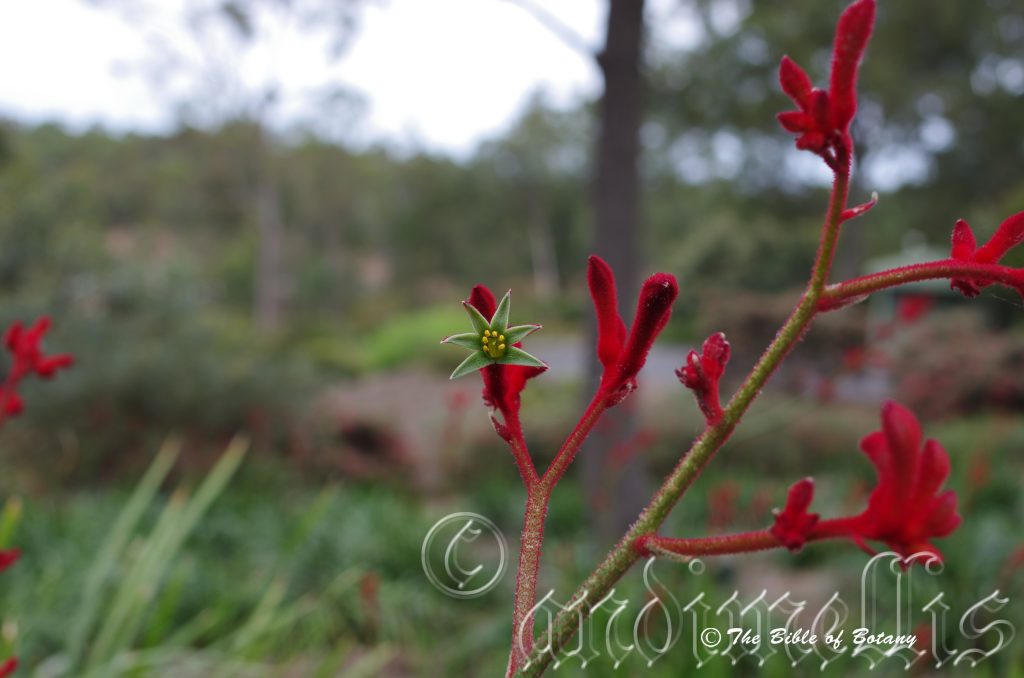
Author’s Garden The Pinnacles NSW
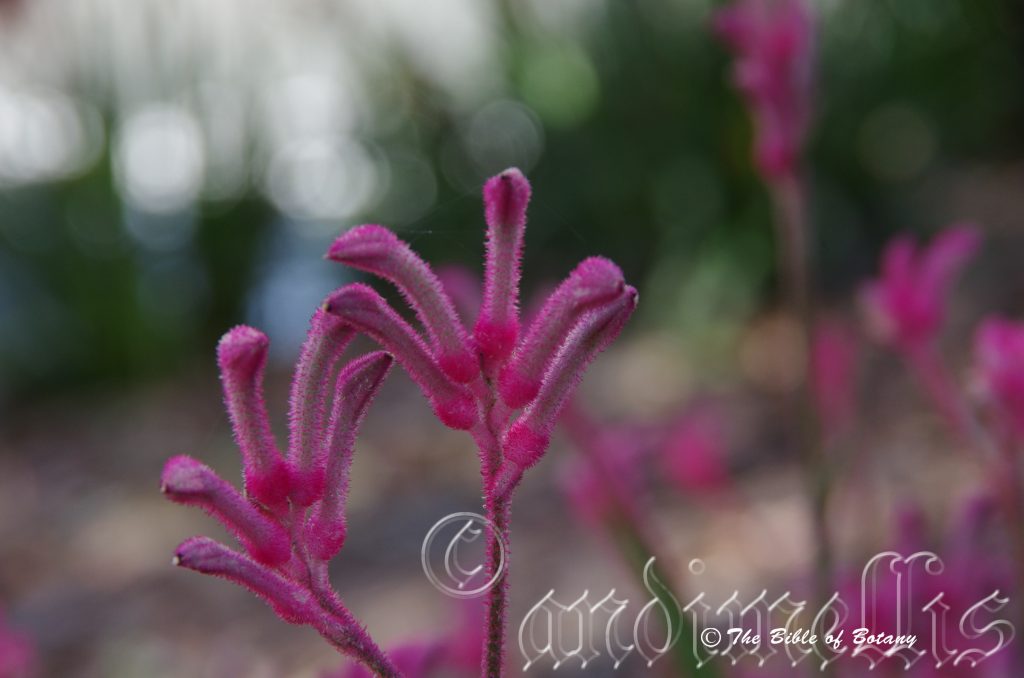
Author’s Garden The Pinnacles NSW
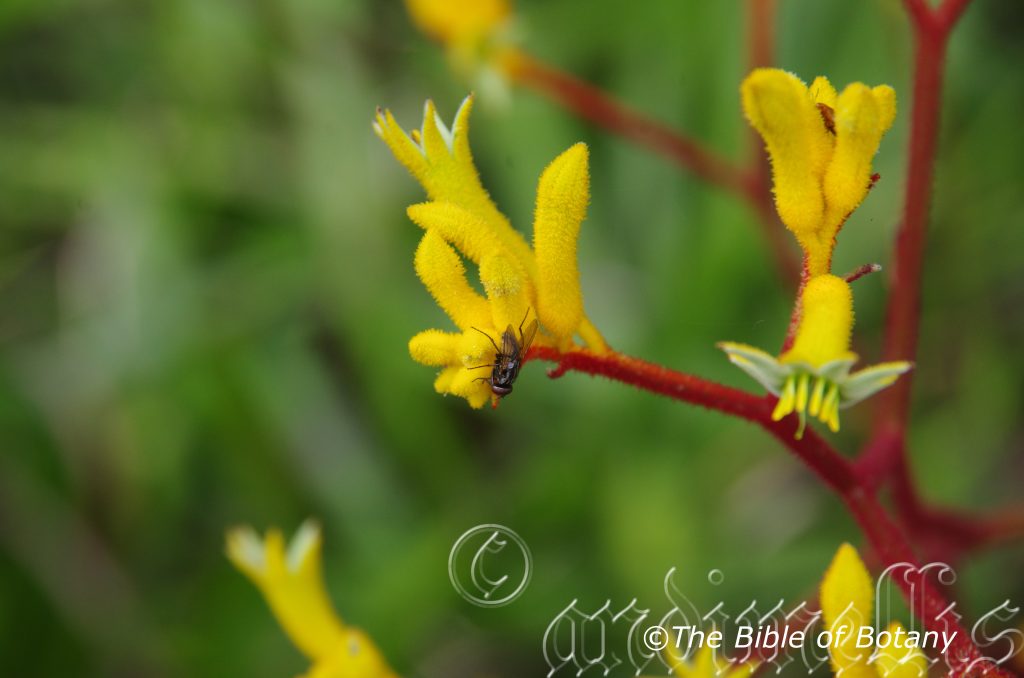
Author’s Garden The Pinnacles NSW
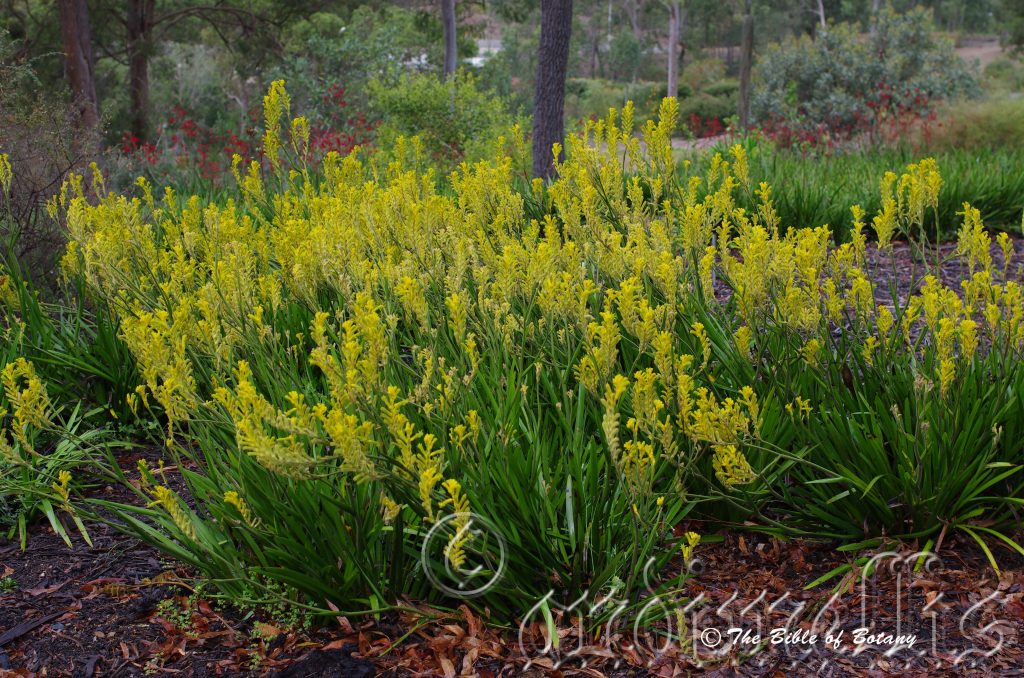
Roma Street Floral Gardens Brisbane Qld.
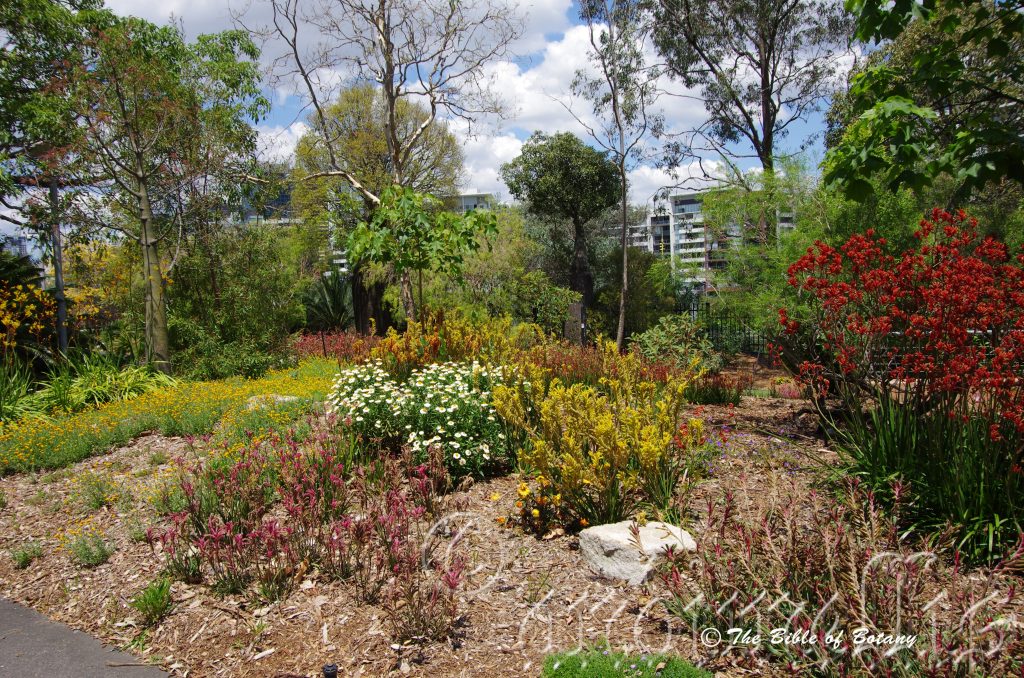
Roma Street Floral Gardens Brisbane Qld.
Anigozanthos flavidus
Classification:
Class: Magnoliophyta
Order: Haemodoraceae
Family: Macropidia
Subfamily:
Genus: From Anisos which is Ancient Greek for uneven and Antha/Anthos, which are Ancient Greek for the male reproductive organ on a flower or the flower. It refers to flowers, which are not symmetrically even.
Specie: From Flavum, which is Latin for yellow. It refers to stems, leaves or more often the flowers, which have a yellow or yellowish colour.
Sub specie:
Common Name: Common Kangaroo Paw.
Distribution:
Anigozanthos flavidus is found in the south West corner of Western Australia. It is found from Waroona south of Perth in the North on a south east line to Two Peoples Bay near Albany on the south coast, where it occurs naturally growing in open woodlands along the sides of roads in table drains, adjacent to swamps and marsh lands in drainage lines.
https://avh.ala.org.au/occurrences/search?taxa=Anigozanthos+flavidus#tab_mapView
Habitat Aspect Climate:
Anigozanthos flavidus prefers full sun to light dappled shade. It grows open woodlands adjacent to swamps, marshes alongside roads in table drains and natural drainage lines where moisture is retained for longer periods or ephemeral pools exist. The altitude ranges from 10 meters ASL to 350 meters ASL.
The temperatures range from minus 2 degrees in July to 34 degrees in January.
The rainfalls range from lows of 800mm to an average of 1400mm annually.
Soil Requirements:
Anigozanthos flavidus prefer coarse sand, sandy loams to medium clays or light silts to heavy silts. The soils are derived from decomposed sandstones black basalts, brown basalts, metamorphic rocks, shales, alluvial deposits or accumulated peaty beach sands. The pH ranges from 5pH to 7.5pH. It tolerates seasonal waterlogged soils and seasonal high water tables. Non saline to moderately saline soils are tolerated.
Height & Spread:
Wild Plants: 0.3m to 0.5m or to 3m including the flower spike by 1m to 1.6m.
Characteristics:
This is a perennial herb which has many variable forms in leaf size and flower colour. All forms produce a 50mm rhizome just beneath the surface.
Leaves are strapped like linear from 300mm to 500mm in length by 15mm wide to 30mm in width. The concolourous leaves are deep grass-green and glabrous. The leaves come off the rhizome and form a fan. The concolourous leaf margins are entire while the apex is narrow acute.
Anigozanthos flavidus’s flowers are produced on a 1000mm to 3000mm scape. The scape rises from the center of the leaf fan to form a panicle. The panicles have 3 to 7 flower heads with each flower head having 3 to 11 individual flowers. A two or three year old plant with 10 flower scapes can have 350 individual flowers.
Individual flowers are tubular with a perianth. The upper section of the perianth is longer, shaped like a kangaroo’s paw and contains the stamens and style. The perianth measures 20mm to 40mm in length by 5mm to 7mm in diameter at the base and 8mm to 12mm near the apex. The corolla is densely covered in both white orange or red pulverulent hairs externally and is glabrous or sparsely covered in white pubescent hairs internally. The 6 narrow elliptical divaricate corolla lobes measure 6mm to 8mm in length.
The 6 stamens are joined to the perianth. 3 are in line with the lobes and 3 are adjacent to the lobes. The green filaments measure 5mm to 6mm in length while the anthers measure 5mm to 6mm in length. The anthers are orange with bright yellow pollen. The pale green glabrous style and stigma measure 28mm to 49mm in length.
The flowers are green to yellow and on very rare occasions orange-green or pink and red. The flowers occur from November to February.
Fruits ripen throughout March and April. The fruits are densely covered in both yellow to green hirtellus and pubescent hairs.
The oval seeds are glabrous black and measure 1mm in diameter.
Wildlife:
Anigozanthos flavidus are hosts to all the small nectar eating and butterflies in the district. The plants rely on the birds for pollinating. They also attract native slugs to eat which shelter near the rhizomes. Carnivorous slugs in particularly are attracted to the plants on the east coast.
On the east coast the Brown Honeyeater; Lichmera indistincta, frequents the flowers daily.
Cultivation:
It would make an good fire retardant long, strap leaved understory plant.
* Fire retardant plants act as radiant heat screens and absorb more heat from an approaching fire without burning.
* Fire retardant trees are able reduce wind speed near a house or out buildings.
* Fire retardant also trap embers and sparks carried by the wind.
* Fire retardant ground covers are able to catch burning embers without catching fire themselves, and also slow the travel of a fire through debris and litter on the ground.
As it is hardy on all soil types it is easy to grow giving wonderful displays in just 3 to 4 years from seed. New cultivars and hybrid plants now come in a full array of colours from brilliant yellows, oranges, flamboyant pinks and reds to purple. From the original lime yellow flowers, selections can also be made from a staggering assortment of pastel oranges to popular pinks and lilacs. Selective breeding has also given us dwarf forms as low as 2mmmm in height with 500mm flower spikes to more robust forms with flower spikes measuring 3 meters in height. So when you buy your Anigozanthos flavidus make sure the plants are from tissue culture or rhizome division unless you like a pot puree of mixtures.
This is an ideal plant that can be grown in most parts of Australia. It is great for rockeries, bedding and natural bush settings. Anigozanthos flavidus also looks great in formal gardens and holds itself well against exotic floral displays.
They make interesting additions to sunny courtyards or around the pool. The vertical strap leaves break up the regular look of horizontal shrubs with their round leaves. Add some mulch or compost to the soil to help maintain moisture levels and cooler root temperatures.
They can be grown for fresh flowers or for placement in floral arrangements. Anigozanthos flavidus is easy to grow in any garden situation provided it can have full sun and moisture maintained around the roots. It makes a good accent plant when mass planted by itself. Mass planted and hidden by taller shrubs to one side or as a back drop the plants are magnificent especially in flower.
When planting Anigozanthos flavidus be aware of cats that will prey on birds. Plant in the open or amongst spiky plants is a deterrent for the unwanted pests. It makes harvesting the flowers a little more awkward but this is a small price to pay for attracting the myriad of small honeyeaters that will be attracted.
Plants grown in part shade tend not to develop good flowers with ink spot being another major problem. To solve the problem of ink spot starting on the leaves water from below or early in the morning so the leaves dry out quickly. The best method of prevention is to buy hardier varieties and to plant them in full sun where good ventilation prevails at all times. If a plant develops ink spot cut the leaves off at ground level after flowering has finished. Anigozanthos flavidus will recover very quickly and will be ready to flower again come November.
Propagation:
Seeds: Anigozanthos flavidus seeds can be sown directly into a seed raising mix. Cover the seeds with 1mm of the mix. When the seedlings are 30mm to 50 mm tall, prick them out and plant them into 50mm native tubes using a seed raising mix.
Once the seedlings reach 100mm to 150mm in height plant them out into their permanent position.
To maintain colour and form plants must be cultivated from rhizome division. Rhizome cutting or division is the quickest way to produce flowering plants although smaller numbers can be produced. The new plants will have the same characteristics as the parent plant. The best time to undertake rhizome division is in early March to April however they can be taken in any month where temperatures do not fall below zero or rise above 24 degrees.
First remove most of the leaves by cutting the leaves back to mere stubs on the rhizomes. Dig under the existing plant and remove it from its hole. Remove all the soil from around the roots. With a clean sharp knife cut the rhizome into 100mm lengths making sure each length has at least one healthy bud. A healthy bud will be swollen and firm around it. Not black and soft. Once the sections have been cut place them into a 200mm pot with our standard potting mix that has had one part sand added to one part mix. This will increase the drainage and help prevent fungal disease. Place the plants in the pot at the same level as they were in the garden. Once the new plants reach 200mm to 250mm tall they can be planted out. Anigozanthos flavidus will recover very quickly and flower in the following season.
Fertilize using Seaweed, fish emulsion or organic chicken pellets soaked in water on an alternate basis. Fertilize every two months until the plants are established then annually in early September or March to maintain health, vitality and better flowering.
Further comments from readers:
Hi reader, it seems you use The Bible of Botany a lot. That’s great as we have great pleasure in bringing it to you! It’s a little awkward for us to ask, but our first aim is to purchase land approximately 1,600 hectares to link several parcels of N.P. into one at The Pinnacles NSW Australia, but we need your help. We’re not salespeople. We’re amateur botanists who have dedicated over 30 years to saving the environment in a practical way. We depend on donations to reach our goal. If you donate just $5, the price of your coffee this Sunday, We can help to keep the planet alive in a real way and continue to bring you regular updates and features on Australian plants all in one Botanical Bible. Any support is greatly appreciated. Thank you.
In the spirit of reconciliation we acknowledge the Bundjalung, Gumbaynggirr and Yaegl and all aboriginal nations throughout Australia and their connections to land, sea and community. We pay our respect to their Elders past, present and future for the pleasures we have gained.
Anigozanthos manglesii
xxxxxxxxxxxxxxxxxxxxxxxxxxxxxxxxxxxxxxxWestern Australia’s Floral Emblem.
Classification:
Class: Magnoliophyta
Order: Haemodoraceae
Family: Macropidia
Genus: From Anisos which is Ancient Greek for uneven and Antha/Anthos, which are Ancient Greek for the male reproductive organ on a flower or the flower. It refers to flowers, which are not symmetrically even.
Specie: Is named in honour of James Mangles; 1786-1767, who was an early Western Australian botanist.
Sub specie:
Common Name: Green and Red Kangaroo Paw. This is the Floral Emblem of Western Australia.
Distribution:
Anigozanthos manglesii is only found in the south West corner of Western Australia. It is found from Tamala in the North, south to Geraldton along the coastal strip. A second population is found from Dongara in the north south to Augusta along the coast and as far west as the Franklin river.
https://avh.ala.org.au/occurrences/search?taxa=Anigozanthos+manglesii #tab_mapView
Habitat Aspect Climate:
Anigozanthos manglesii prefer coarse sand, sandy loams to medium clays. The soils are usually derived from decomposed sandstones black basalts, brown basalts, metamorphic rocks, shales, alluvial deposits or accumulated peaty beach sands. The pH ranges from 4.5pH to 6pH.
The temperatures range from minus 2 degrees in July to 39 degrees in January.
The rainfalls range from lows of 800mm to an average of 1400mm annually.
Soil Requirements:
Anigozanthos manglesii prefer coarse sand, sandy loams, medium clays, and fine silts to heavy silts. The soils are usually derived from decomposed sandstones black basalts, brown basalts, metamorphic rocks, shales, alluvial deposits or accumulated peaty beach sands. The pH ranges from 5.5pH to 7pH. It tolerates seasonal waterlogged soils and seasonal high water tables. Slightly saline to moderately saline soils are tolerated.
Height & Spread:
Wild Plants: 0.2m to 0.3m or to 1.1m including the flower spike by 0.4m to 0.6m in diameter.
Characteristics:
This is a perennial herb which fairly consistent in leaf size and flower colour.
It has a strong rhizome just beneath the surface.
Leaves are strapped like linear from 200mm to 300mm in length by 15mm wide to 22mm in width. The leaves come off the rhizome and form a fan. The concolourous leaves are deep grass-green and glabrous. The concolourous leaf margins are entire while the apex is narrow acute.
Anigozanthos manglesii’s flowers are produced on a 600mm to 700mm scape. The scape rises from the center of the leaf fan to form a panicle. The panicles have 6 to 20 flower heads with each flower head having 5 to 16 individual flowers. A 3 or 4 year old plant with 20 flower scapes can have 350 individual flowers.
Individual flowers are tubular with a perianth. The upper section of the perianth is longer, shaped like a kangaroo’s paw and contains the stamens and style. The perianth measures 30mm to 50mm in length by 5mm to 7mm in diameter at the base and 8mm to 12mm near the apex. The upper section of the stipe and rachis is densely covered in both deep crimson-red hirtellous and pubescent hairs. The corolla is densely covered in both deep bottle green hirtellous and pubescent hairs externally. The 6 narrow elliptical, divaricate corolla lobes measure 6mm to 8mm in length.
The 6 stamens are joined to the perianth. 3 are in line with the lobes and 3 are adjacent to the lobes. The green filaments measure 5mm to 6mm in length while the anthers measure 5mm to 6mm in length. The anthers are deep bottle green with bright yellow pollen. The deep bottle green glabrous style and stigma measure 32mm to53mm in length.
The flowers are deep crimson-red at the base just above the calyx where it abruptly turns the deep bottle green. The flowers appear in August to November.
Fruits ripen throughout March and April. The fruits are densely covered in both white hirtellous and pubescent hairs.
The irregularly shaped seeds are glabrous deep grey to black and are heavily farinaceous. They measure 2mm in cross section.
Wildlife:
Anigozanthos manglesii are hosts to all the small nectar eating and butterflies in the district. The plants rely on the birds for pollinating. It also attracts native slugs to eat which shelter near the rhizomes. Carnivorous slugs in particularly are attracted to the plants on the east coast.
Cultivation:
It would make an good fire retardant long, strap leaf under story plant.
* Fire retardant plants act as radiant heat screens and absorb more heat from an approaching fire without burning.
* Fire retardant trees are able reduce wind speed near a house or out buildings.
* Fire retardant also trap embers and sparks carried by the wind.
* Fire retardant ground covers are able to catch burning embers without catching fire themselves, and also slow the travel of a fire through debris and litter on the ground.
Anigozanthos manglesii is a hardy on all types of sandy soils on the west coast. It is less hardy on the east coast though several hybrids crossed with Anigozanthos flavida are now appearing which are more resistant to ink spot disease. Many of the hybrids have the resistance of Anigozanthos flavida with the flowers of Anigozanthos manglesii. It is easy to grow giving wonderful displays in just 3 to 4 years from seed or from tissue culture. New cultivars and hybrid plants now come in a full array of colours from brilliant yellows, oranges, flamboyant pinks and reds to purple. From the original lime yellow flowers, selections can also be made from a staggering assortment of pastel oranges to popular pinks and lilacs. Selective breeding has also given us dwarf forms as low as 100mm in height with 500mm flower spikes to more robust forms with flower spikes measuring 1.5 meters in height. So when you buy your Anigozanthos manglesii make sure the plants are from tissue culture or rhizome division on the east coast and you like a pot puree on the west coast.
This is an ideal plant that can be grown in most parts of Australia. It is great for rockeries, bedding and natural bush settings. Anigozanthos manglesii also looks great in formal gardens and holds itself well against exotic floral displays.
They make interesting additions to sunny courtyards or around the pool. The vertical strap leaves break up the regular look of horizontal shrubs with their round leaves. Add some mulch or compost to the soil to help maintain moisture levels and cooler root temperatures.
They can be grown for fresh flowers or for placement in dried floral arrangements.
Anigozanthos manglesii is easy to grow for the flowers in any garden situation provided it can have full sun and moisture maintained around the roots in the growing season. Withdraw all watering in the dormant period. It makes a great accent plant when mass planted by itself. Mass planted and hidden by taller shrubs to one side or as a back drop the plants are magnificent especially in flower.
When planting Anigozanthos manglesii be aware of cats that will prey on birds coming to feed. Plant in the open or amongst dense spiky plants is a deterrent for the unwanted pests. It makes harvesting the flowers a little more awkward but this is a small price to pay for attracting the myriad of small honey-eaters that will be attracted.
Plants grown in part shade tend not to develop good flowers with ink spot being another major problem. To solve the problem of ink spot starting on the leaves water from below or early in the morning so the leaves dry out quickly. The best method of prevention is to buy hardier varieties and to plant them in full sun where good ventilation prevails at all times. If a plant develops ink spot cut the leaves off at ground level after flowering has finished. Anigozanthos flavidus will recover very quickly and will be ready to flower again come November.
Propagation:
Seeds: Anigozanthos manglesii seeds can be sown directly into a seed raising mix. Cover the seeds with 1mm of the mix. When the seedlings are 25 to 40 mm tall, prick them out and plant them into 50mm native tubes using a seed raising mix.
Once the seedlings reach 100mm to 150mm in height plant them out into their permanent position.
To maintain colour and form plants must be cultivated from rhizome division. Rhizome cutting or division is the quickest way to produce flowering plants although smaller numbers can be produced. The new plants will have the same characteristics as the parent plant. The best time to undertake rhizome division is in early March to April however they can be taken in any month where temperatures do not fall below zero or rise above 24 degrees.
First remove most of the leaves by cutting the leaves back to mere stubs on the rhizomes. Dig under the existing plant and remove it from its hole. Remove all the soil from around the roots. With a clean sharp knife cut the rhizome into 100mm lengths making sure each length has at least one healthy bud. A healthy bud will be swollen and firm around it. Not black and soft. Once the sections have been cut place them into a 200mm pot with our standard potting mix that has had one part sand added to one part mix. This will increase the drainage and help prevent fungal disease. Place the plants in the pot at the same level as they were in the garden. Once the new plants reach 200mm to 250mm tall they can be planted out. Anigozanthos manglesii will recover slowly so water sparingly and protect the plants from strong hot winds and hot direct sunlight until they re-establish themselves. They will flower in the following season.
Fertilize using Seaweed, fish emulsion or organic chicken pellets soaked in water on an alternate basis. Fertilize every two months until the plants are established then annually in early September or March to maintain health, vitality and better flowering.
Further comments from readers:
Hi reader, it seems you use The Bible of Botany a lot. That’s great as we have great pleasure in bringing it to you! It’s a little awkward for us to ask, but our first aim is to purchase land approximately 1,600 hectares to link several parcels of N.P. into one at The Pinnacles NSW Australia, but we need your help. We’re not salespeople. We’re amateur botanists who have dedicated over 30 years to saving the environment in a practical way. We depend on donations to reach our goal. If you donate just $5, the price of your coffee this Sunday, We can help to keep the planet alive in a real way and continue to bring you regular updates and features on Australian plants all in one Botanical Bible. Any support is greatly appreciated. Thank you.
In the spirit of reconciliation we acknowledge the Bundjalung, Gumbaynggirr and Yaegl and all aboriginal nations throughout Australia and their connections to land, sea and community. We pay our respect to their Elders past, present and future for the pleasures we have gained.
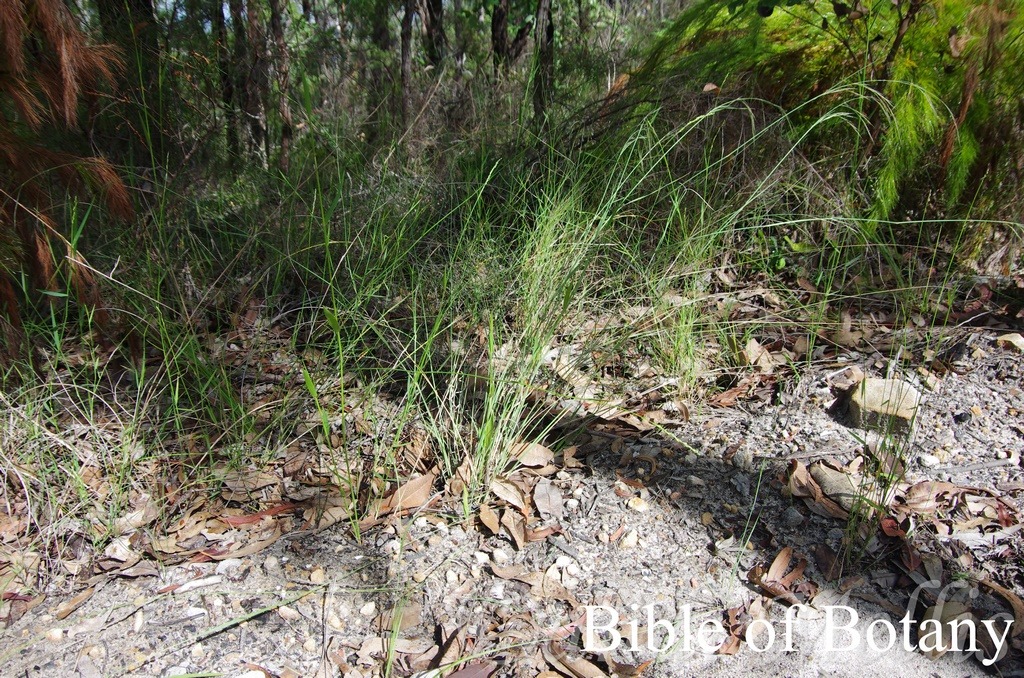
Sherwood Nature Reserve NSW
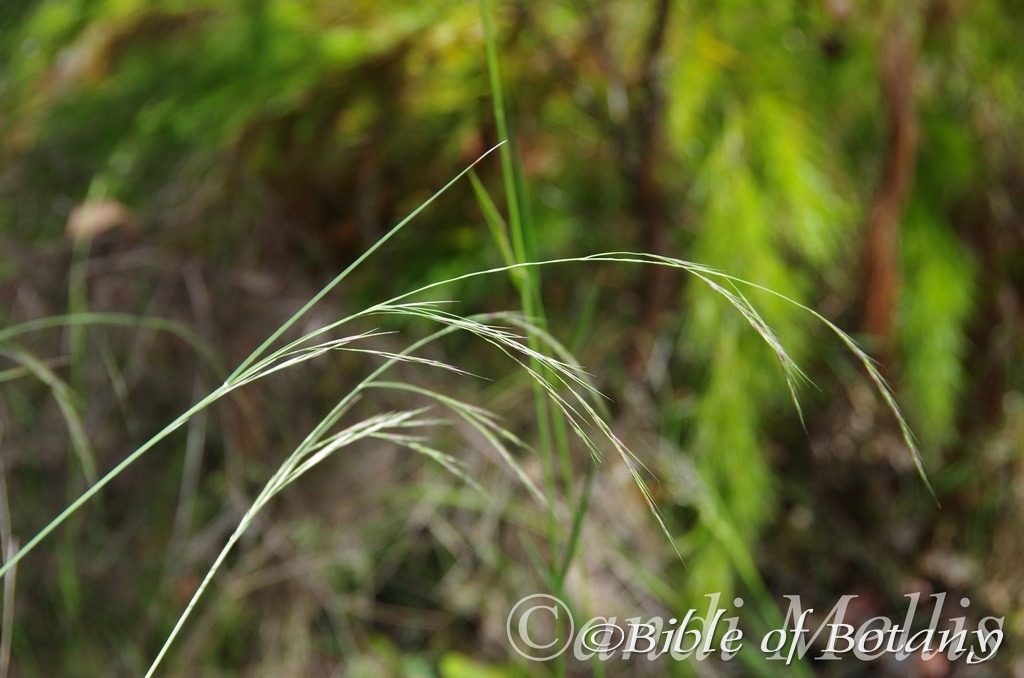
Sherwood Nature Reserve NSW

Sherwood Nature Reserve NSW
Anisopogon avenaceus
Classification:
Clade: Tracheophytes
Clade: Angiosperms
Clade: Monocots
Clade: Commelinids
Order: Poales
Family: Poaceae
Subfamily: Pooideae
Tribe: Duthieeae
Genus: From Anisos, which is Ancient Greek for uneven and Pogon, which is Ancient Greek for open habitats. It refers to plants, which have variability in growth habits.
Specie: From Avenaceus, which is a rarely used adjective found only in botany to be like or pertaining to oats.
Sub specie:
Common Name: Oat Spear Grass.
Distribution:
Anisopogon avenaceus is found south from the Torrington State Recreational area and Grafton in northern New South Wales to south of Sale in eastern Victoria. It is found on and east of the Great Dividing Range.
https://avh.ala.org.au/occurrences/search?taxa=Anisopogon+avenaceus#tab_mapView
Habitat Aspect Climate:
Anisopogon avenaceus in semi shade to full sun. It grows in dry sclerophyll forest. The altitude ranges from 100 meters ASL to 900 meters ASL.
The temperatures range from minus 4 degrees in August to 36 degrees in January.
The rainfalls range from lows of 800mm to an average of 1600mm annually.
Soil Requirements:
Anisopogon avenaceus prefer coarse sand to sandy loams. The soils are derived from decomposed brown sandstones. The pH ranges from 4.5pH to 6pH. It does not tolerate waterlogged soils however the soils may have seasonal high water tables. Non saline soils to moderately saline soils are tolerated.
Height & Spread:
Wild Plants: 0.5m to 1.5m by 0.4m to 0.6m.
Characteristics:
Anisopogon avenaceus is a perennial, medium sized, open clumped grass. The culms are dull pale blue-green and glabrous.
The leaves have a ligule, which measures 1 mm length, while the; leaf blade measures 150mm to 400mm in length by 3mm to 6mm in width at the mid-point when flattened. The inner surface is prominently ribbed.
The inflorescences of Anisopogon avenaceus are loos open panicles that measure 20mm to 55mm in length. The individual large spikelets are on 10mm to 20mm long pedicles. The rachilla extension measure 2mm to 4mm in length. The glumes are finely chaffy and usually have 9 fine longitudinal nerves, The Lemma stalks are sparsely covered in short fine hairs, are smooth to slightly scabrid and measure 10mm to 18mm in length. The stout central awn is twisted, and measures 5omm to 80mmin length. The narrow palea has a stiffly pointed apex and measures 10mm to 14mm in length. Flowering occurs from October to December.
Wildlife:
Anisopogon avenaceus is eaten by most native herbiforous mammals.
Cultivation:
Anisopogon avenaceus would be suitable for a lightly grazed fodder grass.
Propagation:
Seeds: Anisopogon avenaceus seeds can be sown directly into a seed raising mix. Fresh seed is best but if you are not ready to plant the seeds can be placed in the fridge vegetable crisper over winter. Cover the seeds with 2mm to 3mm of mix. Keep the mix moist not wet and place it in a warm shady place. Germination is rapid and should start in 8 to 12 days and be completed by the 24 day. When the seedlings are 25 to 50 mm tall, prick them out and plant them into 50mm native tubes using a seed raising mix.
Once the seedlings reach 200mm to 250mm in height plant them out into their permanent position.
Alternatively the seeds can be broadcasted as the spring rains first appear.
Further comments from readers:
Hi reader, it seems you use The Bible of Botany a lot. That’s great as we have great pleasure in bringing it to you! It’s a little awkward for us to ask, but our first aim is to purchase land approximately 1,600 hectares to link several parcels of N.P. into one at The Pinnacles NSW Australia, but we need your help. We’re not salespeople. We’re amateur botanists who have dedicated over 30 years to saving the environment in a practical way. We depend on donations to reach our goal. If you donate just $5, the price of your coffee this Sunday, We can help to keep the planet alive in a real way and continue to bring you regular updates and features on Australian plants all in one Botanical Bible. Any support is greatly appreciated. Thank you.
In the spirit of reconciliation we acknowledge the Bundjalung, Gumbaynggirr and Yaegl and all aboriginal nations throughout Australia and their connections to land, sea and community. We pay our respect to their Elders past, present and future for the pleasures we have gained.
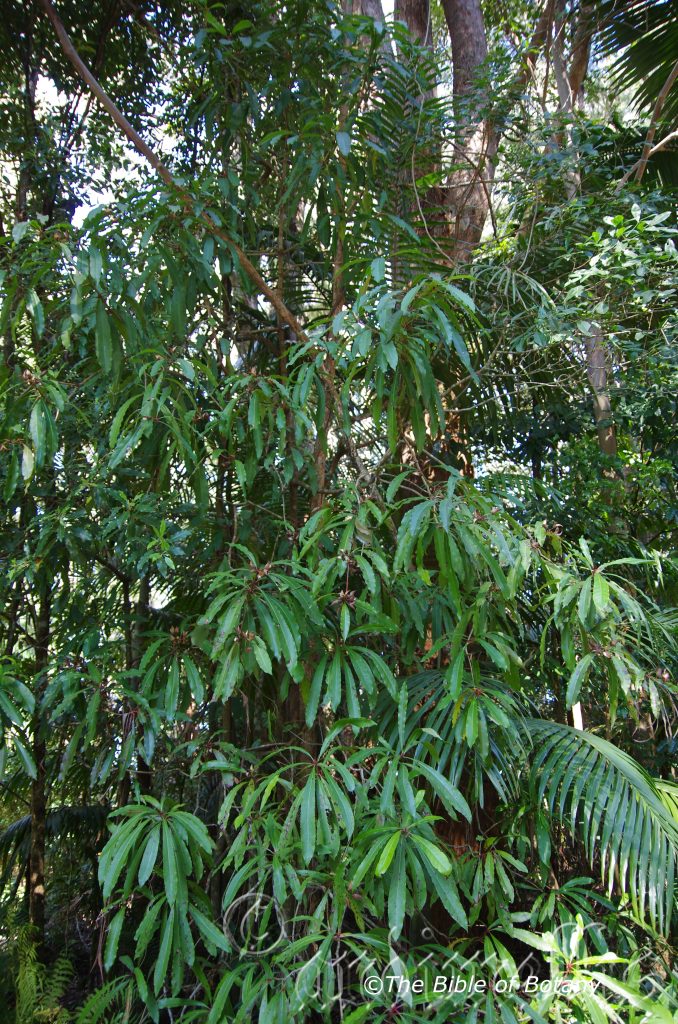
Washpool National Park NSW
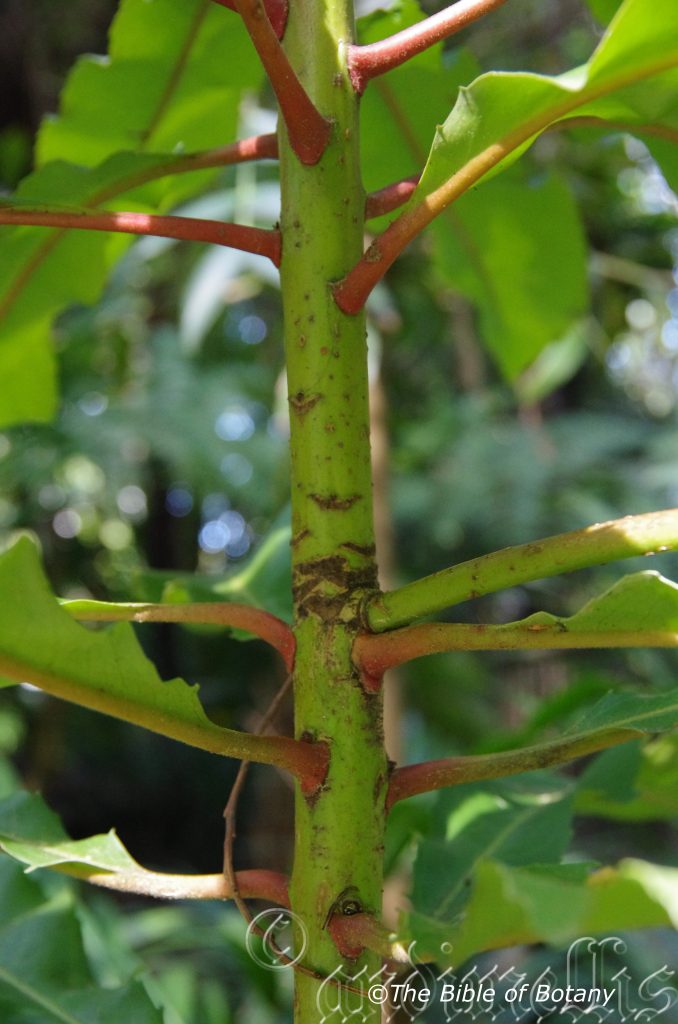
Canberra Botanic Gardens ACT
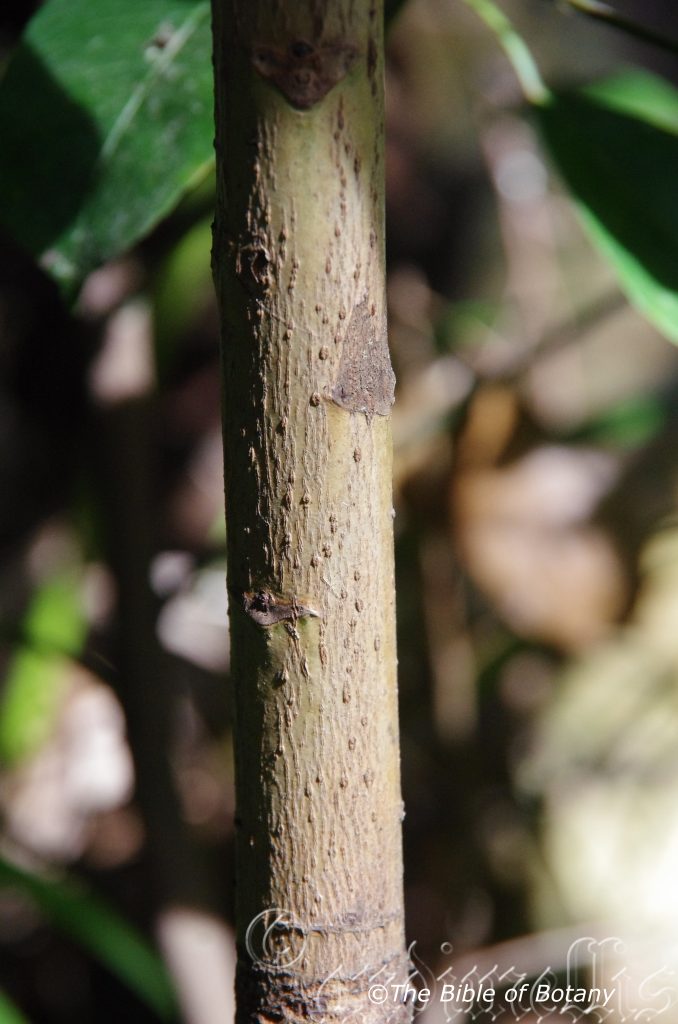
Canberra Botanic Gardens ACT
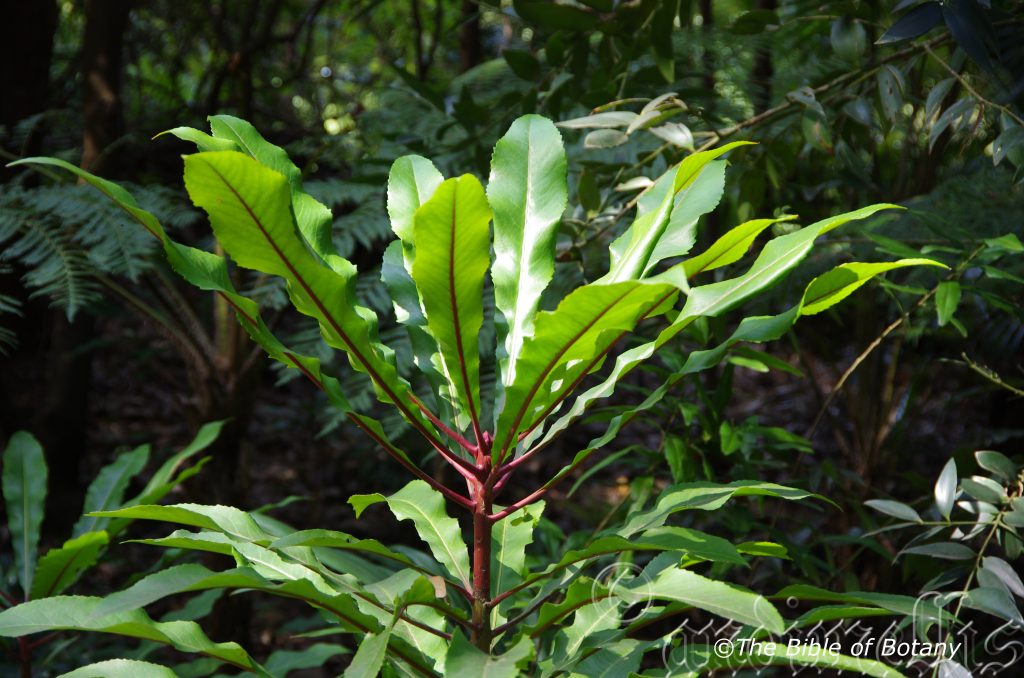
Canberra Botanic Gardens ACT
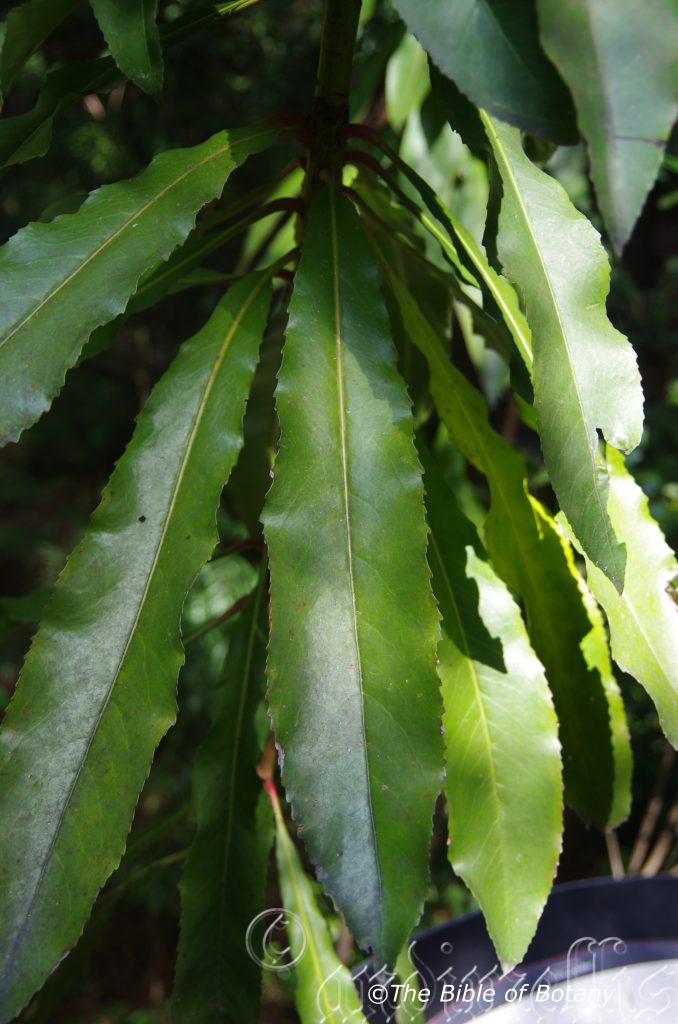
Canberra Botanic Gardens ACT
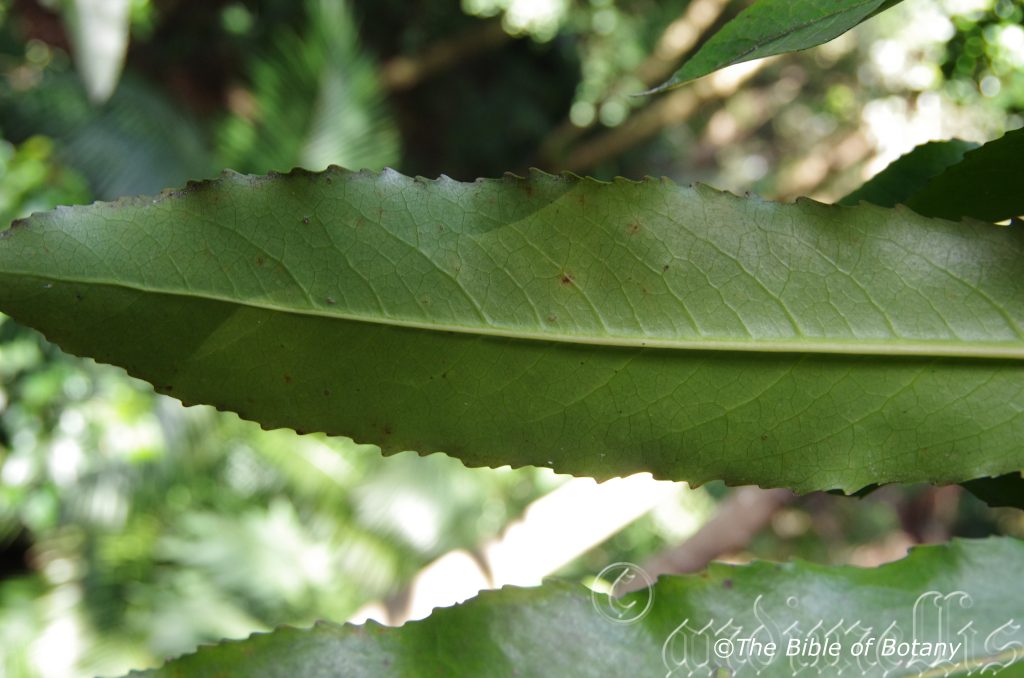
Washpool National Park NSW
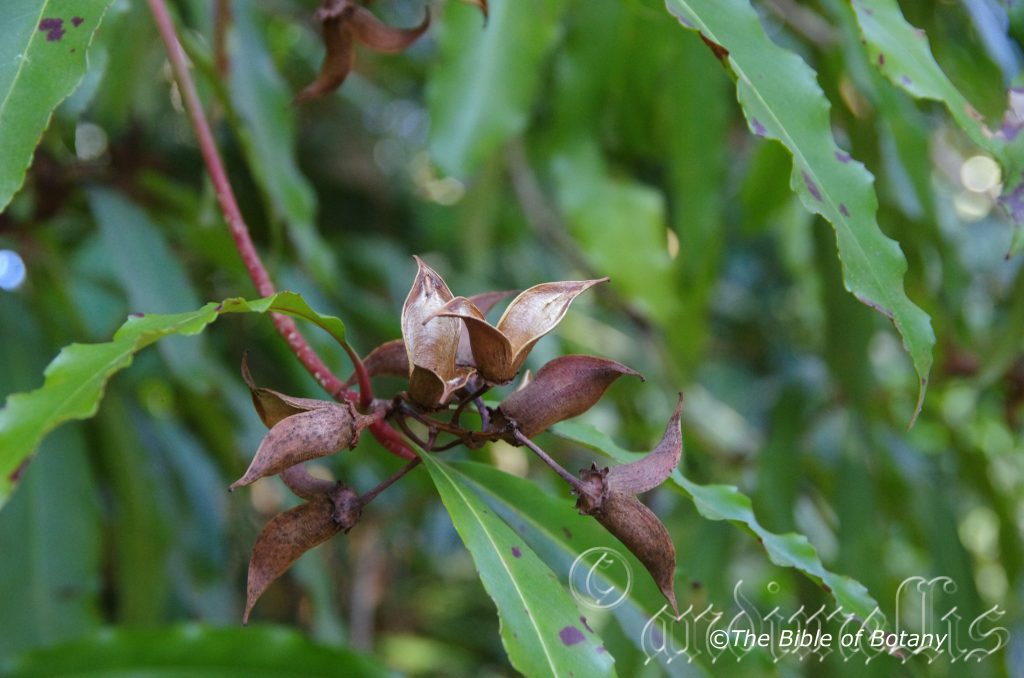
Washpool National Park NSW
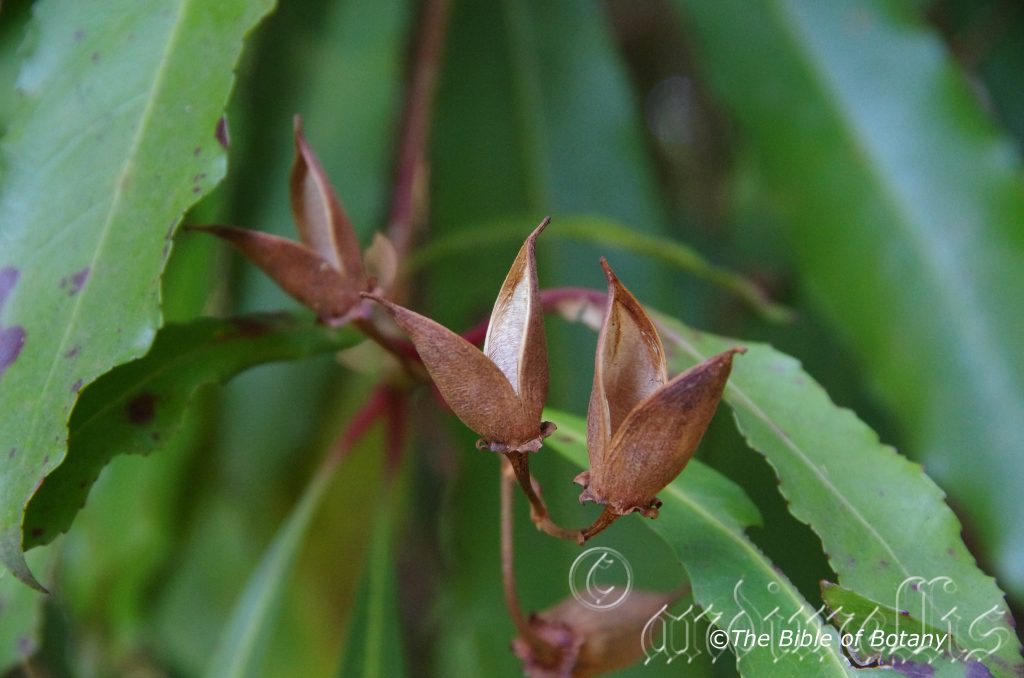
Washpool National Park NSW
Anopterus macleayanus
Classification:
Unranked: Eudicots
Class: Asterids
Family: Escalloniaceae
Subfamily: Aphanopetalaceae
Genus: From Anisos, which is Ancient Greek for uneven and Pteron, which is Ancient Greek for a wing. It refers to seeds, which have two different size or shaped wings.
Specie: Is named in honour of Alexander Maclean; 1767-1818, who was a British born Australian who was an entomologist and botanist.
Sub specie:
Common Name:
Distribution:
Anopterus macleayanus is found from the Macpherson Ranges in southern Queensland to the Comboyne Plateau in northern New South Wales. It is found on and east of the Great Dividing Range.
https://avh.ala.org.au/occurrences/search?taxa=Anopterus+macleayanus#tab_mapView
Habitat Aspect Climate:
Anopterus macleayanus in full shade to light dapple sunlight. It grows in warm temperate rainforests or cool subtropical rainforests. The altitude ranges from 100 meters ASL to 900 meters ASL.
The temperatures range from minus 4 degrees in August to 34 degrees in January.
The rainfalls range from lows of 800mm to an average of 1600mm annually.
Soil Requirements:
Anopterus macleayanus prefer coarse sand, sandy loams to medium clays. The soils are usually derived from decomposed sandstones black basalts or brown basalts. The pH ranges from 5pH to 6pH. It does not tolerate waterlogged soils however the soils usually have seasonal high water tables. Non saline soils to moderately saline soils are tolerated.
Height & Spread:
Wild Plants: 10m to 15m by 4m to 6m.
Characteristics:
Anopterus macleayanus is a small open tree or medium shrub. The stems are bright lime-green and glabrous to sparsely covered in white hirsute hairs.
Anopterus macleayanus’s opposite to sub opposite leaves are narrowing oblanceolate and measure 100mm to 300mm in length by 20mm to 45mm in width. The juvenile leaves are usually much larger, almost in whirls at the end of the main stem and glossy lime-green with a brown tinge. The discolourous lime-green are glabrous on the upper lamina while the lower lamina is paler and is glabrous to sparsely covered in white hirsute hairs. The main vein is strongly prominent on the lower lamina while the lateral main veins are slightly prominent and are distinctly visible on the upper lamina. The base is attenuate along part of the petiole while the apex is acuminate. The margin of the leaf is regularly and bluntly dentate. The petiole is reddish-green to purplish-green and measures 10mm to 40mm in length.
The inflorescences of Anopterus macleayanus are on short racemes born from the terminals. Each raceme has 8 to 15 individual flowers. The raceme and pedicels are lime-green with reddish tinge. The raceme measures 60mm to 90mm in length while the pedicels measure 10mm to 40mm in length. The lime-green elliptical calyx lobes measure 3mm to 4mm in length. The 8 white petals measure 8mm to 12mm in length by 7mm to 10mm in width.
The 8 white stamens measure 6mm to 10mm including the1.6mm to 2mm brown anthers. The style measures 6mm to 10mm in length Flowering occurs from October to December.
Anopterus macleayanus fruits are a cylindrical capsule. The capsules measure 20mm to 45mm length by 5mm by 9mm in diameter. The lime-green capsules turn reddish brown then to grey-brown on ripening and splitting longitudinally. The calyx is persistent at the truncate base. The winged seeds measure 10mm to 20mm in length by 5mm to 8mm in width including the wing. The brown seeds measure 4mm to 5.5mm in length by 2mm to 2.5mm in width.
Wildlife:
Anopterus macleayanus is unknown to the author.
Cultivation:
It would make an good fire retardant small tree.
* Fire retardant plants act as radiant heat screens and absorb more heat from an approaching fire without burning.
* Fire retardant trees are able reduce wind speed near a house or out buildings.
* Fire retardant also trap embers and sparks carried by the wind.
* Fire retardant ground covers are able to catch burning embers without catching fire themselves, and also slow the travel of a fire through debris and litter on the ground.
Anopterus macleayanus makes an excellent small single stem tree or medium shrub for shady garden or the rainforest garden. They will grow 4 meters to 6 meters in height by 4 meters to 6 meters in diameter when grown in the open.
Anopterus macleayanus responded extraordinary well to an annual dressing of a mixed organic fertilizer or regular liquid fertilizing. The foliage will maintain its glossy appearance, producing more terminal and lateral branches and consequently more flowering racemes.
When growing Anopterus macleayanus indoors ensure a good quality potting mix is used or plenty of compost and leaf litter if it is to be used as a garden specimen. It is a fast grower in cultivation where the soil has been adequately prepared. Plants are easy to grow as long as moisture is retained in the soil or mix.
If drying out occurs and the leaves are burnt off simply cut the plant back hard. It will recover very quickly. Tip pruning in early spring or late winter will enhance growth and flowering while tip pruning after flowering will increase bushiness and flowering in the following season.
Propagation:
Seeds: Anopterus macleayanus seeds can be sown directly into a seed raising mix. Fresh seed is best but if you are not ready to plant the seeds can be placed in the fridge vegetable crisper over winter. Cover the seeds with 2mm to 3mm of mix. Keep the mix moist not wet and place it in a warm shady place. Germination is rapid and should start in 8 to 12 days and be completed by the 24 day. When the seedlings are 25 to 50 mm tall, prick them out and plant them into 50mm native tubes using a seed raising mix.
Once the seedlings reach 200 to 250mm in height plant them out into their permanent position.
INDOORS OR POTTED ON:
Sawdust or sand mixes are too well draining unless the sawdust has completely composted down where it exhibits a texture like plastacine to the touch. Moisture can be squeezed out between the fingers yet it remains moist. I find this a great basis to start with.
Mix equal parts of the well decomposed saw dust with the above feel with perlite and vermiculite. To this add two part sharp clean sand, one part compost and one part good crusher dust from a basalt rock quarries. Preferably black basalt but both are good. Make sure the sand comes from a source that does not have salt. (See mix)
Indoor plants need good light and ventilation without drying breezes or wind.
Plant them at 2 meter centers for a mass planting or closer if a quick coverage is required. Fertilize the plants with the above fertilizers, in early spring and again after flowering.
Fertilize using Seaweed, fish emulsion or organic chicken pellets soaked in water on an alternate basis. Fertilize every two months until the plants are established then annually in early September or March to maintain health, vitality and better flowering.
Further comments from readers:
Hi reader, it seems you use The Bible of Botany a lot. That’s great as we have great pleasure in bringing it to you! It’s a little awkward for us to ask, but our first aim is to purchase land approximately 1,600 hectares to link several parcels of N.P. into one at The Pinnacles NSW Australia, but we need your help. We’re not salespeople. We’re amateur botanists who have dedicated over 30 years to saving the environment in a practical way. We depend on donations to reach our goal. If you donate just $5, the price of your coffee this Sunday, We can help to keep the planet alive in a real way and continue to bring you regular updates and features on Australian plants all in one Botanical Bible. Any support is greatly appreciated. Thank you.
In the spirit of reconciliation we acknowledge the Bundjalung, Gumbaynggirr and Yaegl and all aboriginal nations throughout Australia and their connections to land, sea and community. We pay our respect to their Elders past, present and future for the pleasures we have gained.
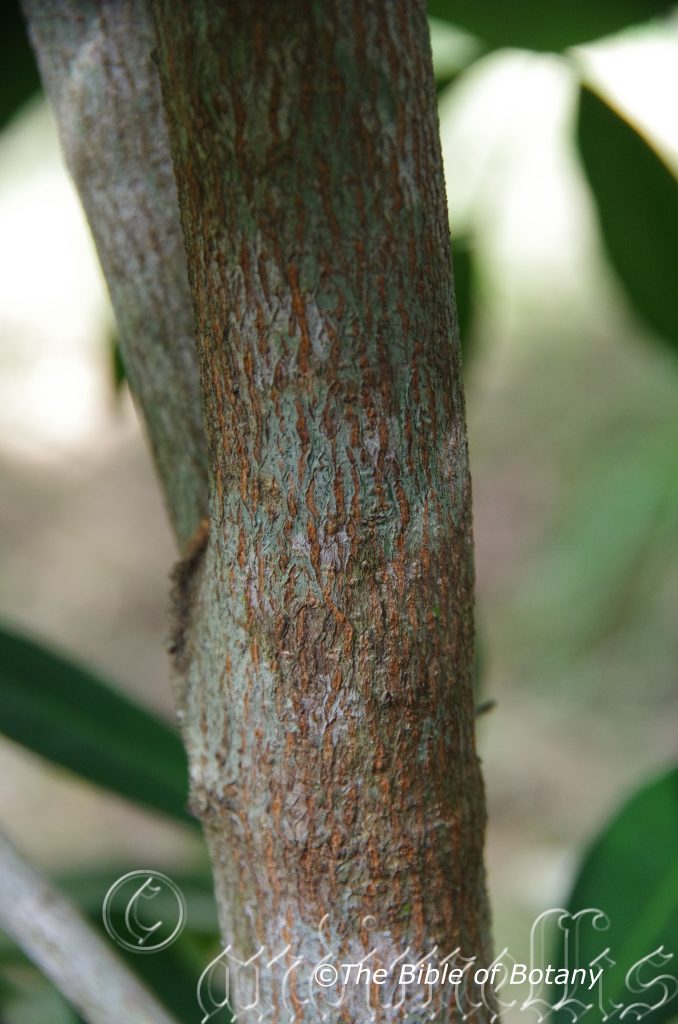
Richmond River Casino NSW
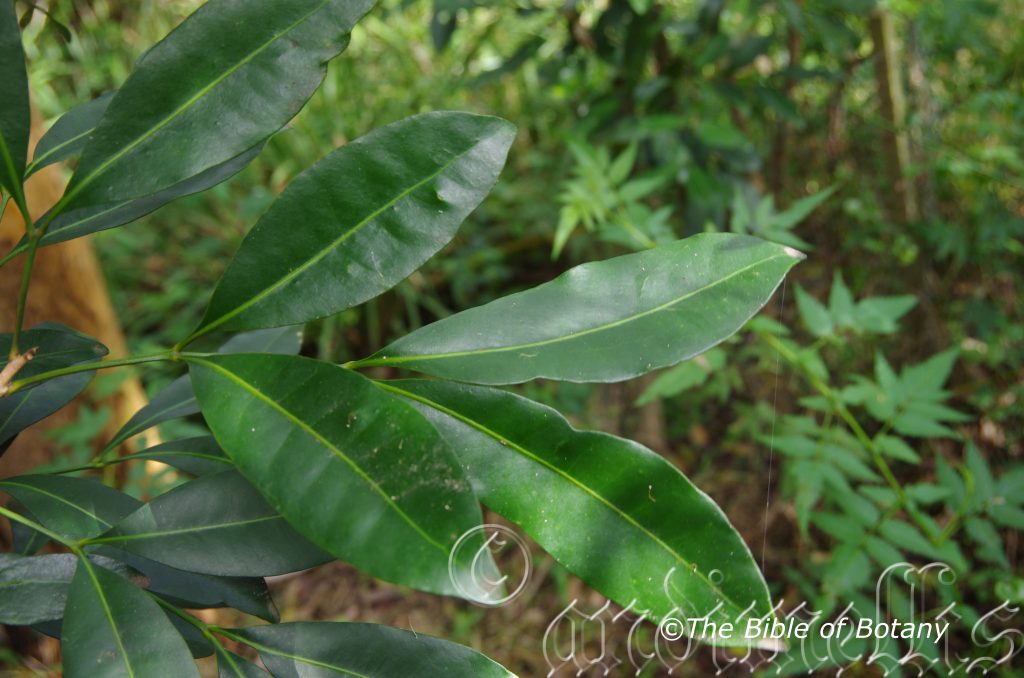
Richmond River Casino NSW
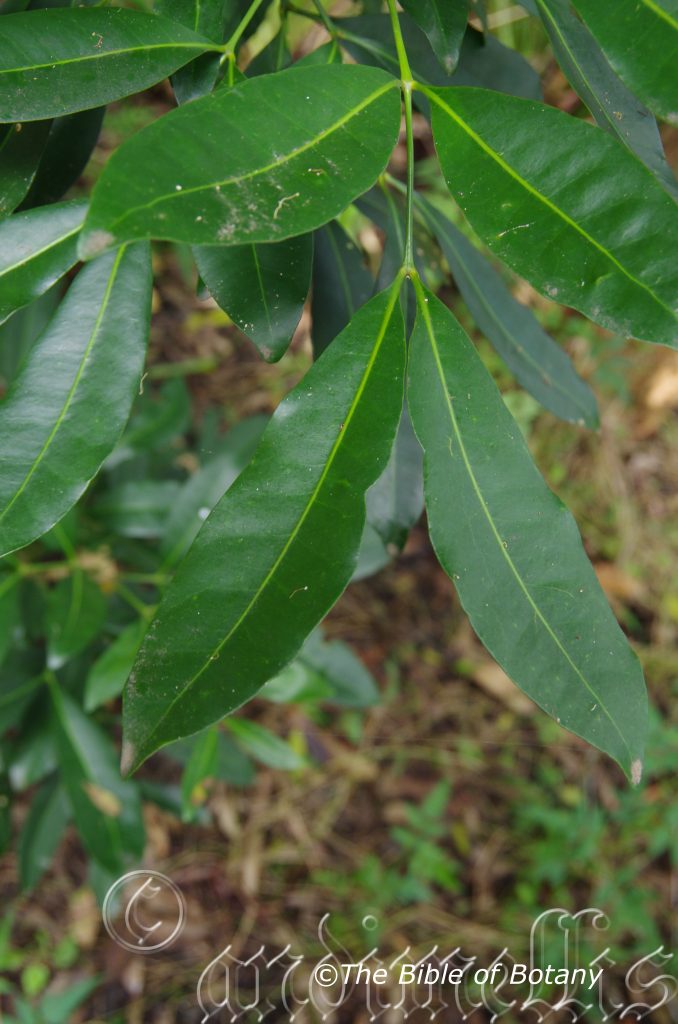
Richmond River Casino NSW
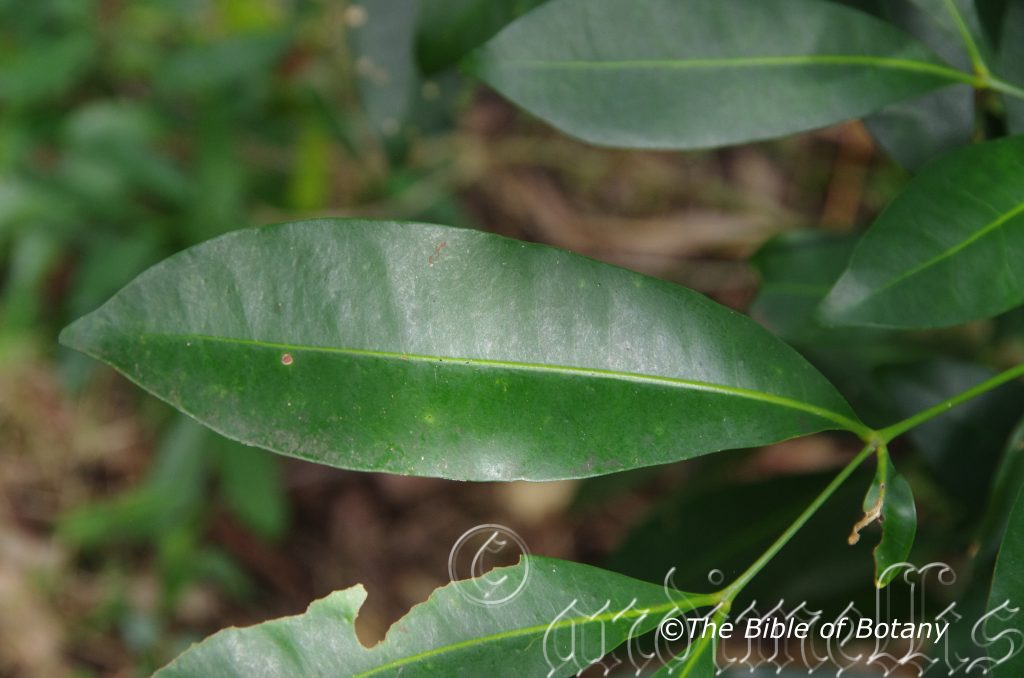
Richmond River Casino NSW
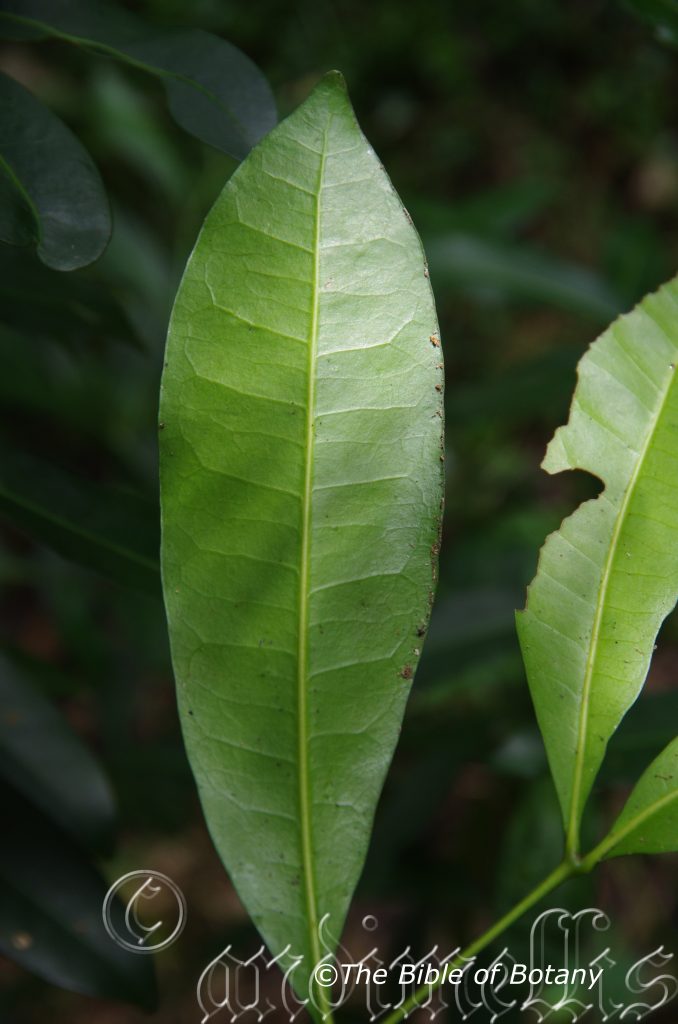
Richmond River Casino NSW
Anthocarapa nitidula
Classification:
Unranked: Eudicots
Class: Rosids
Order: Sapinadales
Family: Meliaceae
Sub family: Melioideae
Genus: From Antha/Anthos which are Ancient Greek for the male reproductive organ on a flower or the flower and Carapa, which is unknown to the author.
Specie: From Nitidus, which is Latin for shinny or bright and glossy. It refers to leaves, which are very shinny or glossy.
Sub specie:
Common Name: Current Tree, Herbert River Cherry or Wild Cherry.
Distribution: Anthocarapa nitidula is found in 2 disjunct populations south from the Torres Straight Island to the Paluma Range National Park in far north east Queensland and south from the Burnett Range south eastern Queensland to Lismore in far north eastern new South Wales. It is found on and east of the Great Dividing Range to the coast.
https://avh.ala.org.au/occurrences/search?taxa=Anthocarapa+nitidula#tab_mapView
Habitat Aspect Climate:
Anthocarapa nitidula grows in cool tropical dry rainforests or on the margins of wet rainforests. The altitude ranges from 5 meters ASL to 1000 meters ASL.
The temperatures range from 14 degrees in July to 36 degrees in January.
The rainfalls range from lows of 1000mm to an average of 3200mm annually.
Soil Requirements:
Anthocarapa nitidula prefer sandy loams to medium clays. The soils are usually derived from decomposed black basalts, brown basalts, and granite. The pH ranges from 5pH to 6pH. It does not tolerate waterlogged soils however the soils usually have good moisture retention. None saline soils to moderately saline soils are tolerated.
Height & Spread:
Wild Plants:15m to 25m by 8m to 10m.
Characteristics:
Anthocarapa nitidula is a densely branched medium to large tree. The plants have a tall, straight bole when grown as a forest tree in the open. The brownish trunk has many small longitudinal fissures to slightly scurfy on the larger branches. The juvenile stems are mid to deep green and glabrous.
Anthocarapa nitidula alternate thick leaves measure 90mm to 225mm in length. The leaflets are born in pairs of 2, 4 or 6. The deep grass-green, terete petioles measure 2mm to 5mm in length, while the terete petiolules measure 2mm to 5mm in length. The leaflets obovate to oblong-elliptic are variable even on the same leaf and measure 50mm to 150mm in length by 25mm to 45mm in width. The discolourous deep green leaves are semi glossy to glossy and glabrous on the upper laminas while the lower laminas are paler and dull. The main vein is prominent on both laminas, while the lateral veins are set at 75 to 85 degrees, prominent on the lower lamina and form distinct loops inside the margins. The bases taper to the petiole, while the apex is broadly acuminate. The margins are entire and gently curve upwards to the margins and decurve at the apex. There small oil dots visible with a lens between the veins.
The inflorescences of Anthocarapa nitidula are short racemes born from the final leaf axils or terminally. The raceme and pedicels are glabrous. The racemes measure 30mm to 90mm in length while the pedicels measure 1mm to 1.5mm in length. The petals measure recurve, strongly backwards and measure 5mm to 6mm in length by 2.5mm to 3mm in width. The staminal tube is free and measures 5mm to 6mm in length.
The brownish-yellow, obovoid, 2 valved capsules measure 15mm to 20mm in length and taper into a thick stipe. The aril or sarcotesta completely encloses the red seed.
Wildlife:
Anthocarapa nitidula is unknown to the author.
Cultivation:
Anthocarapa nitidula would make an excellent starter rainforest tree for sunny or shaded gardens. As a rainforest tree it will grow 12 meters to 20 meters in height by 8 meter to 12 meters in diameter.
Anthocarapa nitidula responded extraordinary well to regular dressings of a mixed organic fertilizer or regular liquid fertilizing. The foliage will remain denser, producing more terminal and lateral branches and consequently more flowers the following season.
The trees are just at home in the shade as it is in the sun. Shade trees develop larger leaves that are a deeper shade of green. Though I have not seen the trees used as an indoor plants it exhibit all the qualities of a good indoor plant. Good shape. Grow in dark conditions and have large leaves.
Propagation:
Seeds: Anthocarapa nitidula seeds can be sown directly into a seed raising mix. Fresh seed is best but if you are not ready to plant the seeds can be placed in the fridge vegetable crisper over winter. Do not freeze them.
Cover the seeds with 2mm to 3mm of mix. Keep the mix moist not wet and place it in a warm shady place. Germination is rapid and should start in 8 to 12 days and be completed by the 24 day. When the seedlings are 25mm to 50 mm tall, prick them out and plant them into 50mm native tubes using a seed raising mix.
Once the seedlings reach 200 to 250mm in height plant them out into their permanent position.
Plant them at 4 meter centers for a mass planting and hedges or closer if a quick coverage is required and remove every second plant at a later stage.
Further comments from readers:
Hi reader, it seems you use The Bible of Botany a lot. That’s great as we have great pleasure in bringing it to you! It’s a little awkward for us to ask, but our first aim is to purchase land approximately 1,600 hectares to link several parcels of N.P. into one at The Pinnacles NSW Australia, but we need your help. We’re not salespeople. We’re amateur botanists who have dedicated over 30 years to saving the environment in a practical way. We depend on donations to reach our goal. If you donate just $5, the price of your coffee this Sunday, We can help to keep the planet alive in a real way and continue to bring you regular updates and features on Australian plants all in one Botanical Bible. Any support is greatly appreciated. Thank you.
In the spirit of reconciliation we acknowledge the Bundjalung, Gumbaynggirr and Yaegl and all aboriginal nations throughout Australia and their connections to land, sea and community. We pay our respect to their Elders past, present and future for the pleasures we have gained.